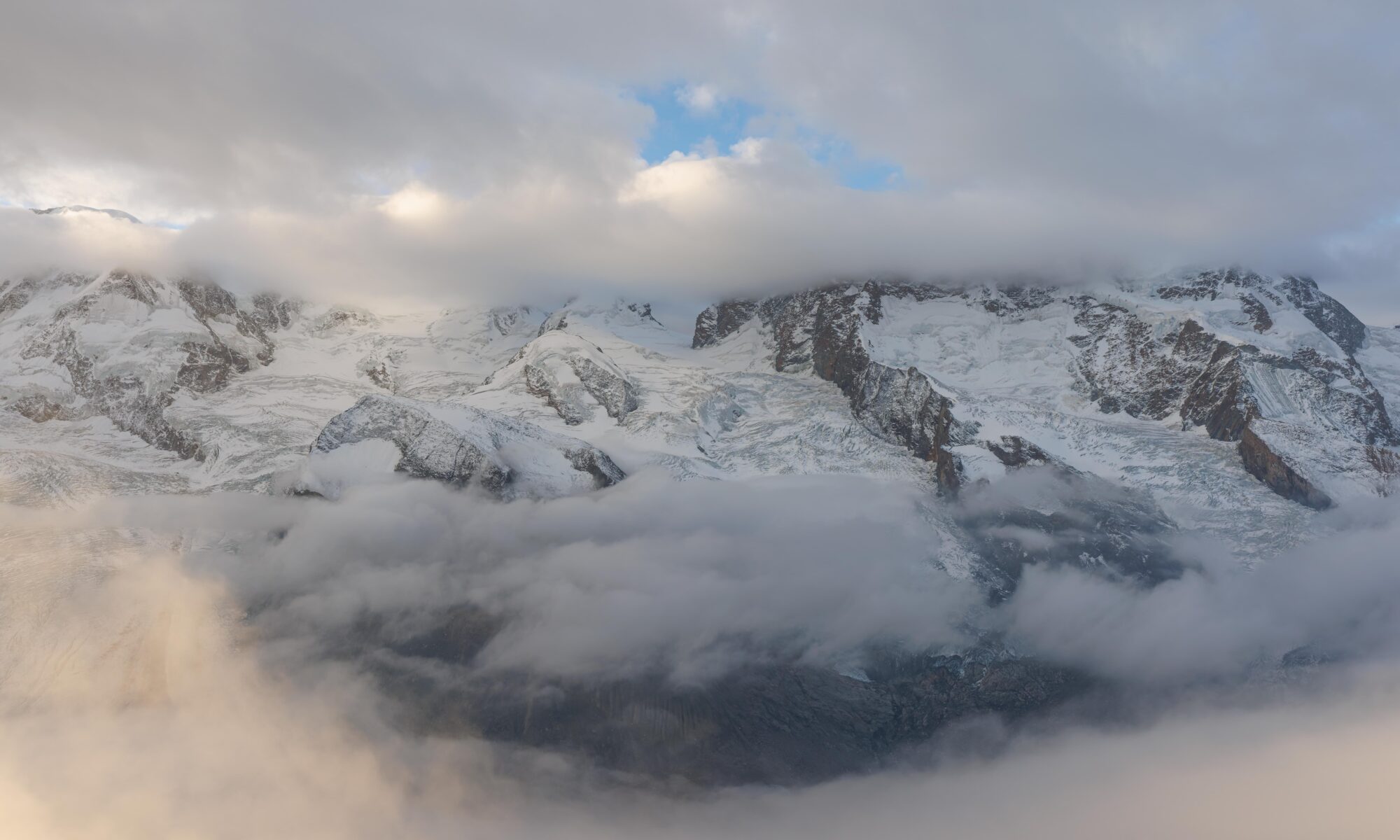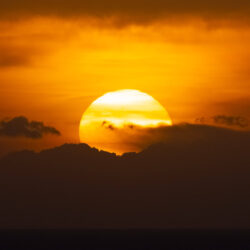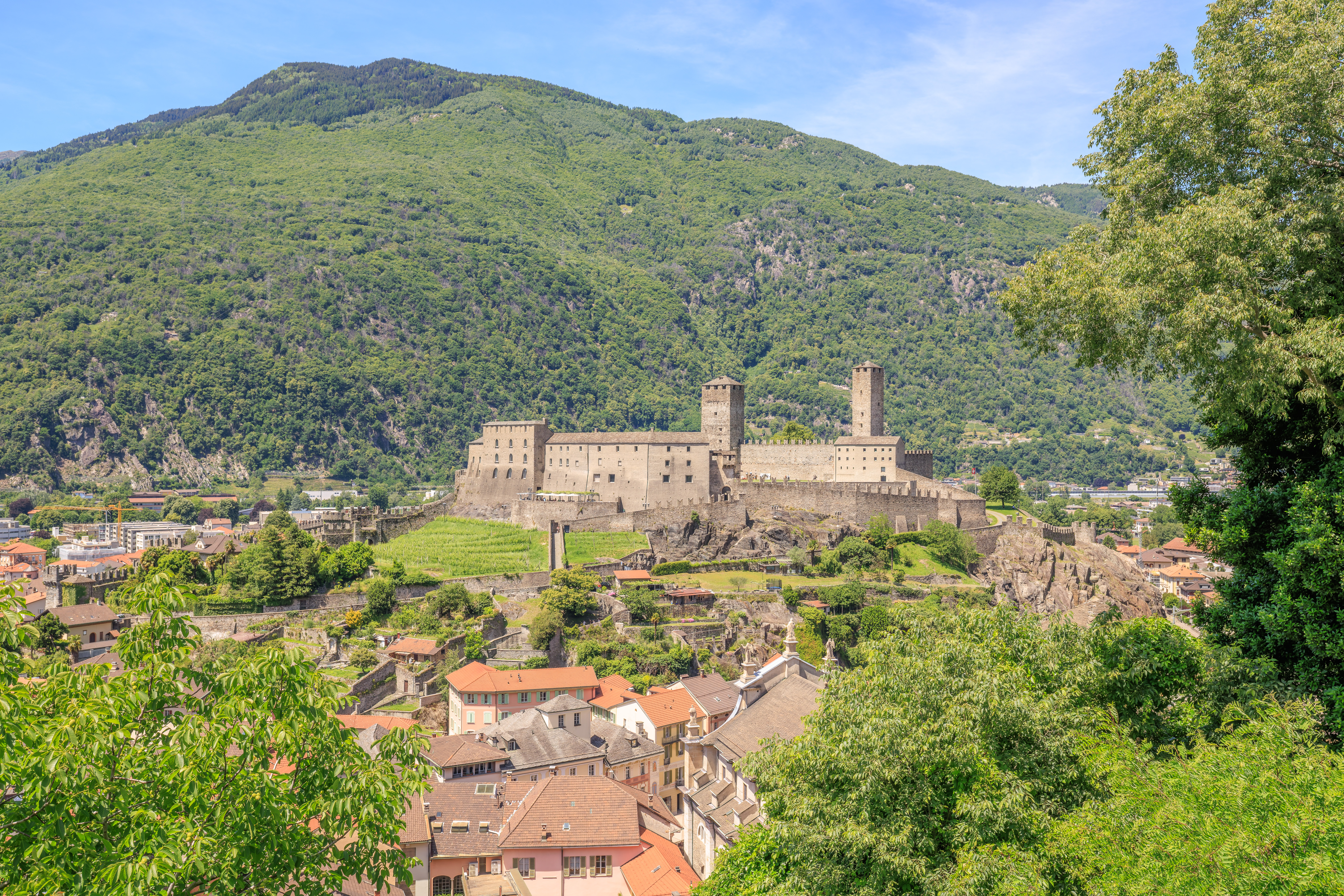After breakfast at the Hampton Locarno, we took the train over to Bellinzona where we visited the three castles that comprise the city’s UNESCO listed fortress and walked through the historic city. Afterwards, we returned to Locarno where we visited the lakefront area and had an excellent dinner.
Morning
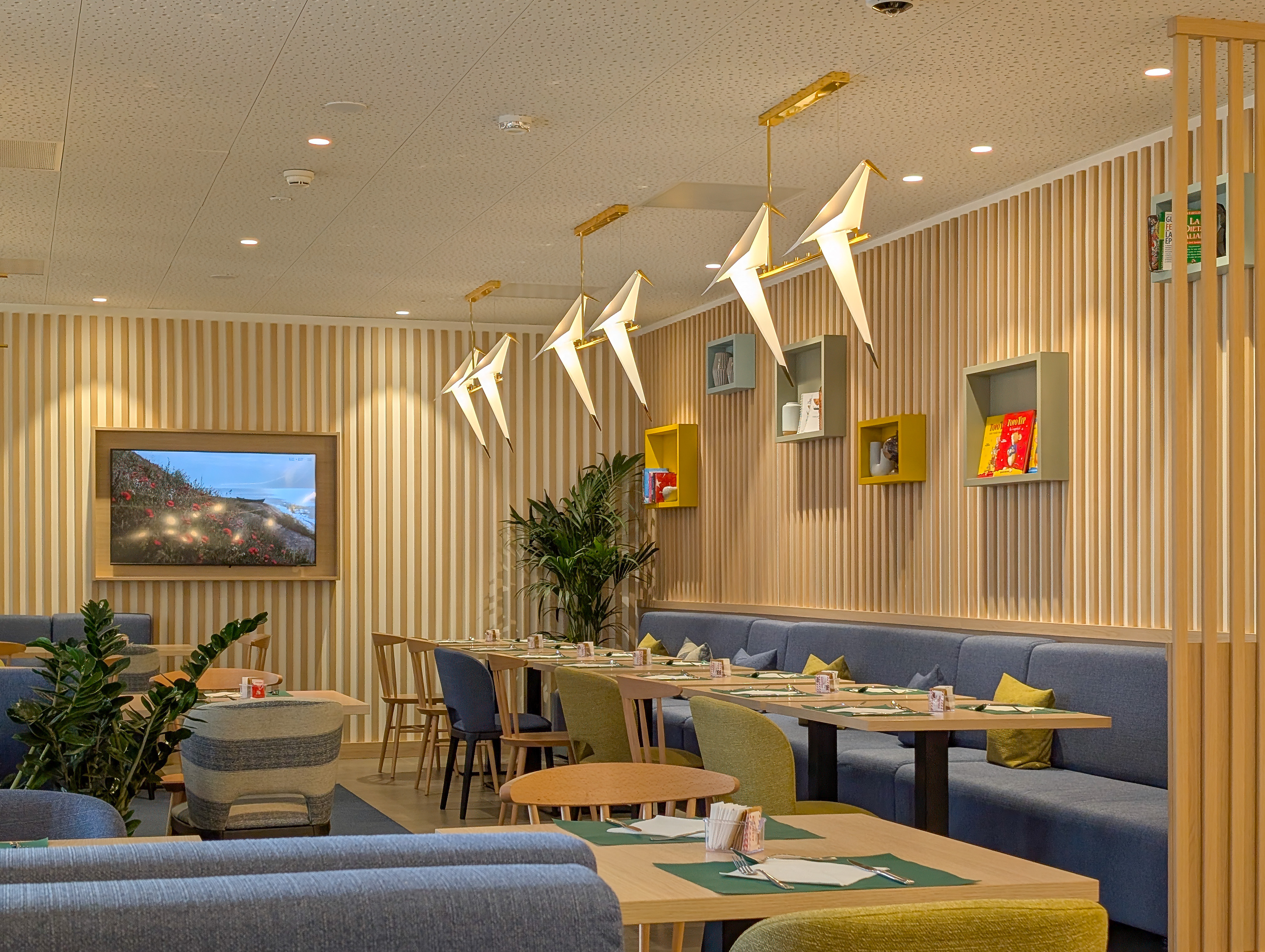
After waking up at the Hampton by Hilton Locarno, we headed downstairs for breakfast. Like American Hampton properties, breakfast is complimentary for all guests.
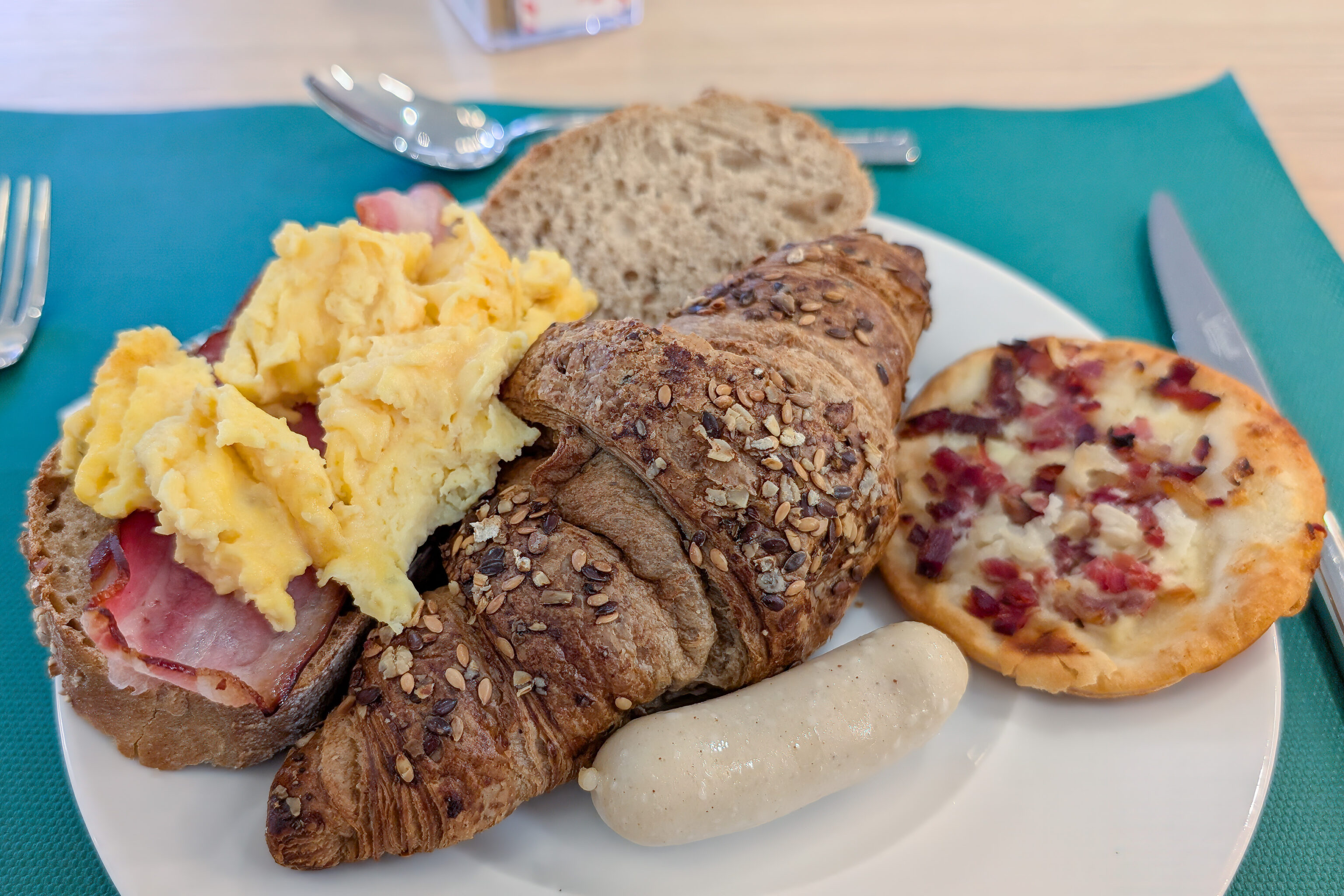
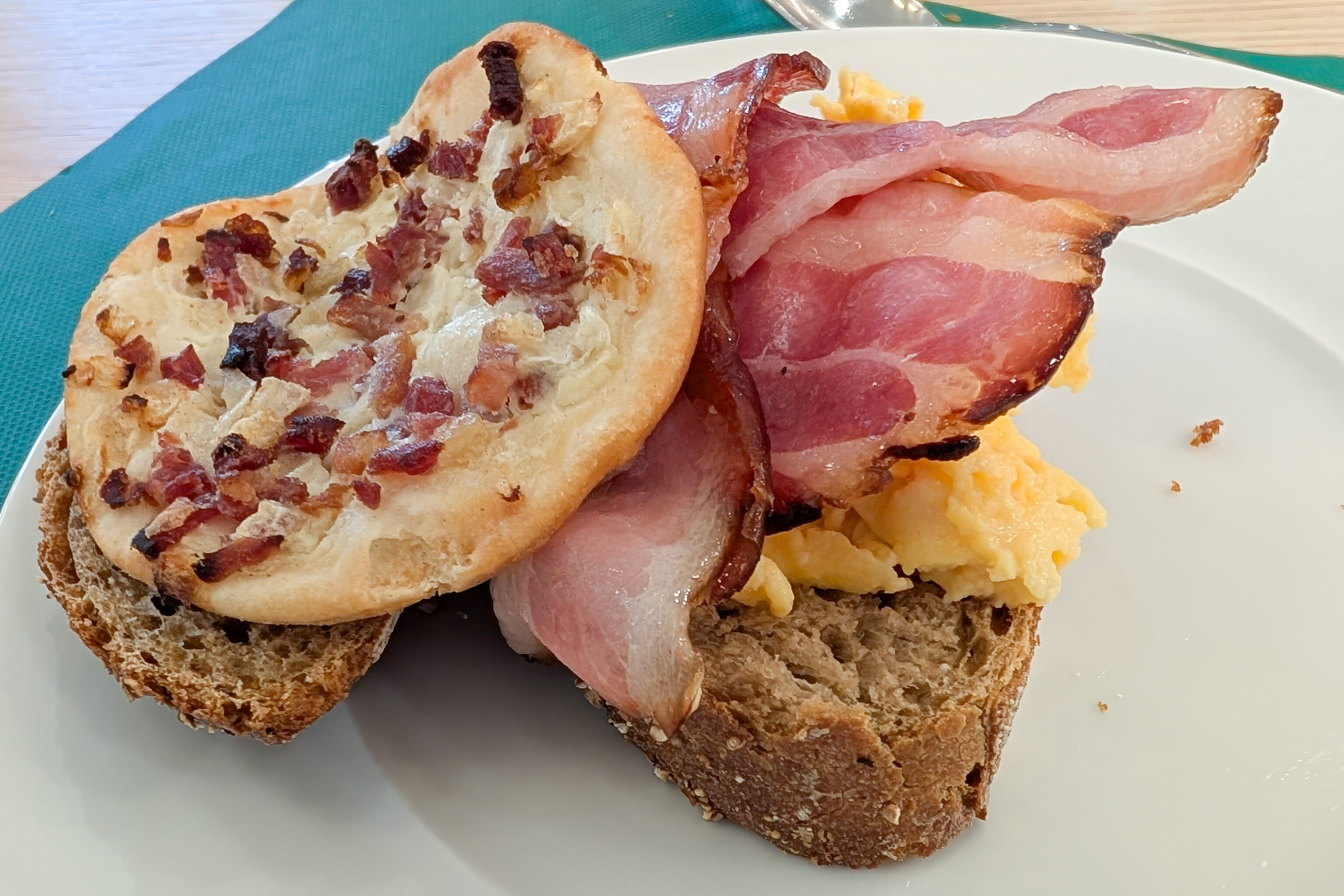
The breakfast was a little better than what is offered at Hampton hotels in the US. Its definitely a much greater value here in Switzerland though where things are generally rather expensive.
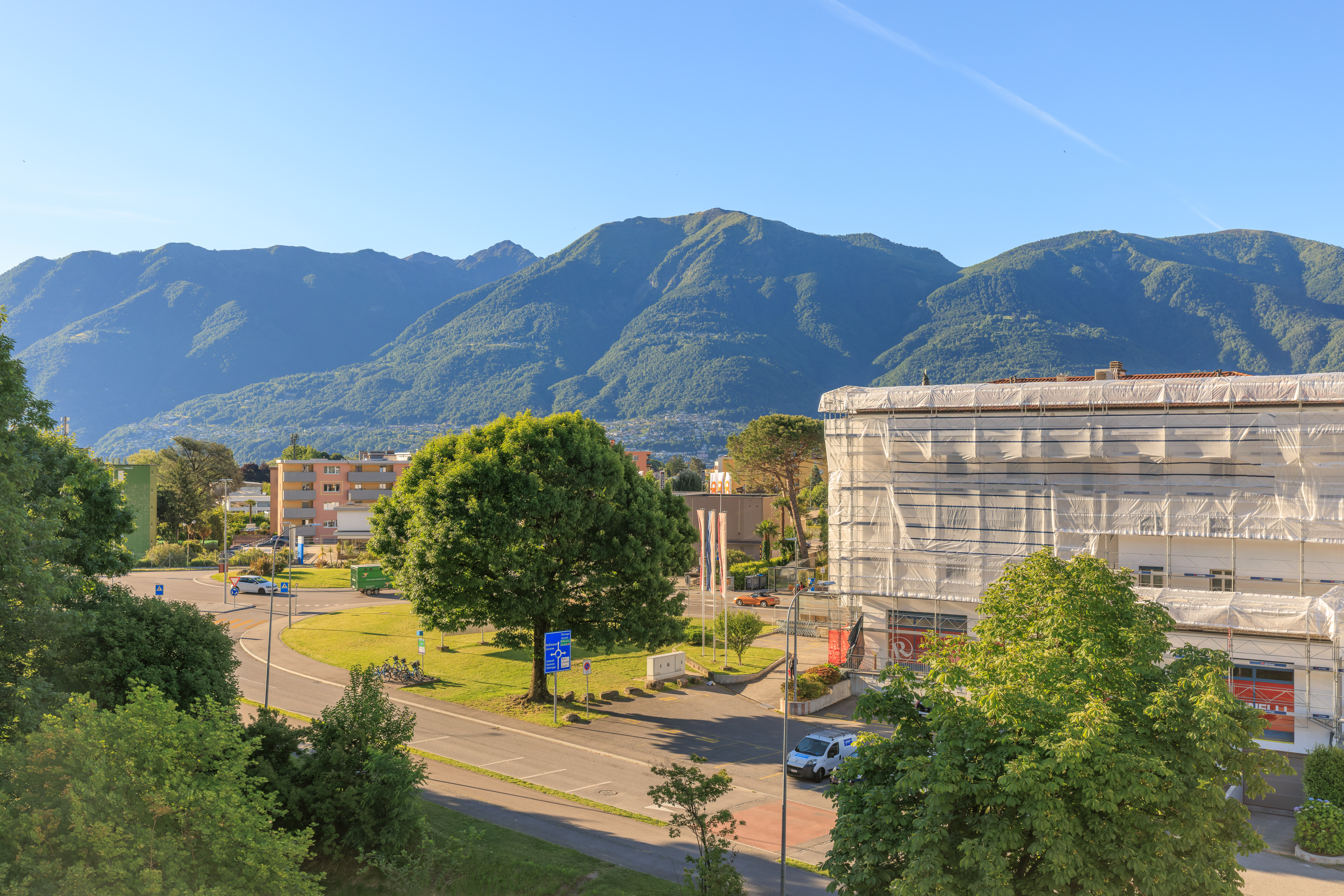
It looked like it would be a nice day as we looked out our room’s window. We decided to head over to Bellinzona to visit the city’s fortress, comprised of three three historic castles.
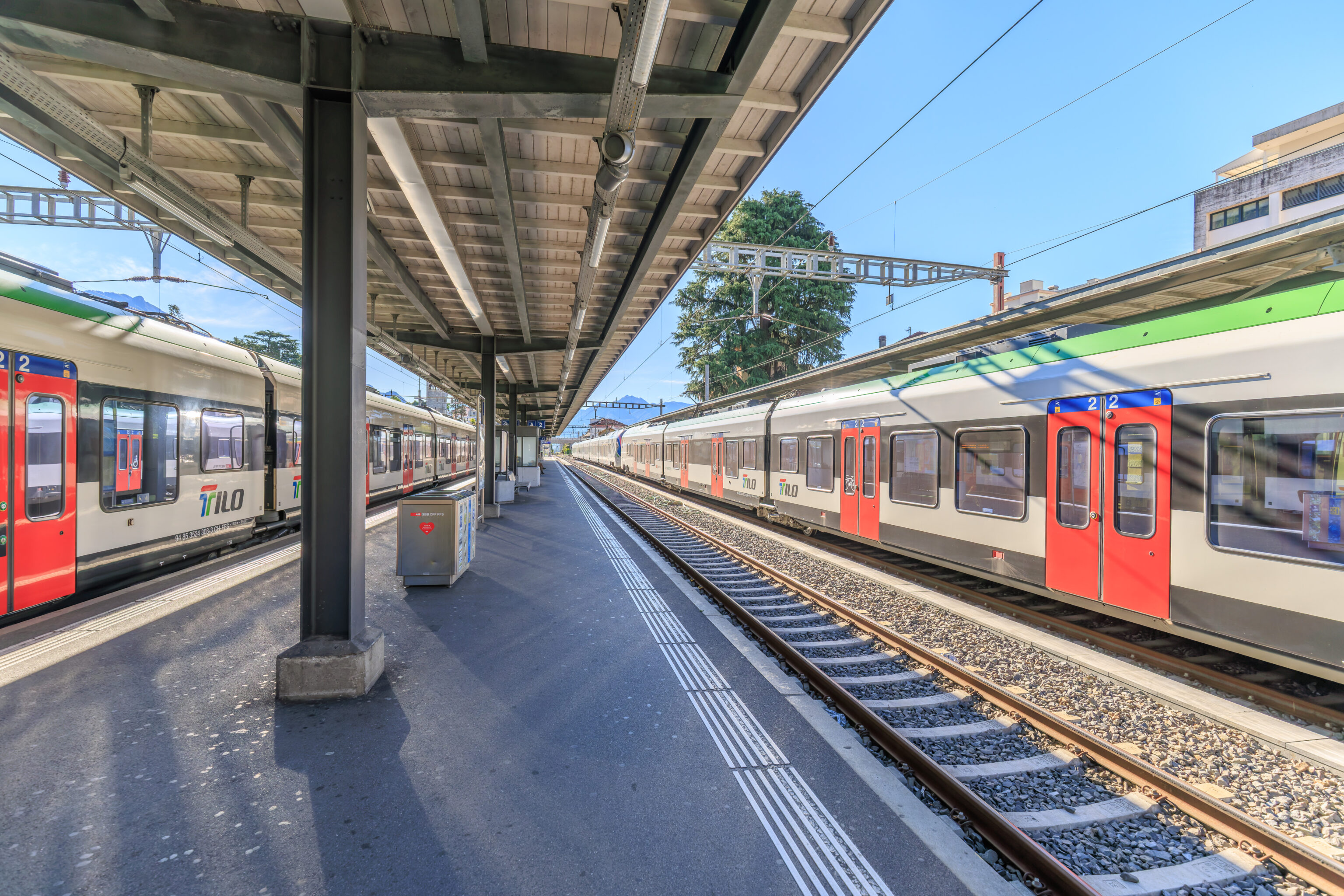
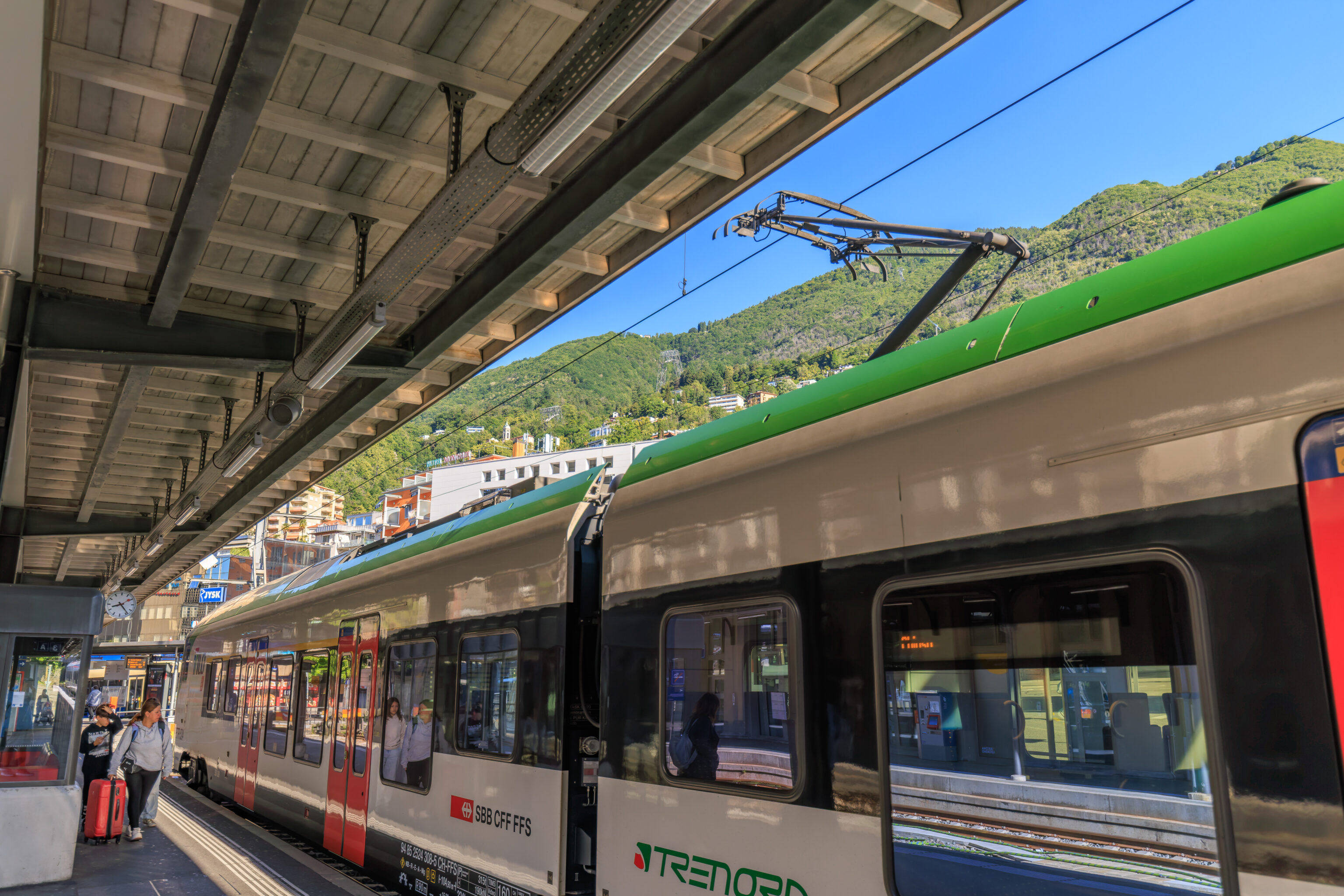
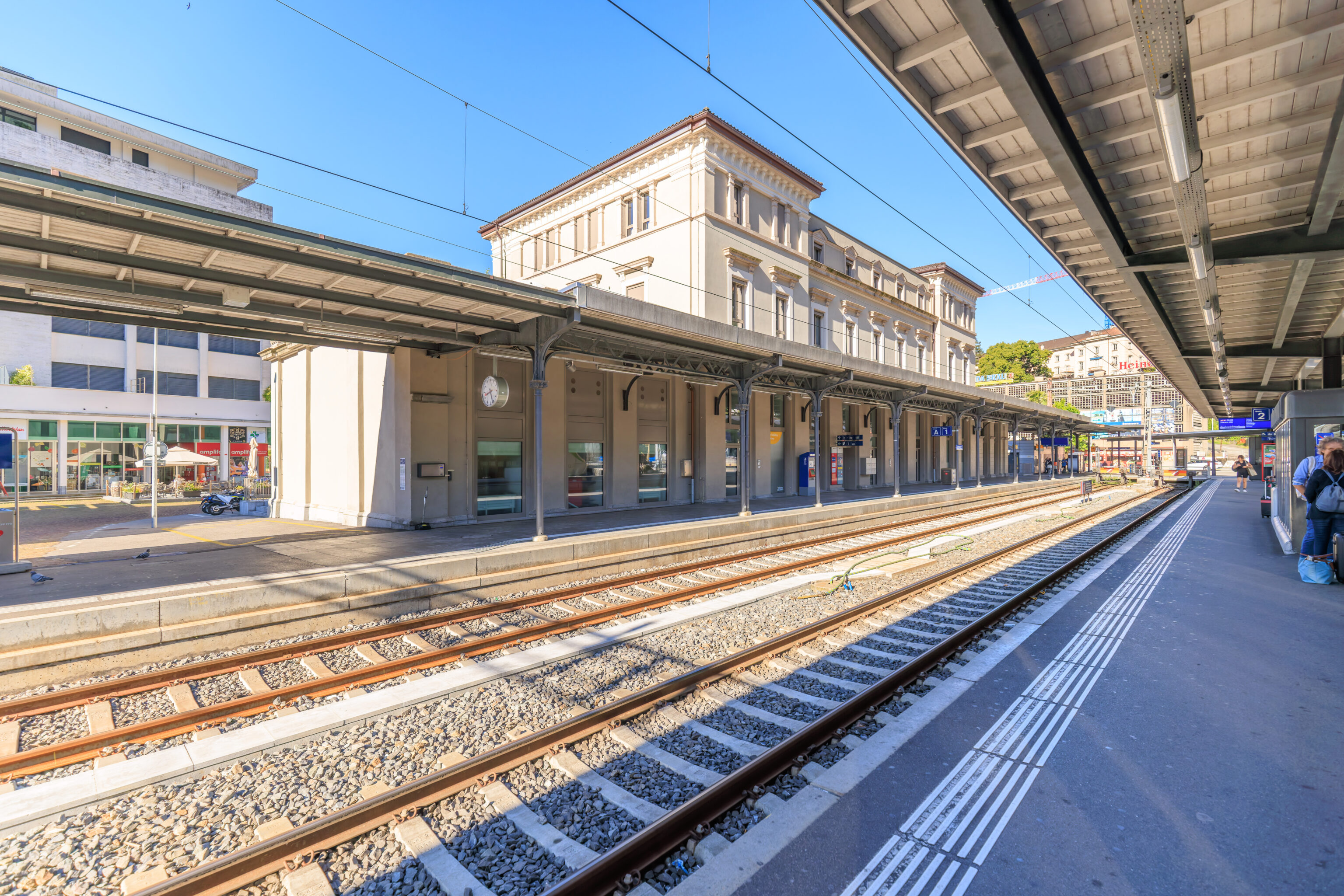
We took a bus over to the Locarno train station where we waited for the next train to Bellinzona.
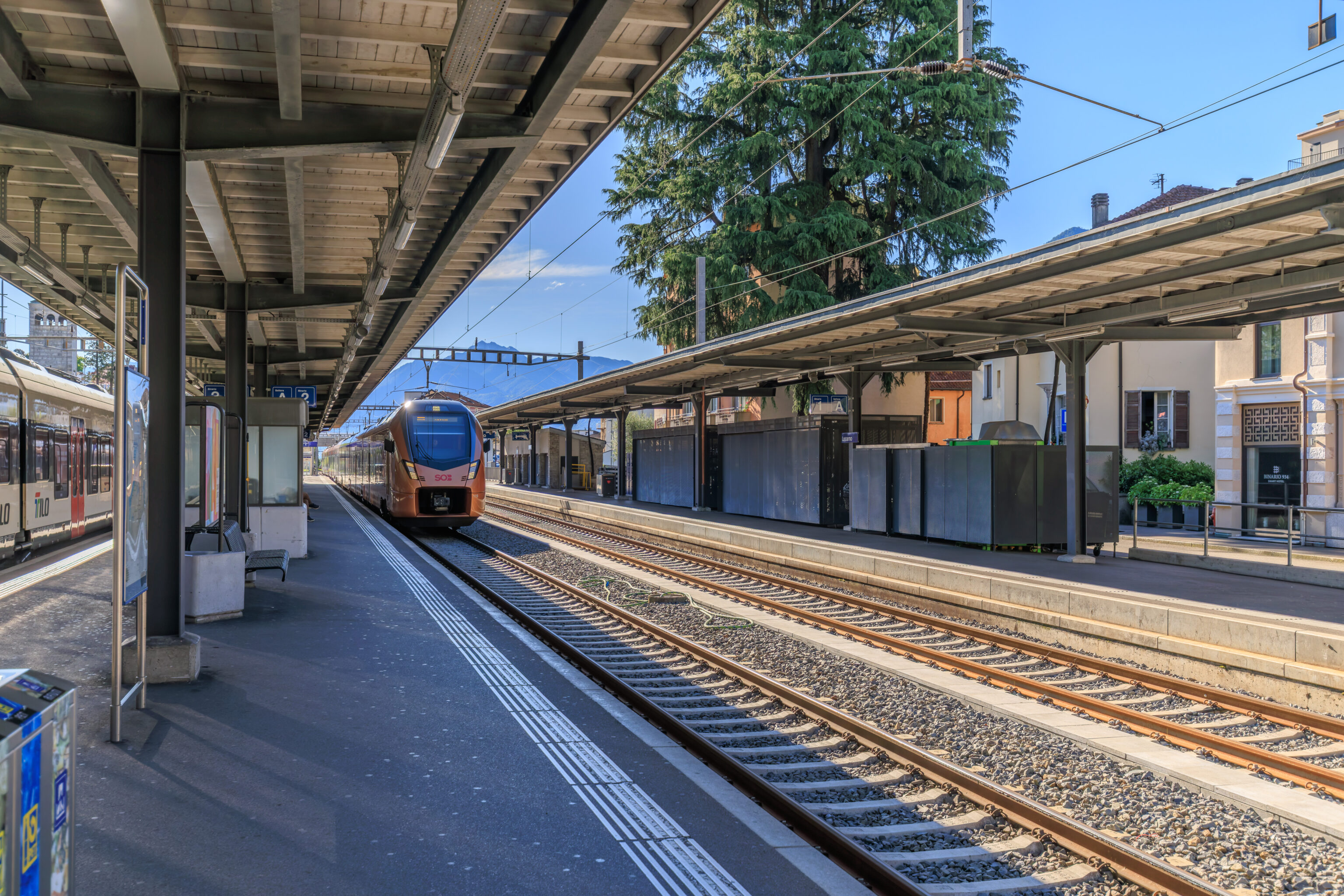
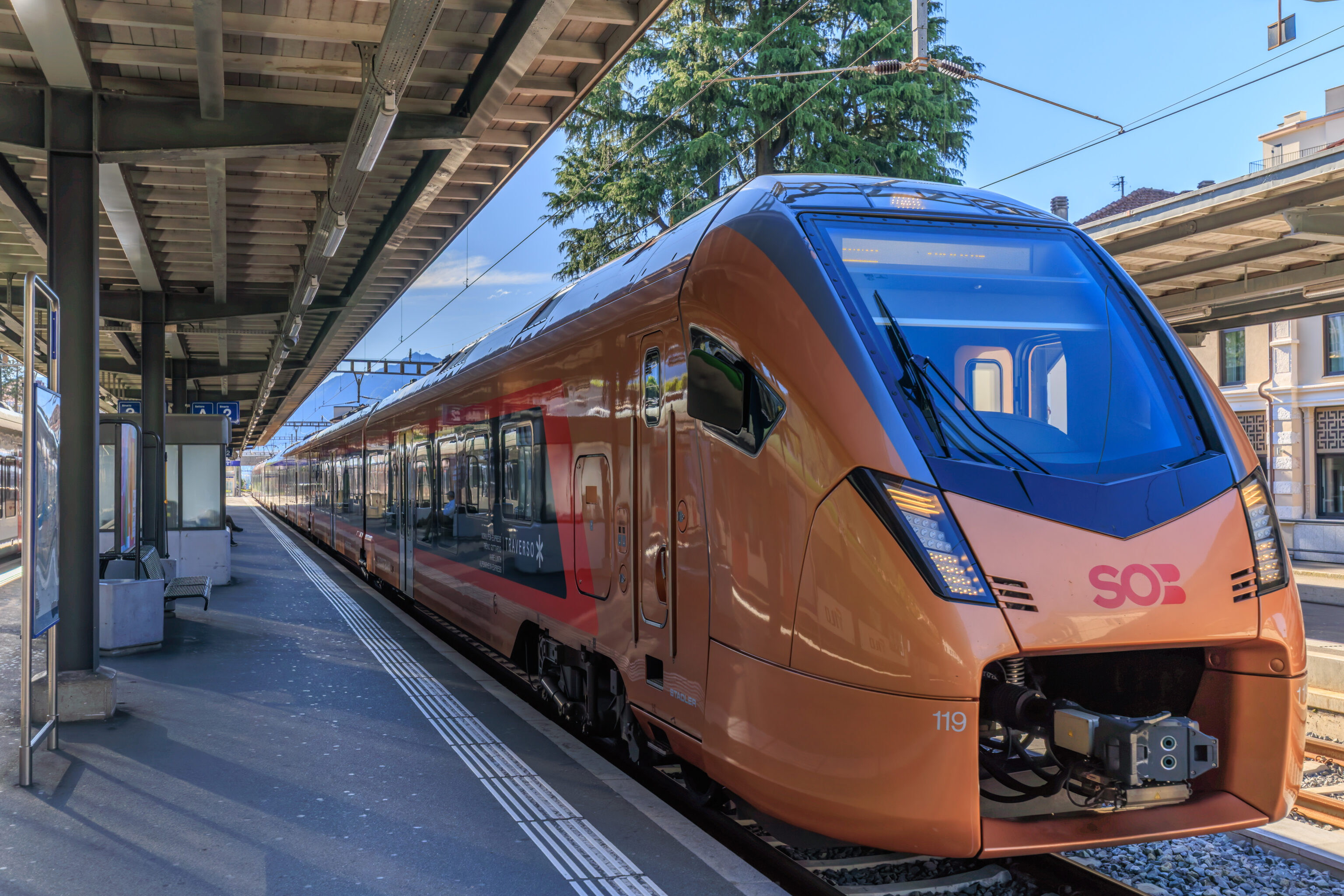
We didn’t have to wait long for the train to arrive.
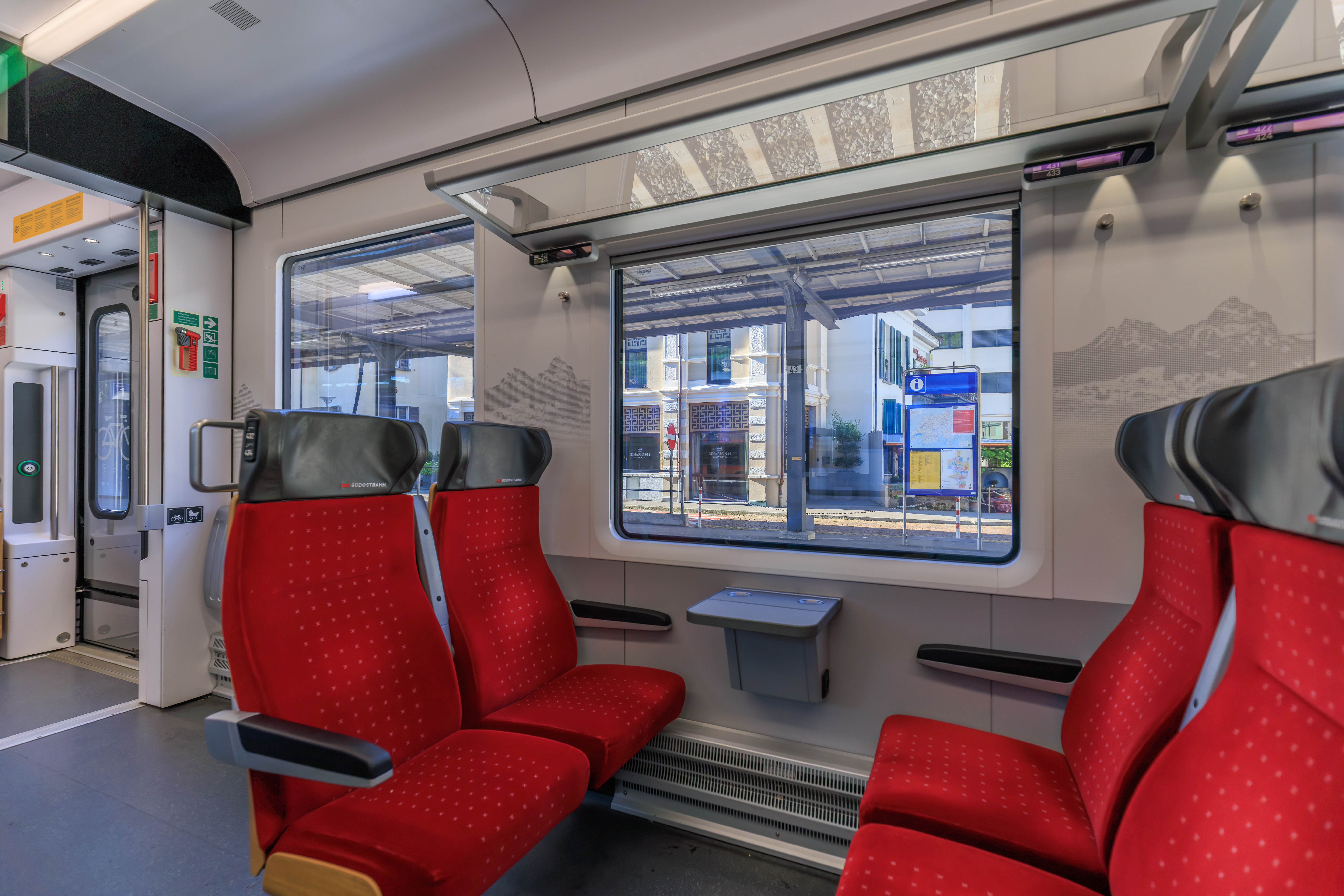
The train was a typical Swiss train. This particular train was operating as IR46 and headed to Zurich via a slower route through the mountains rather than the faster Gotthard Base Tunnel which we arrived through yesterday.
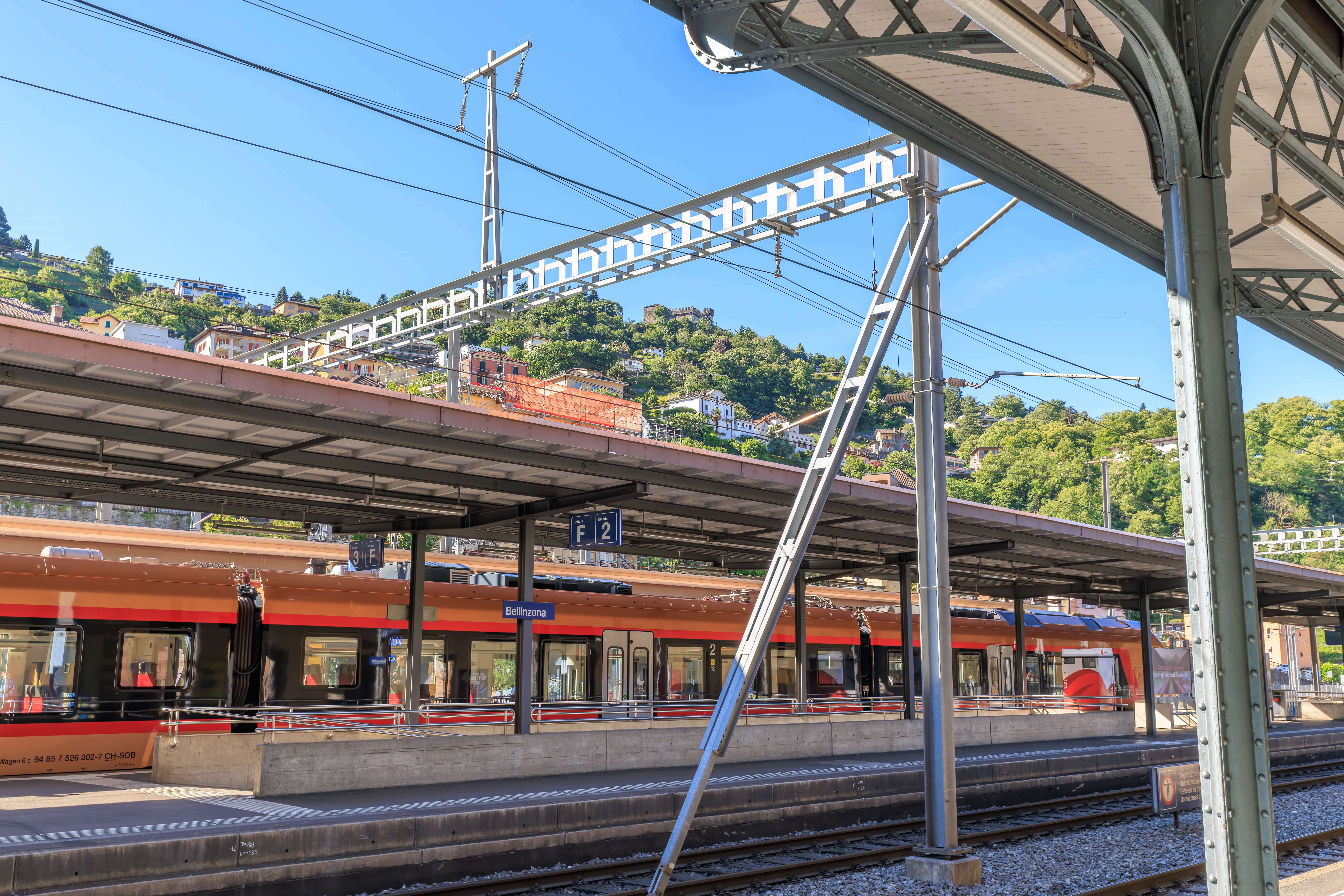
Soon, we arrived at Bellinzona.

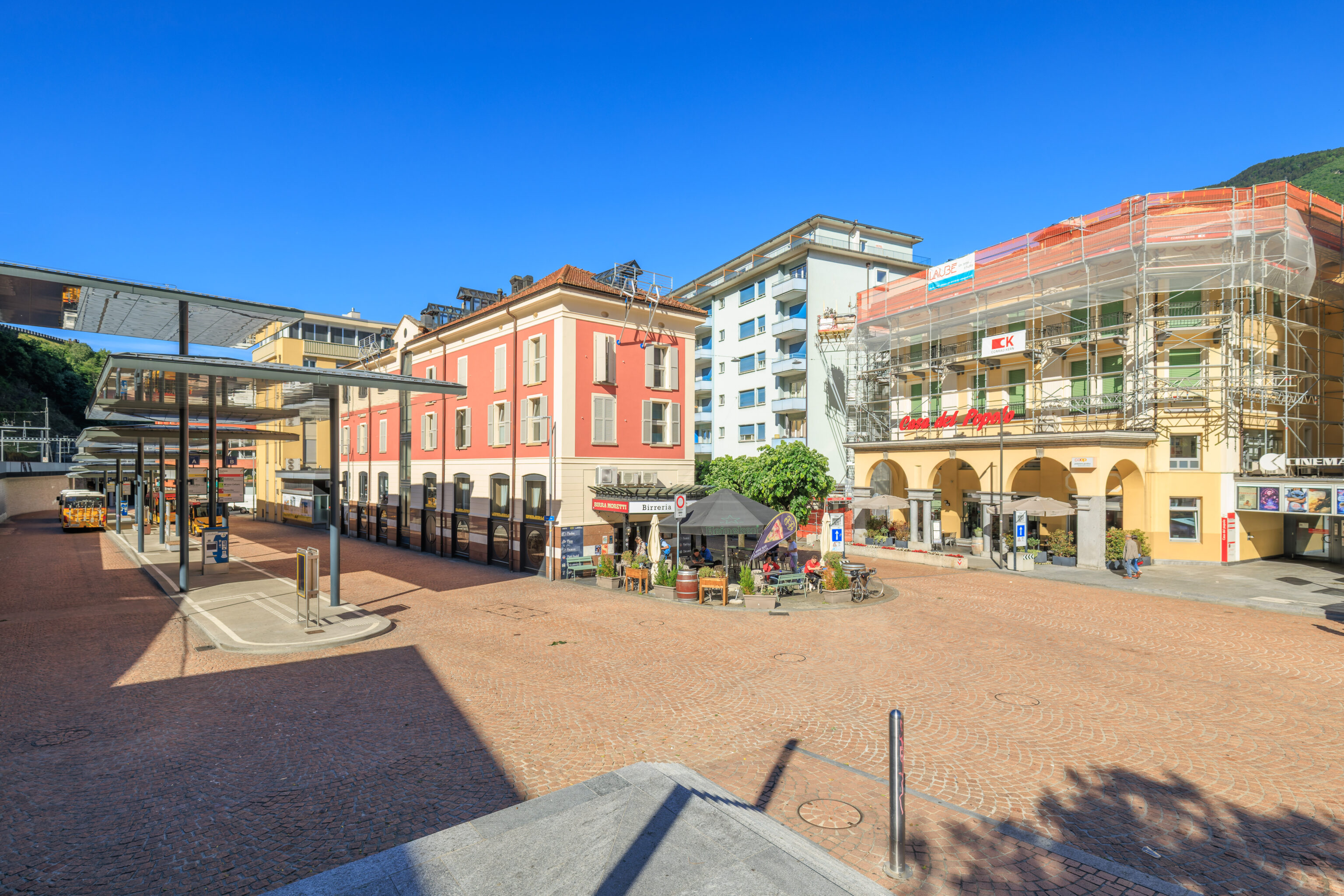
The Bellinzona train station is conveniently located near the city’s three castles. While one of the trio is in town by the station, the other two are at higher elevations. We decided to start with the highest and most distant one, Castello di Sasso Corbaro, and work our way back.
It is possible to walk, however, we decided to take a bus. The bus up isn’t particularly frequent so we had a bit of time before departure.
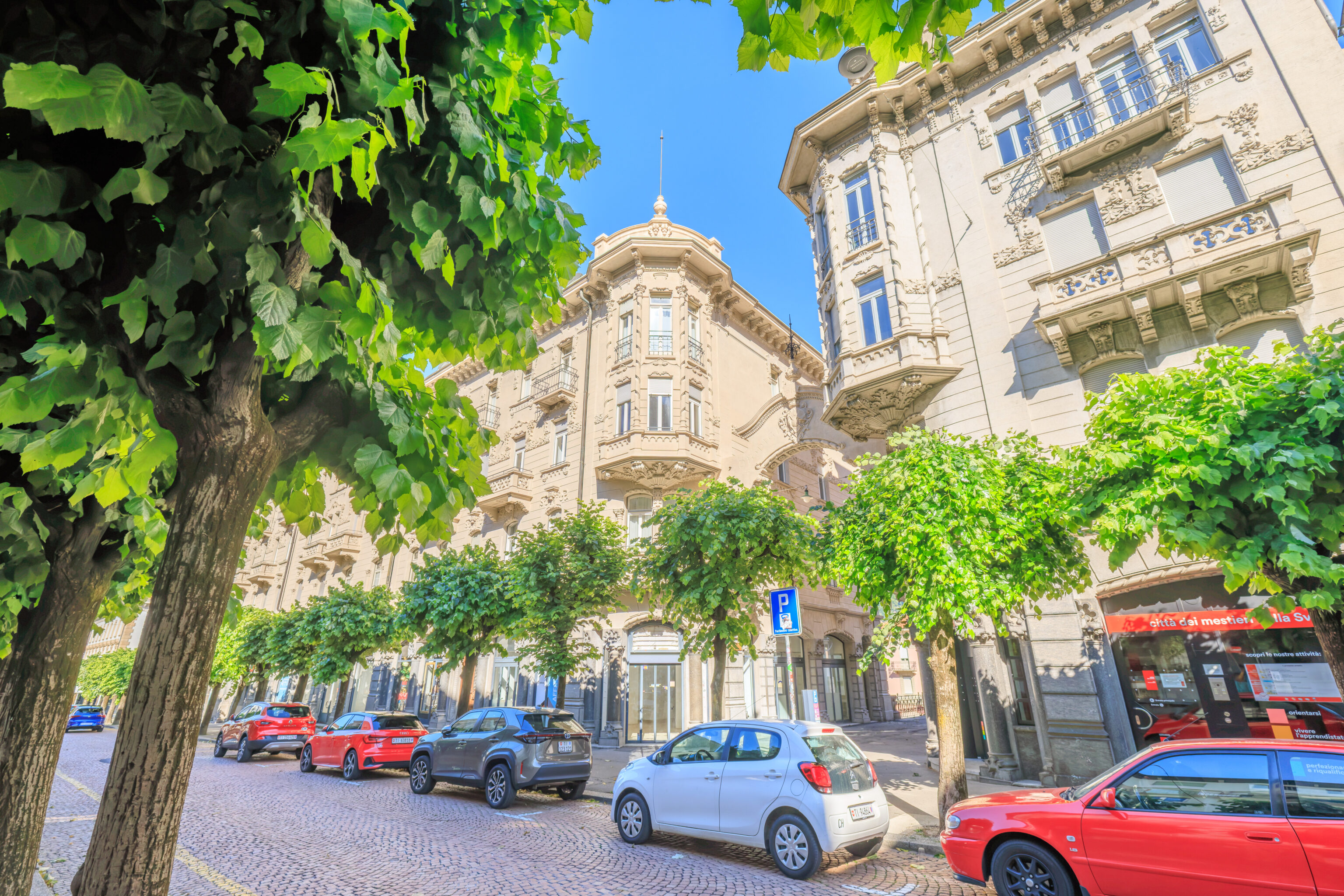
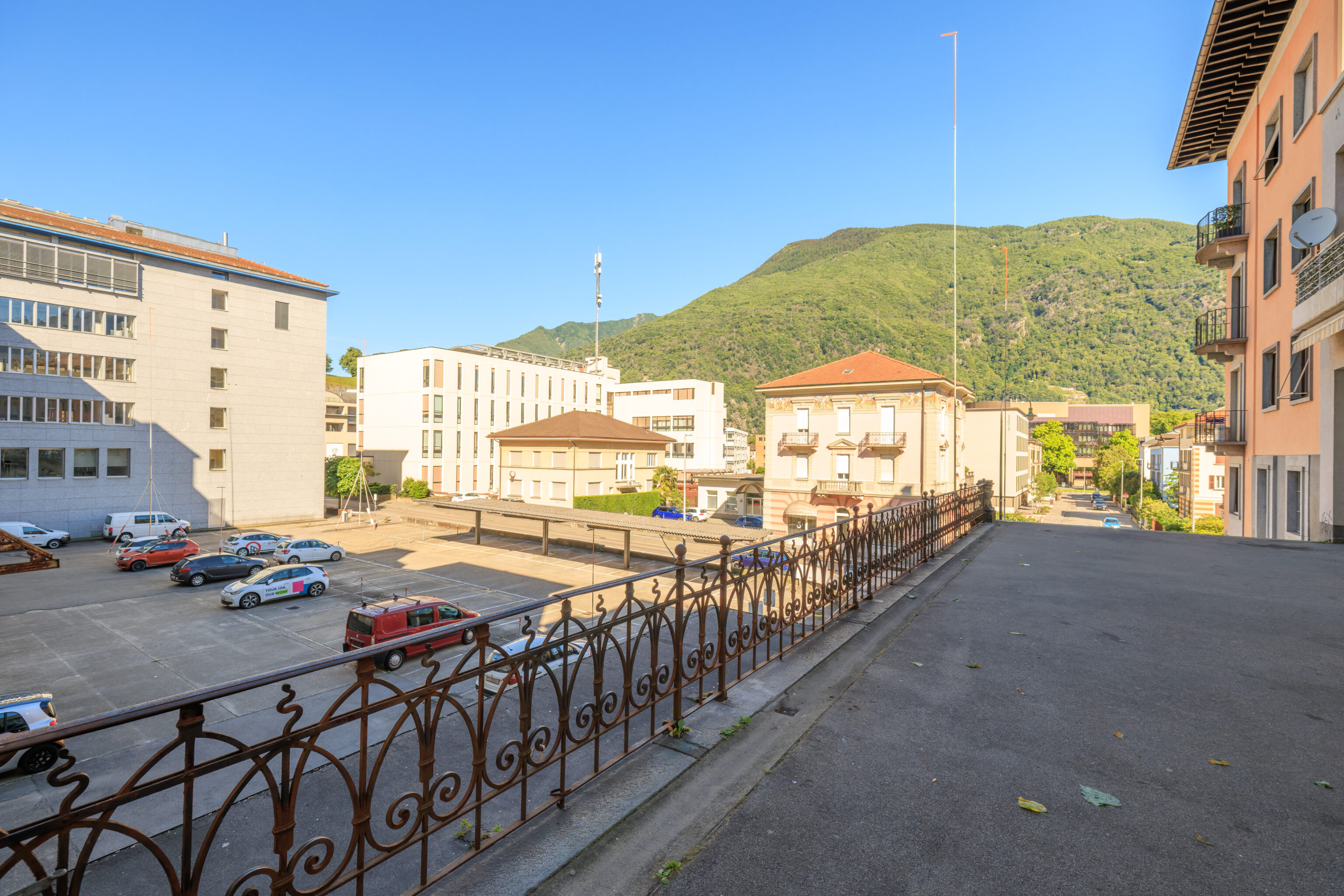
We decided to walk around the area near the station.
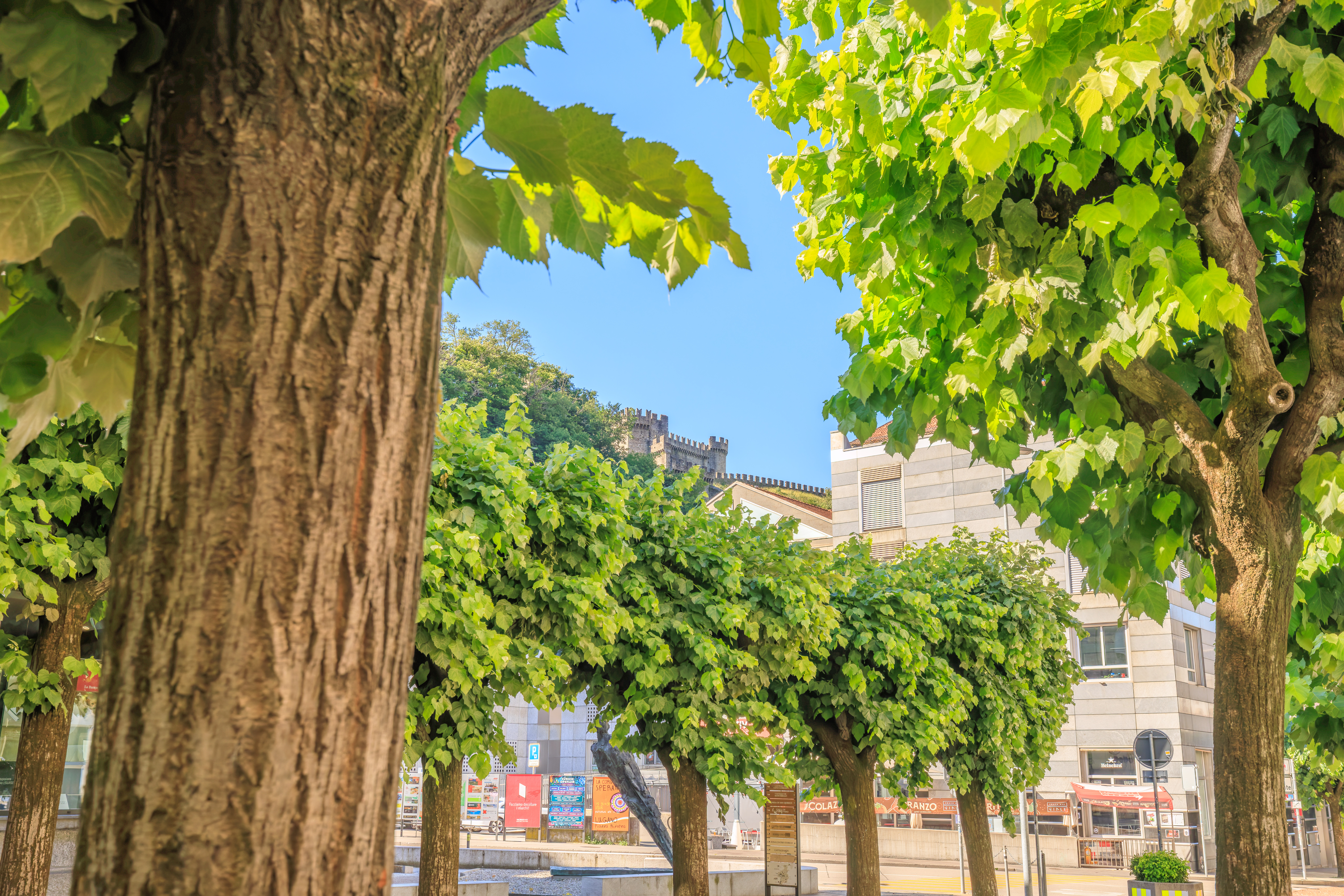
We caught a glimpse of Castello di Montebello, the middle castle, above the city.
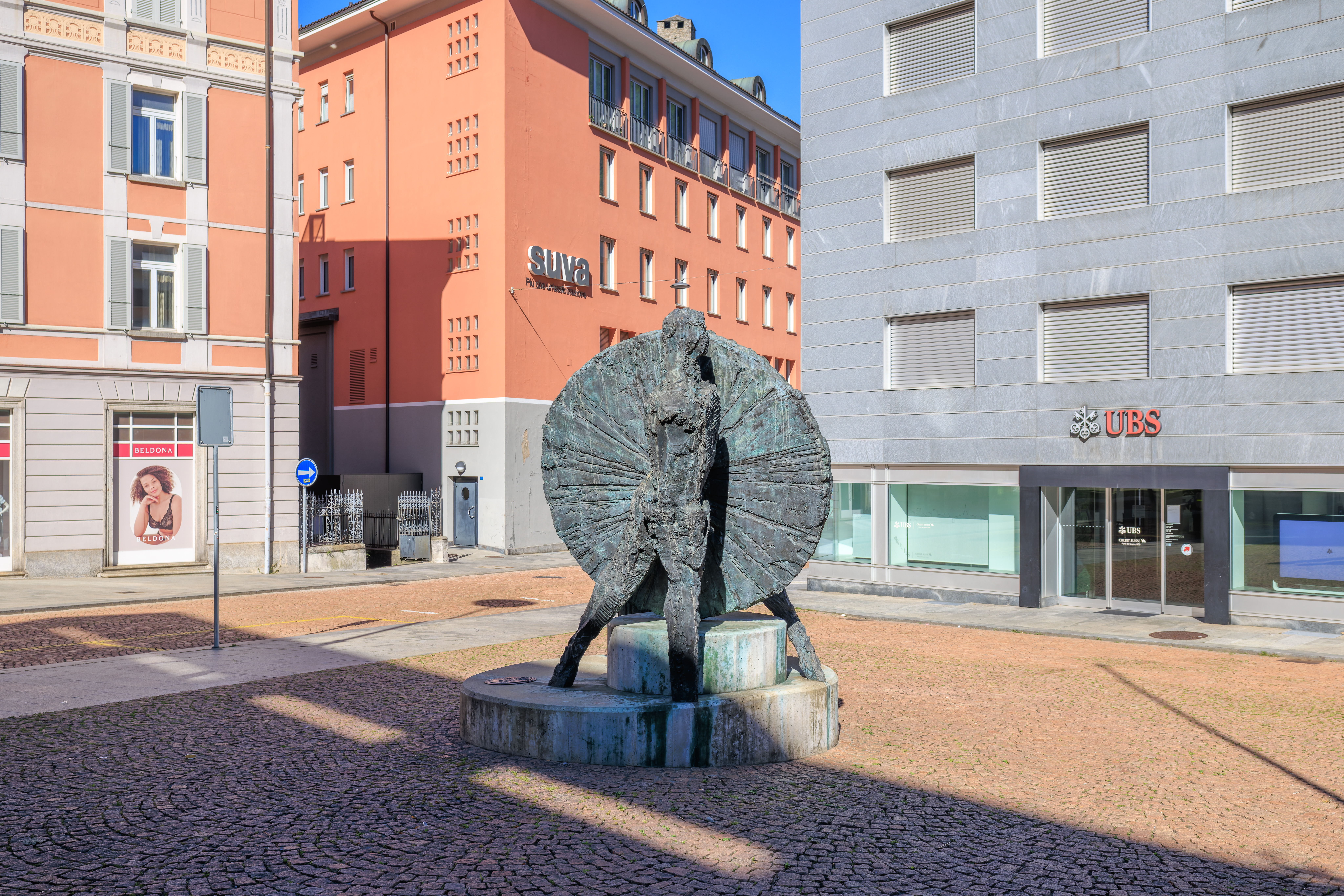
Some urban art…
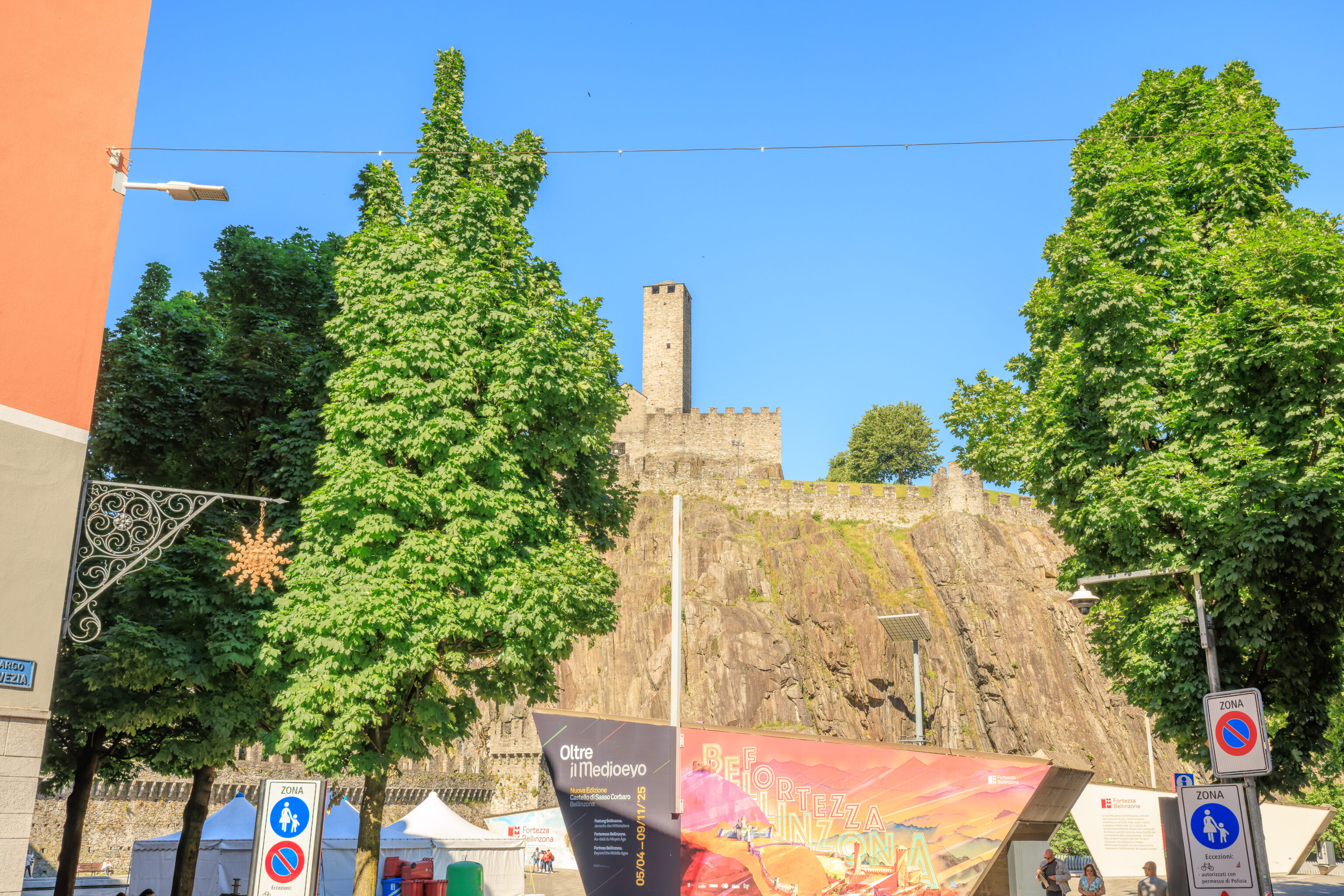
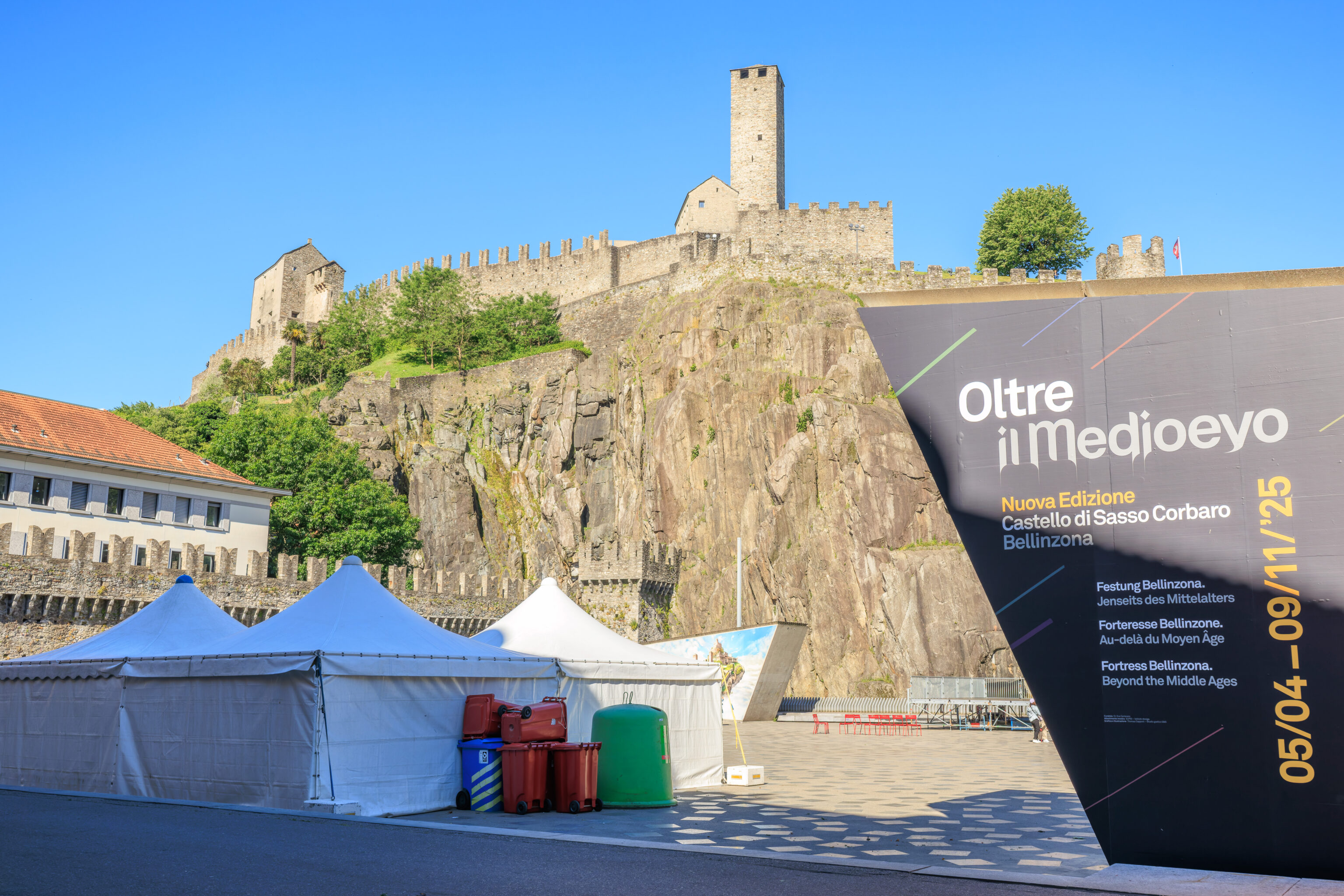
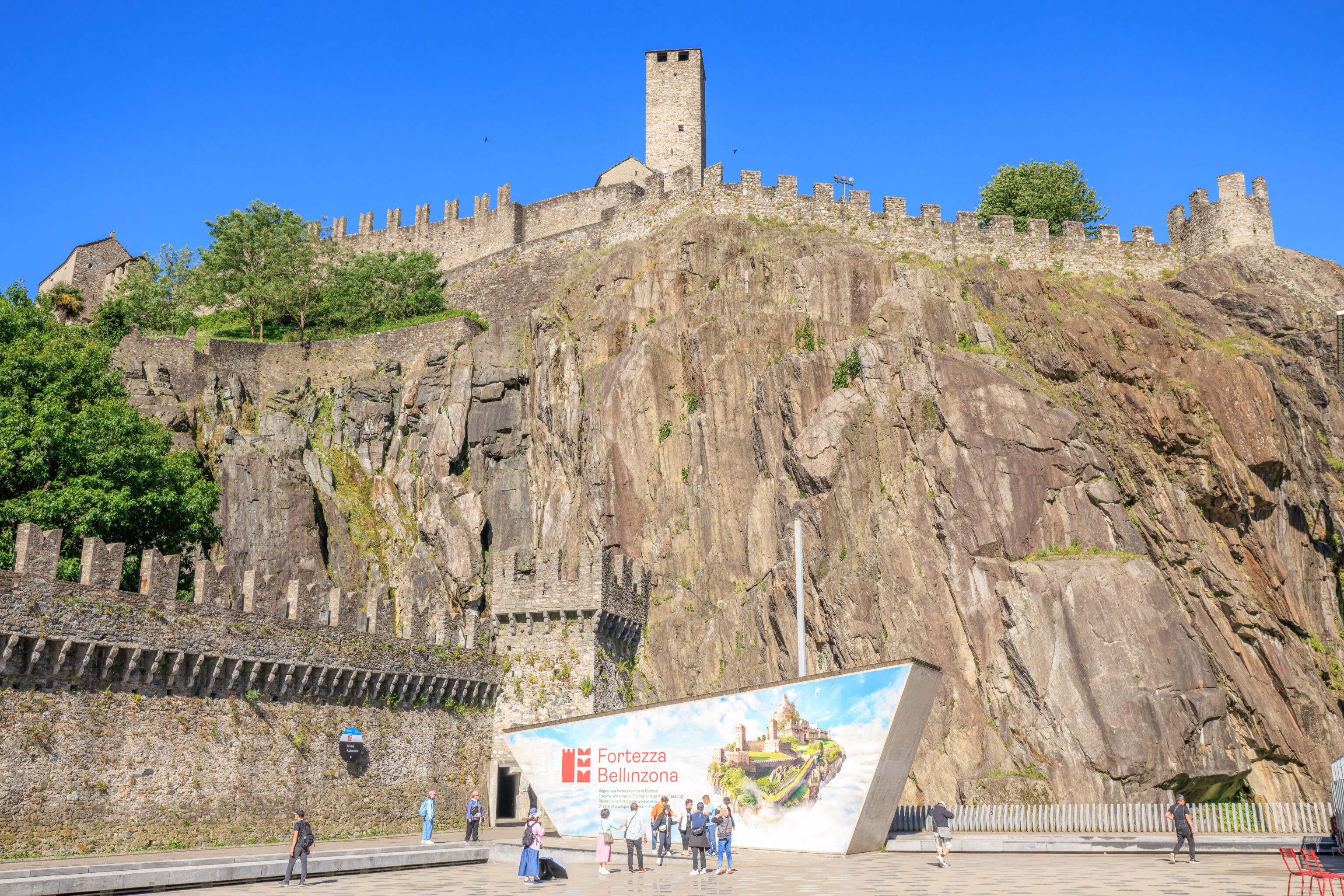
We ended up below the Castel Grande. As the name suggests, it is the largest of the trio. The fortress, consisting of its castles and walls, are listed as a UNESCO World Heritage Site, the “Three Castles, Defensive Wall and Ramparts of the Market-Town of Bellinzona“.
There was an event here last night, the Notte Bianca (White Night). We had considered coming to take a look, however, decided not to as it was an evening event and we were tired from having just arrived in the morning from the US.
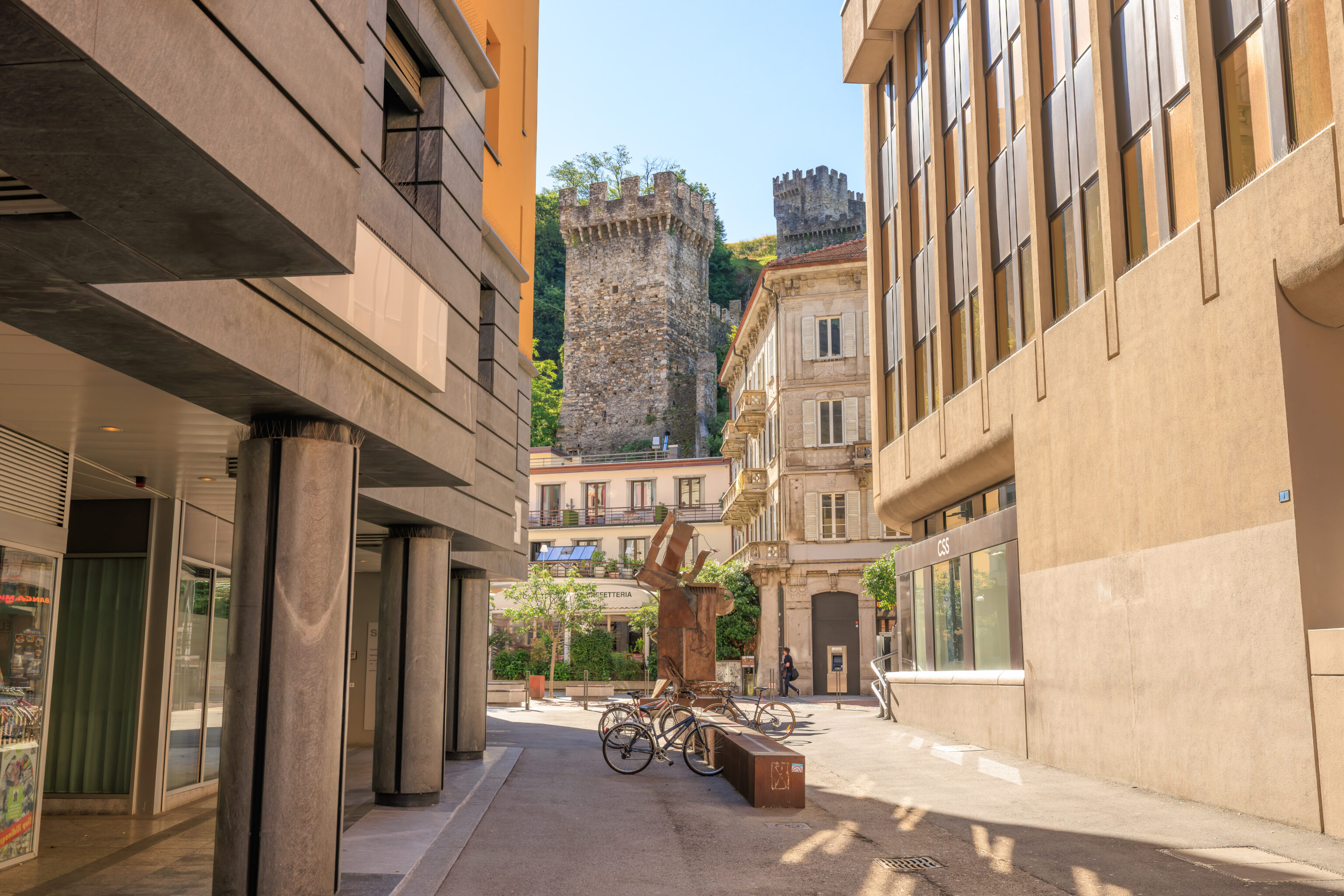
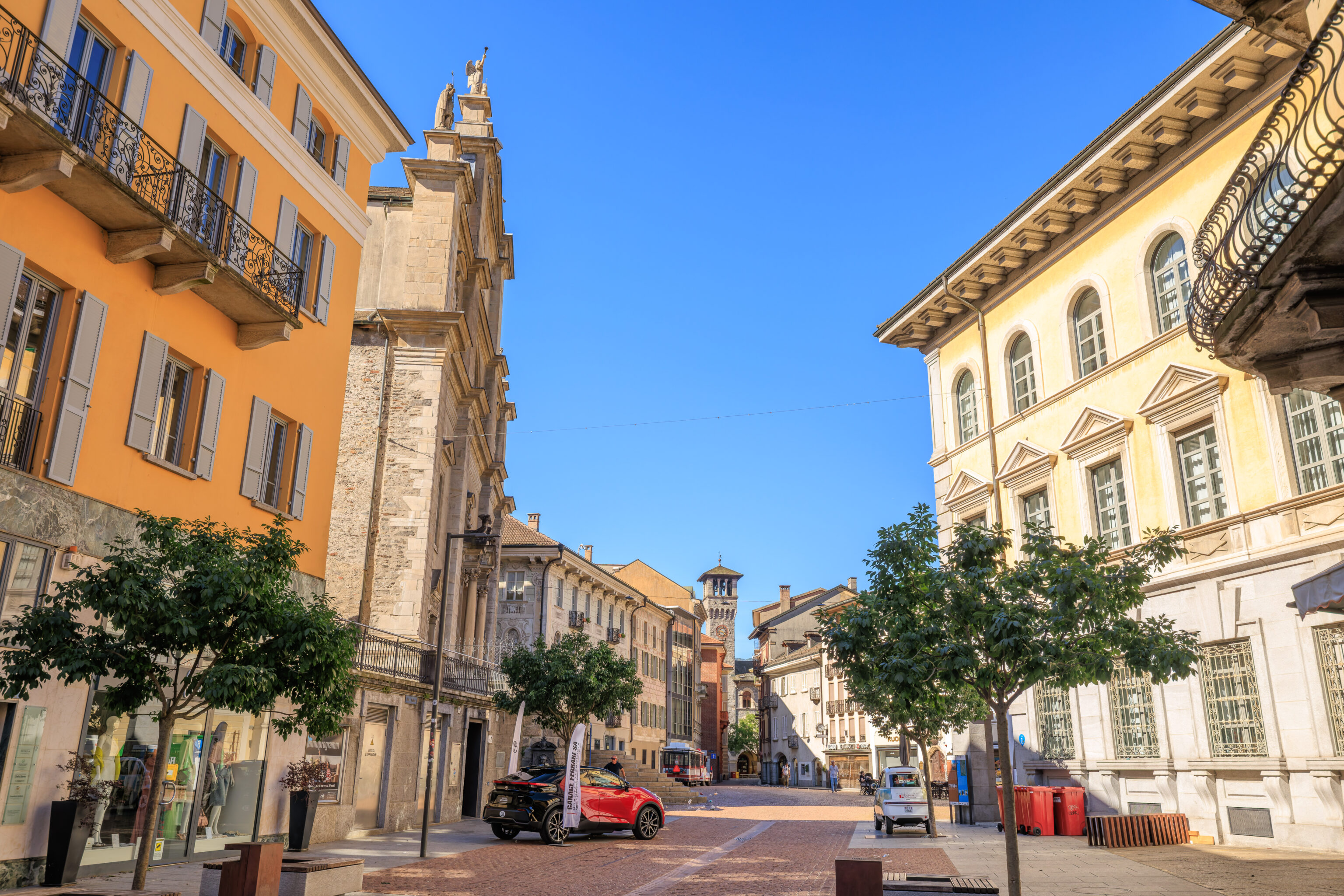
We continued walking around the city below the castle…
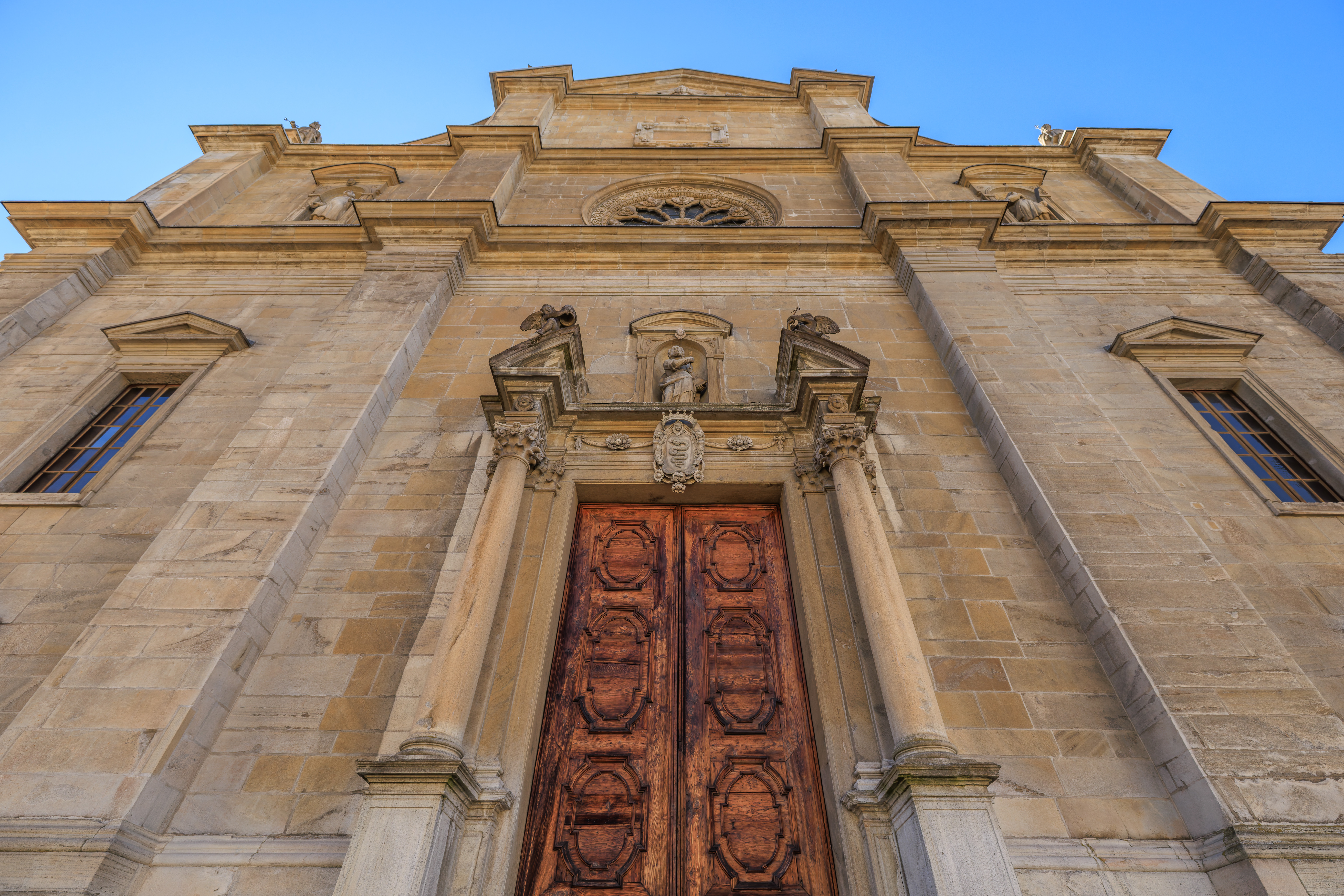
We ended up in front of this church, the Chiesa Collegiata dei SS. Pietro e Stefano (Collegiate Church of Saints Peter and Stephen).

The small piazza in front of the church was being cleaned up after last night’s festivities.
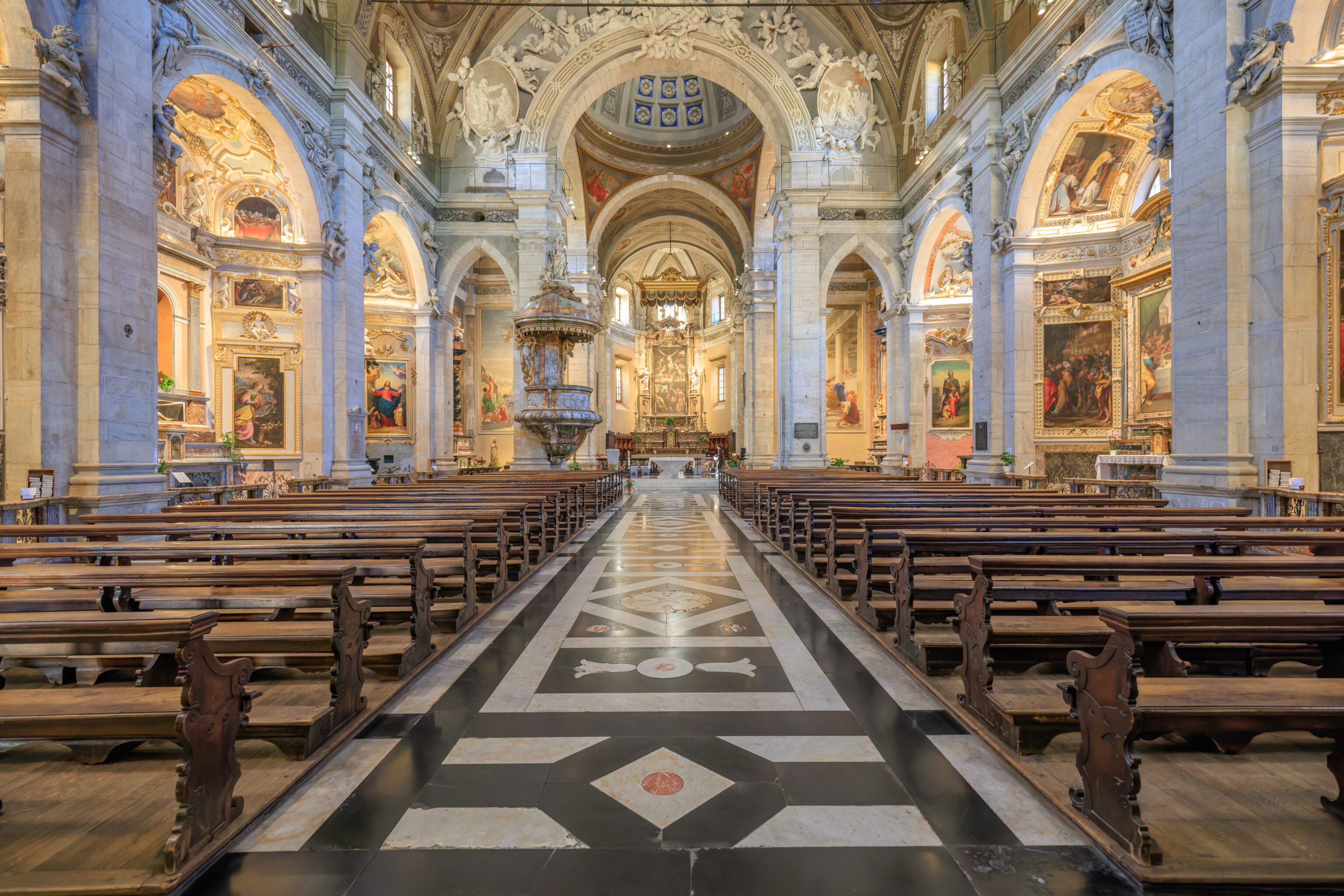
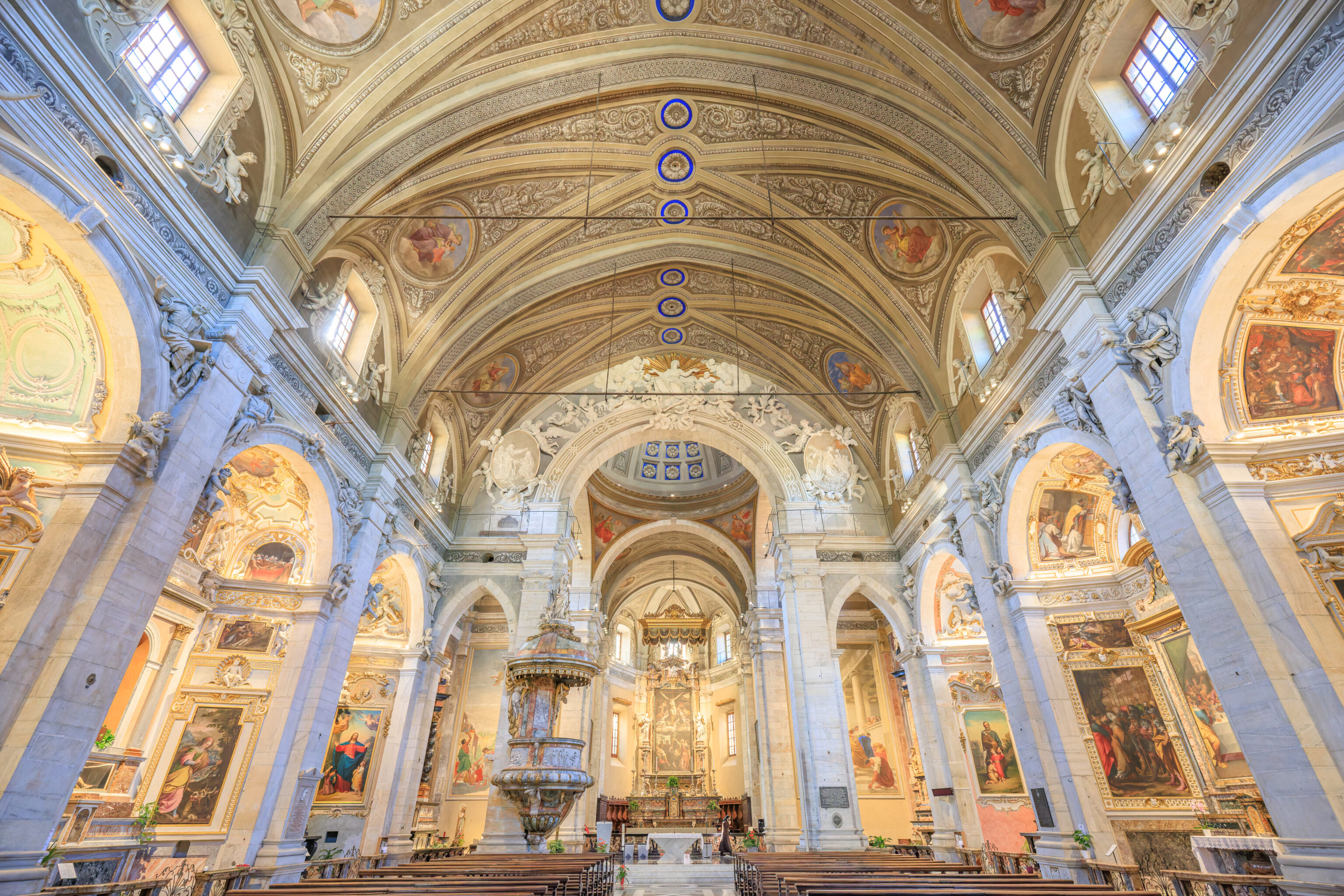
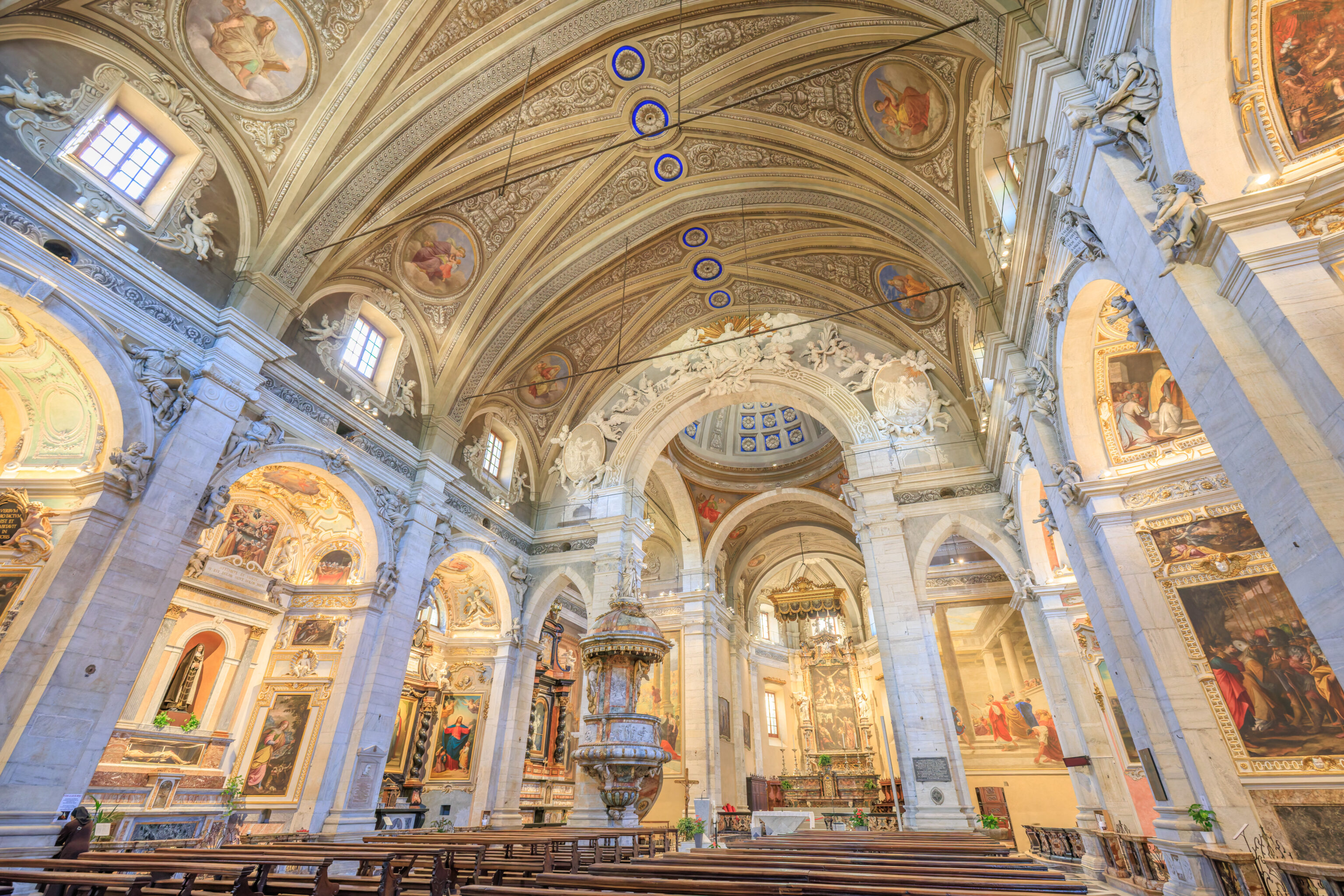
The church had a beautiful interior with many paintings on the walls.
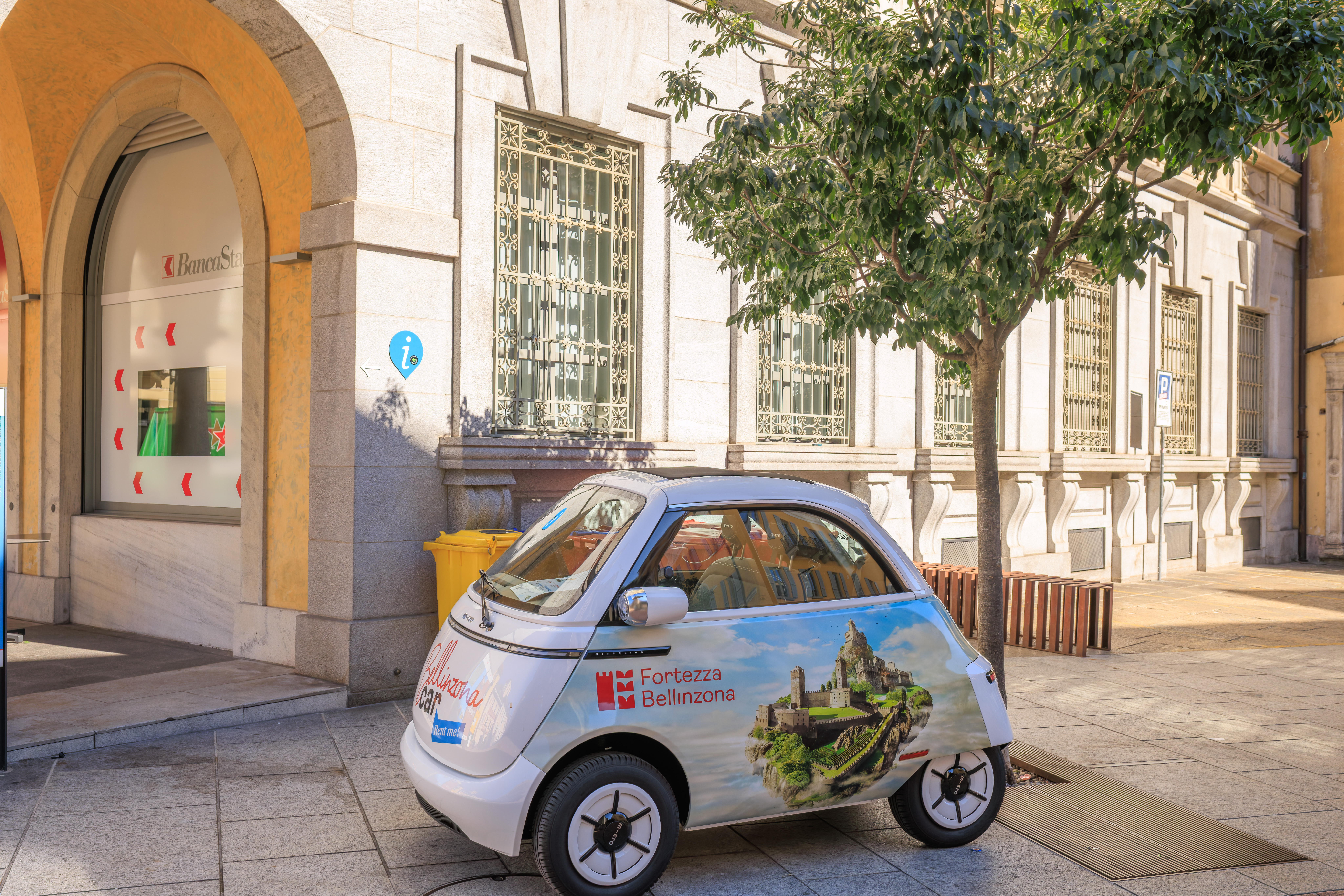
We headed back outside where we noticed this little Bellinzona Fortress car.
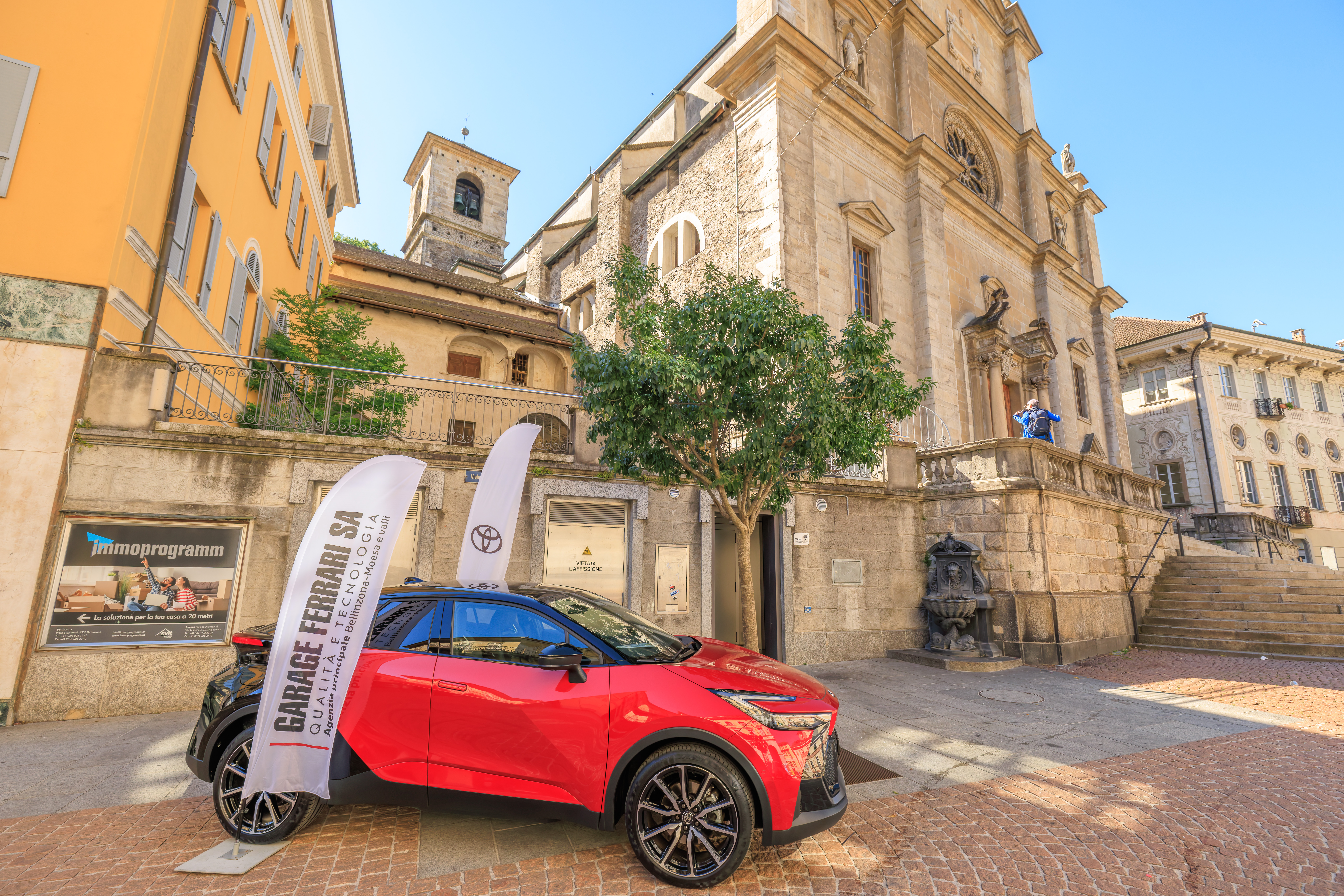
And, a Toyota! It was from a car dealership, Garage Ferrari. It was a bit amusing to see the Ferrari name associated with a Toyota, but, its just an Italian last name. Ferrari is simply the plural of Ferraro, or blacksmith.
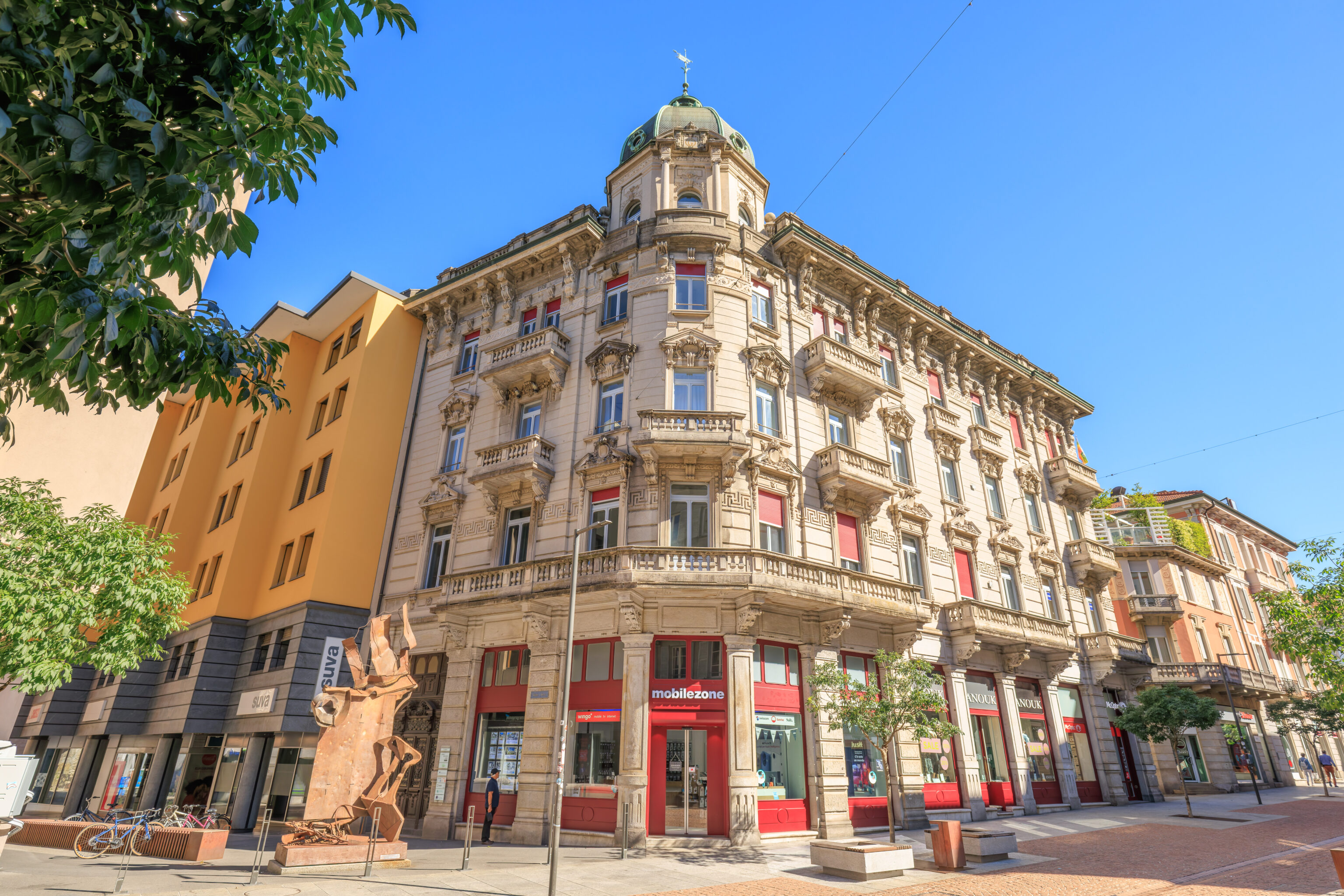
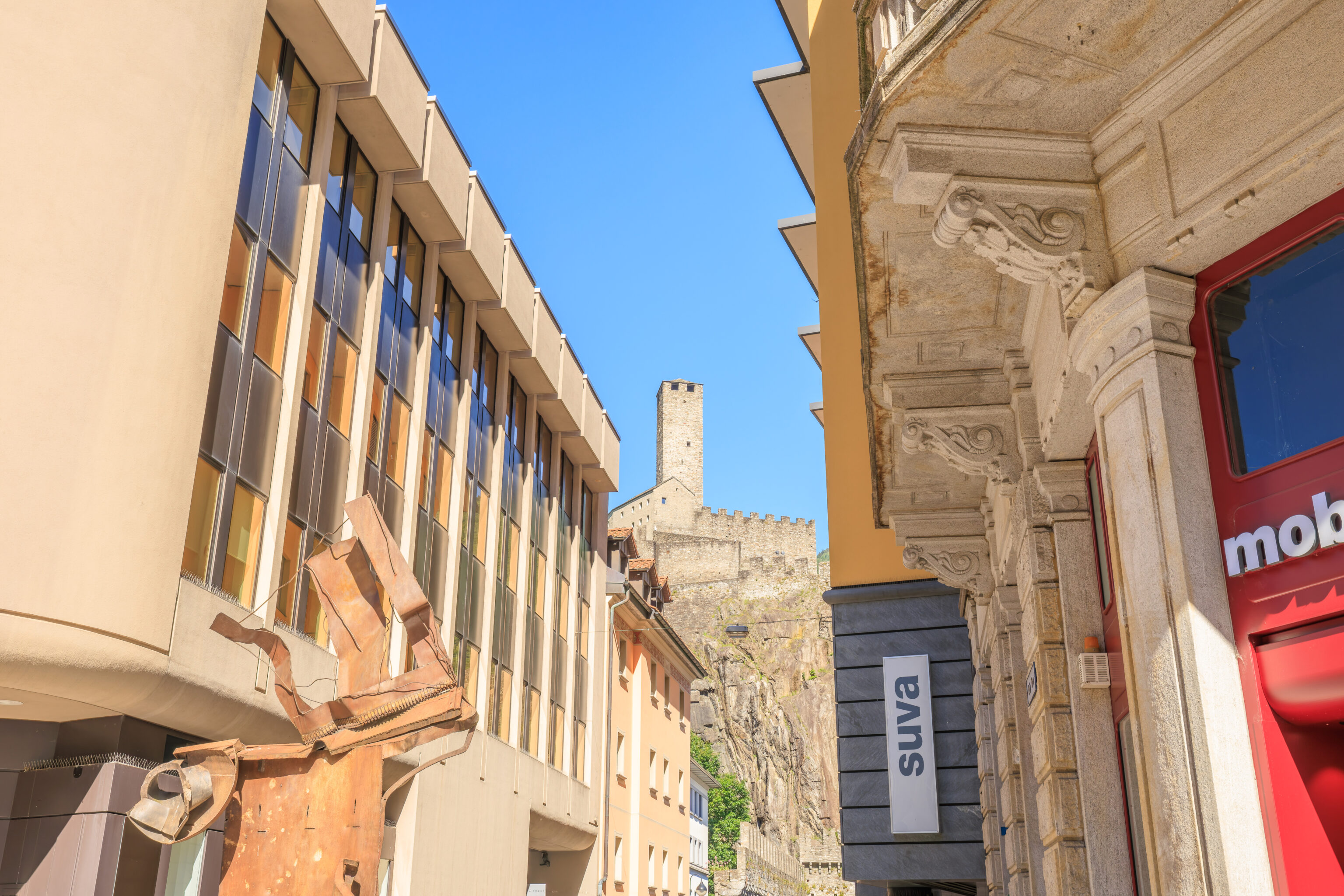
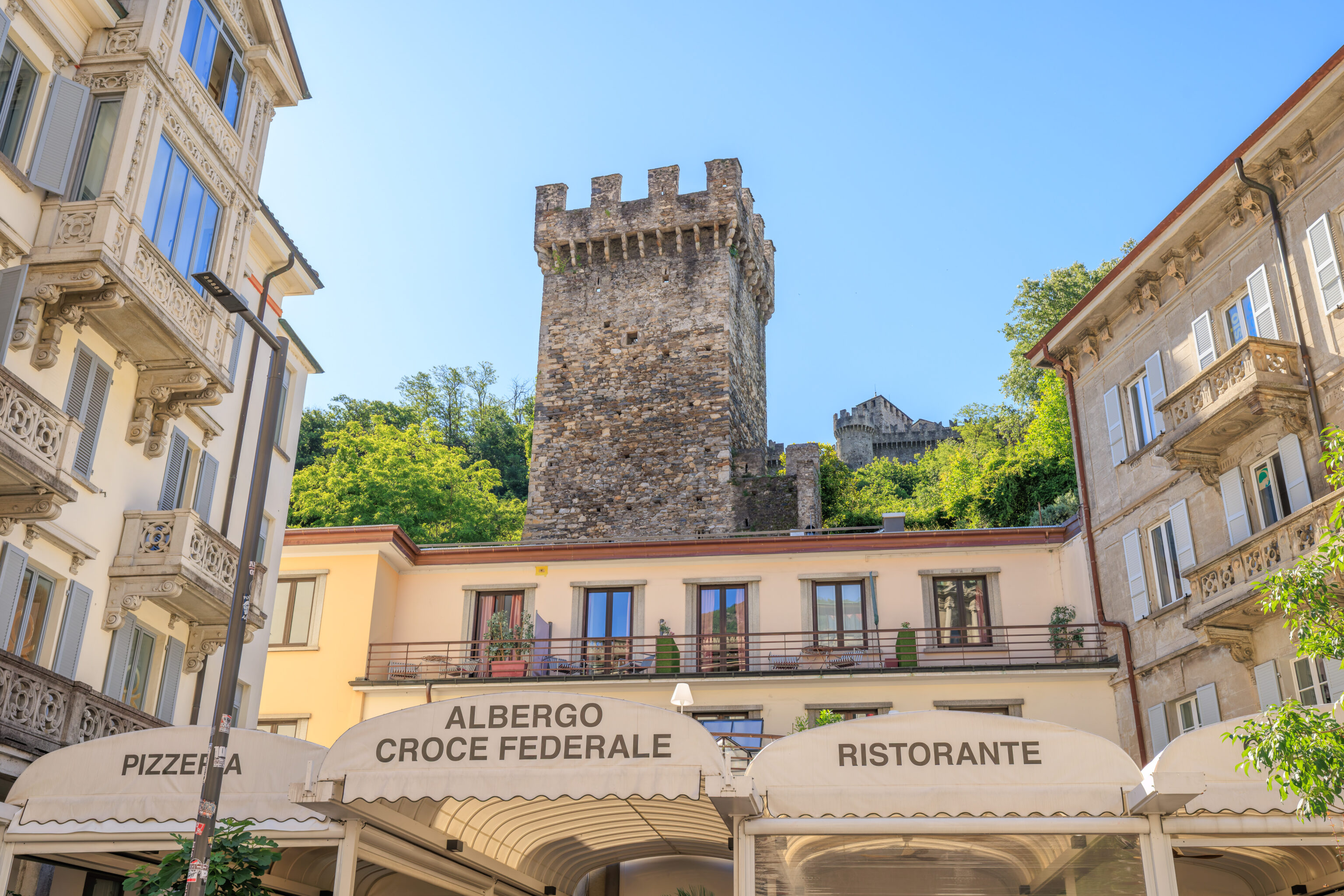
We continued walking around the city. It was pretty quiet as it was still in the morning. Also, today is Ascension Day, a holiday in all of the Swiss cantons.
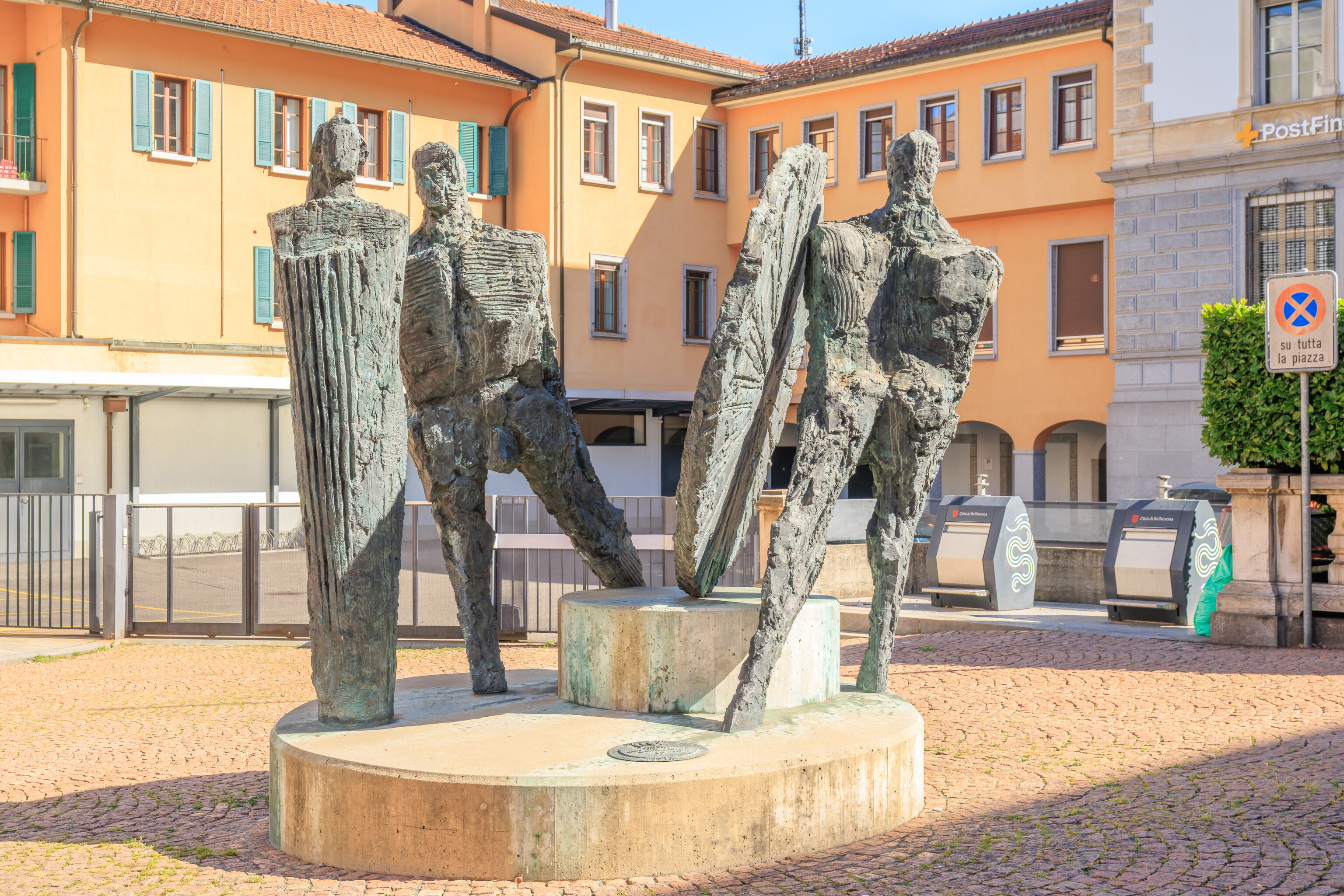
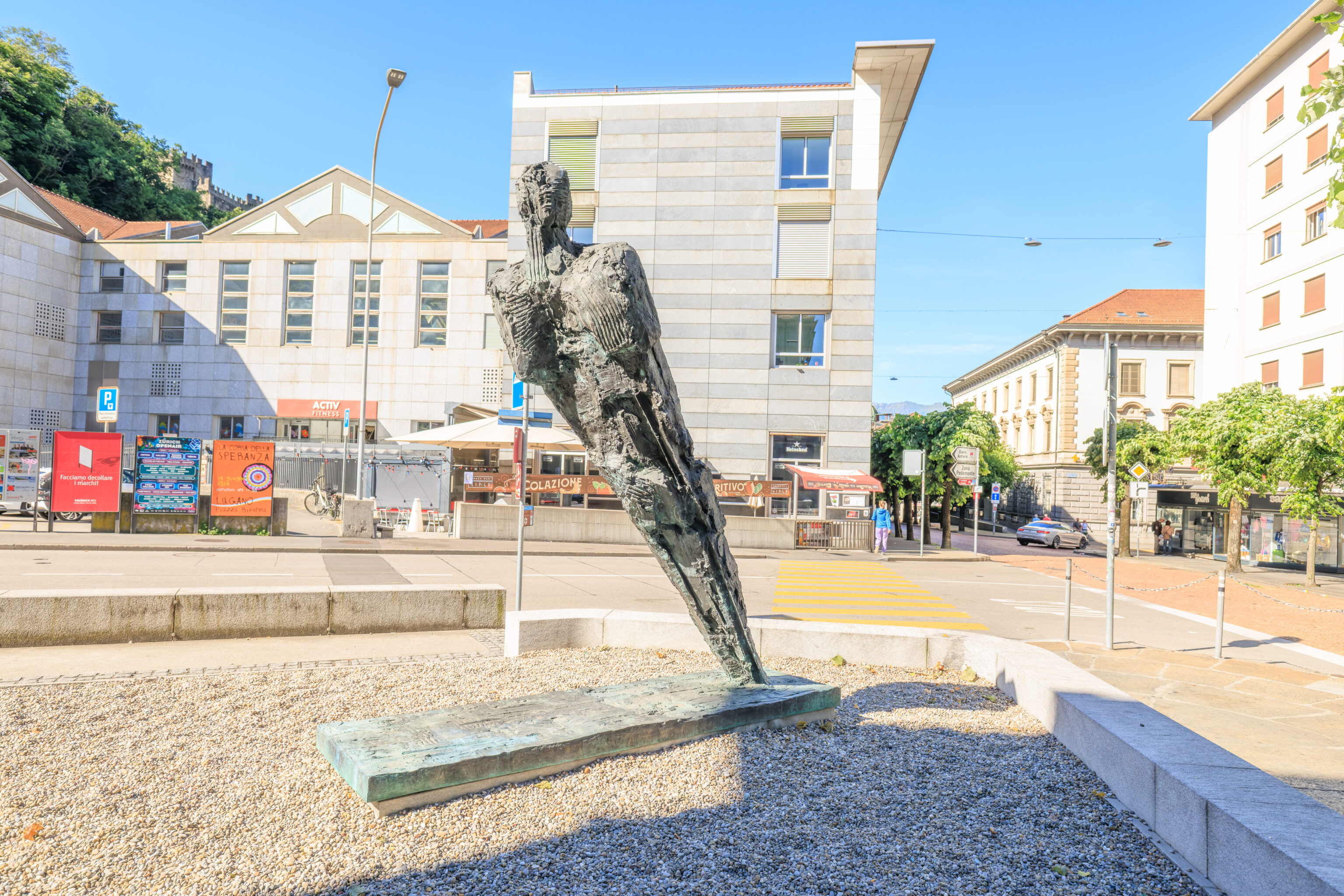
We saw more art as we made our way back to the train station.
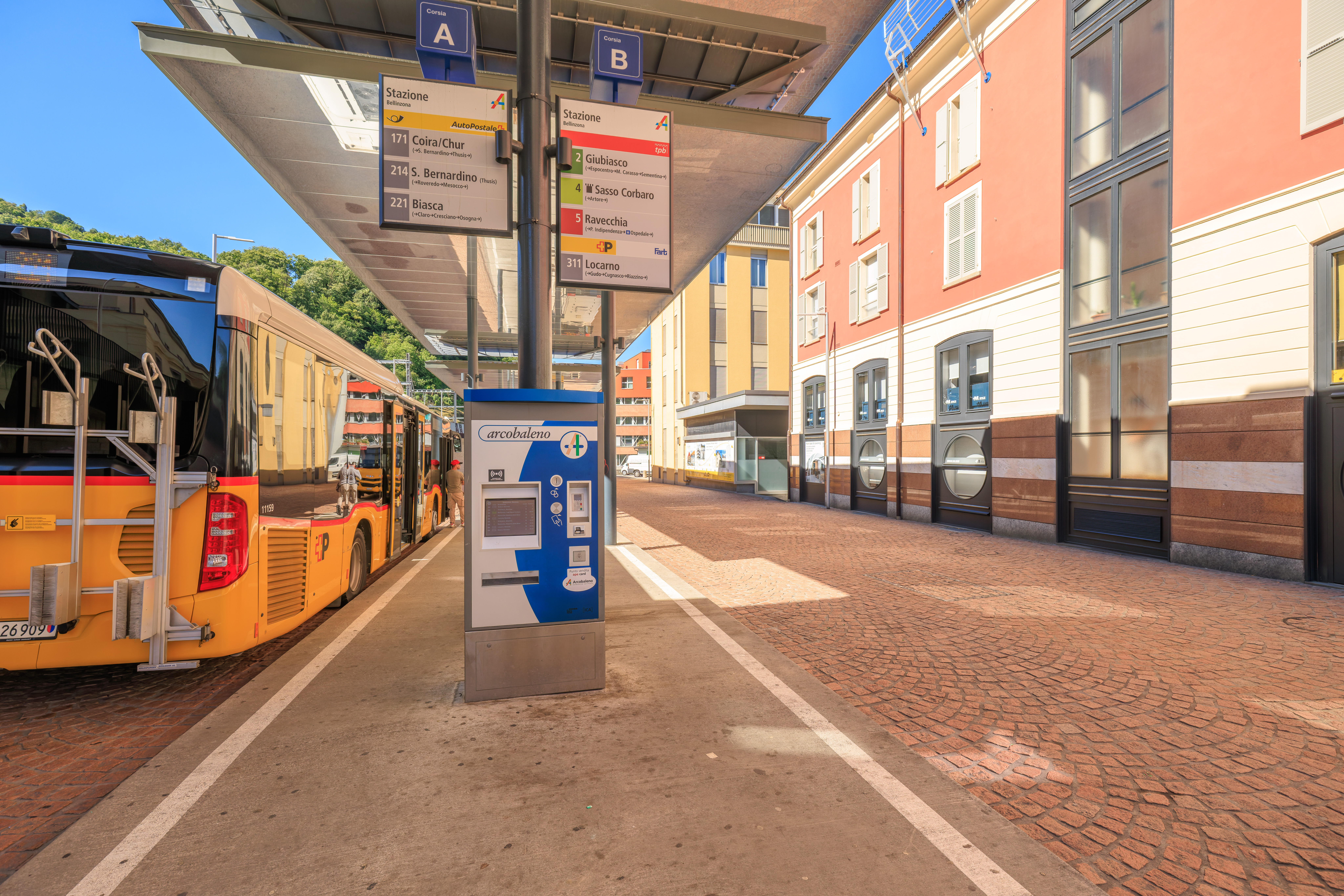
The bus stop is on the south side of the station.
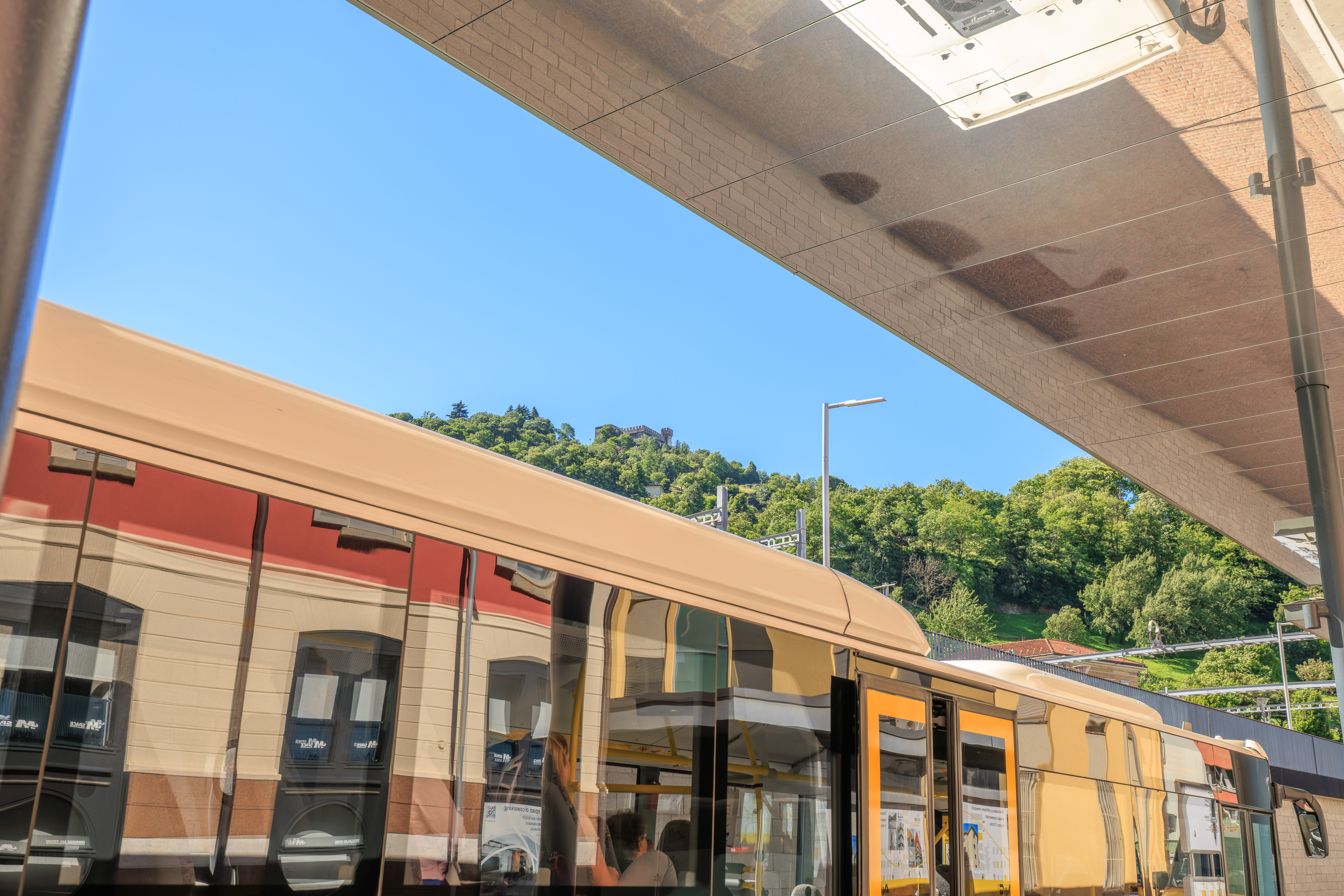
We could see what seemed like our destination, the Castello di Sasso Corbaro, high up above the city.
Castello di Sasso Corbaro
Soon, our bus arrived. It was a post bus, our first time riding one in Switzerland. They’re pretty common, particularly in the more rural regions.
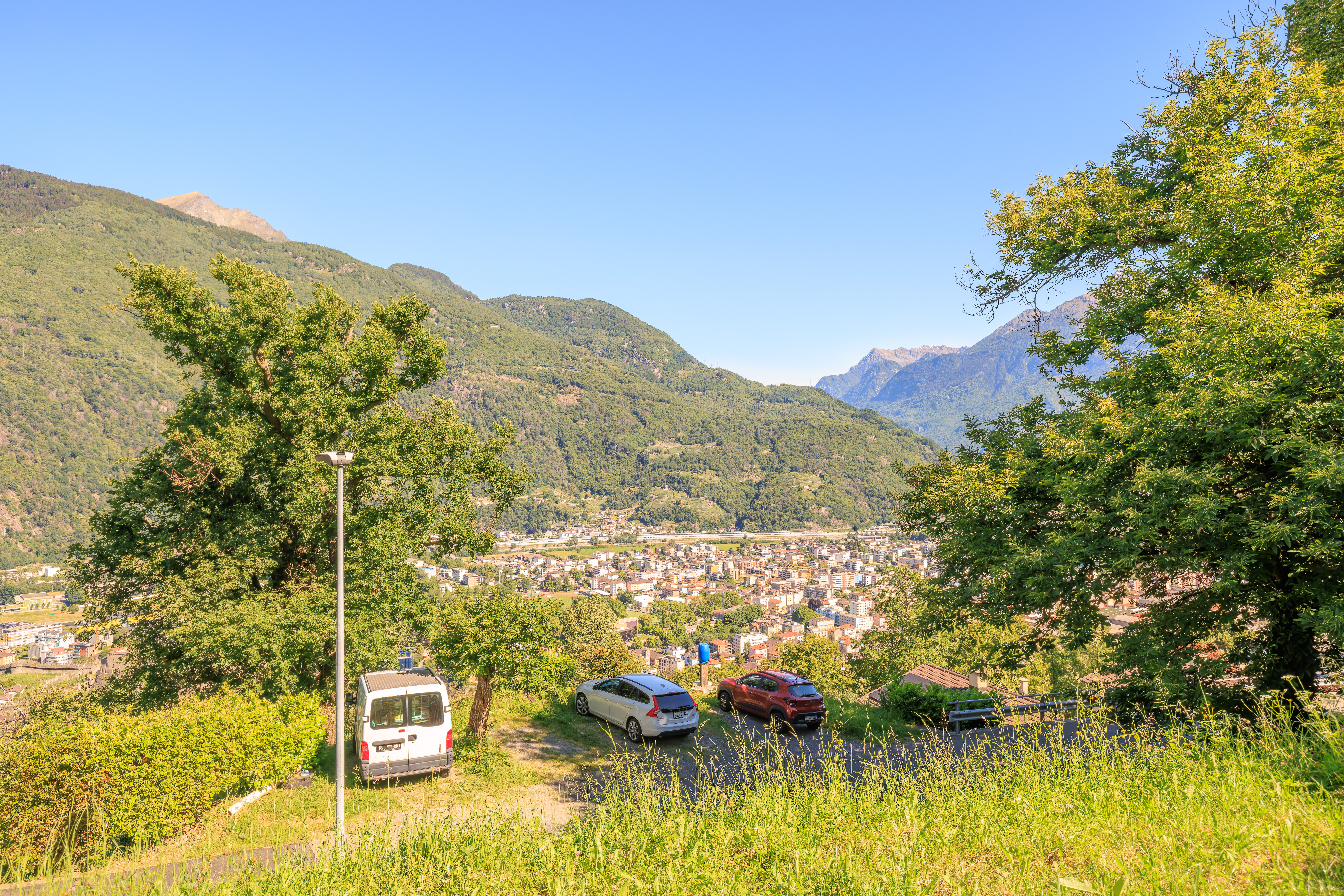
The bus we took, #4, runs between this castle and the city. The trip from the station takes just 7 minutes, most of it uphill. The Castello di Sasso Corbaro bus stop is not actually at the castle though, it is still below it.
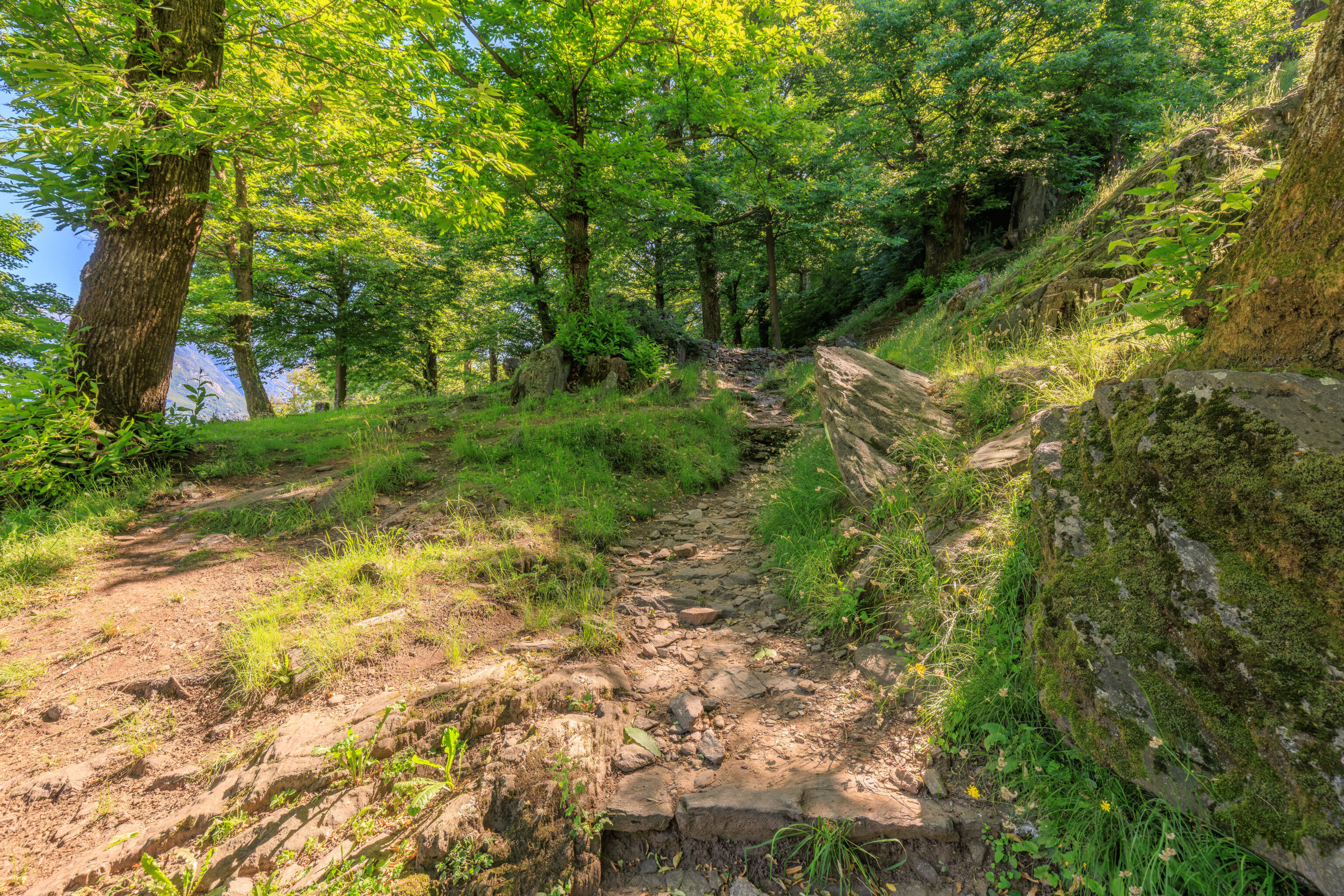
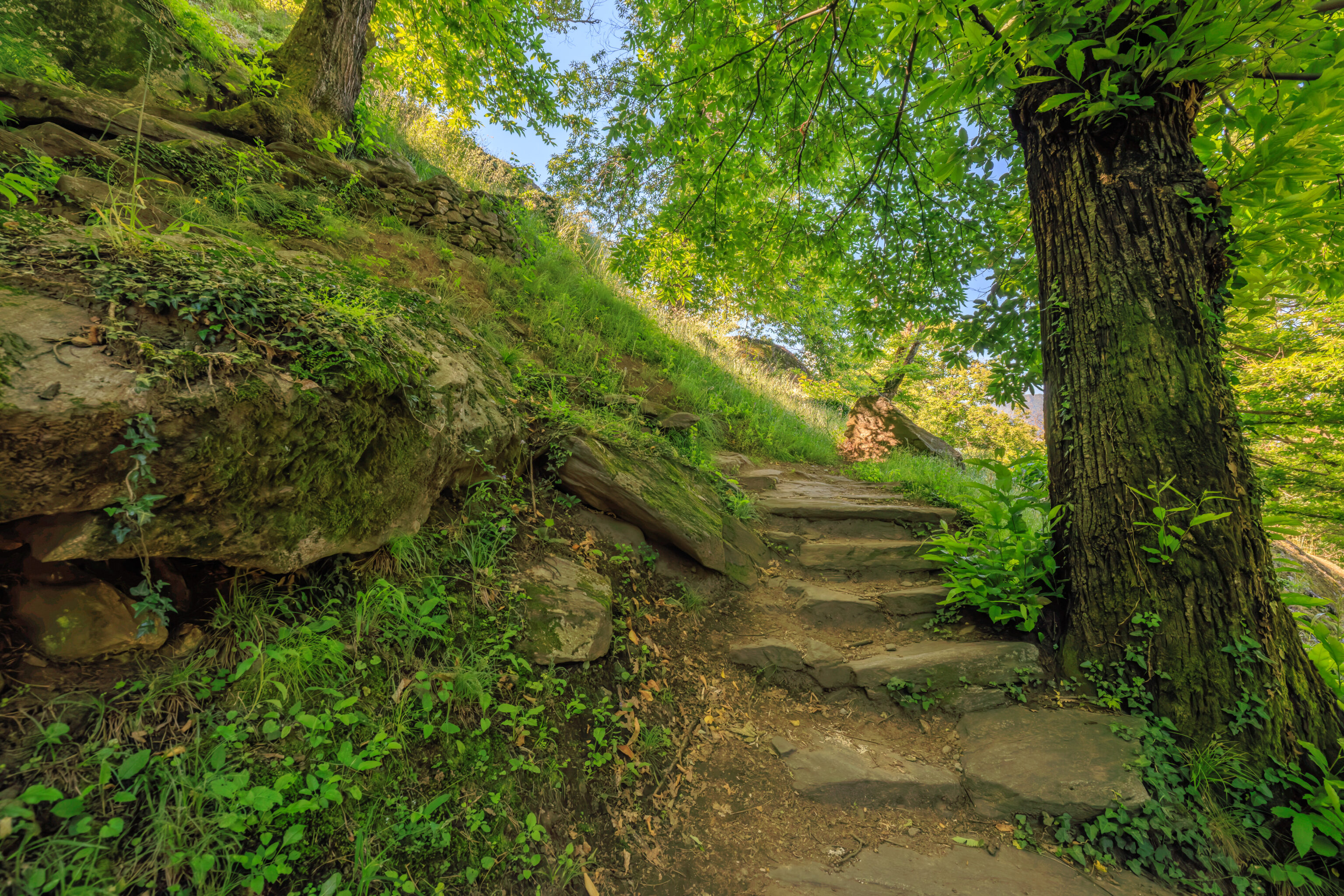
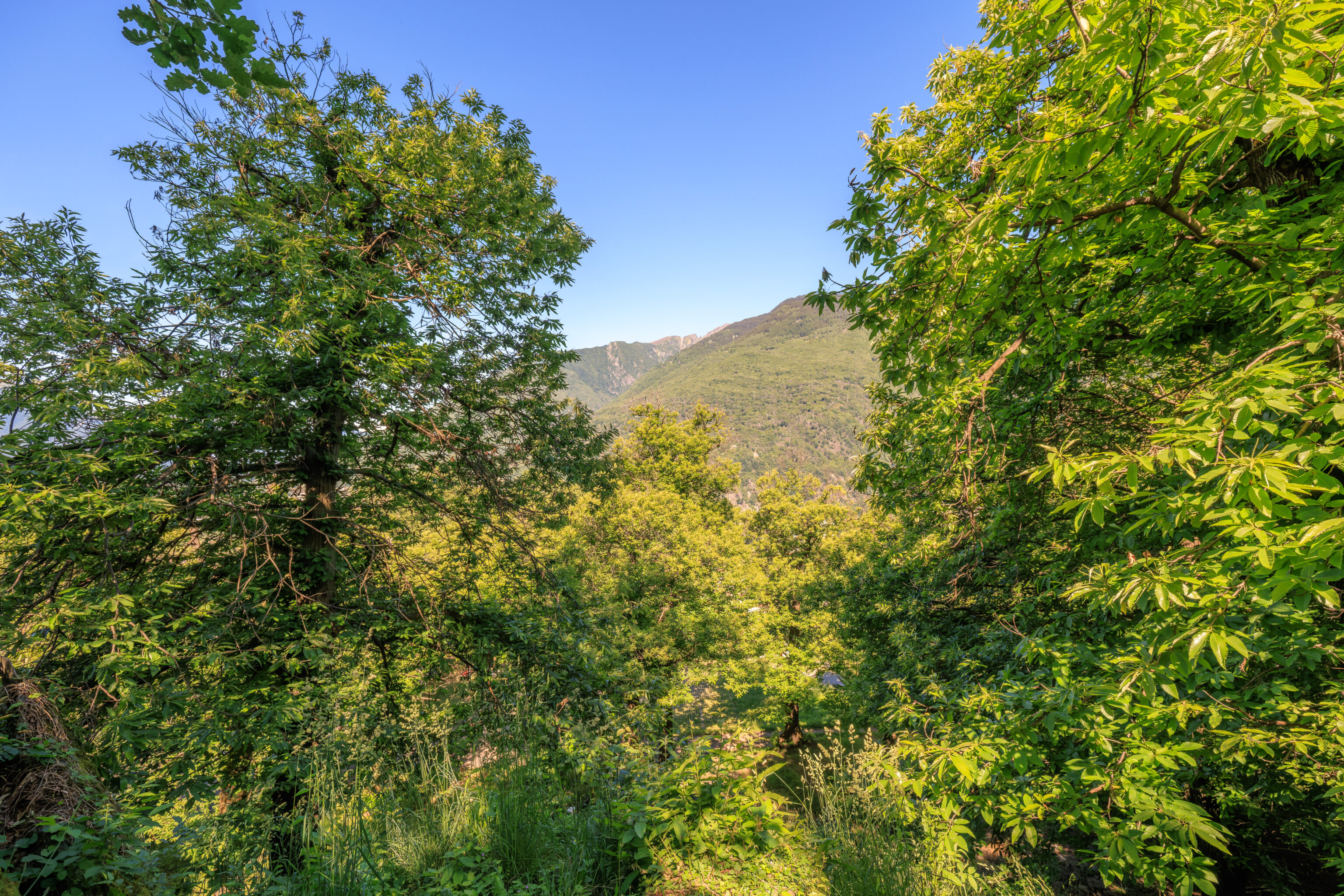
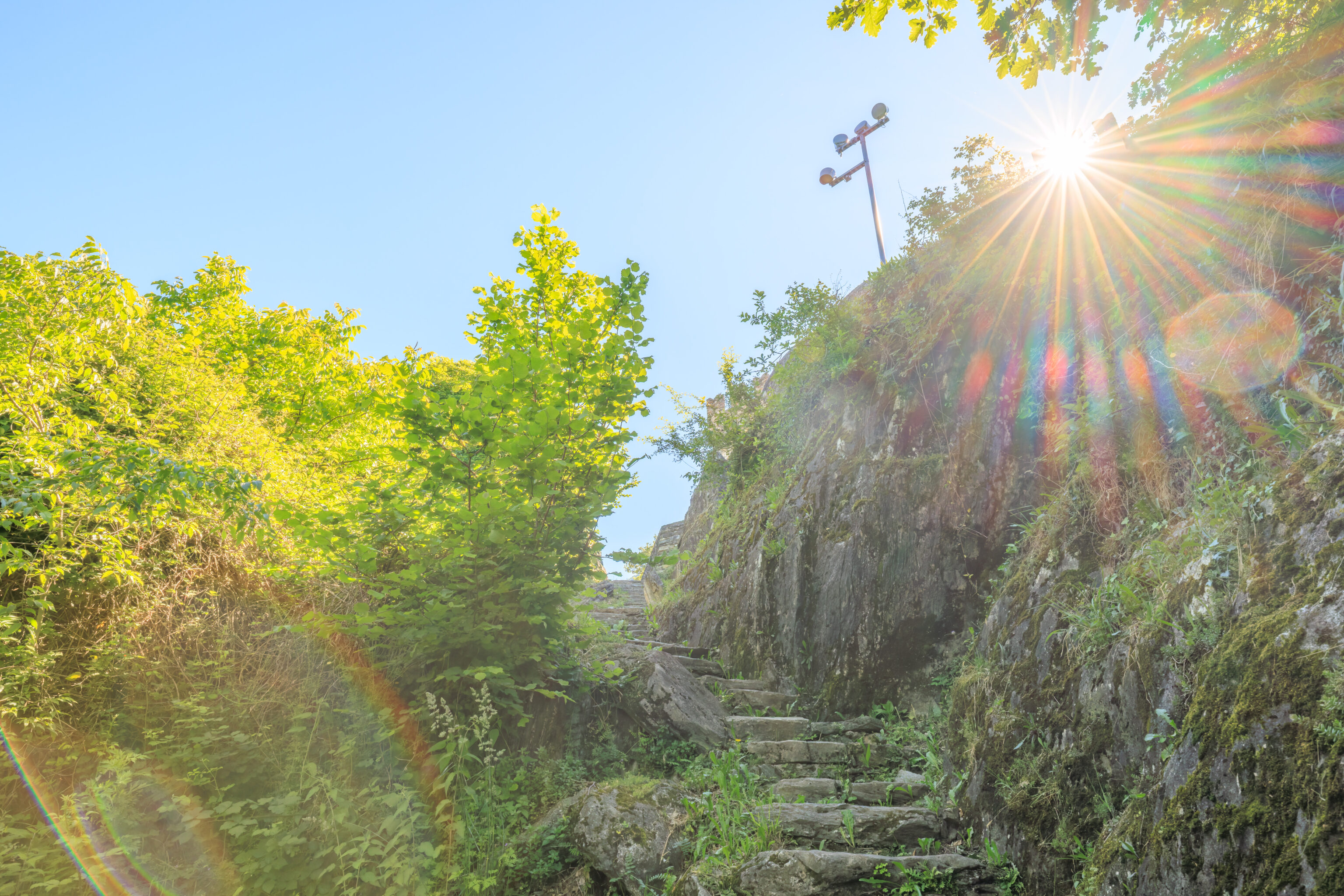
We decided to take the scenic route rather than walk up via the road. The trail a tad rough in places but wasn’t too bad. We probably wouldn’t want to use it during inclement weather though, particularly as we weren’t wearing shoes with good grip.
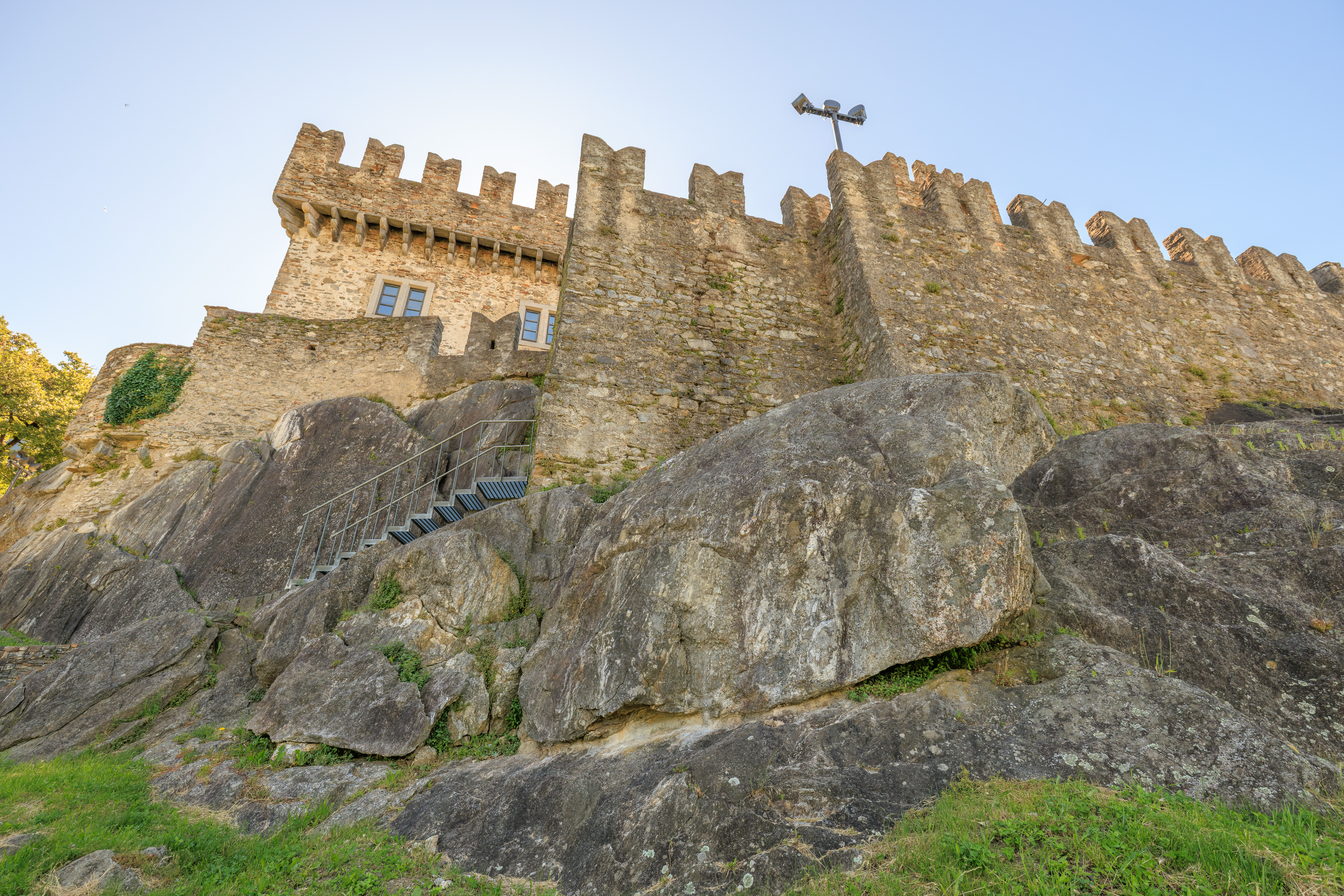
The trail was pretty short though. We soon saw the castle right above us.
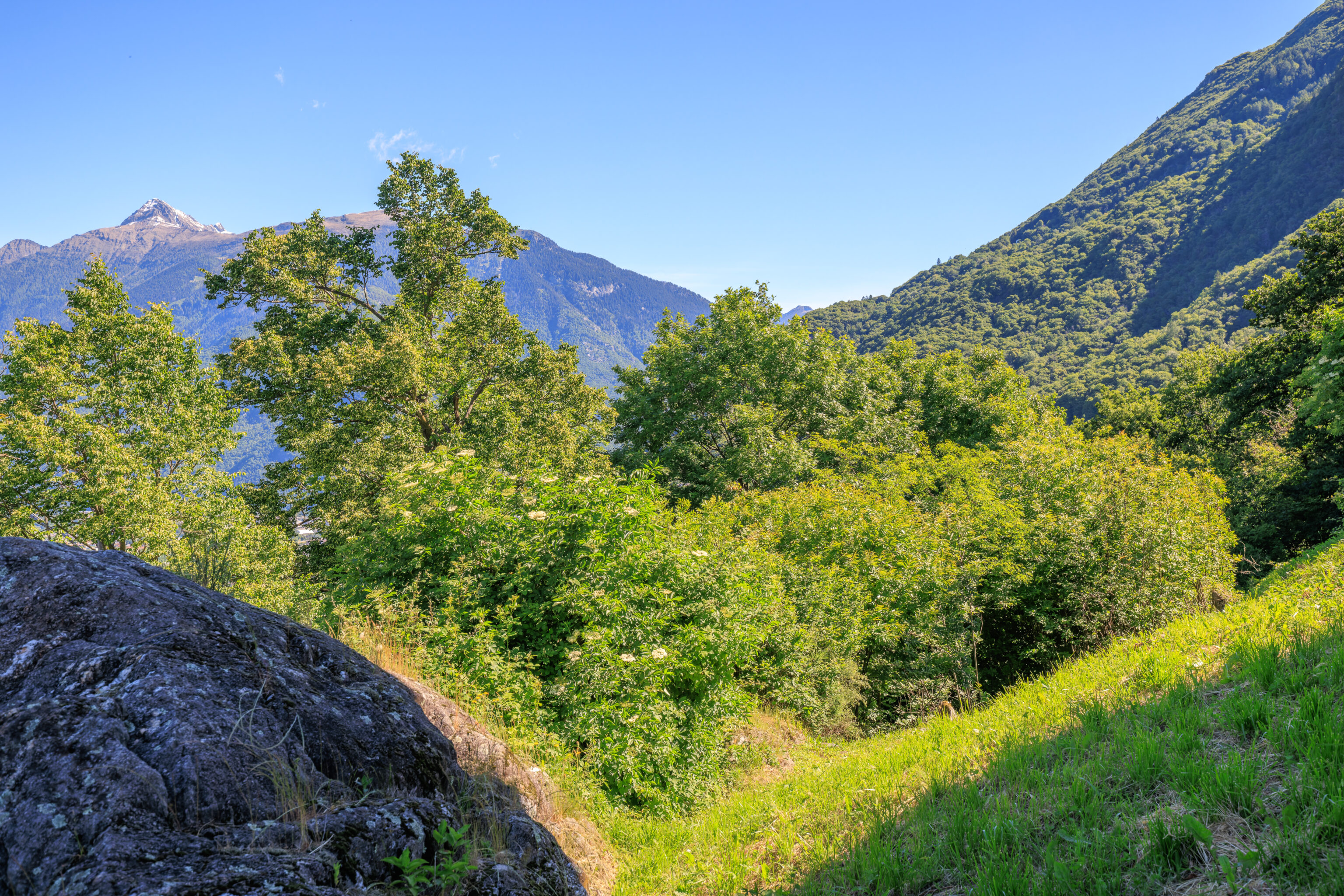
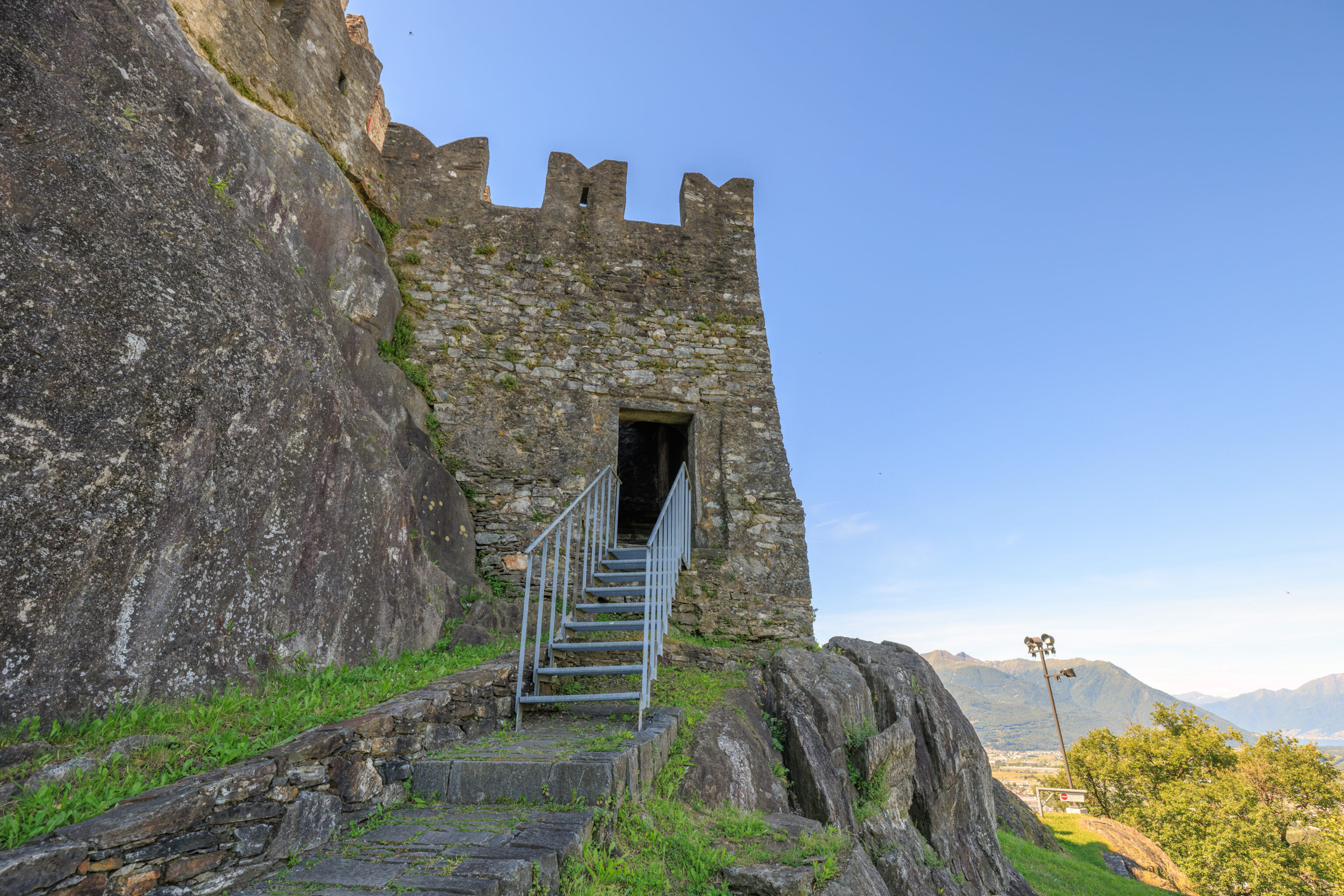
We continued ascending until we found an entrance.
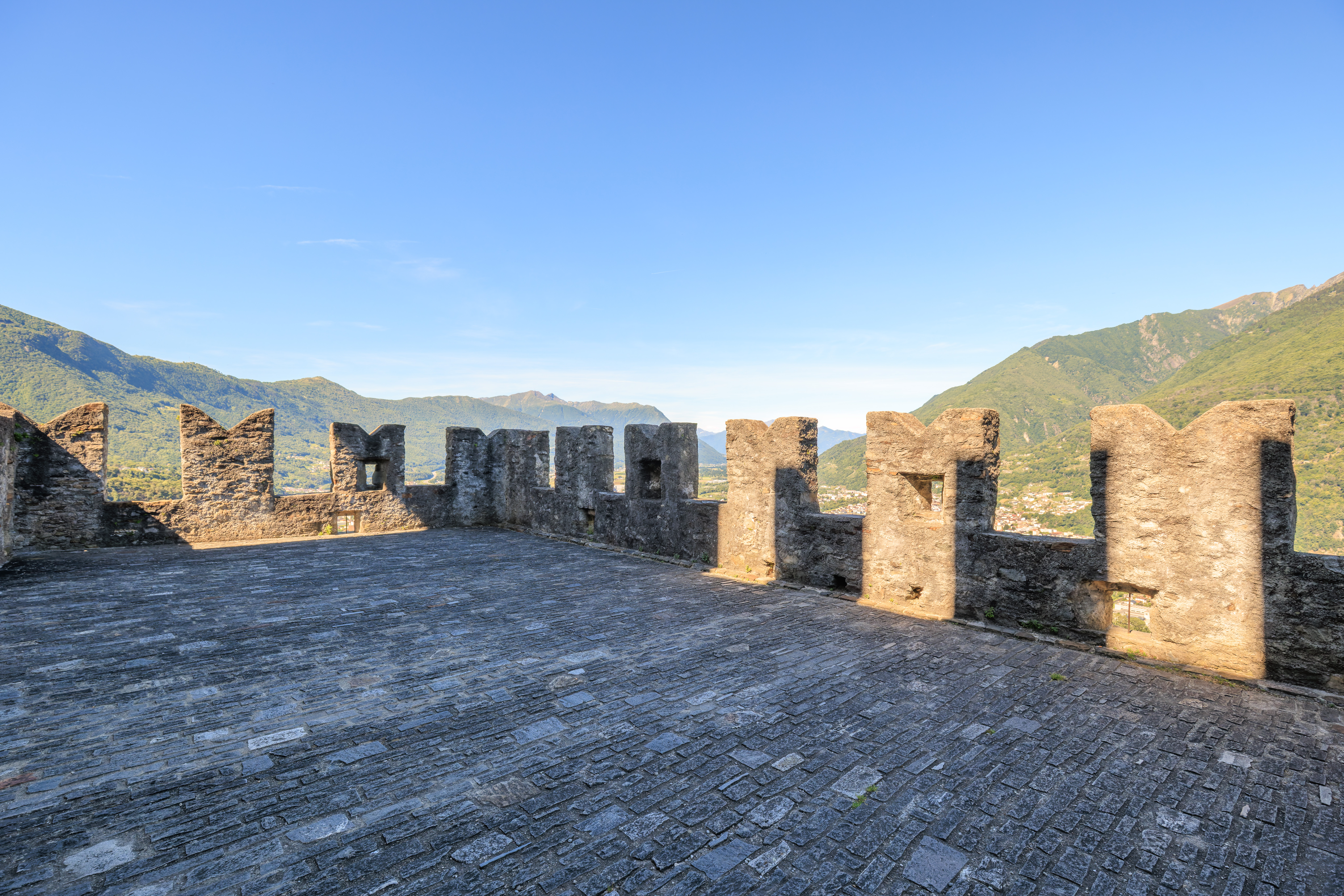
The stairway led to an open area of the castle above its foundation walls. A map here described this area as a rivellino (ravelin). This term refers to a type of triangular defensive structure.
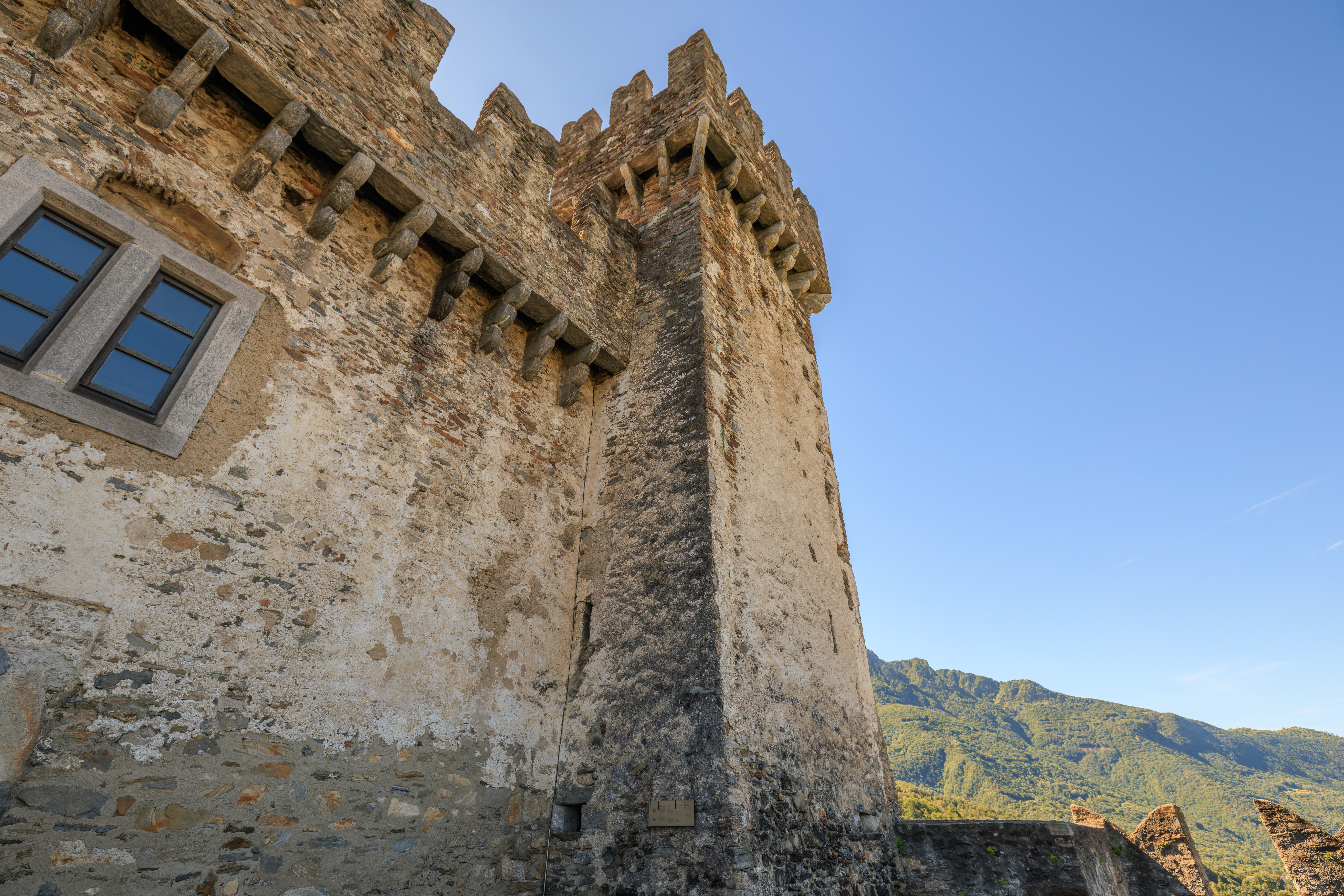
The castle’s keep, as seen from up close.
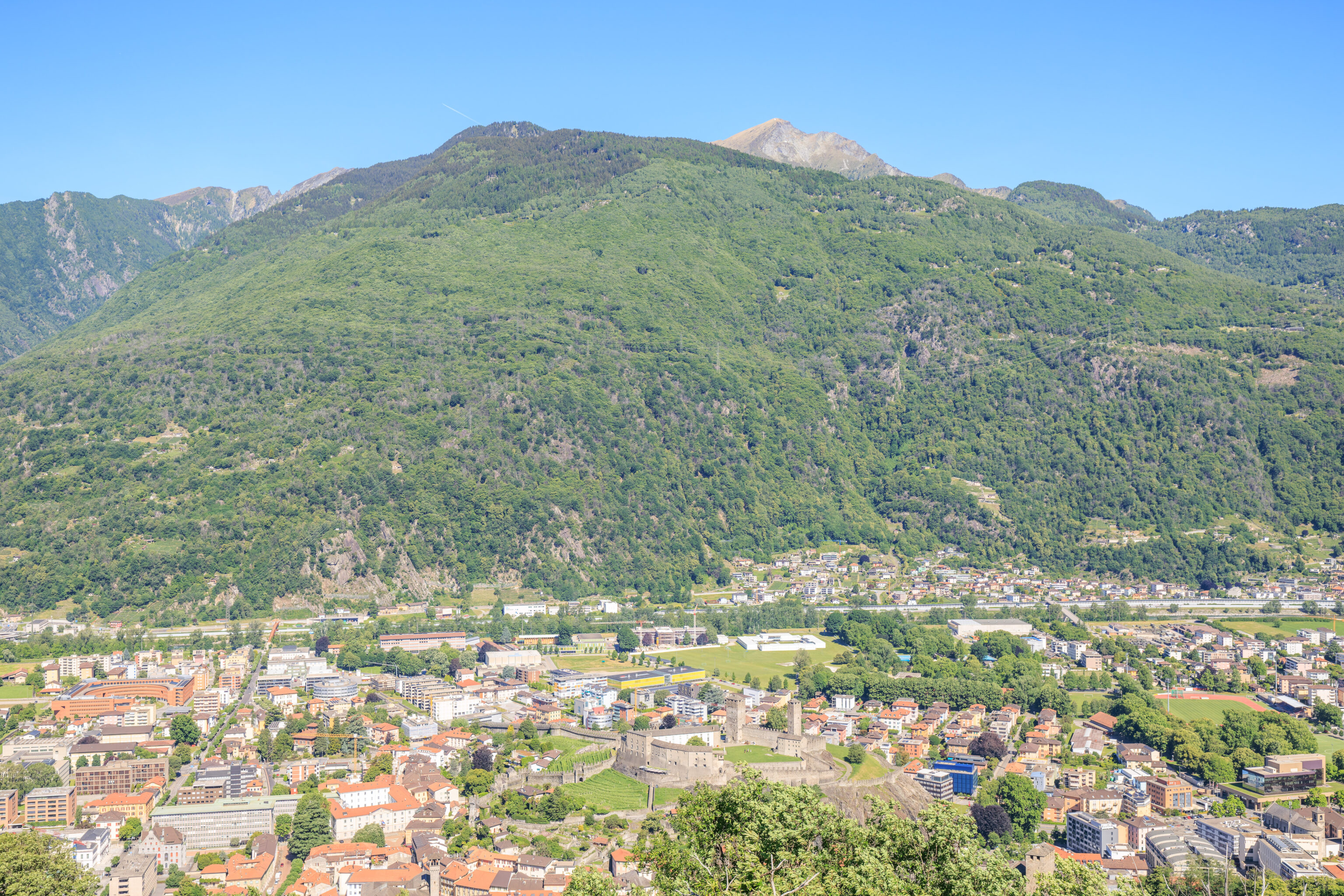
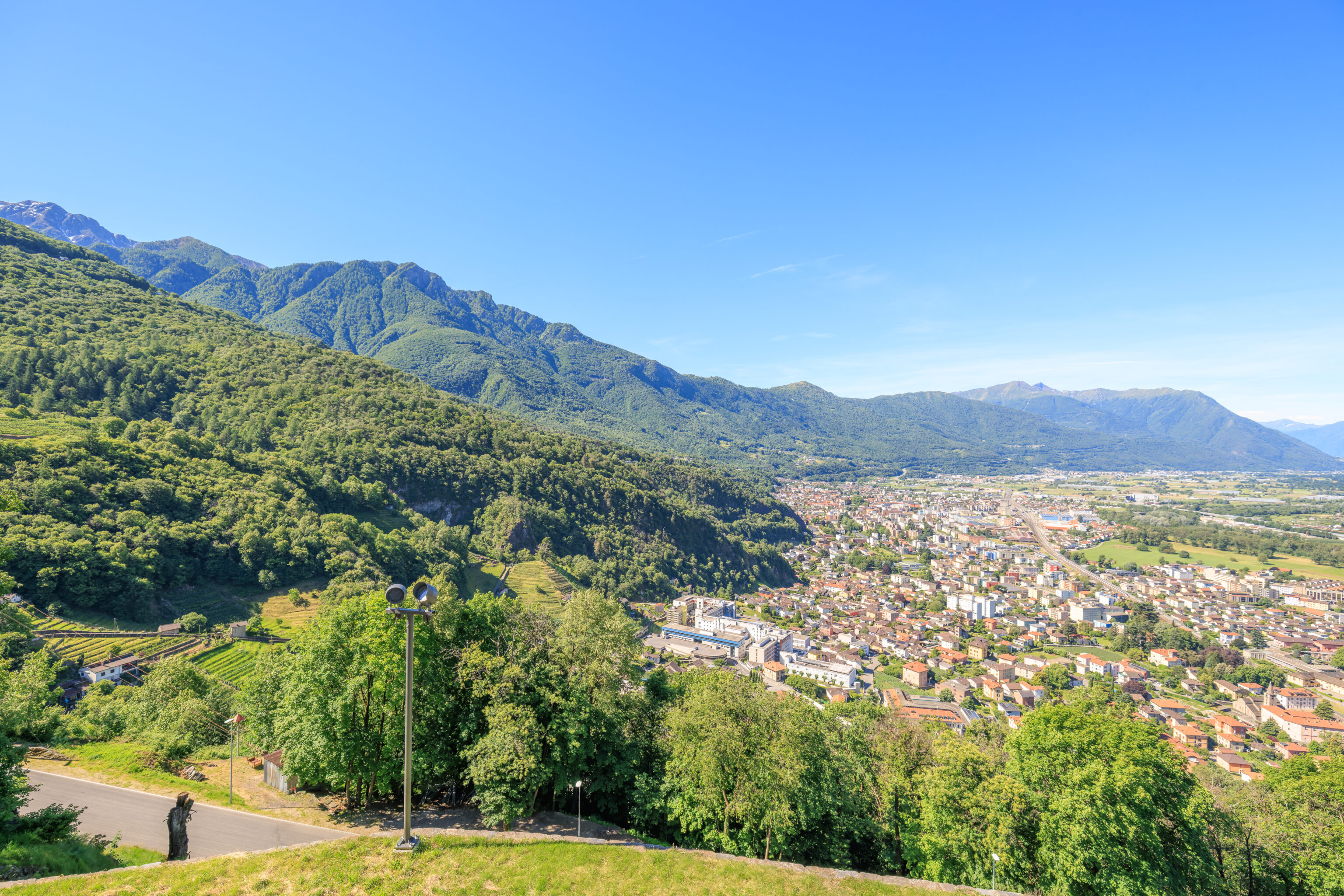

The ravelin had a fantastic view of Bellinzona below.
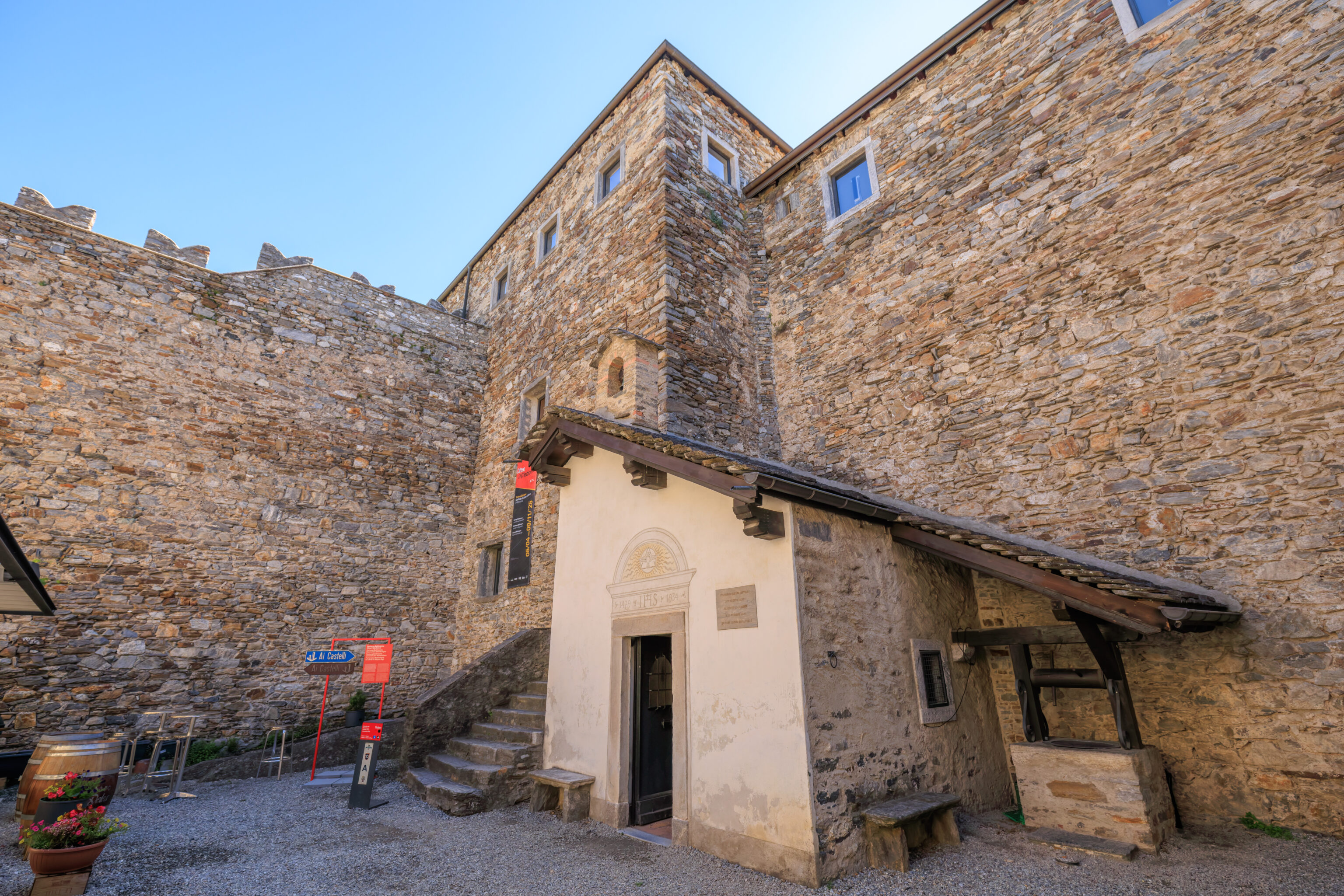
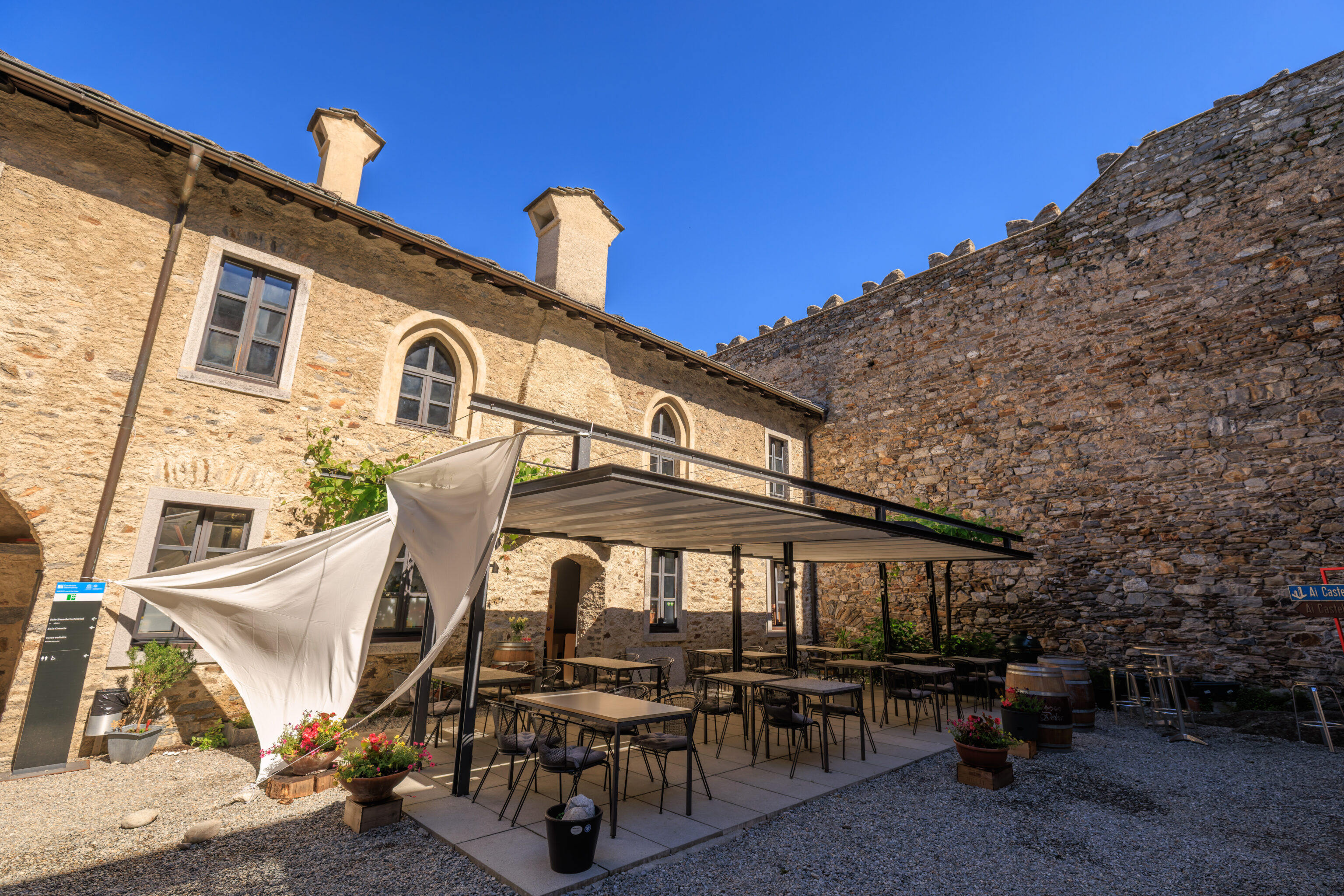
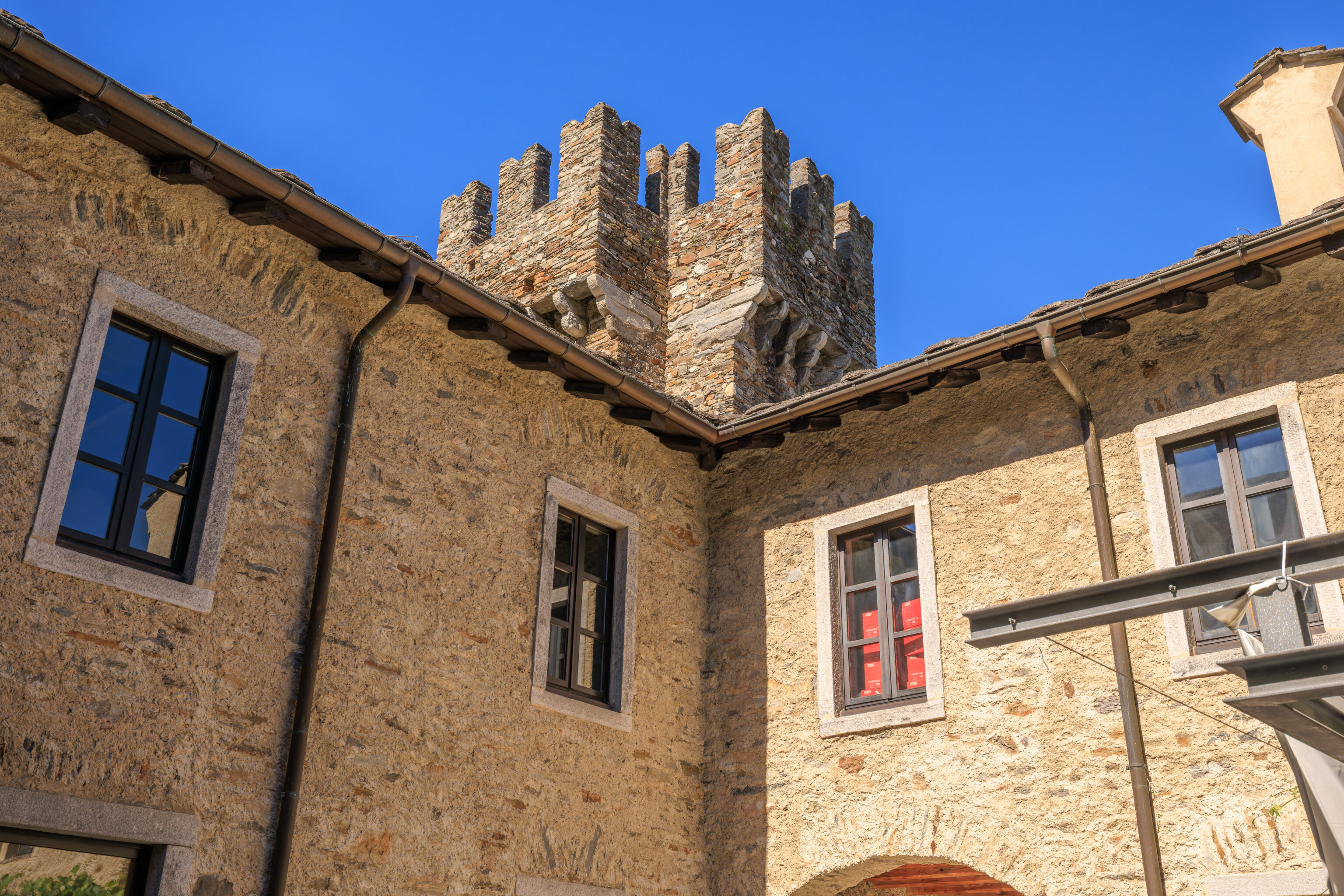
We headed inside, ending up in a courtyard.
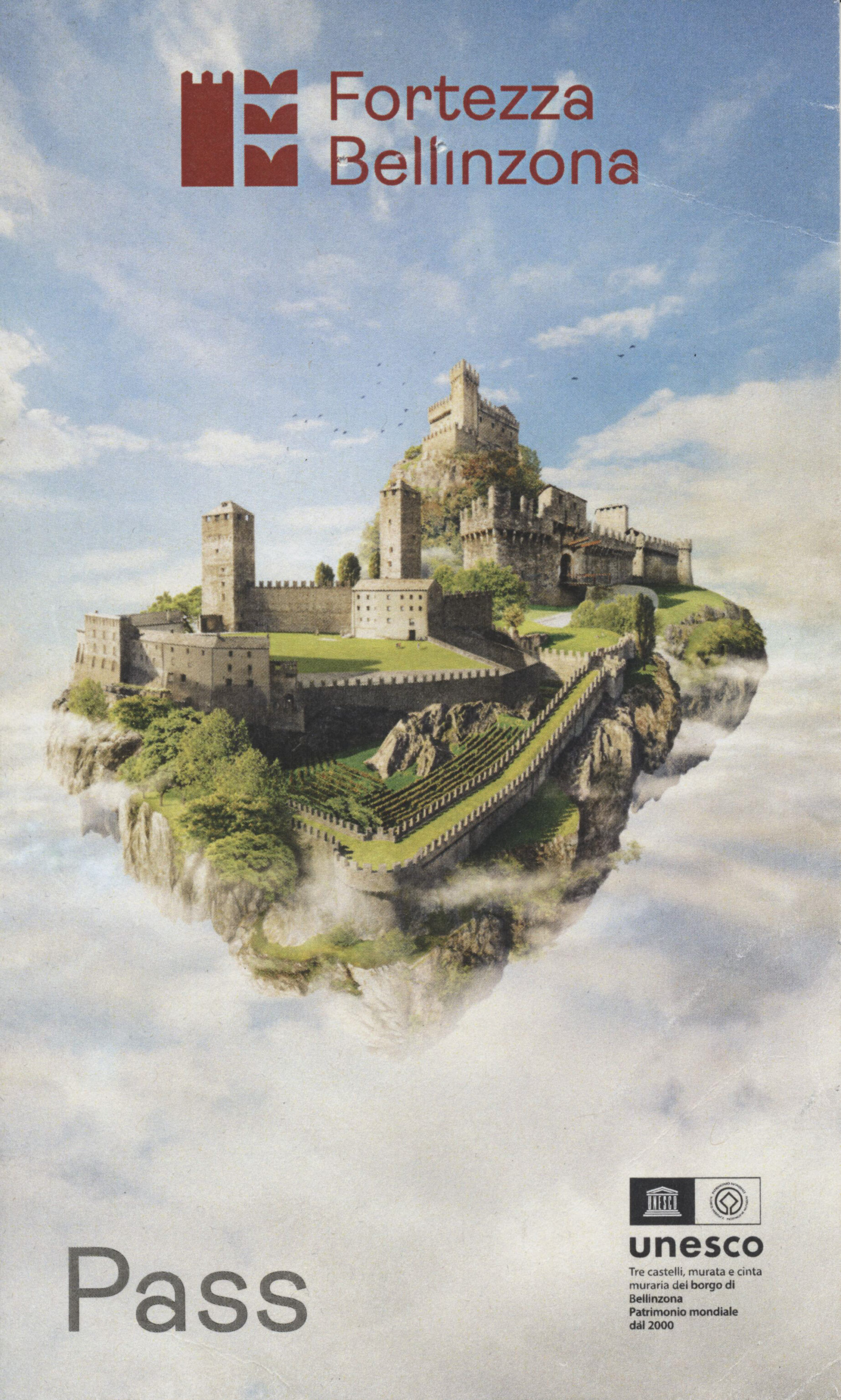

We went into the castle’s small gift shop and ticket office where we bought a ticket for all three castles.
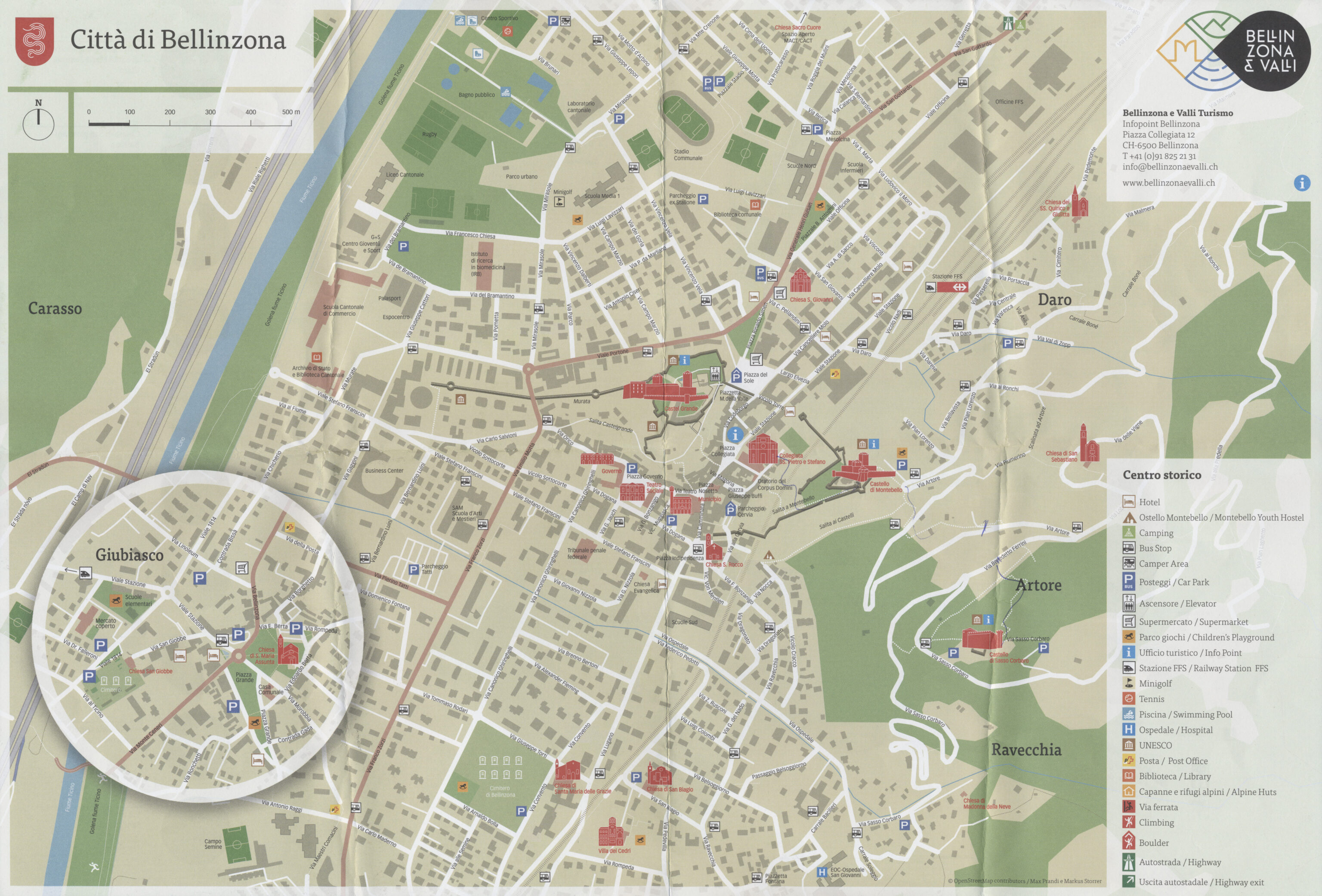
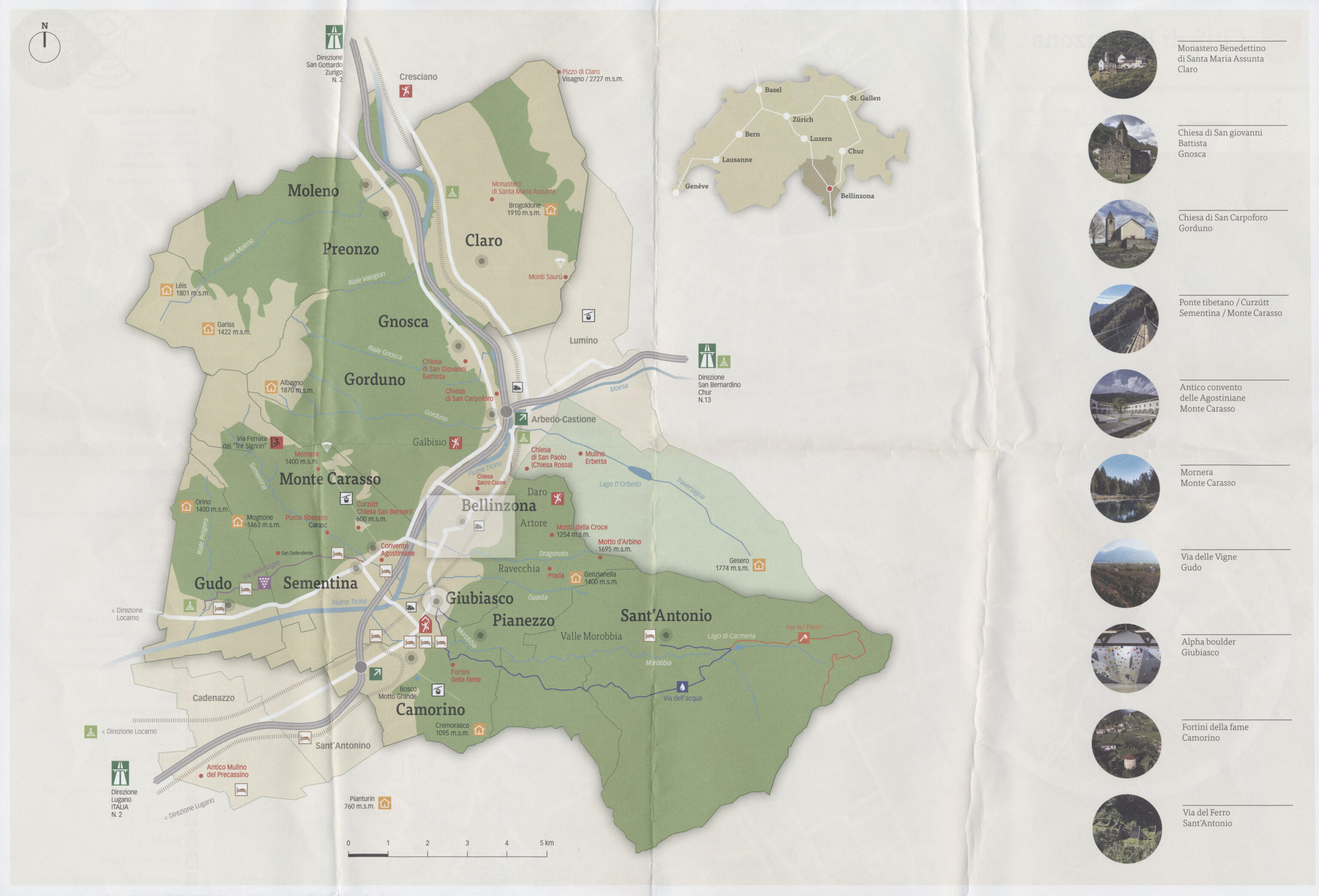
We also picked up a map of the area around Bellinzona.
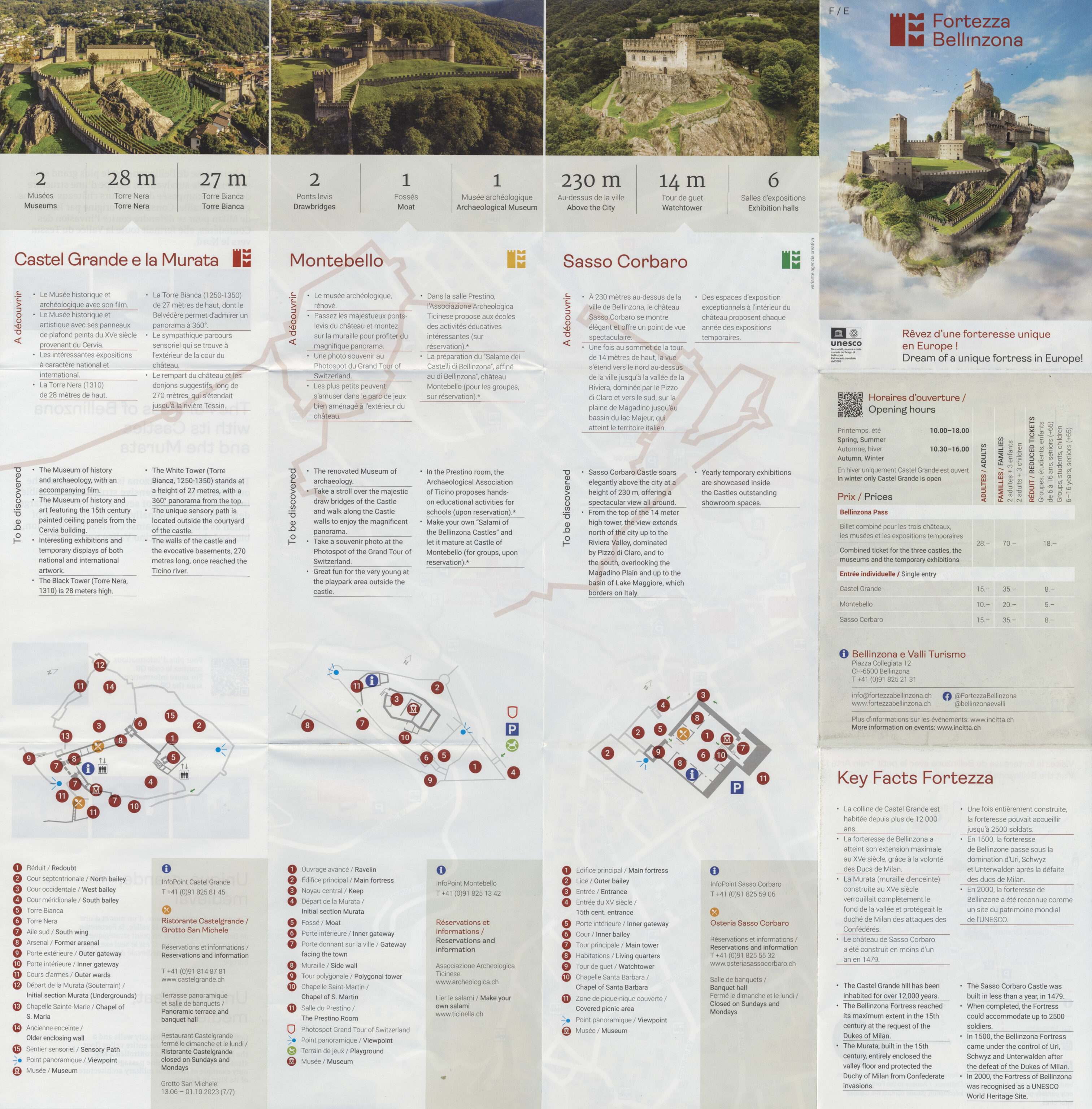
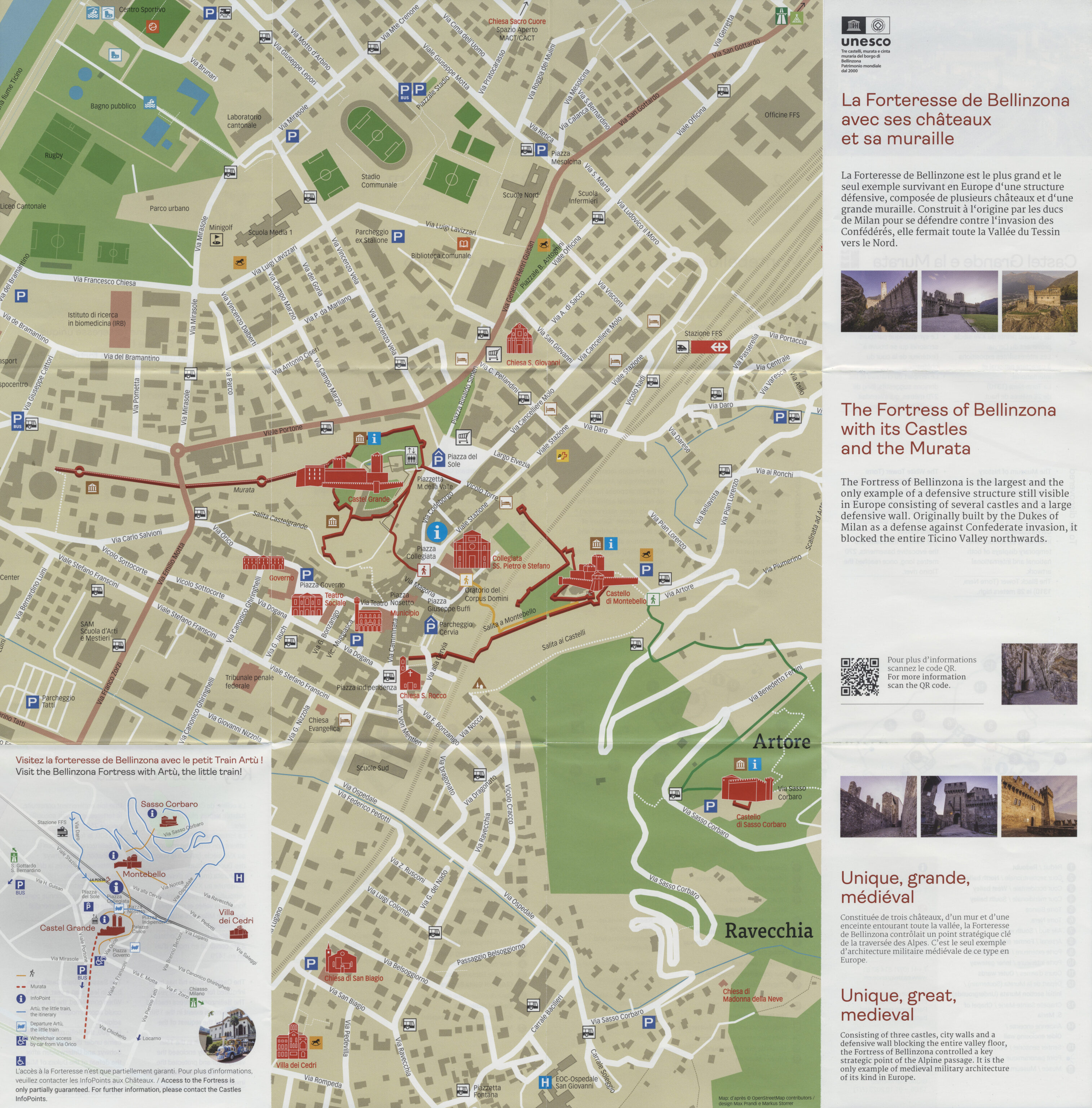
We also picked up a folding map of area around the castles.
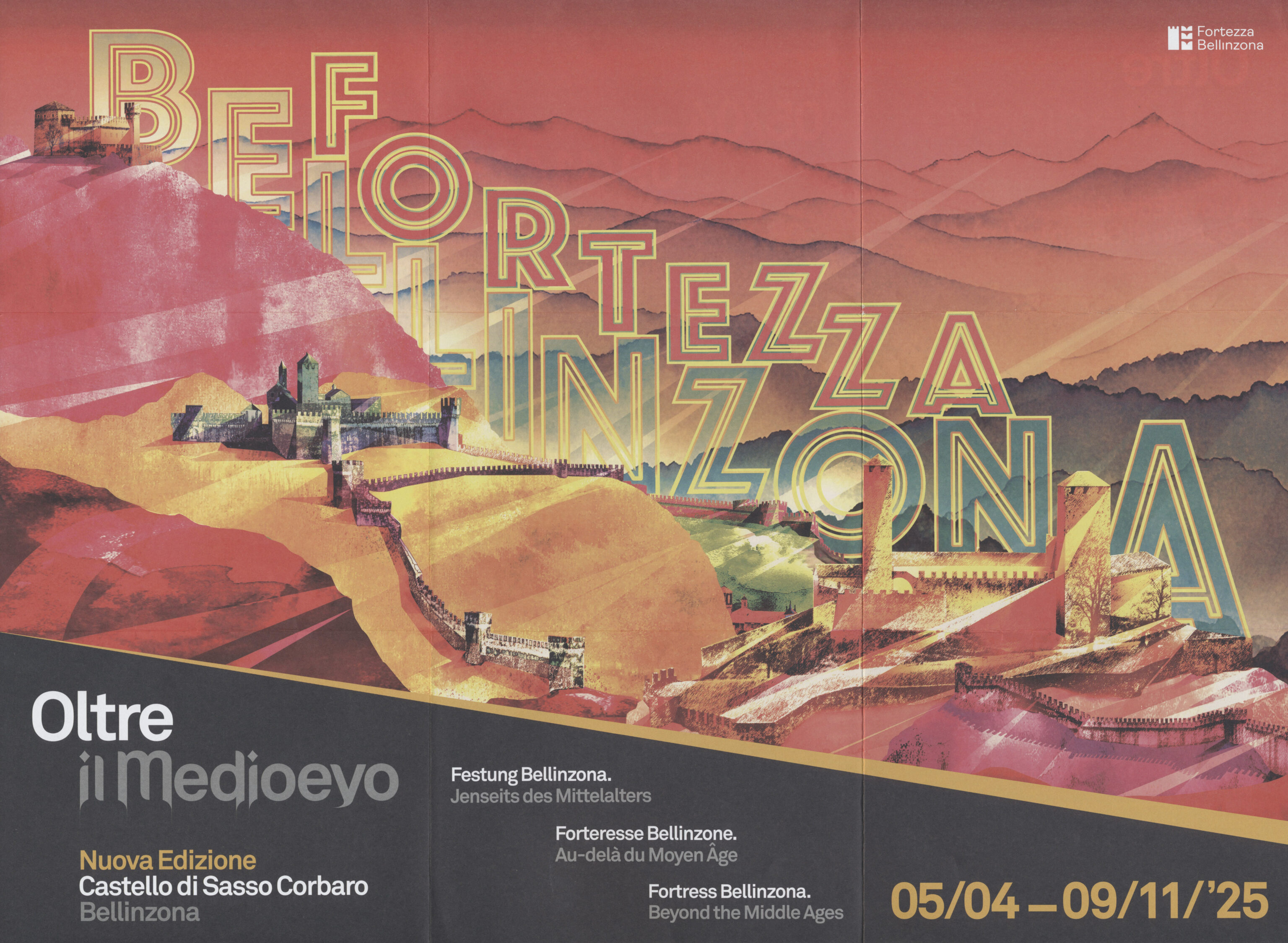
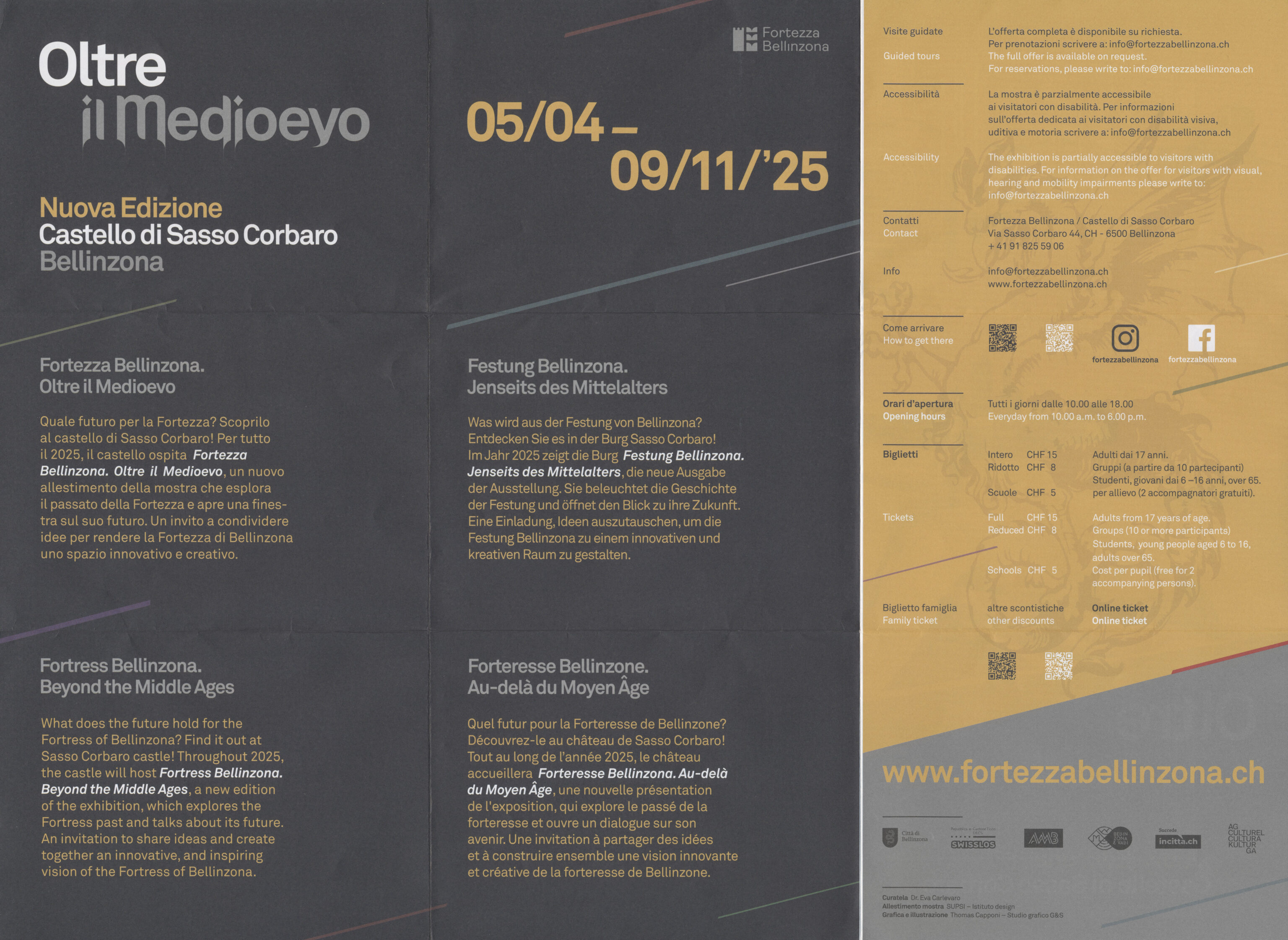
And, we got a pamphlet about an updated exhibition here at this castle. A sign on the wall also talked about this updated exhibition within the castle:
The Fortress of Bellinzona has been a UNESCO World Heritage Site since 2000. This impressive complex is today at the centre of an extensive development project promoted by the City of Bellinzona and Canton Ticino. Pending new transformations, Fortress Bellinzona. Beyond the Middle Ages», a re-edition of the exhibition presented in 2024, transforms Sasso Corbaro Castle into a forum and workshop of ideas throughout the year. An invitation to the public to experience the Fortress as a space for learning, meeting and creativity.
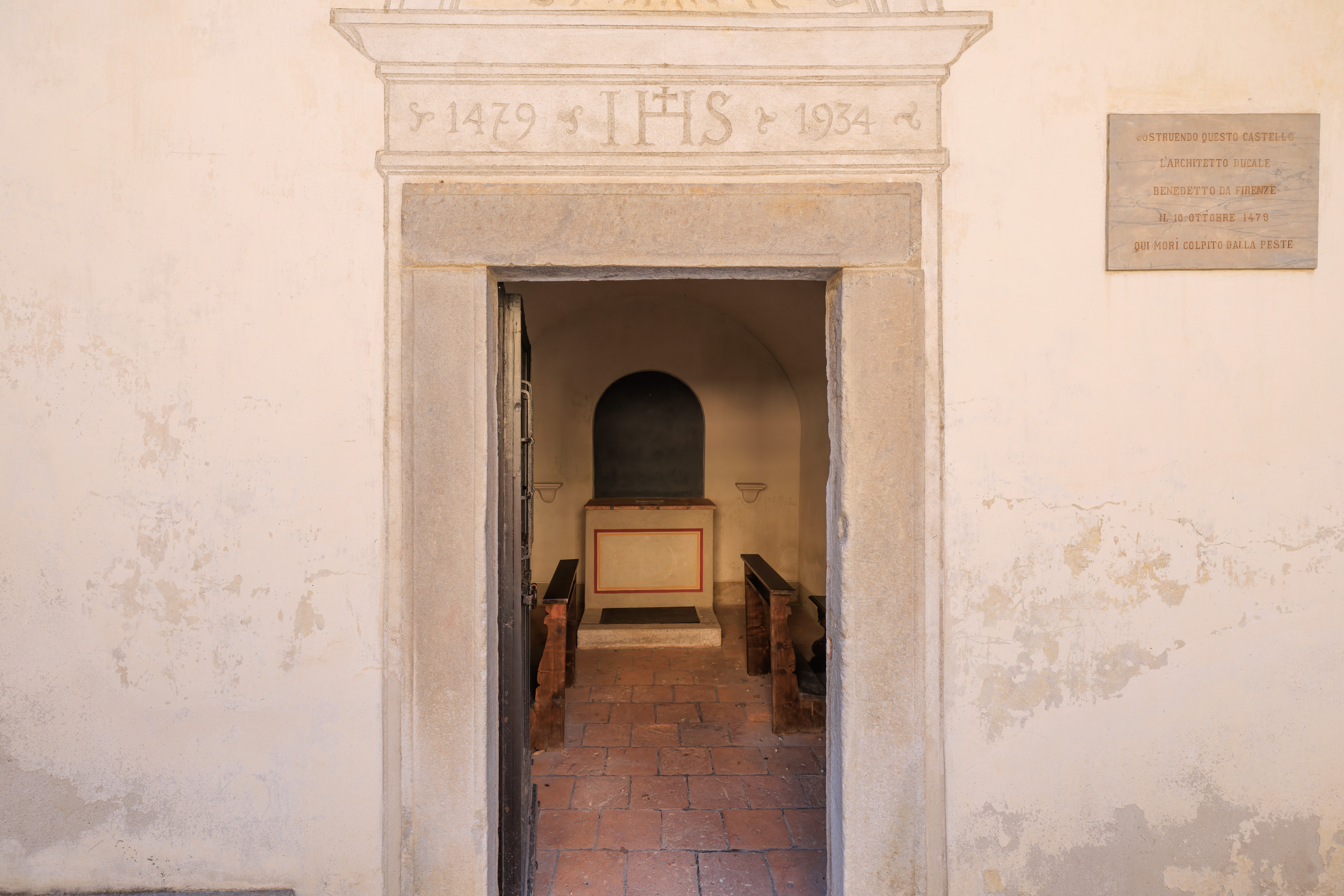
We quickly peeked into a small chapel in the courtyard.
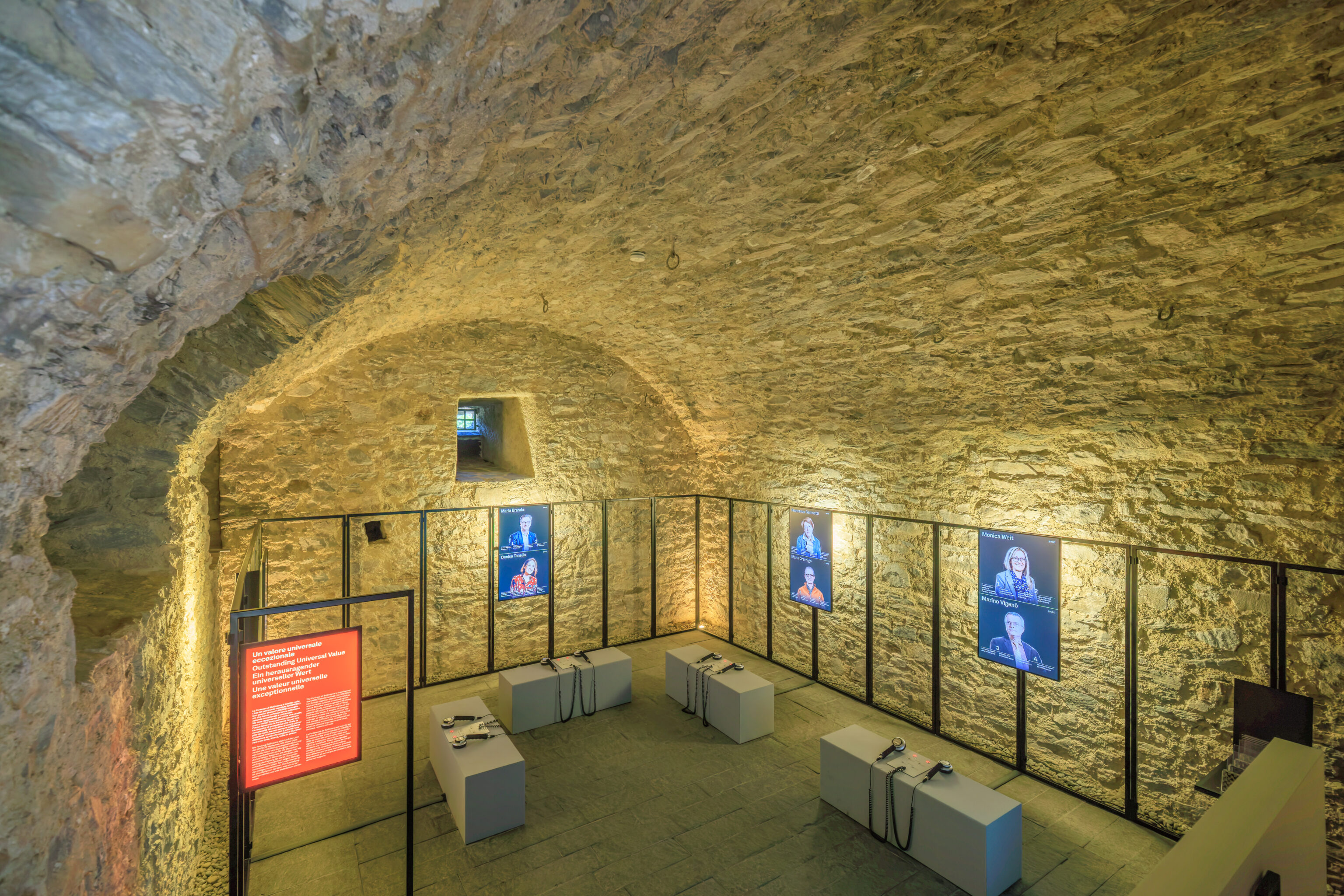
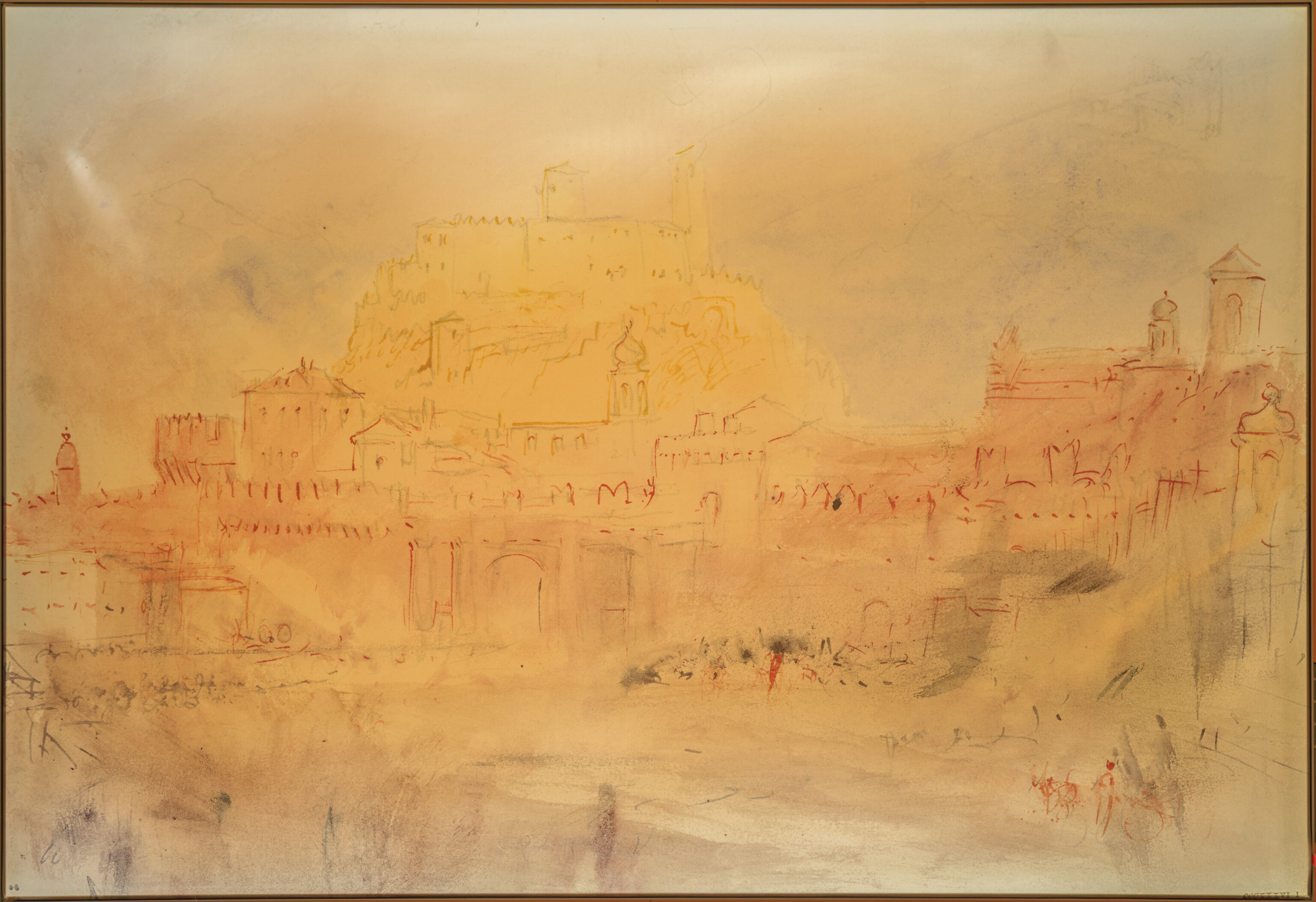
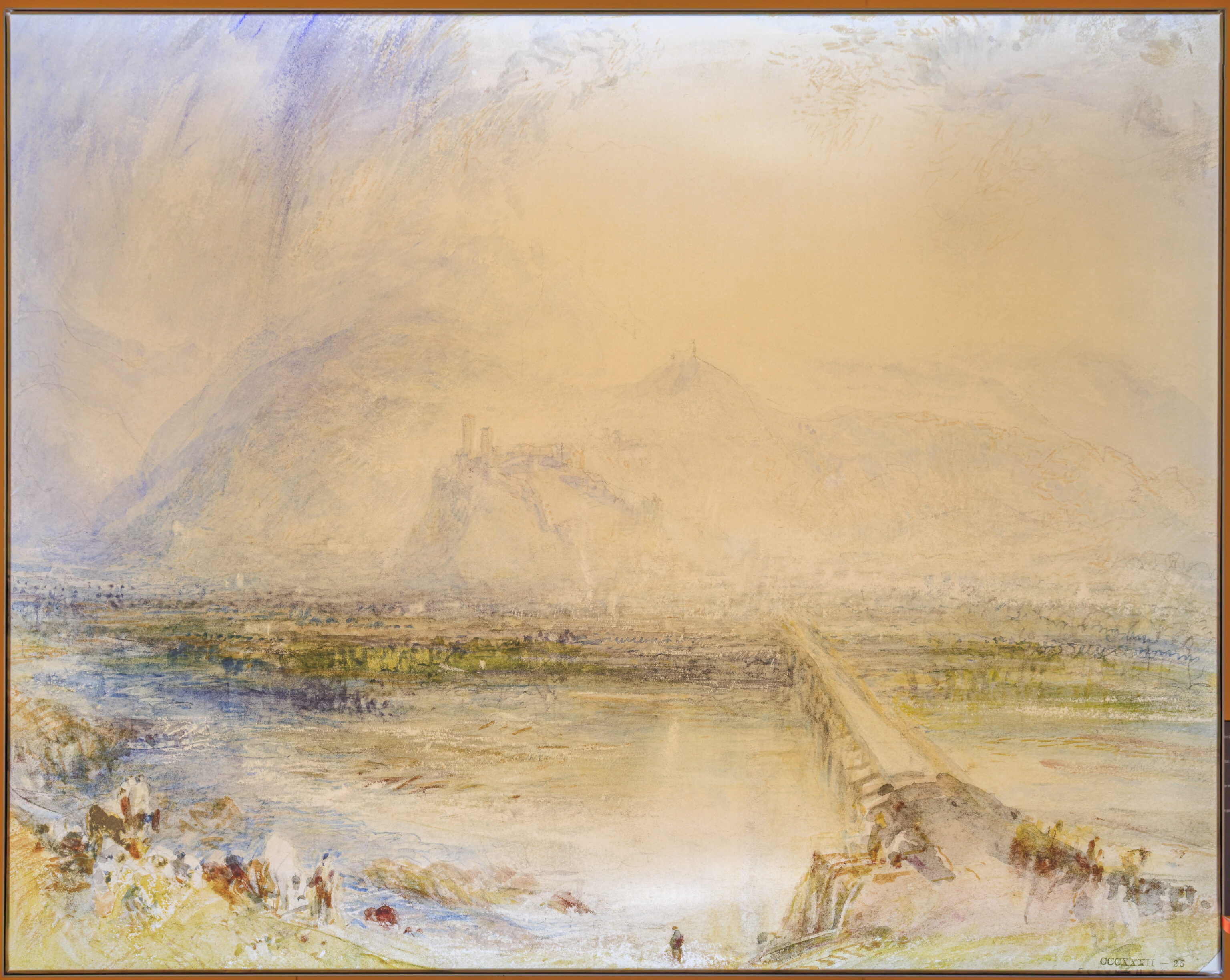
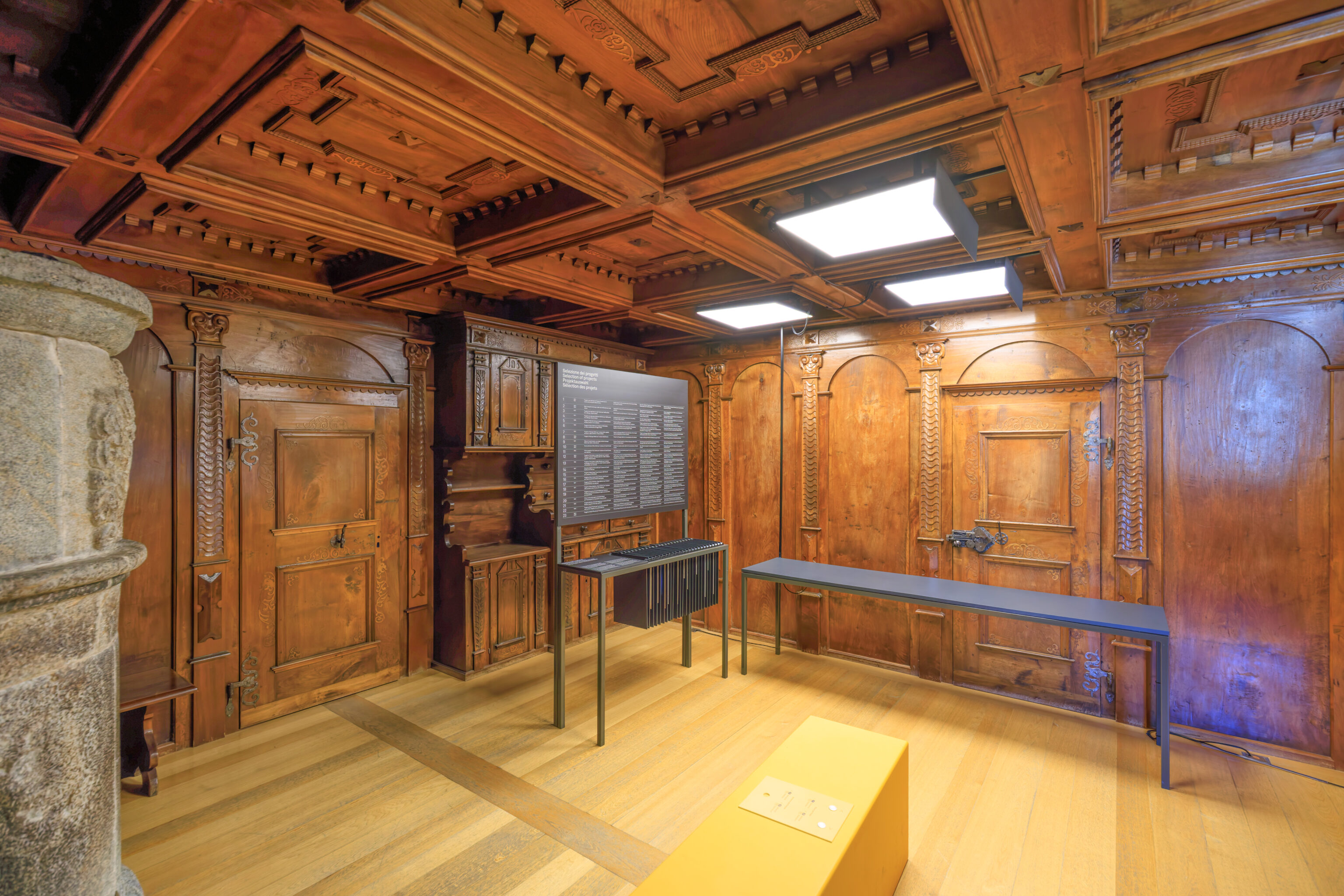
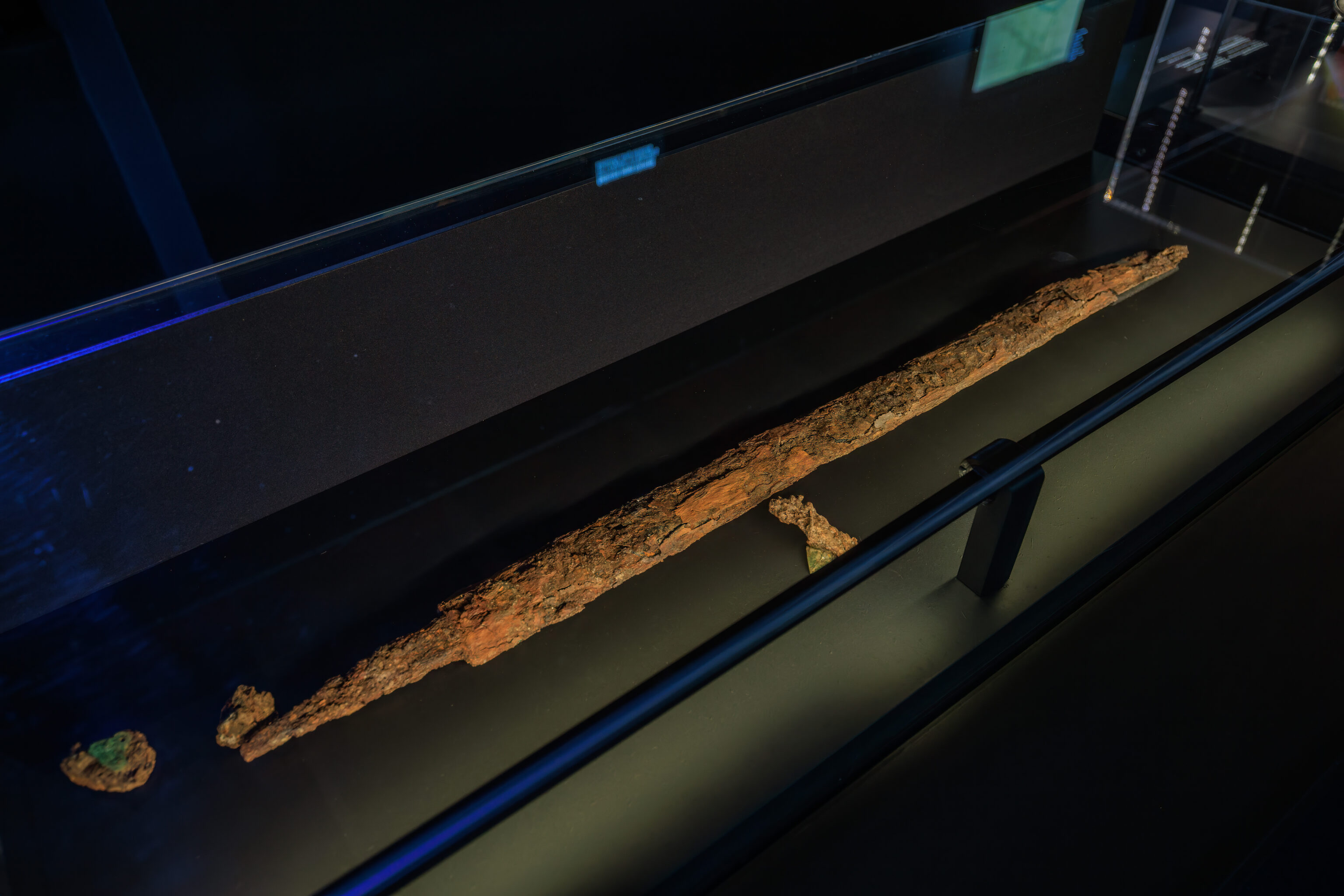
We headed inside and did a quick walk through of the museum and exhibition space. Overall, the displays weren’t particularly compelling.
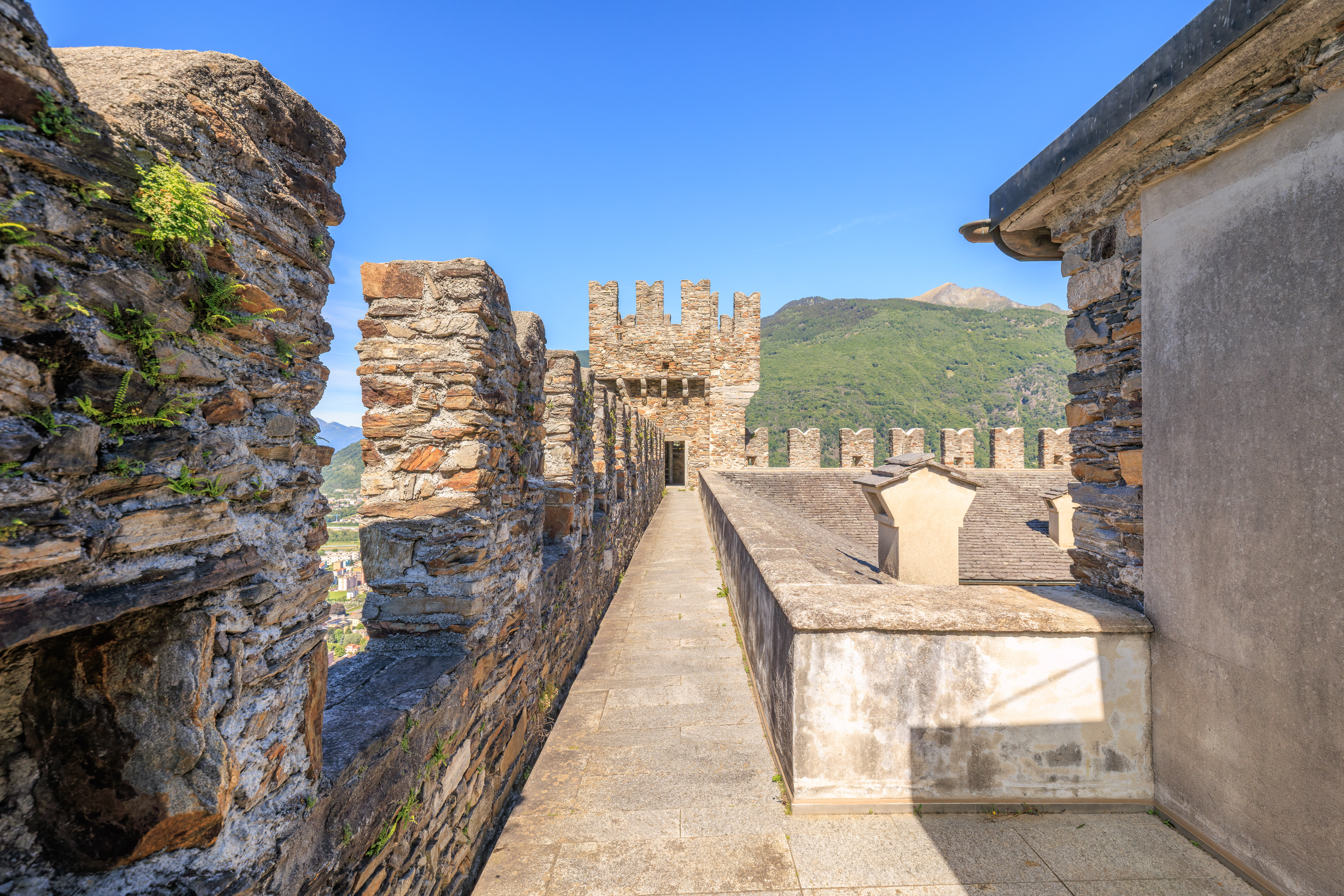
We walked through a door at the end of one of the rooms which led outside onto the castle’s inner walls.
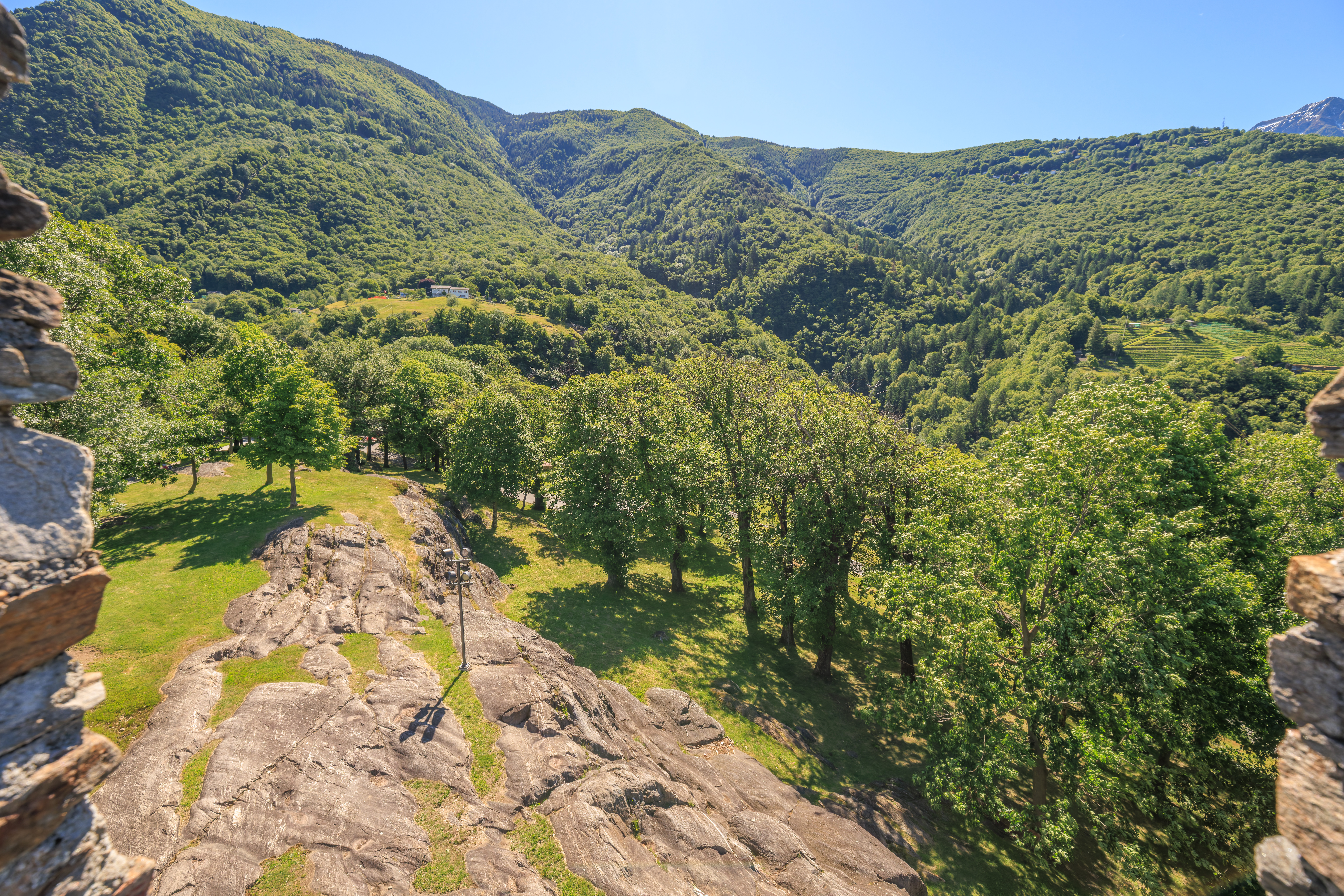
Looking in the opposite direction, roughly to the east, we could see the ascending terrain beyond the castle. There are some big mountains out there, though they’re blocked by these foothills.
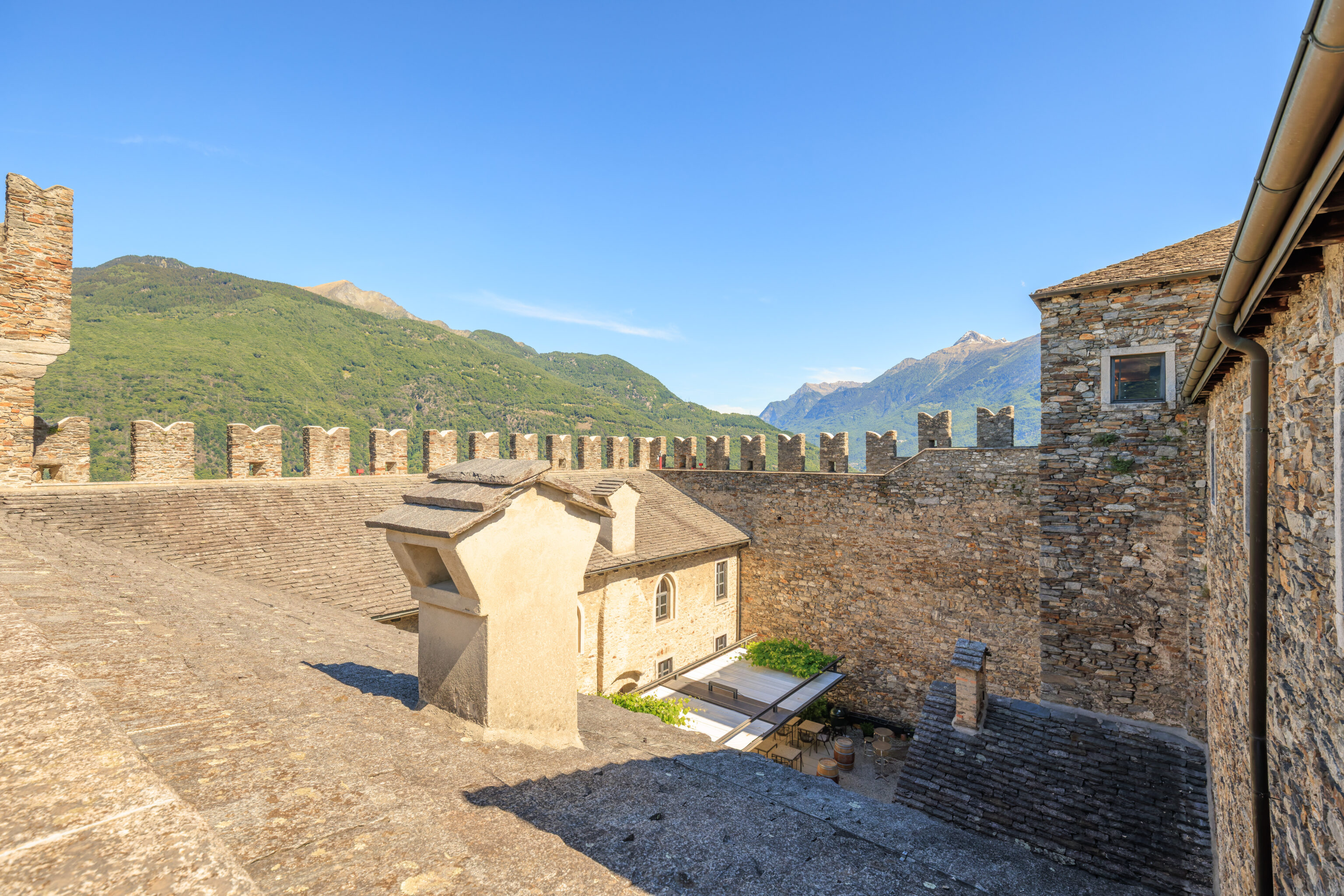
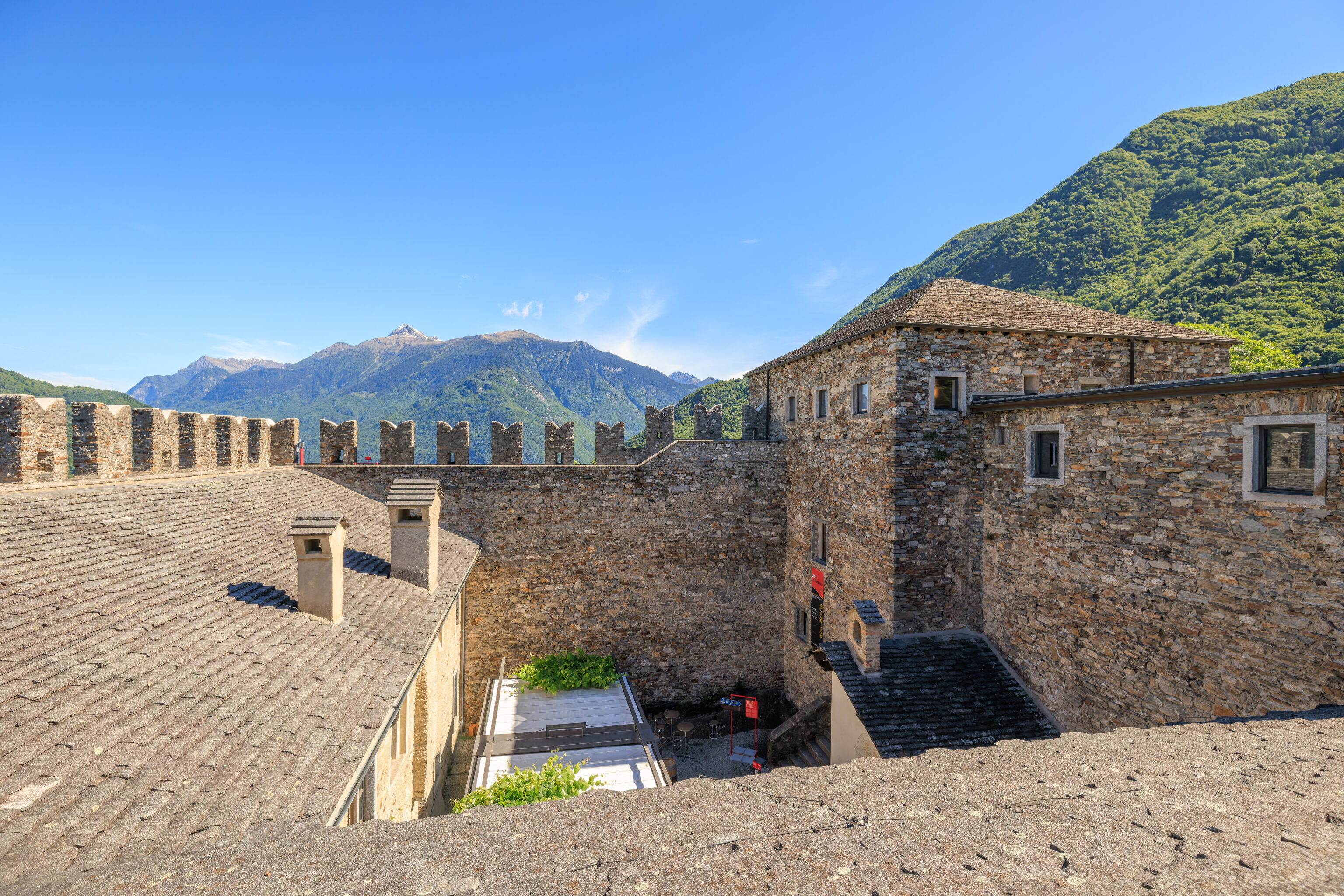
Looking inwards, we could see the castle’s small courtyard below.
Looking to the southwest, we could see where Bellinzona meets the mountains. On the right, almost directly to the west, we could see the eastern end of Lake Maggiore, the lake by Locarno and Ascona.
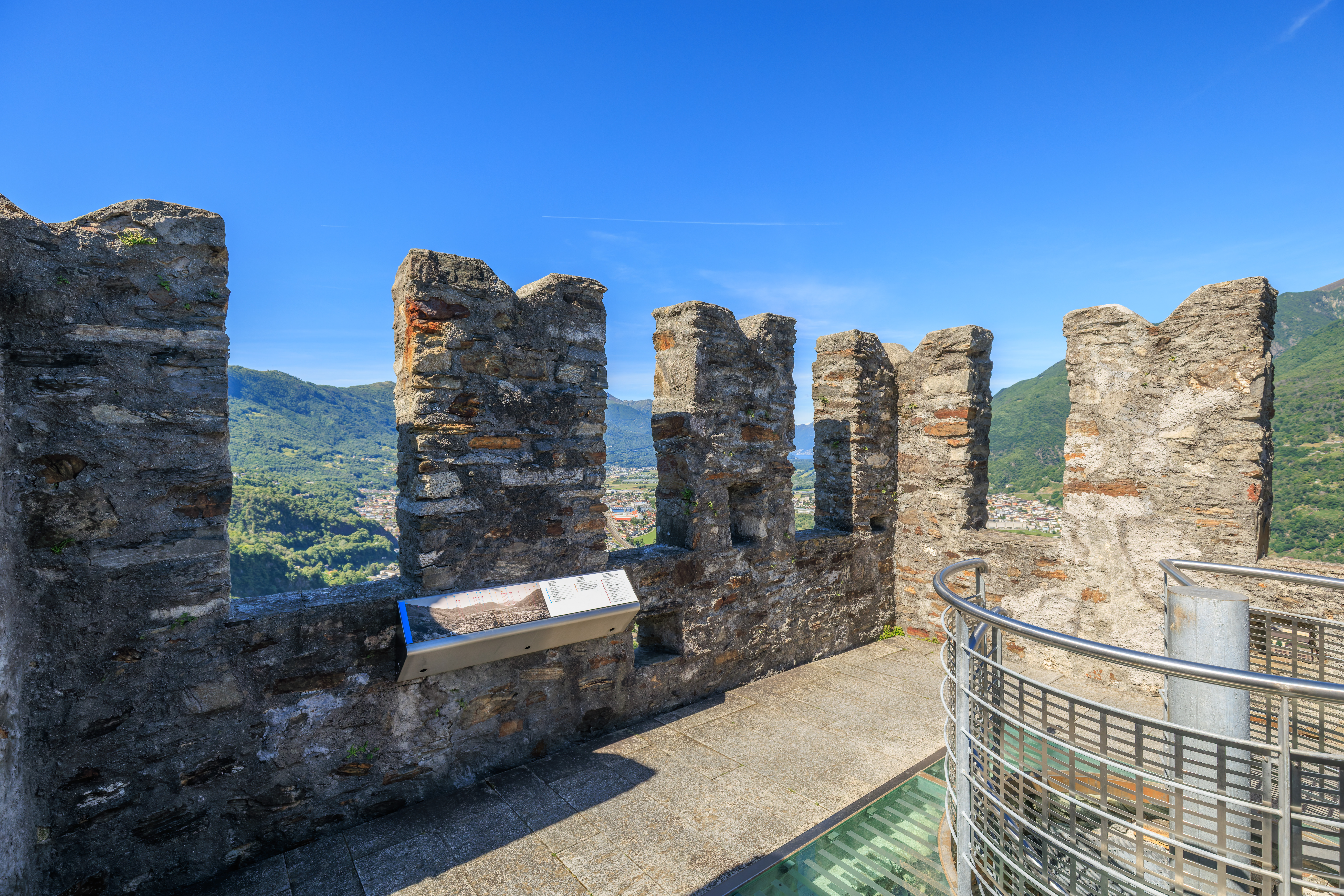
We walked up to the top of the small tower at the castle’s western corner.
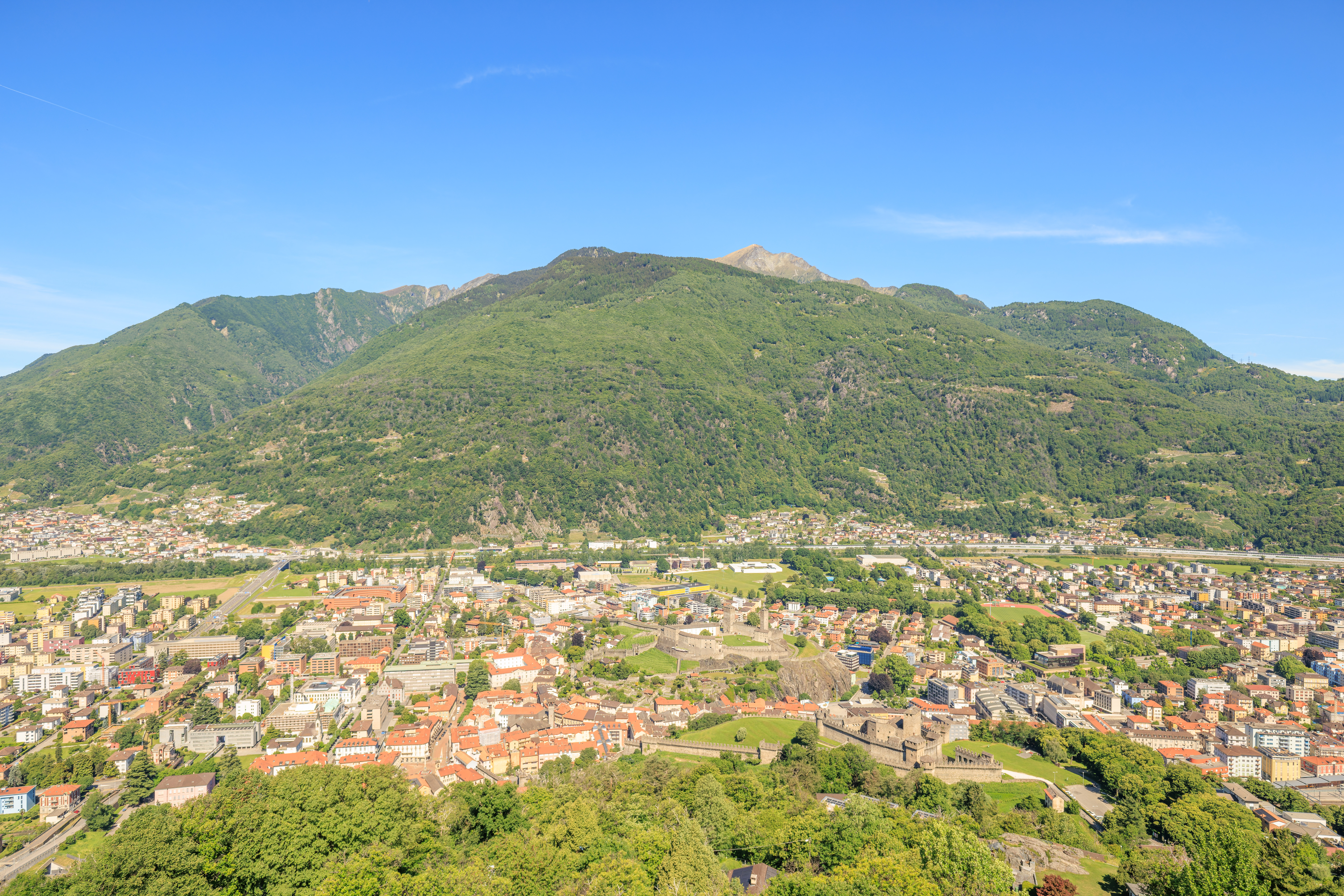
Looking to the northwest, we could see the other two castles below.
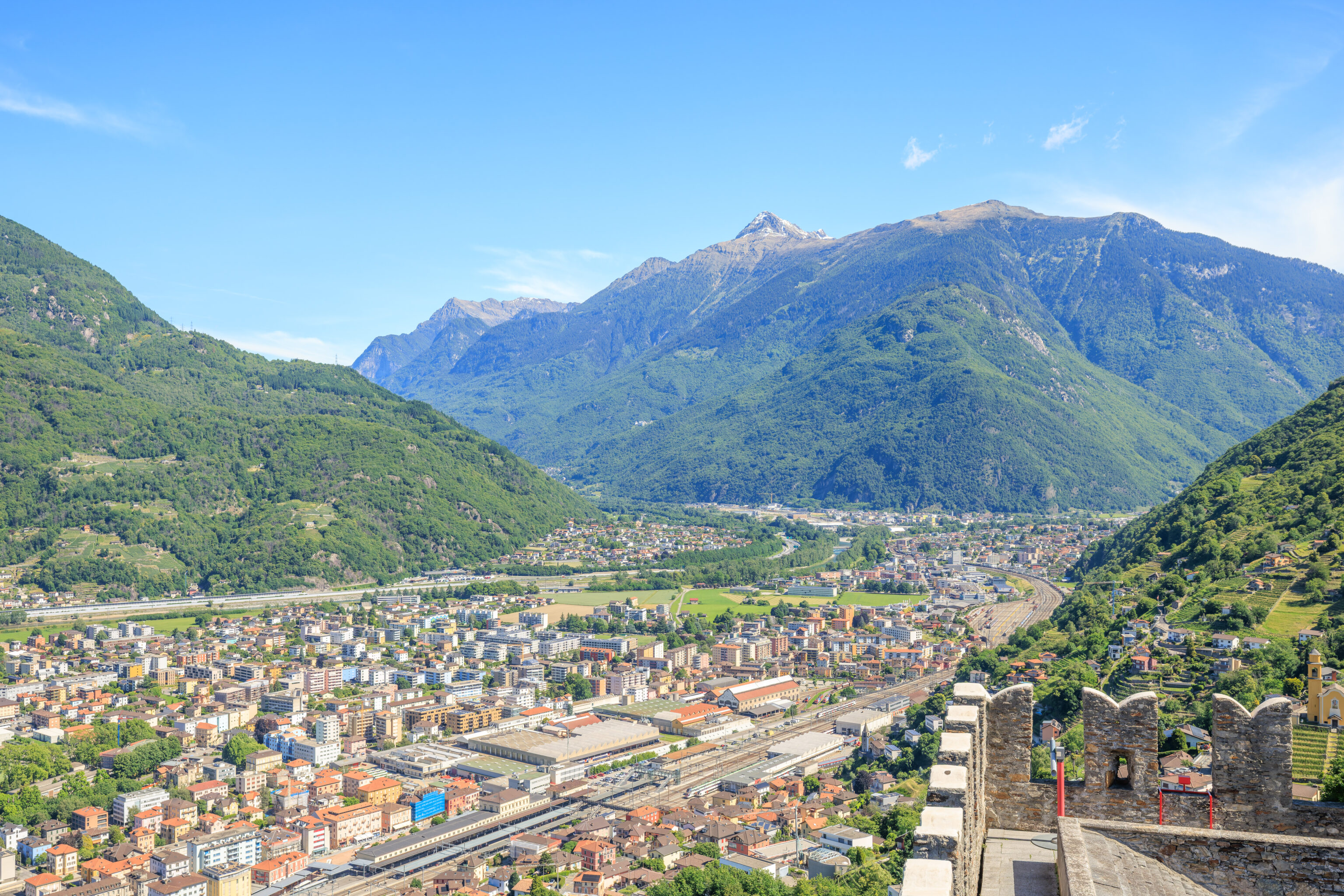
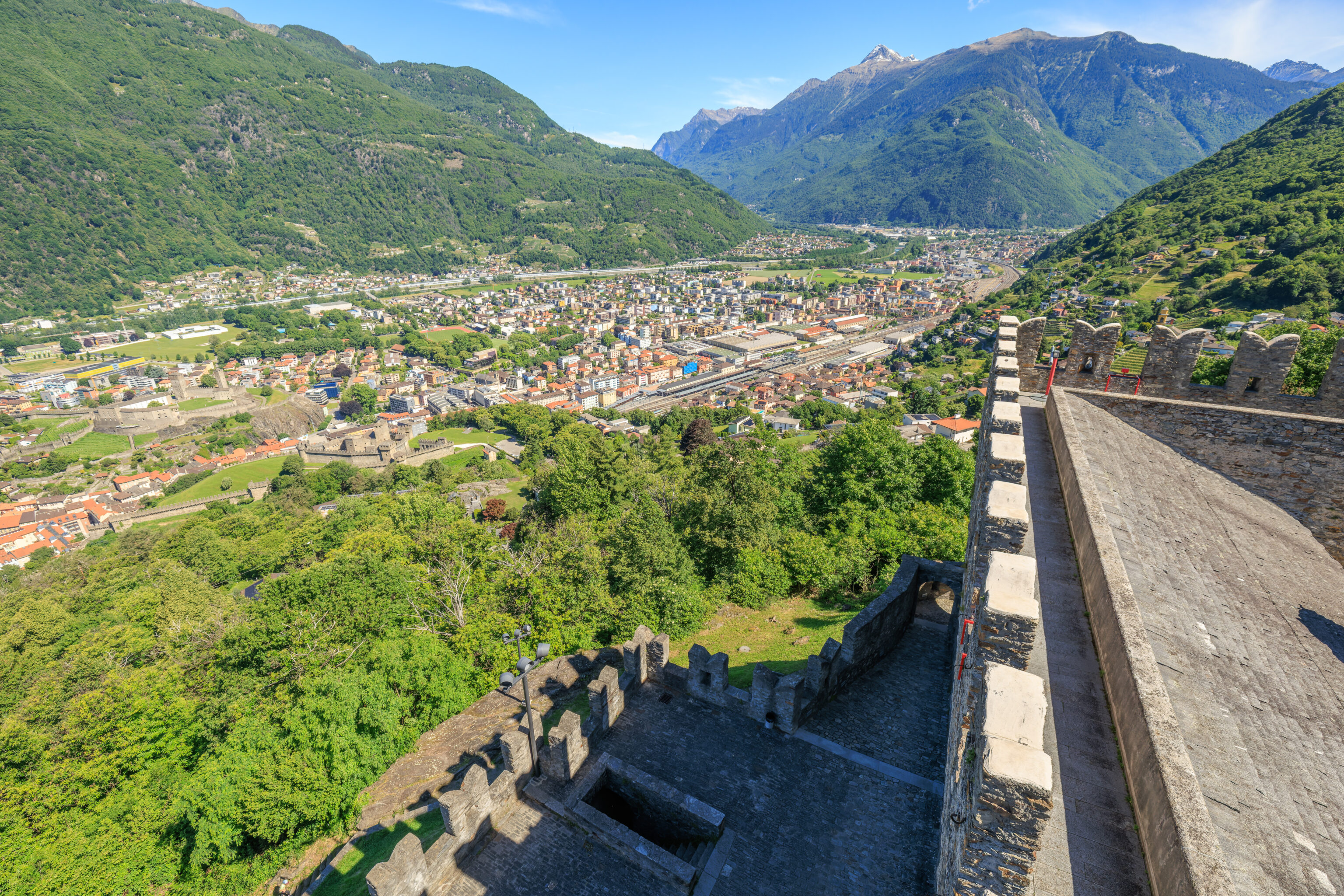
Turning a bit to the right, or north, we could now see the Bellinzona train station. Two valleys join to the north beyond the city.
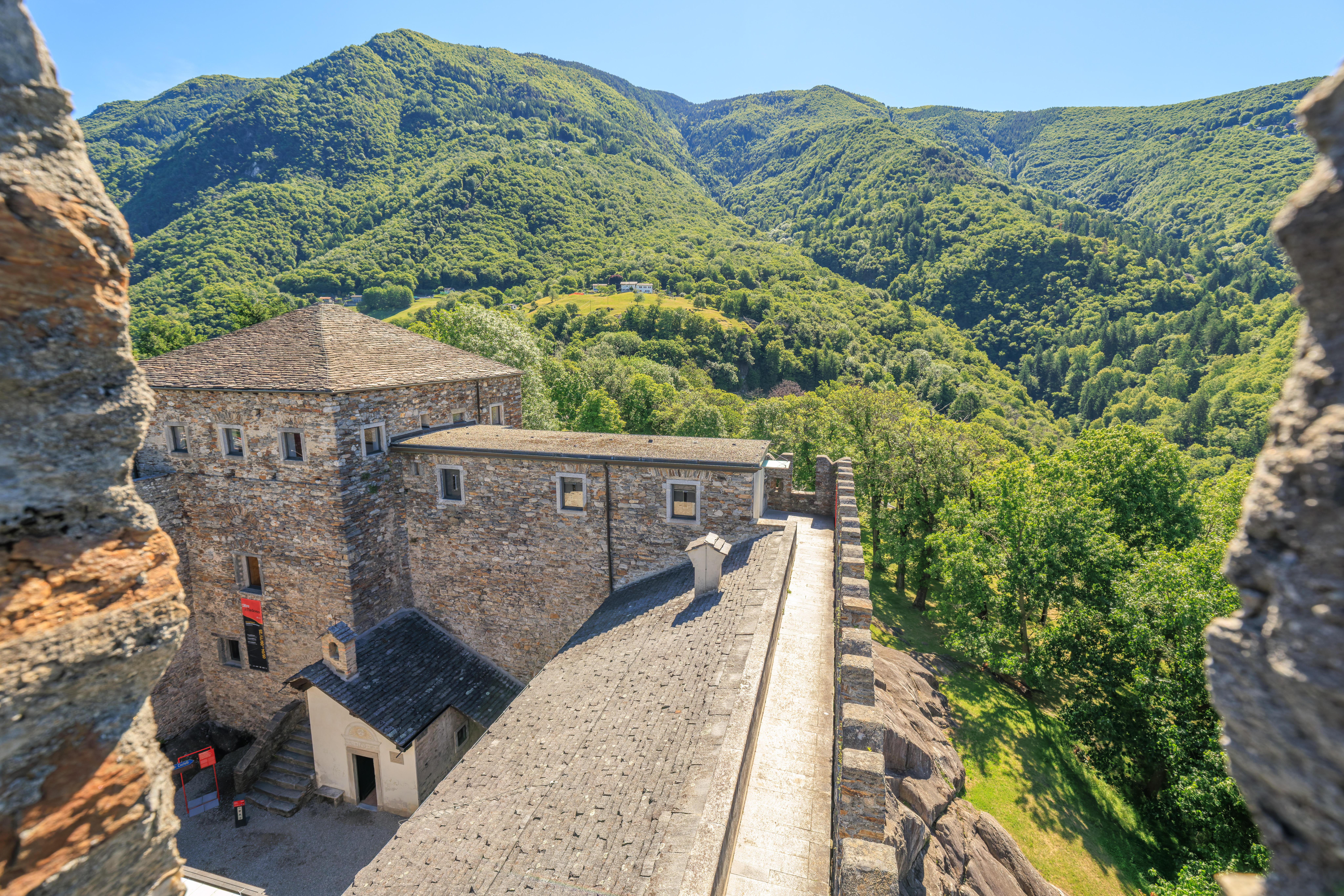
The same mountain view that we had before, just a bit higher up.
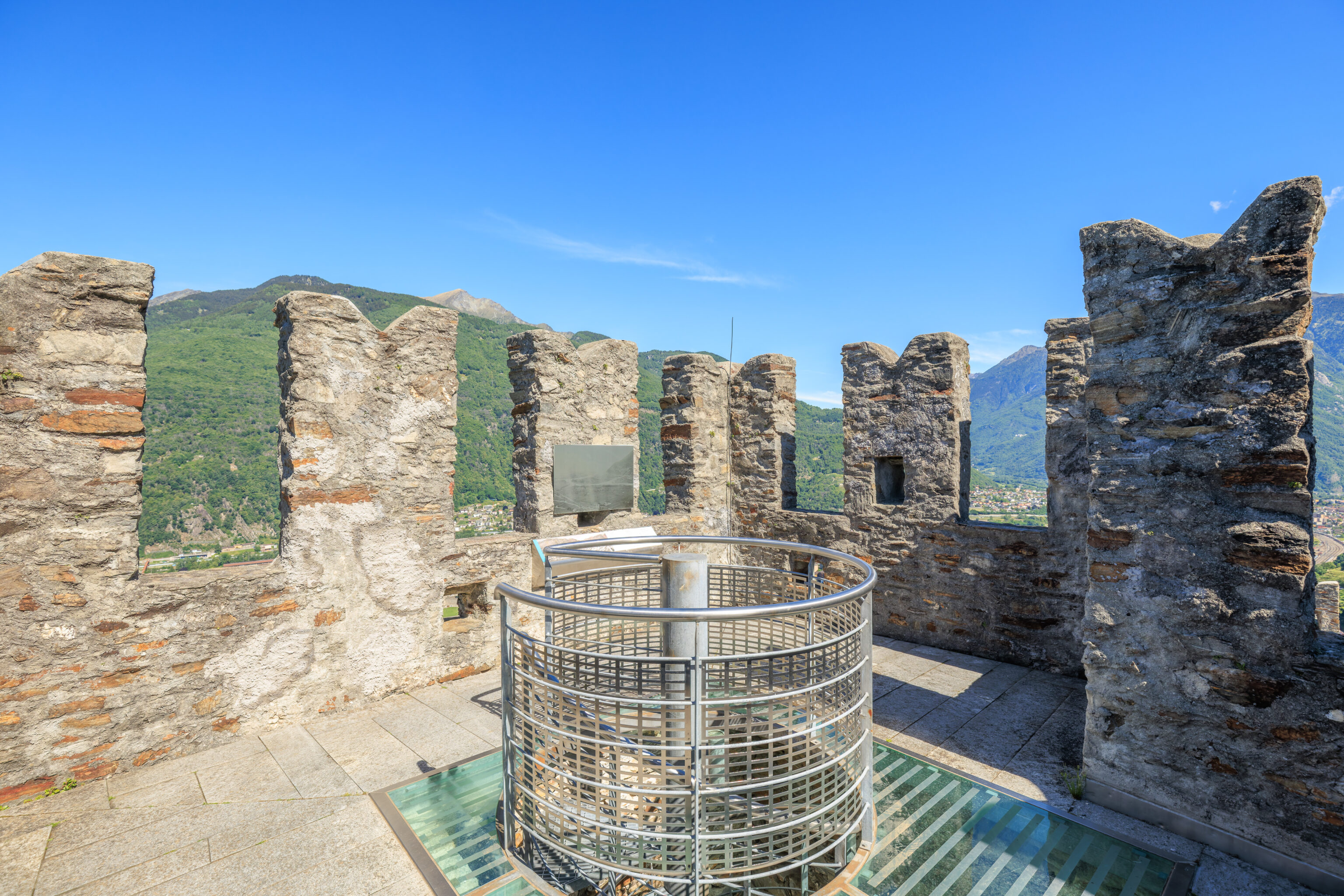
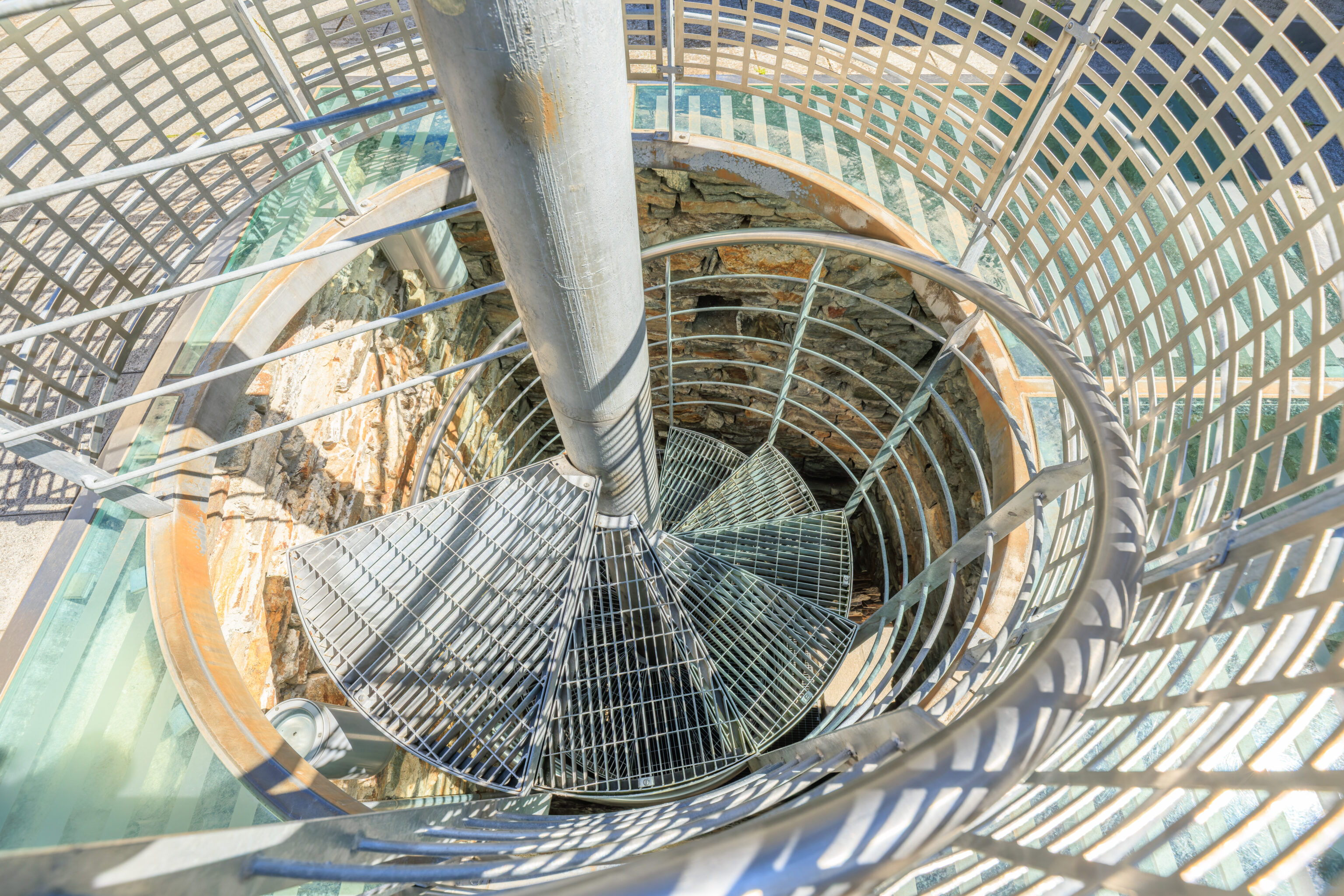
We headed back down the rather tight metal spiral stairs.
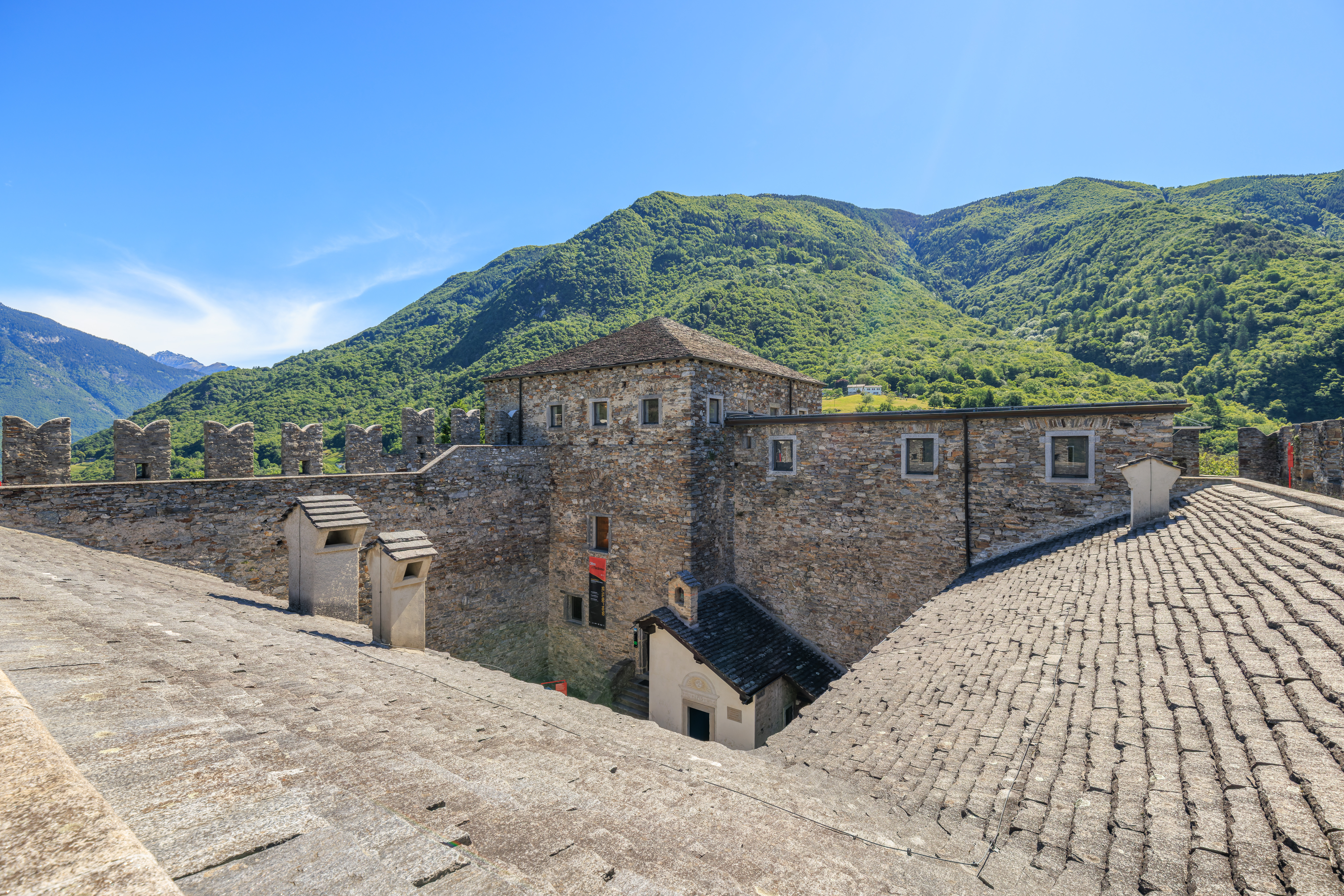
We continued walking clockwise atop the castle’s walls.
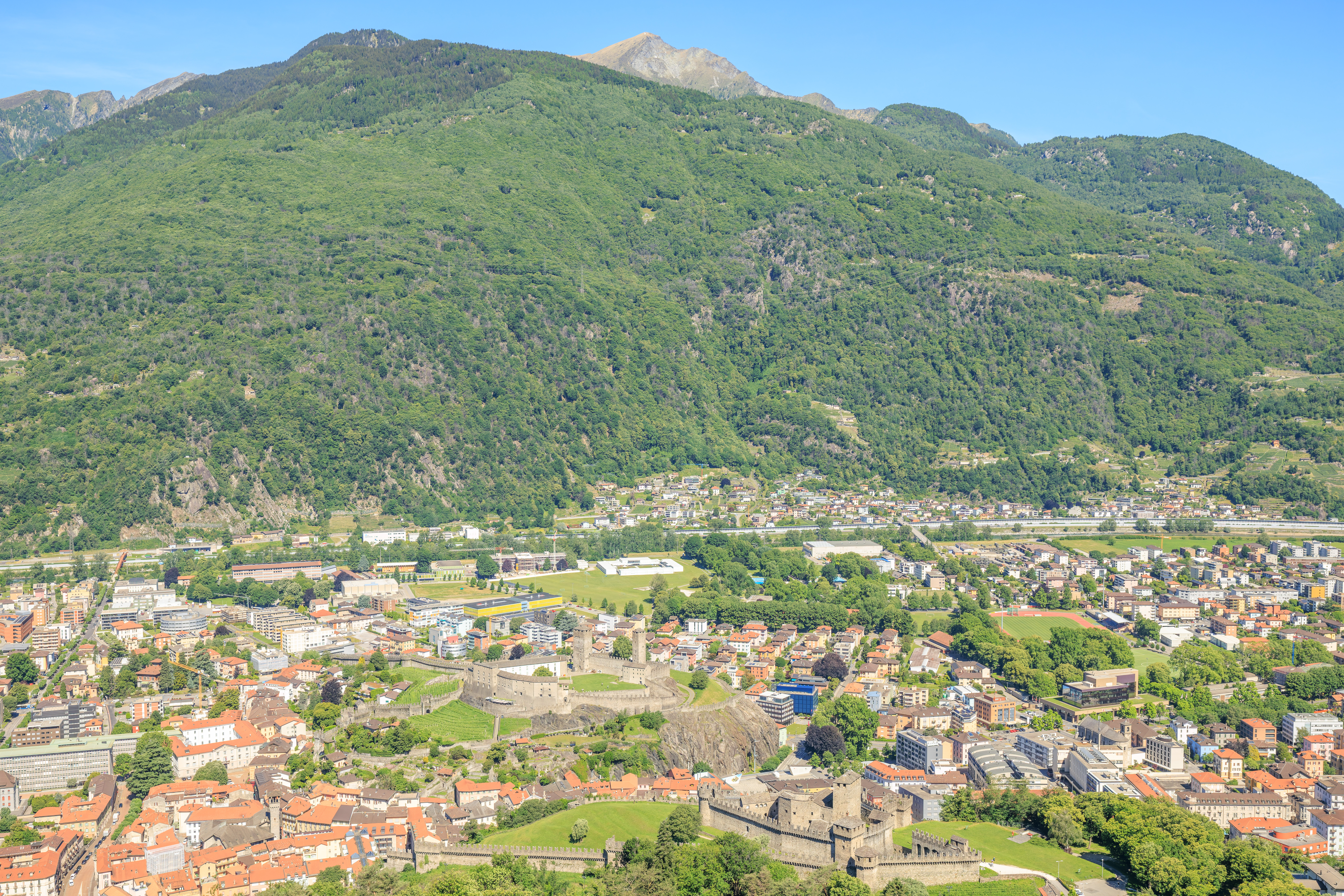
Again, a view to the northwest. It’s quite a nice looking little city from above!

This castle’s walls definitely have that stereotypical castle appearance!
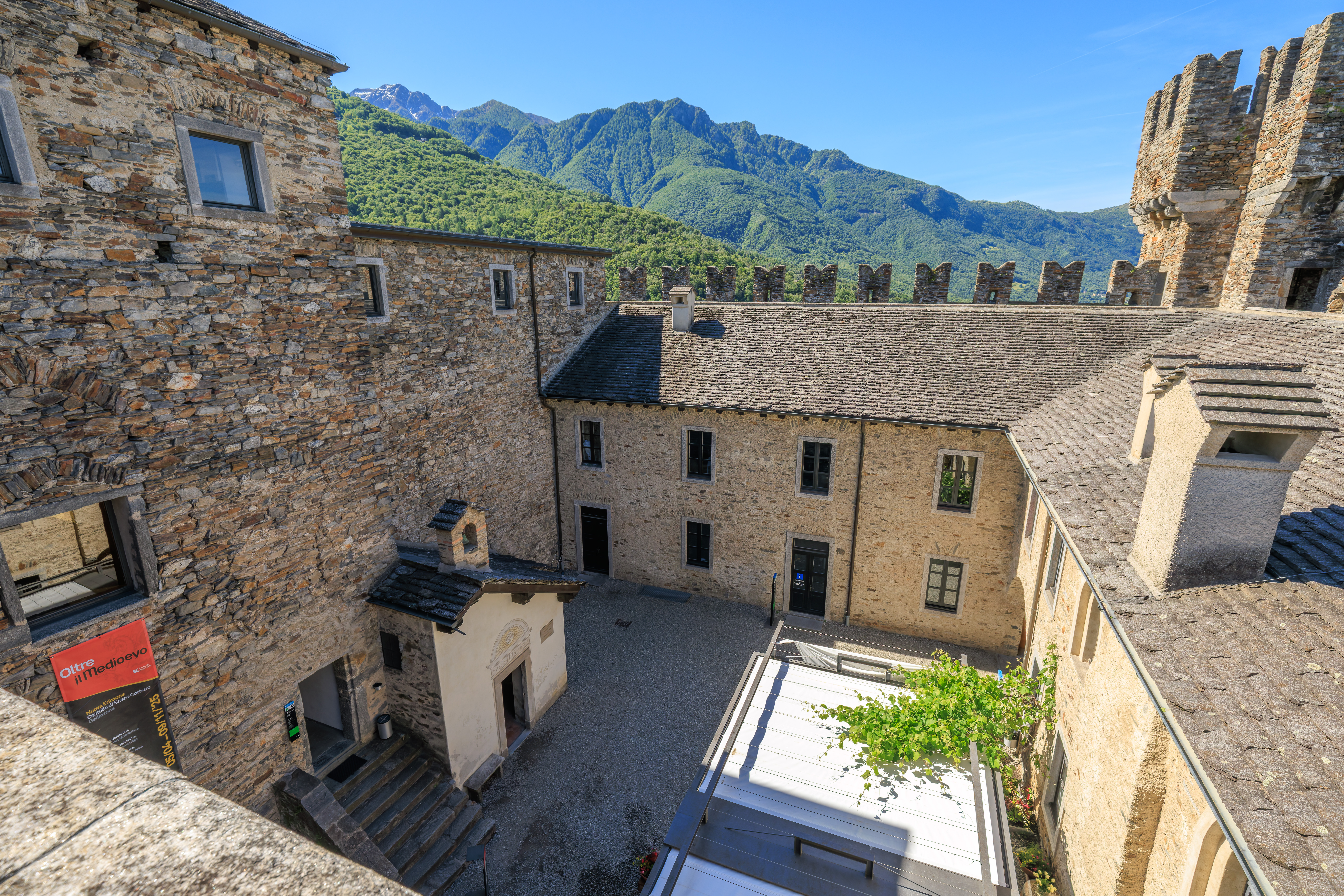
It seemed like we would be able to loop around and go back inside, however, the path atop the walls ends just beyond this point. So, we had to circle back.
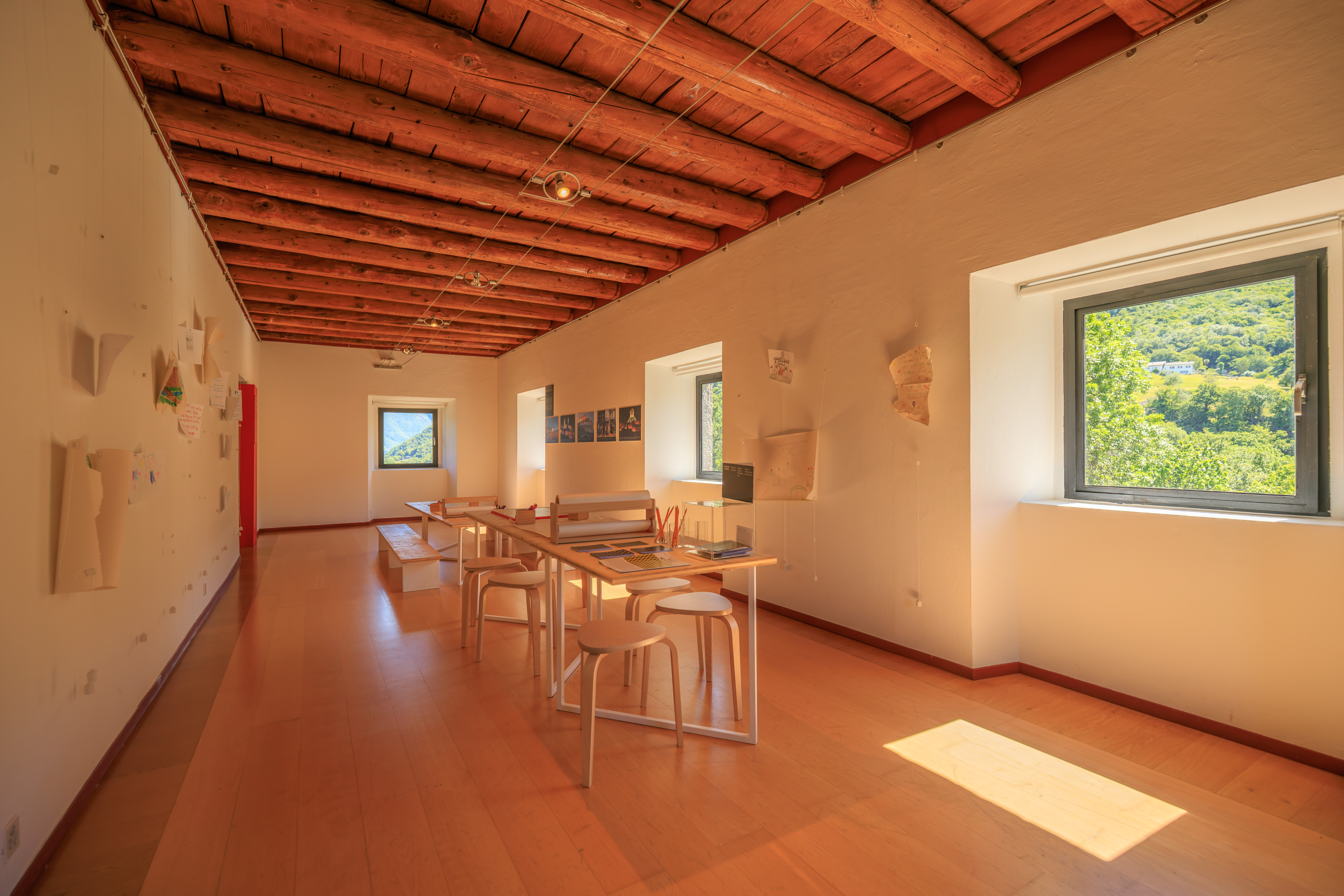
We visited a few remaining areas before heading back down.
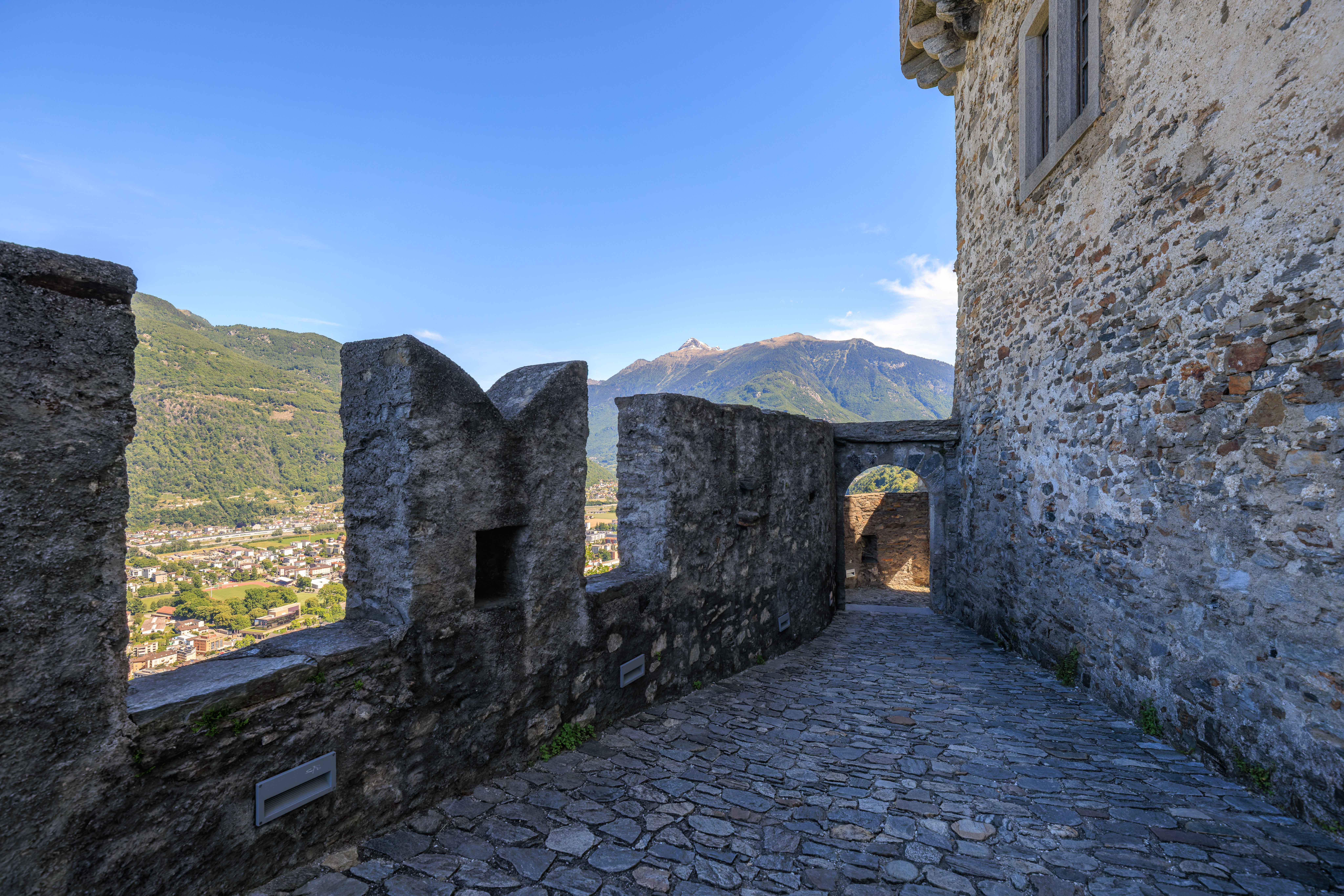
We wanted to try and find a different exit to avoid having to take the same path that we took up. This is the way.
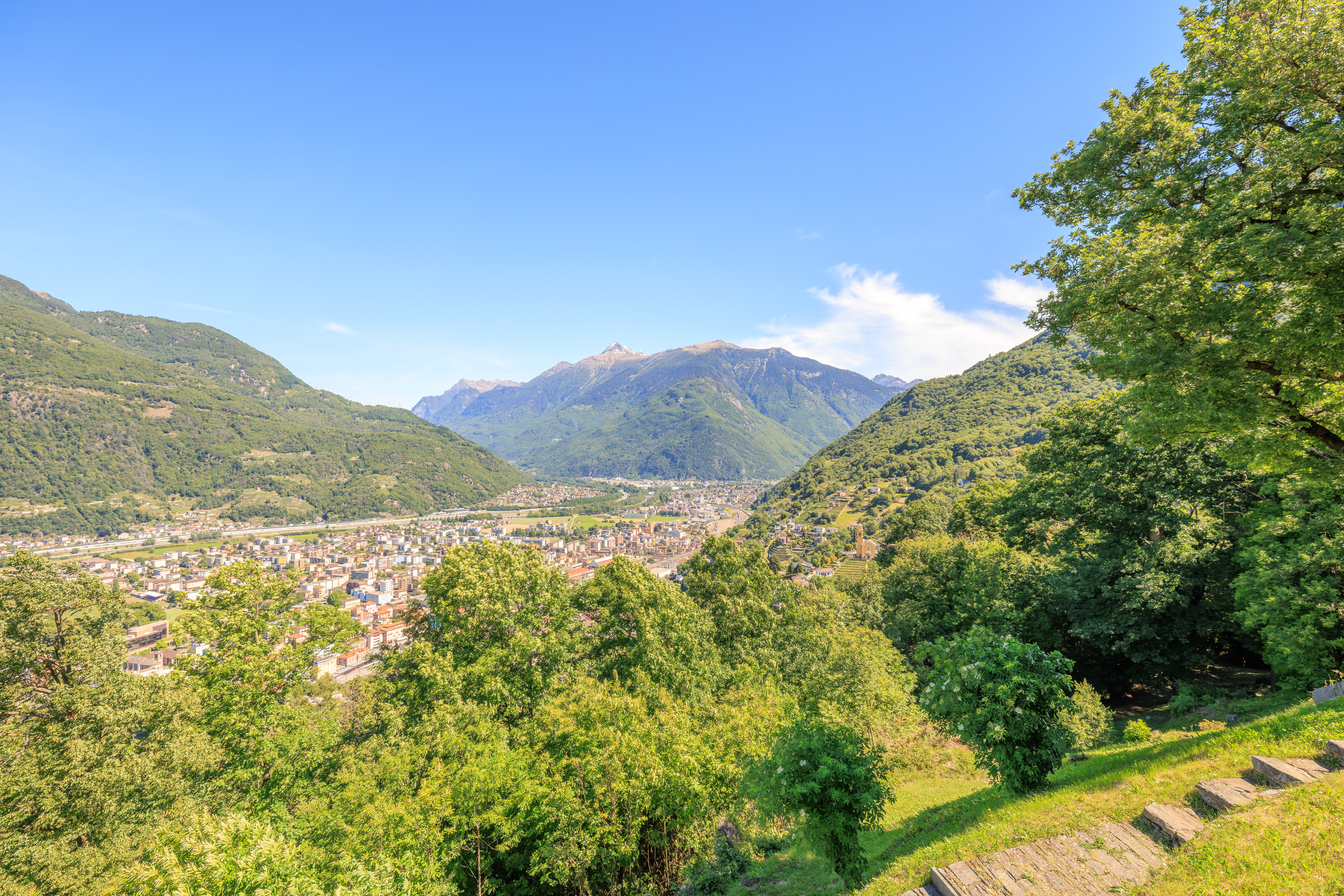
We walked past the path that we arrived on below.
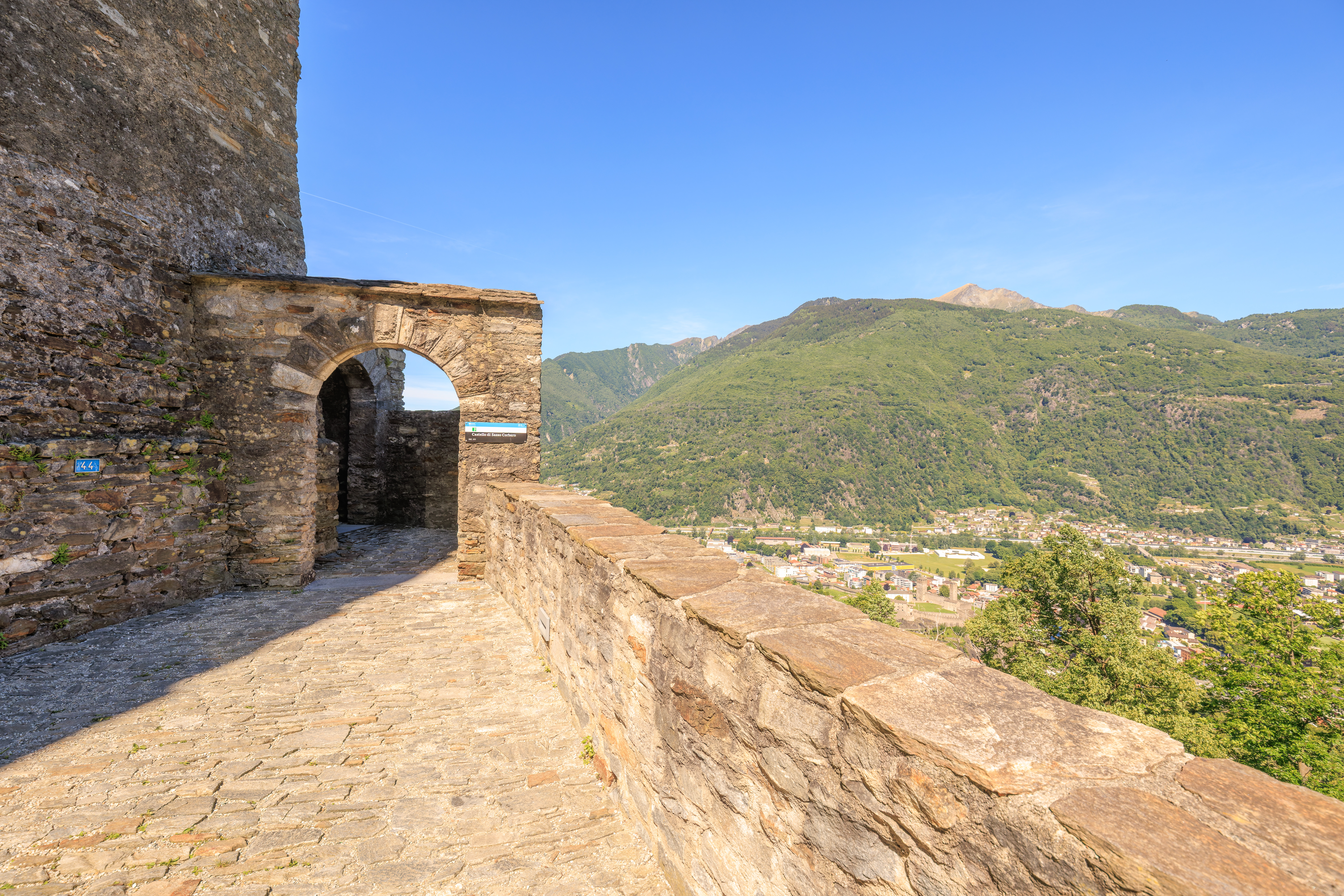
This is what the castle’s proper entrance looks like.
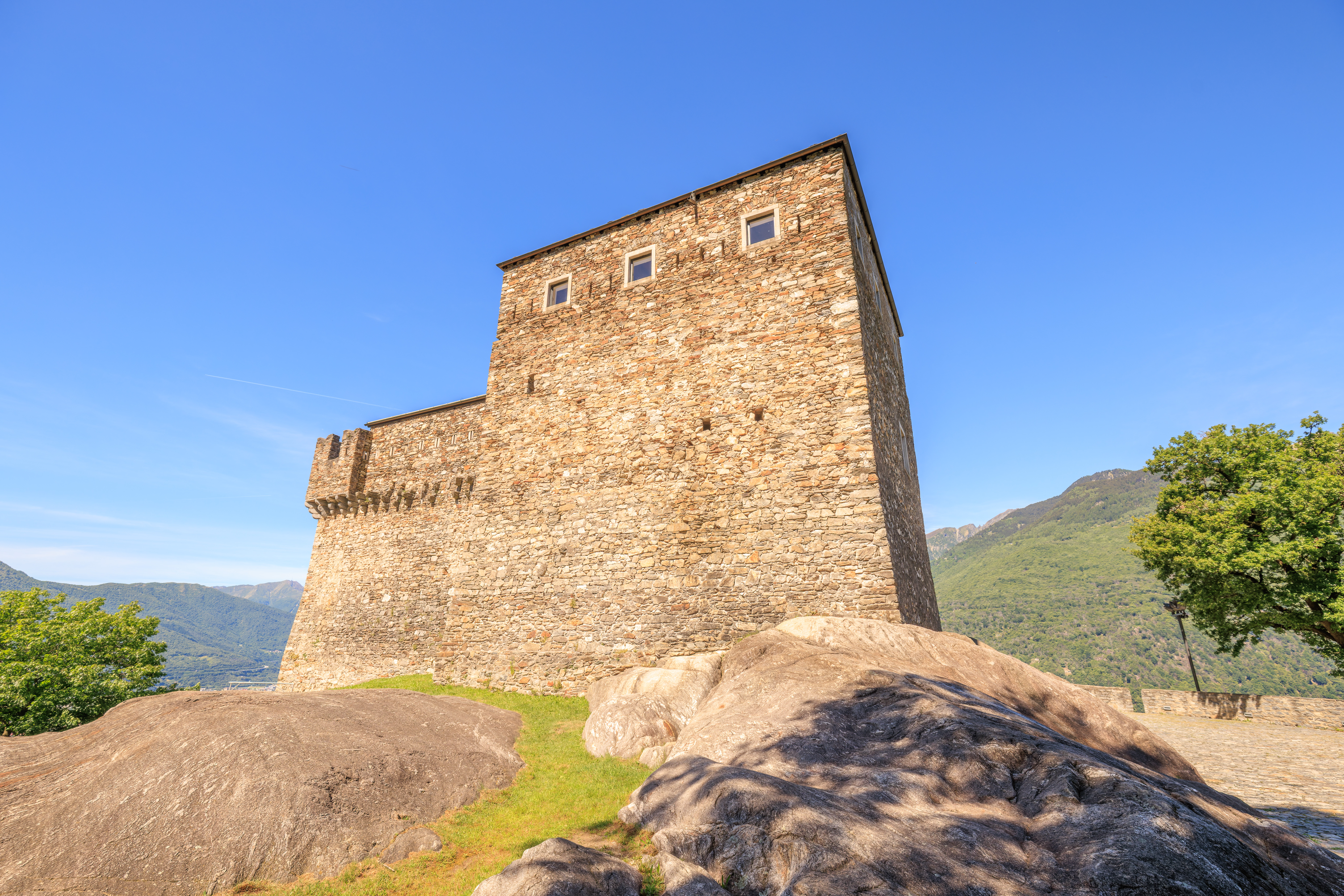
Given the time, we decided to walk down to the Castello di Montebello rather than take the bus. There seemed to be a few possible ways to go. We decided to take a variation of what the woman at the ticket office suggested. After exiting the castle on its east side, we walked out onto a rocky area beyond.

We were hoping it would have a nice view of the castle but unfortunately trees got in the way. So, we continued on to the east. The rectangular structure in the distance contains bathrooms with a covered rest area beyond.
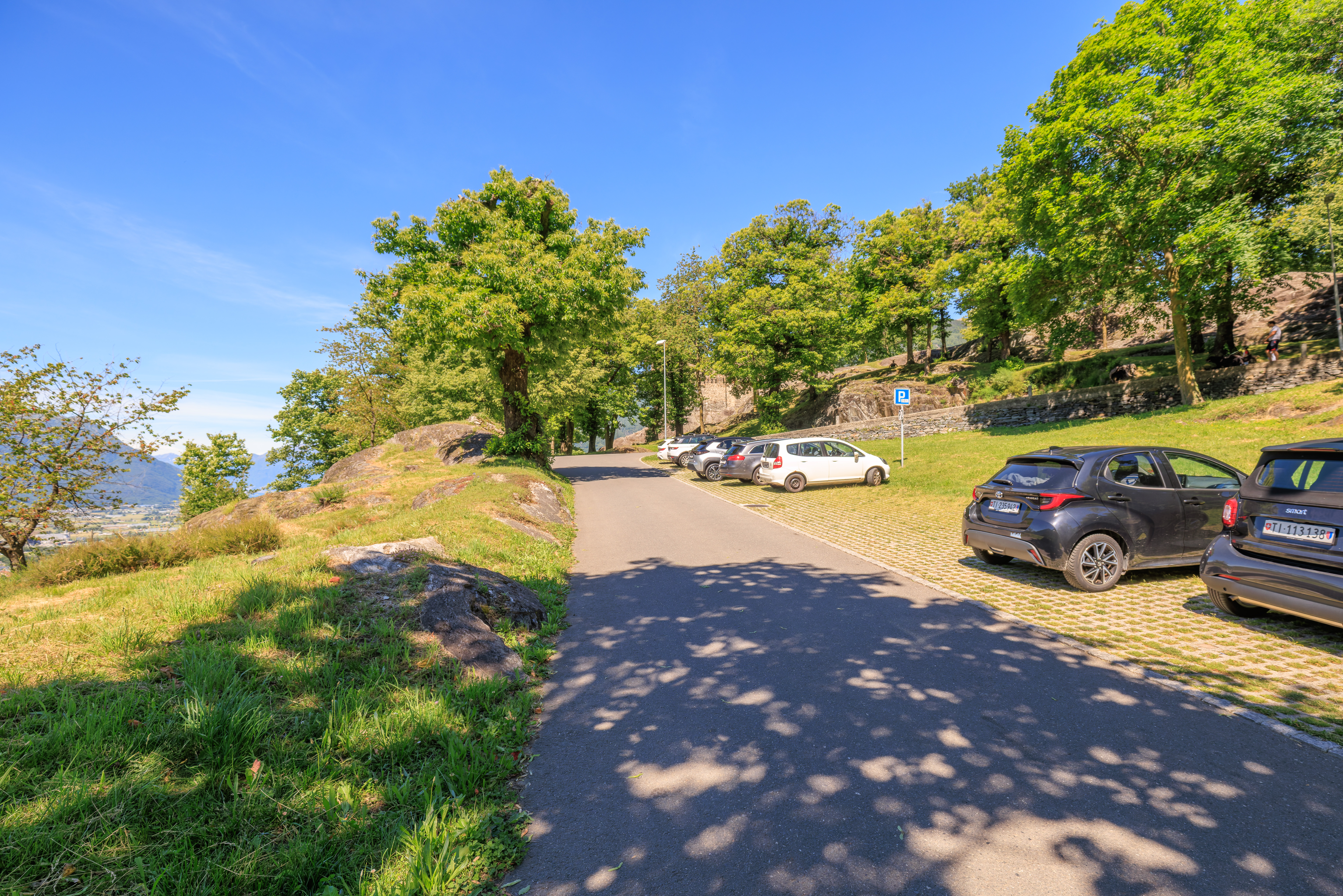
We followed the road, walking past one of the castle’s small parking lots. The largest one seems to be by the bus stop where we arrived.
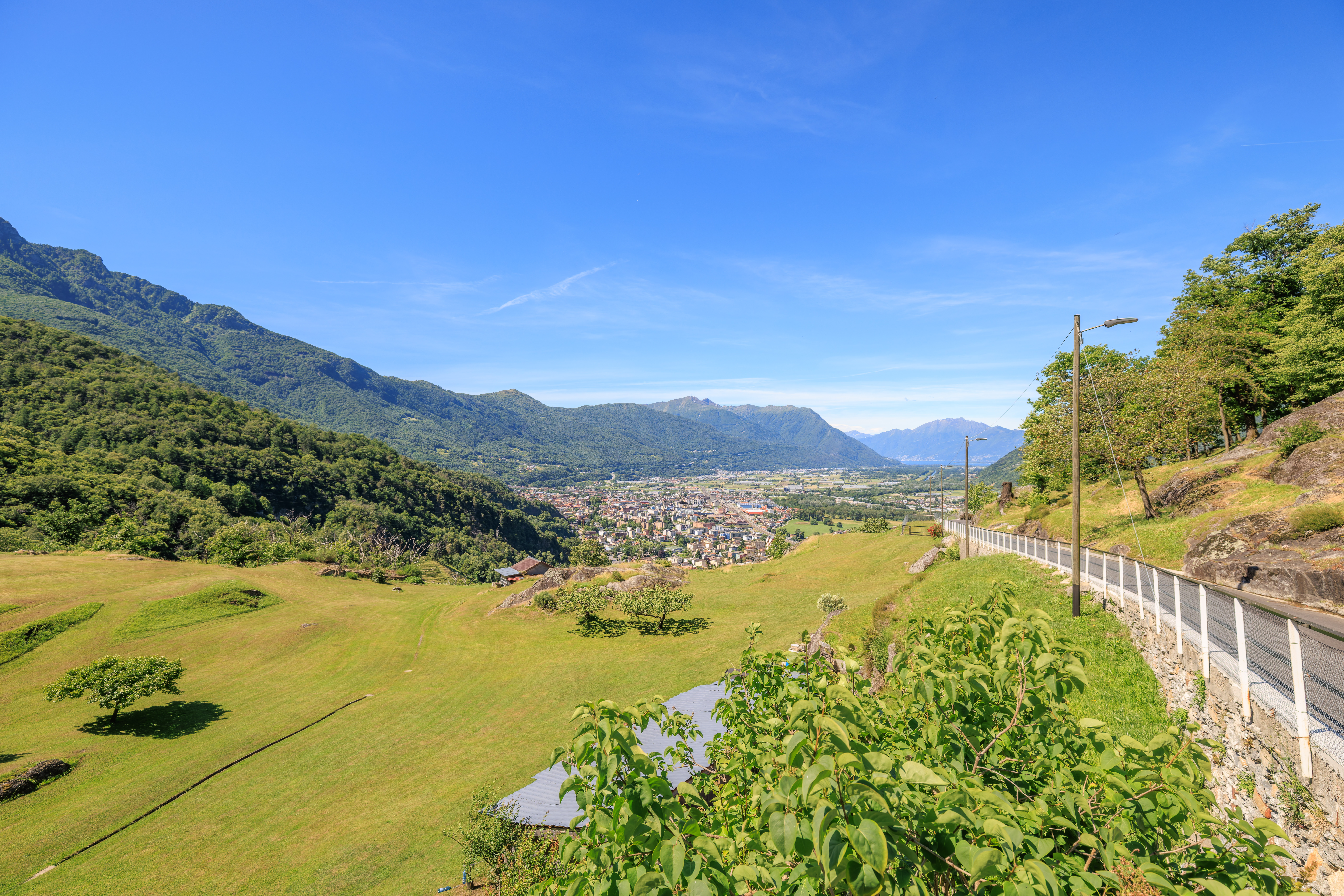
After arriving at an intersection with what qualifies as the main road here, we decided to turn right. We probably could have also gone in the other direction as well. However, we weren’t setup for hiking so decided to stay on this route which we think was going to be mostly road.
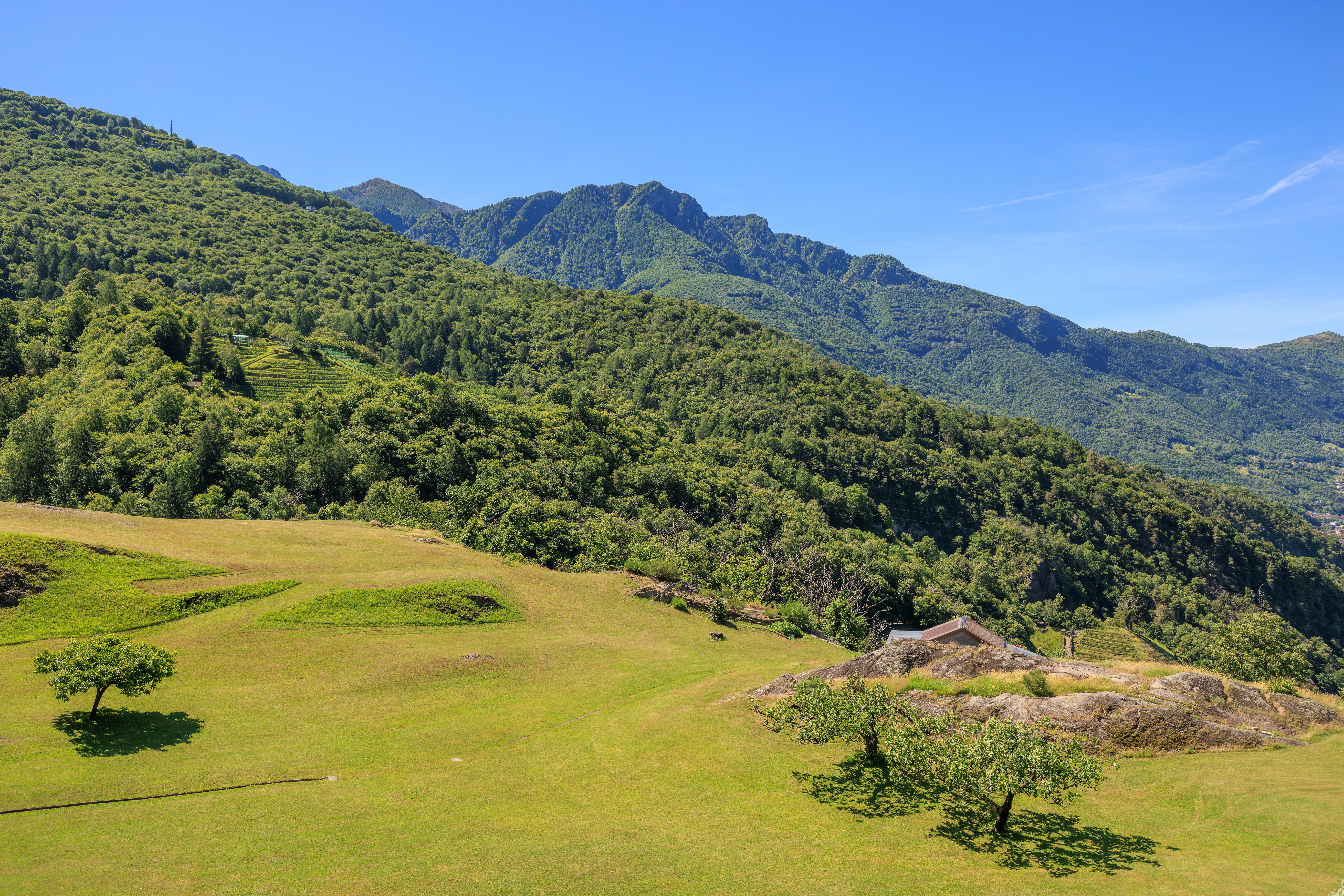
The road gradually descended to the west. Looking to the left, we had a similar view to what we saw from above.
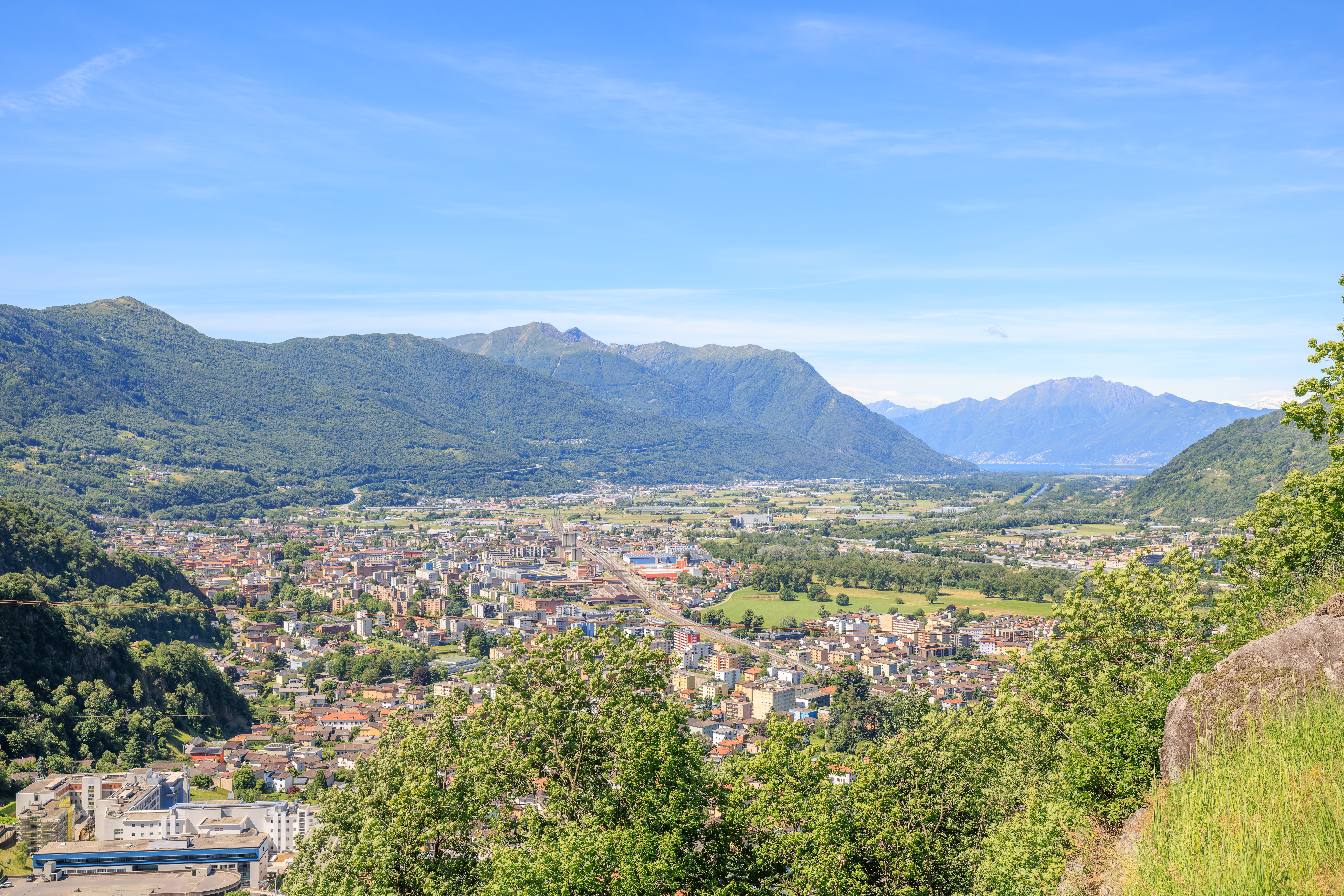
We could also see the southwestern part of Bellinzona.
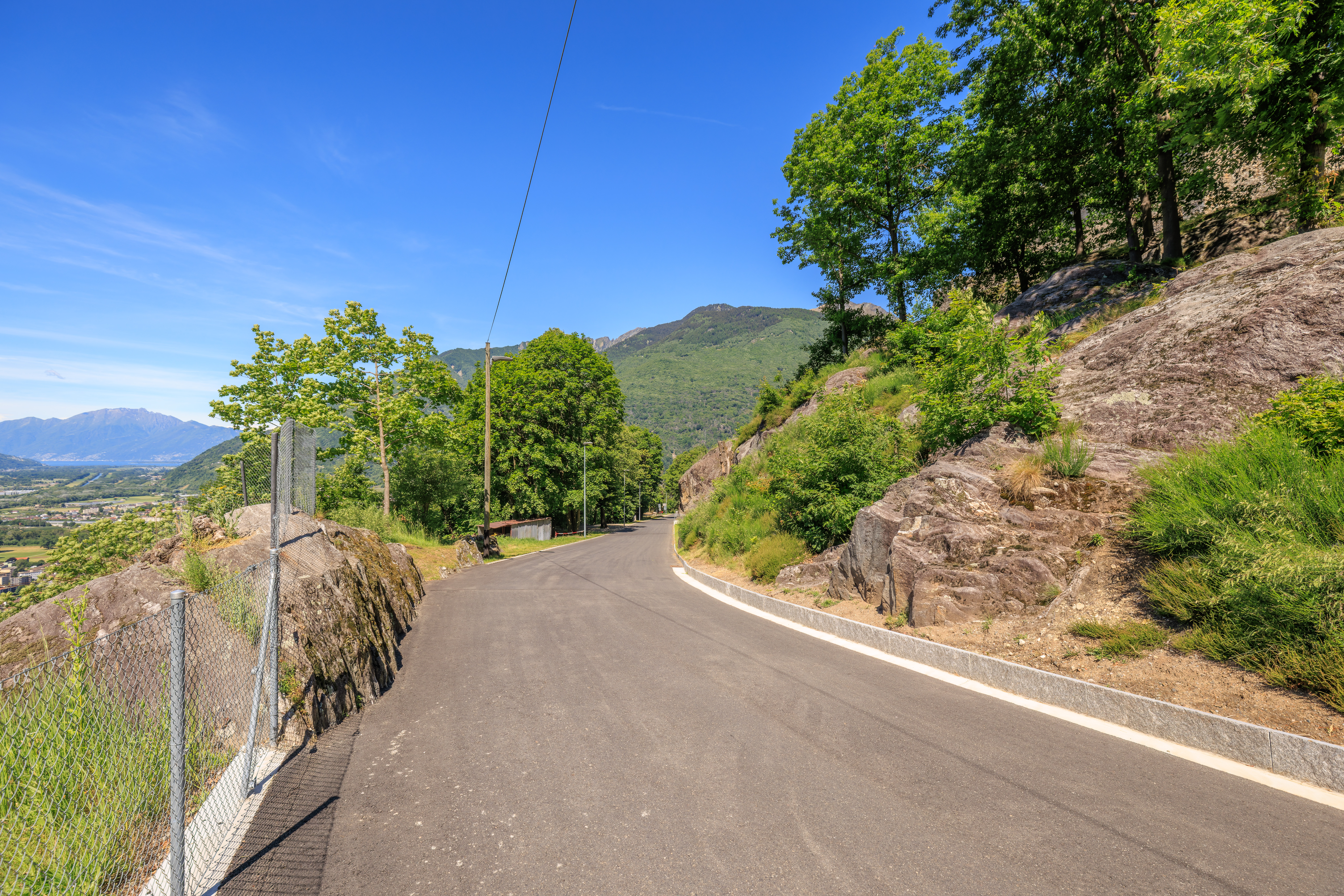
This slight curve in the road is more or less right below the castle.
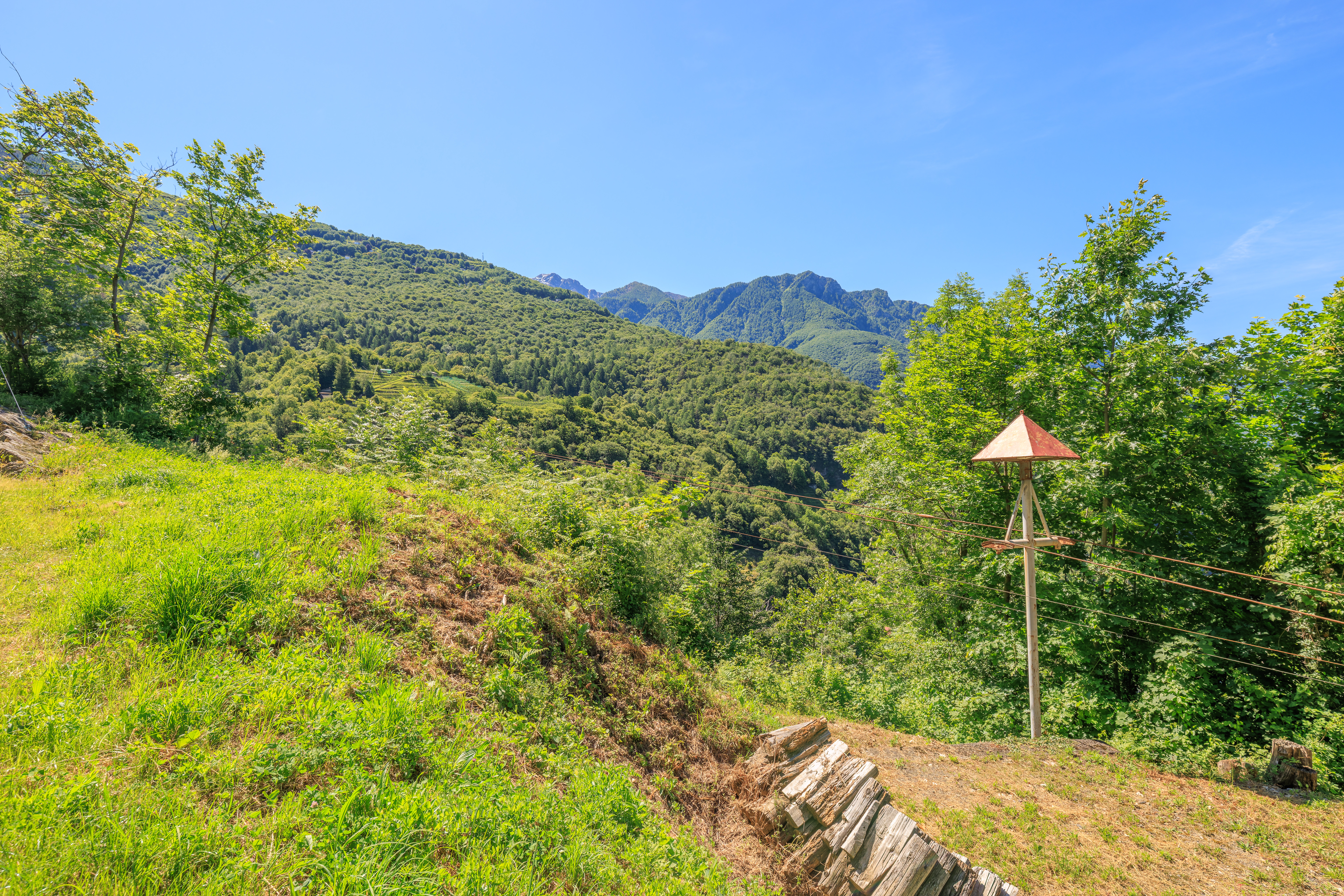
We noticed this tiny cable lift, likely for moving cargo rather than people.
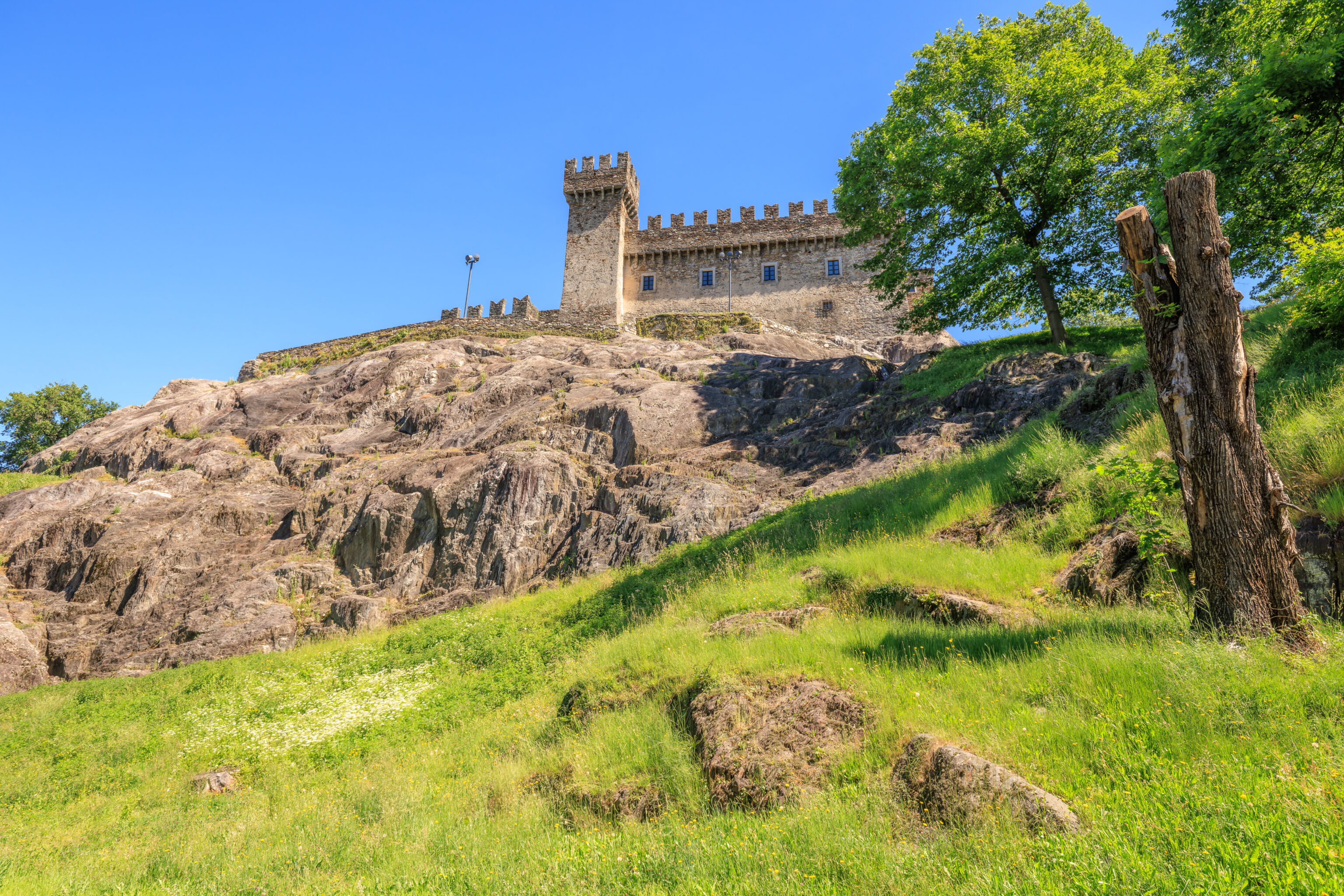
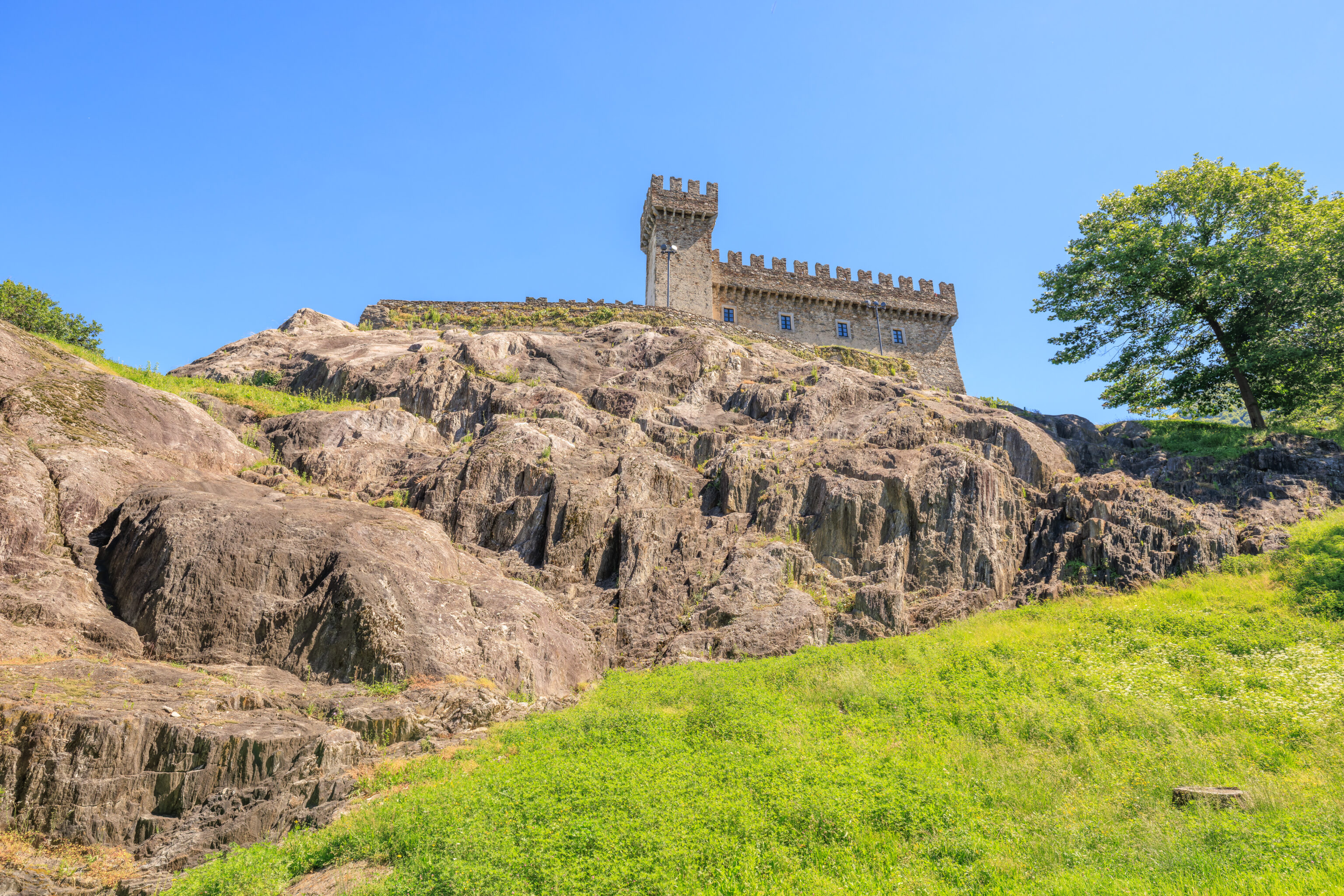
We continued on below the castle.
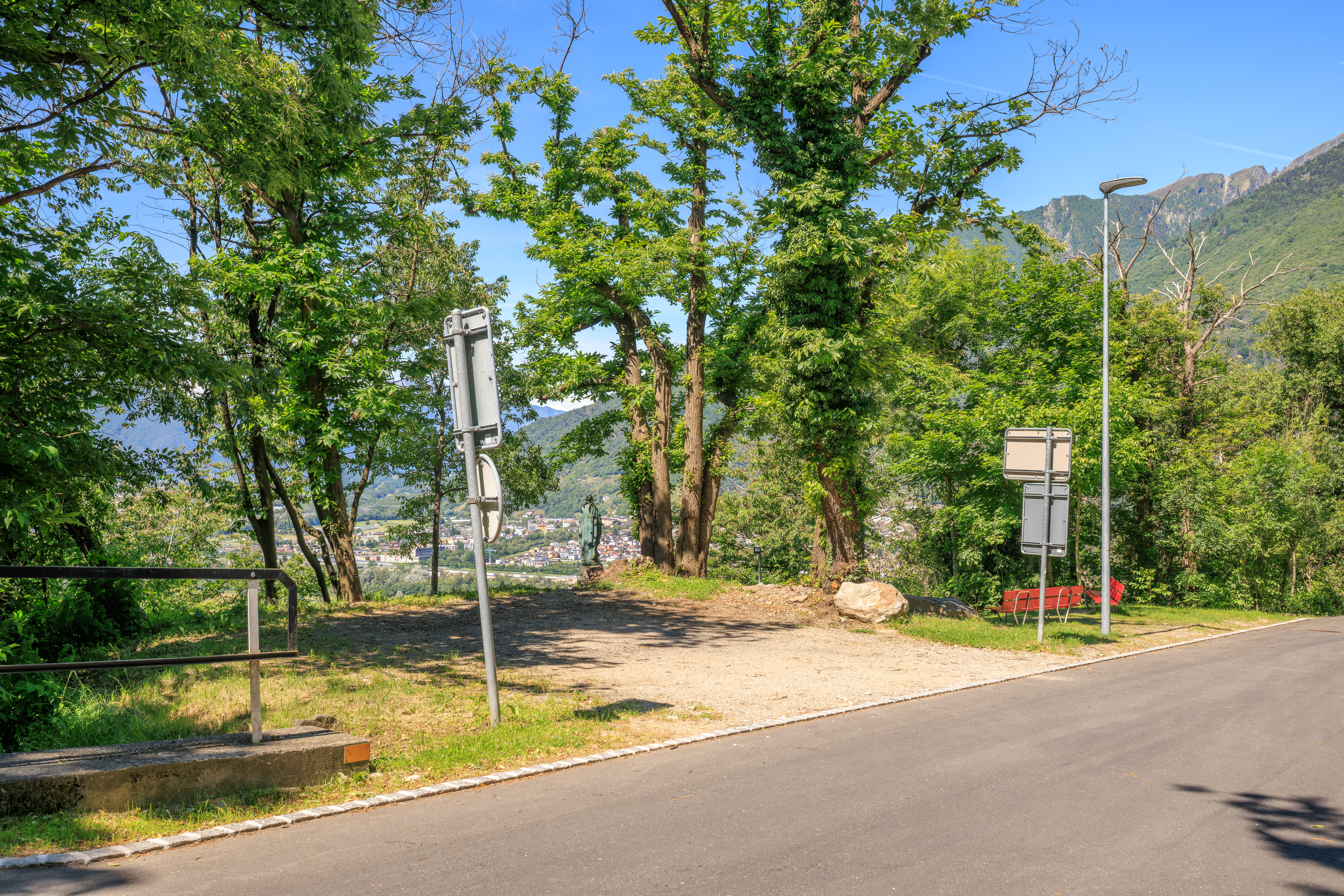
Soon, we ended up by the bus stop.
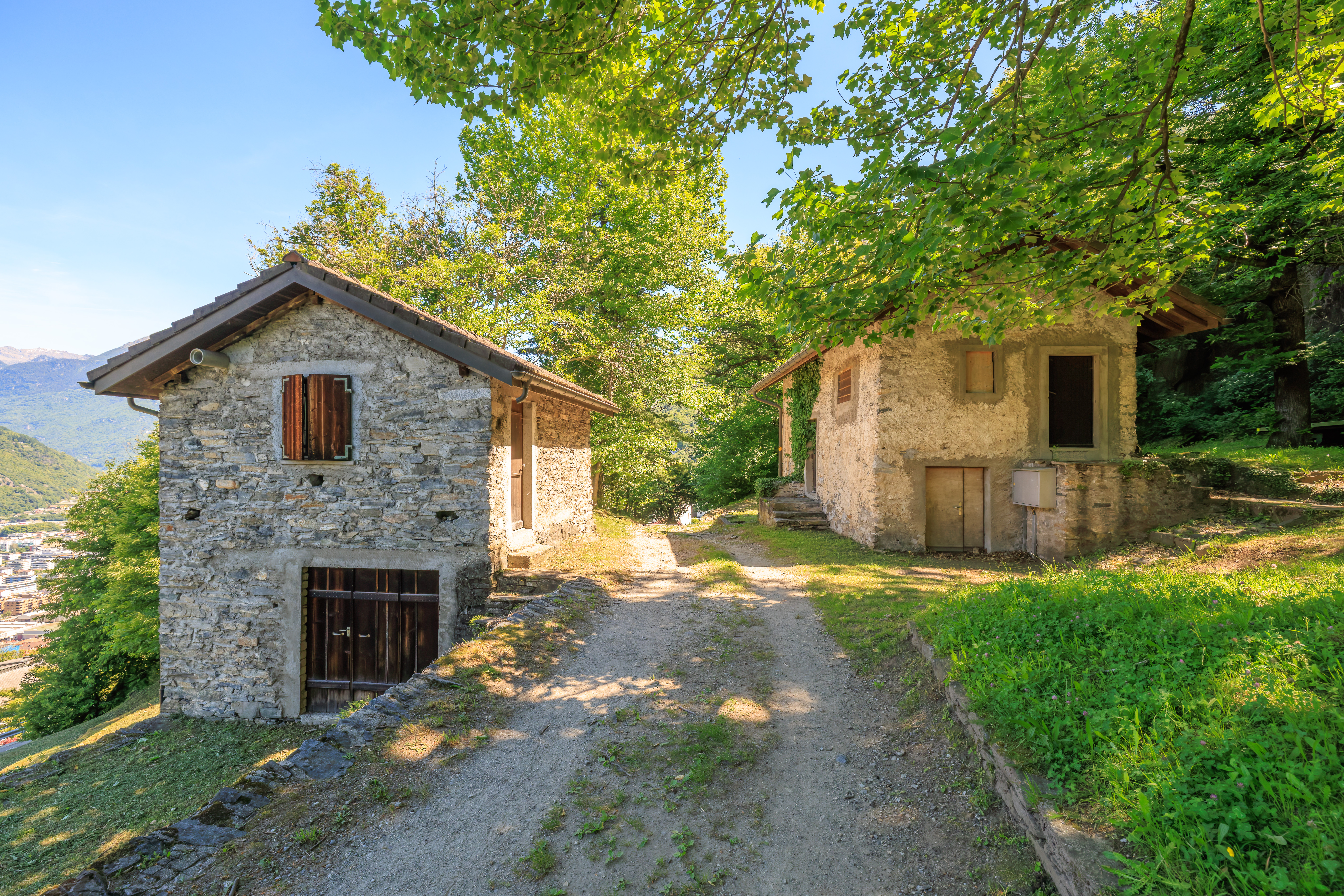
We followed a small unpaved road that led from the parking lot’s northeastern end.
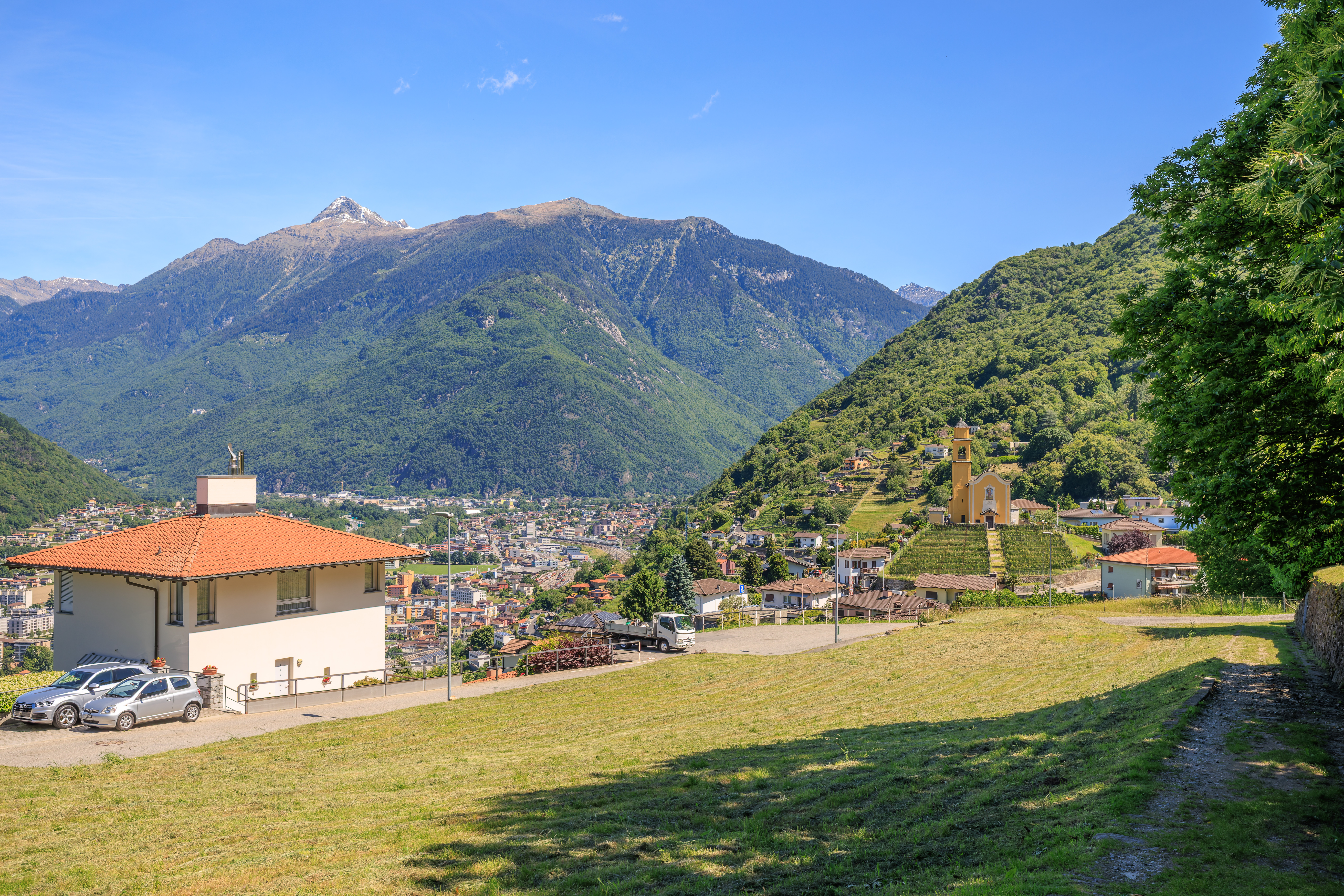
We continued following the path as it led into a small village area.
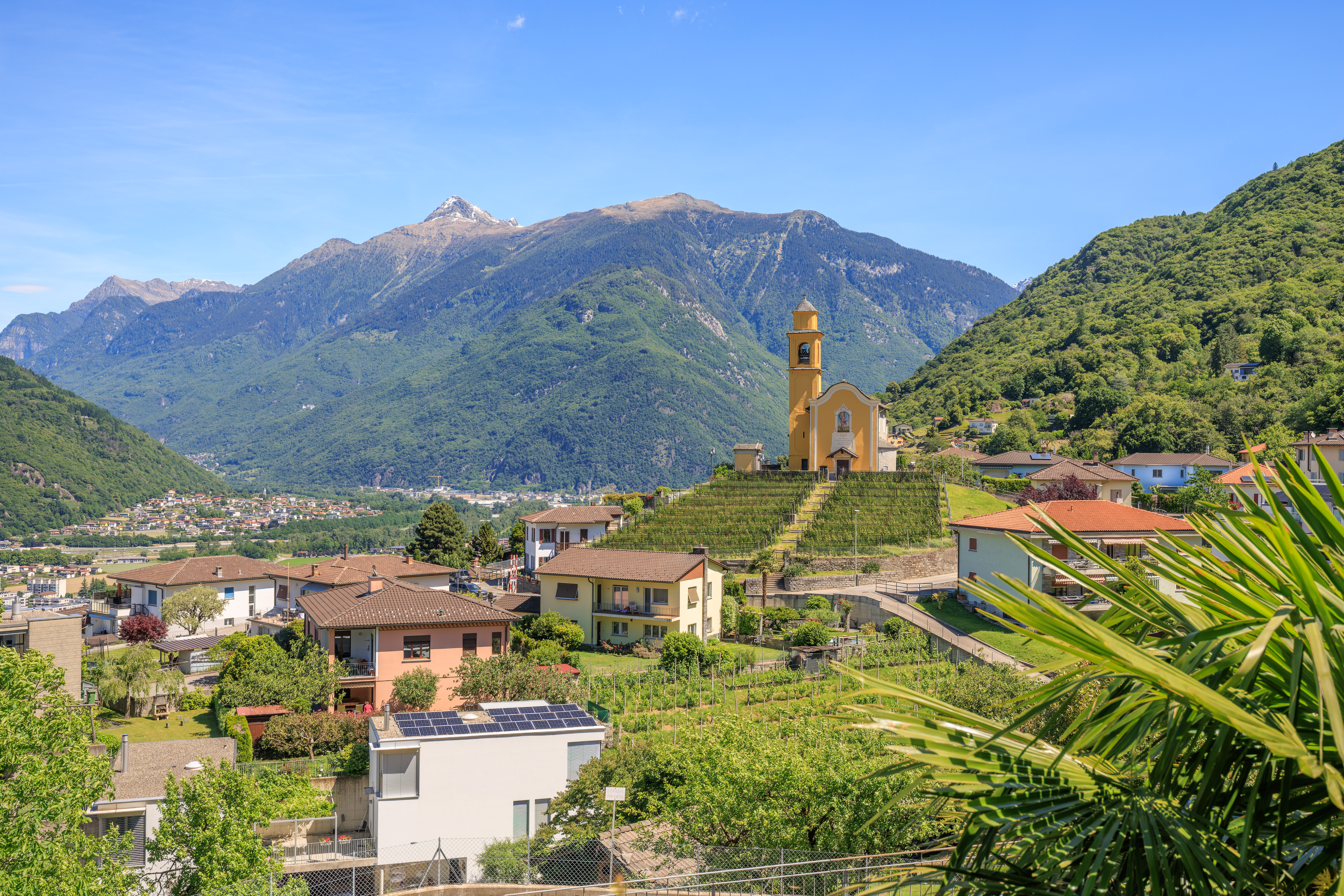
Up ahead, we could see the Chiesa di San Sebastiano (Church of Saint Sebastian). We decided to go take a look as it was sort of on the way. Or at least, wouldn’t require a large detour.
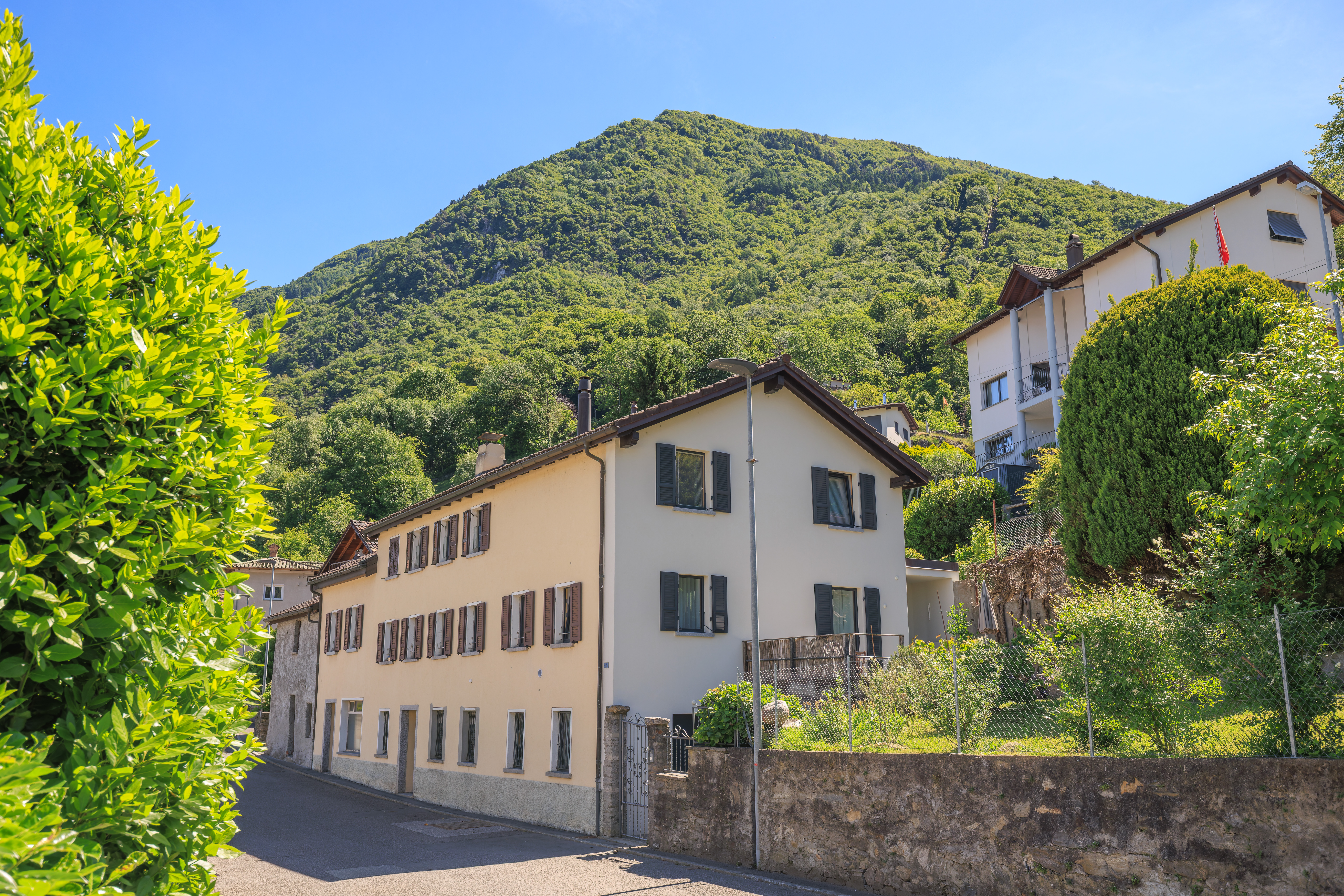
We entered the village area near the church.
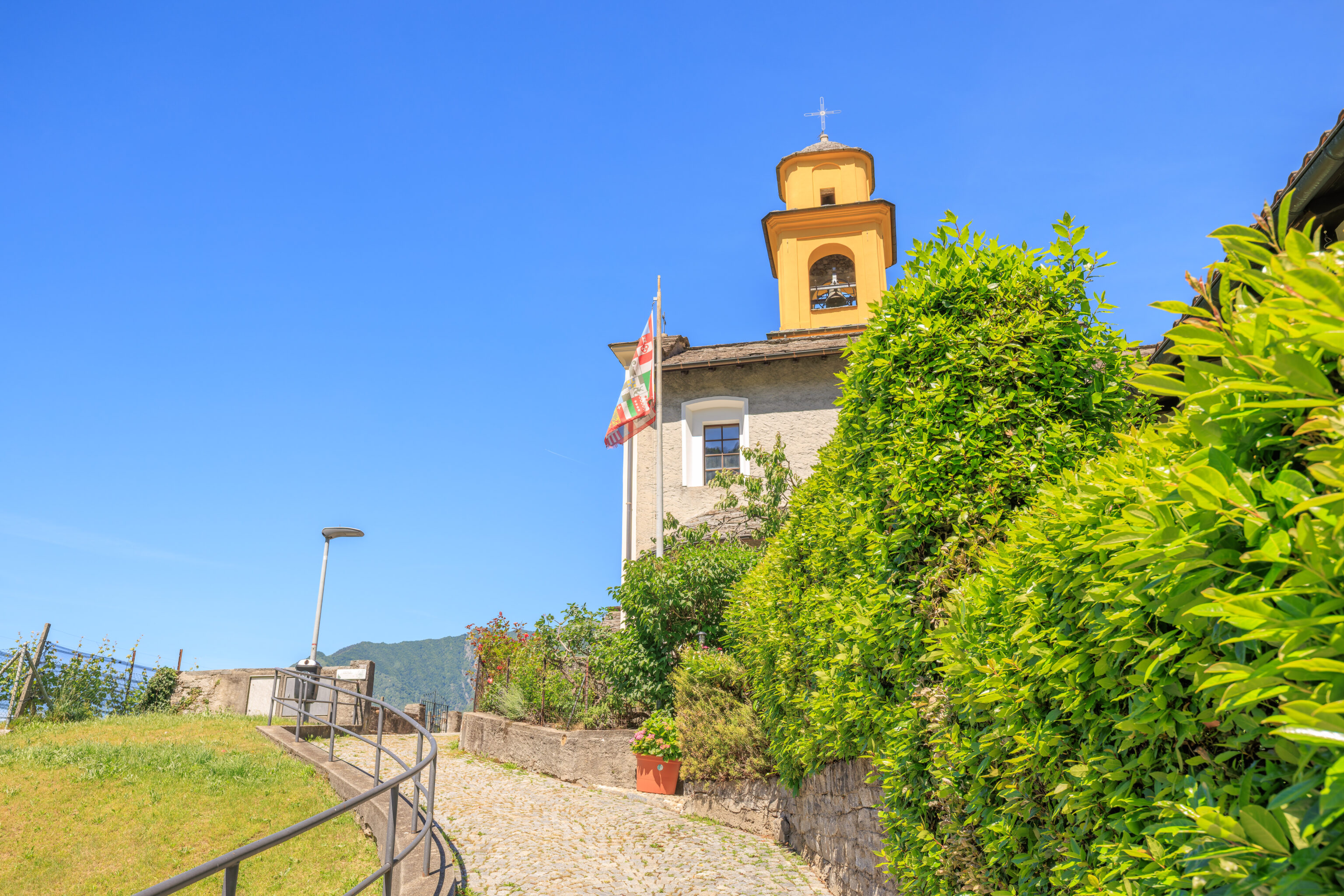
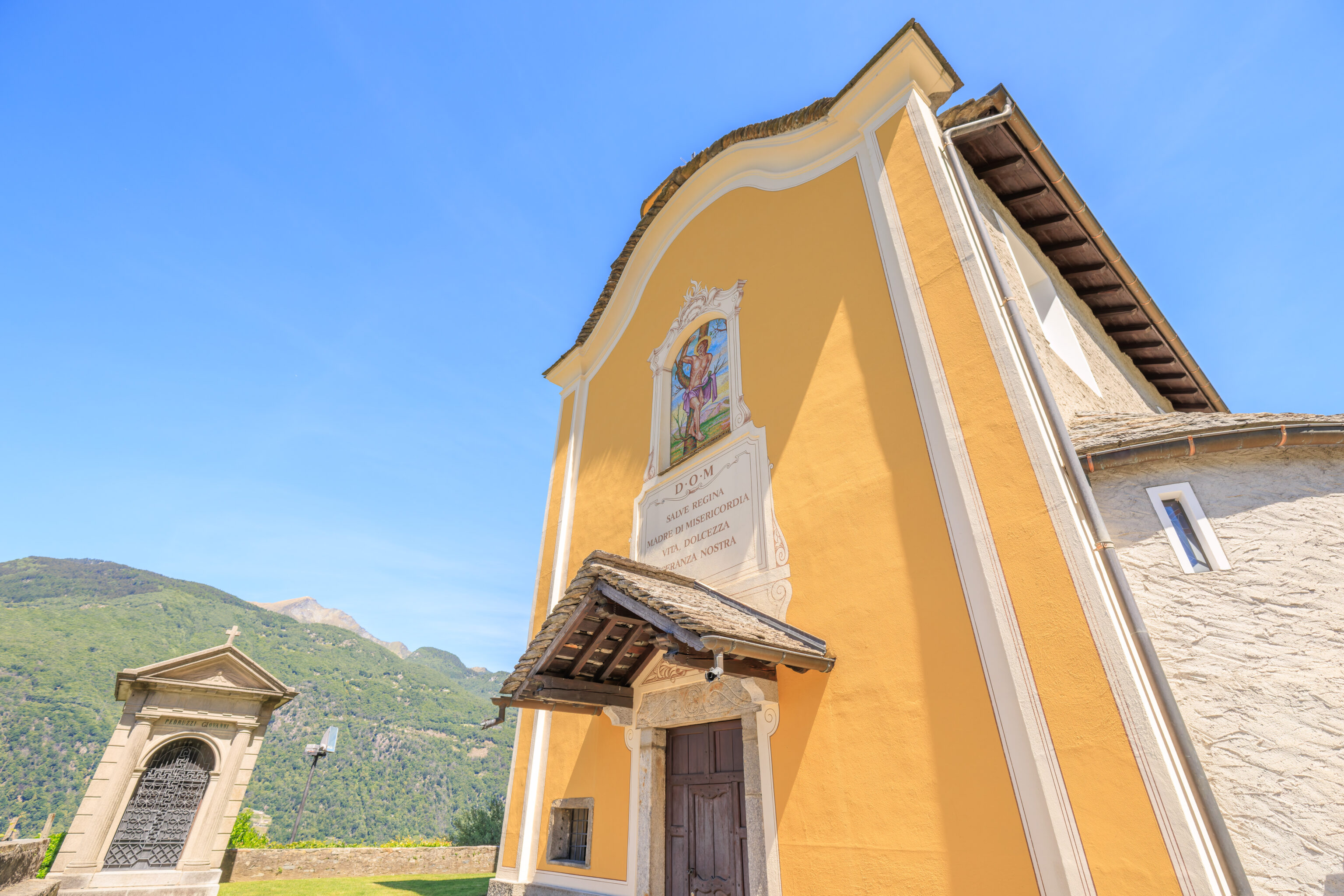
It turns out that the church was closed so we were not able to see its interior. There wasn’t anyone else, except for one person who seemed to be reading in what seemed like the church’s graveyard area.
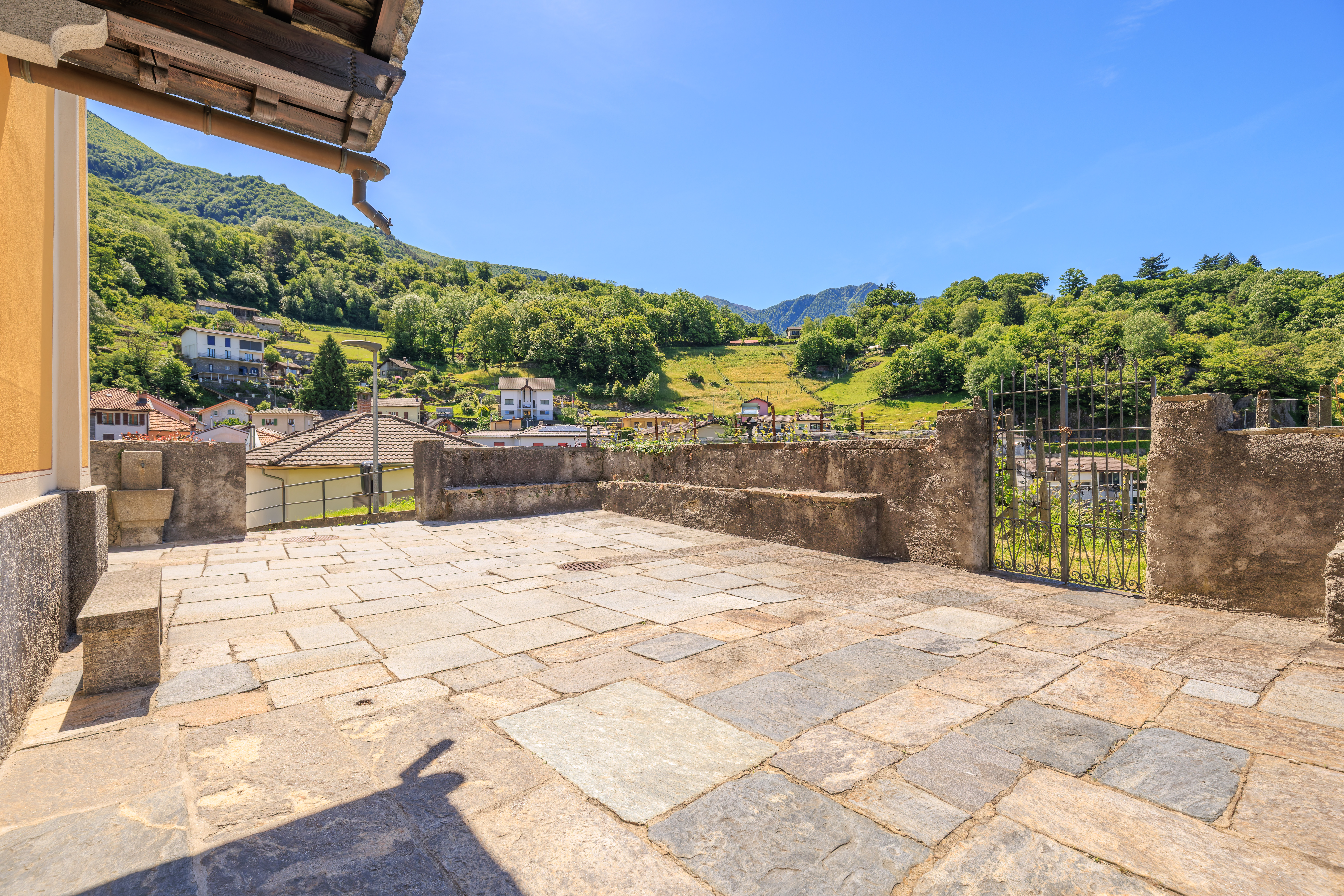
We sat on a bench in the shade in front of the church a bit.
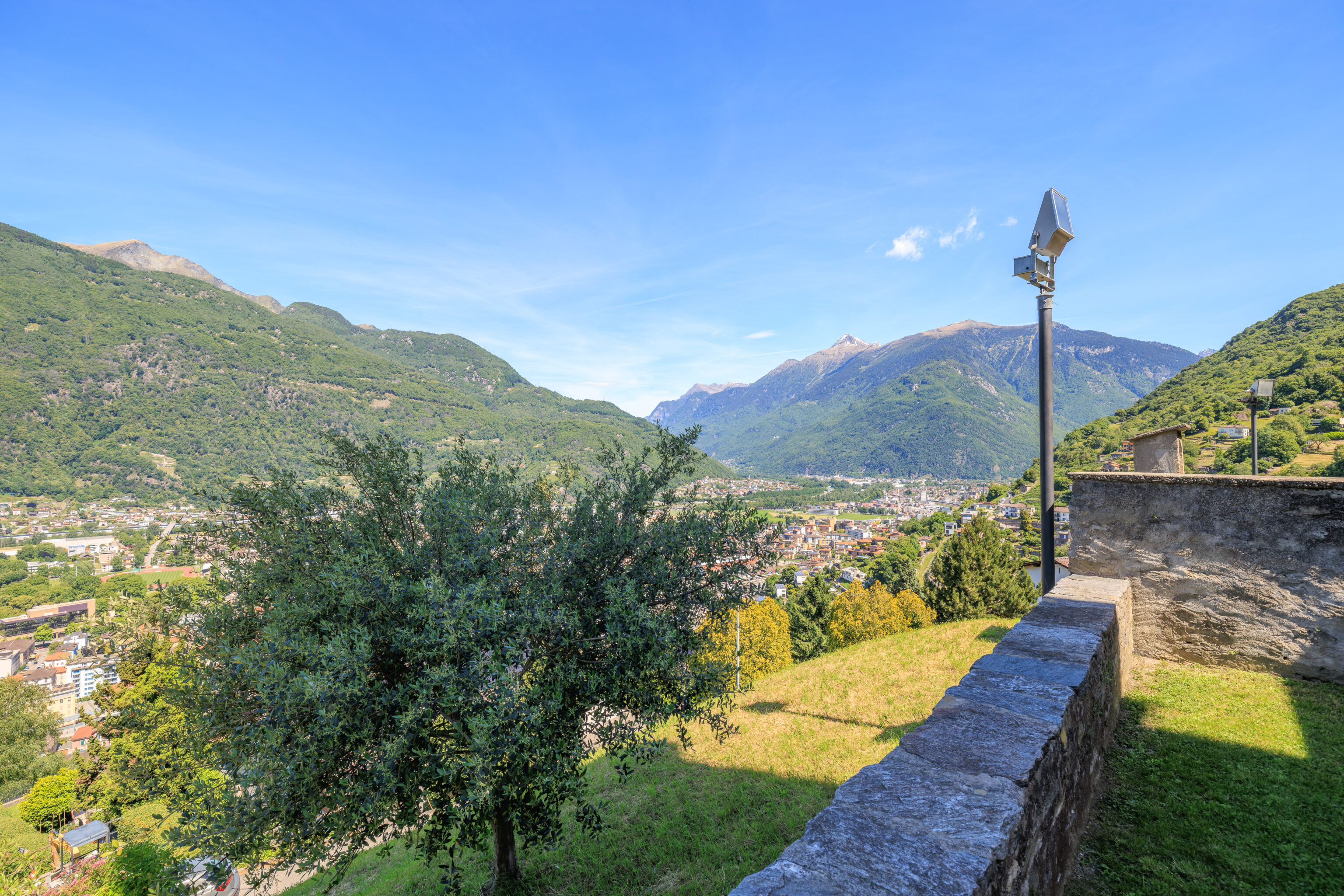
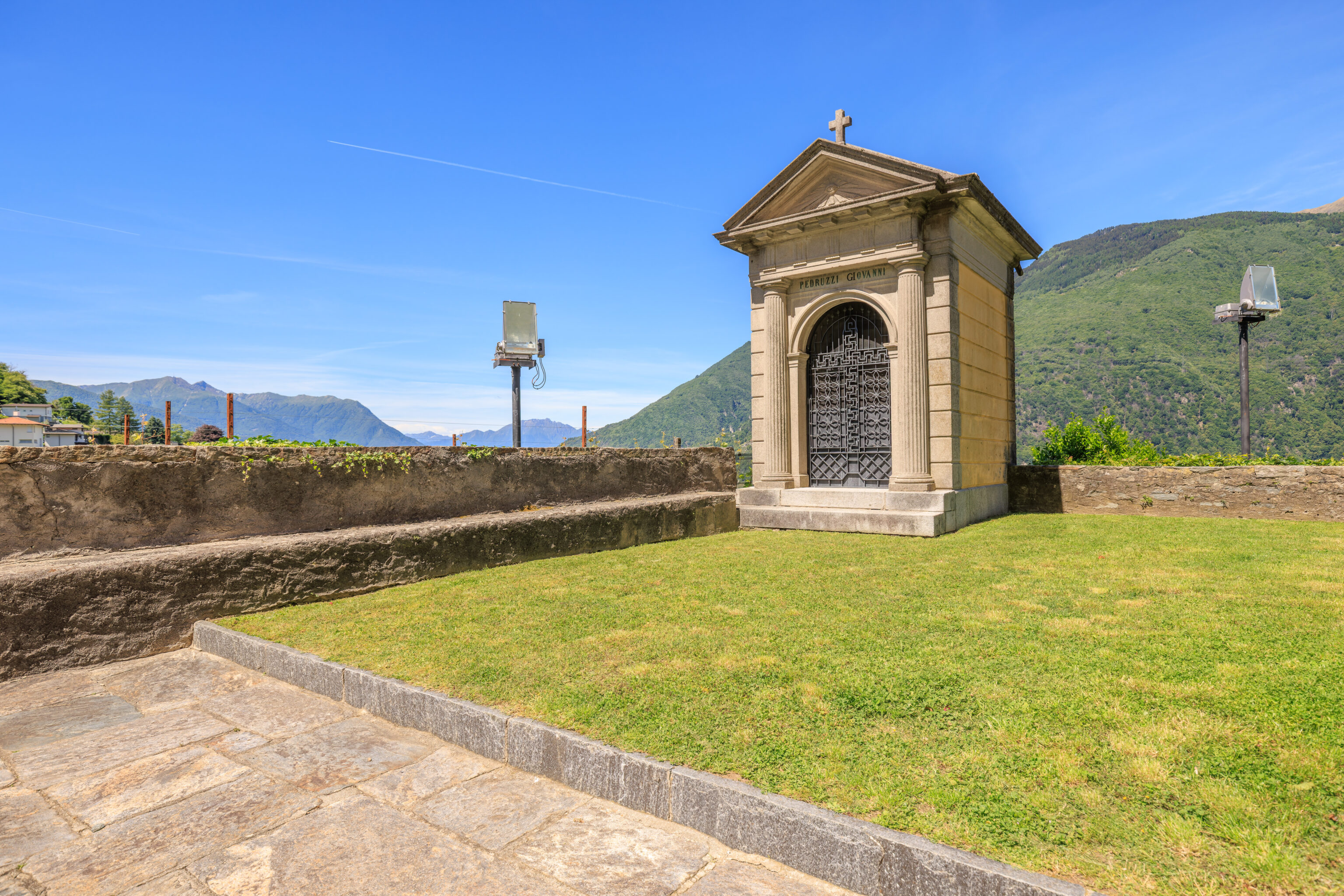
The view from the bench.
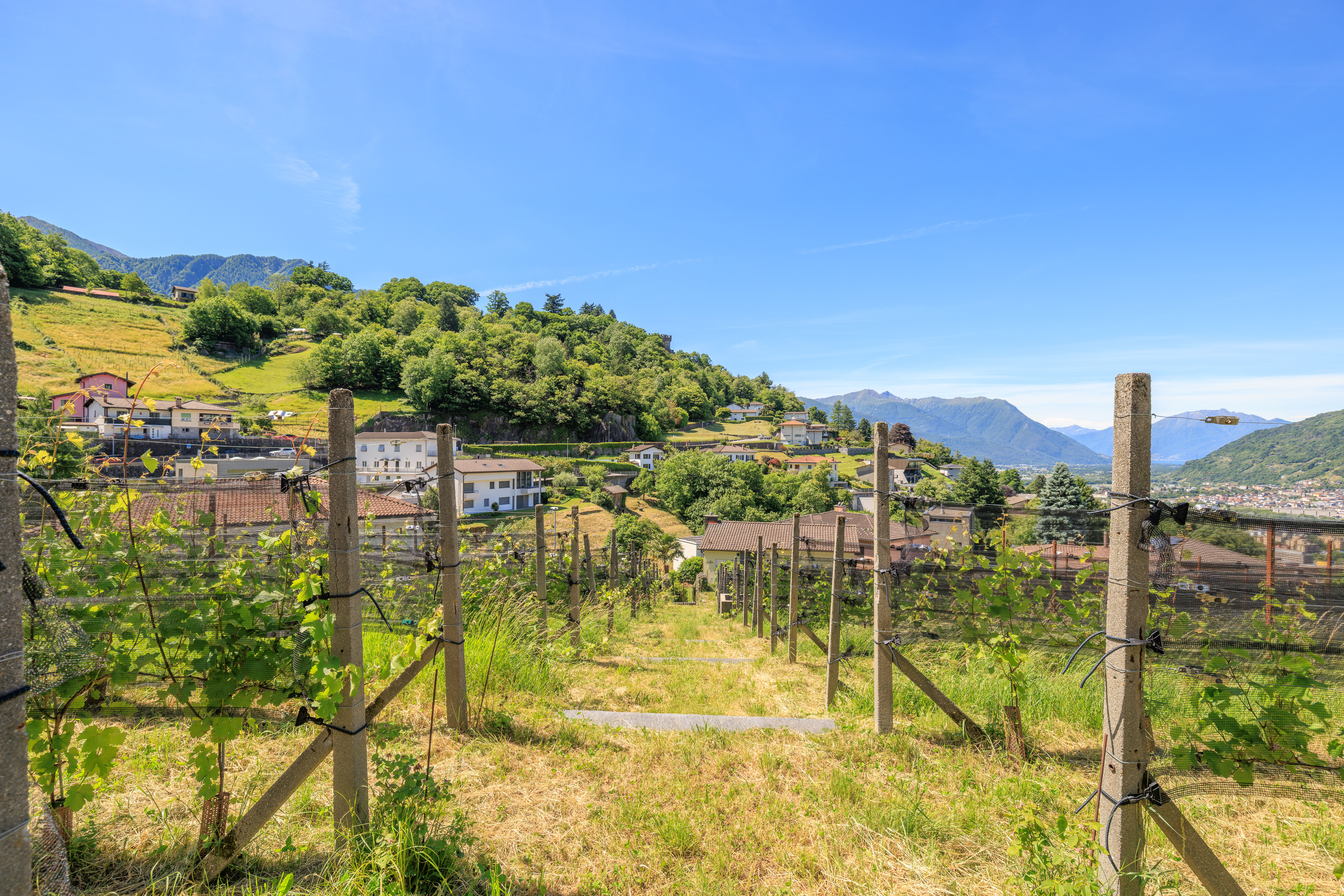
There are vineyards on the side of the hill in front of the church.
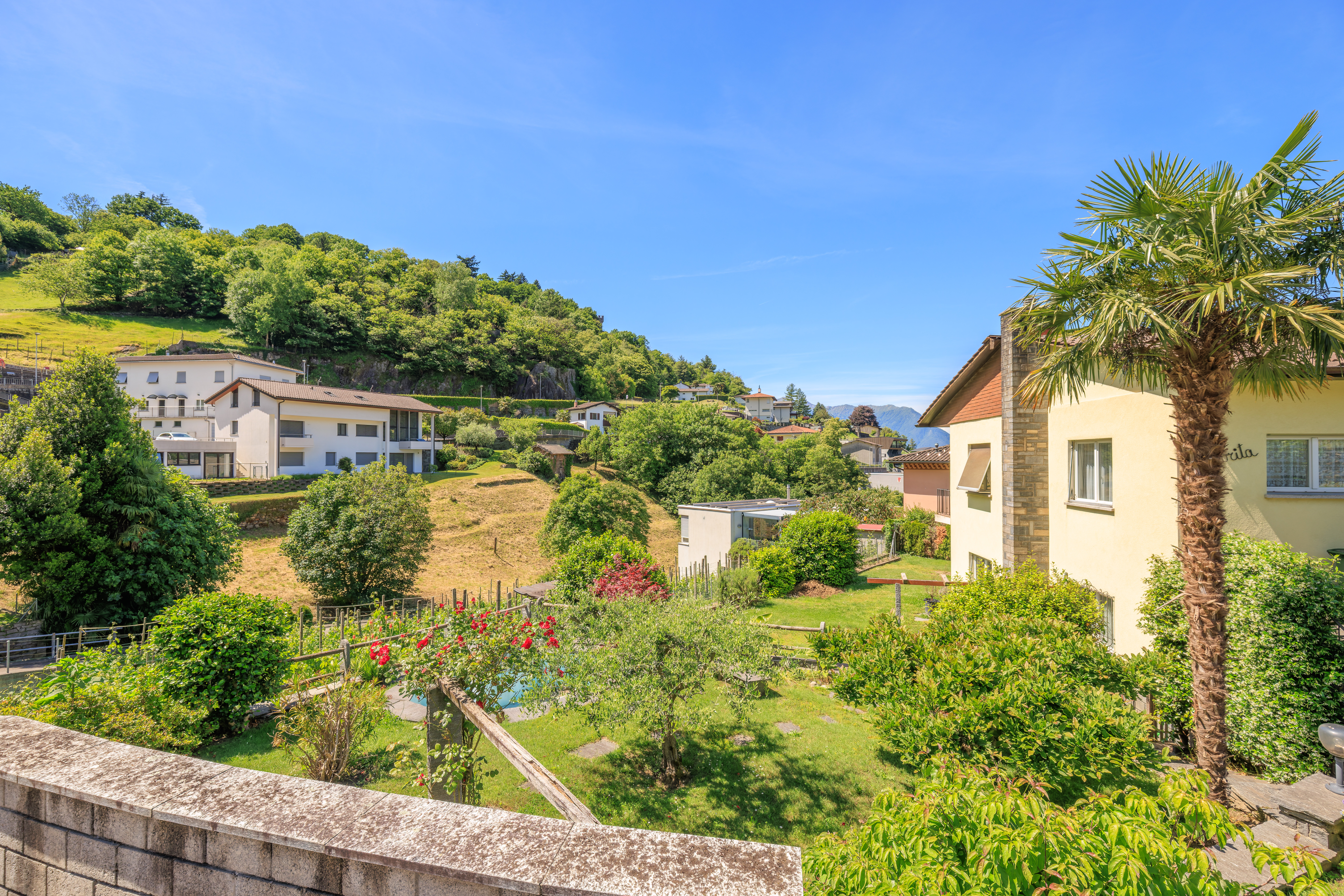
We continued on…
Castello di Montebello
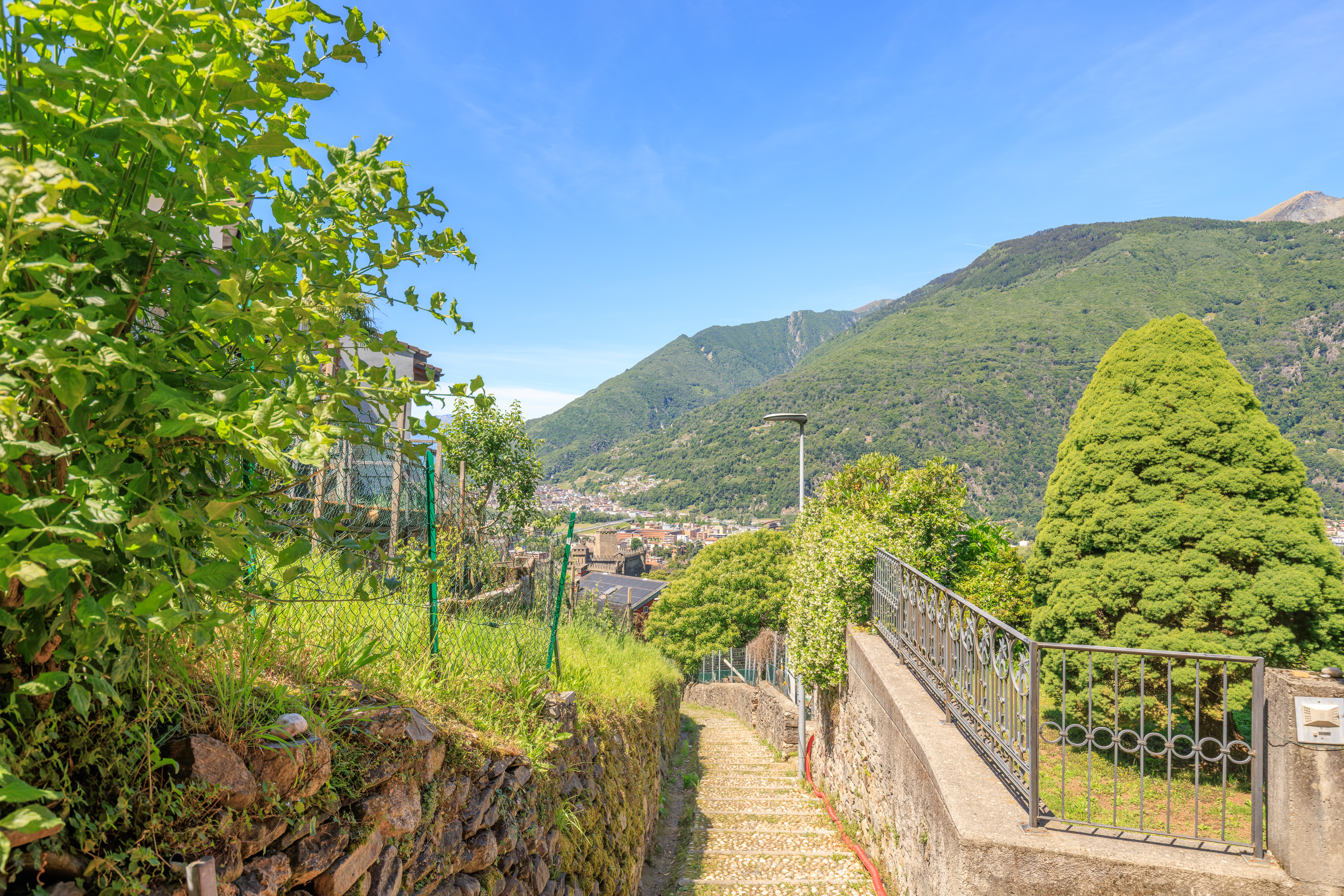
It turns out that going this way requires walking down quite a few stairs.

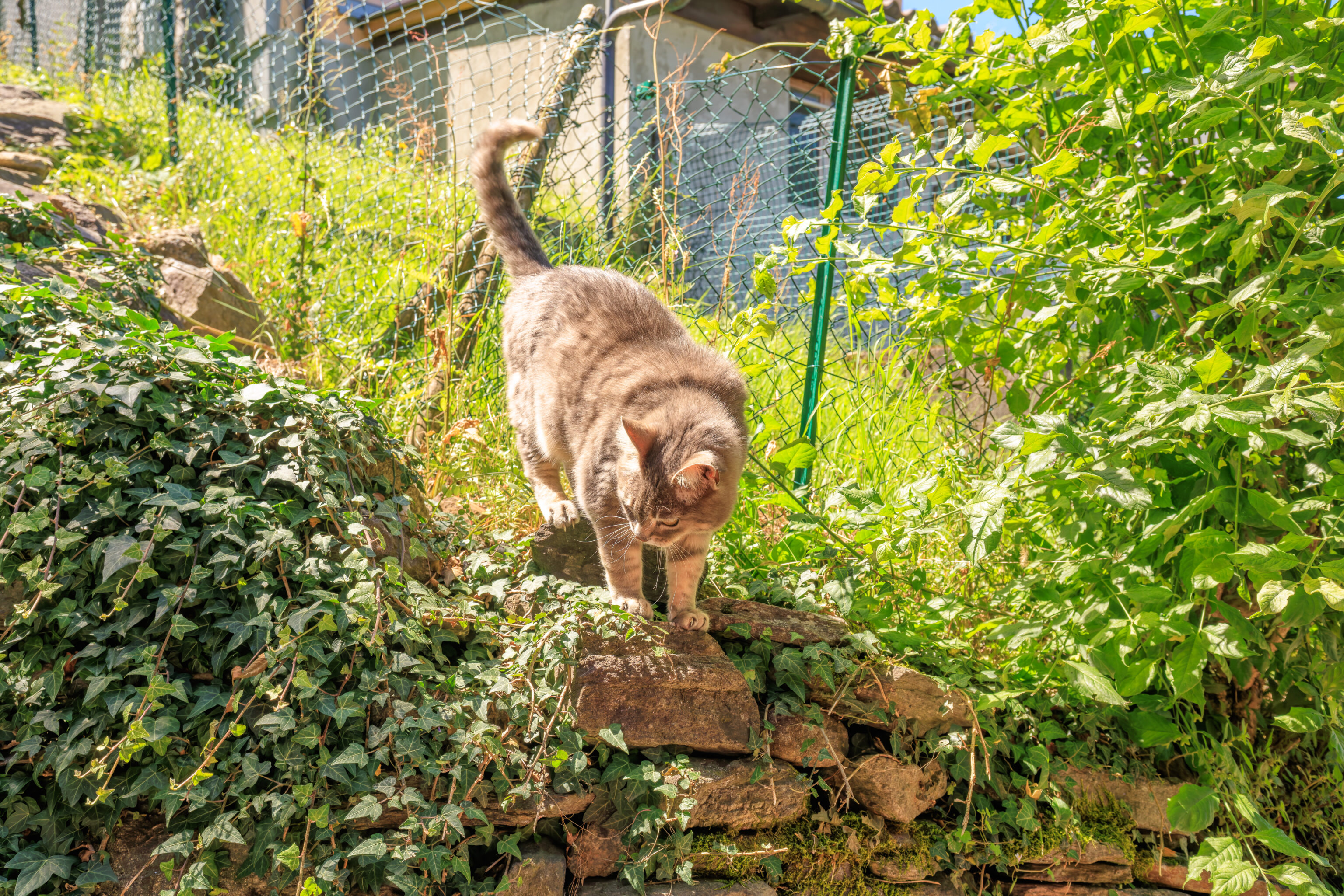
This cat accompanied us for awhile as we walked down.
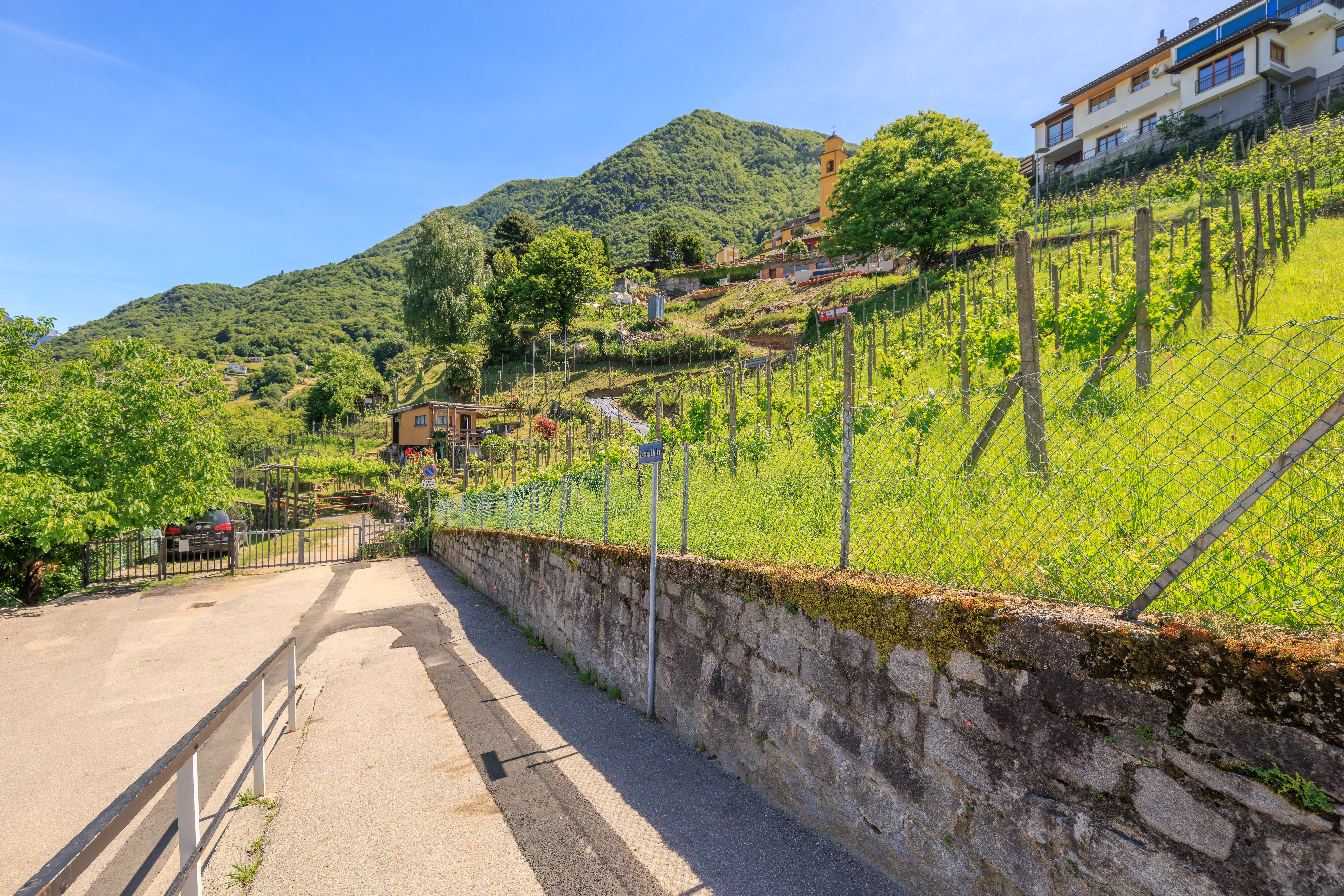
The stairs ended at the eastern end of a road.
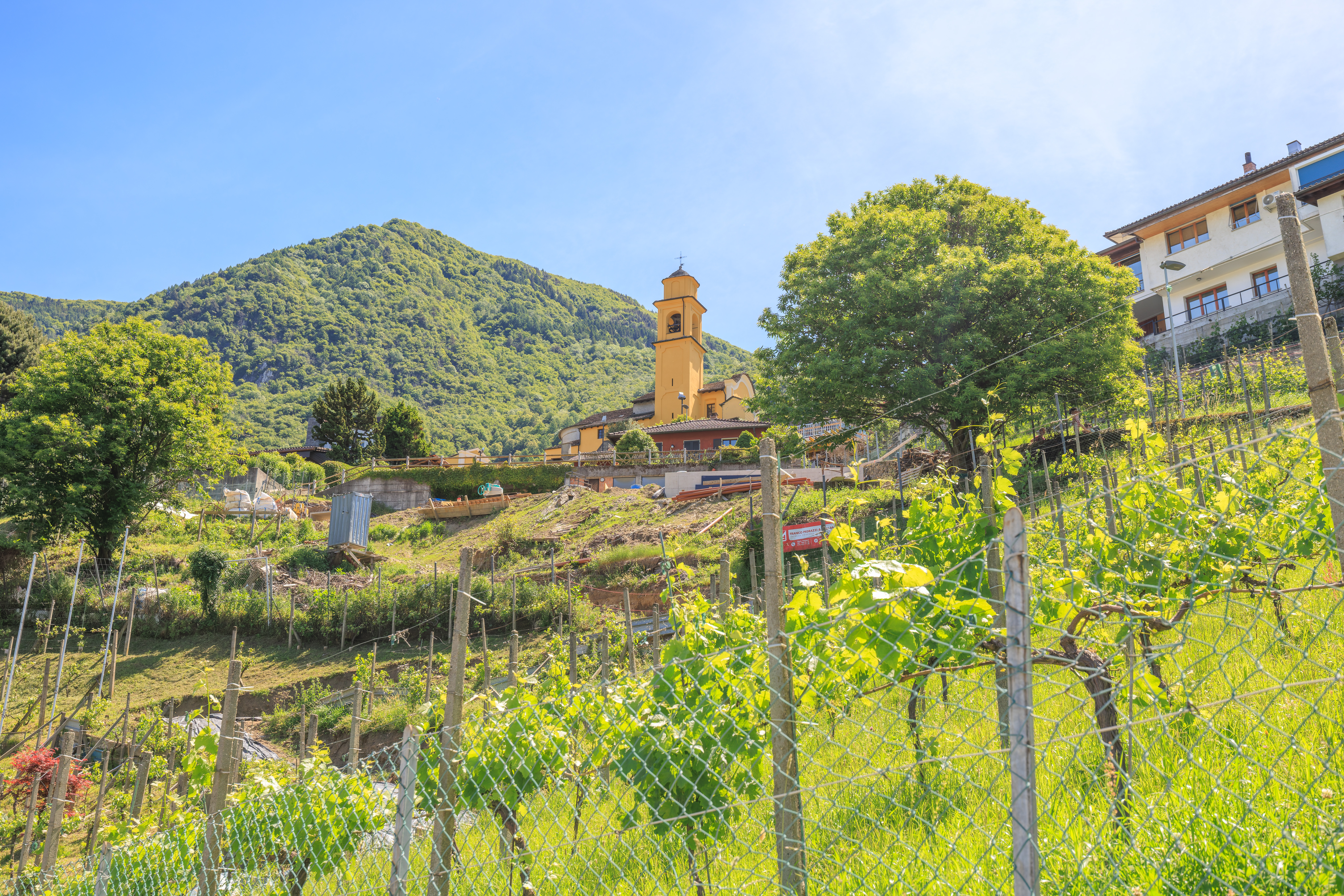
Looking up, we could see the church above.

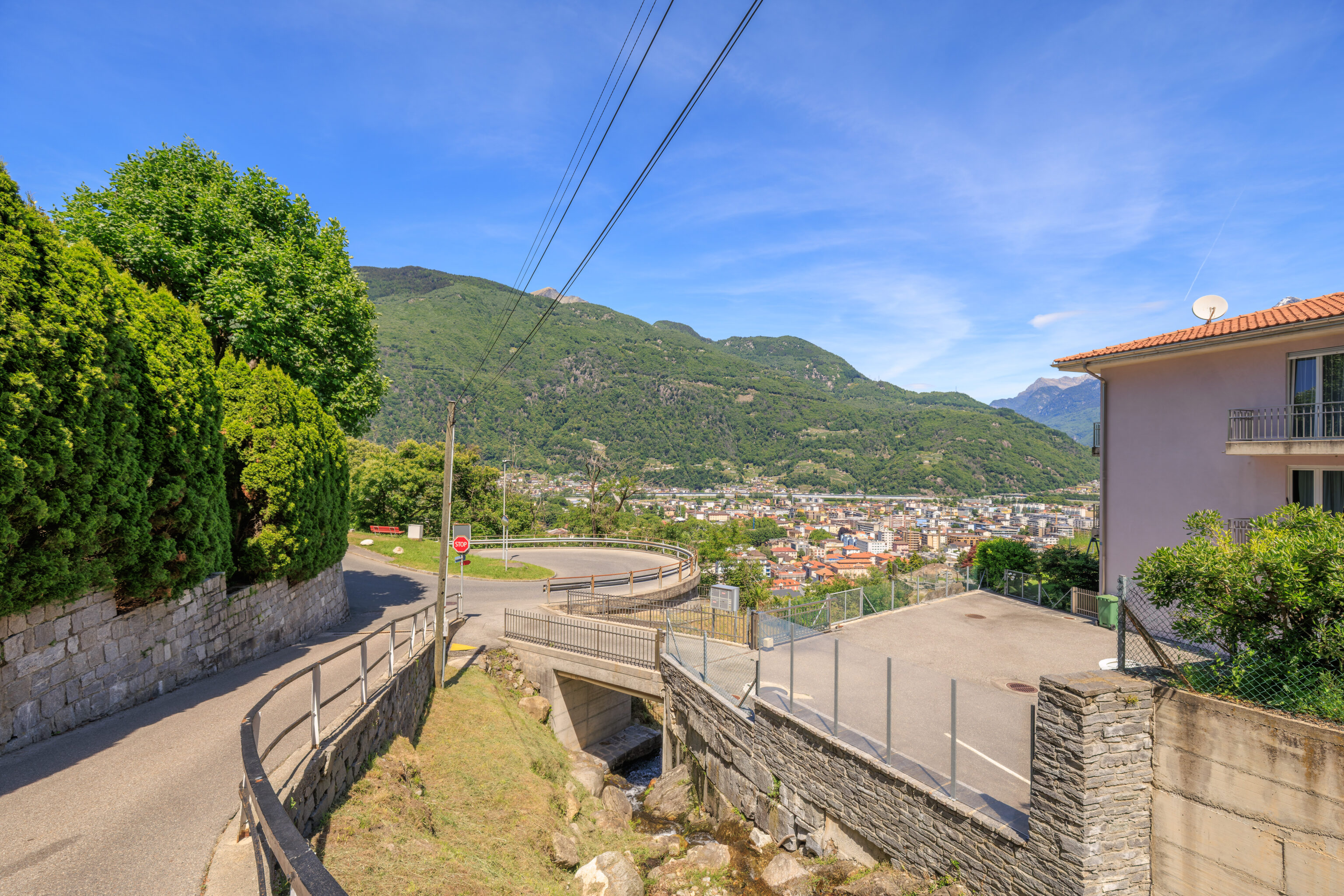
We continued on…
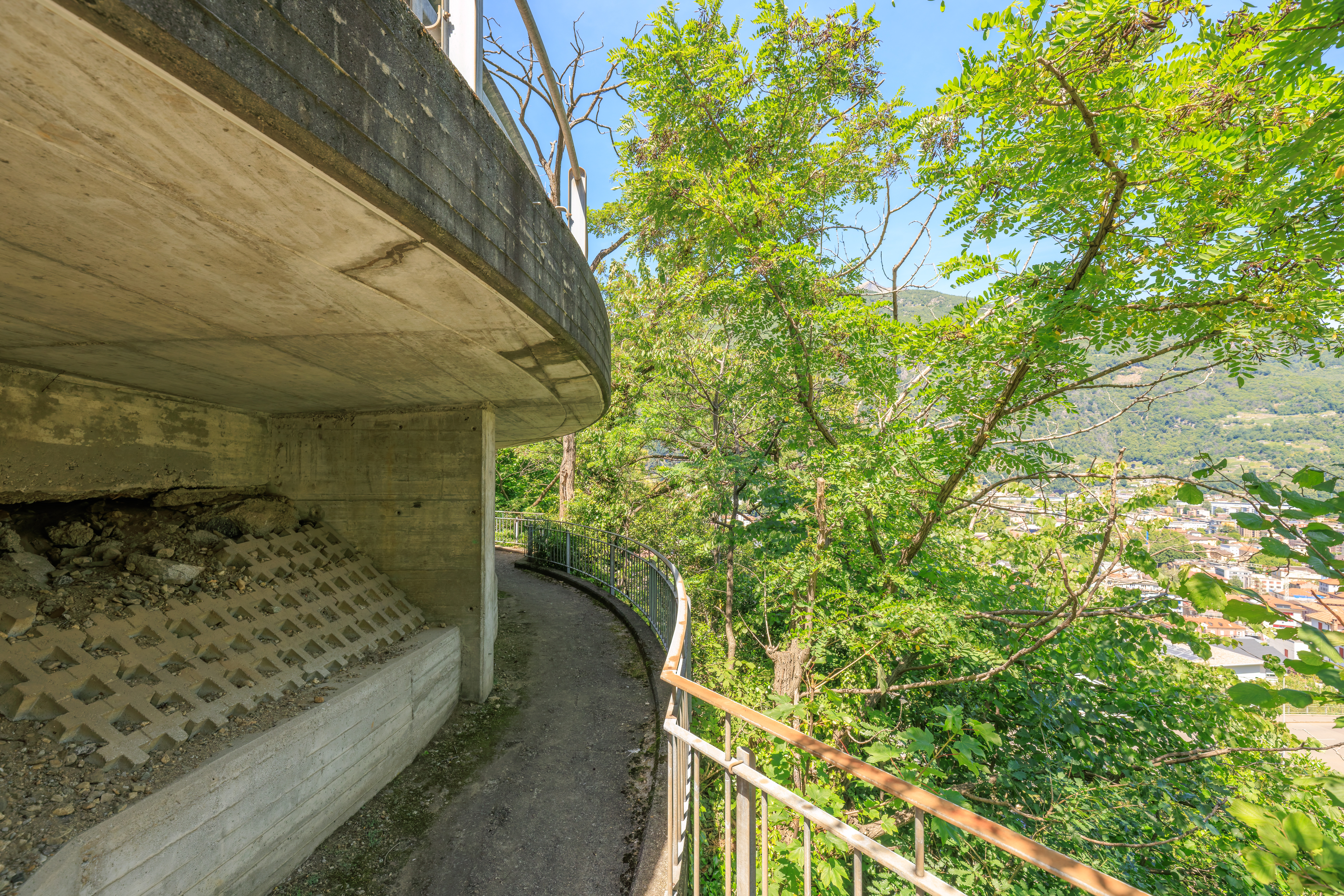
While we were riding the bus, we noted that the road it was driving on was pretty narrow and without sidewalks in most places. It seemed like it would be pretty sketchy to have to walk along the road. Well, it turns out that here at least, there is a pedestrian walkway below the road surface!
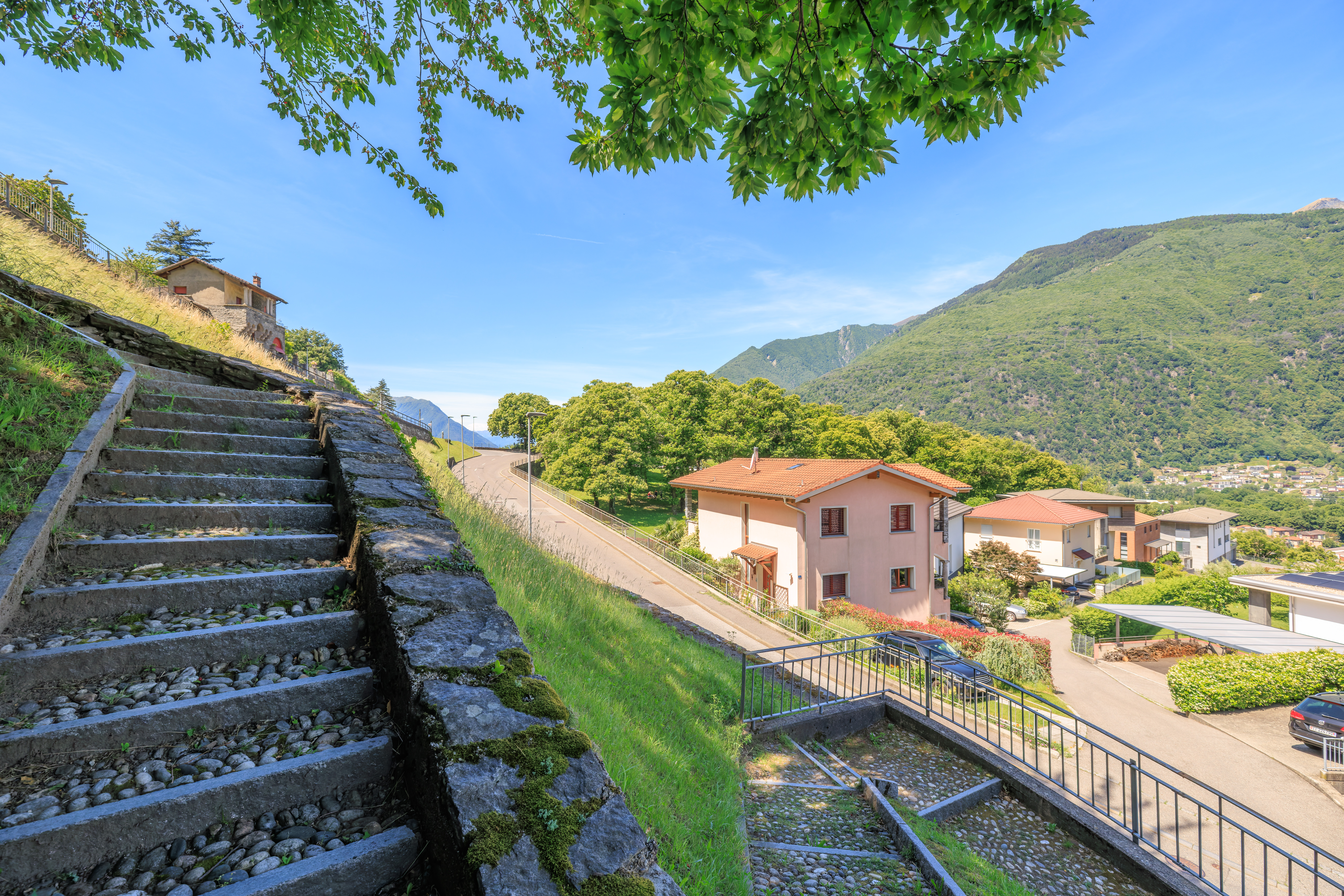
It turns out that this pedestrian path actually descends below the level of the Castello di Montebello. Oops. Maybe we should have just walked along the road as it would have taken us directly the castle.

The view was nice at least as we walked along a sidewalk that led back up on the opposite side of the road.

We arrived at the Castello di Montebello’s parking lot.
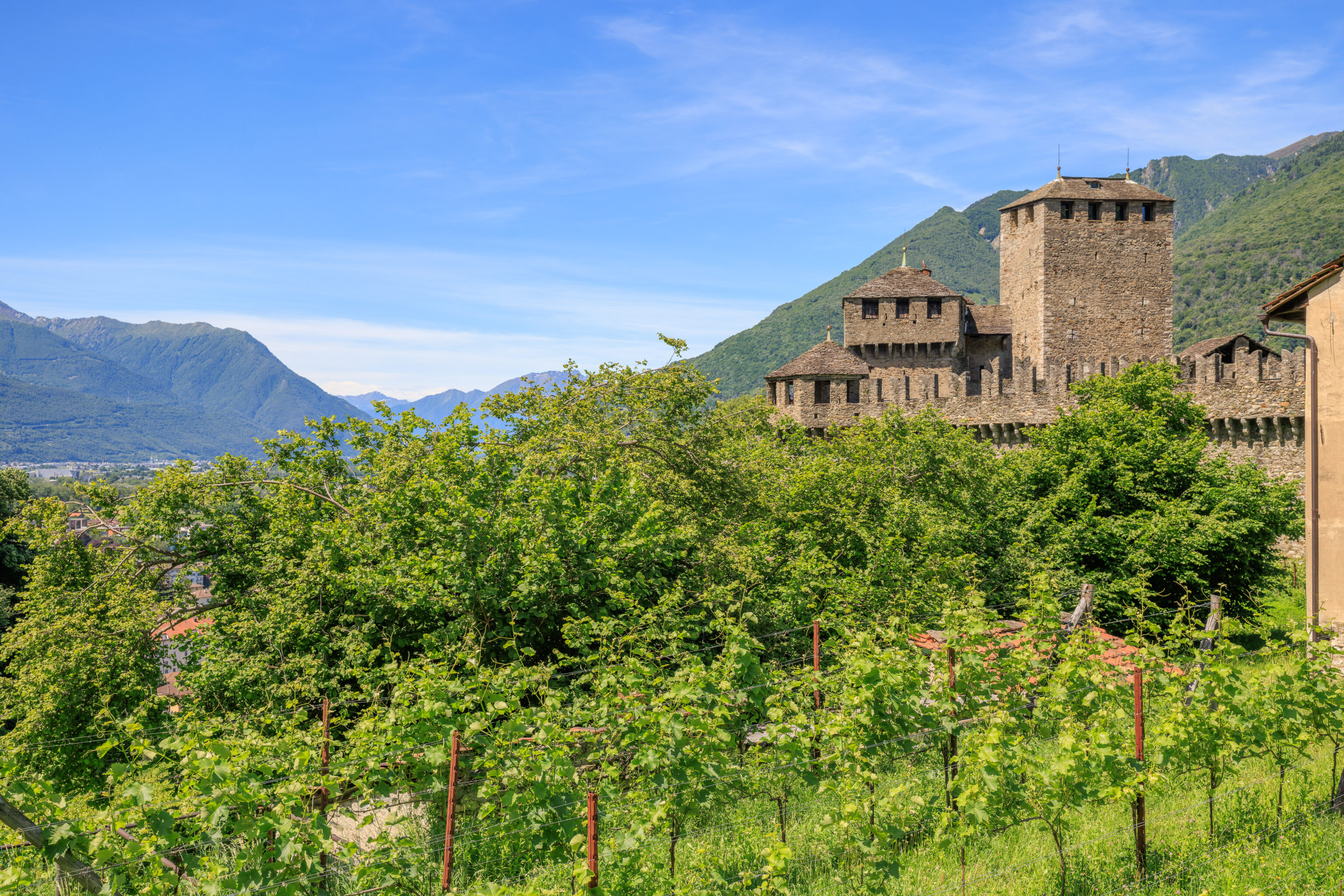
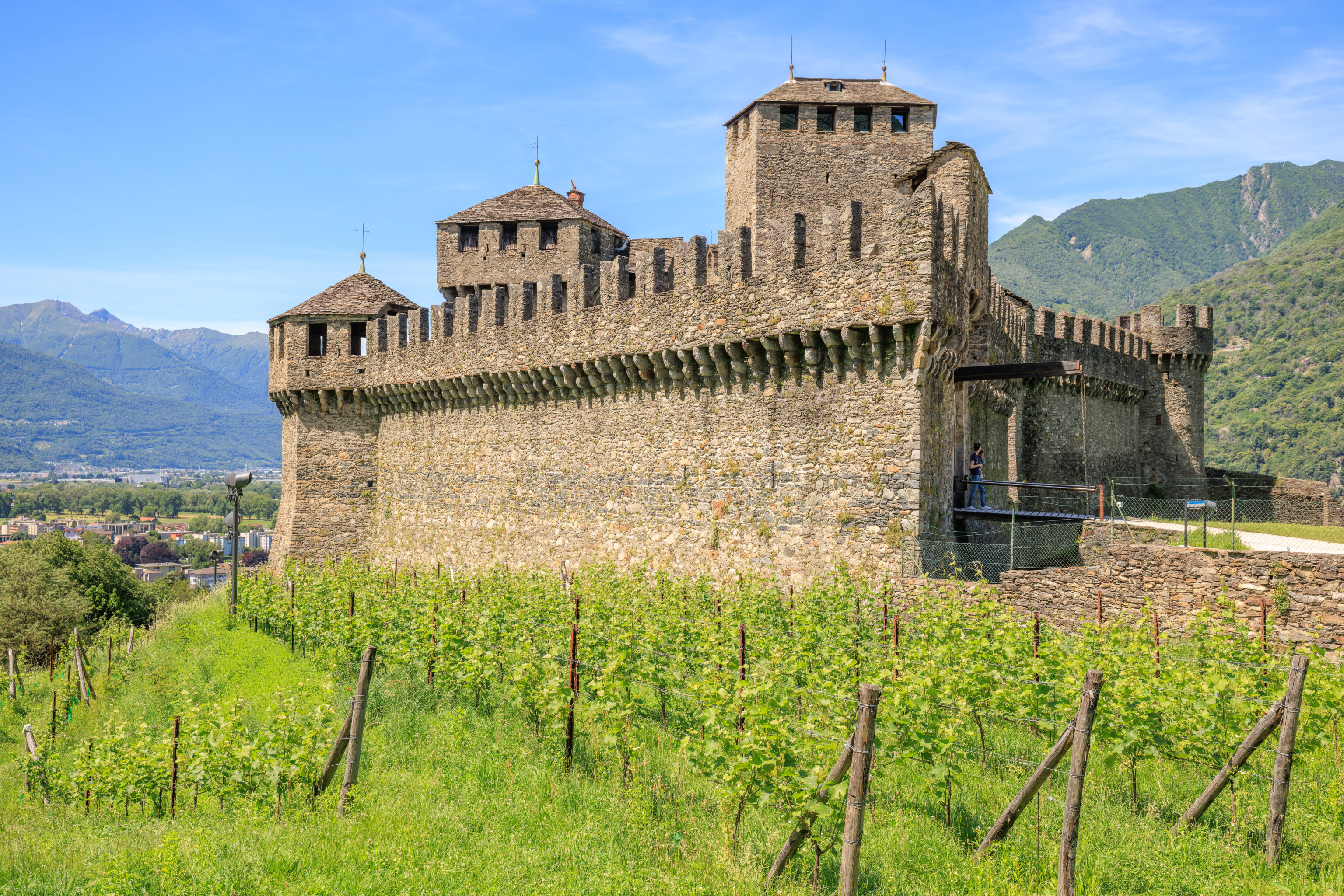

We walked up to the castle’s front door. This one appears to have a drawbridge!

But, we decided to take a quick detour before going in as we noticed something of interest.
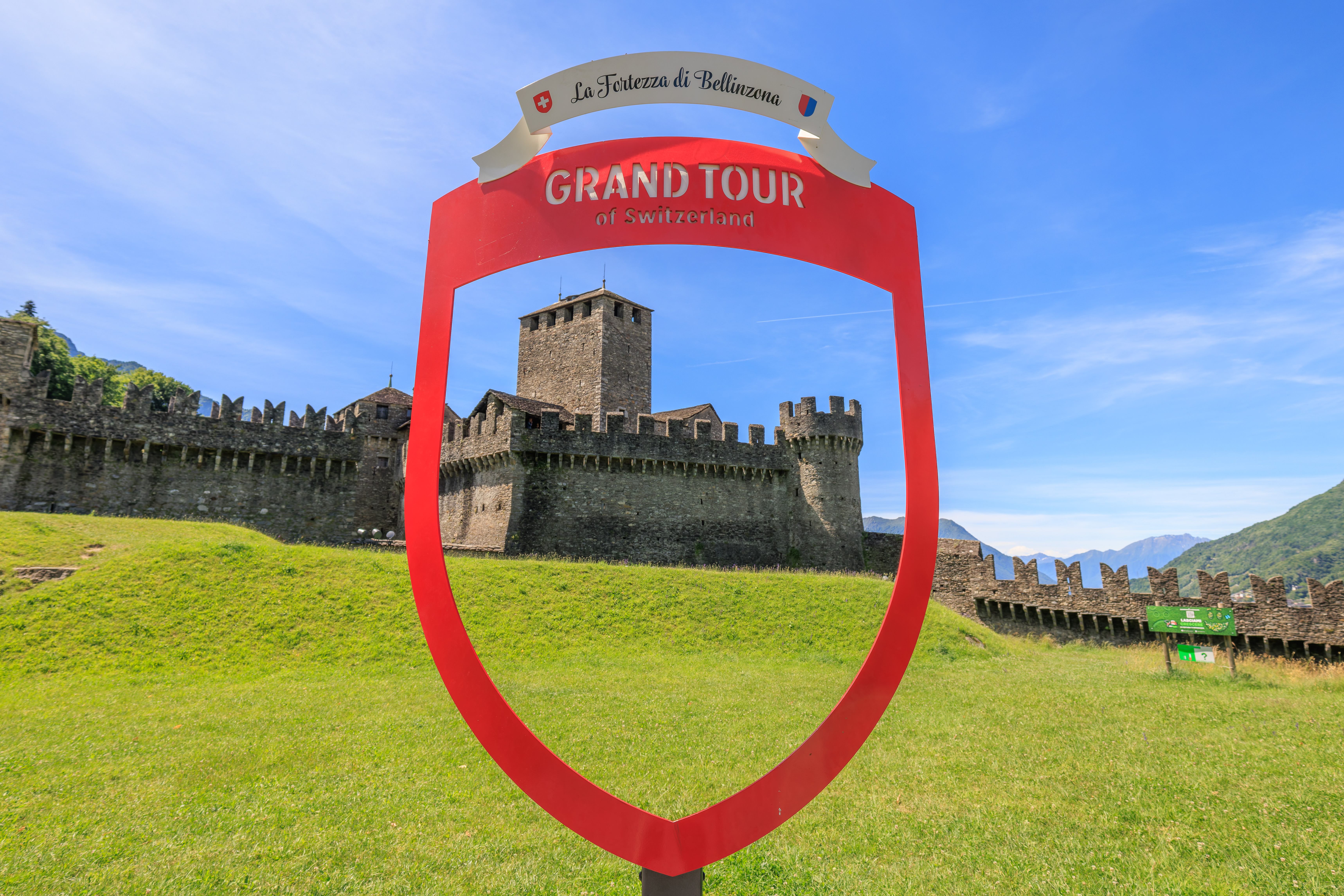
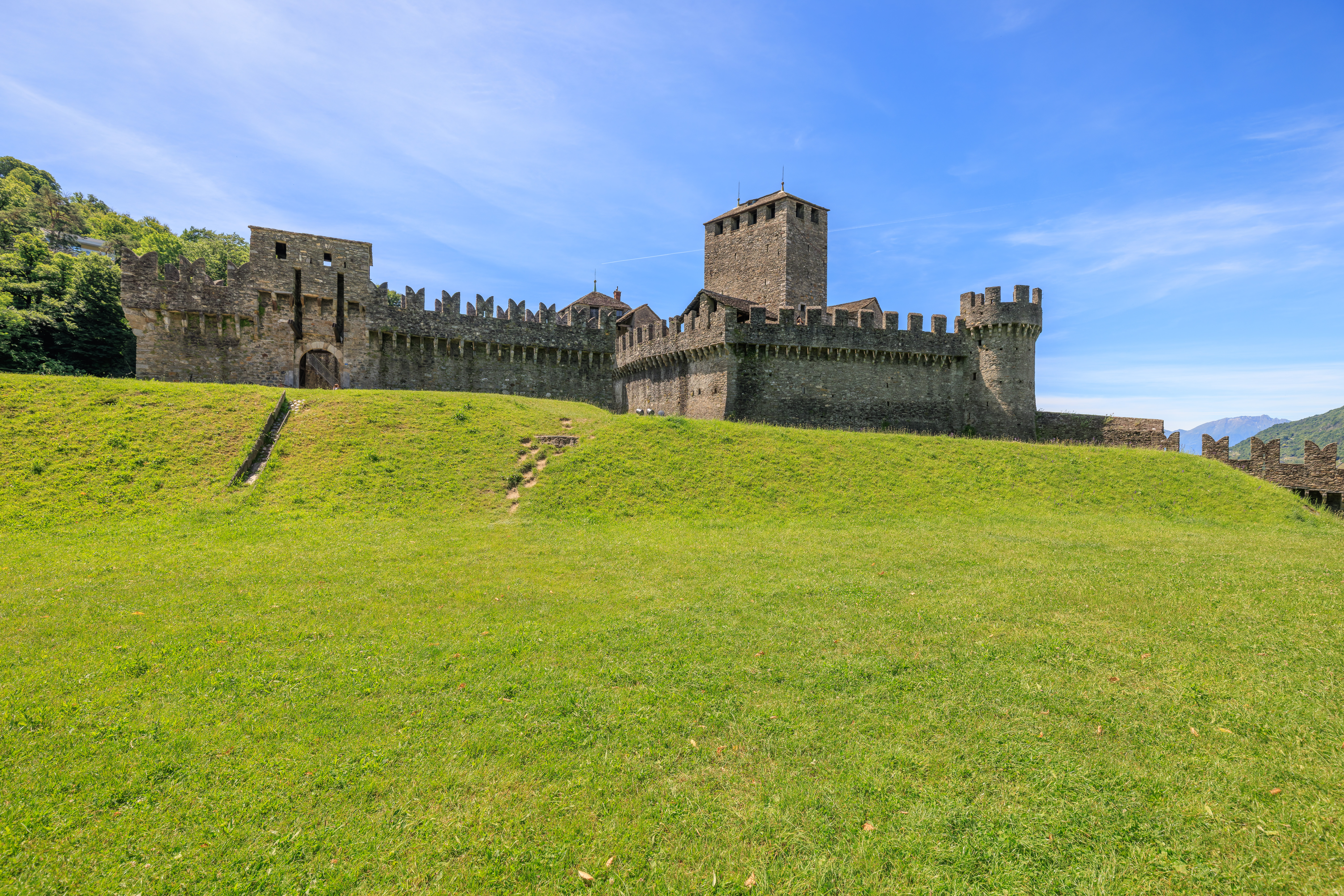
The view from the sign without the sign.
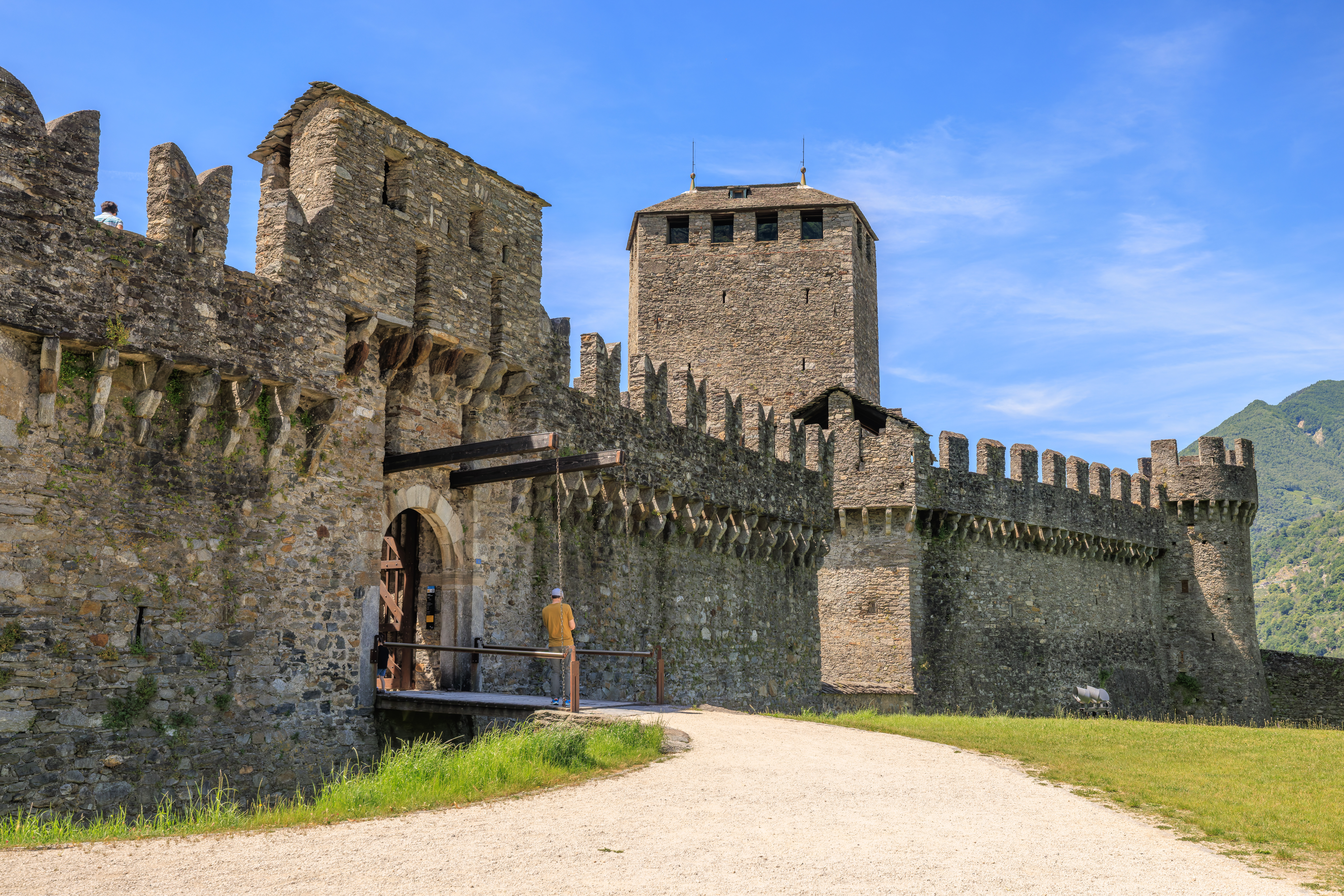
As we were heading back to the castle, we noticed a large group arriving. A tour? We rushed a bit to stay ahead of them!
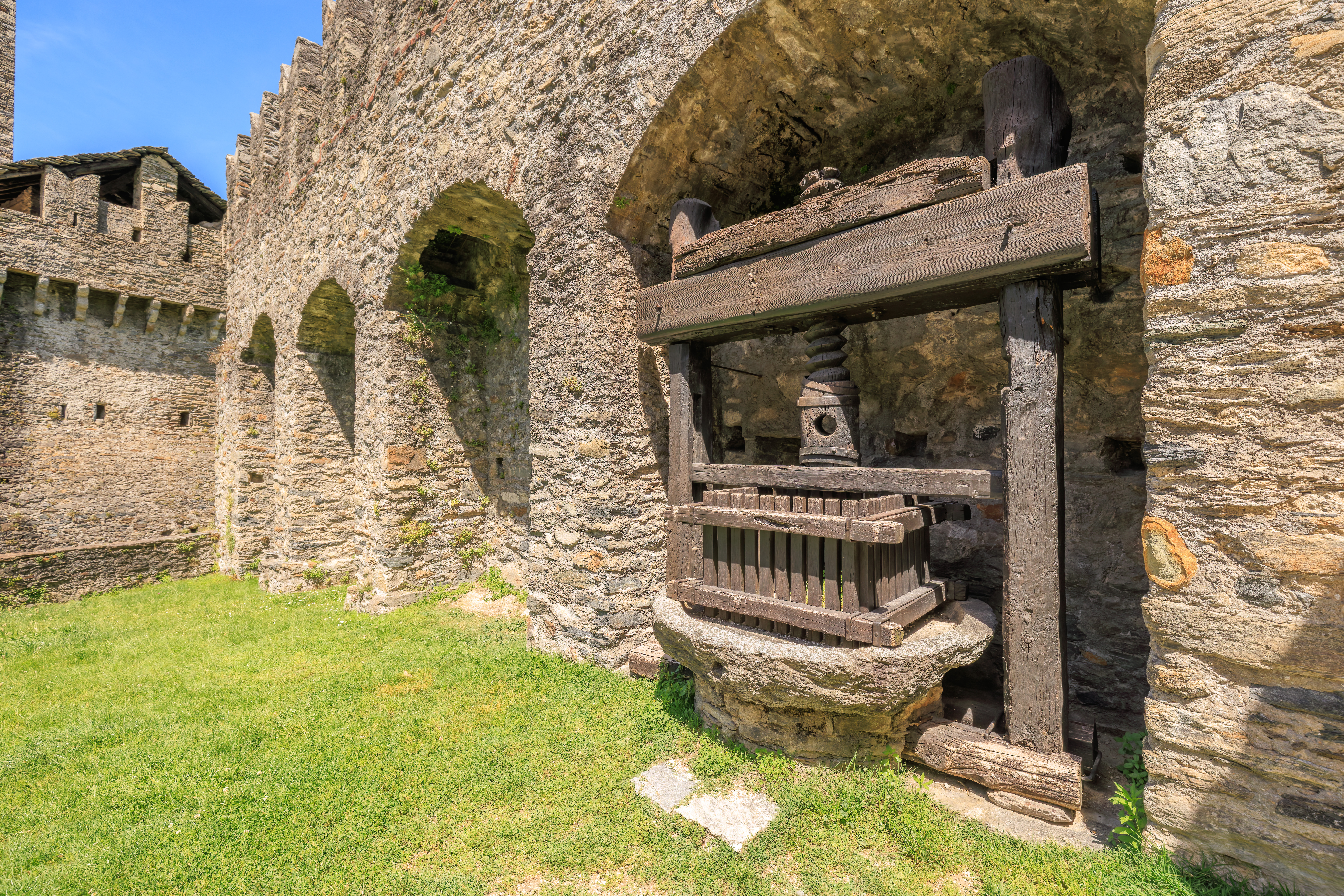
We passed by a well after entering the castle.
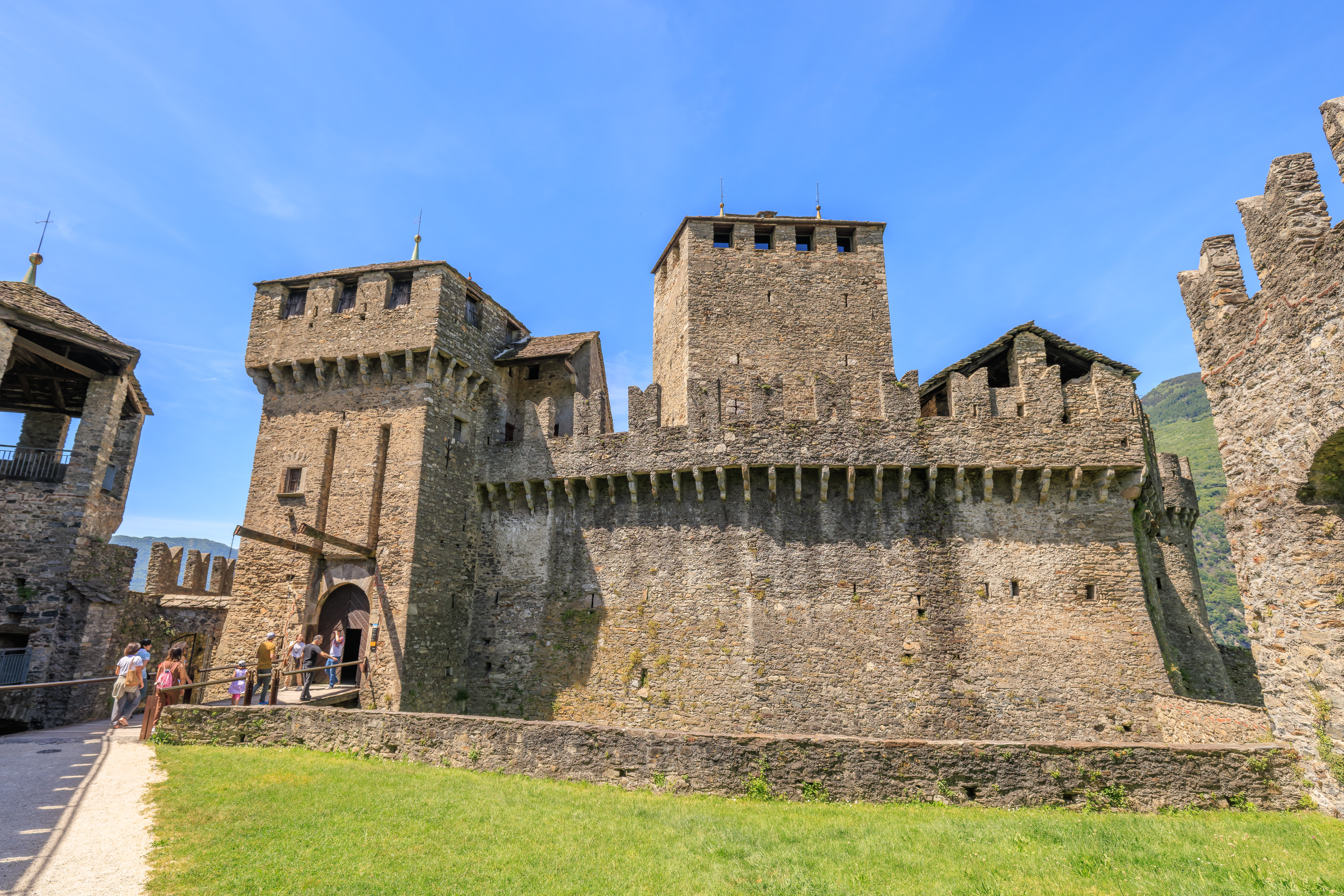
There was another drawbridge here to enter the keep.
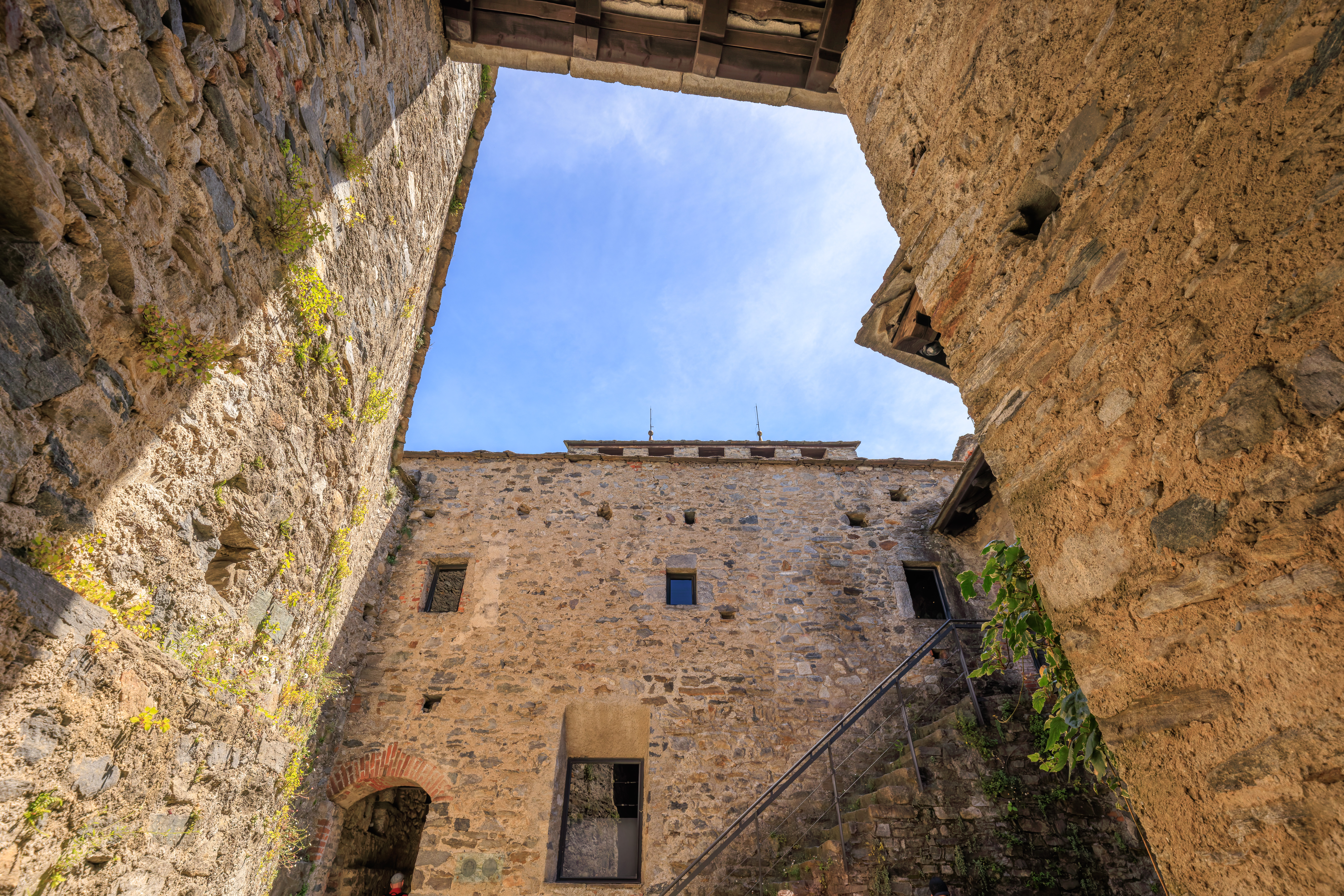
There was a courtyard in the middle of the castle’s keep.
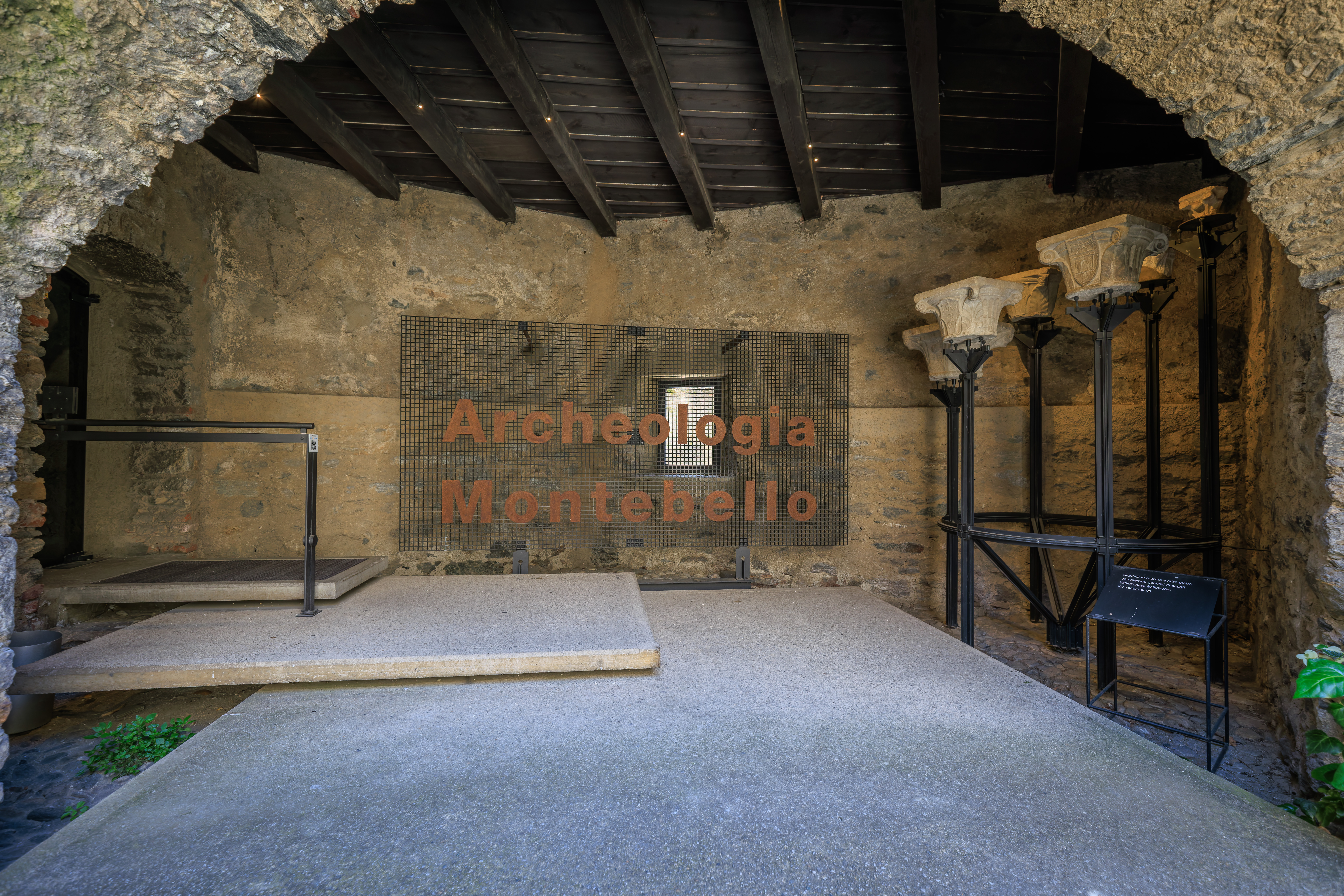
We entered into the castle. Like the Castello di Sasso Corbaro, this led to a museum area.
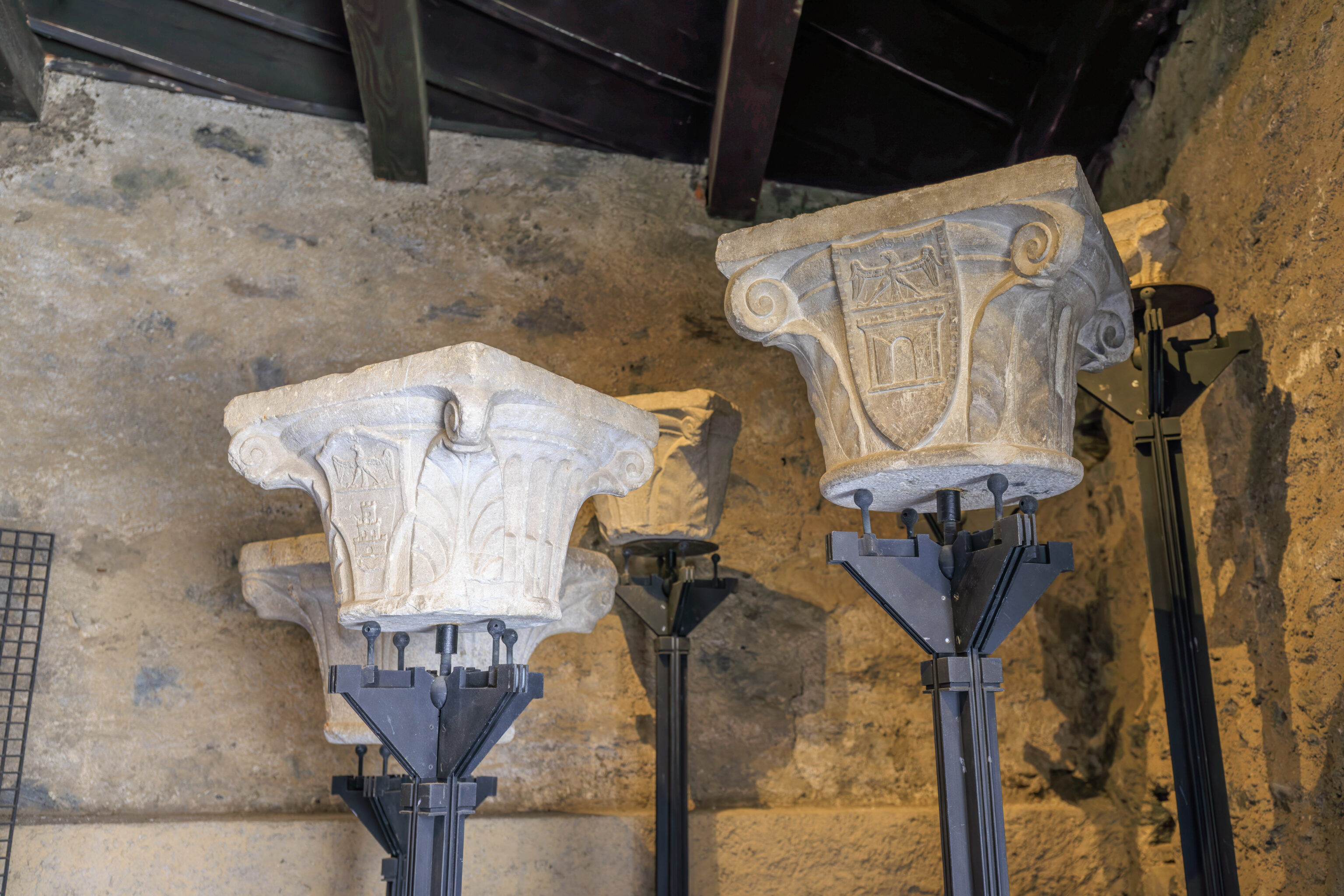
This seems familiar. We saw many of these things recently in Rome and Athens!
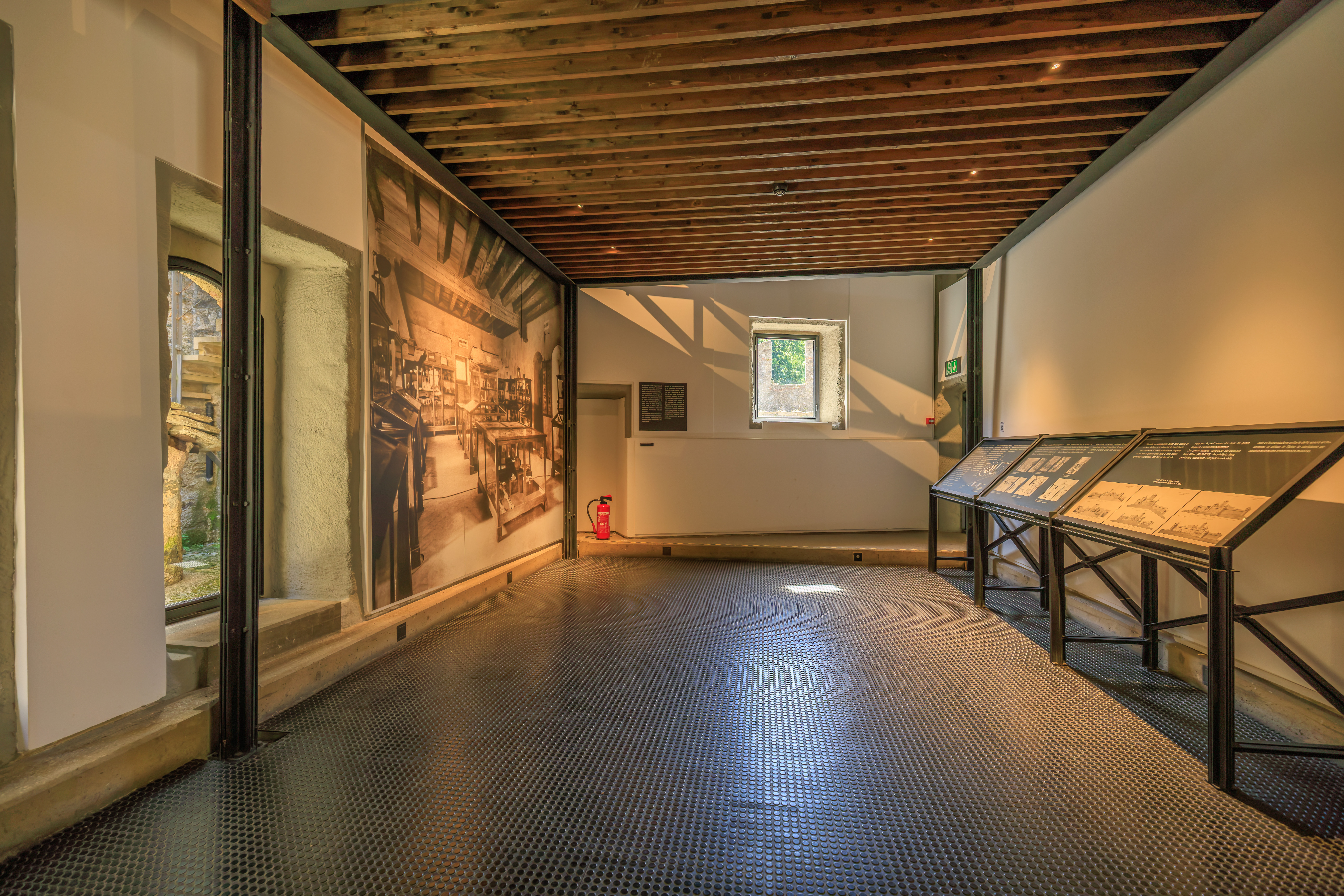
One of the signs here in this room describes the castle in Italian. Translated using Google, it reads:
Montebello Castle is, in chronological order, the second Bellinzona castle. Formerly called the 'small castle' (1457-1472), 'new' or 'middle', during the Swiss occupation it was also called the Castle of Svitto and, after 1818, of San Martino.
The manor is made up of a primitive nucleus (C) - an irregular enclosure, slightly oblong and divided internally by several walls, placed on the main rock - built at the end of the 13th century by the powerful Ghibelline family of Como, the Rusca as a fortified residence.
In 1335, with the advent of the Visconti dominion over Como, the castle also fell into the hands of the Milanese dynasty who transformed it for new strategic needs. The fortress was protected by a high wall crowned with Ghibelline battlements and equipped with corner towers (B); on the eastern front, easily accessible, it was also necessary to dig a deep moat (2), over which a drawbridge was placed.
In the period between 1462 and 1490, further expansion works followed which involved the construction of a second, more robust wall, which incorporates parts of the fourteenth-century one, with rounded towers, open towards the inside in the northern and western corners. On the eastern side, a ravelin (A) was built - a high crown of walls that protected the access from attacks, equipped with a patrol path with machicolations - which was accessed by crossing a first moat via a drawbridge (1).
From the rhombus-shaped fortress there were two extensions of walls to the north (5) and to the south (8) which, joining with Castelgrande, enclosed the ancient village in a defensive perimeter.
One of the few interventions attested during the lordship of the three primitive cantons is the construction of the oratory dedicated to San Martino (6), built around 1600 against the core of the castle.
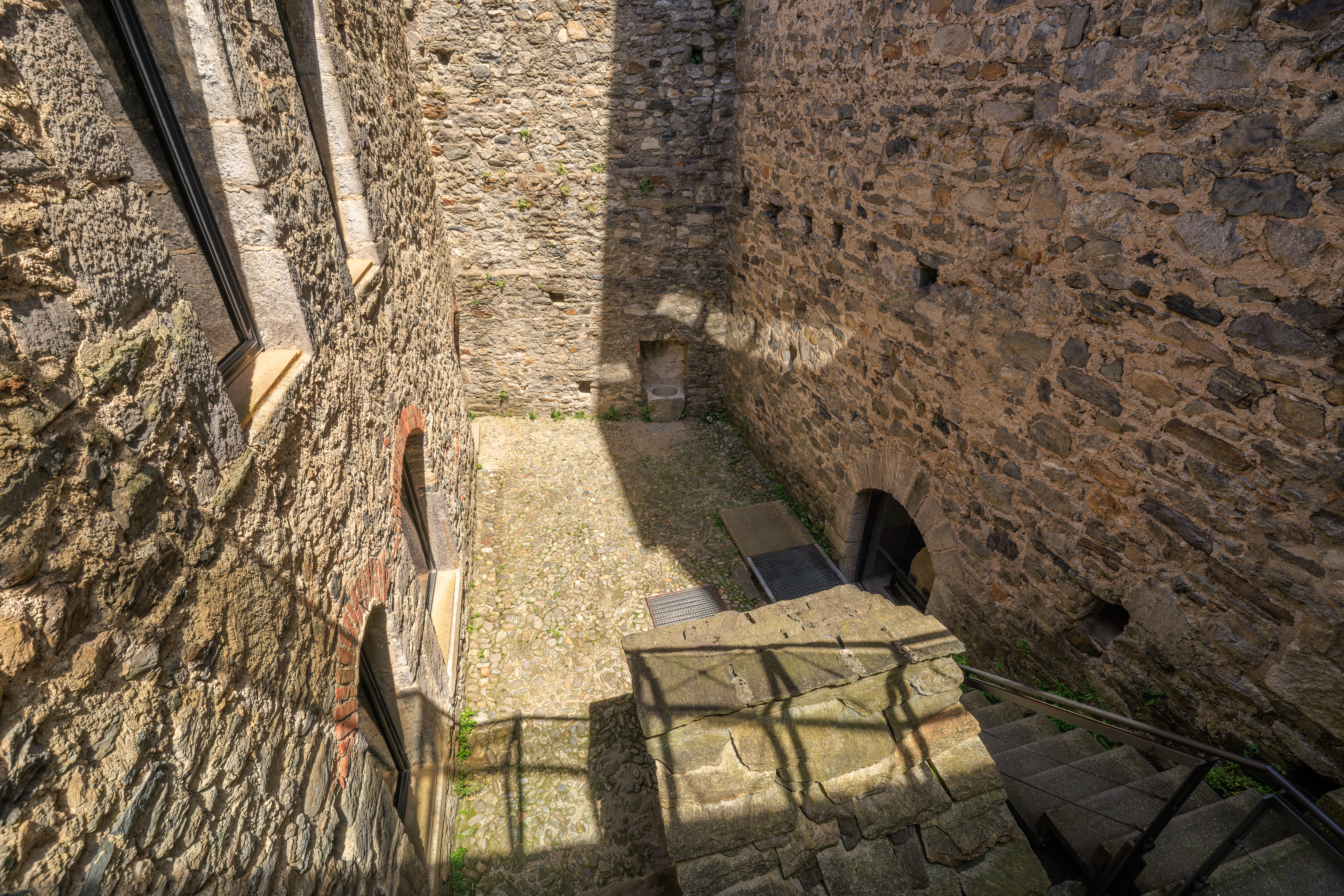
We walked past another courtyard, though this one was rather tiny.
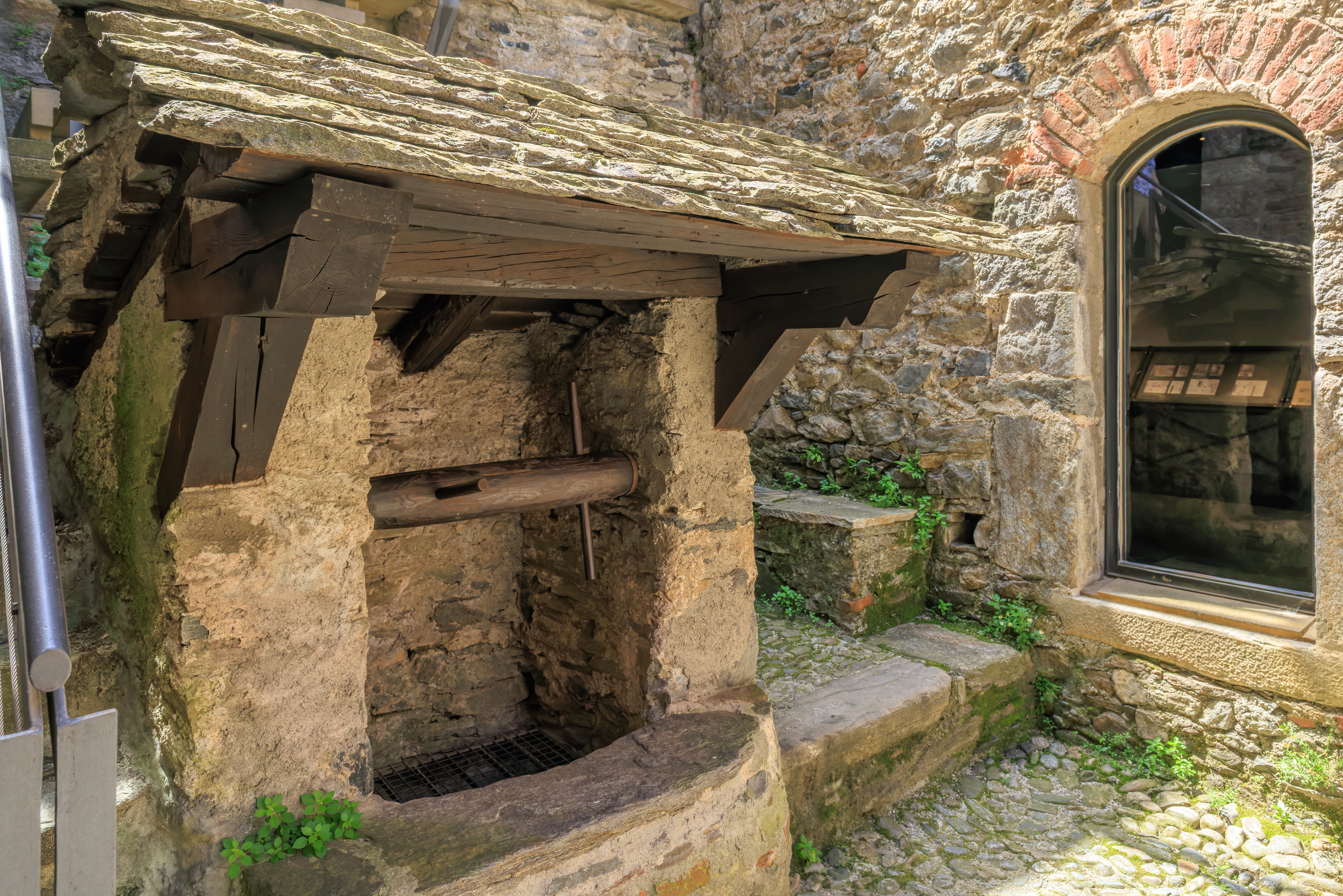
We walked down to take a quick look. There is a well and nothing much else.
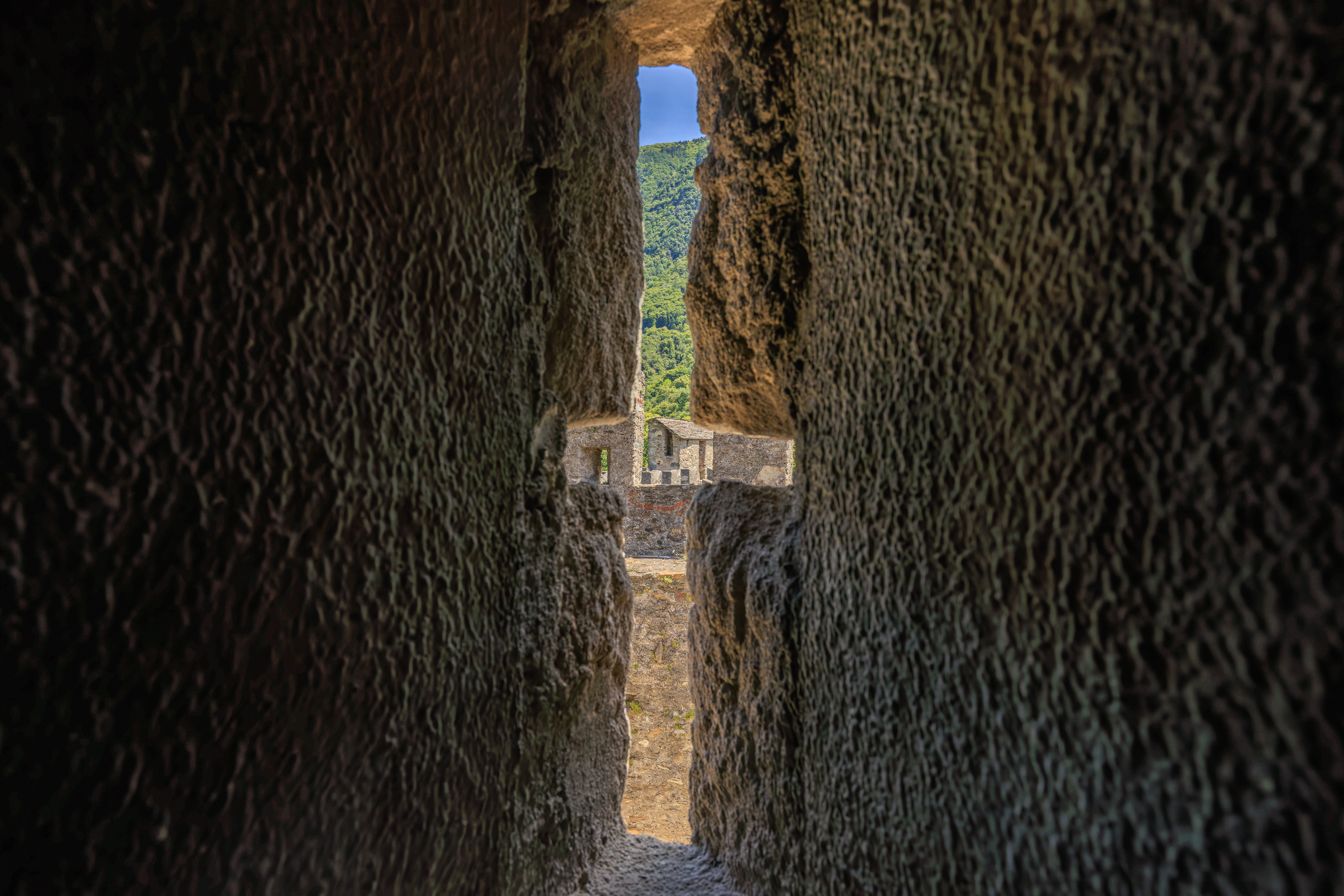
As we continued back into the castle, we walked by an arrowslit, which is apparently the term for this type of small window for shooting arrows through.
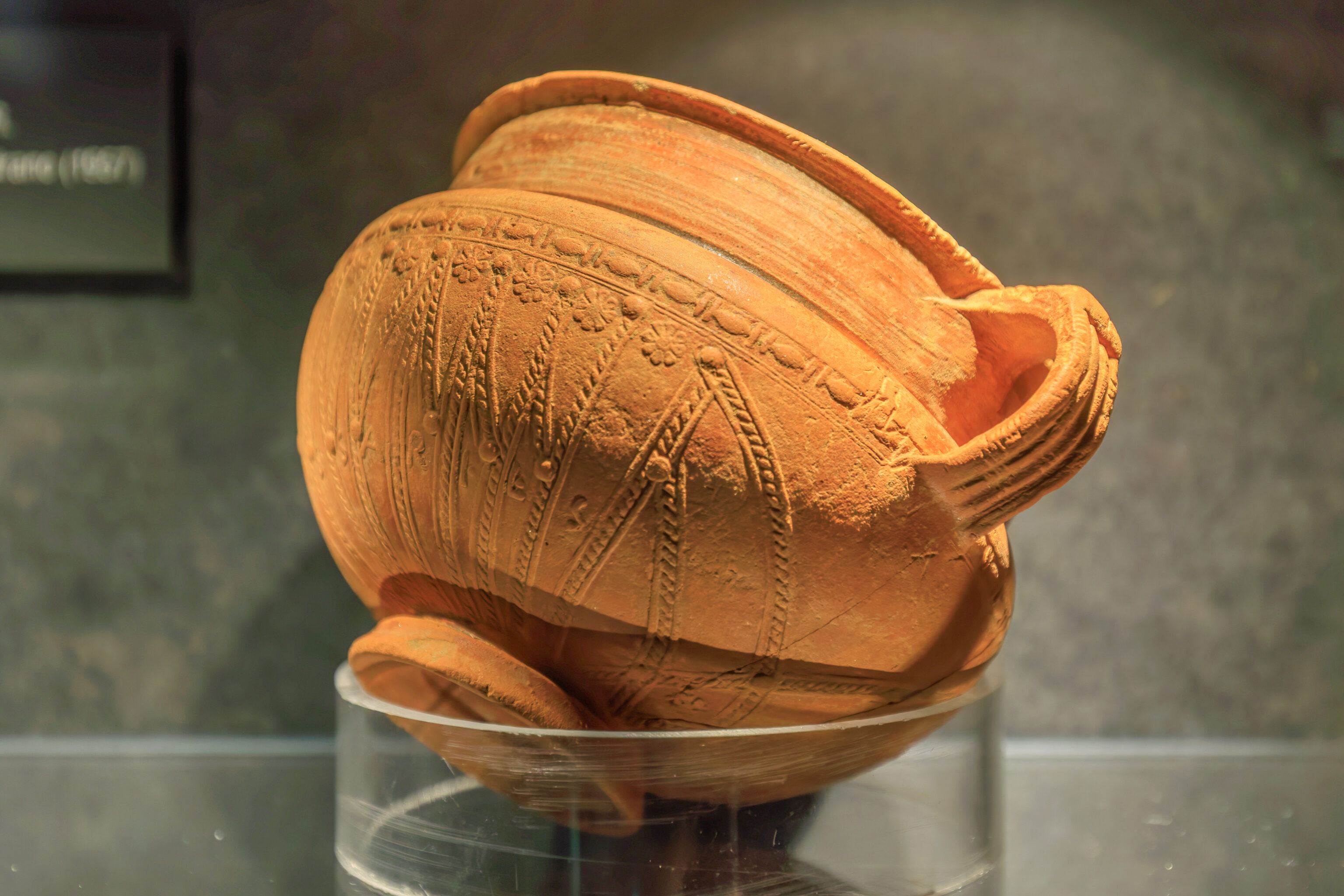
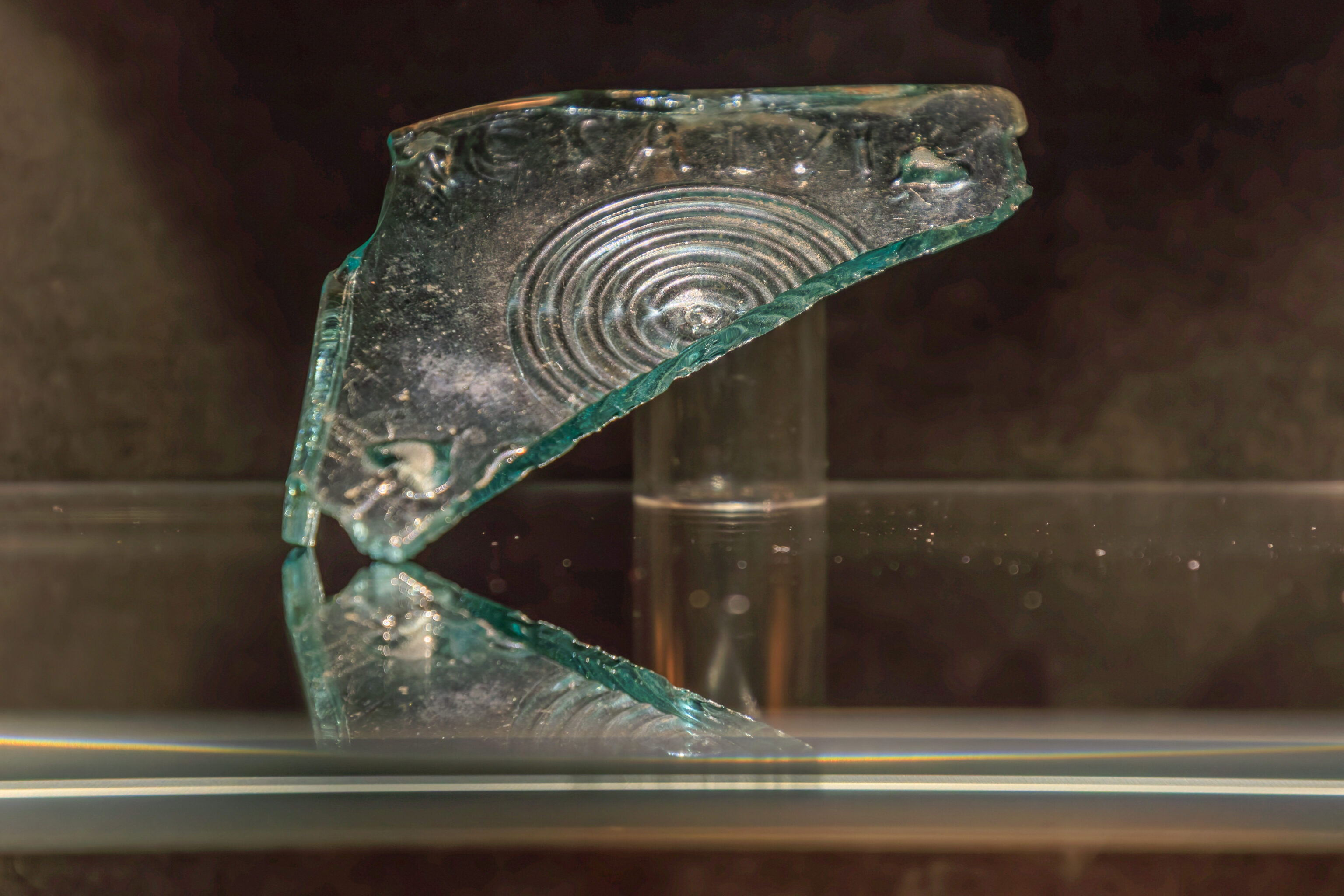
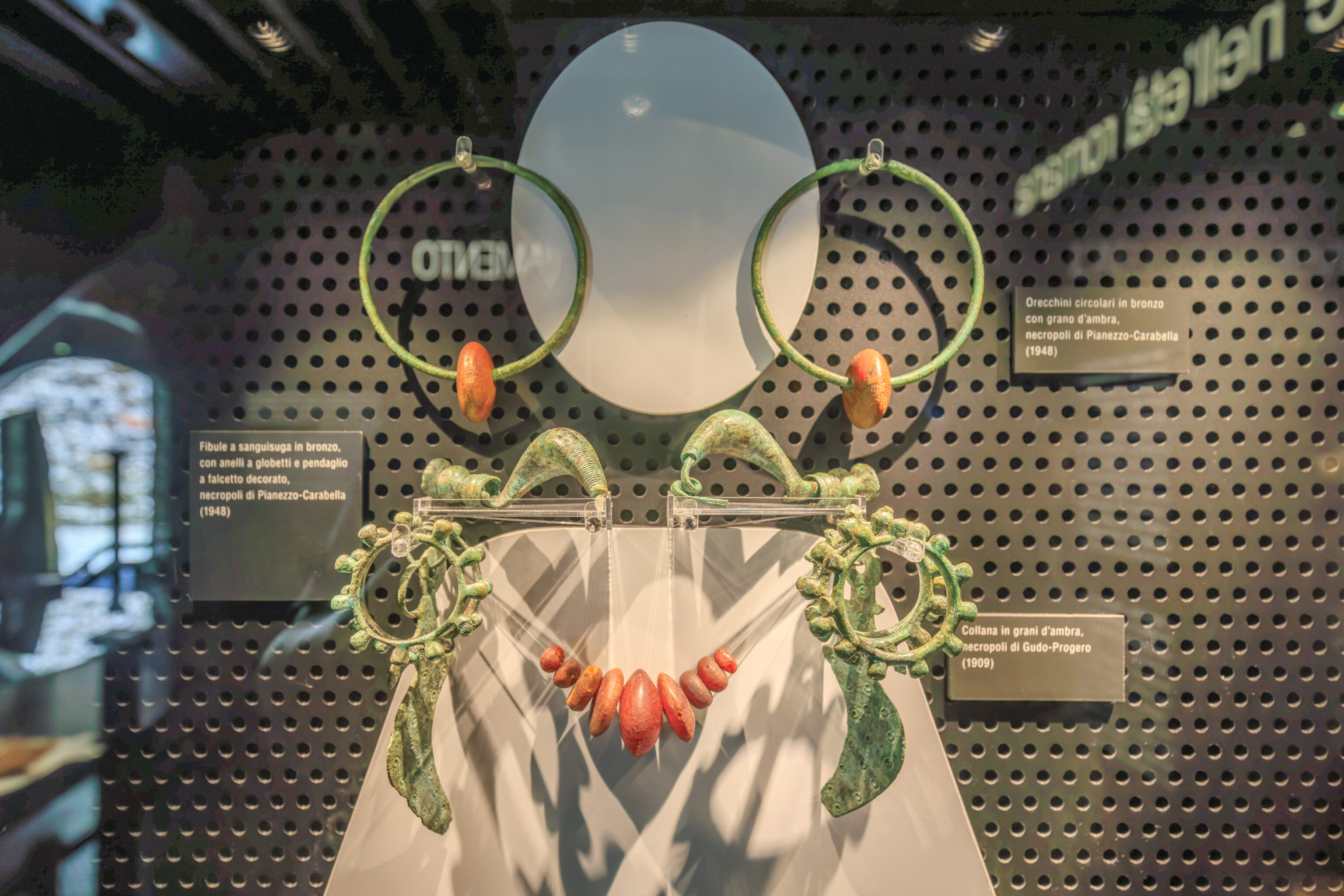
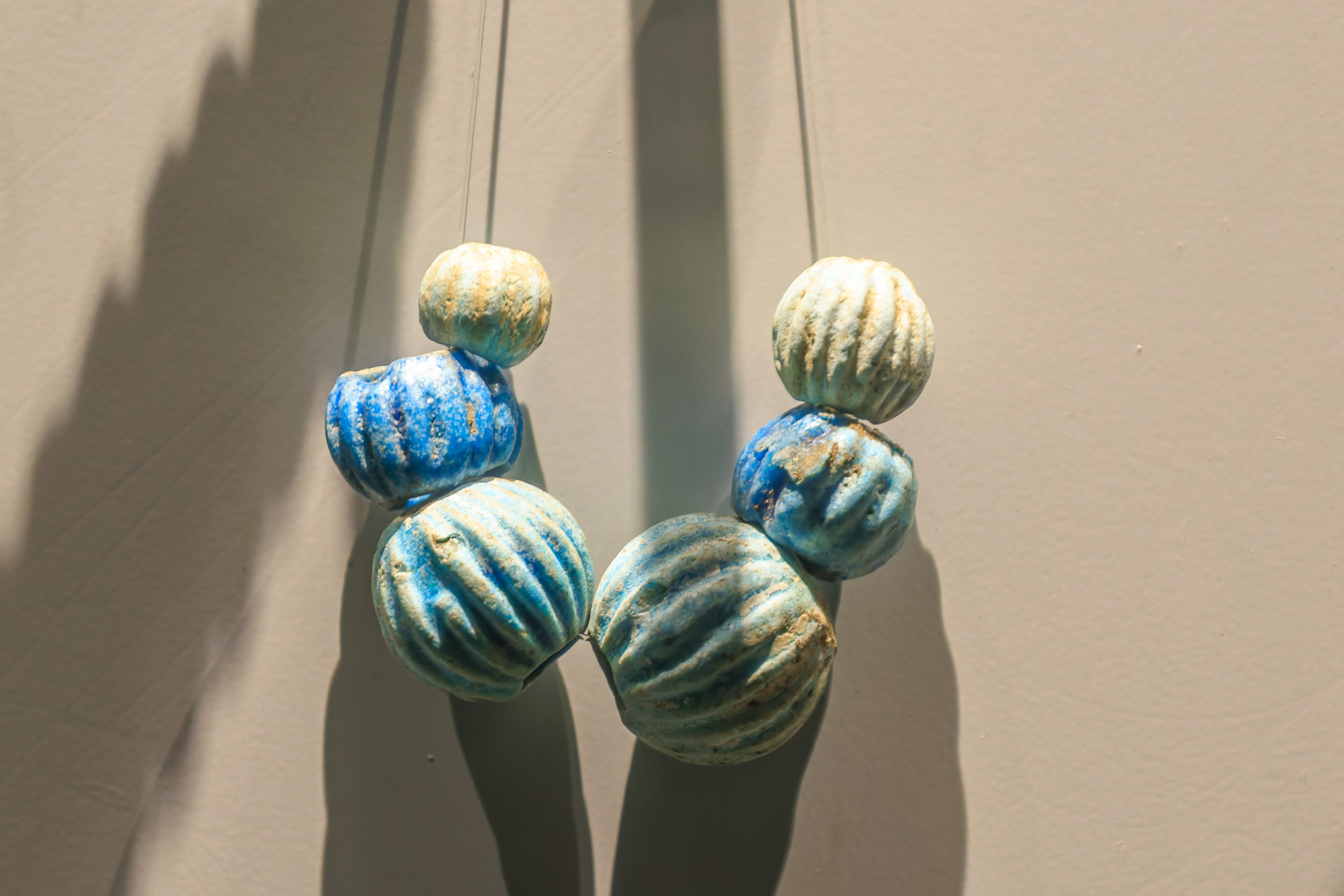
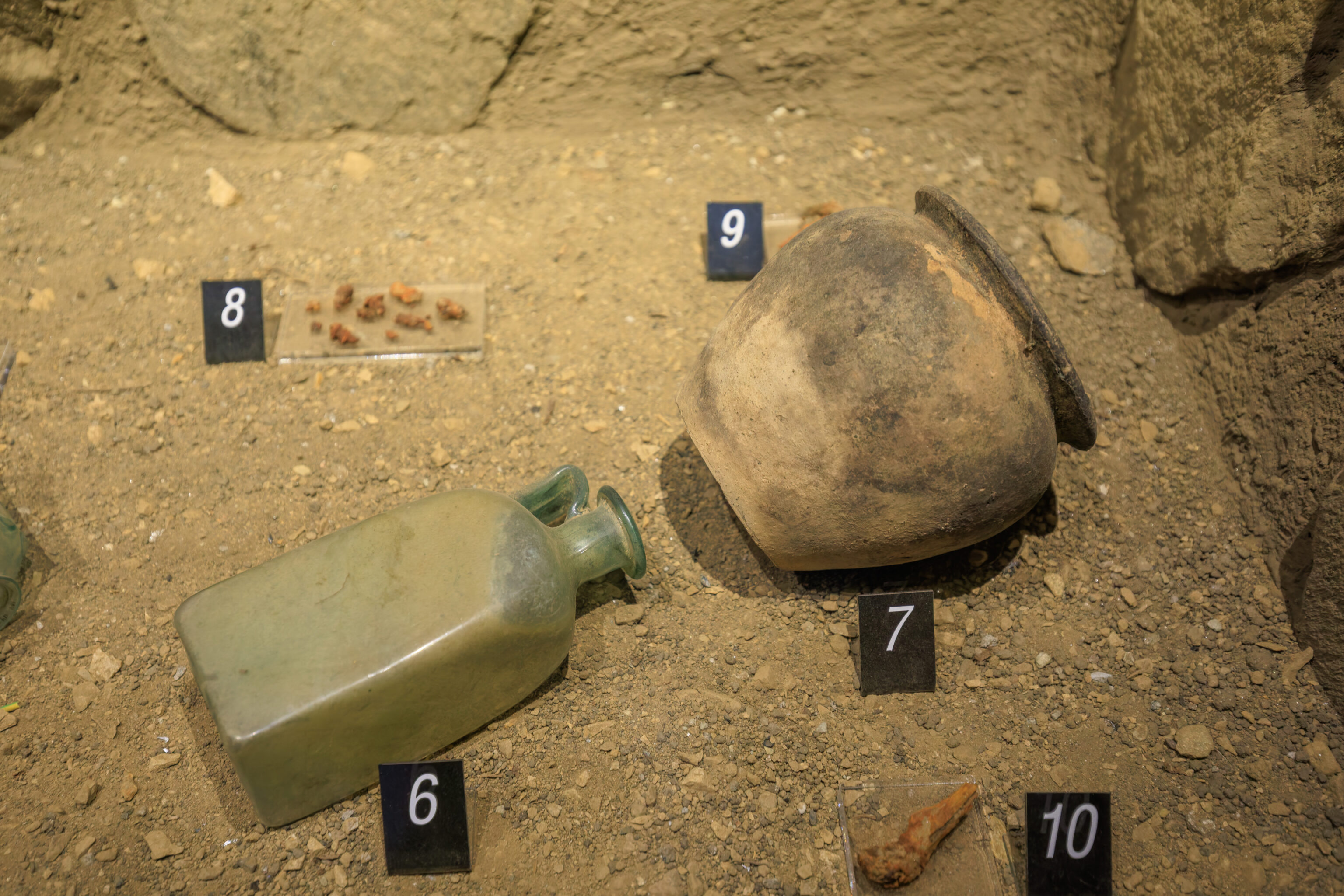
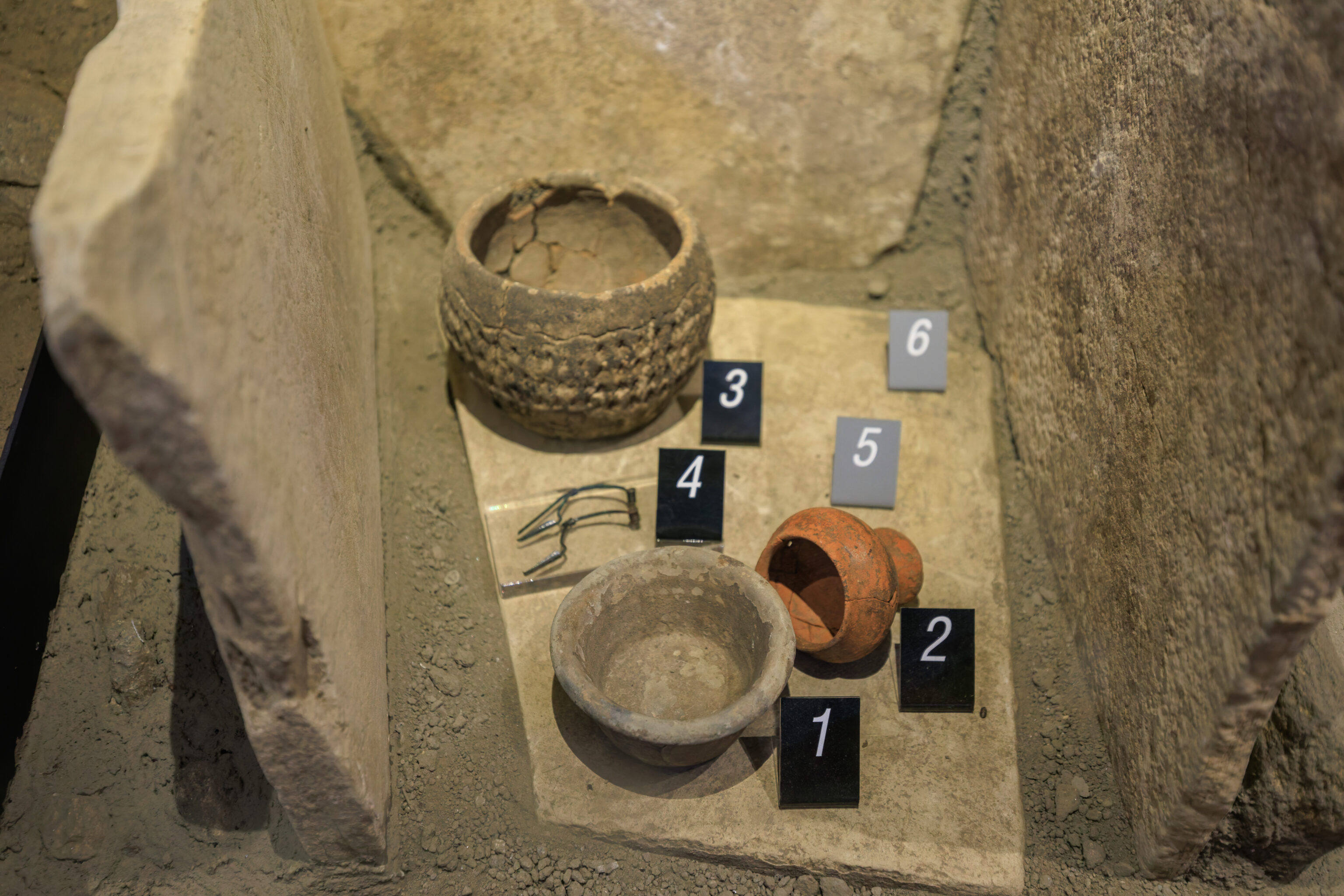
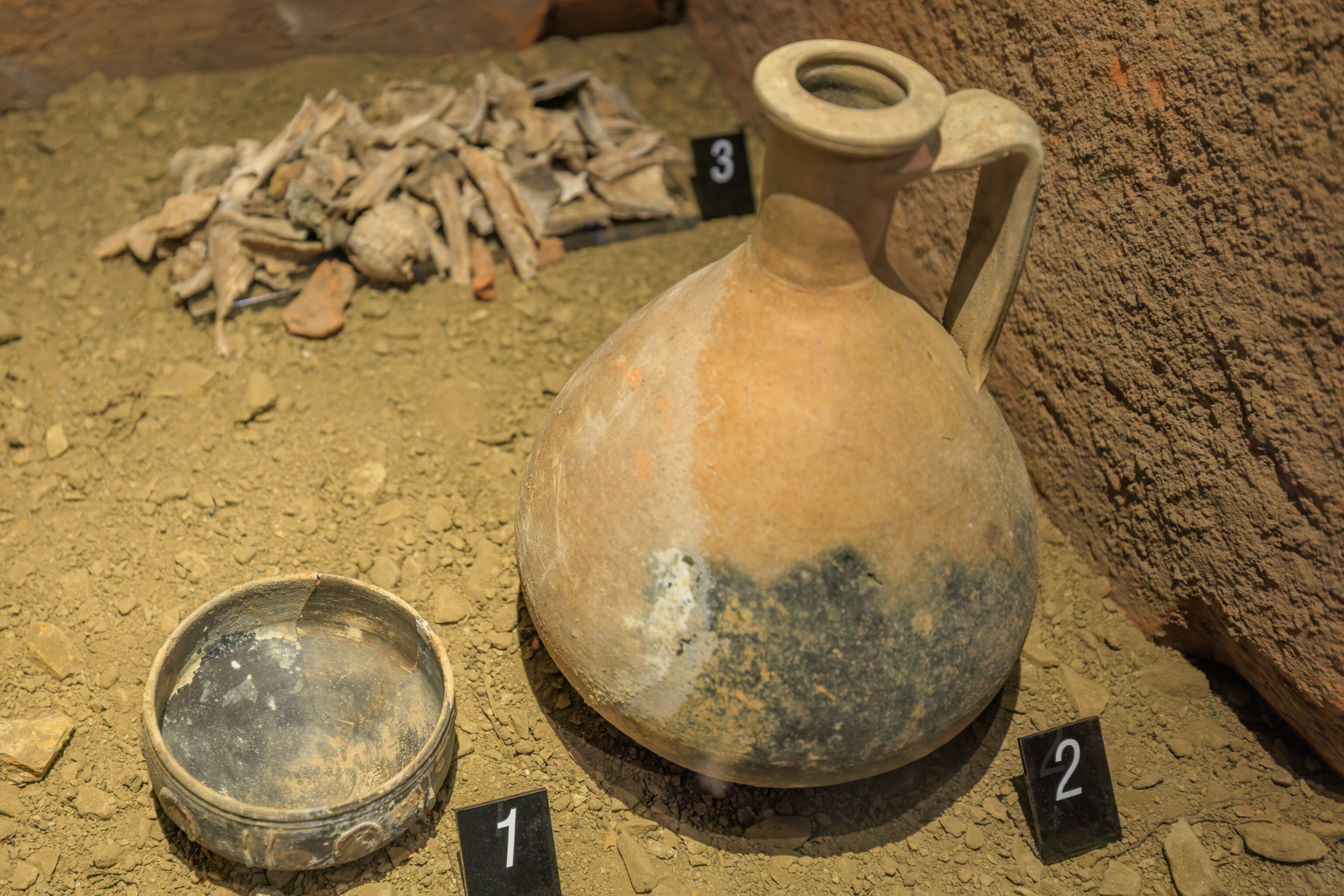
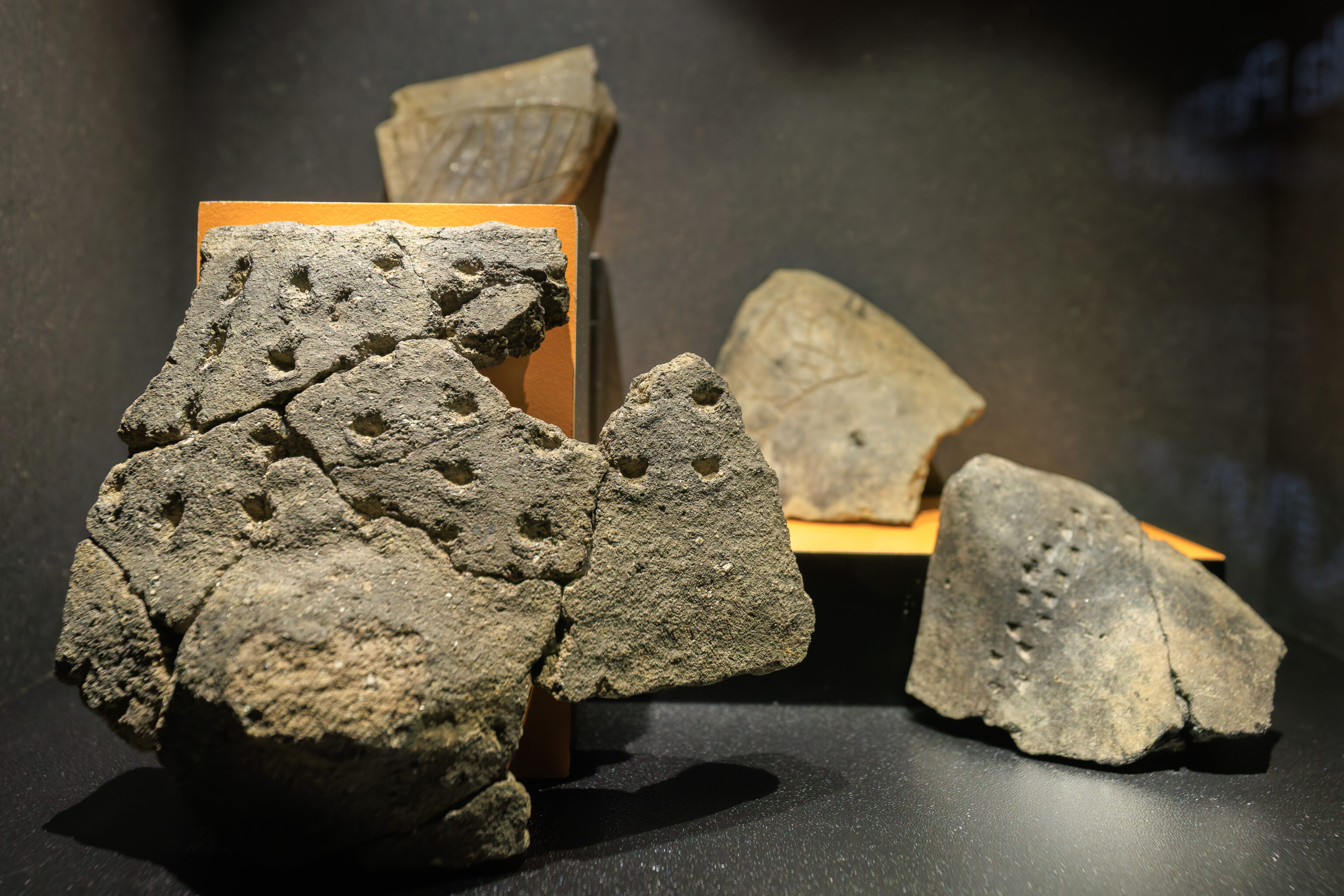
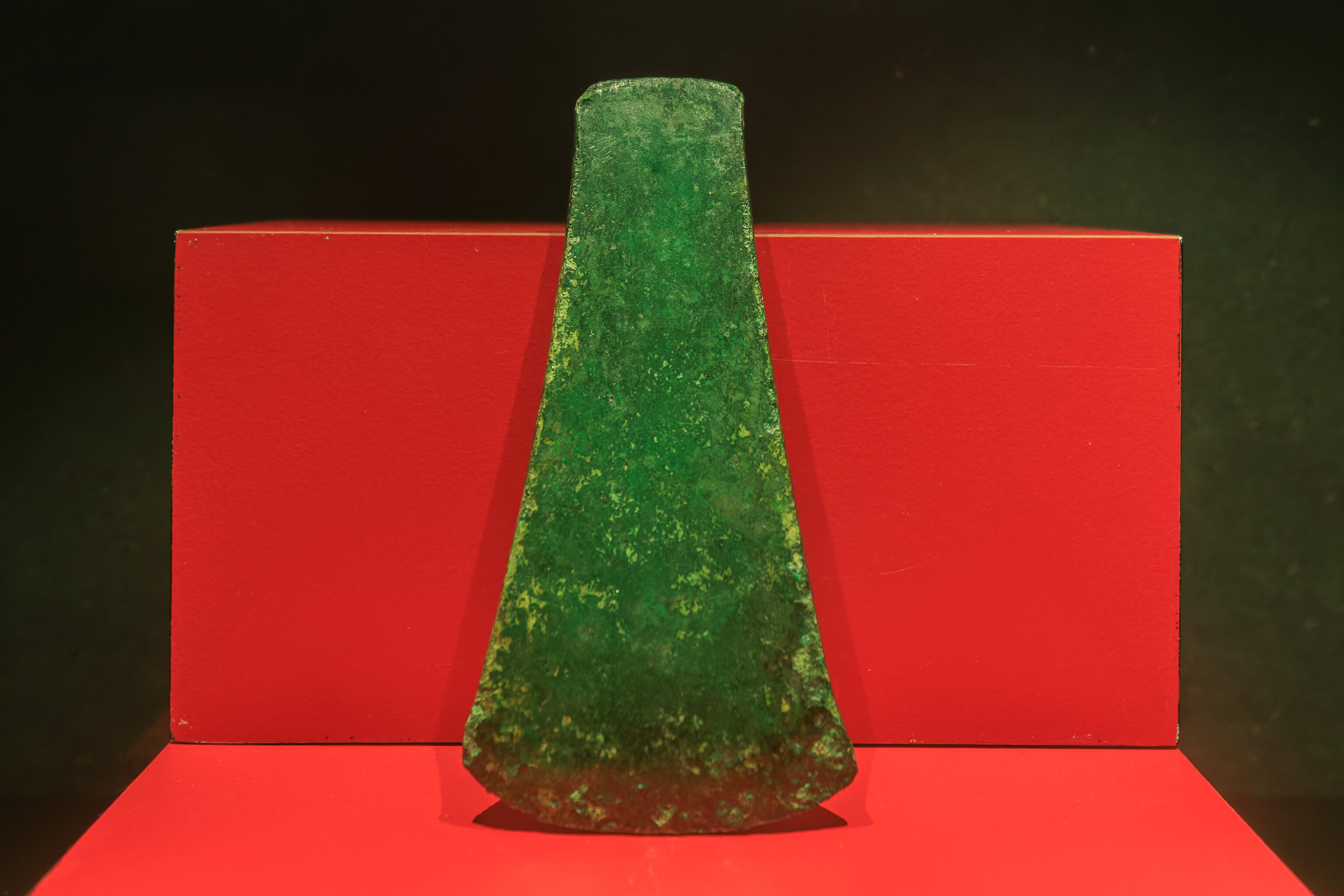
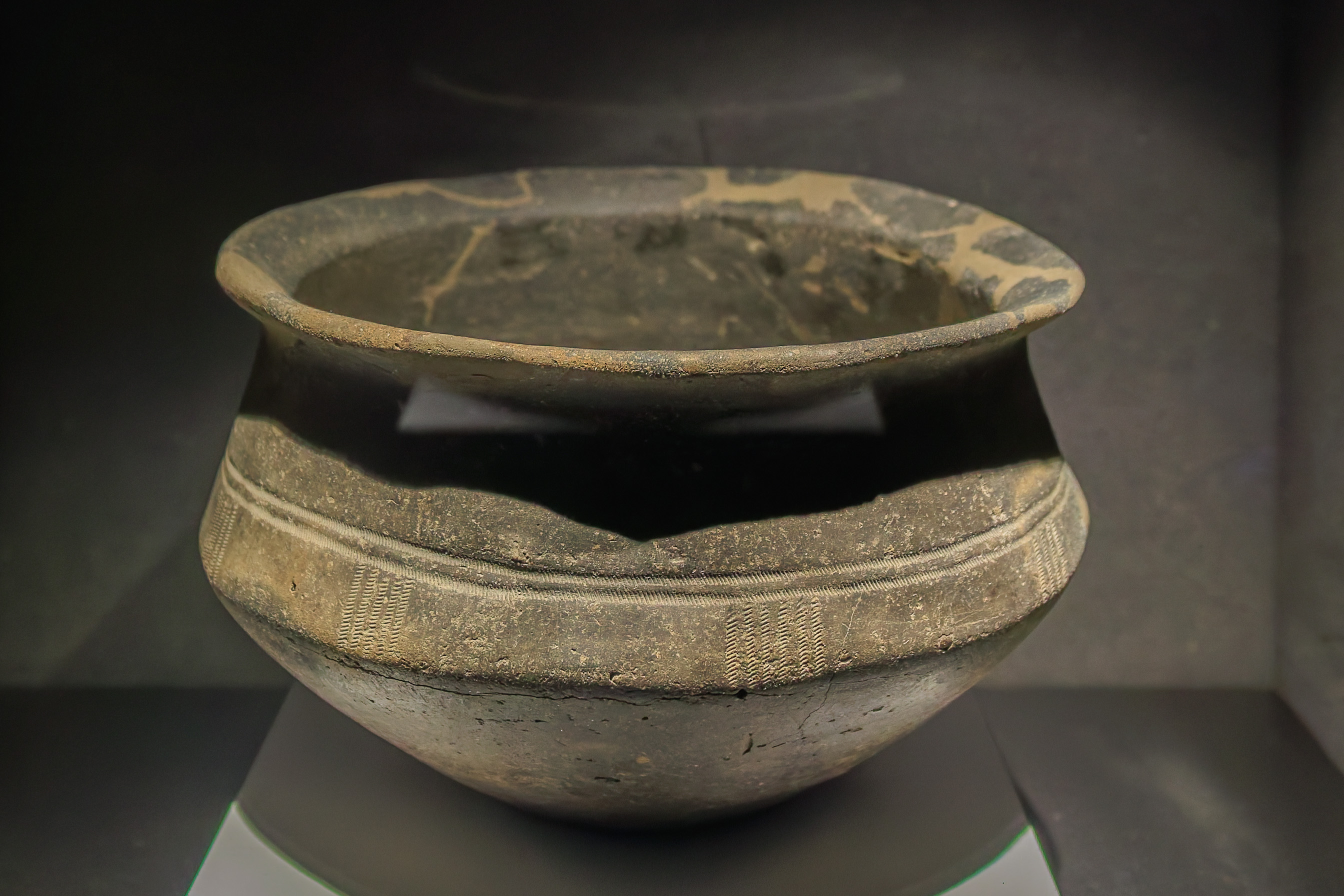
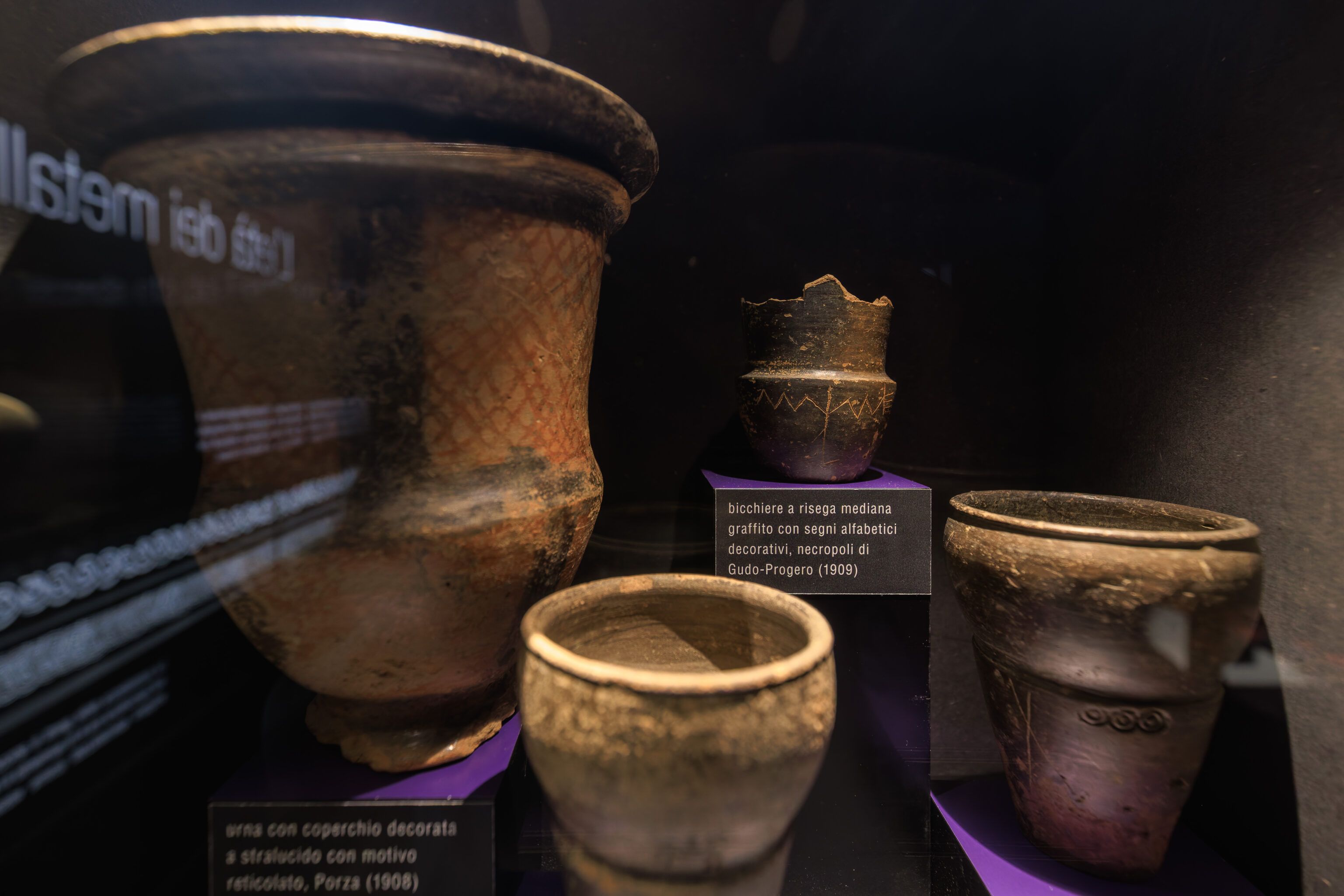

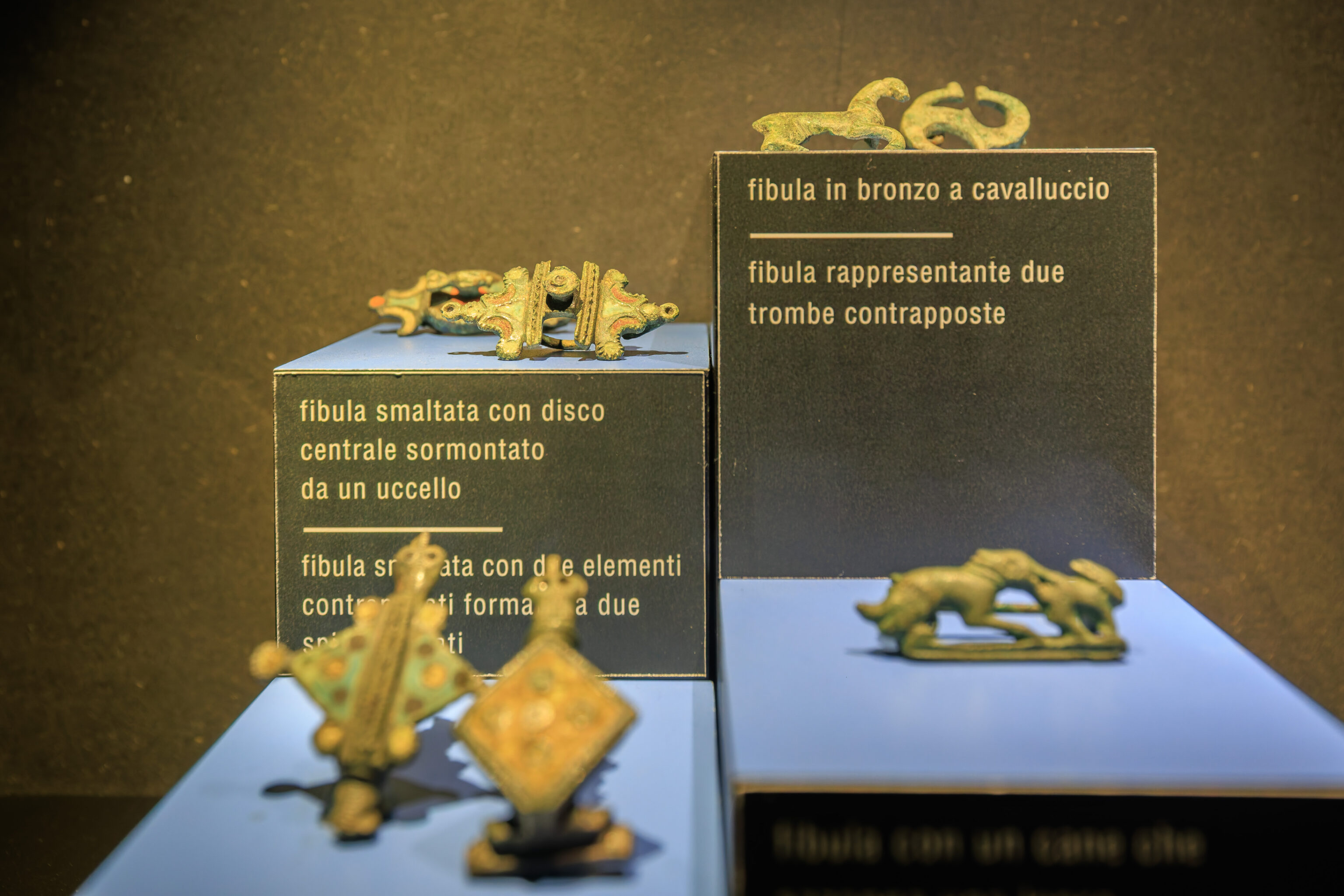
This next area of the castle was a small tower containing multiple floors, each with artifacts from various time periods.
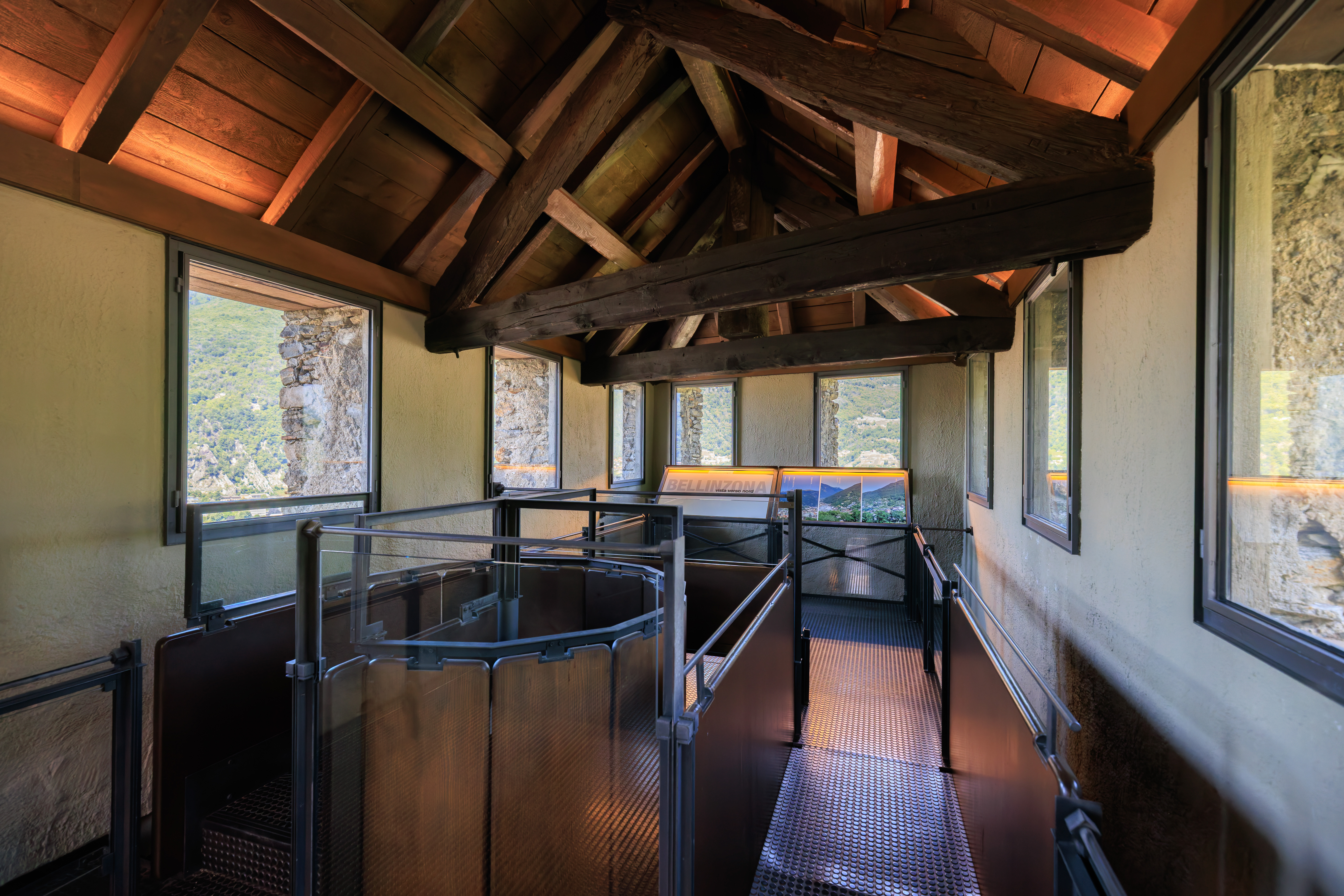
The top of the tower was, unfortunately, fully enclosed.
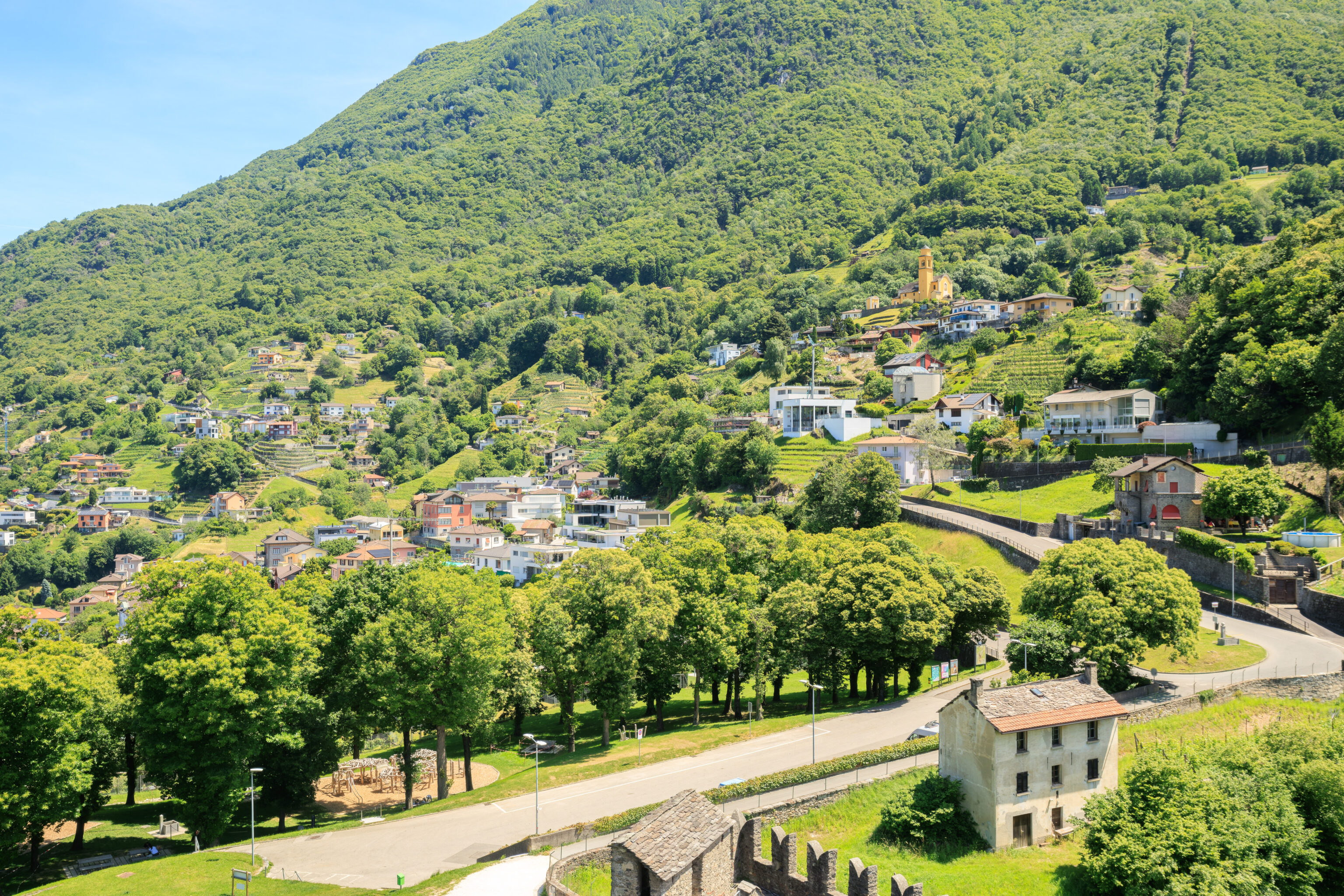
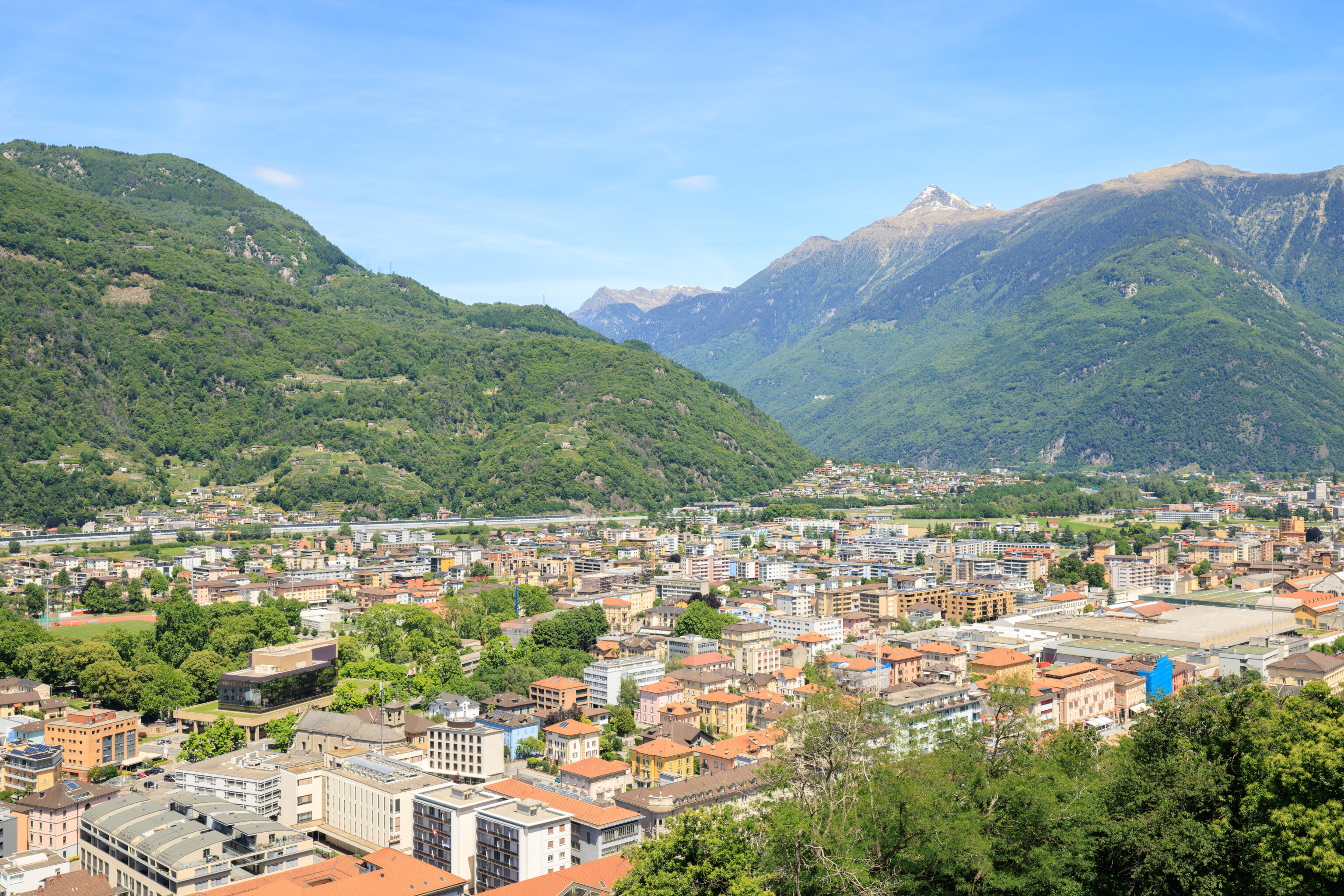
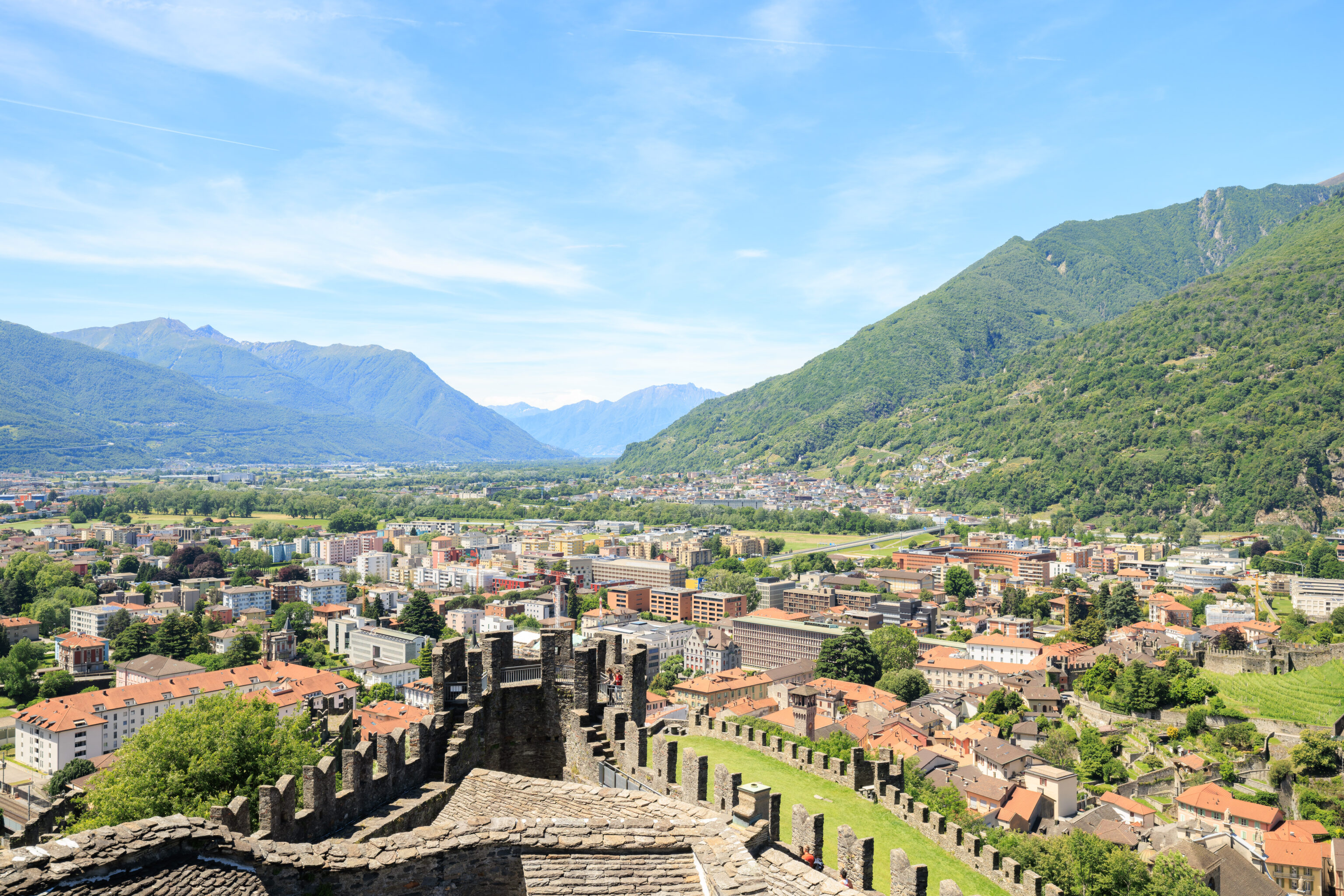
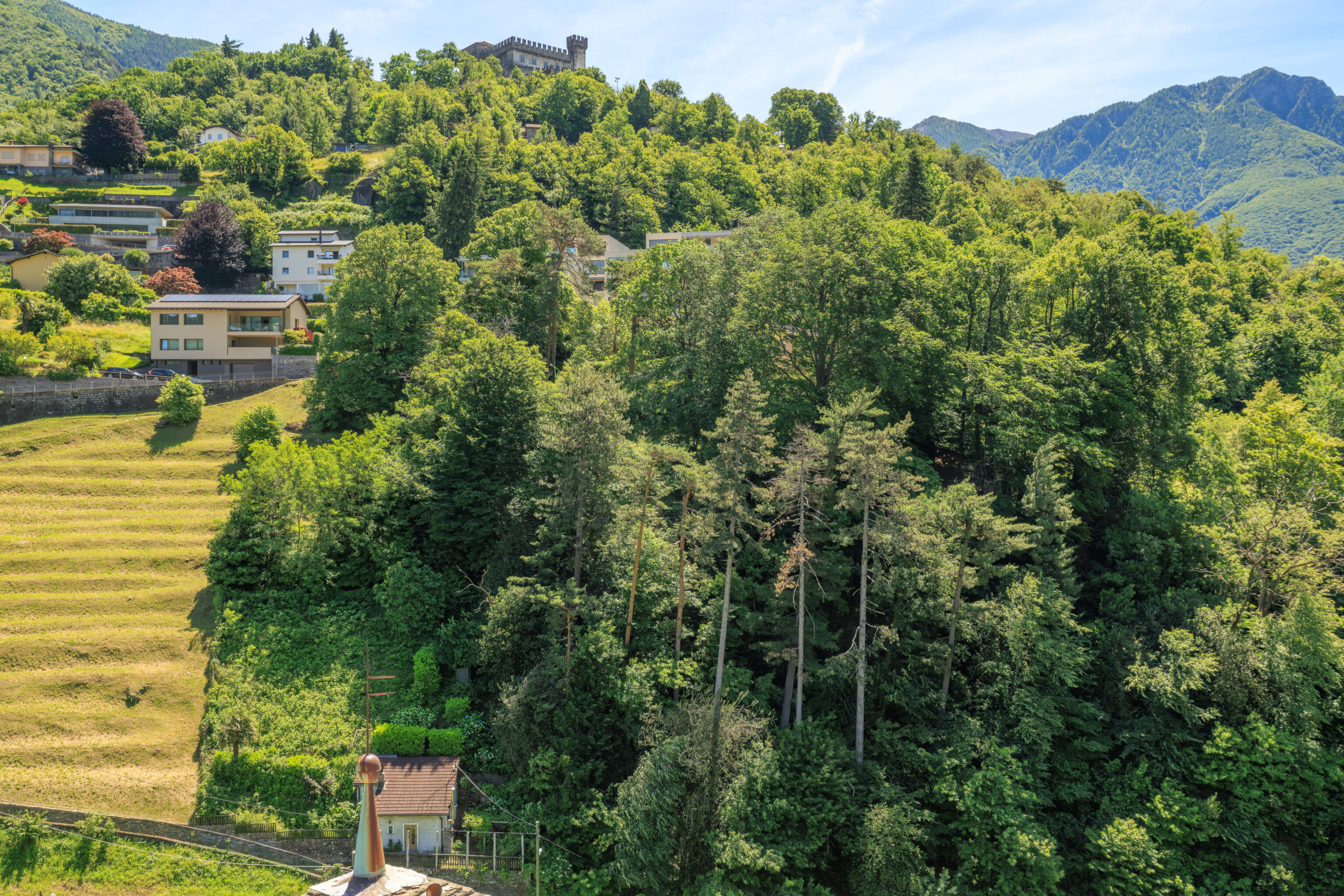
We were able to photograph through windows on all four sides of the tower. We then headed back down. It turns out the way out is through the tiny courtyard that we briefly entered earlier.
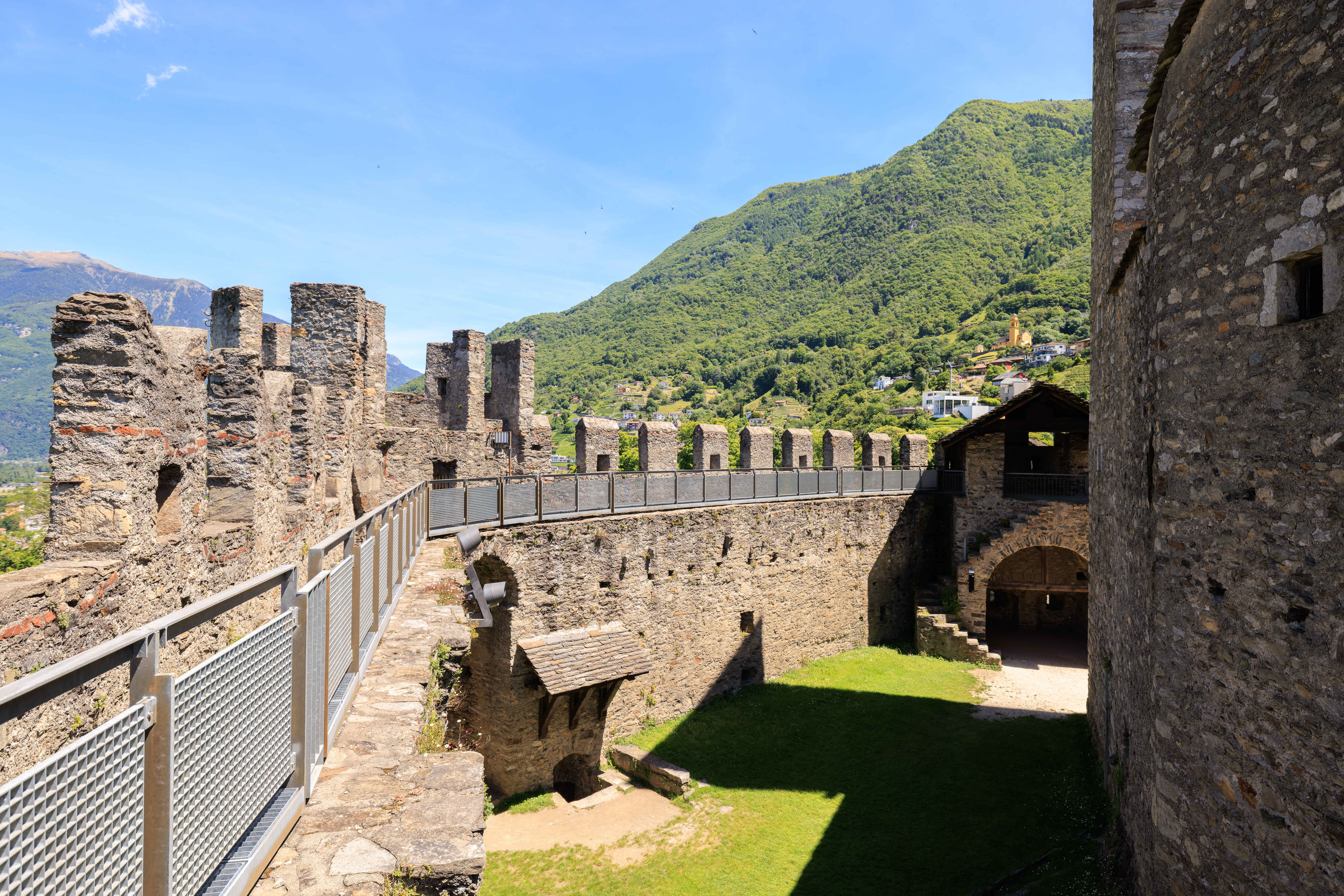
There is another separate path that leads up onto the castle’s outer walls. Of course, we went to take a look.
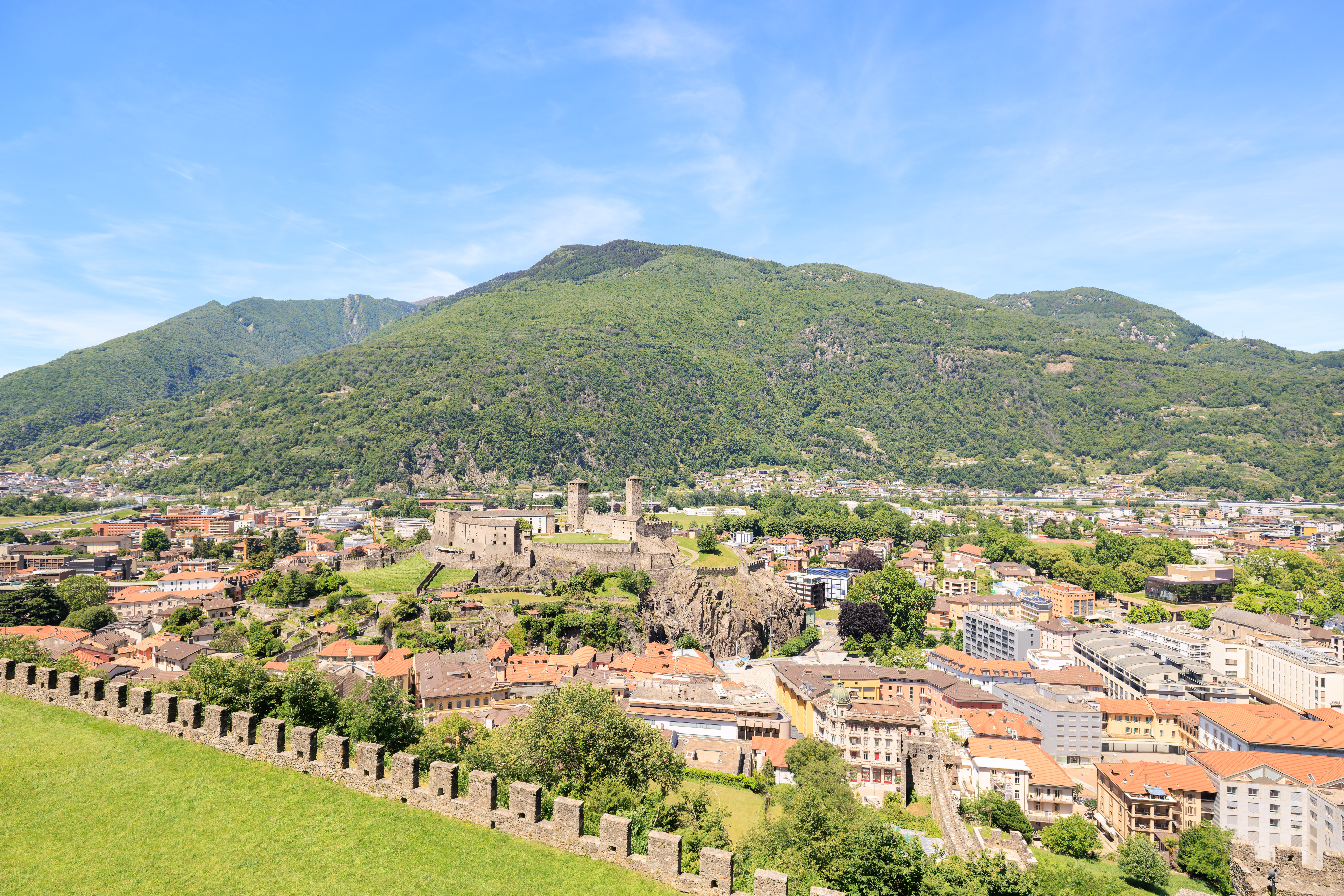
We had a very nice view of the Castel Grande below.
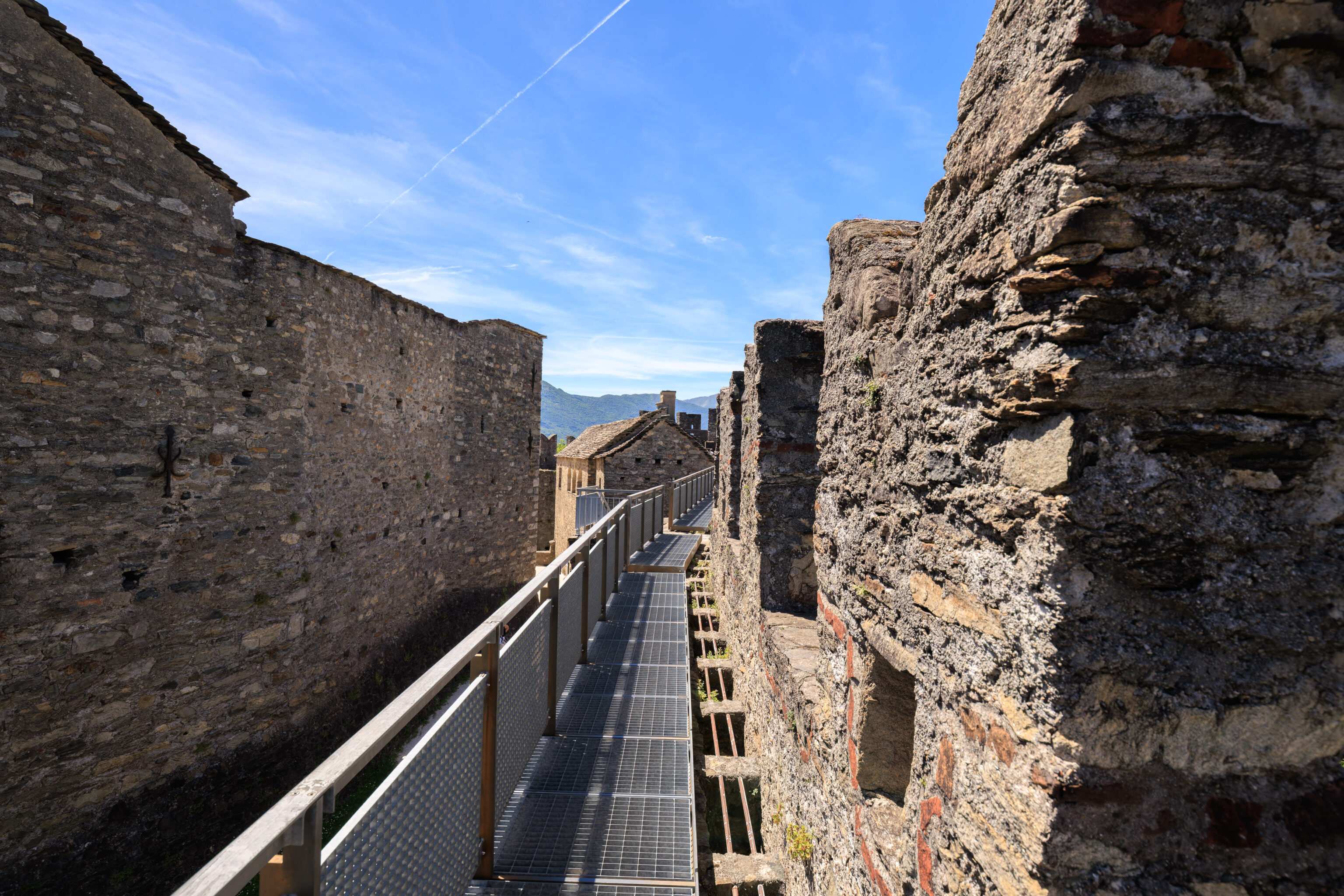
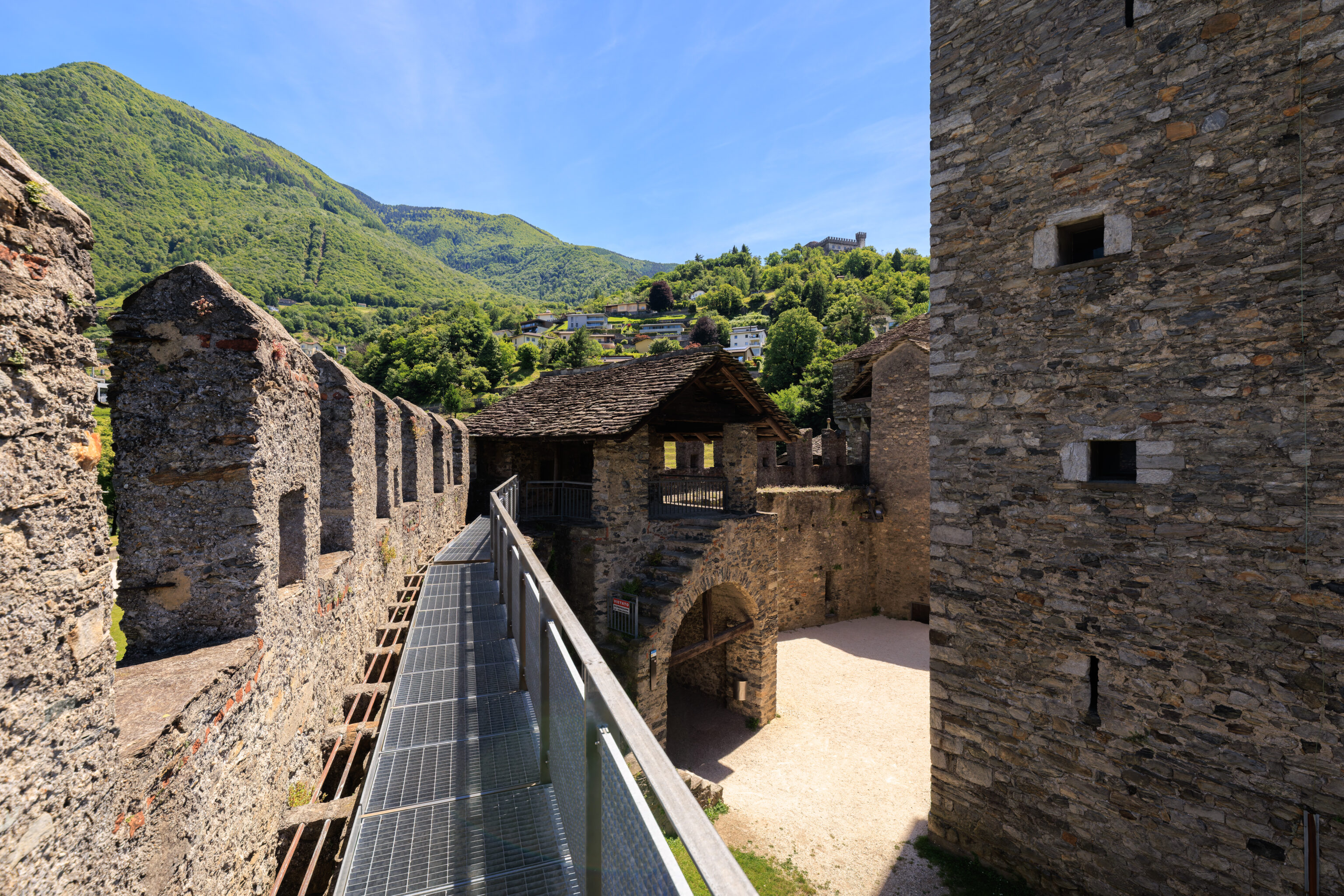
We first walked along the wall clockwise. The path here consists of a metal walkway atop the stone walls of the castle. Presumably, there would have been a wooden walkway or something like that in historical times.
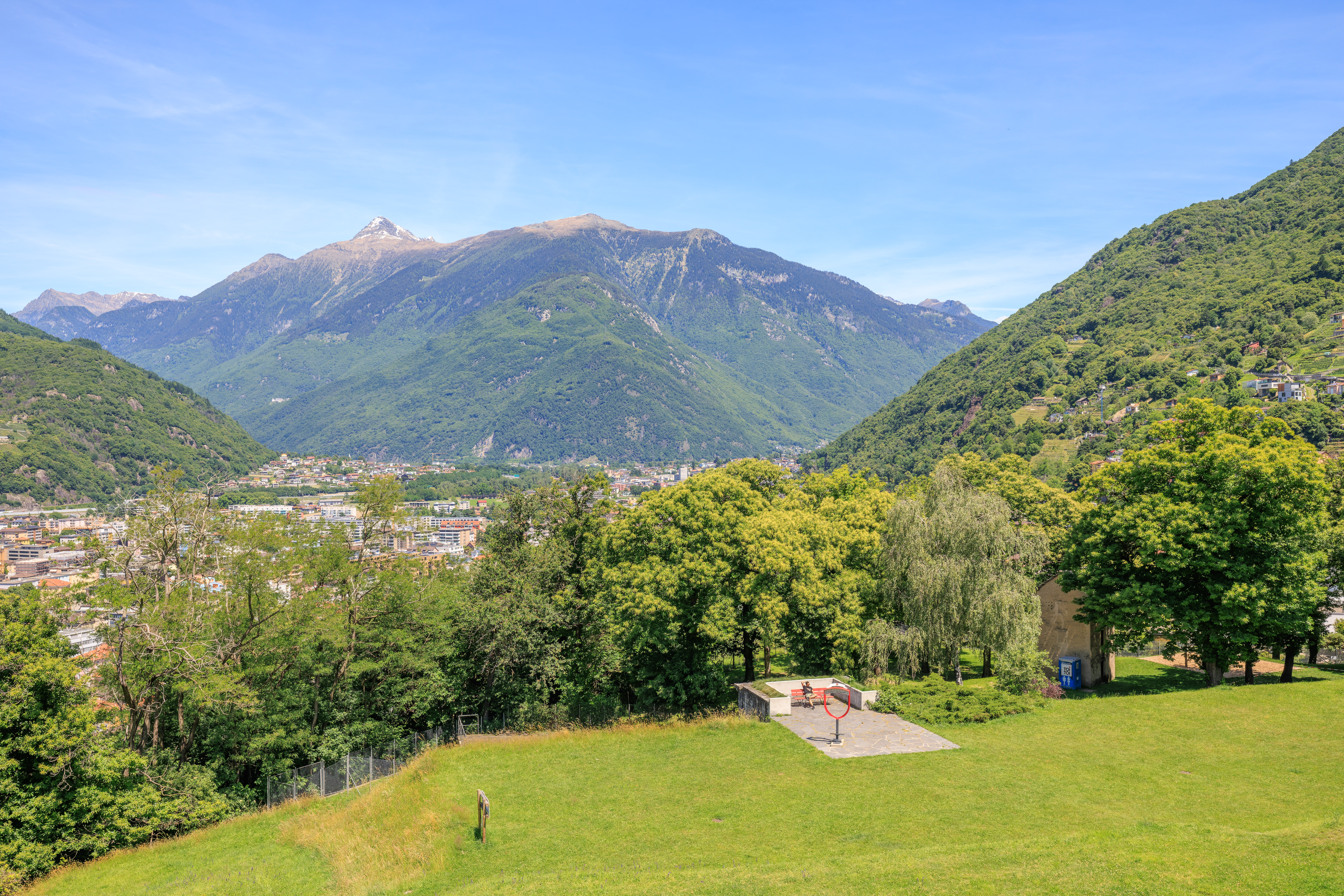
After reaching the northern end of the wall, we continued on. Looking to our left, we could see the Grand Tour sign below.
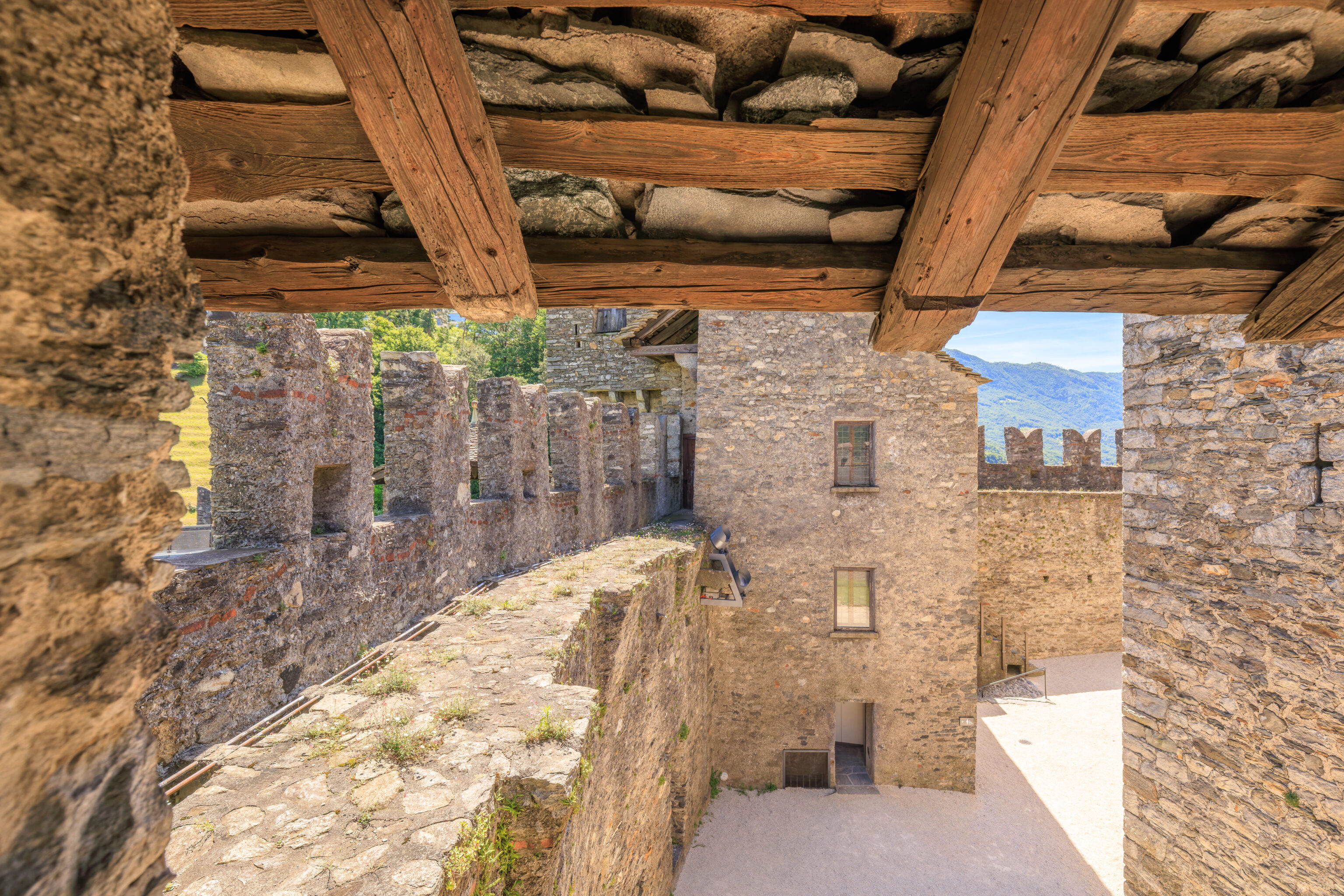
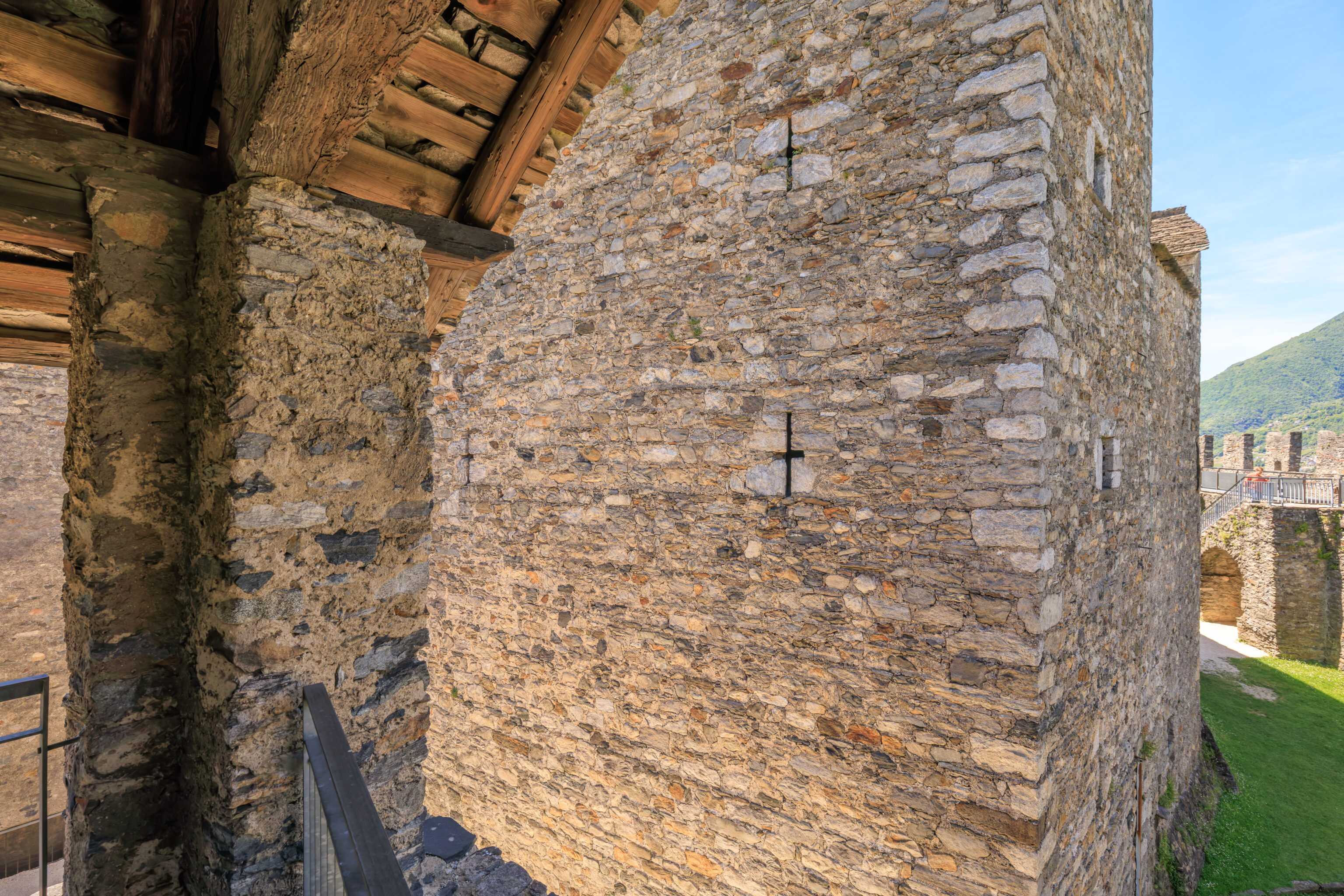
The path ended here.
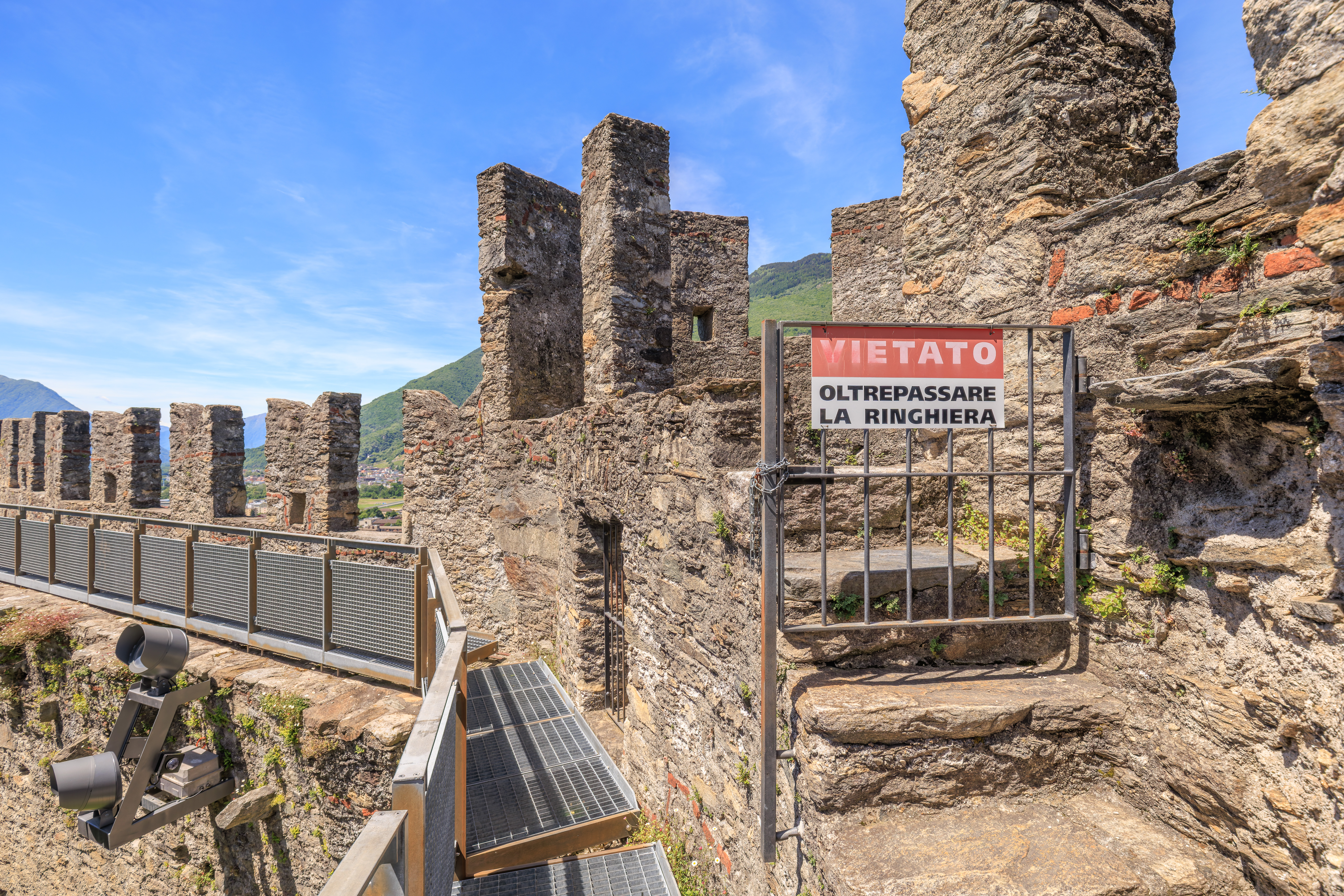
We turned around to head back.
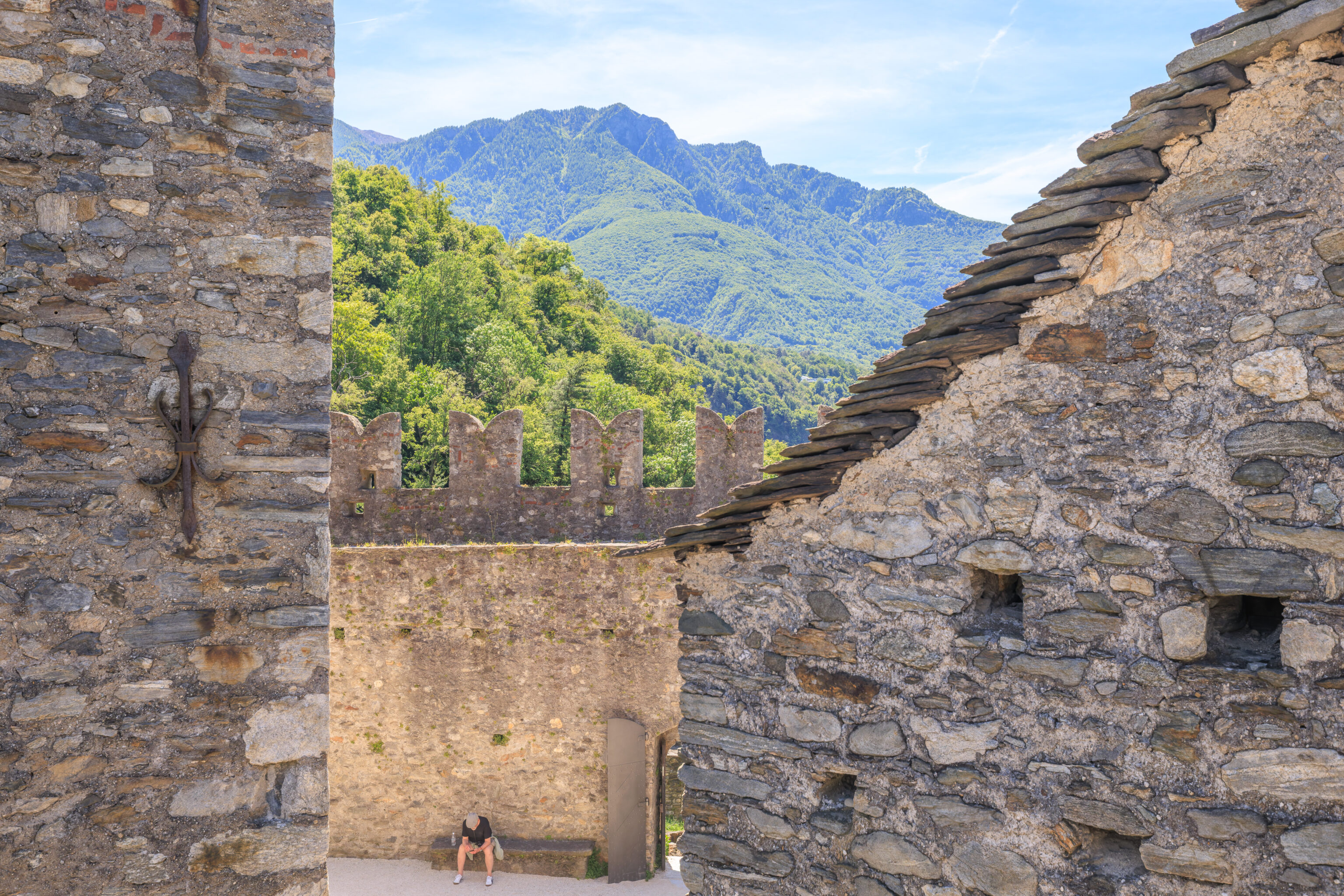
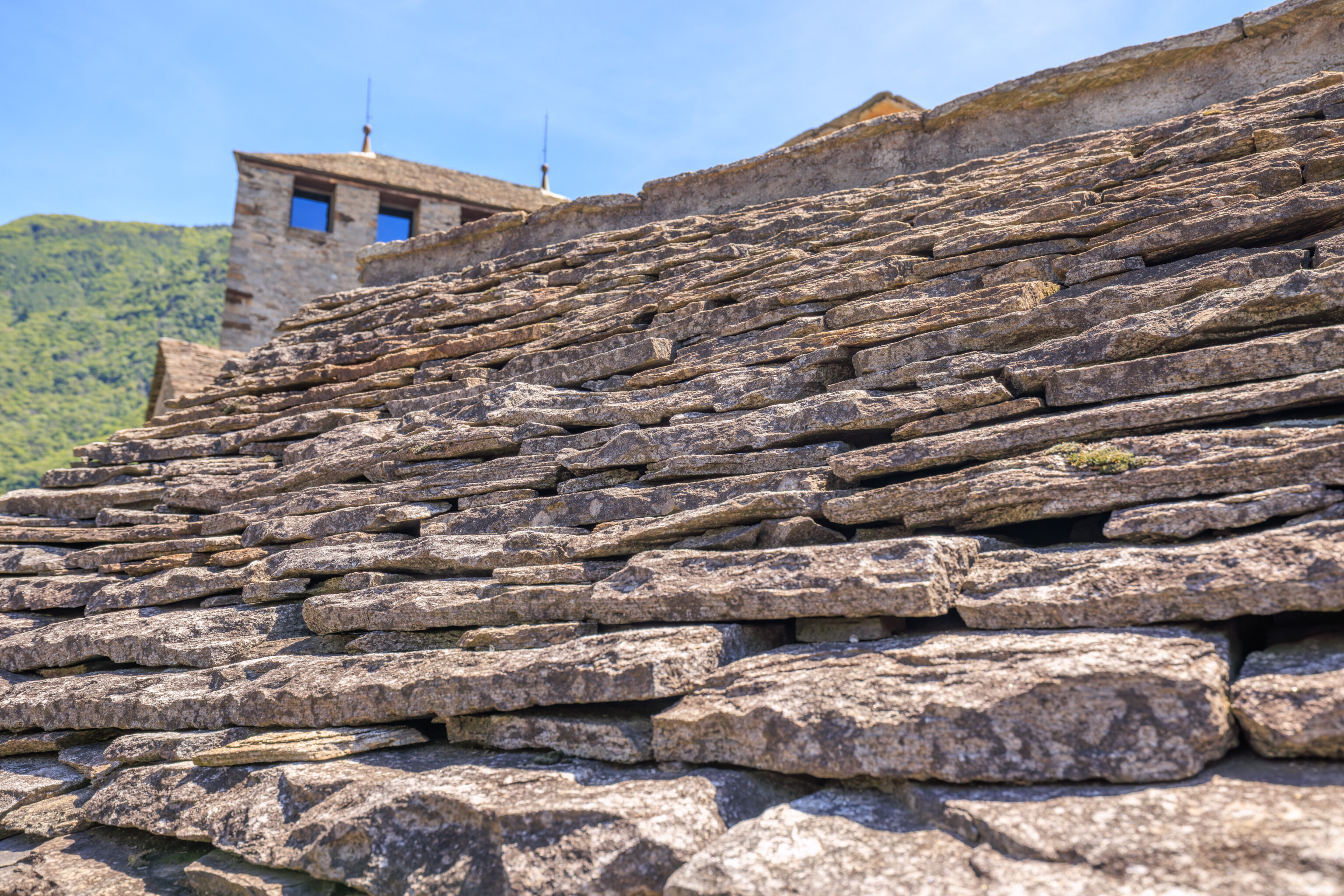
We walked past the stone roof of part of the castle’s keep.
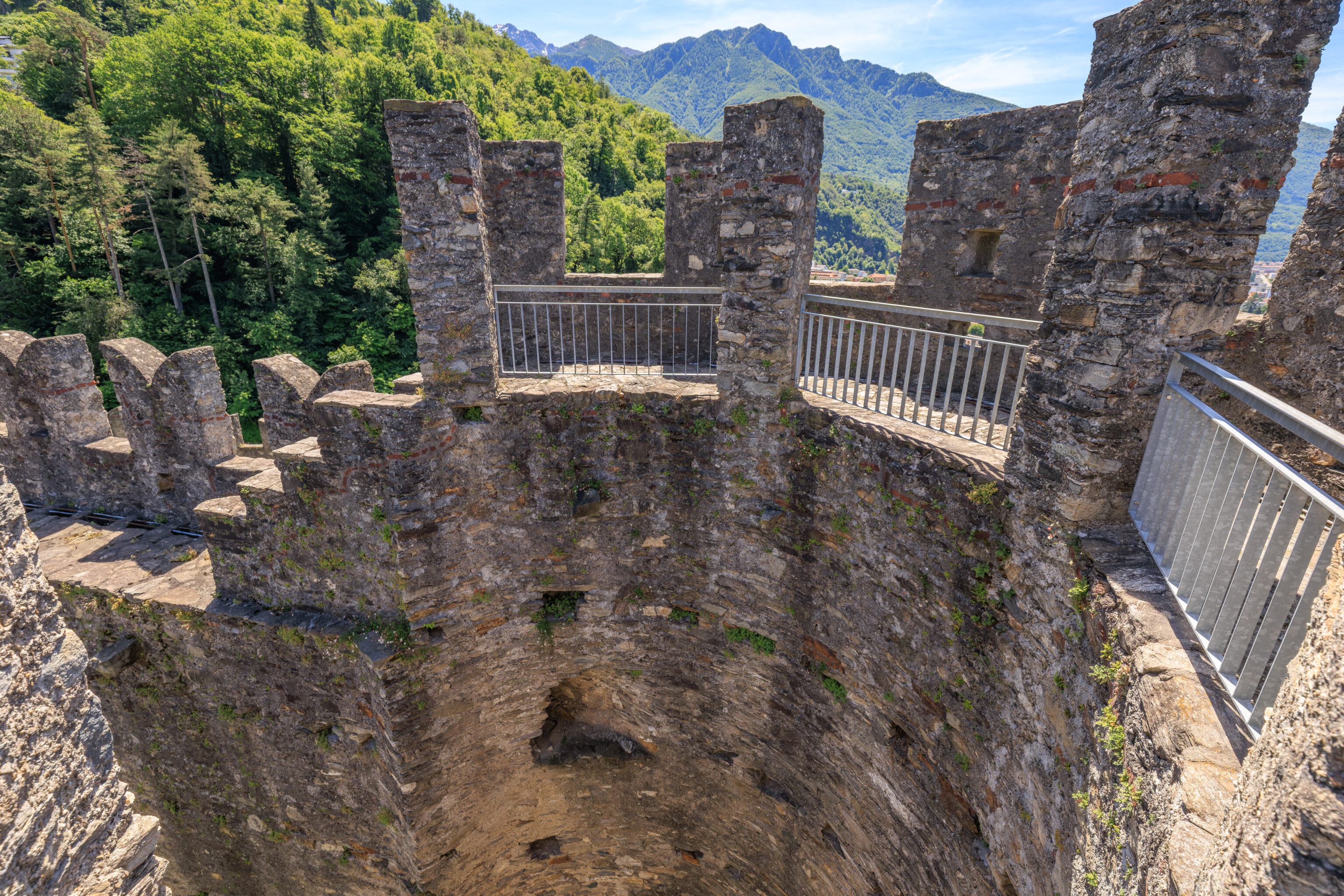
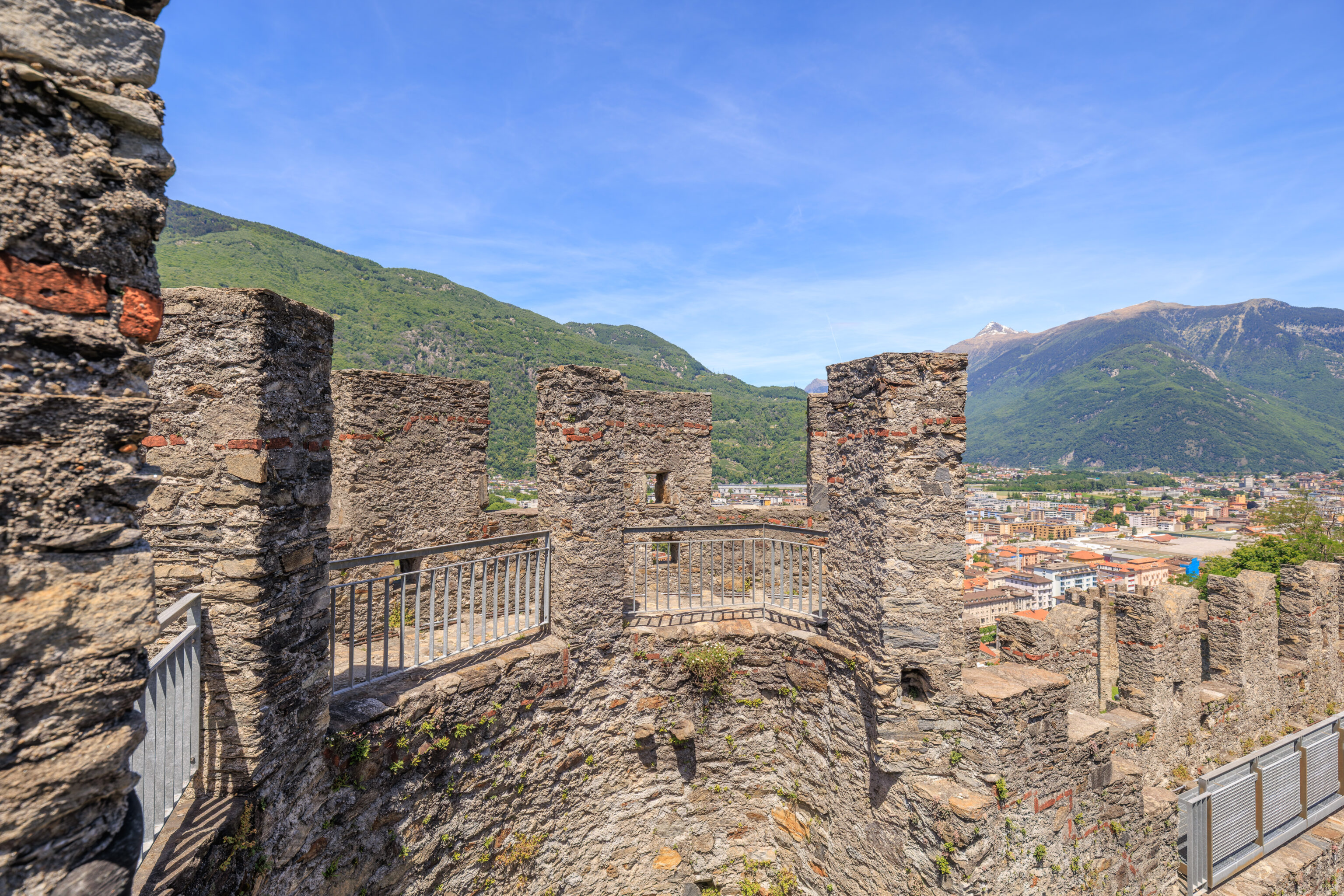
We continued on along the wall past where we walked up. It led to an open tower. It seems like historically it was probably enclosed.
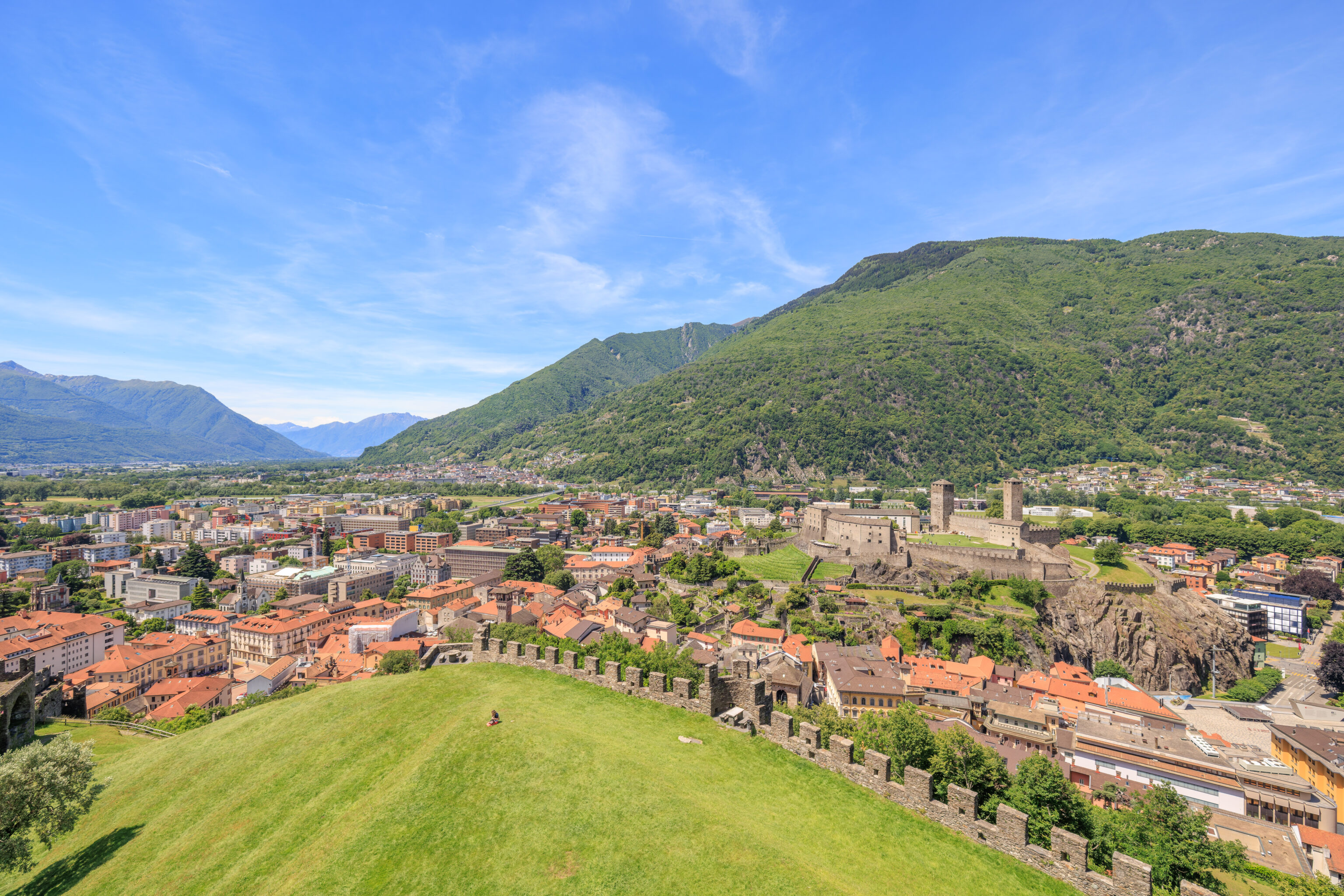
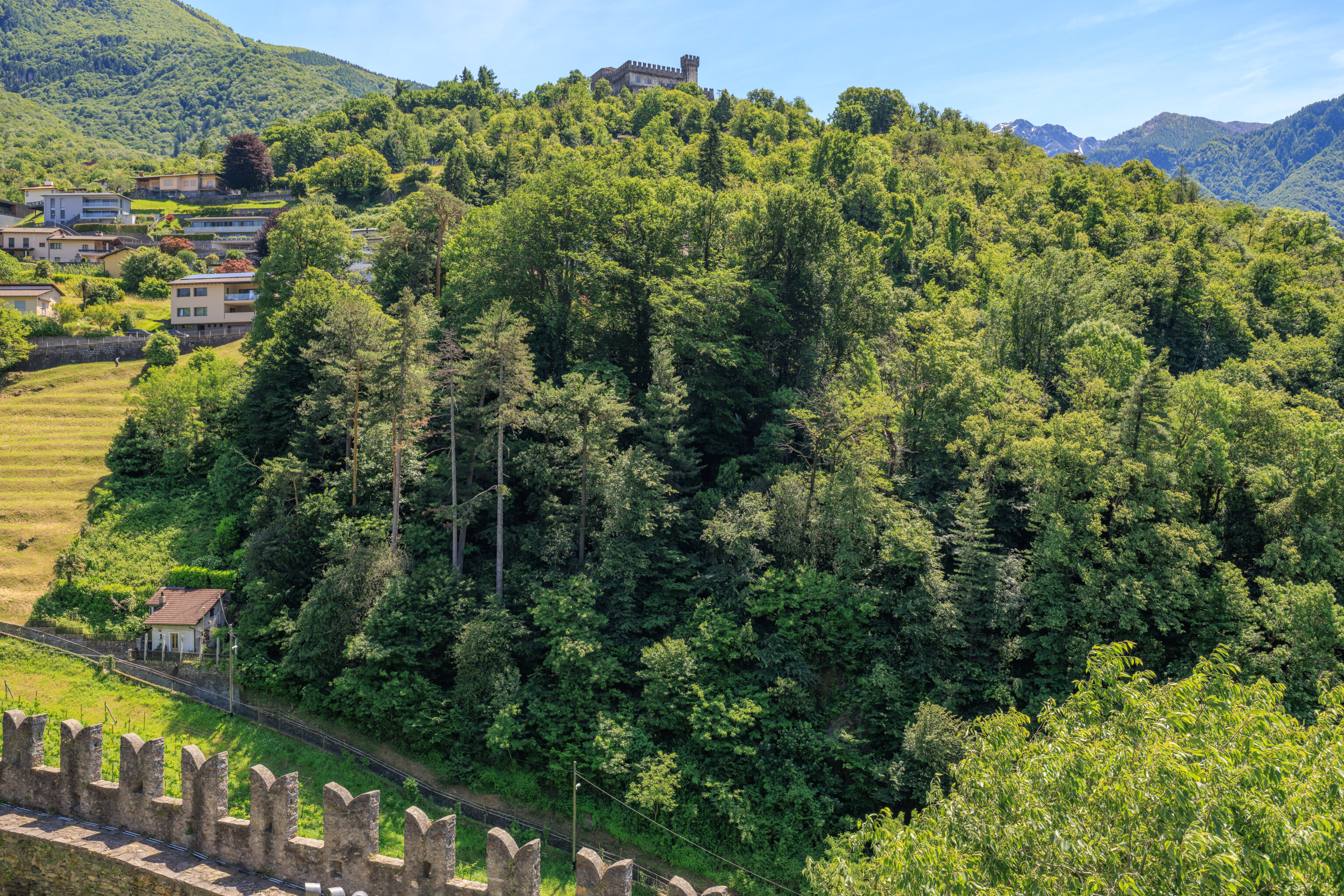
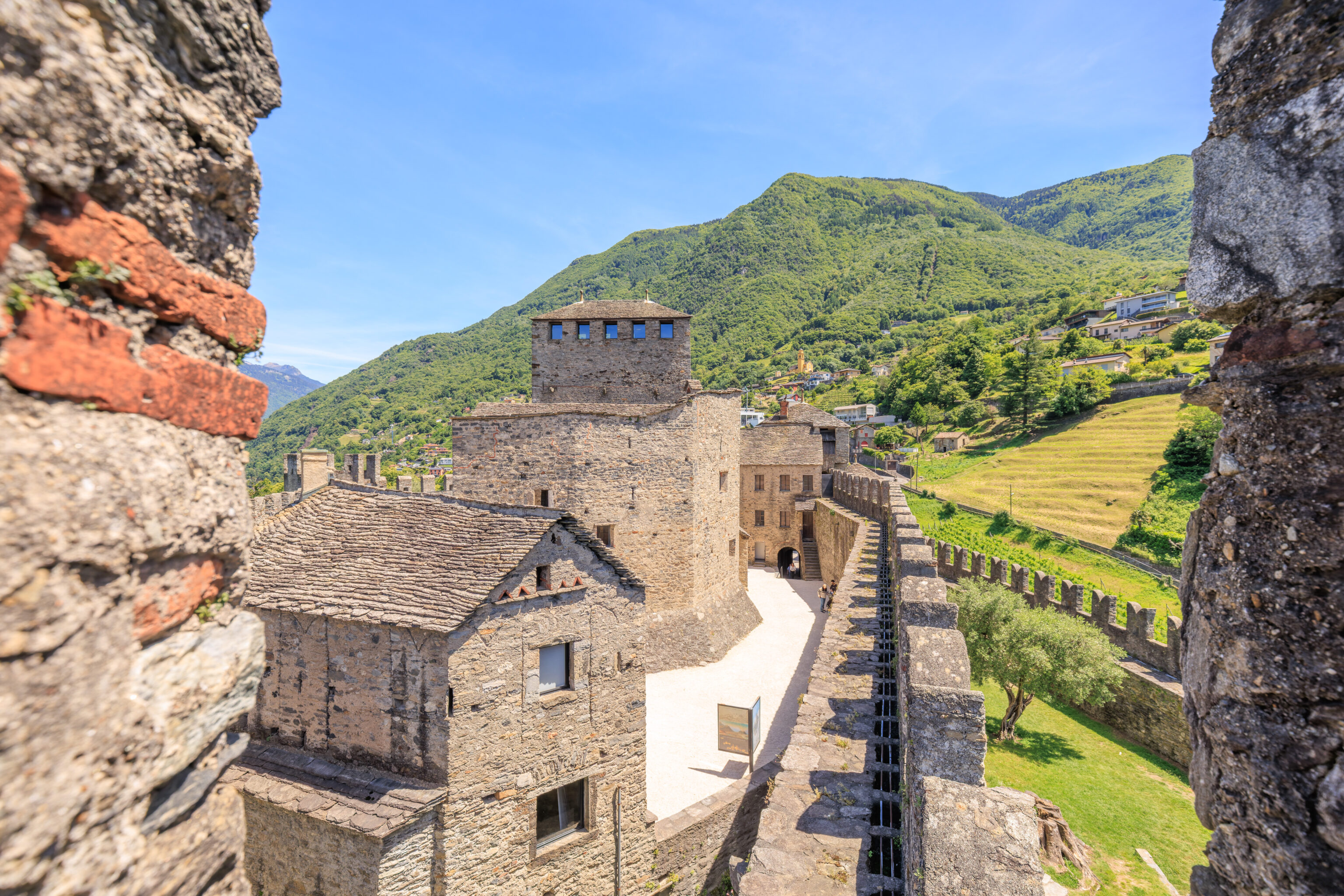
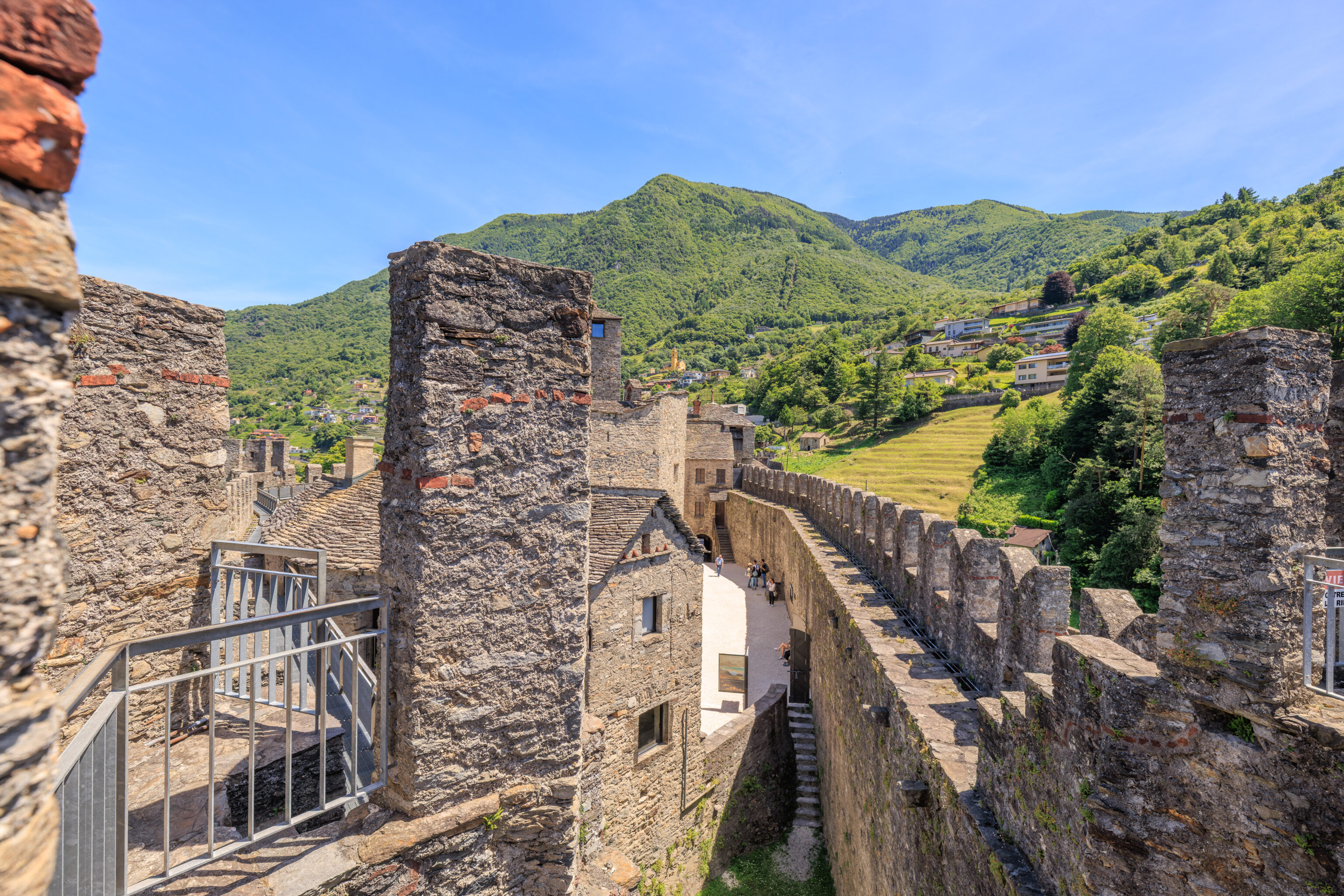
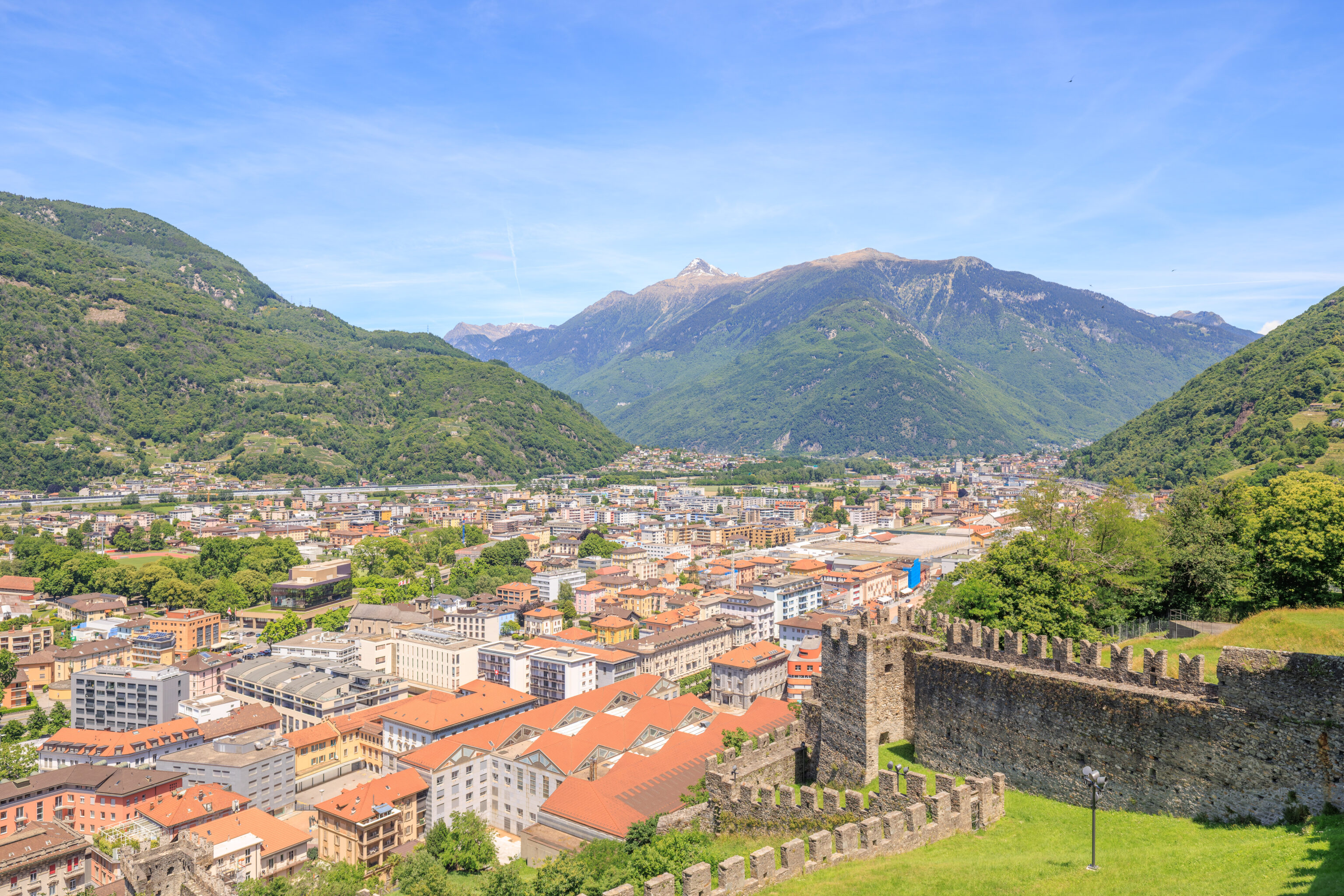
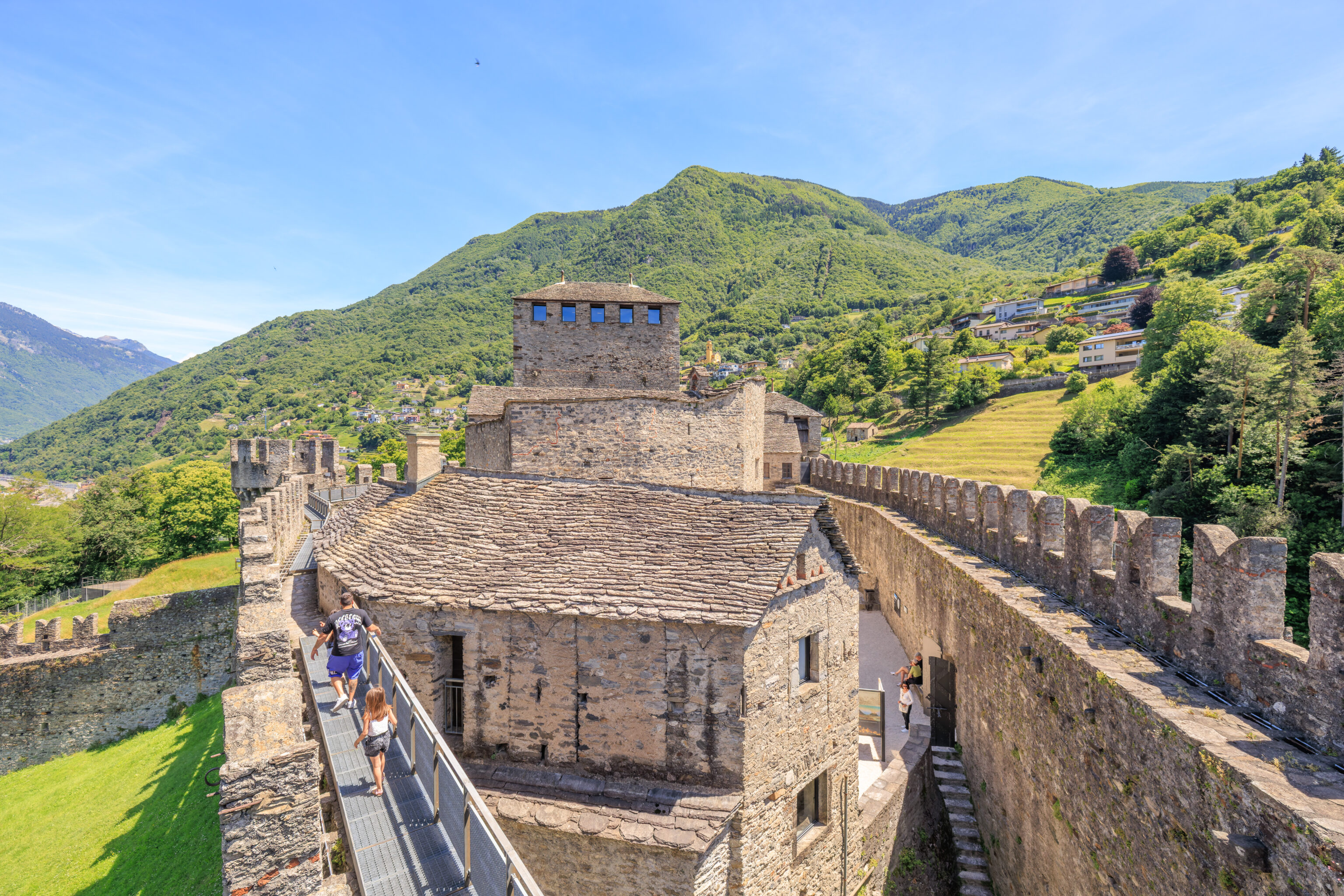
We enjoyed the views from this tower before returning back down to ground level.
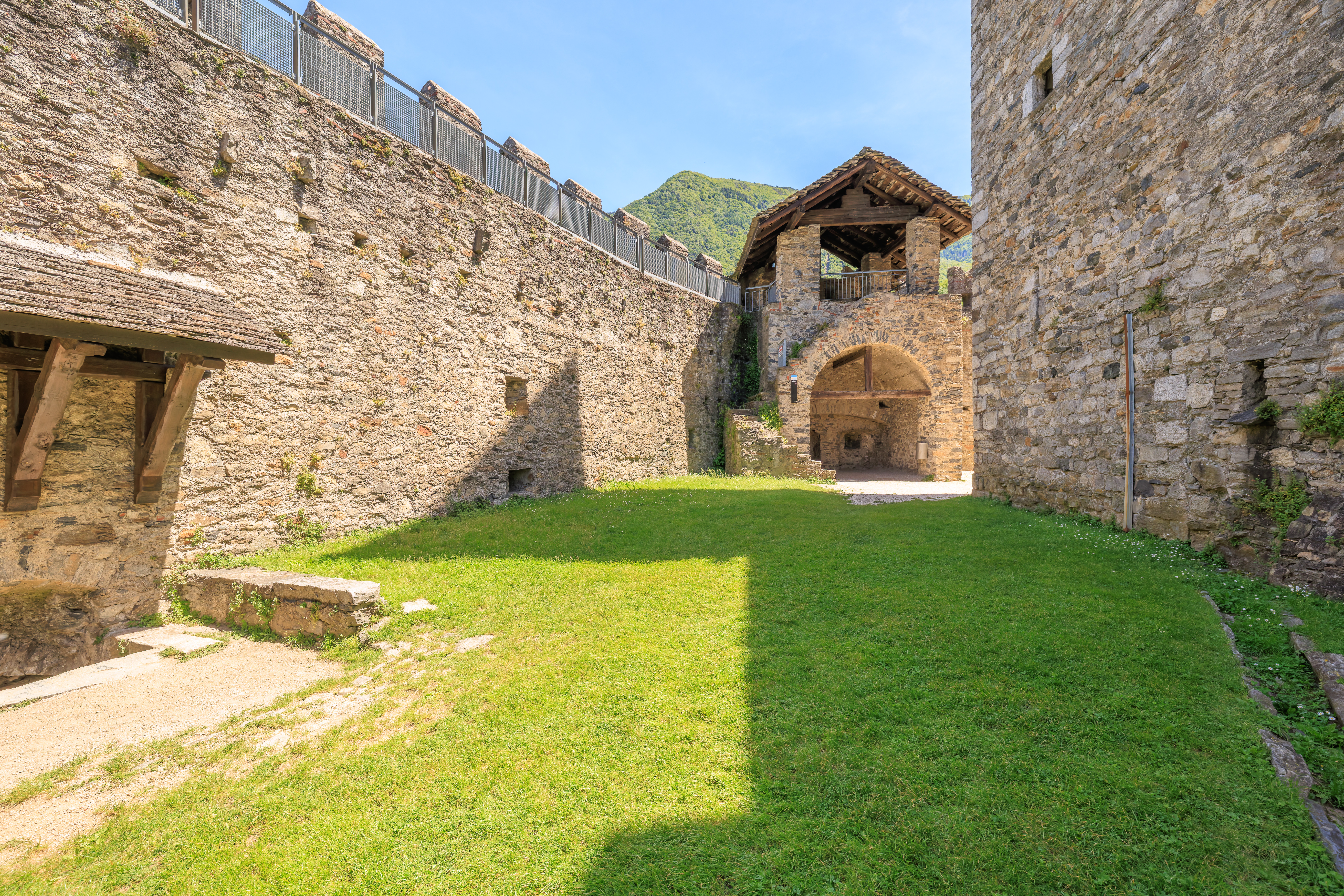
We walked between the castle’s inner and outer walls.
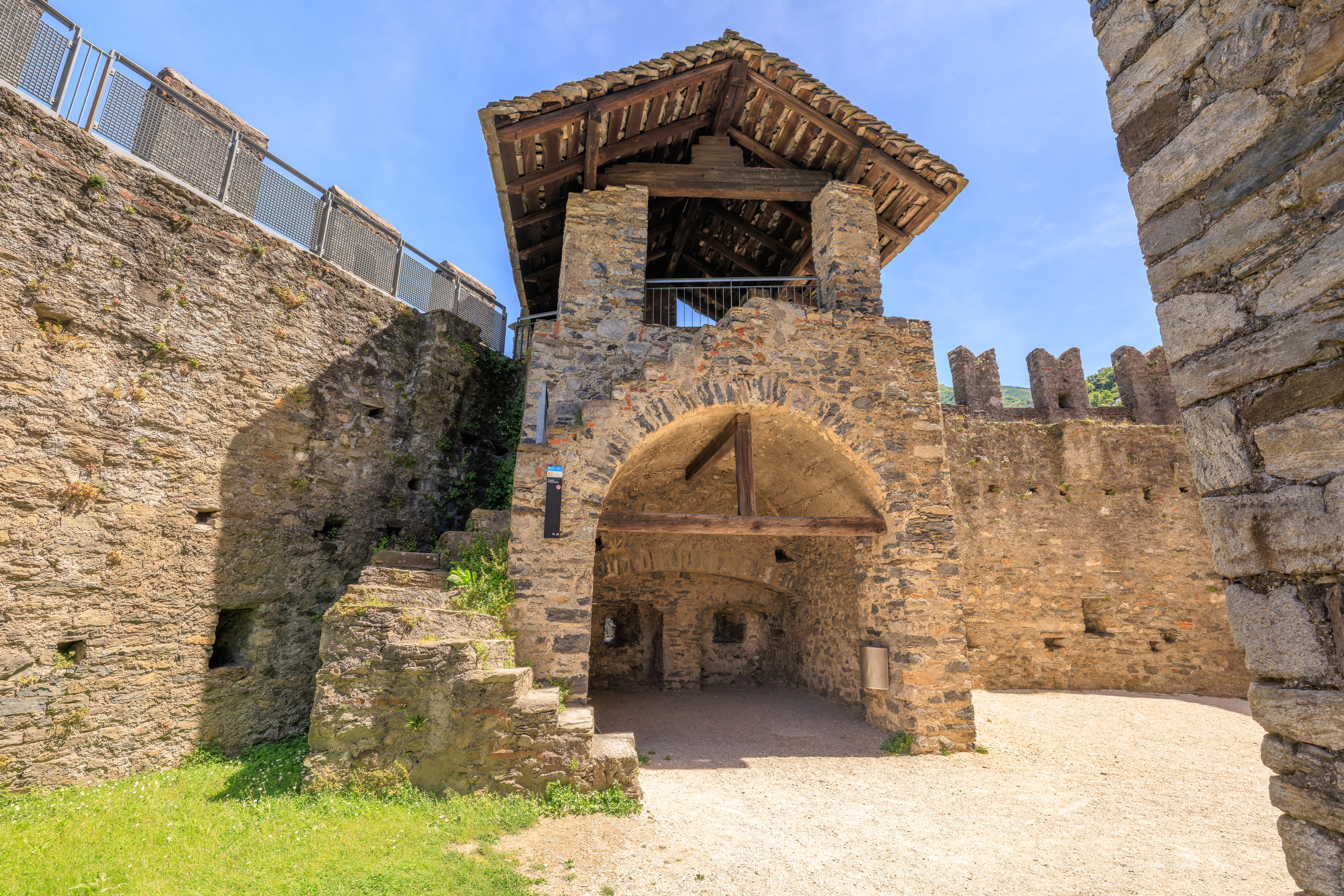
This structure is where the path ended earlier.
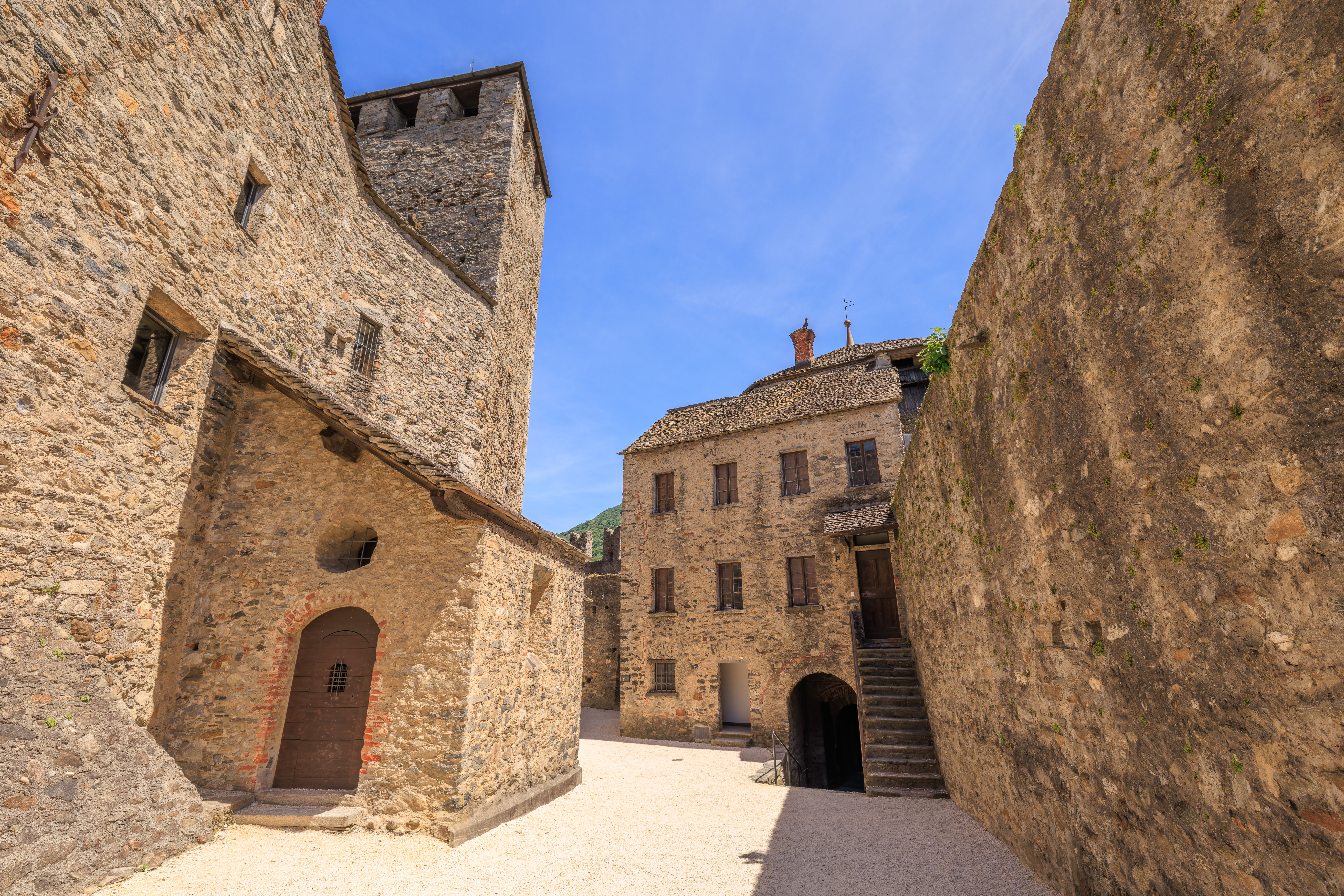
That’s about it! We went to find the castle’s western exit, which was supposed to lead to a path back down into the city of Bellinzona.

This seems to be the way!
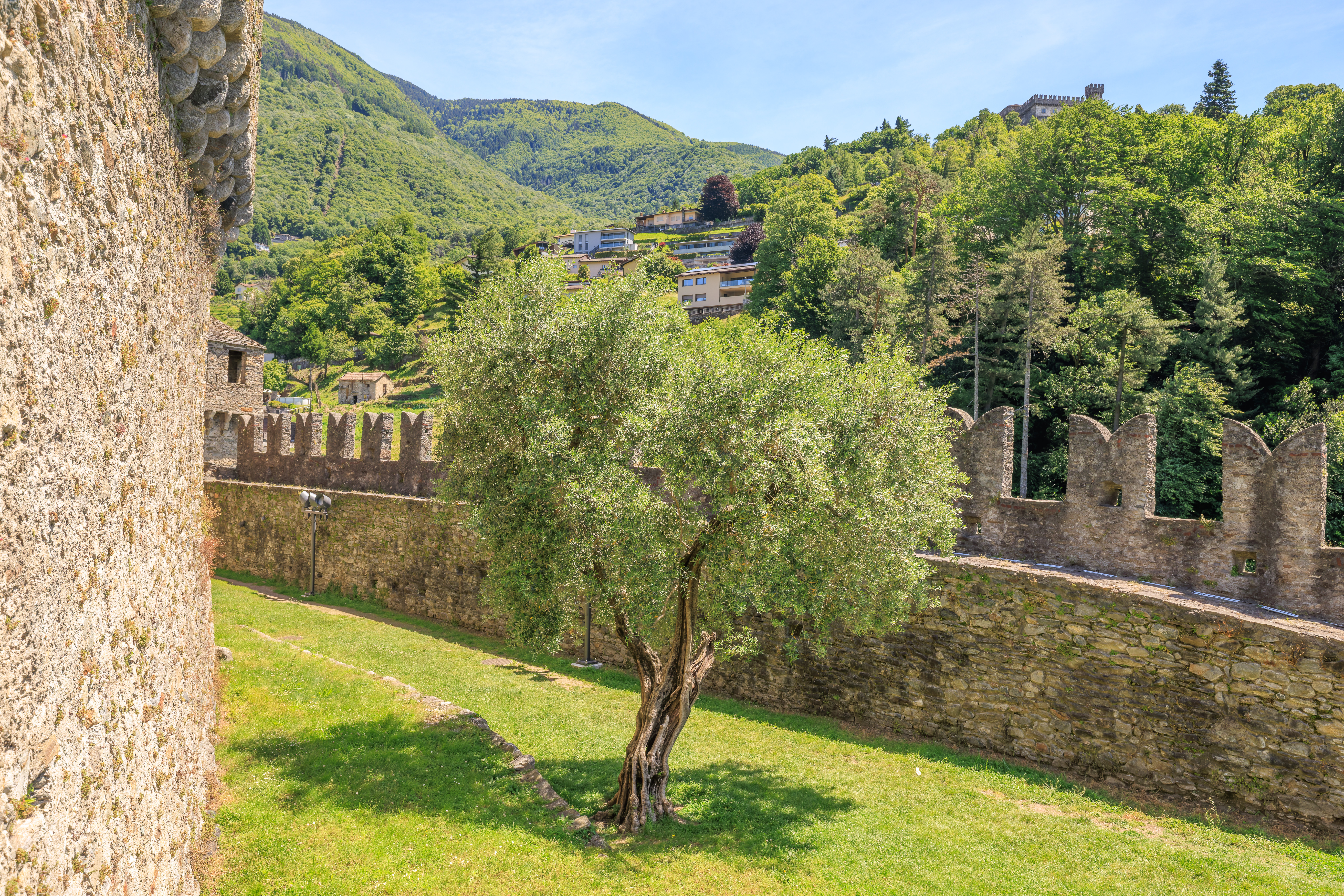
We headed out of the castle’s outer wall.

There was another wall not too far away.
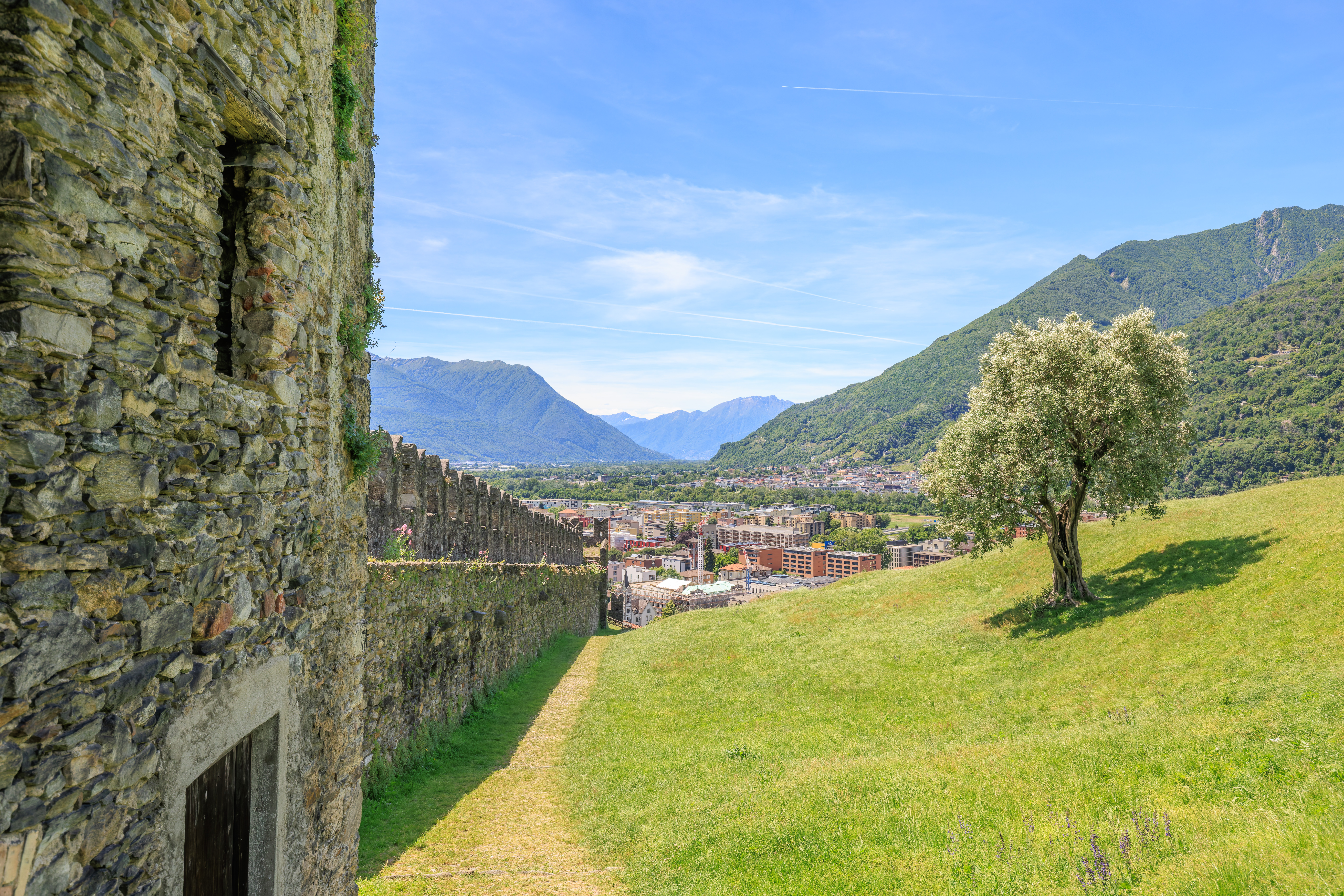
This wall seemed to lead downhill.

We walked down right by the wall so as to enjoy its shade! Looking back, we could see the main part of the castle as we headed away to the west.
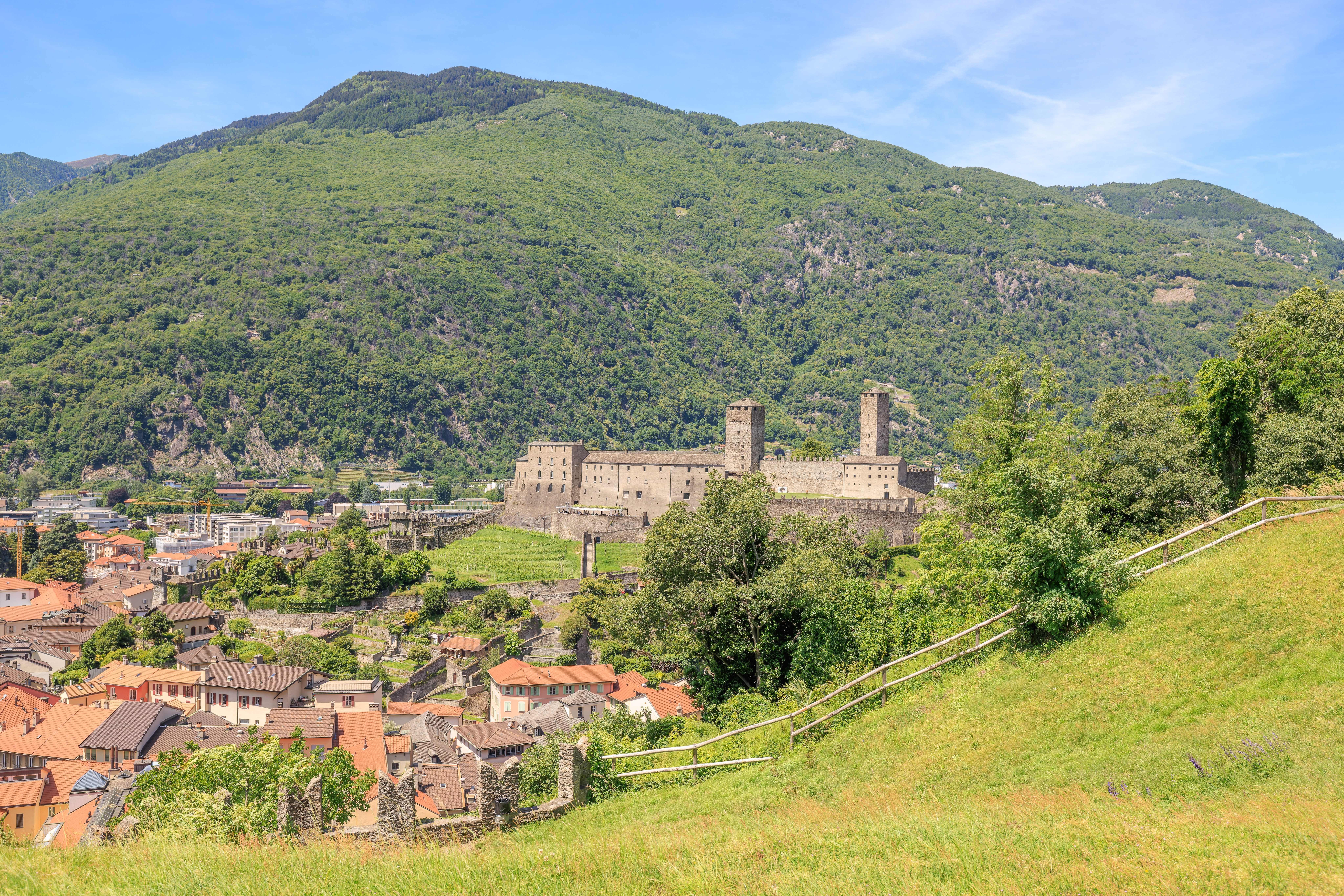
We could see Castel Grande to the northwest.
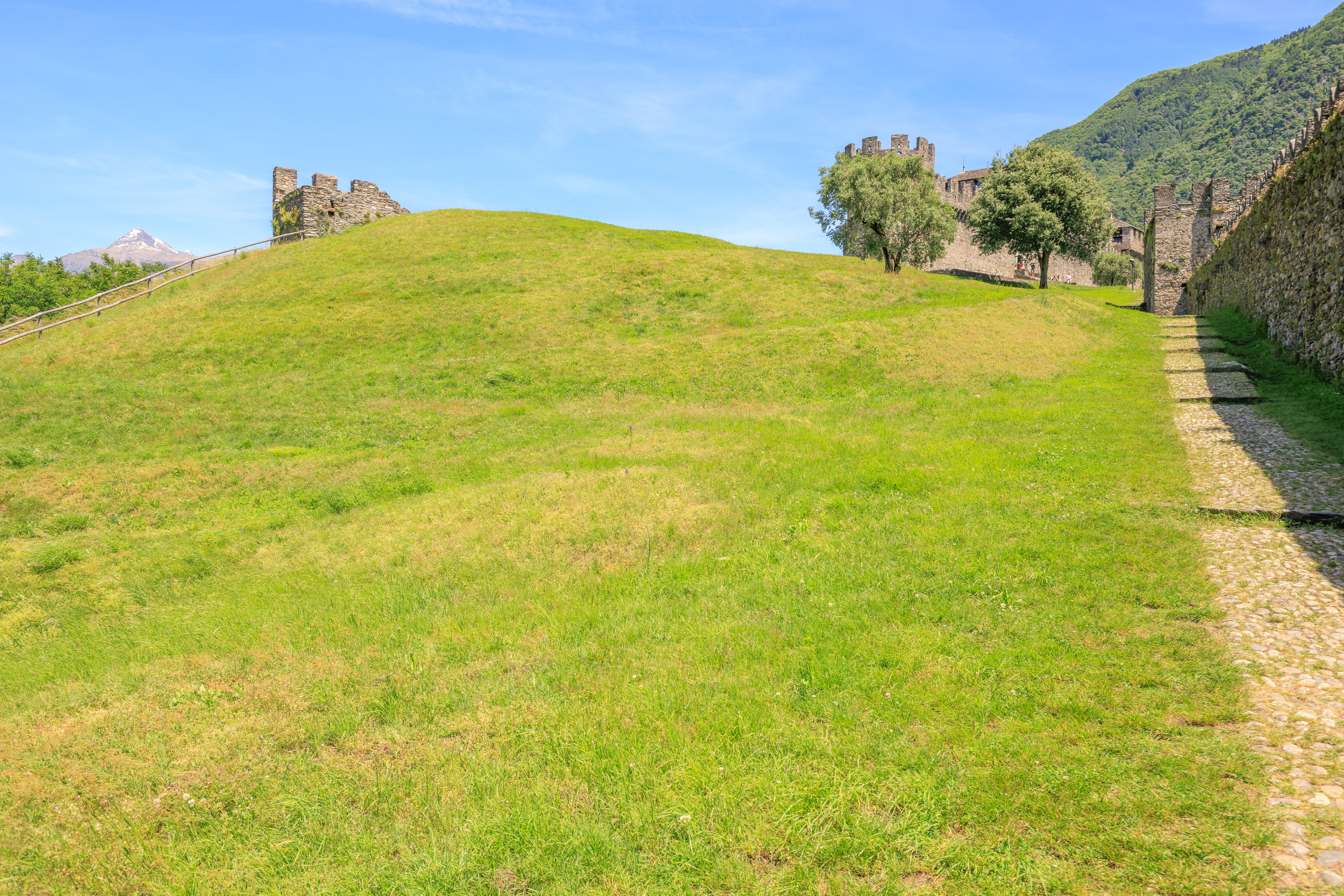
There was another section of wall to the north of us. It ended at a fence, which we can see here on the left.
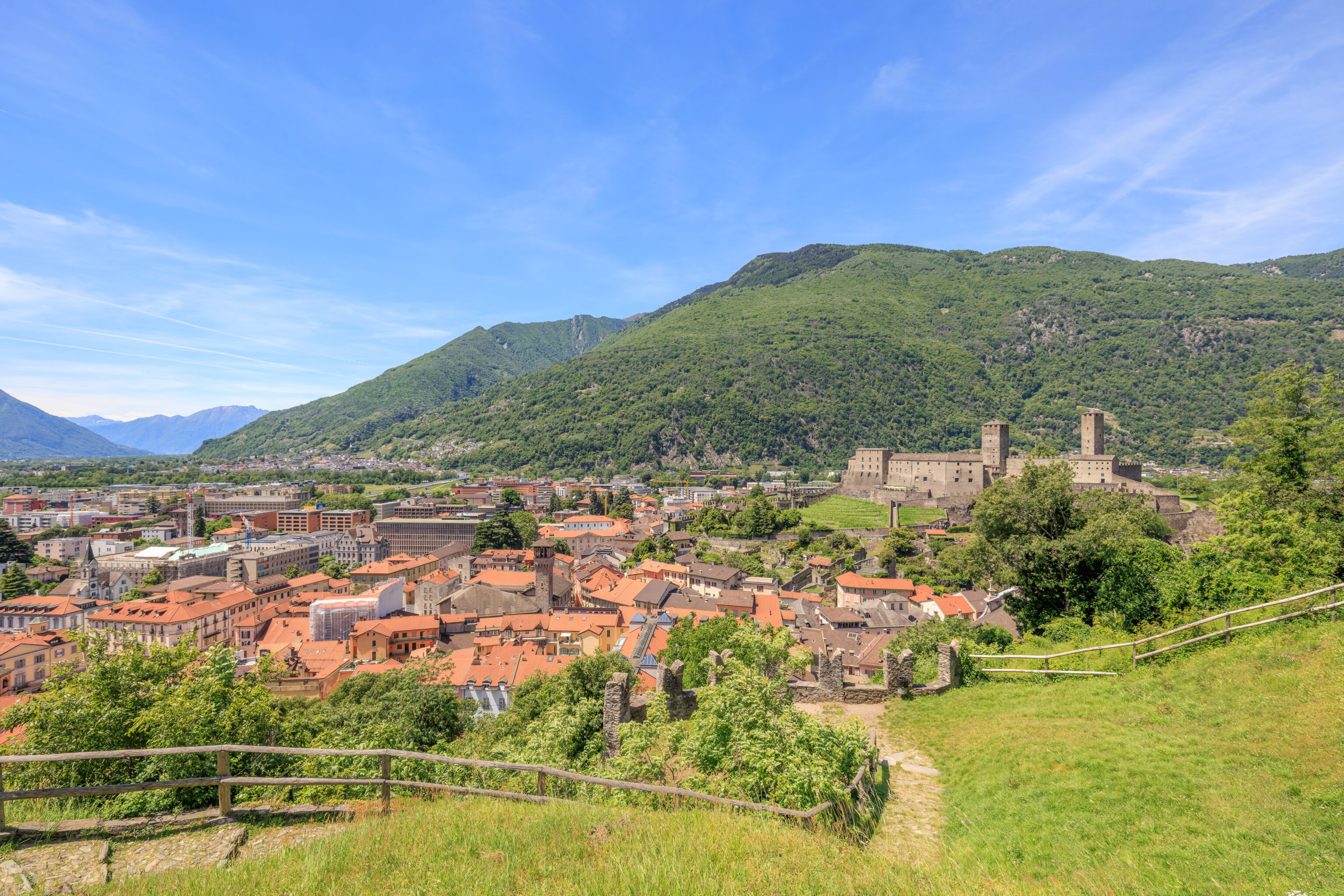
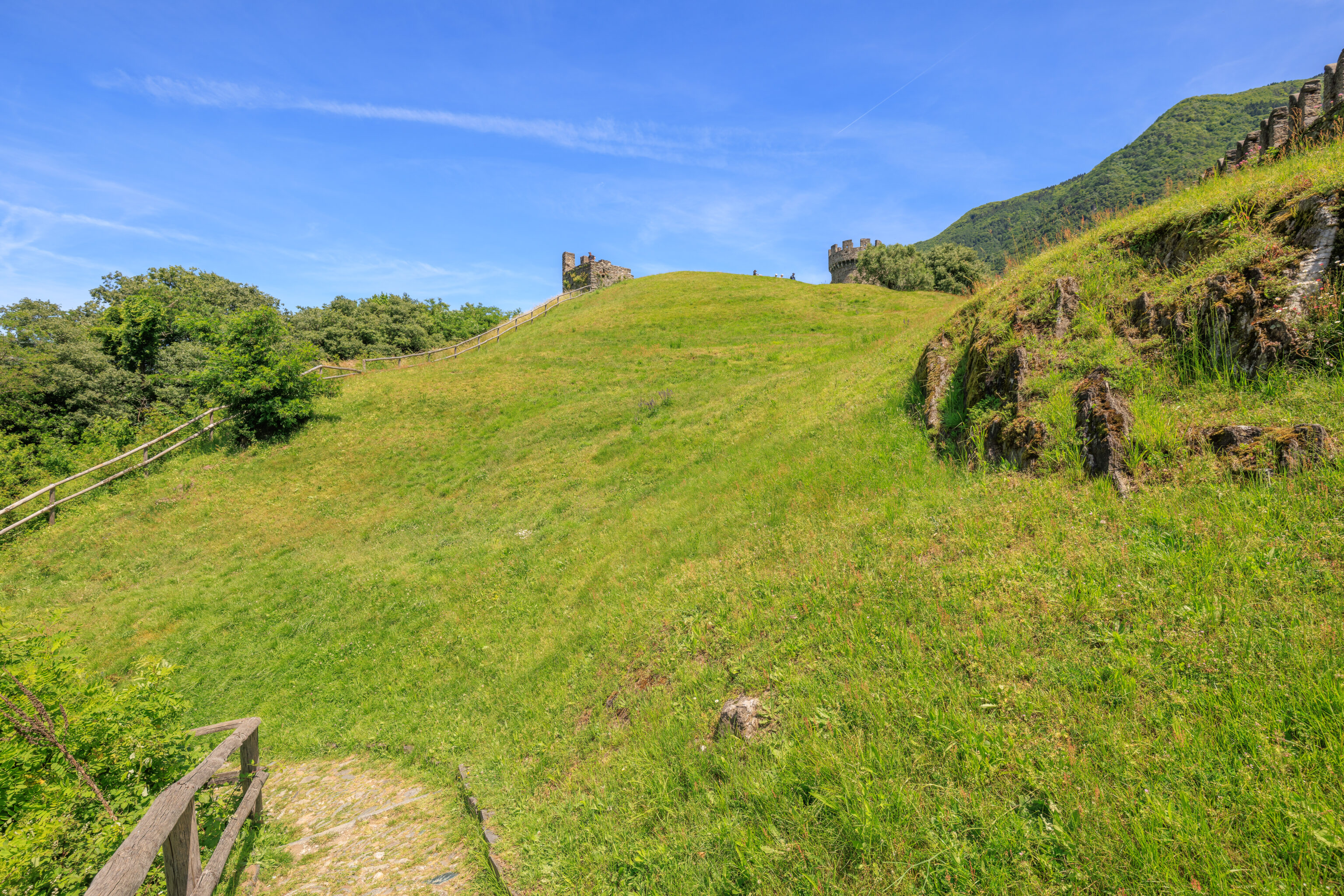
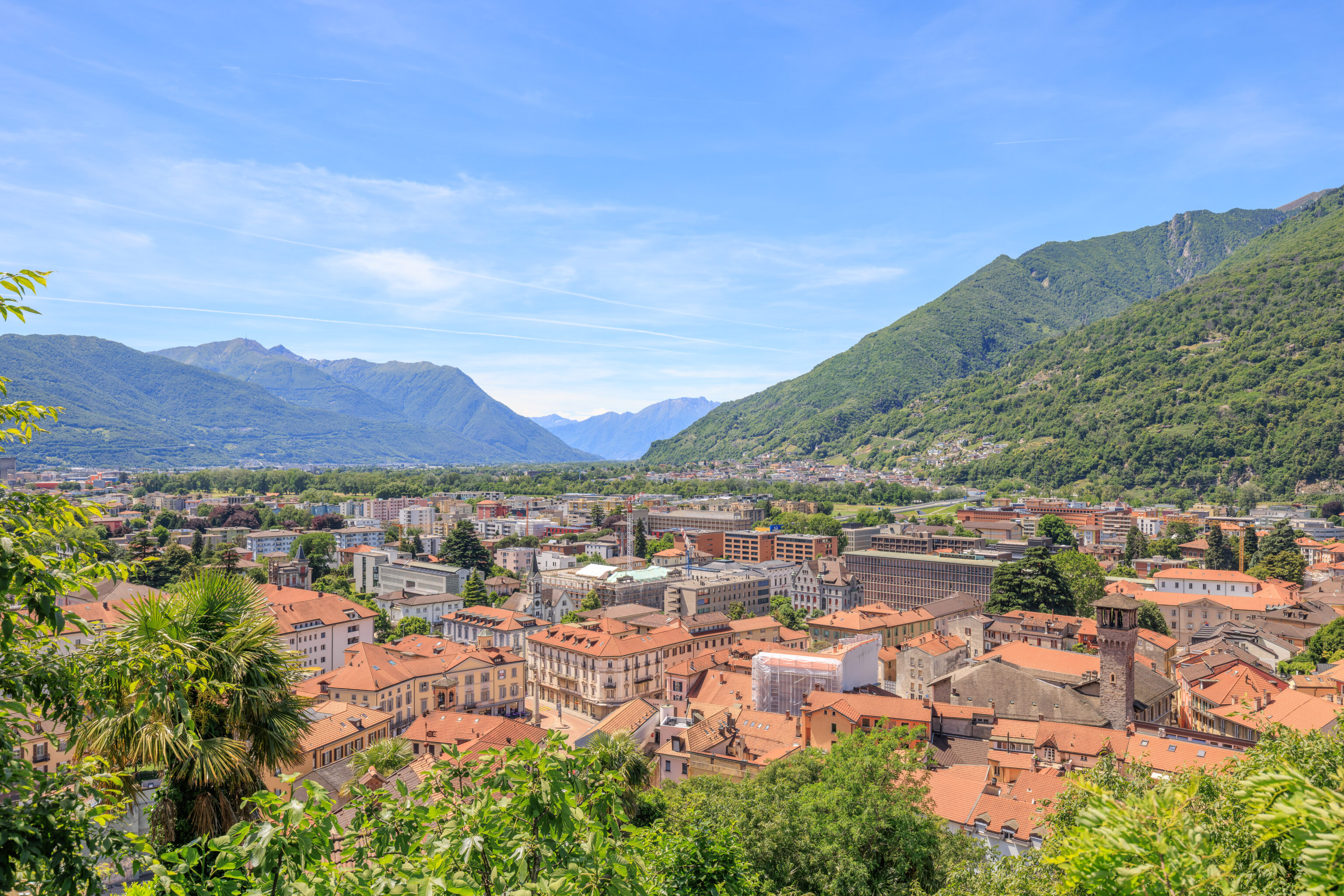
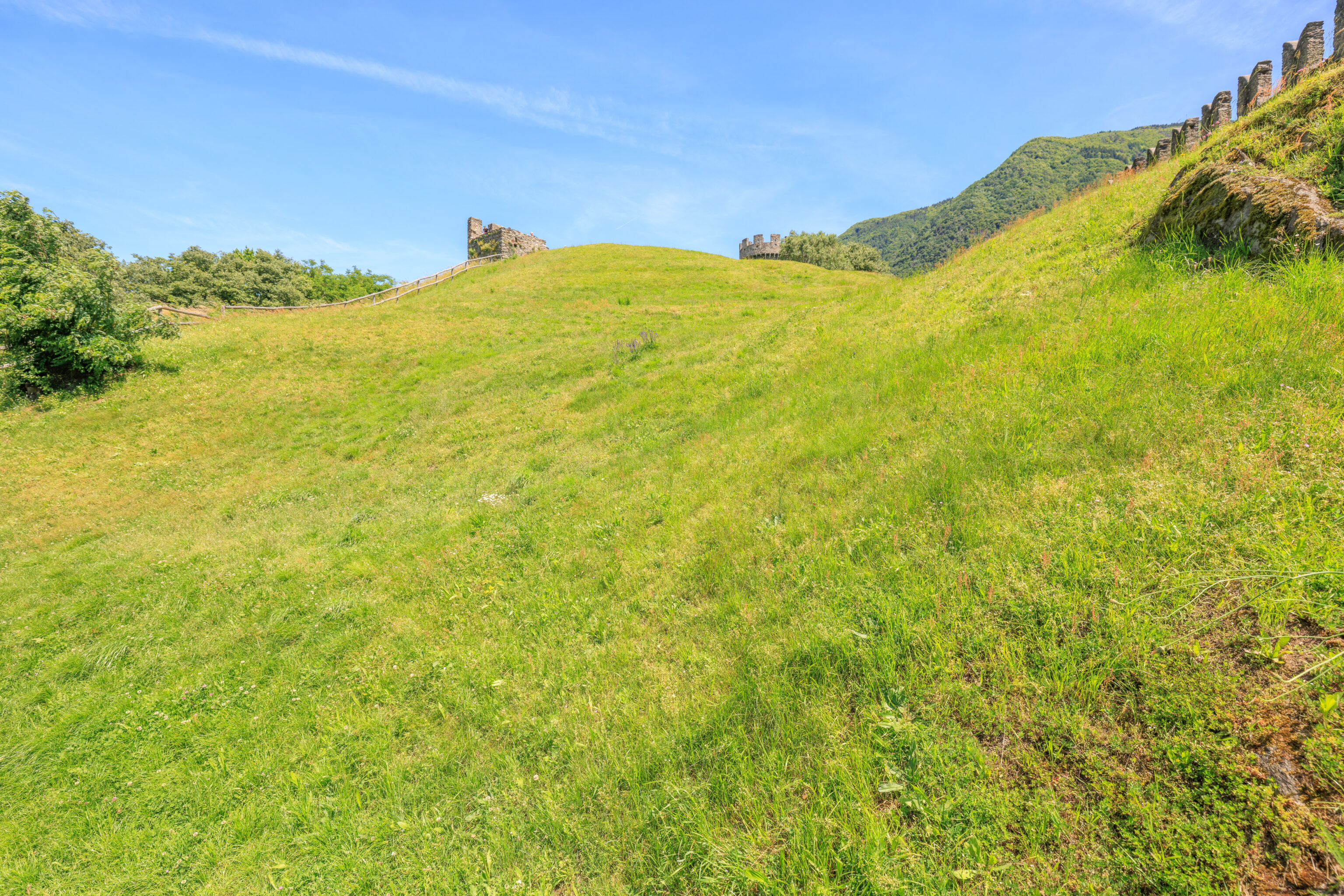
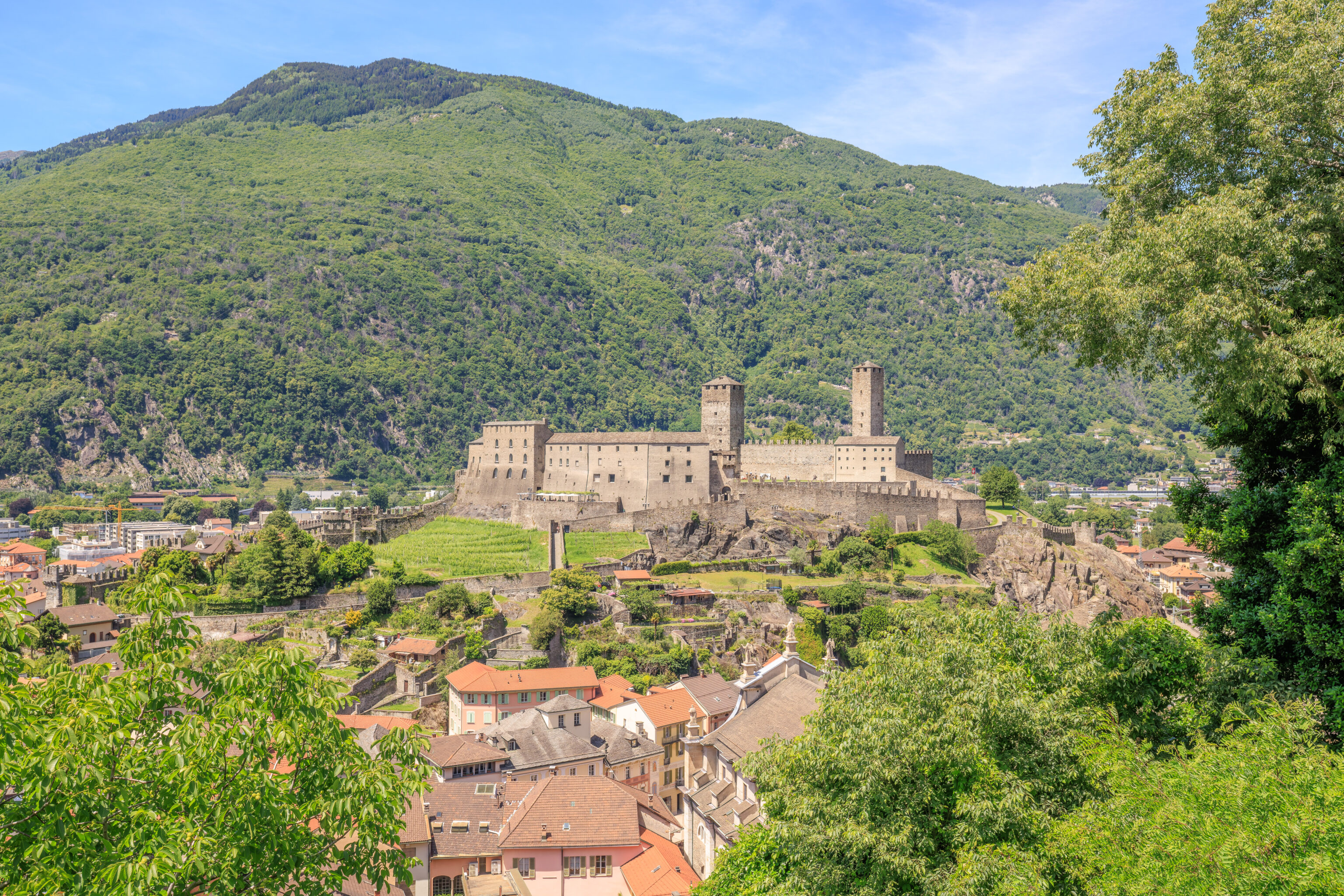
We continued following the path as it descended.
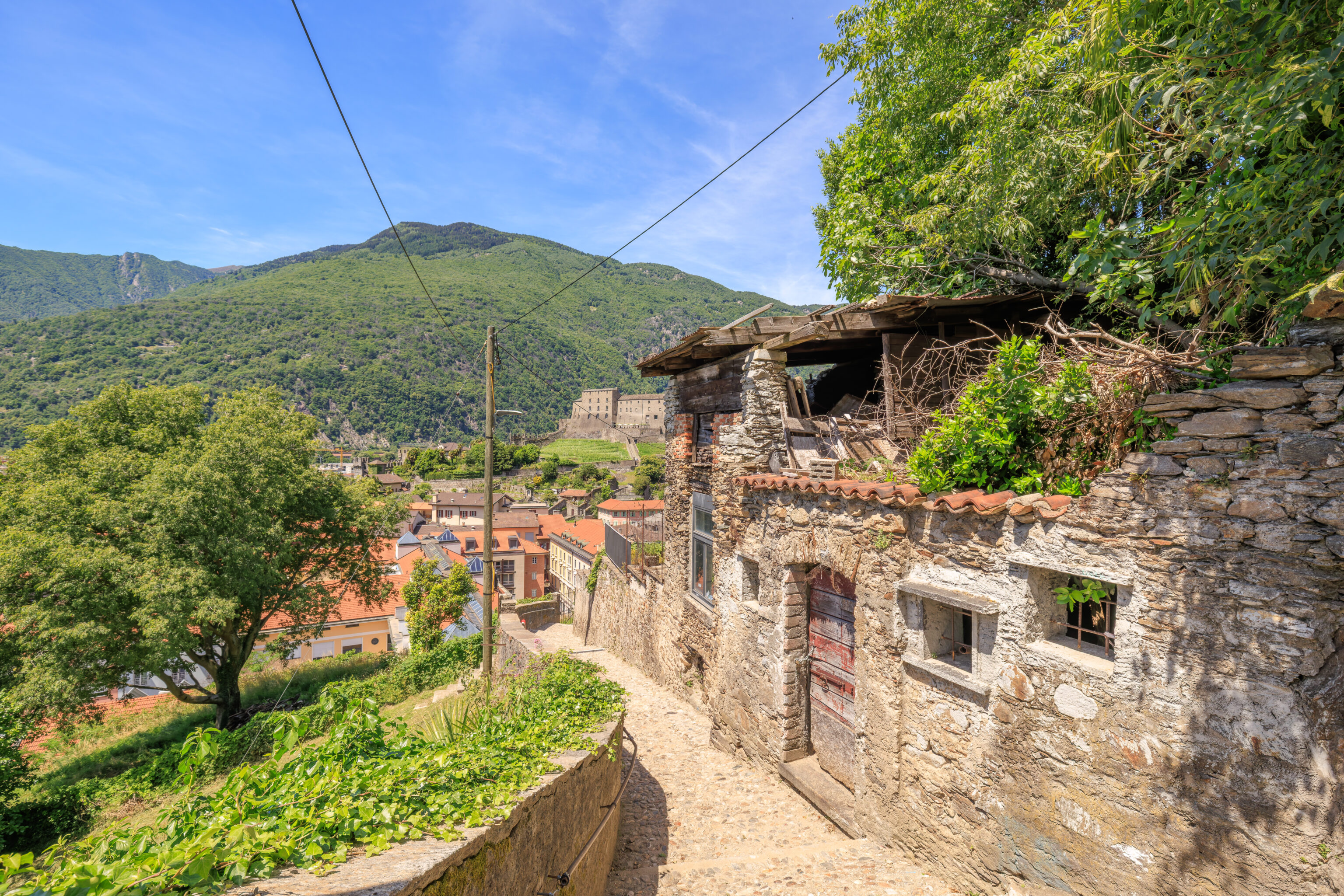
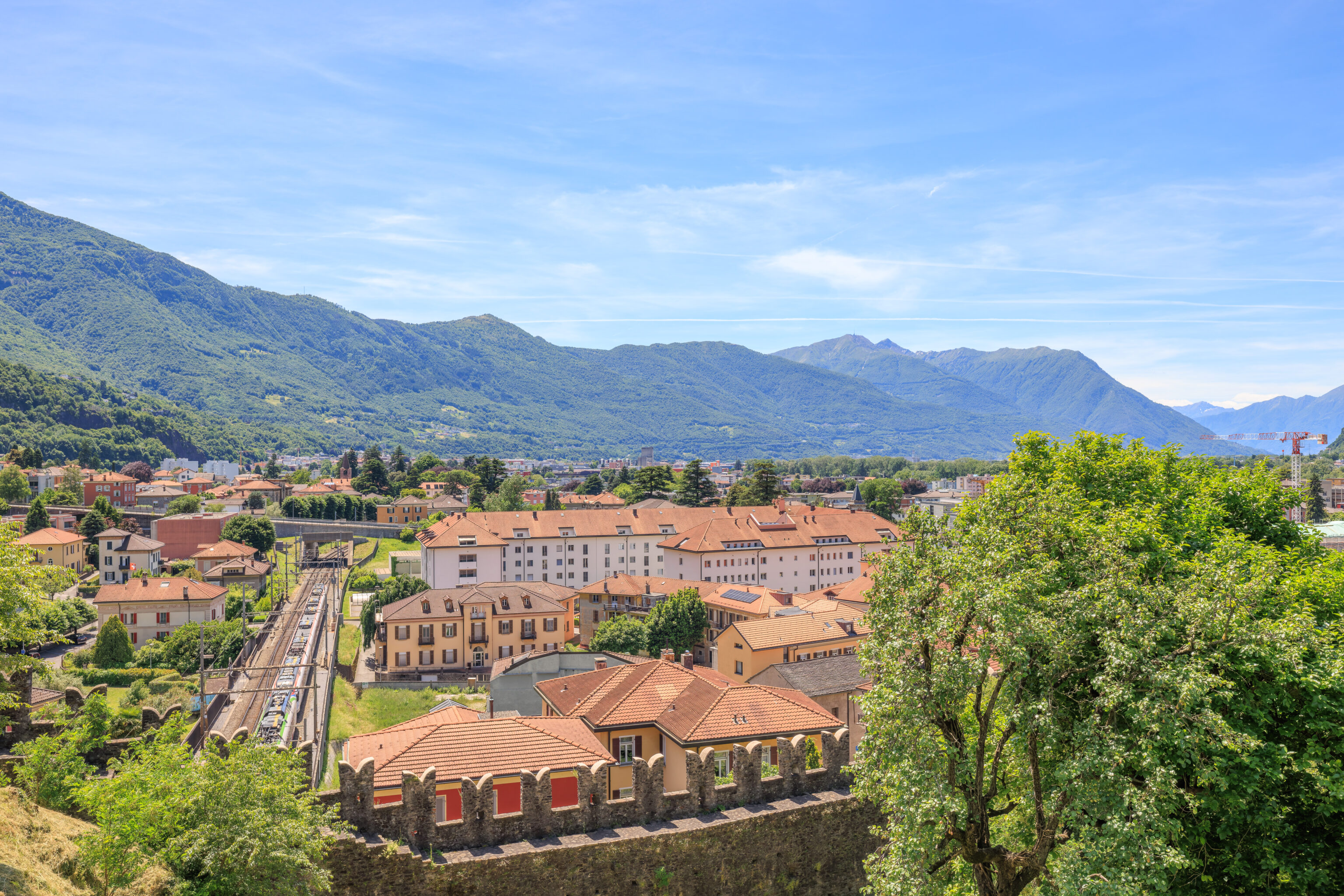
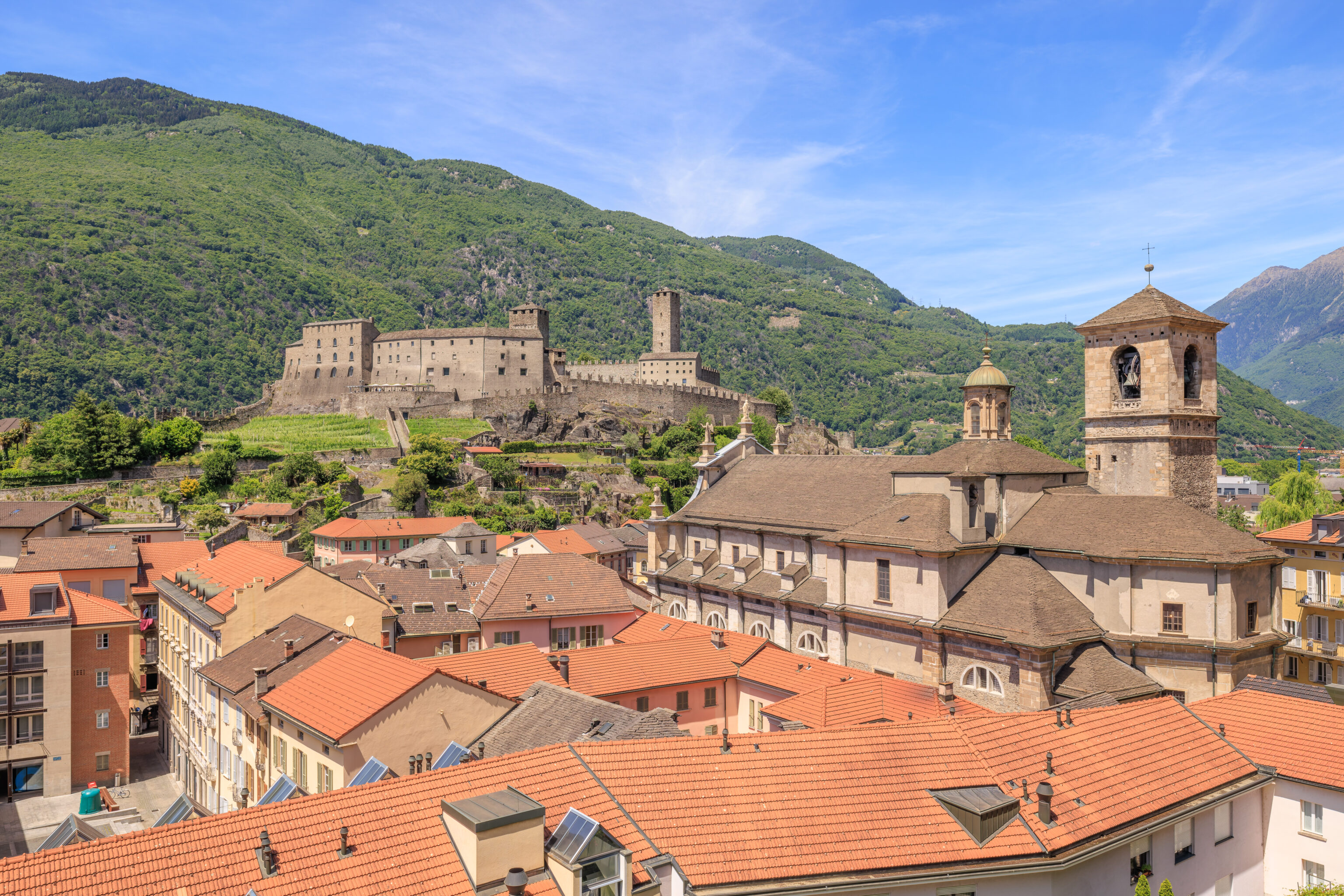

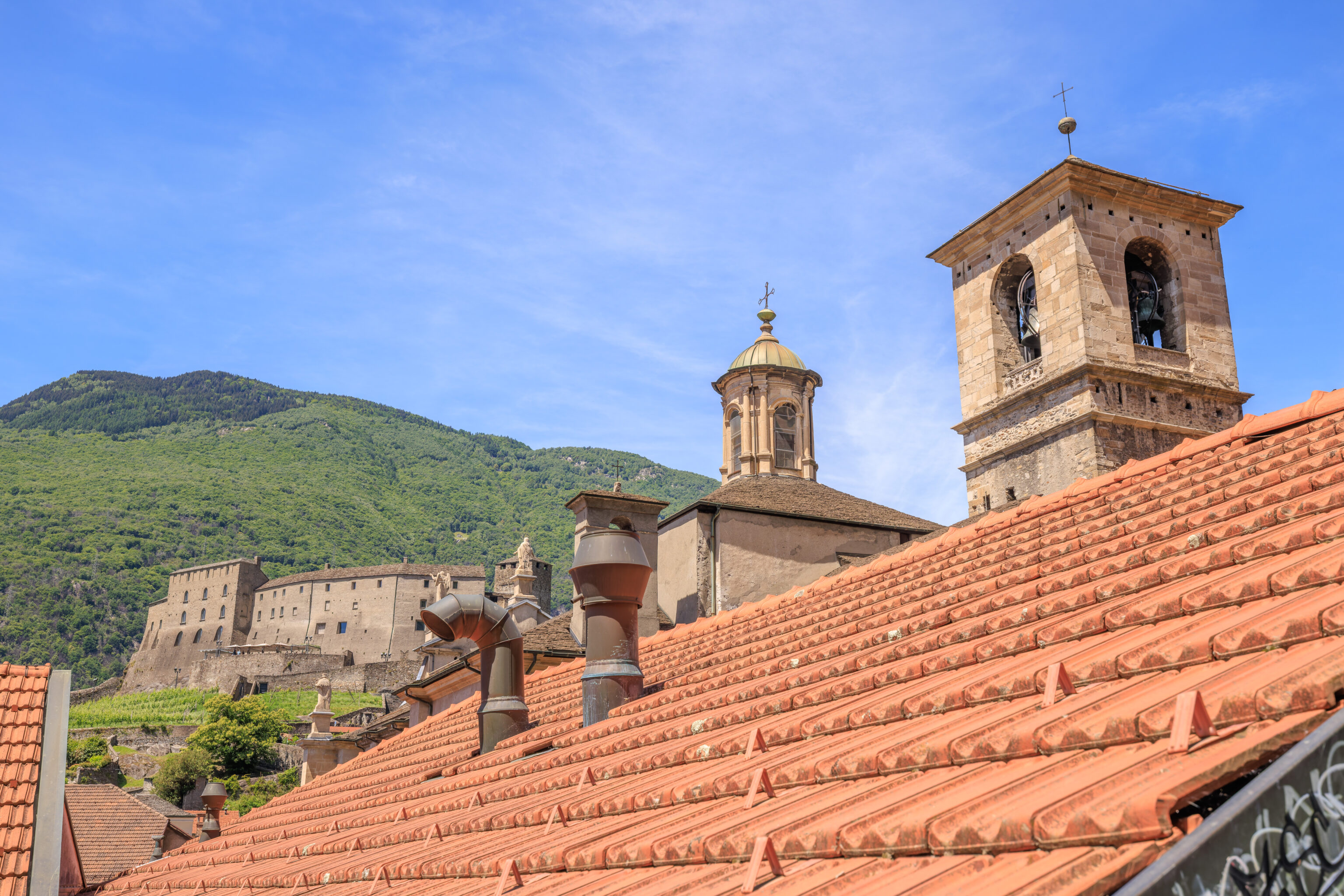
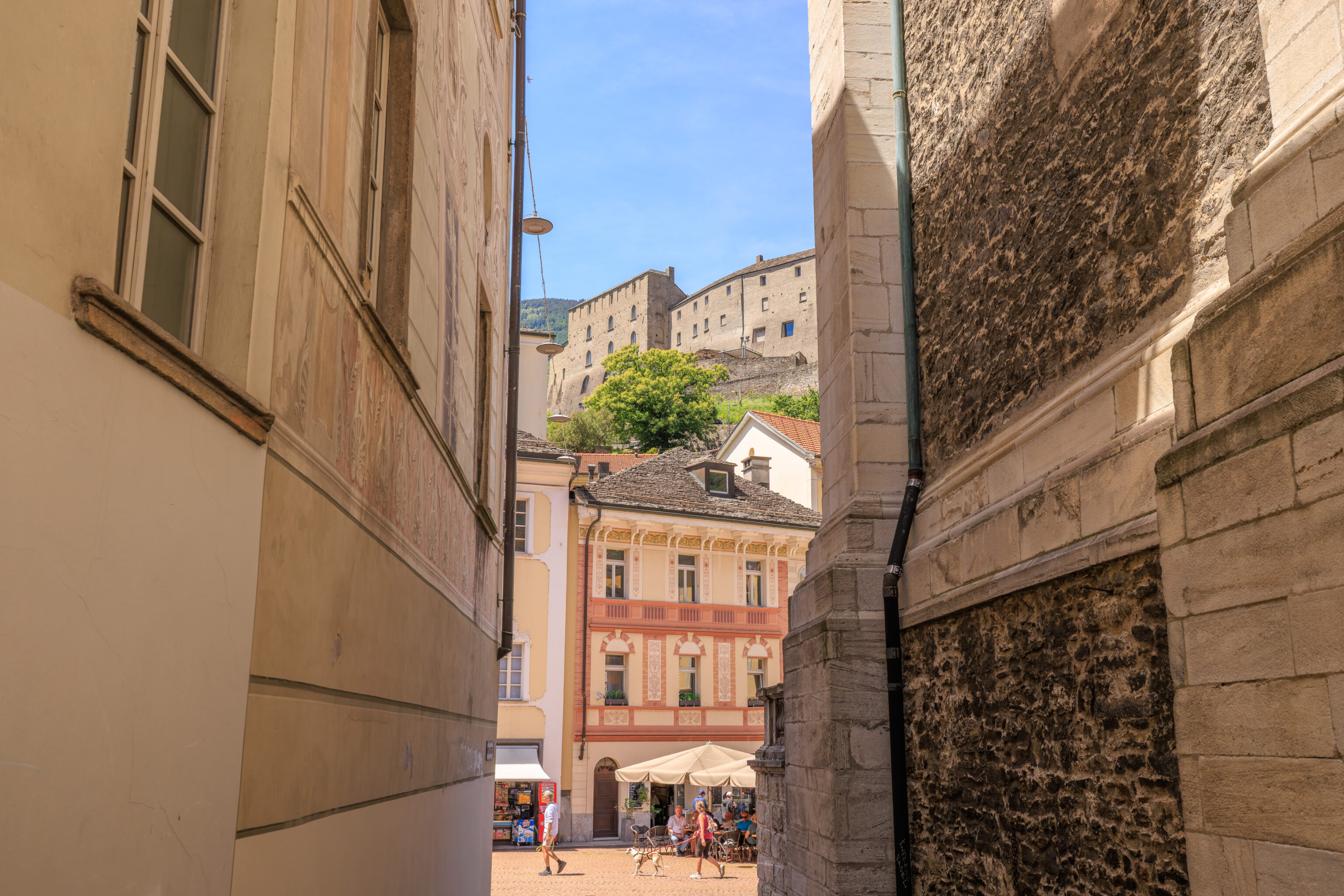
The path led back into the central area of Bellinzona.
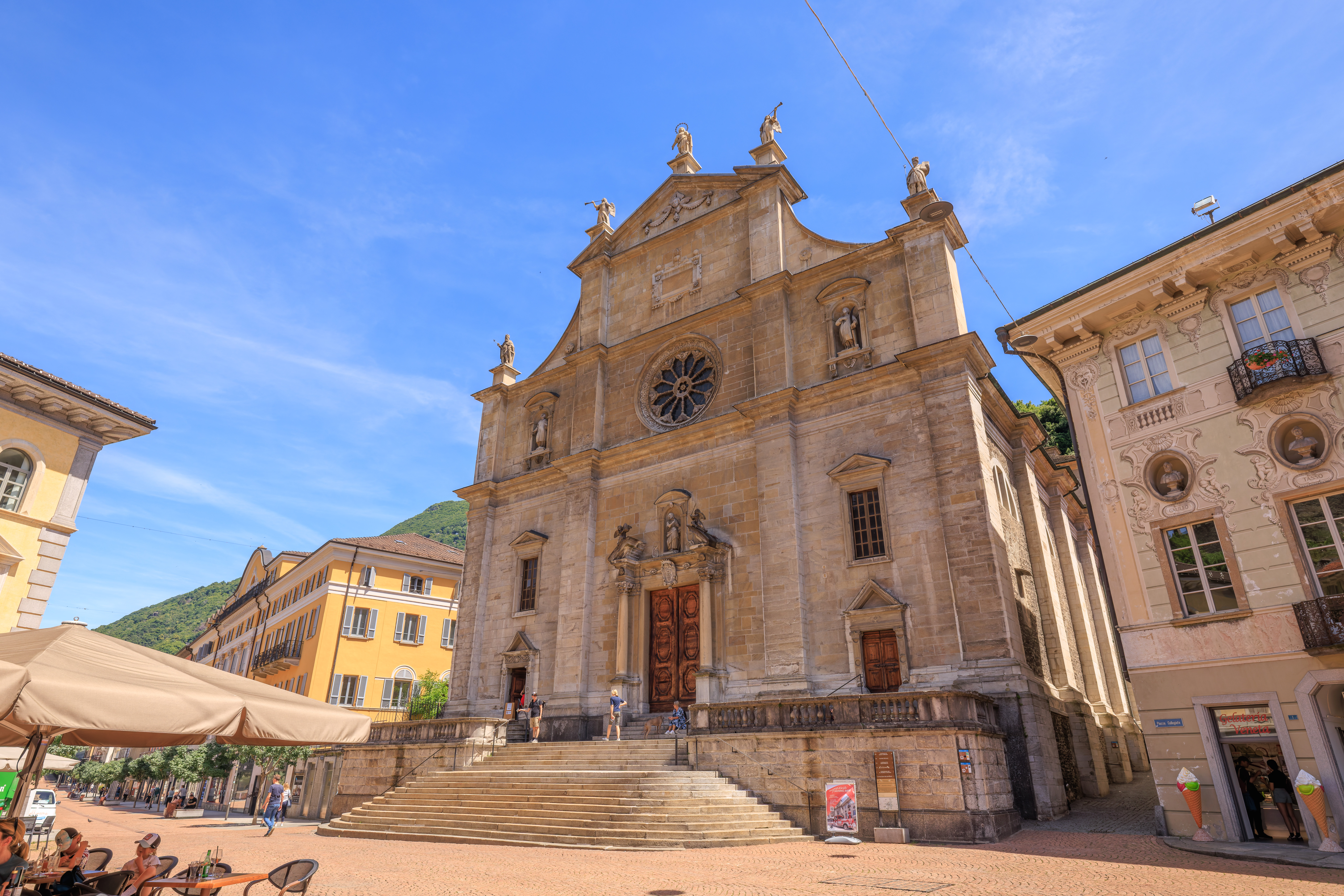
We ended up right by the Chiesa Collegiata dei SS. Pietro e Stefano!
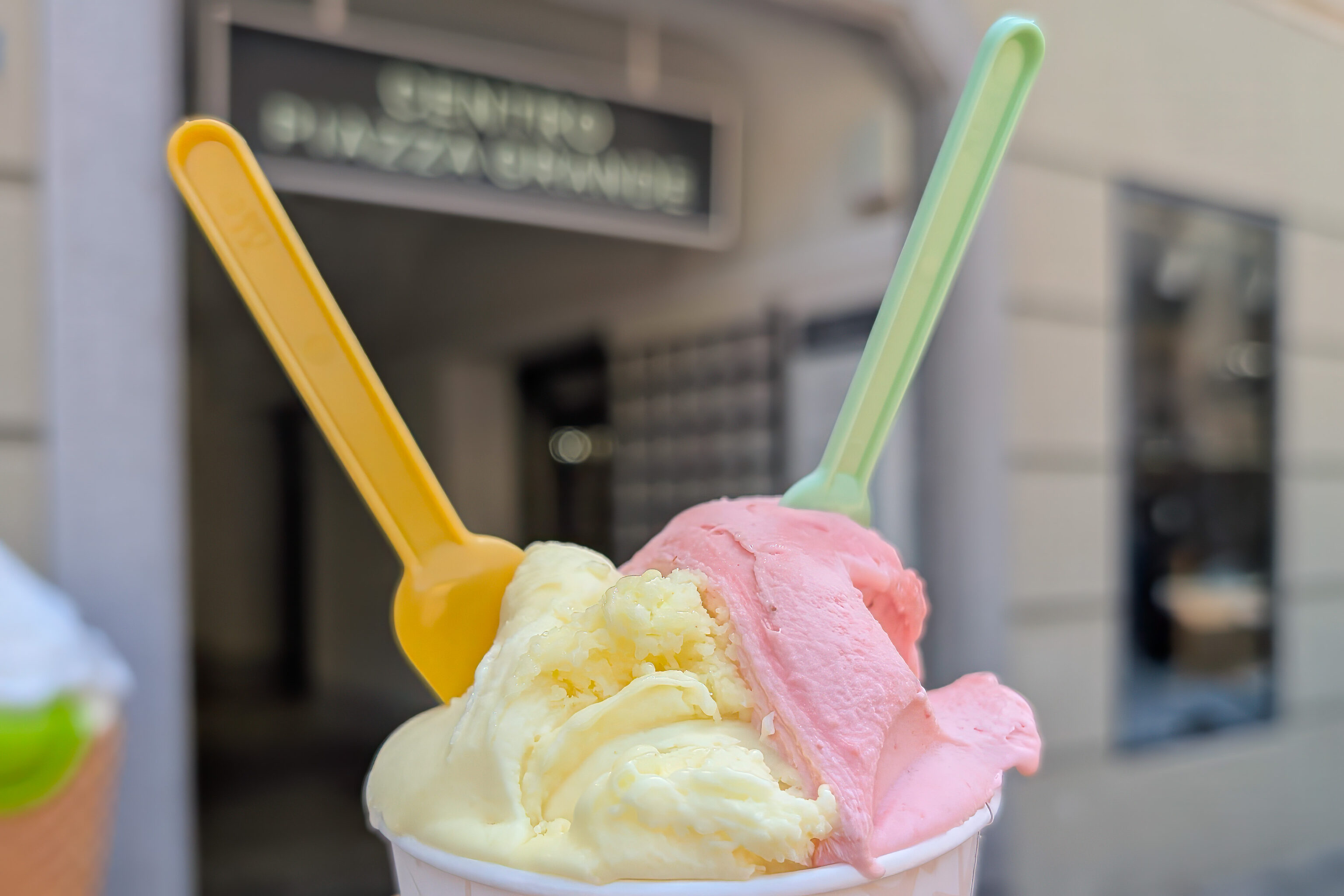
Perfect time for some gelato! Limoncello and fragola (strawberry) from Geleteria Veneta!
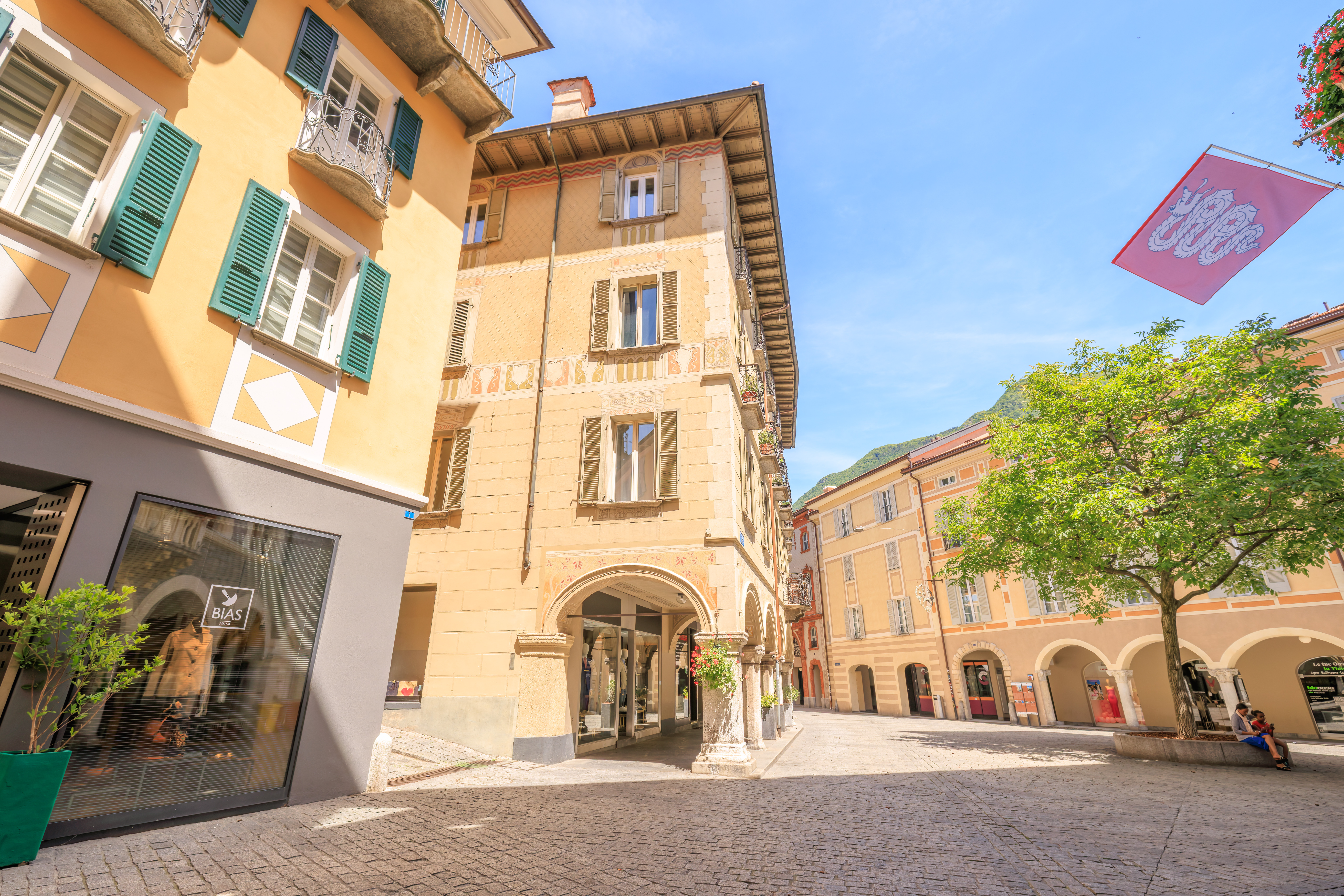
We continued on to head for one of the entrances to Castel Grande. There seemed to be multiple ways in. We decided to head to what seemed like a longer but more gradual sloped path. This required walking to the west around the castle’s southern side.
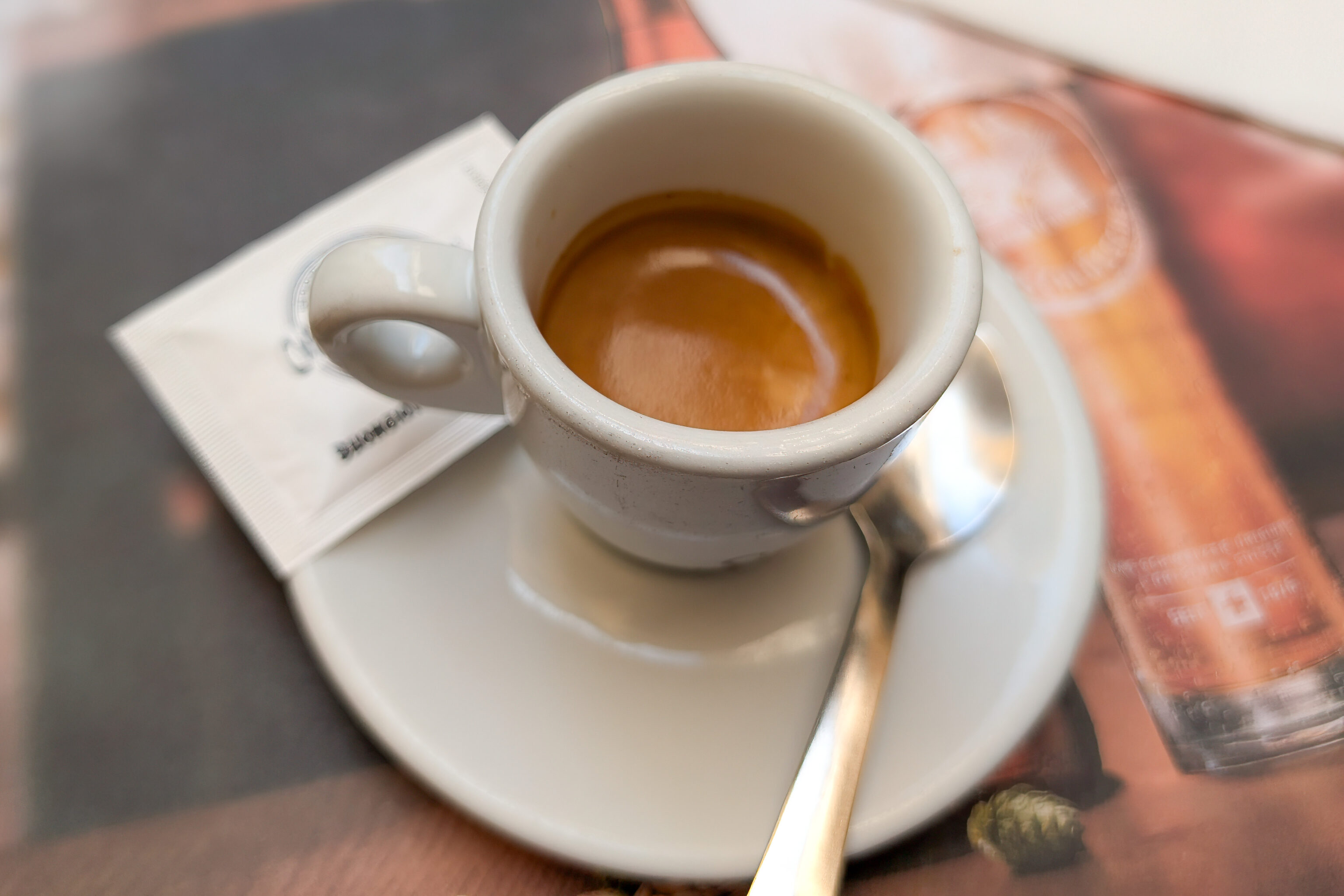
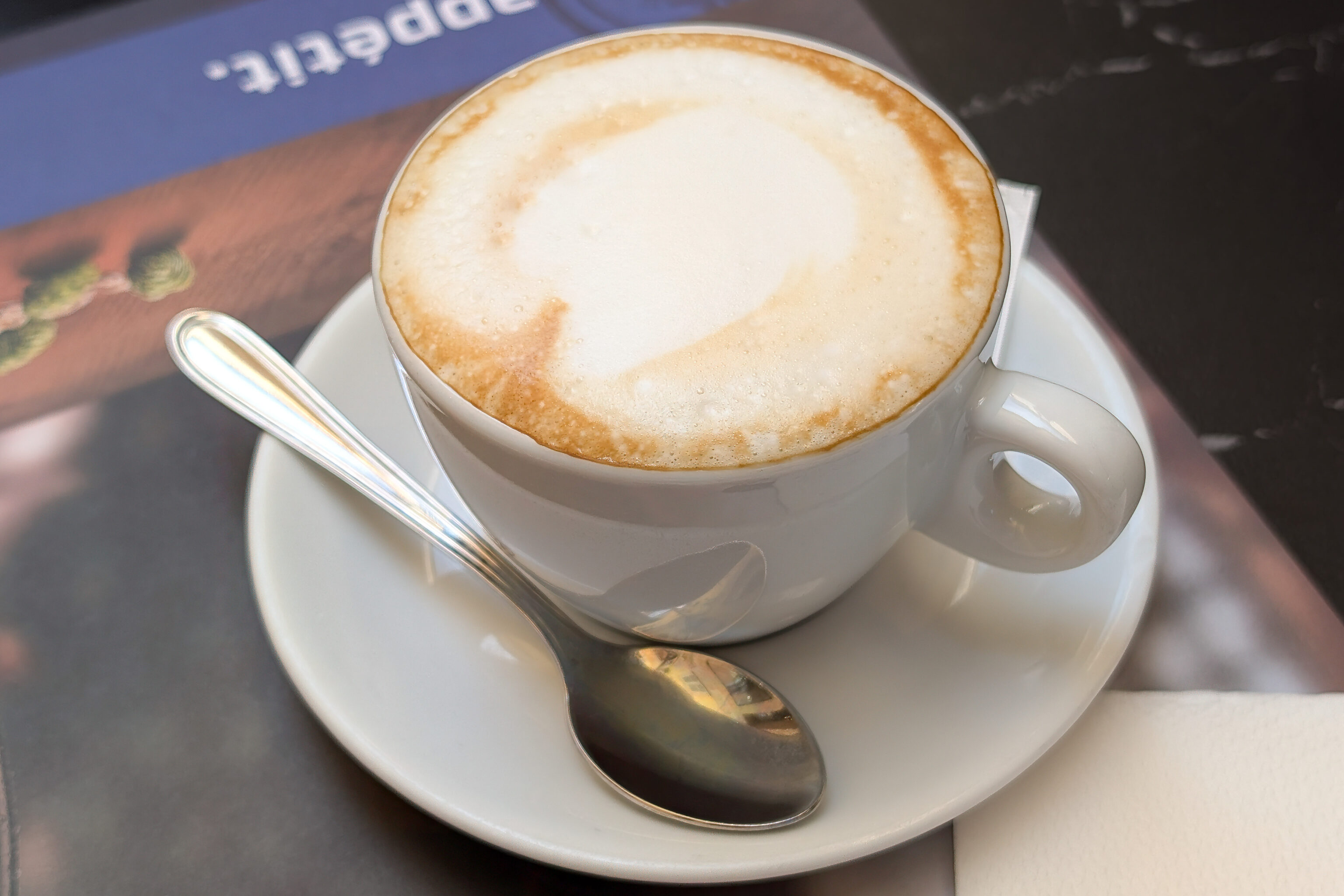
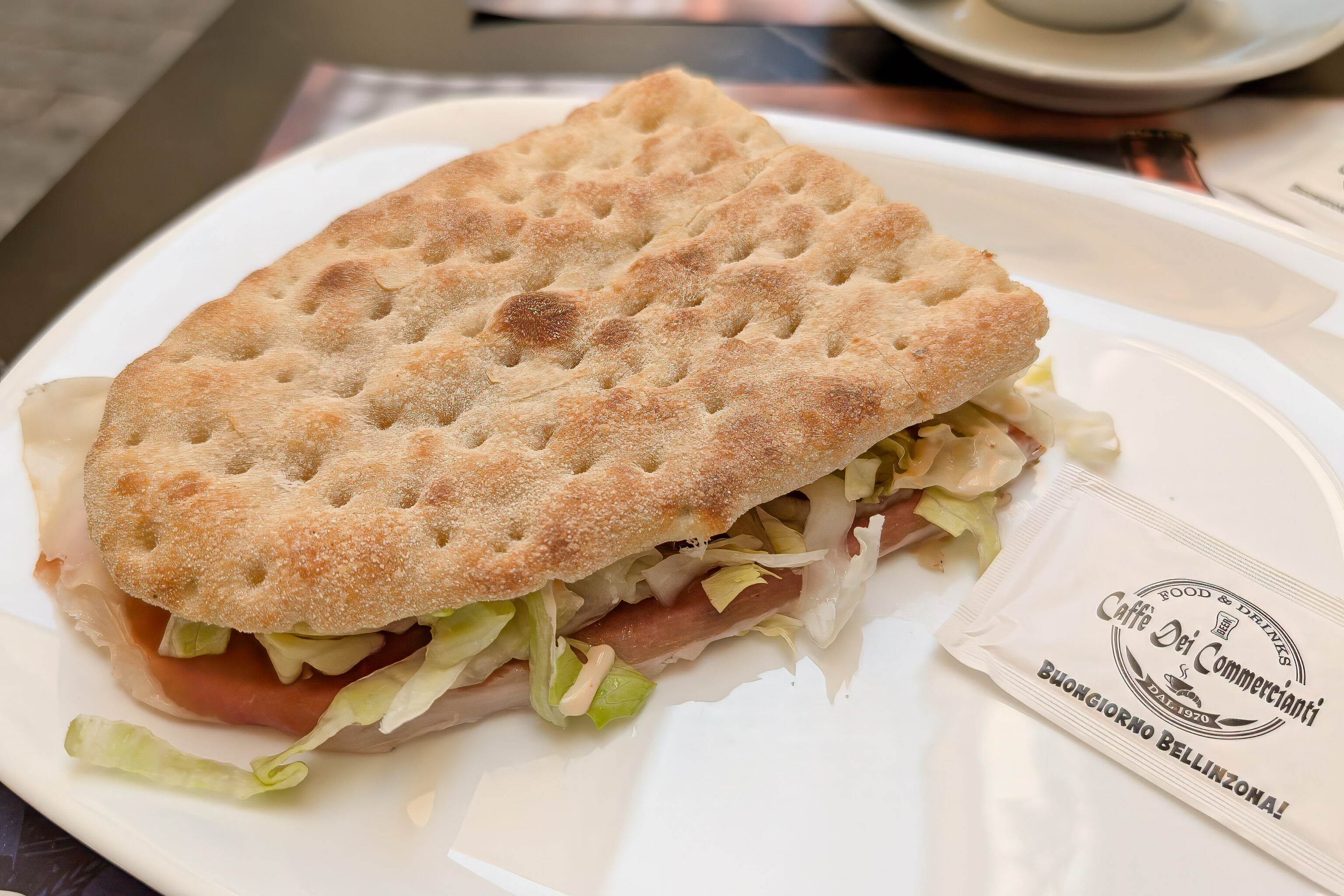
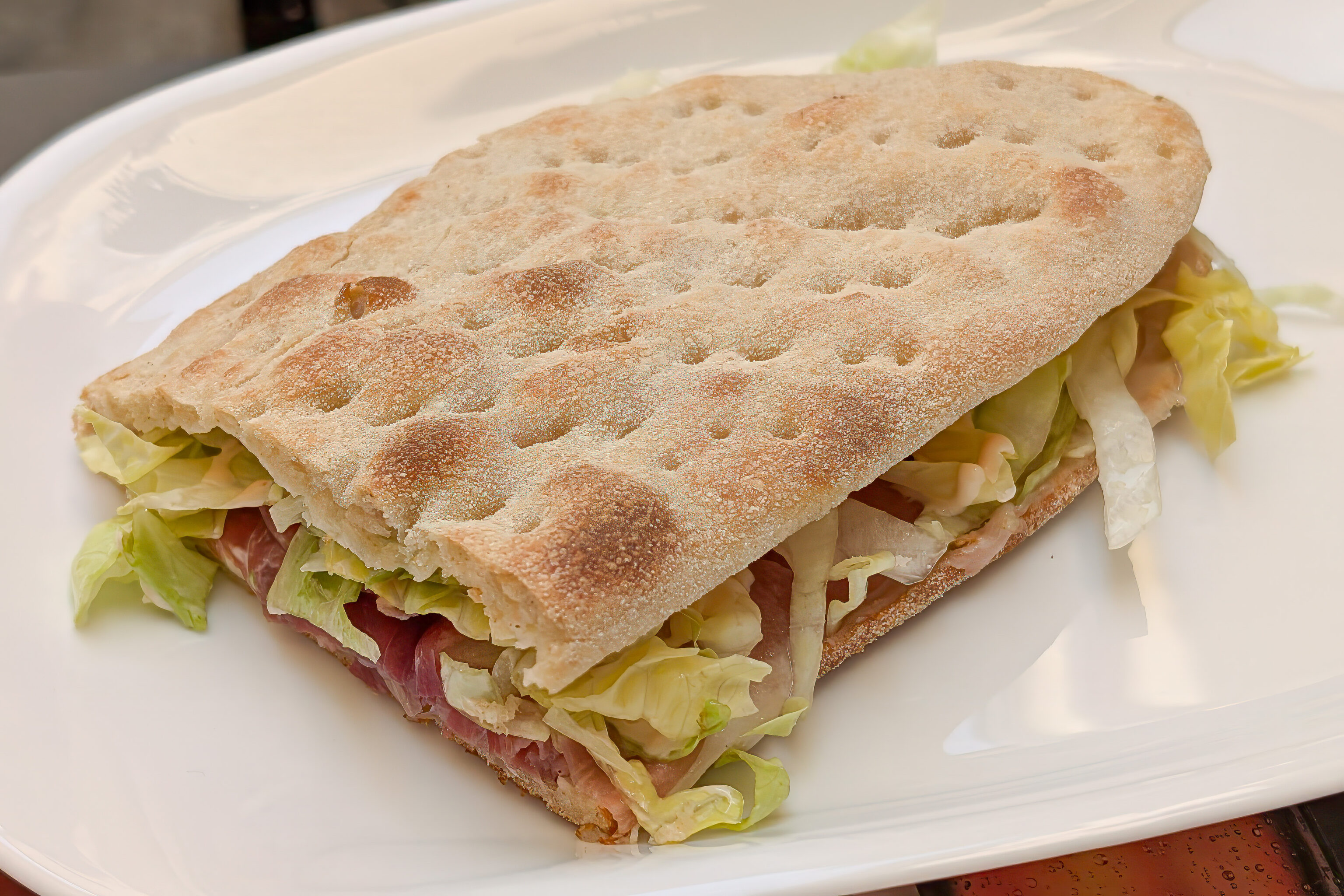
It was 2:15pm by now. Past lunch time, although we were only a little bit hungry. We decided to get a snack at Caffe Dei Commercianti. This little restaurant and coffee shop self-identifies as a snack bar. They were only serving a few items due to the time. So, we ended up getting coffee drinks and a panini crudo. Crudo is more properly prosciutto crudo and is what we would simply call prosciutto in the US.
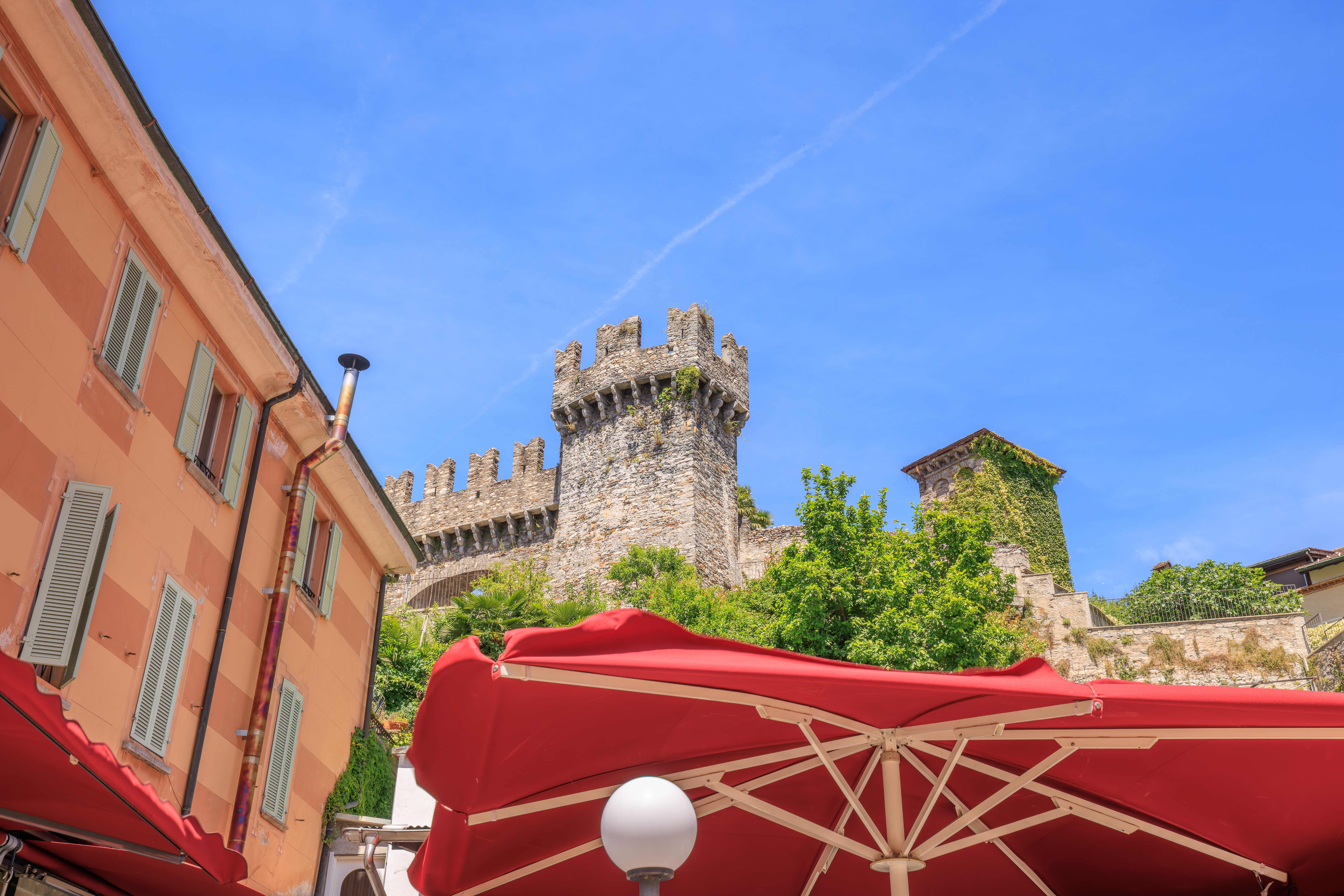
We continued on below the castle…
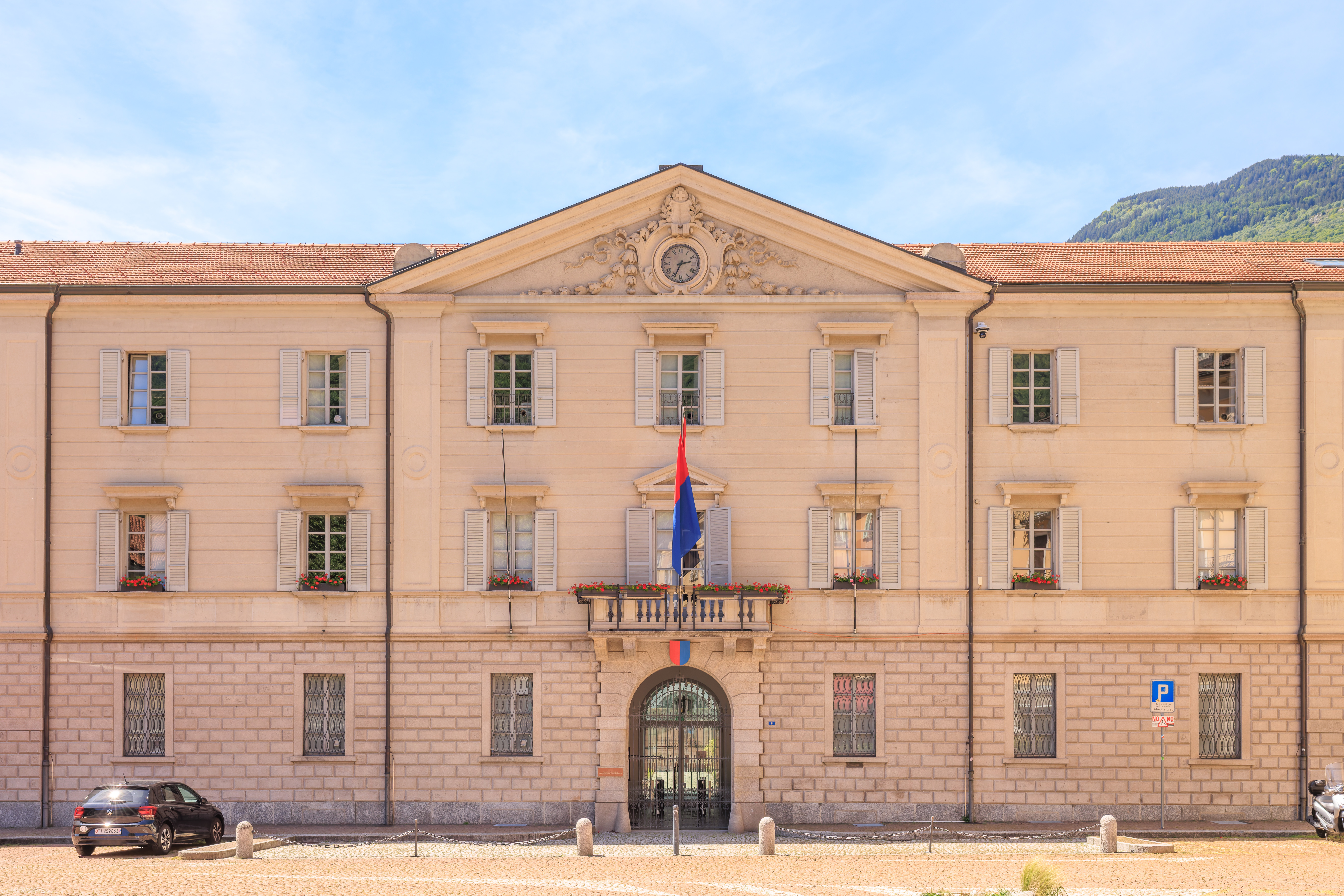
This large building is the Palazzo delle Orsoline, a former convent that now houses the Grand Council of Ticino, the parliament of the canton of Ticino.
Castel Grande
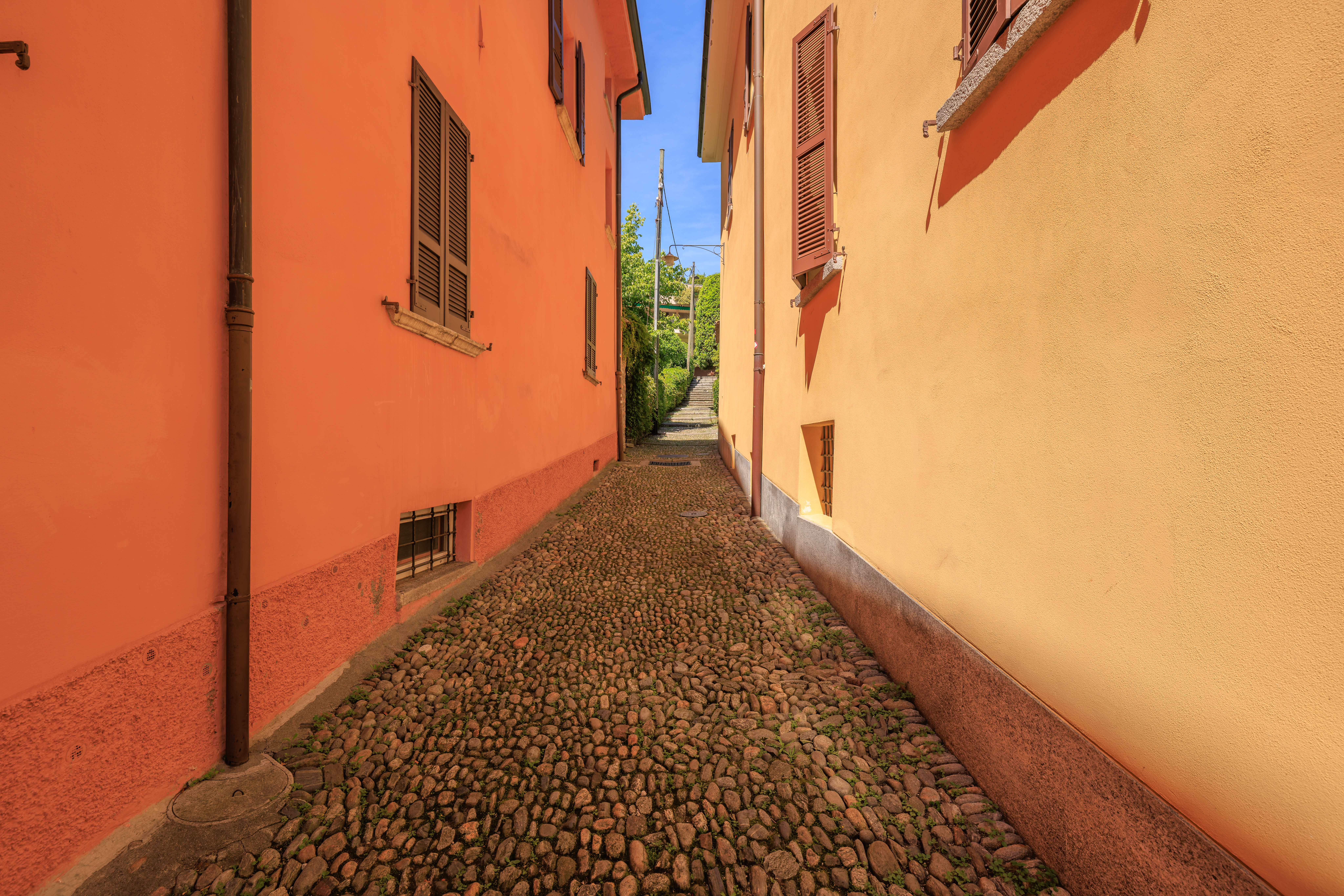
We turned to the right at the far end of the palazzo. This narrow path leads up towards the castle.
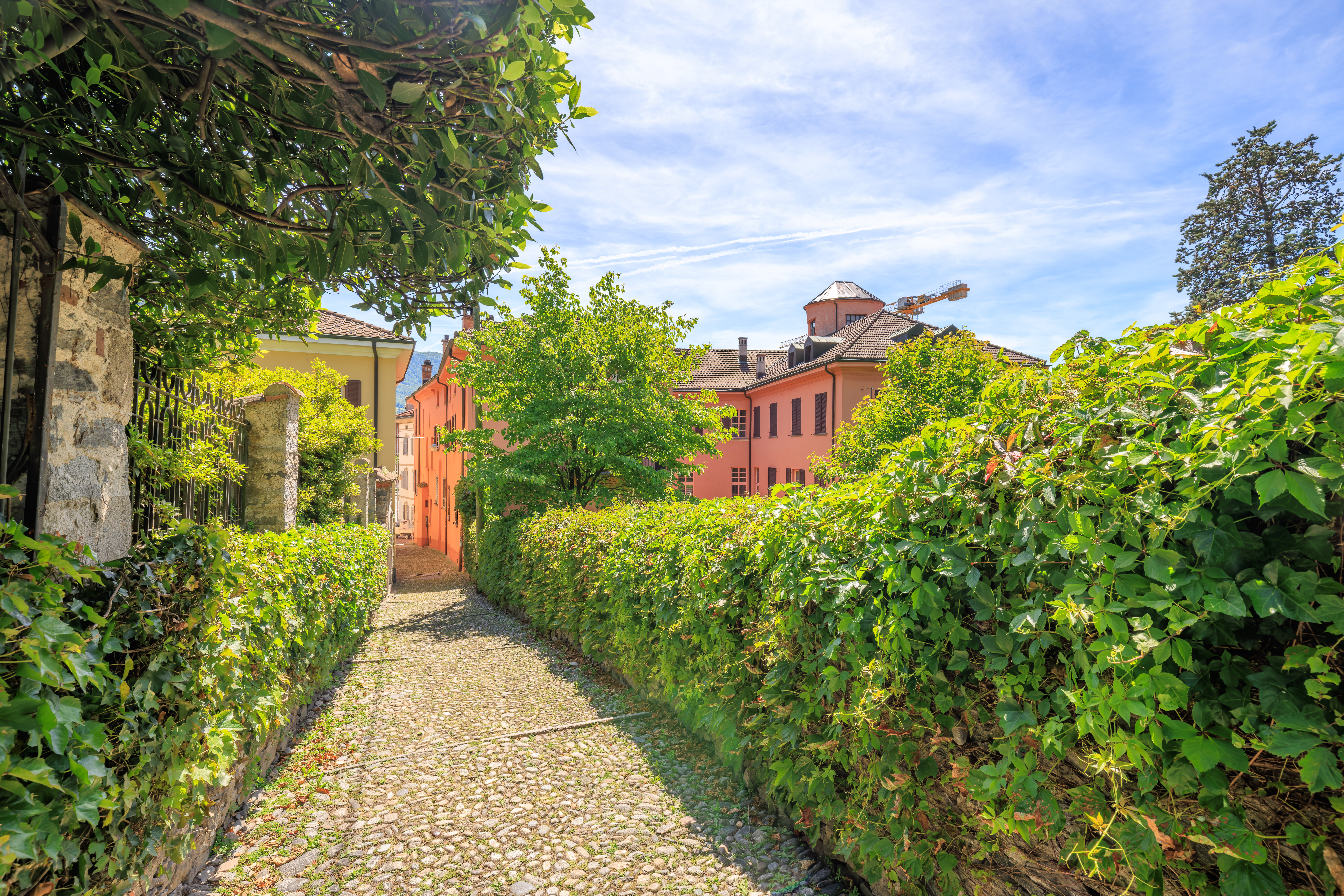
The view looking back as we walked to the north along the path.
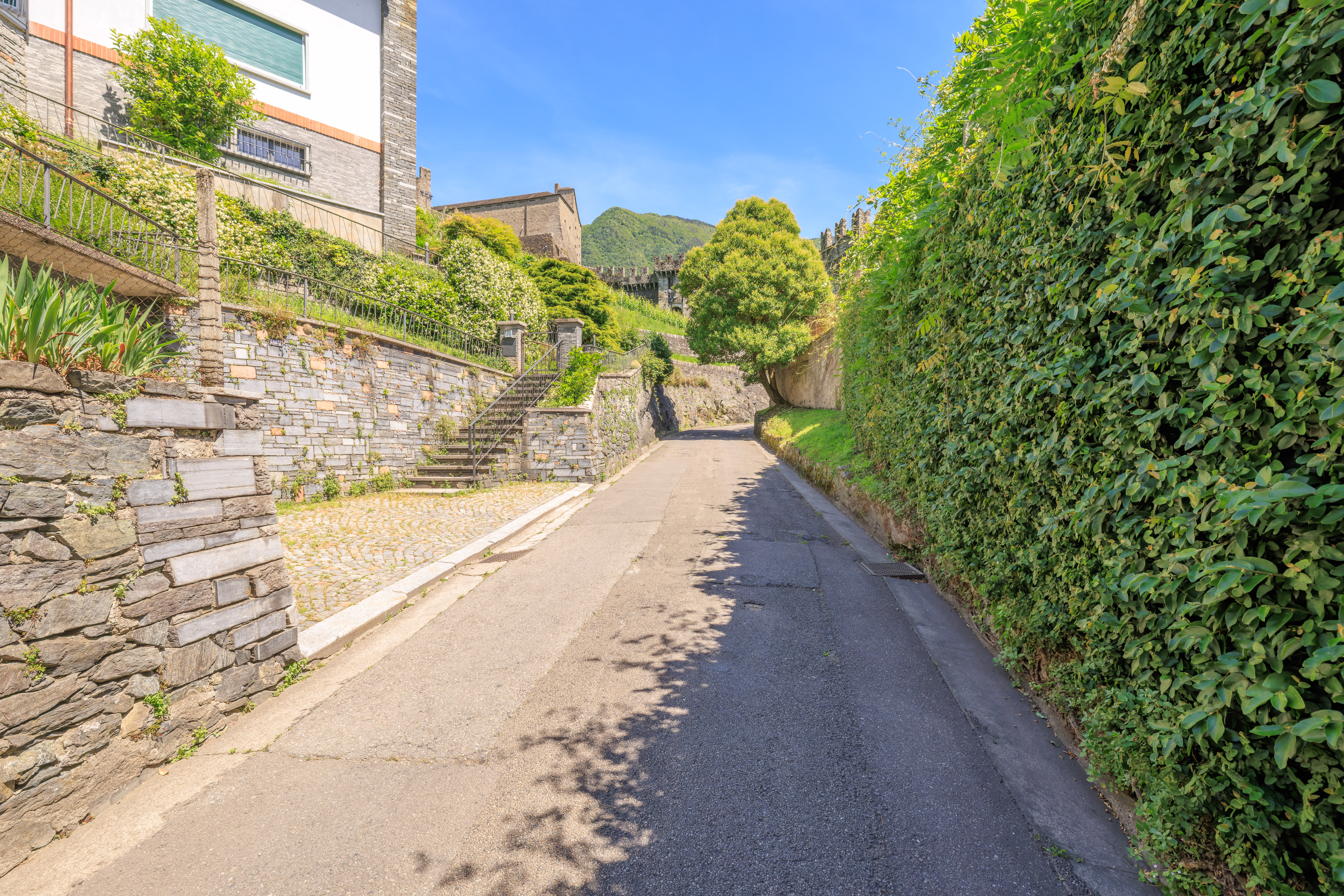
The path led to a narrow road which runs along the southern edge of the castle.
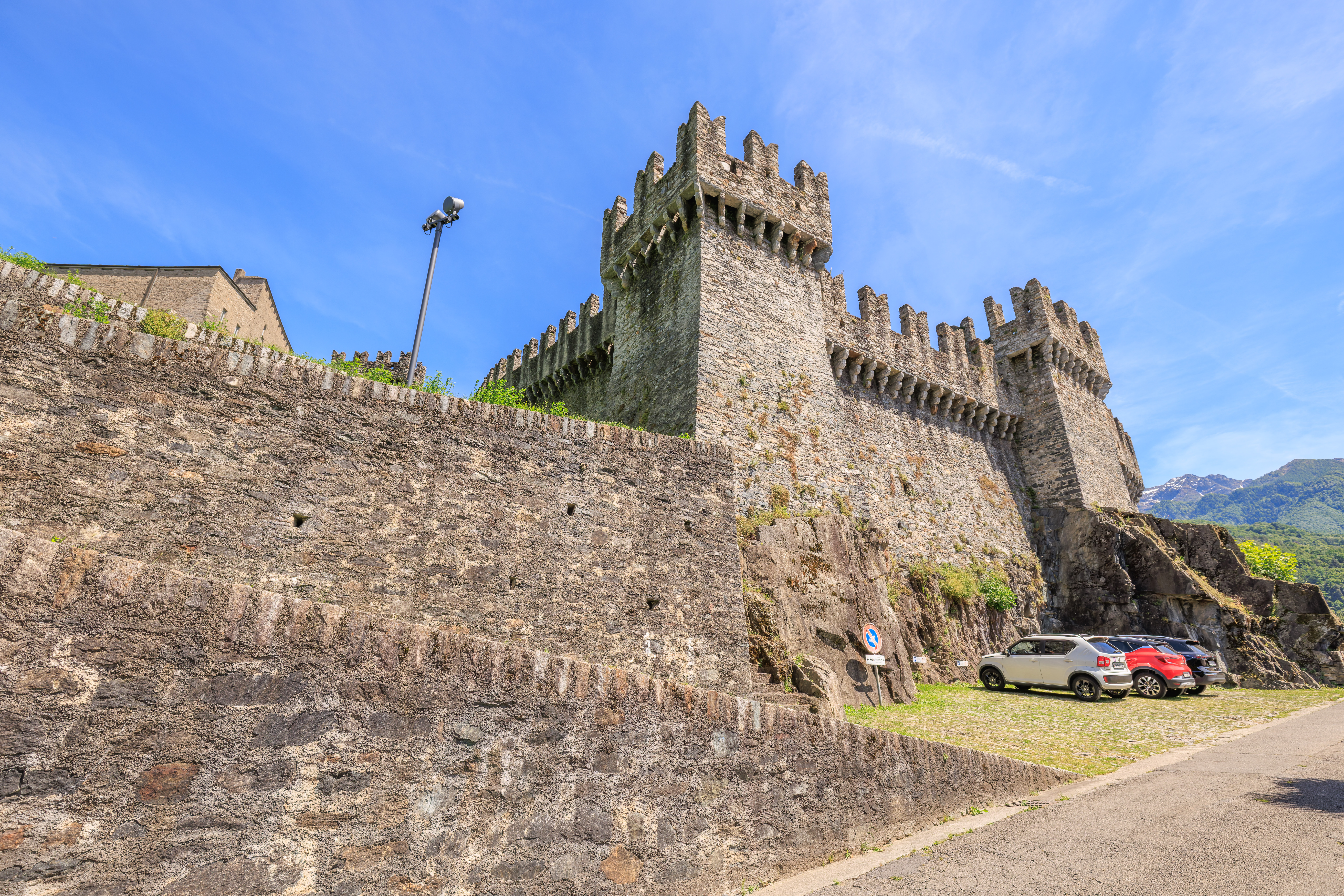
Soon, we could see the base of the castle.
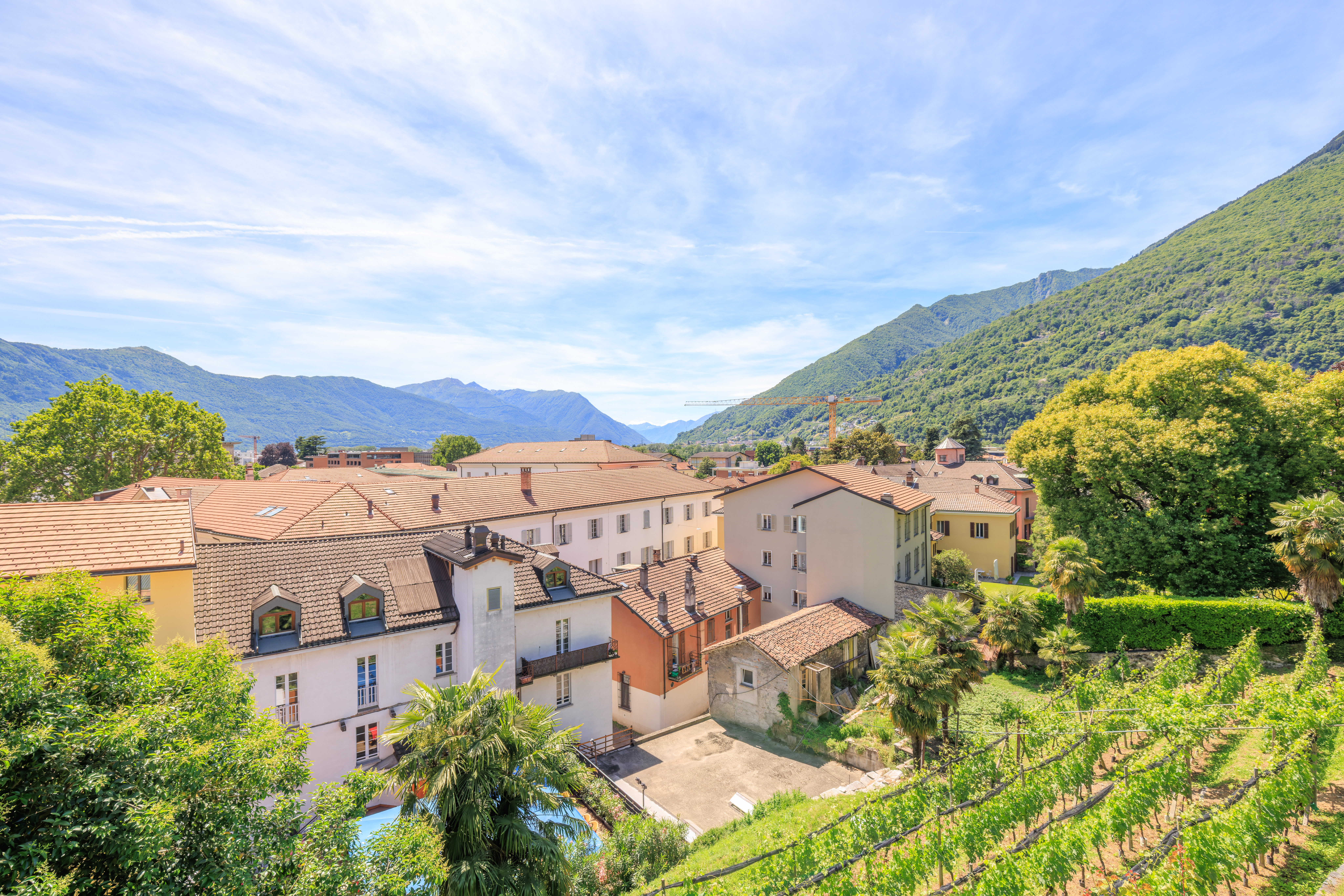
At this point, we were more or less level with the top of roofs of the buildings below.
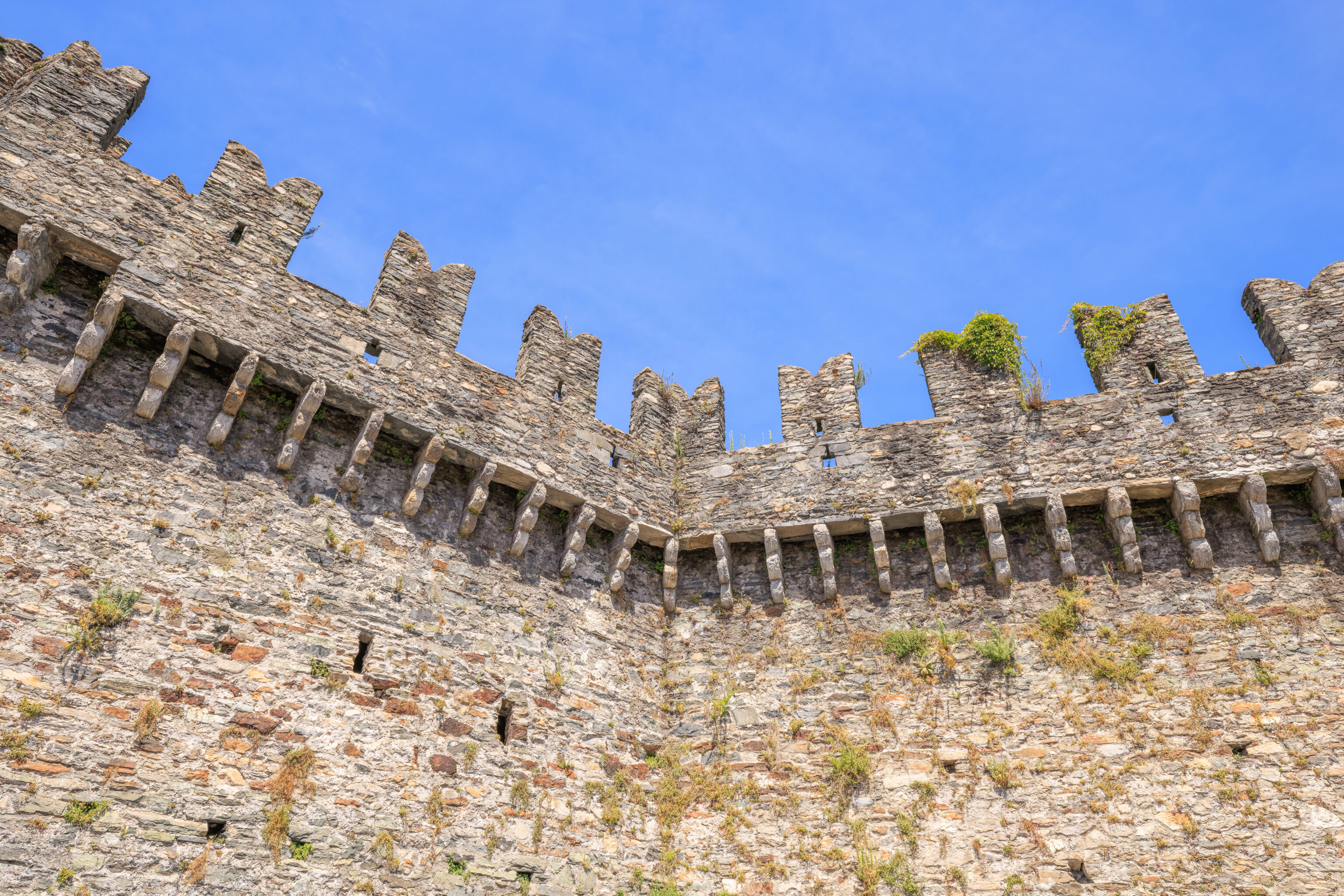
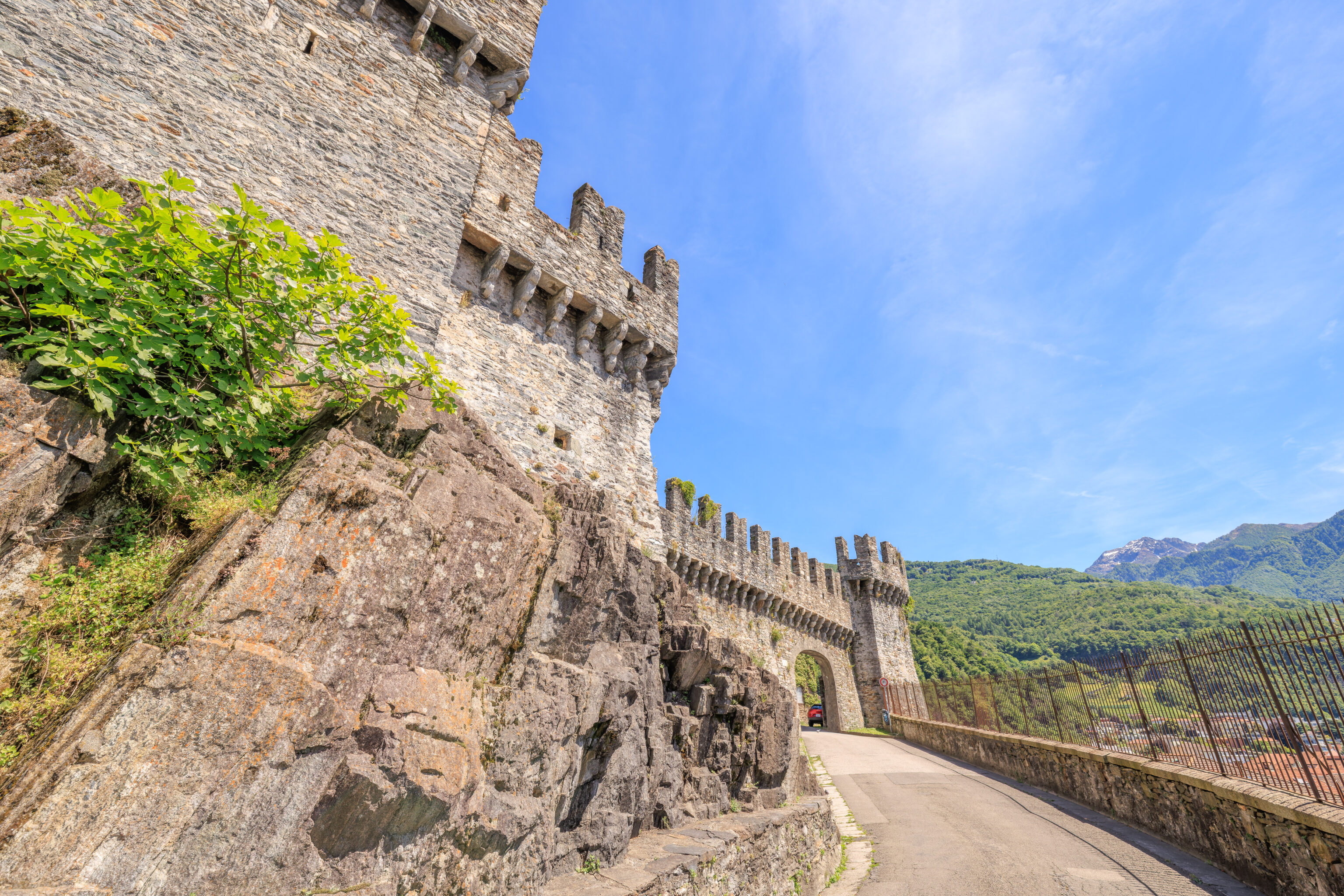
We continued following the road to find the castle’s entrance.
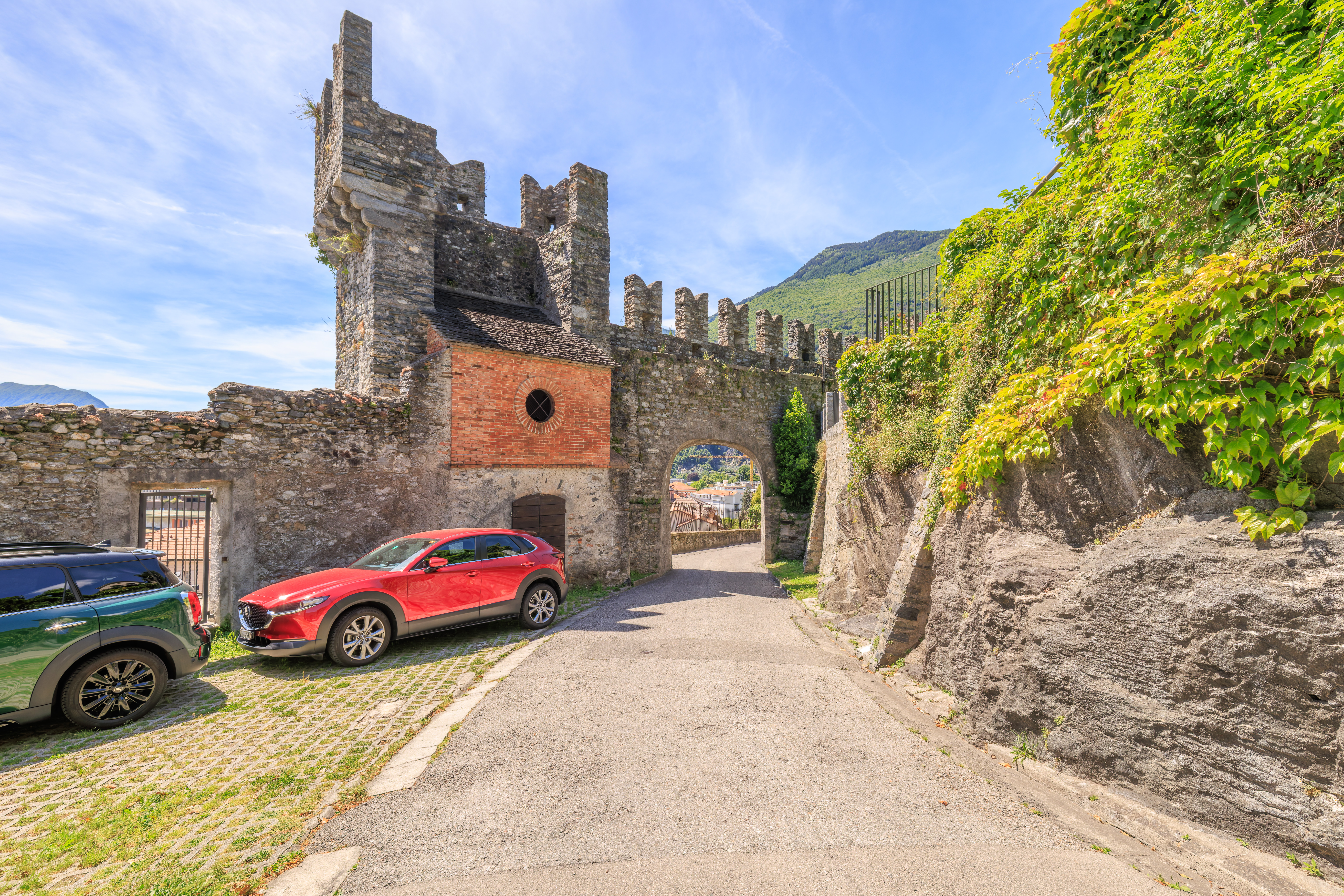
The view looking back at the gateless gate that we walked through.
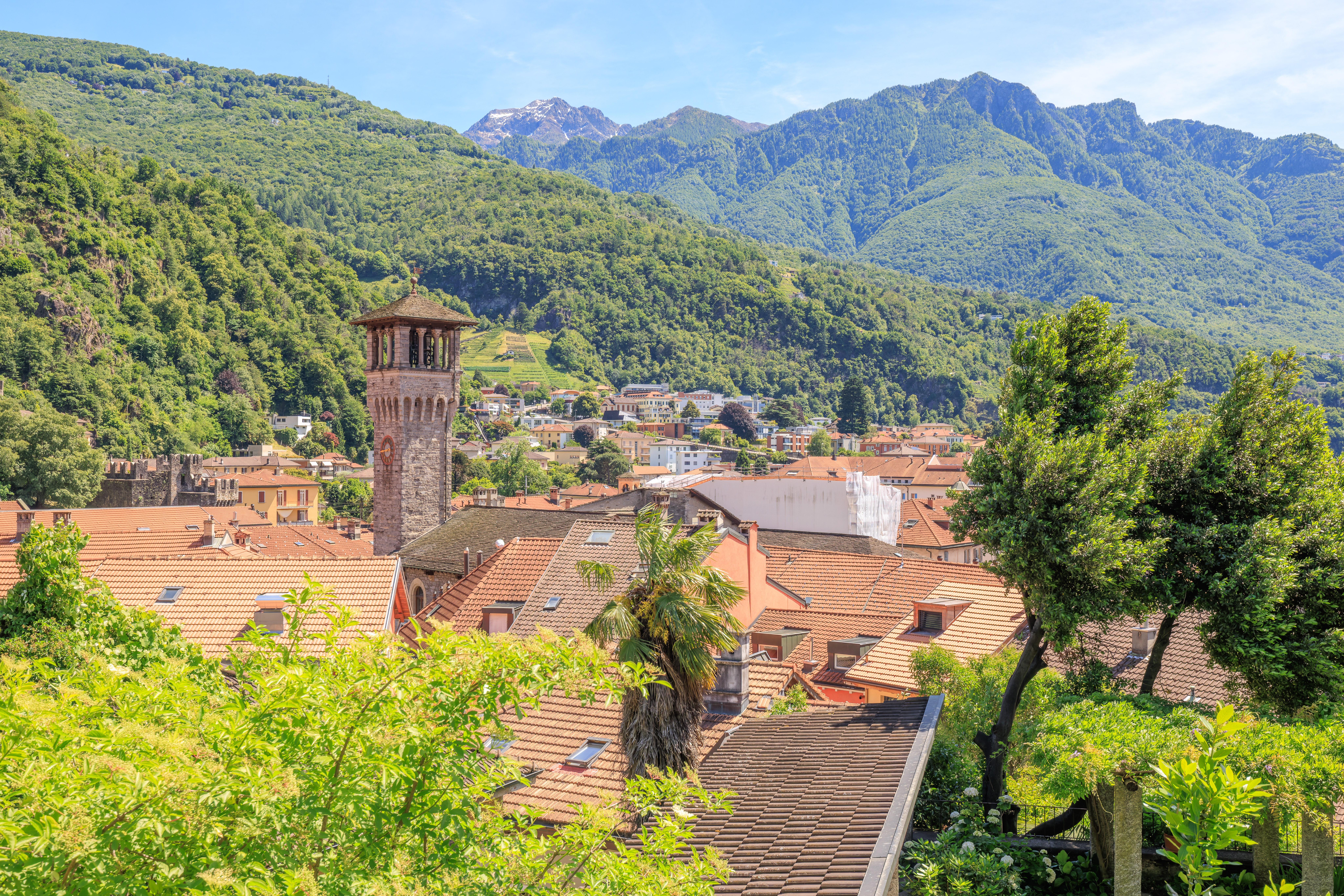
Looking to the south, we could see the tower of a church.
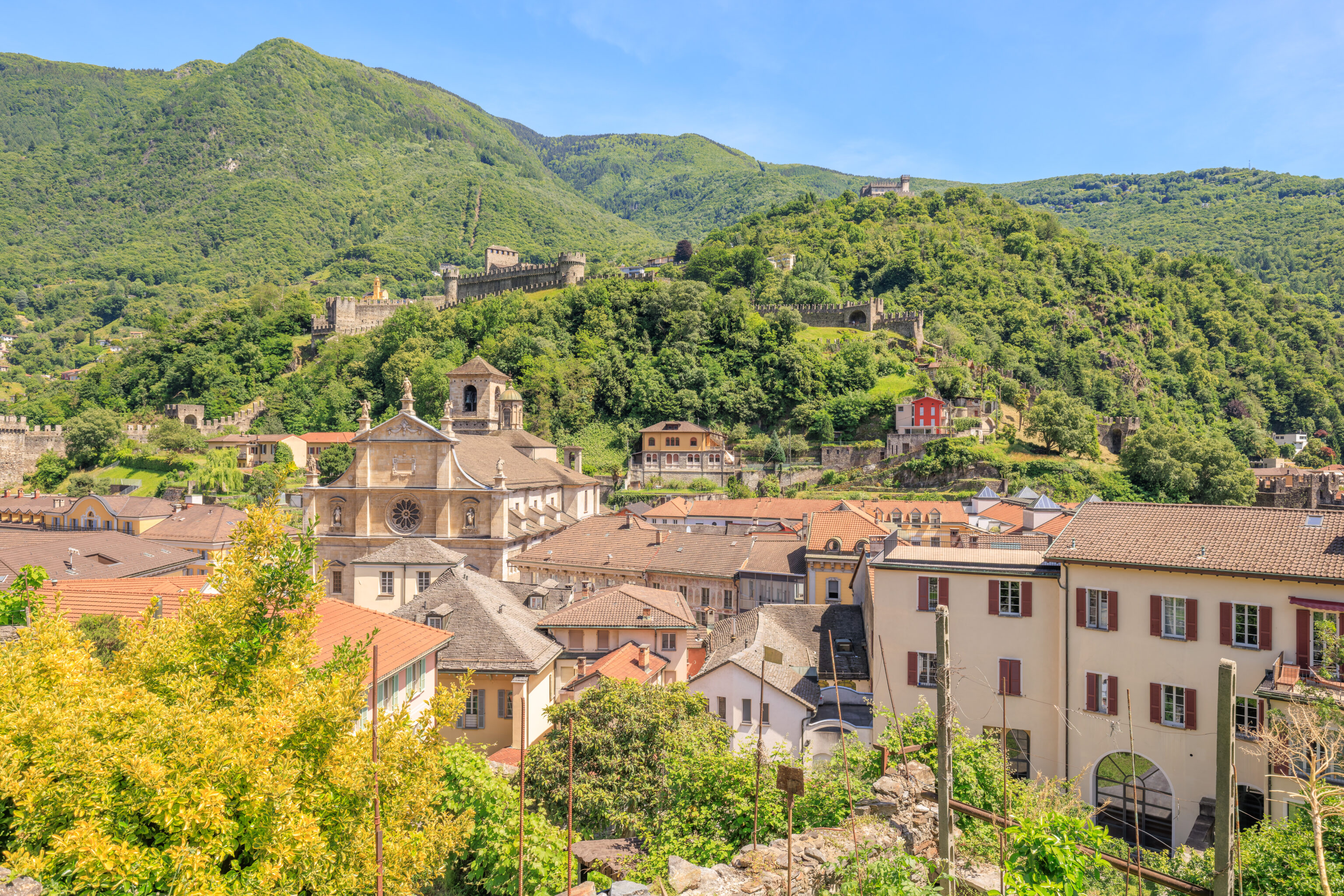
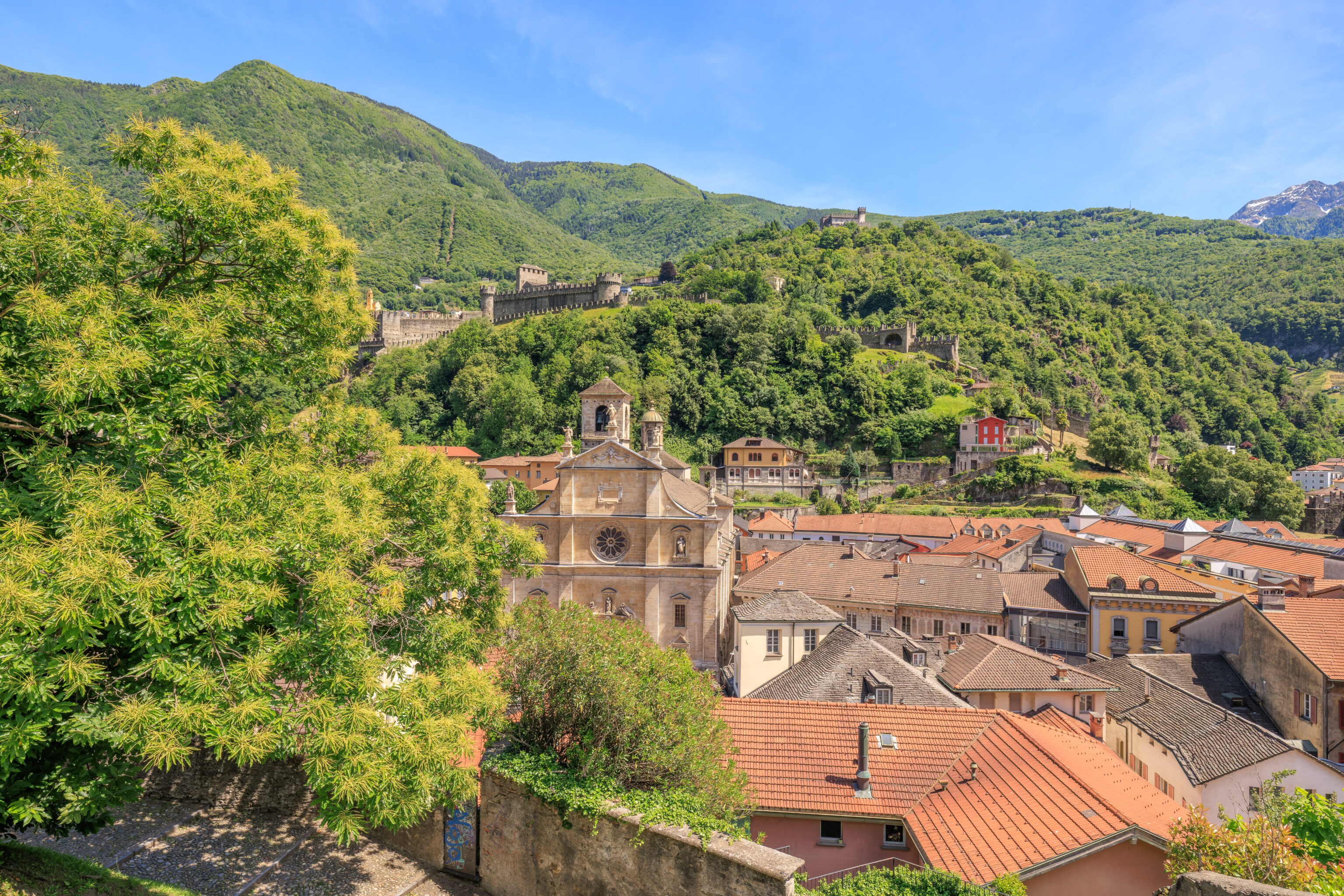
As we continued, we could see the other two castles to the southeast along with the Chiesa Collegiata dei SS. Pietro e Stefano.
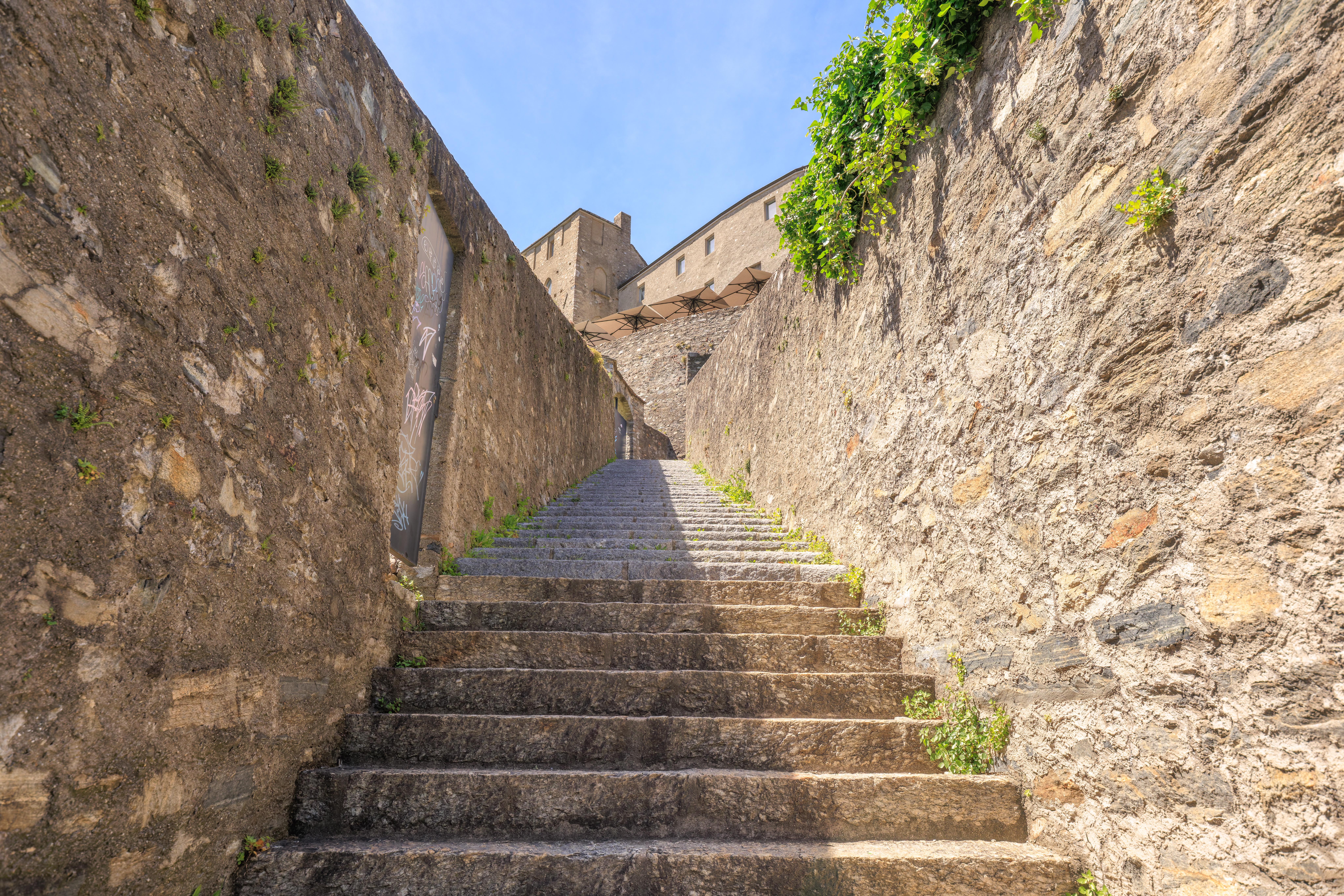
We found some stairs that led up, hopefully into the castle!
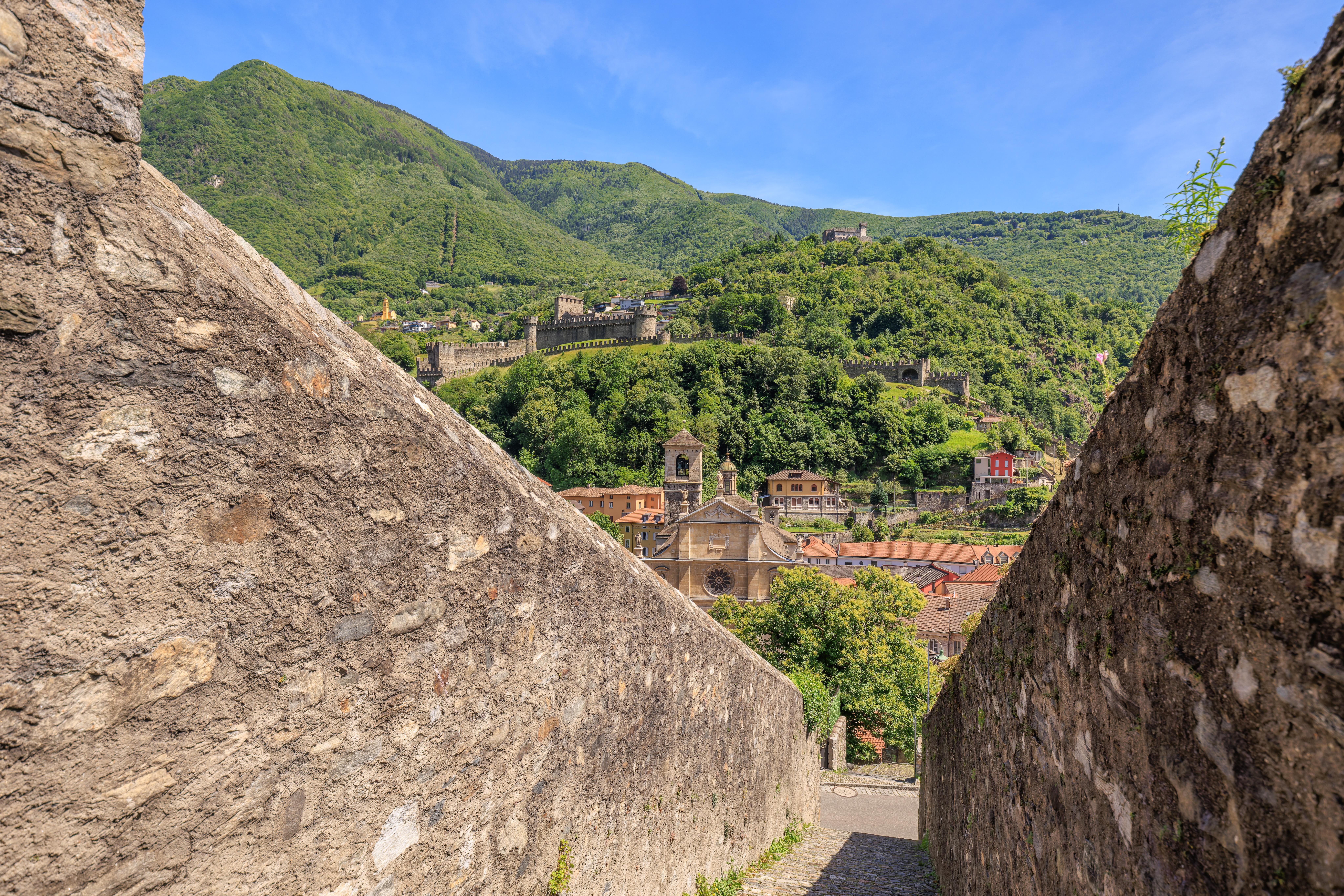
The view looking down from above the stairs.
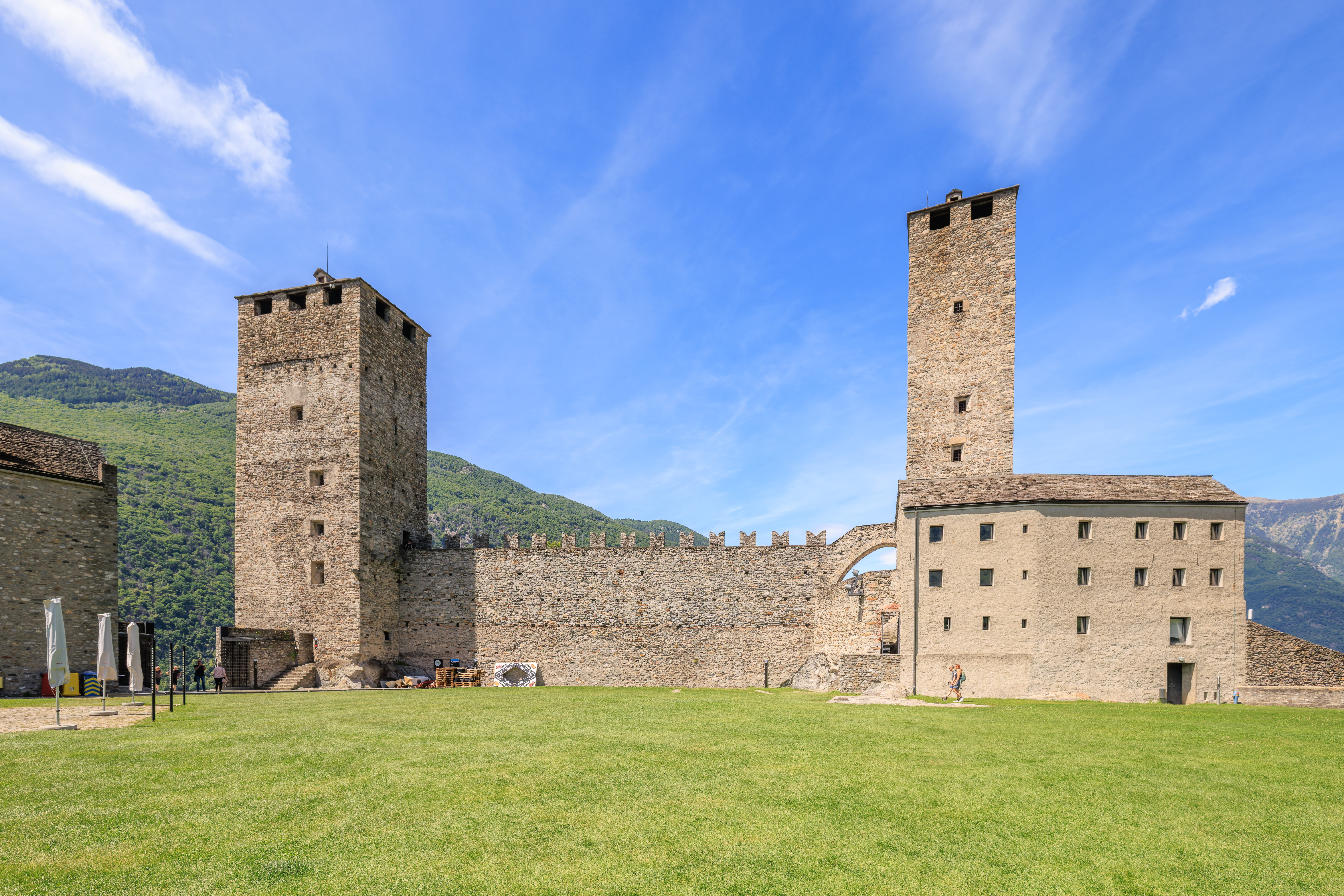
Finally, we were in! The castle consists of a large walled in grassy field. There are two towers along with a high wall on the northern end along with a large building at the northeast end.

There are also buildings on the southwest side of the castle.
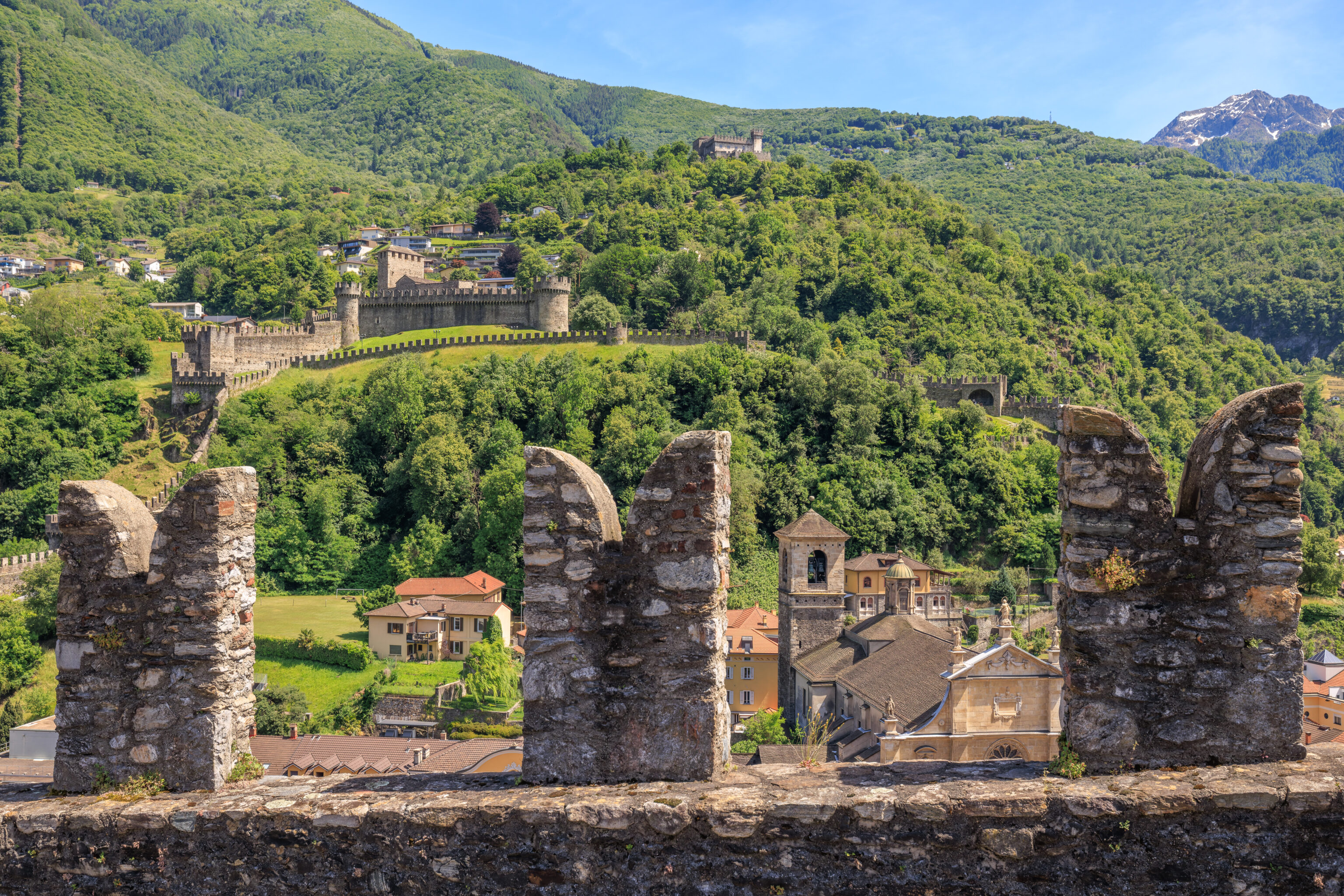

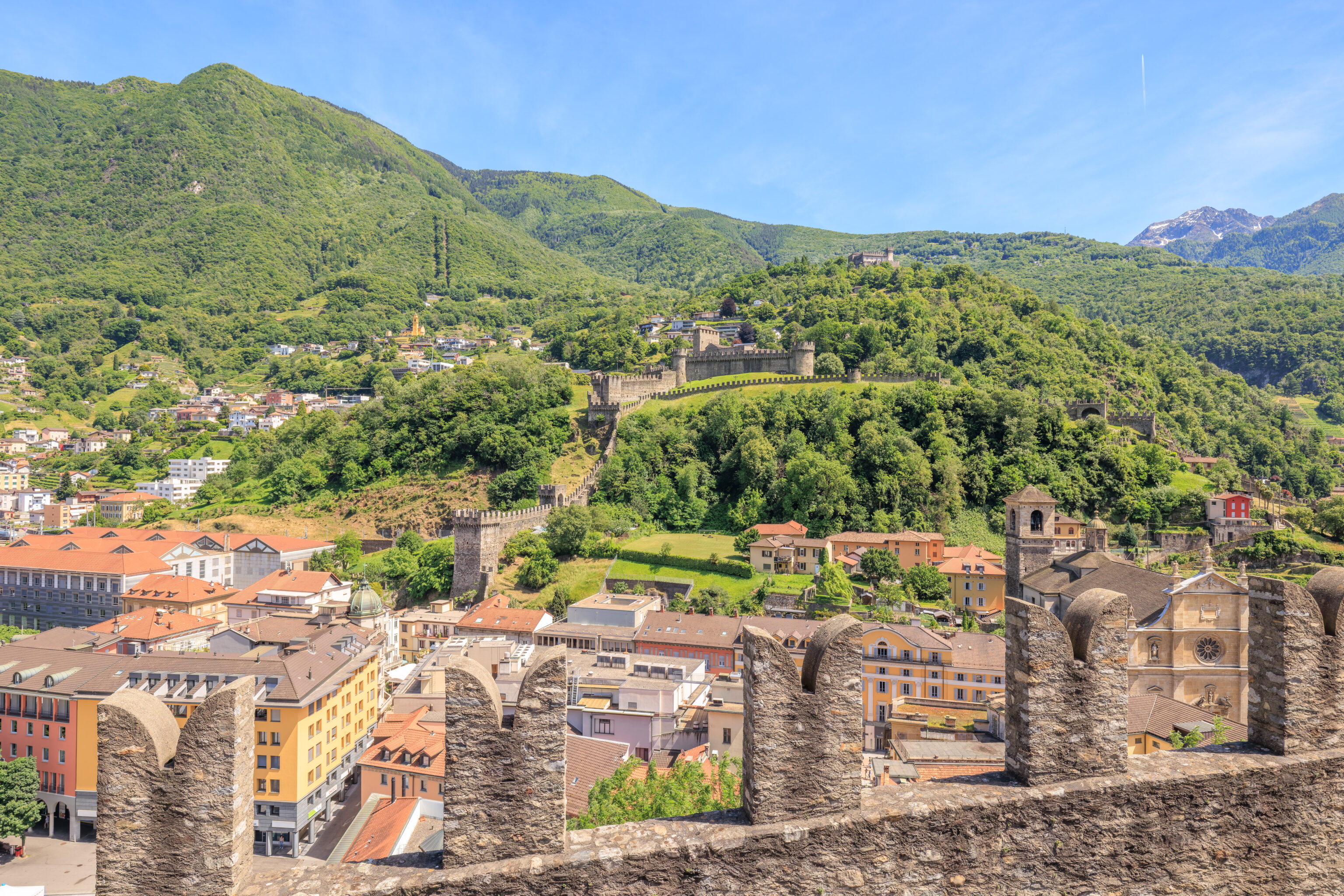
We walked to the northeast along the castle walls.
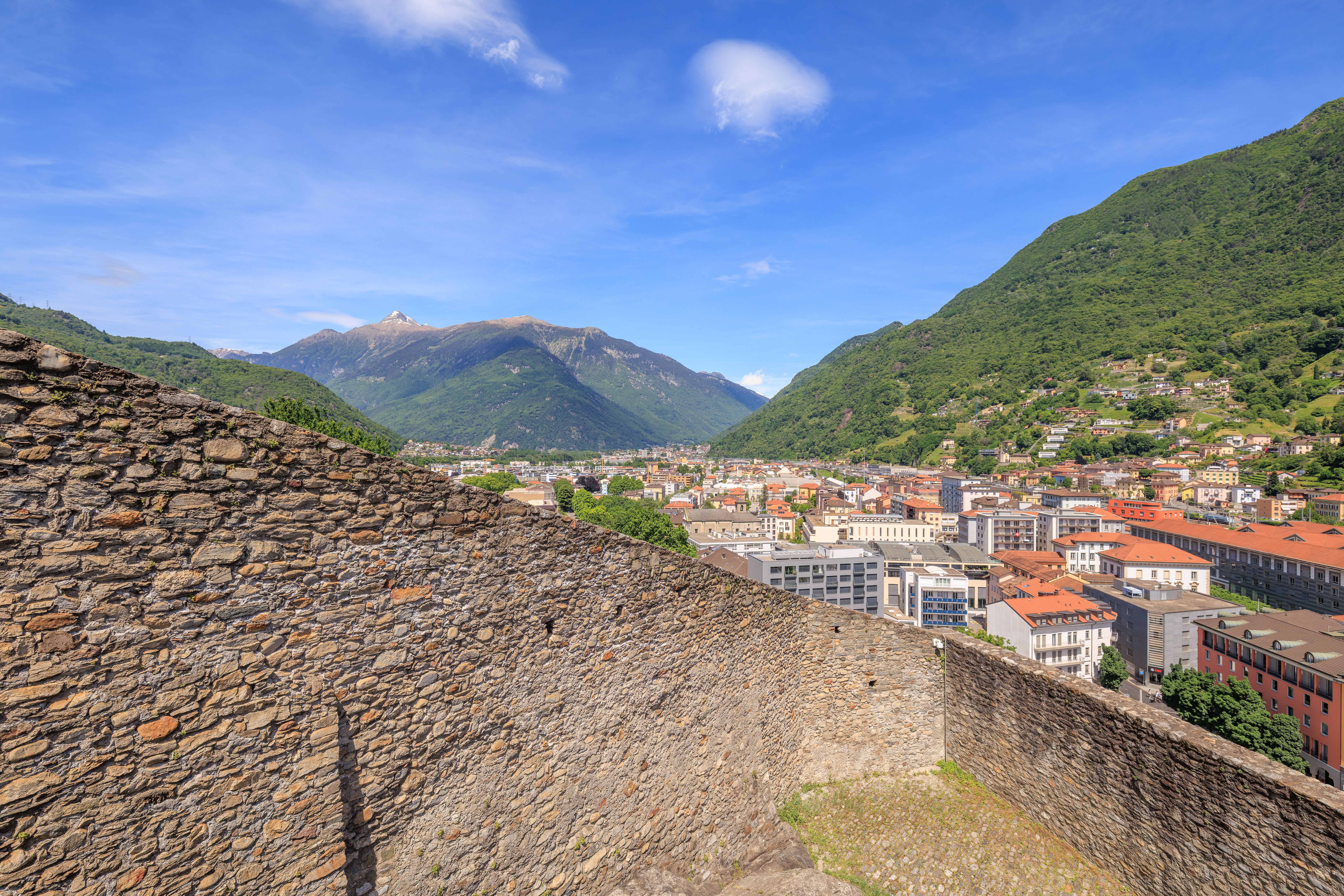
The ground slopes down steeply to the northeast here.
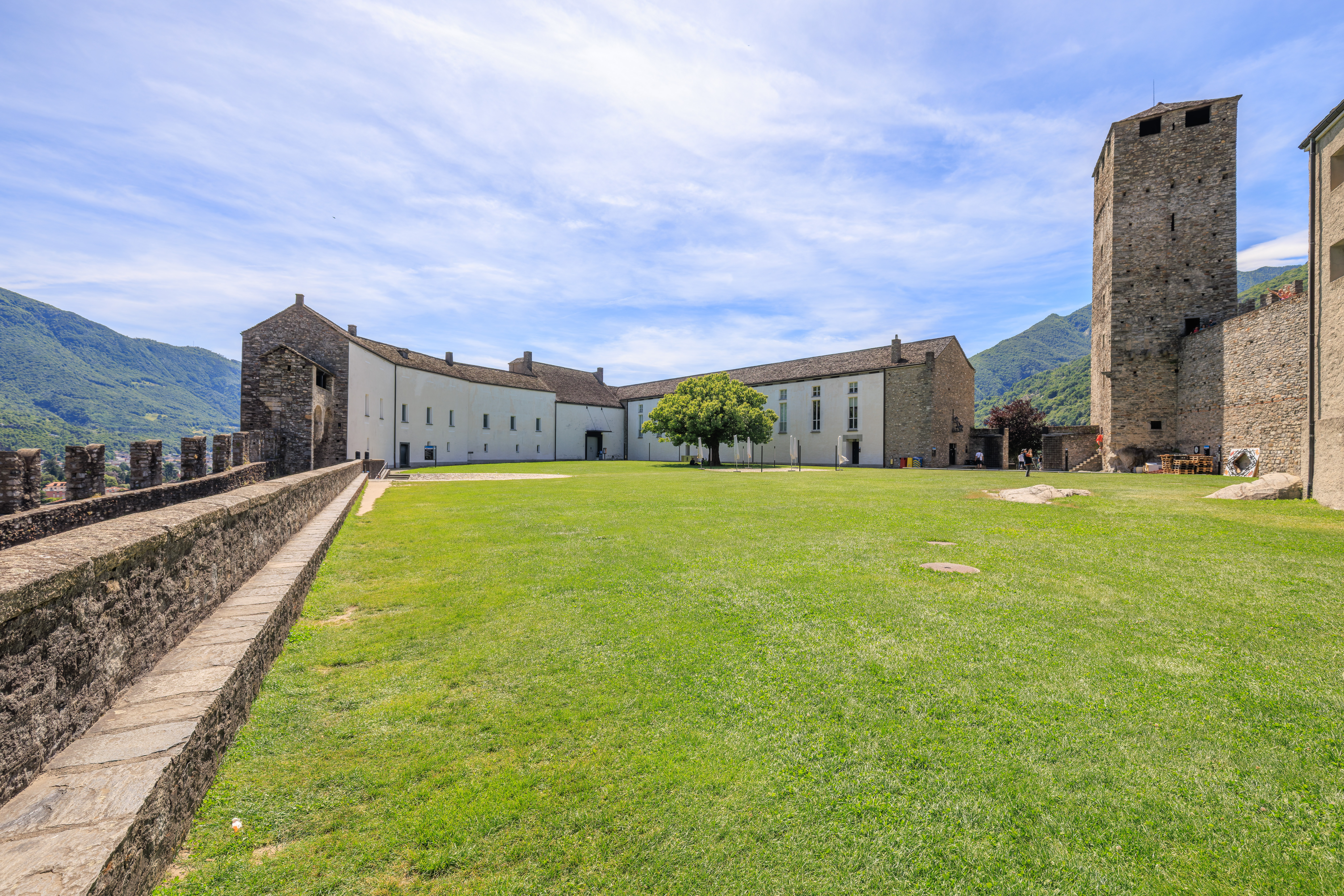
We walked as far as we could go to the very northeast corner of the castle. Looking back, we could see the castle structures to the southwest.
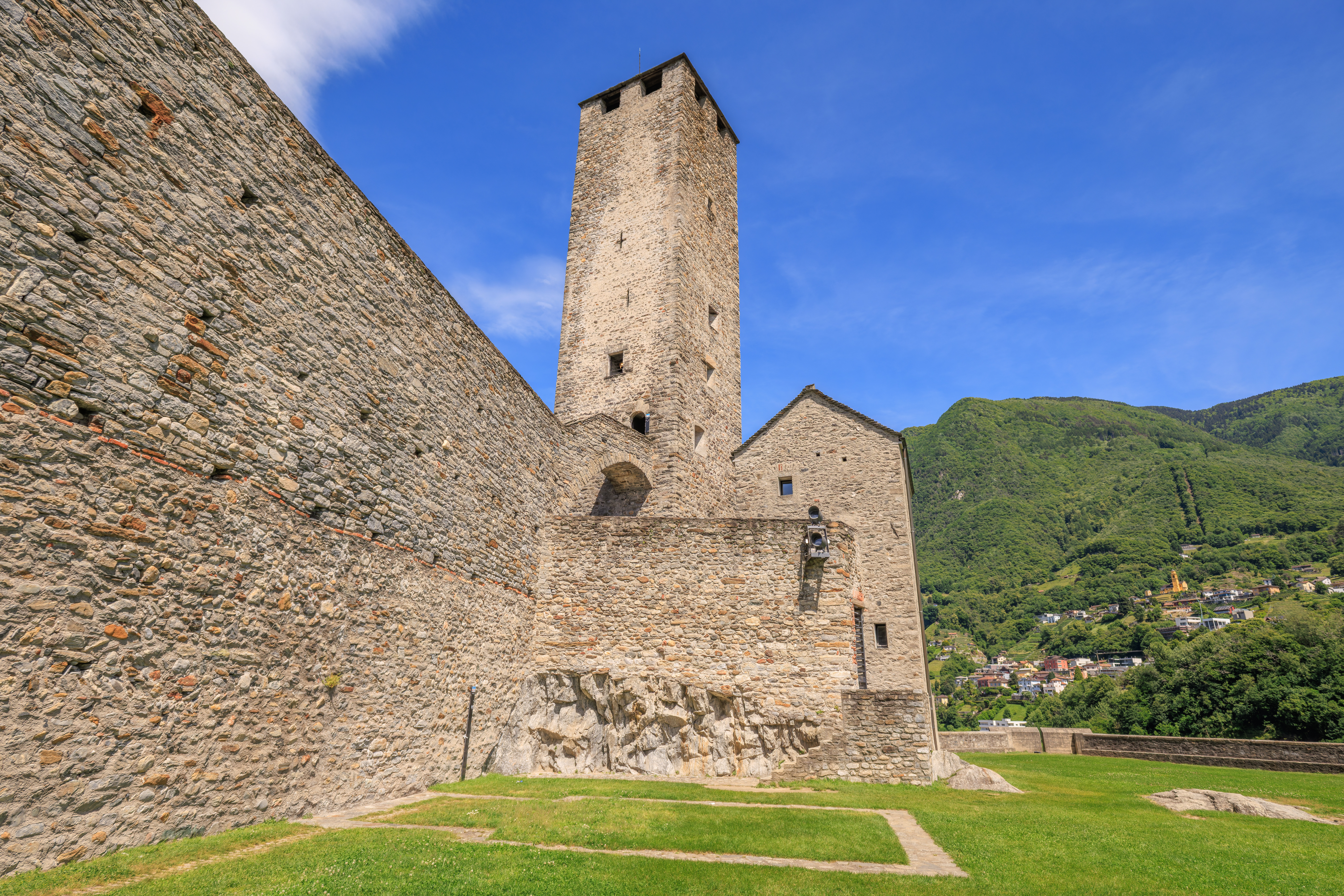
We walked to the west until reaching the building there and then headed to the south along the wall.
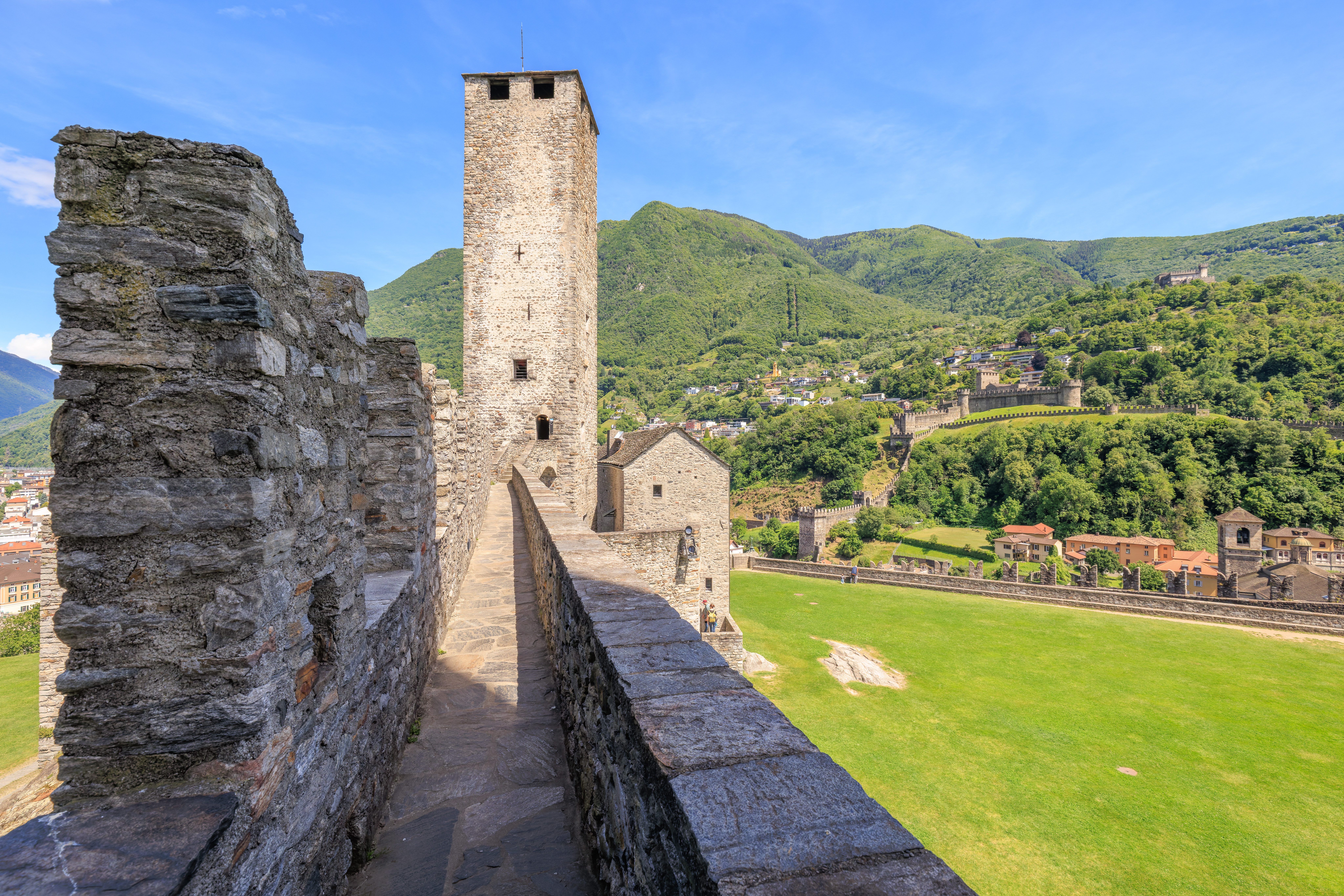
There was a door on the western tower. We went in. We walked up some stairs and ended up on the northern wall.
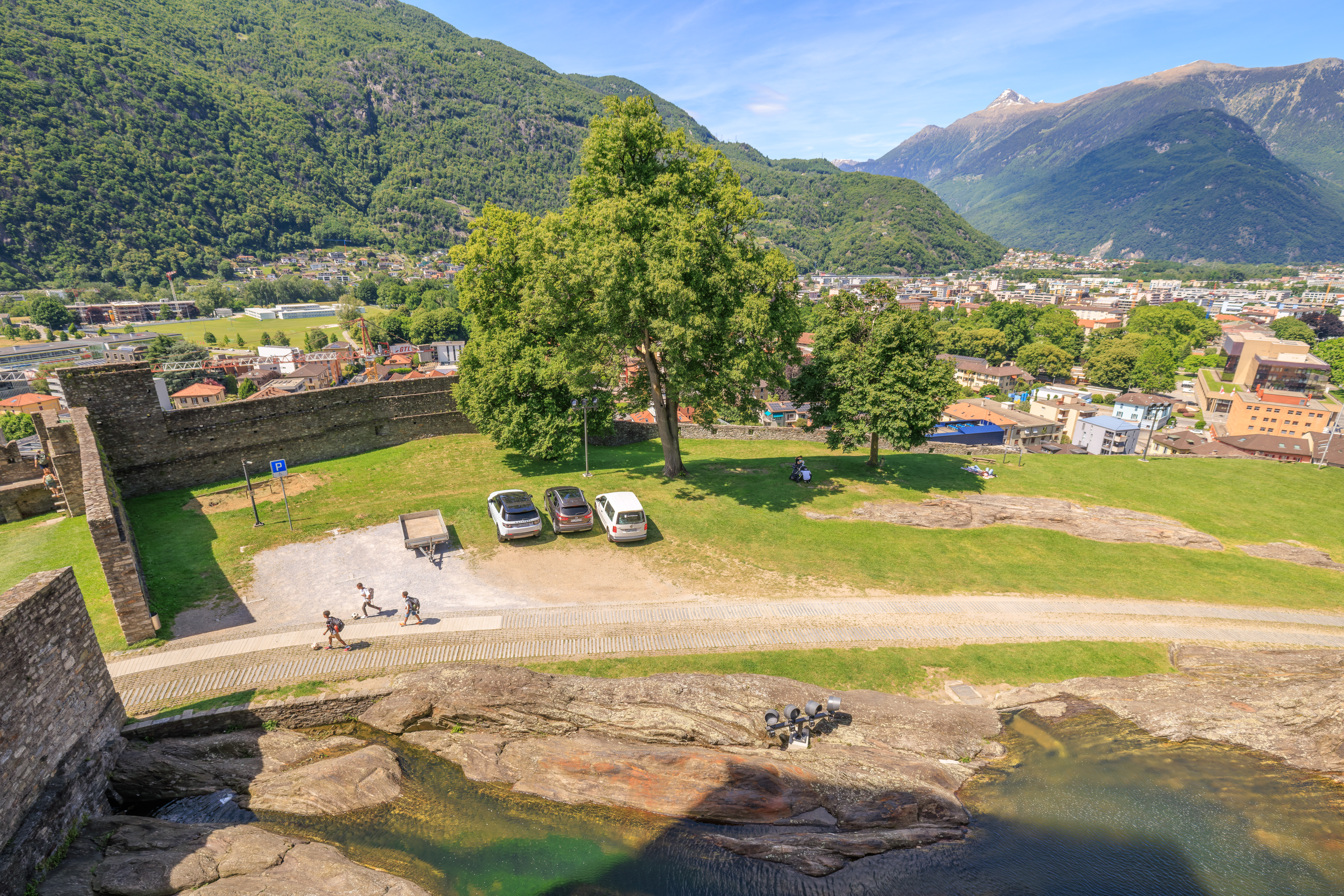
Looking out, we could see a pondish area below along with a vehicular path and some parked cars.
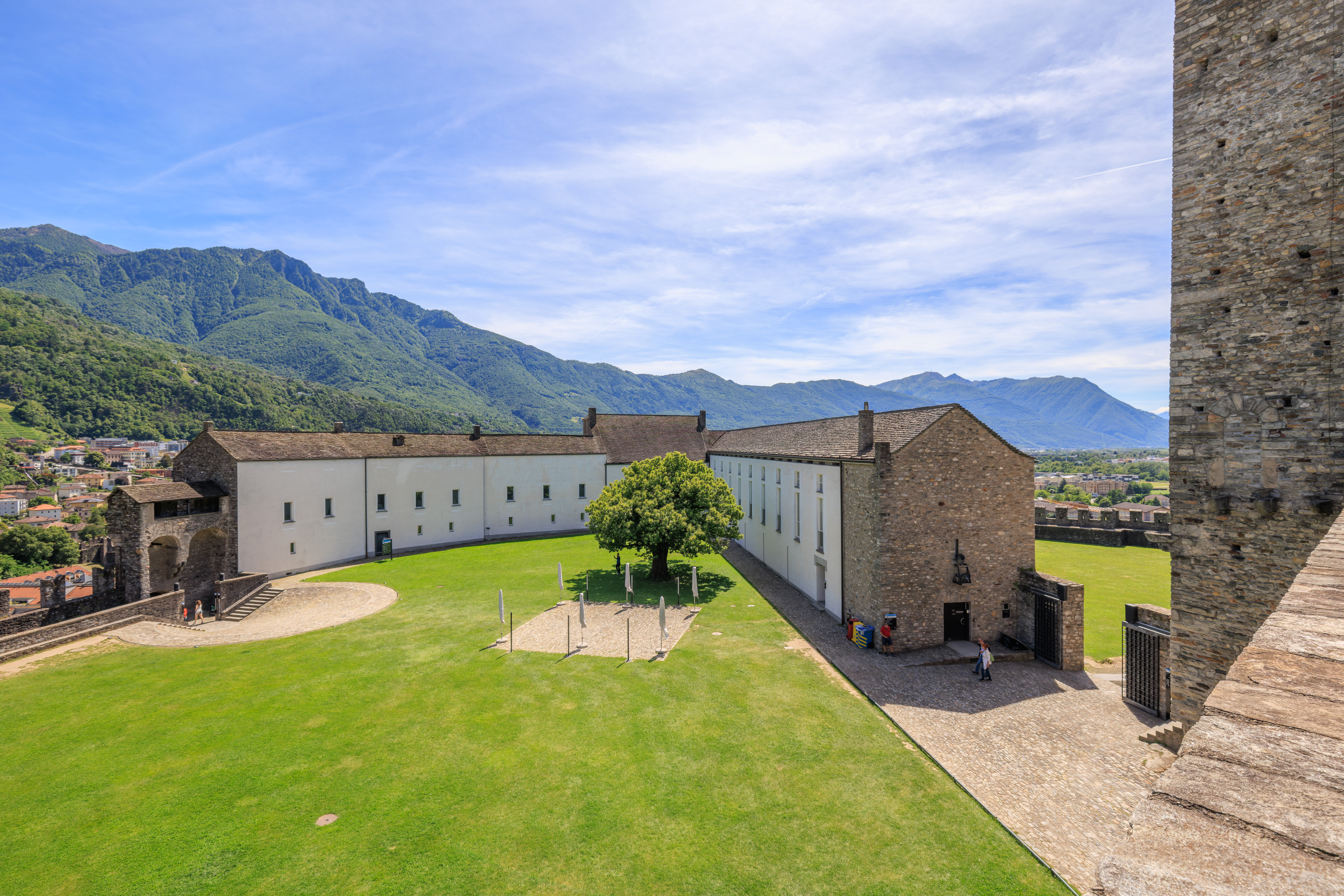
The view to the southwest. We walked along the wall until reaching the tower at the northeast corner of the castle. We entered this tower through a door.
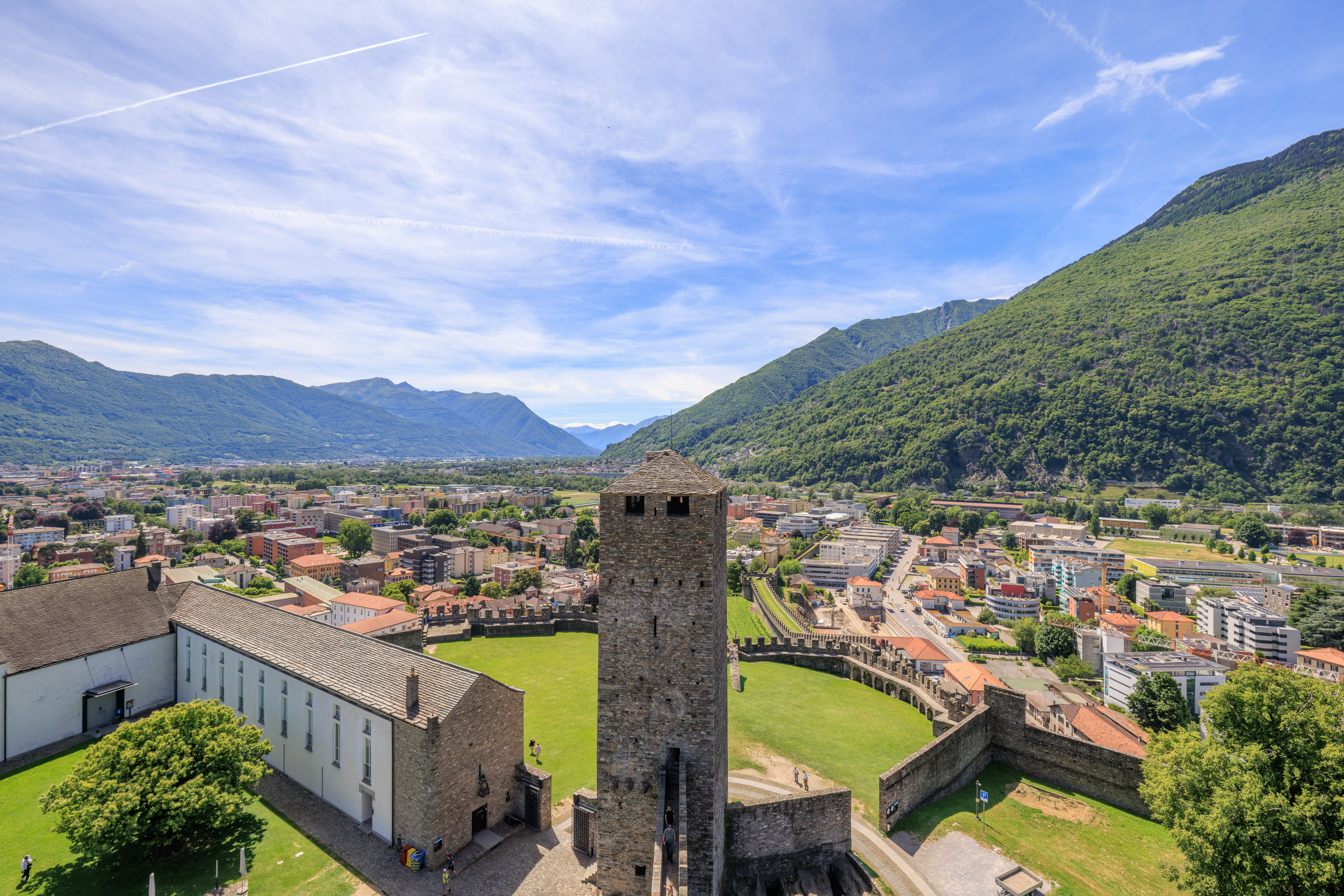
We were able to go to the top of the tower! This tower is definitely taller than the other one.

The views from here of Bellinzona are quite nice!
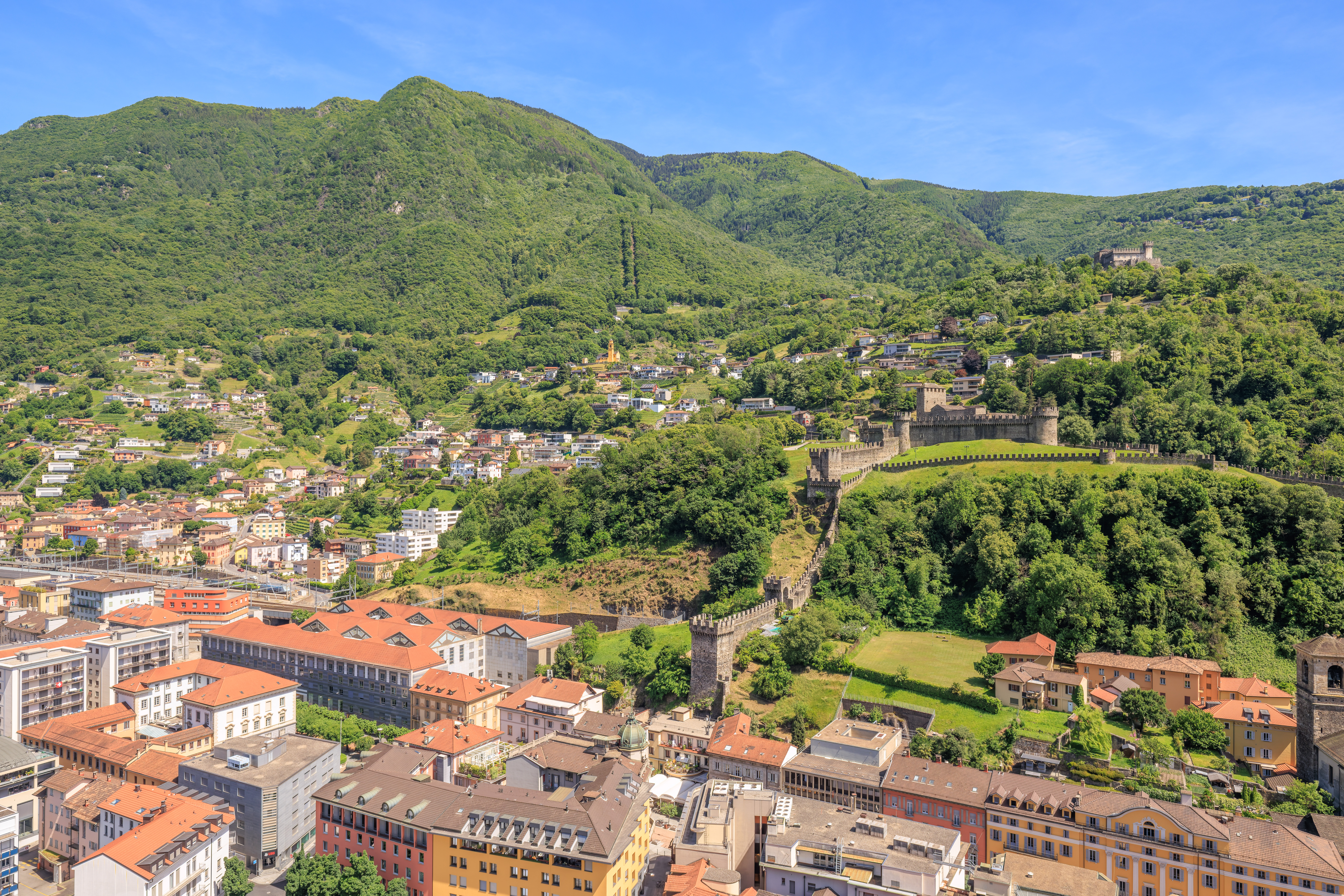
From this perspective, we could clearly see the Castello di Montebello’s northernmost section of wall, which runs basically into the edge of the developed area of Bellinzona.
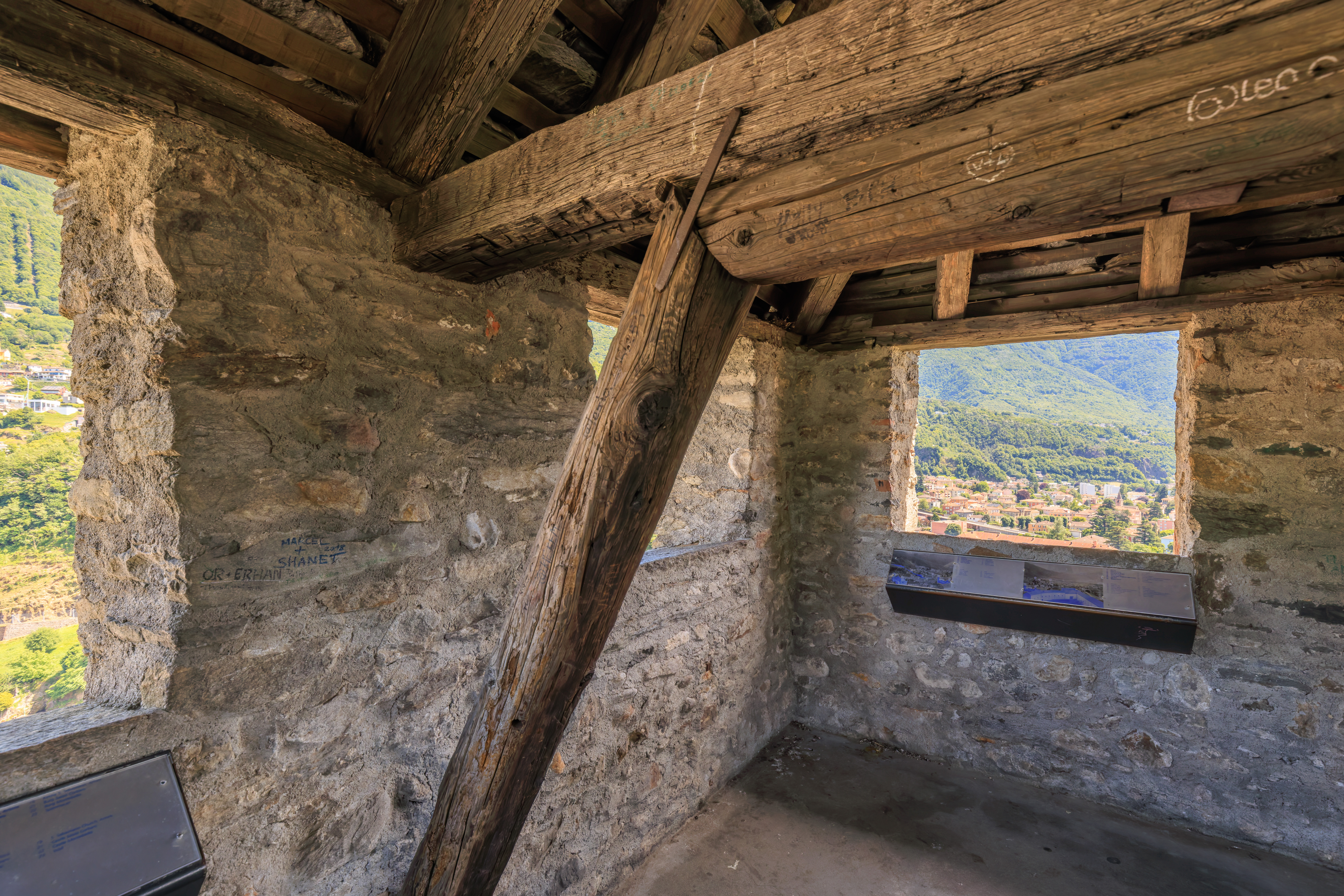
This tower is enclosed but has glassless windows.
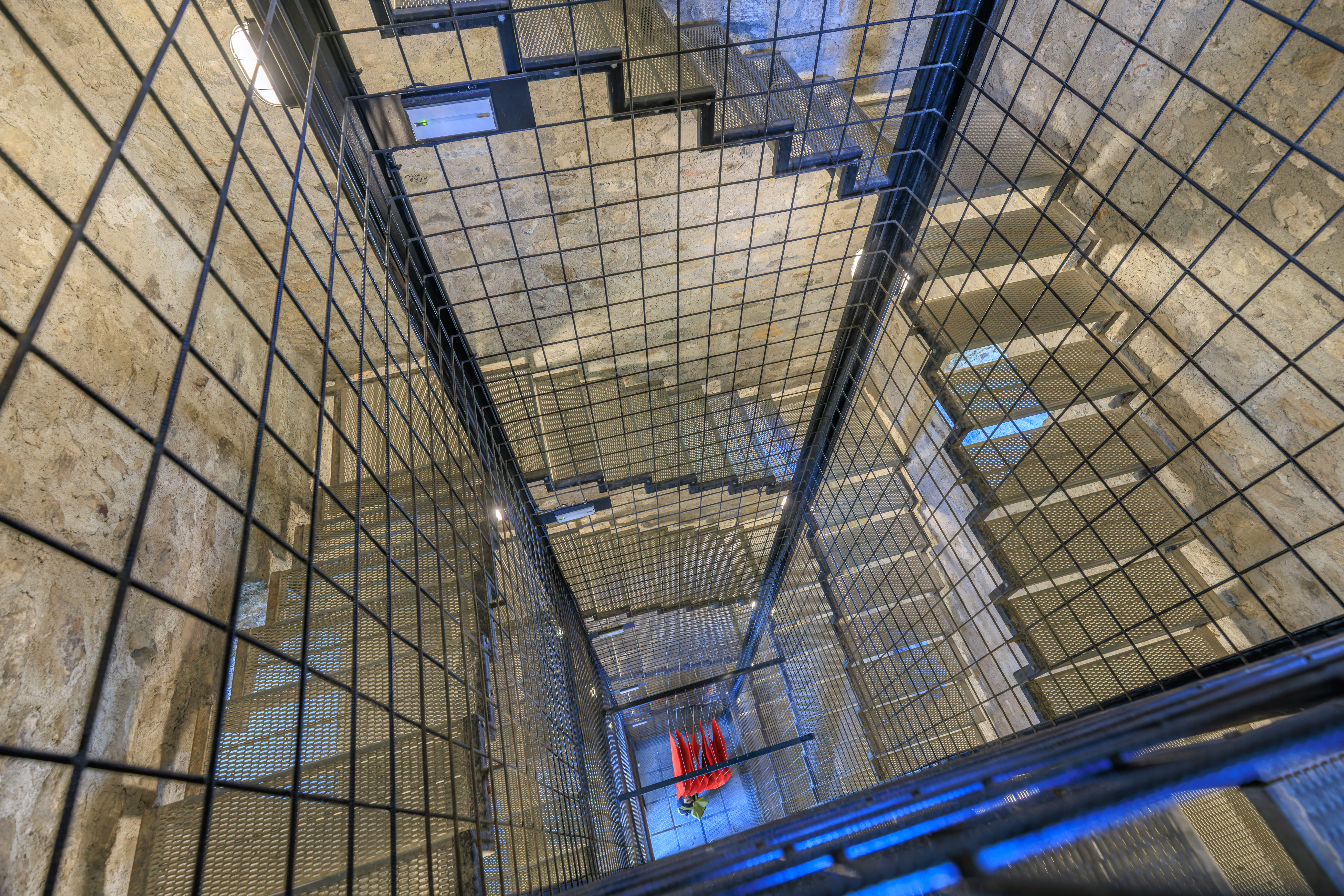
After enjoying the view, we headed back down.
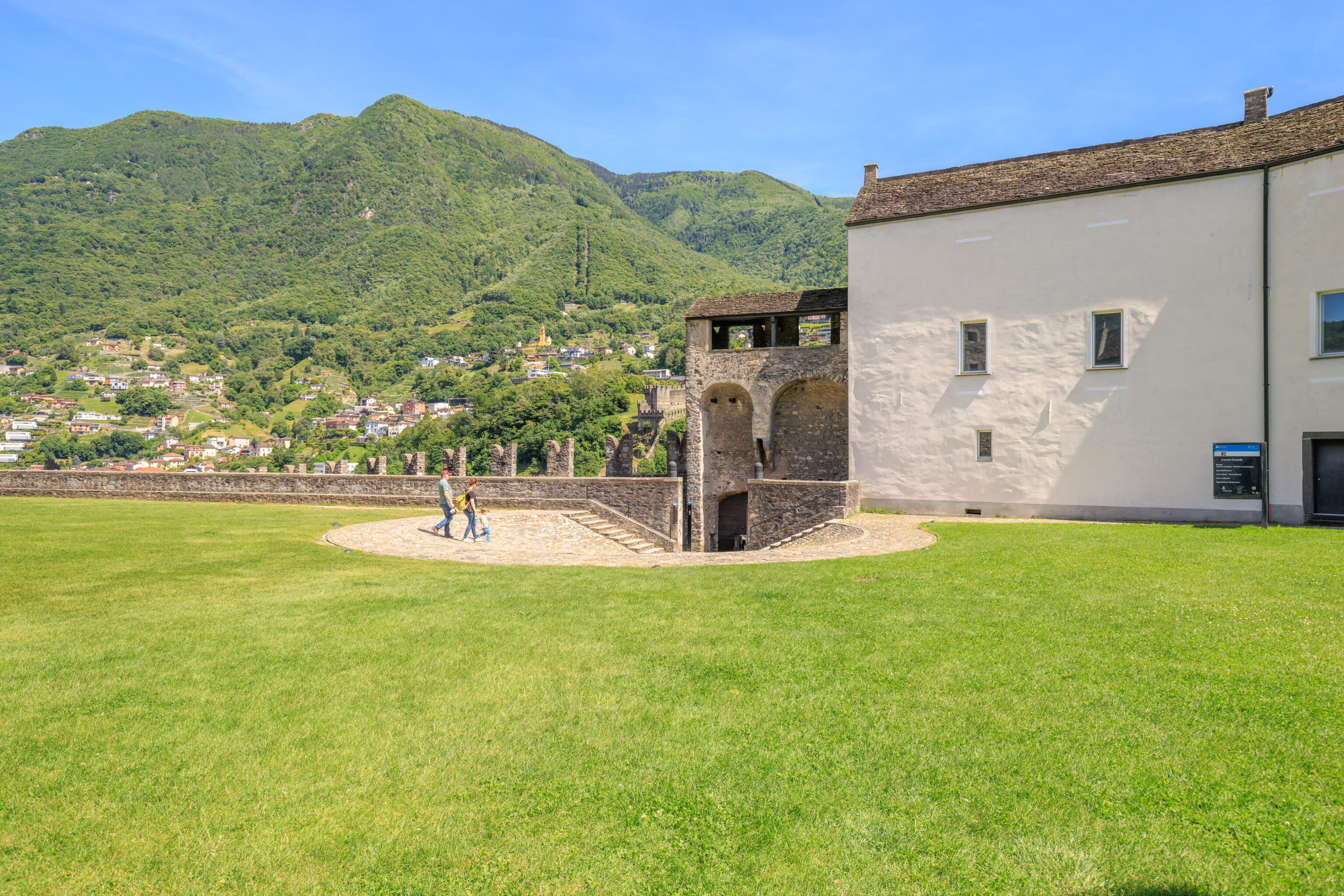
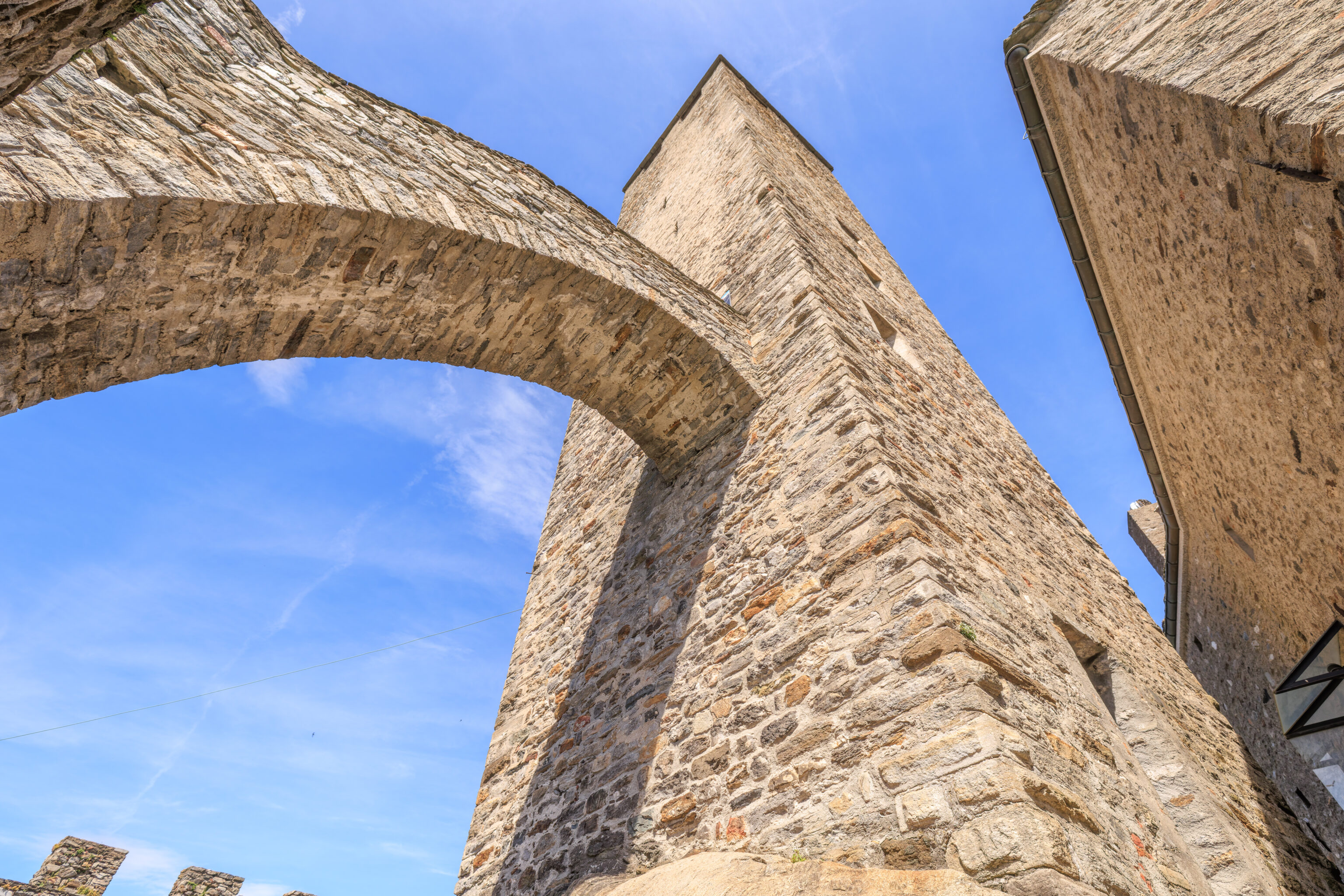
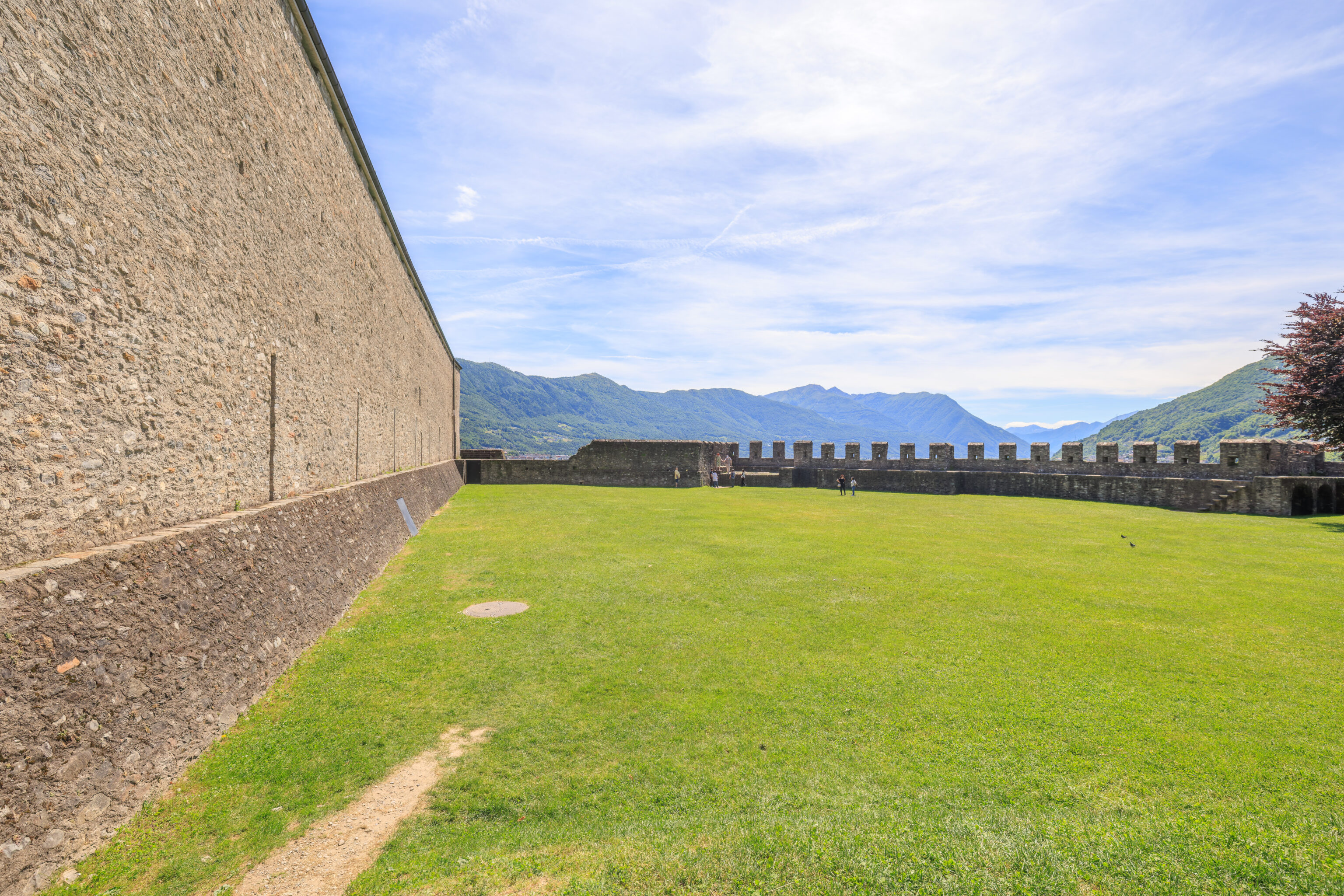
We walked around the area a bit. There seems to be a restaurant. We couldn’t tell if there was a visitor center or ticket office. There should be, but we couldn’t find it. It was possibly already closed? We ultimately never got our ticket stamped so in theory we could return on another day to find the ticketed areas of this castle.
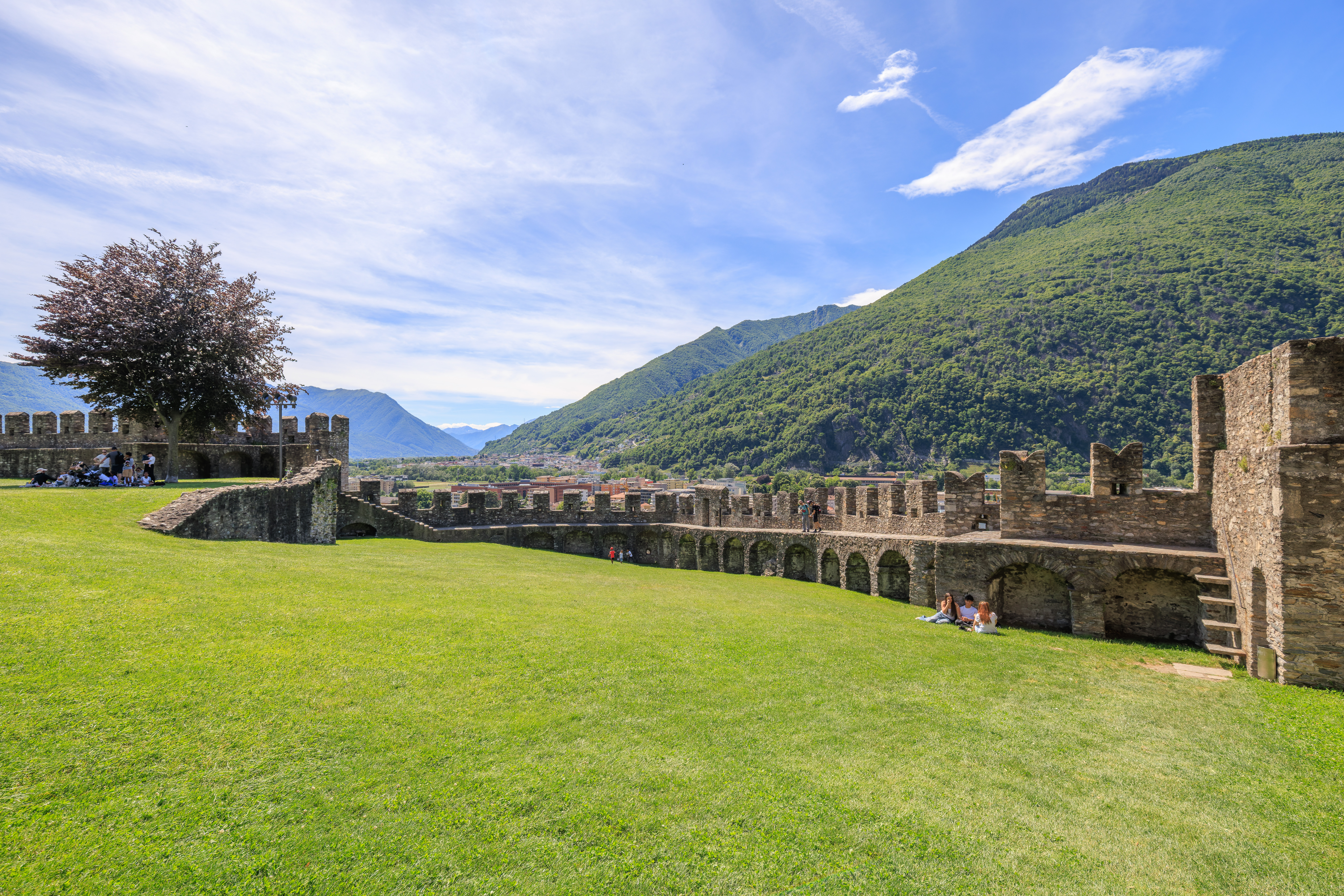
We walked to the west beyond the northwestern tower. There was another grassy area here.
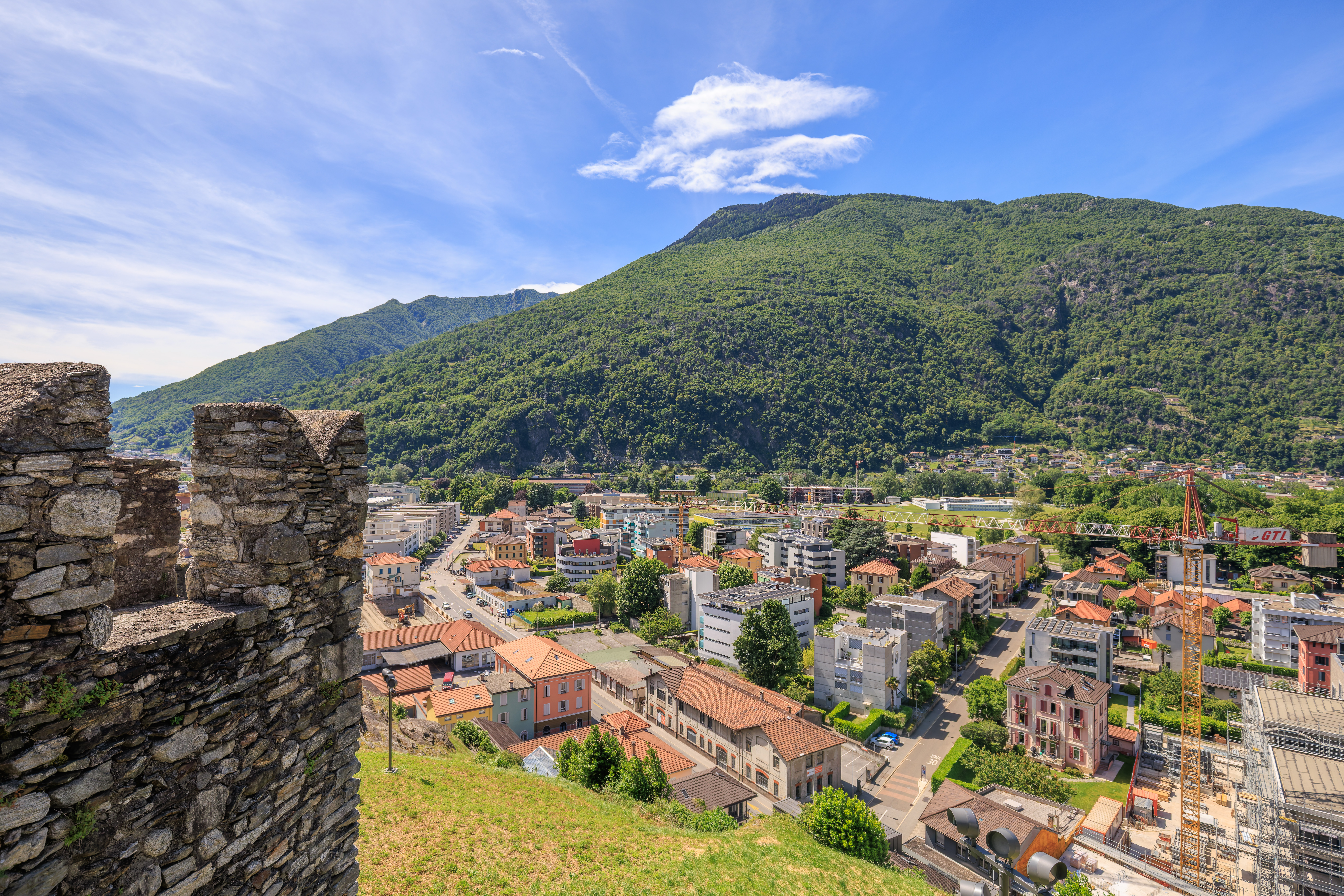
We walked over to the wall to take a look. There is a narrow path that runs along the top of the wall. This path is not protected by fencing or railings in any way on the inner side.
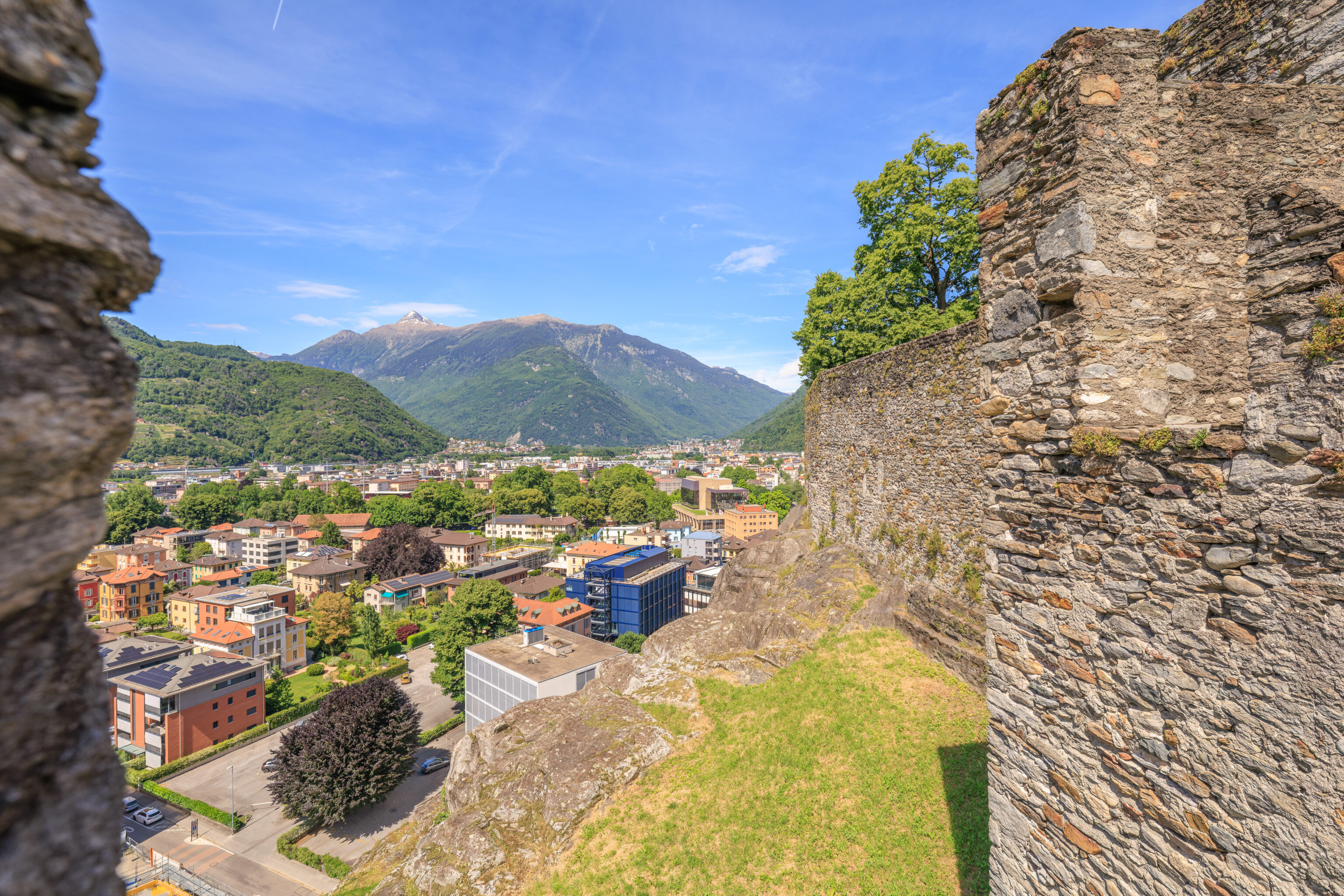
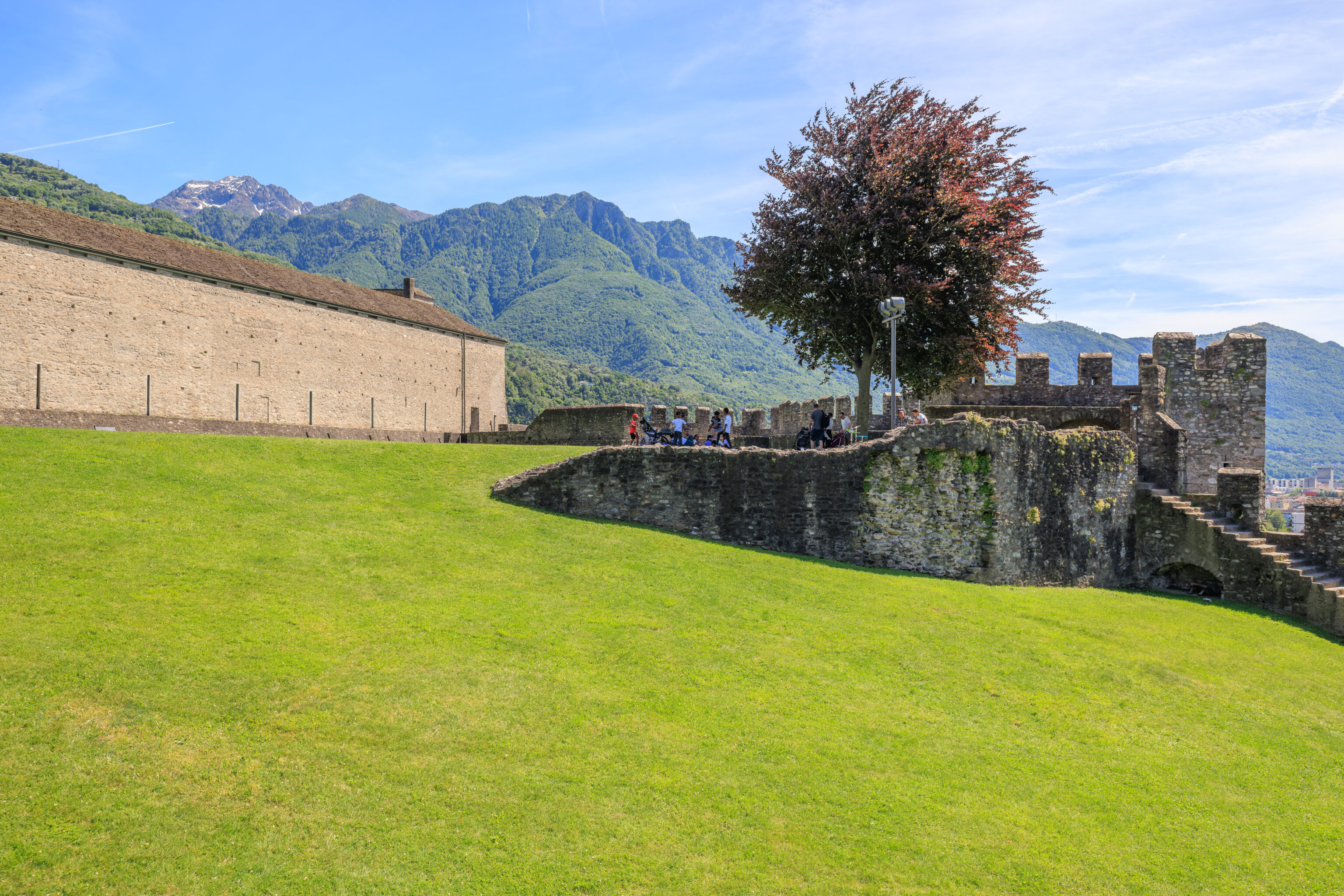

We found that there was a path along the wall at the northwestern edge of this part of the castle. There seems to also be a path that runs through the wall. We didn’t go down though but instead stayed up above.

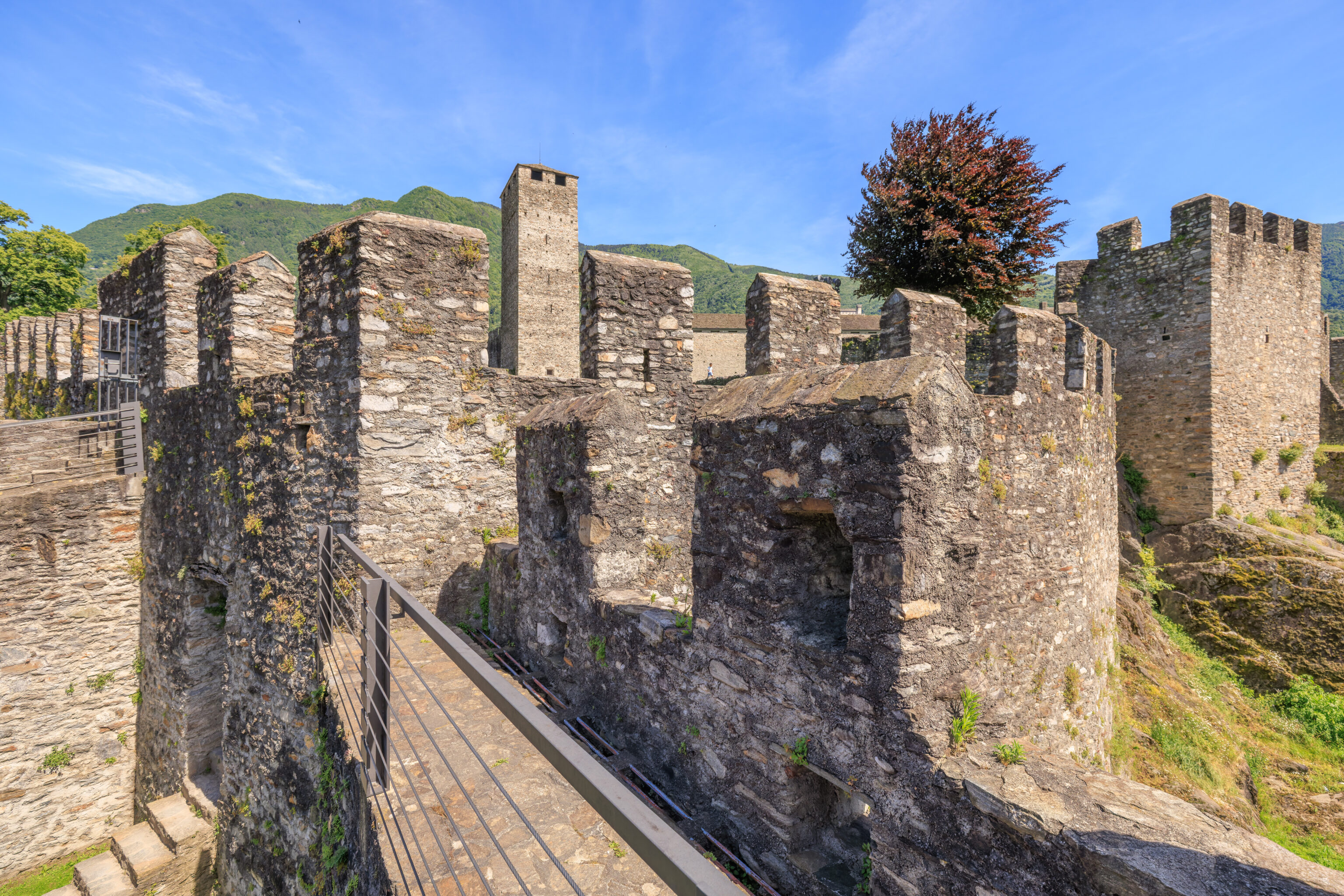
This area is kind of a complicated section where the wall which heads to the west meets the main part of the castle.
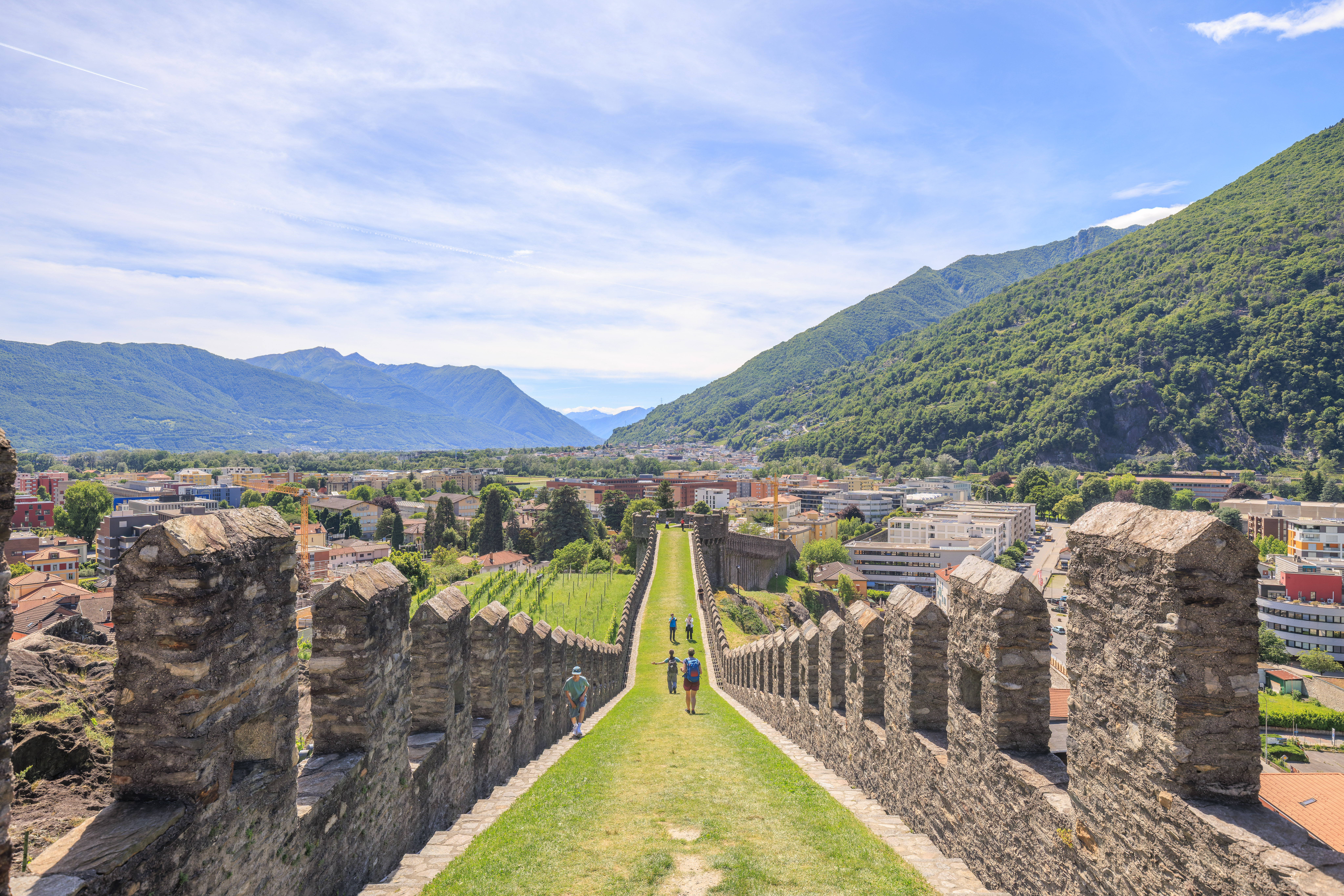
We started to head to the west atop this wall.
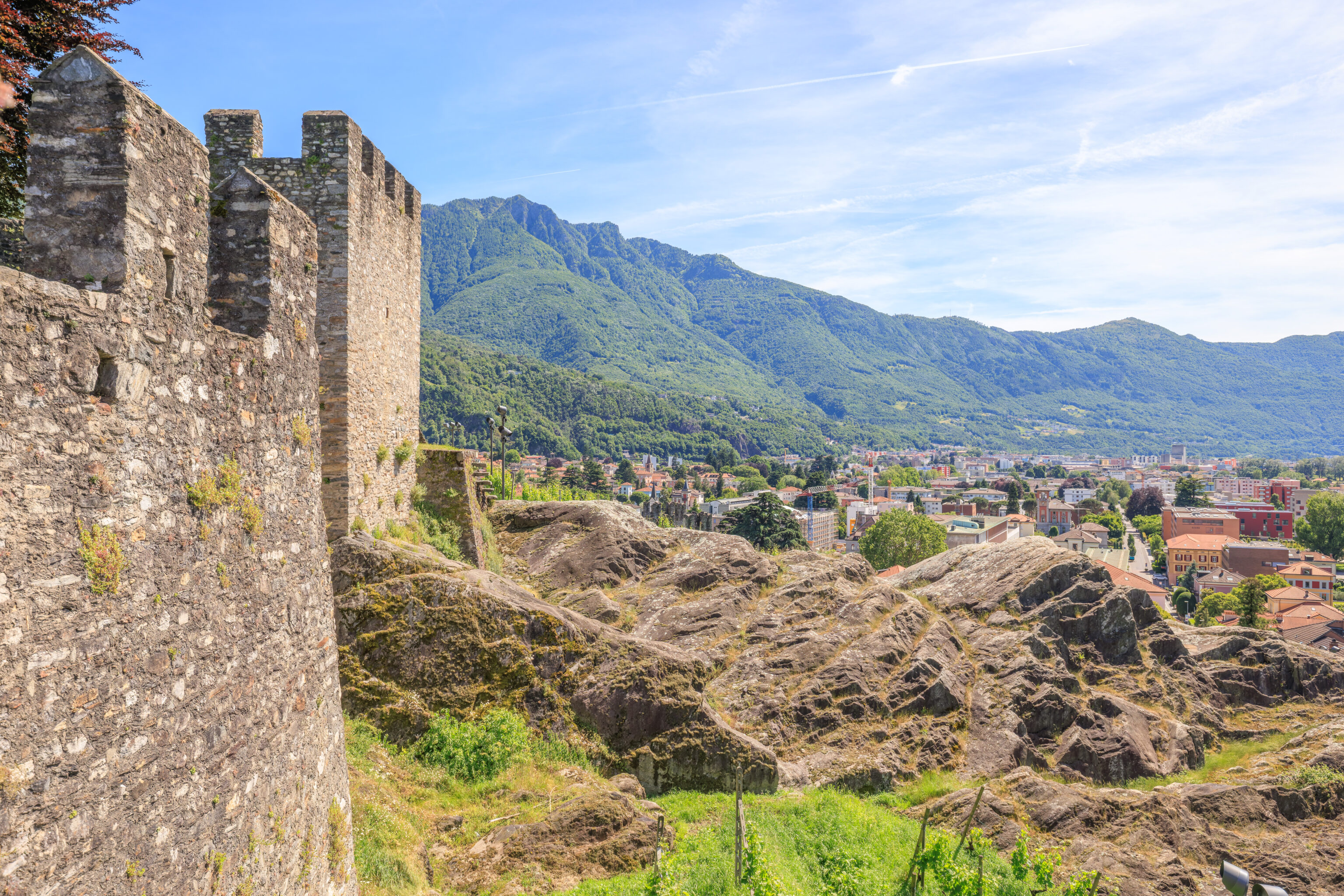
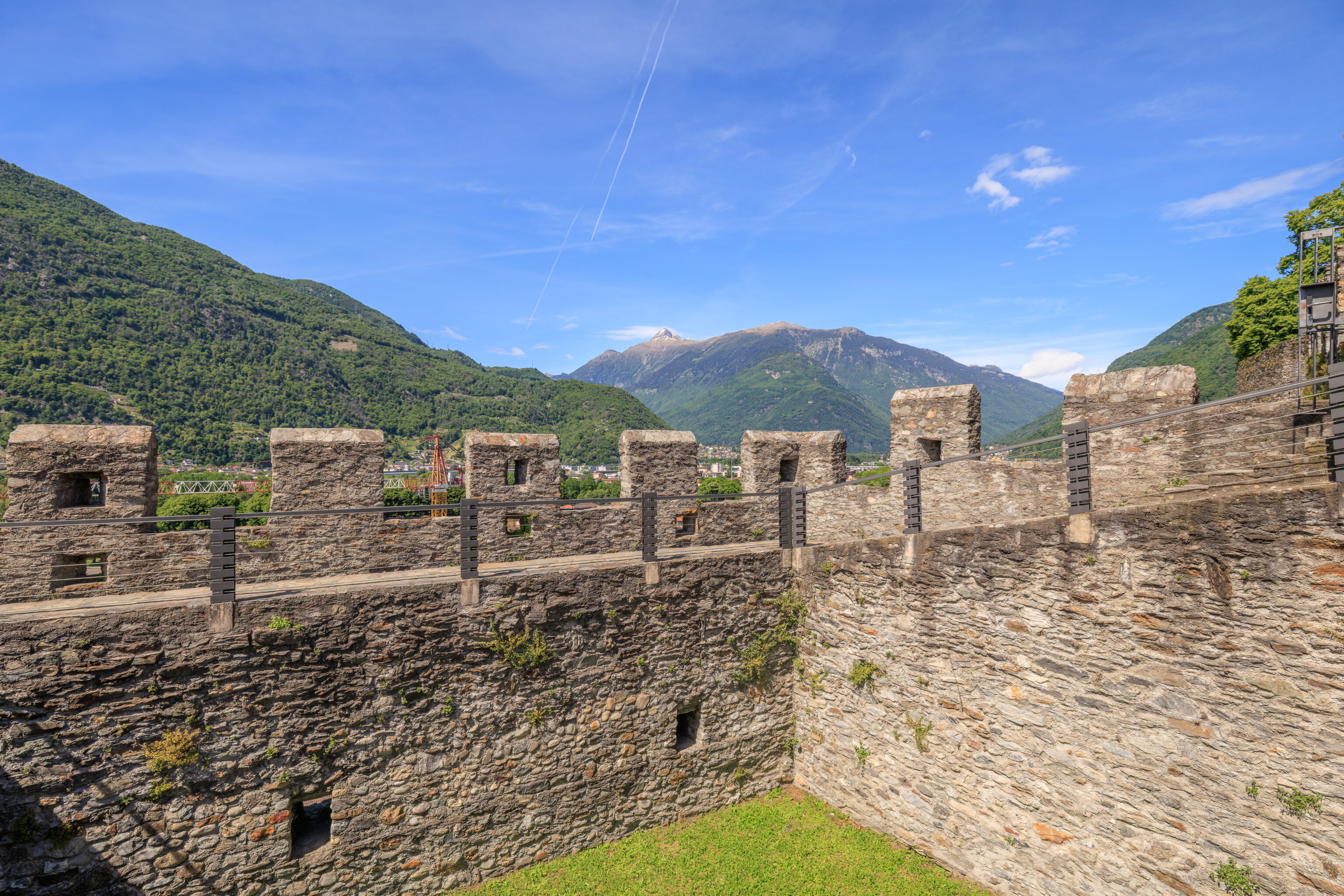
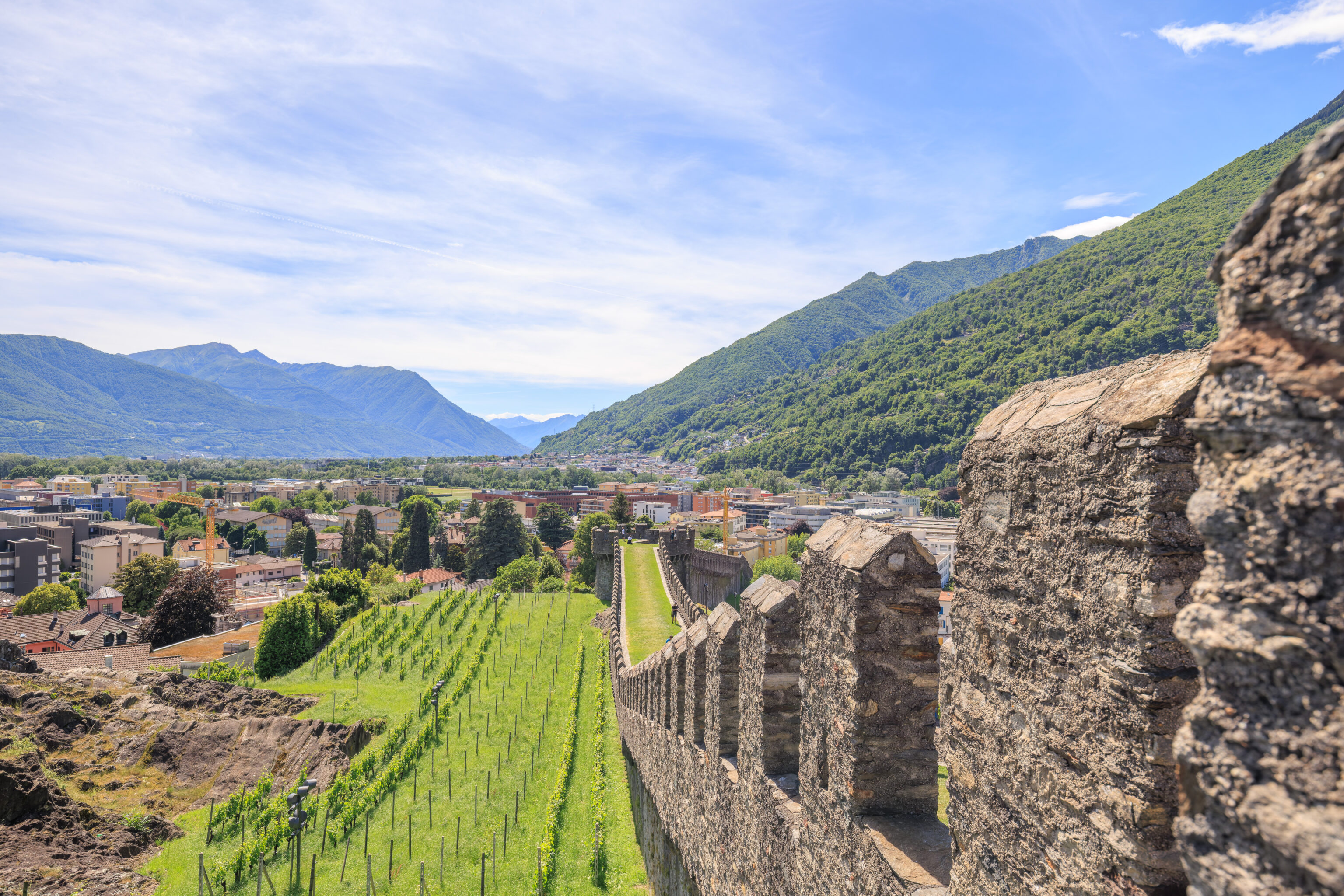
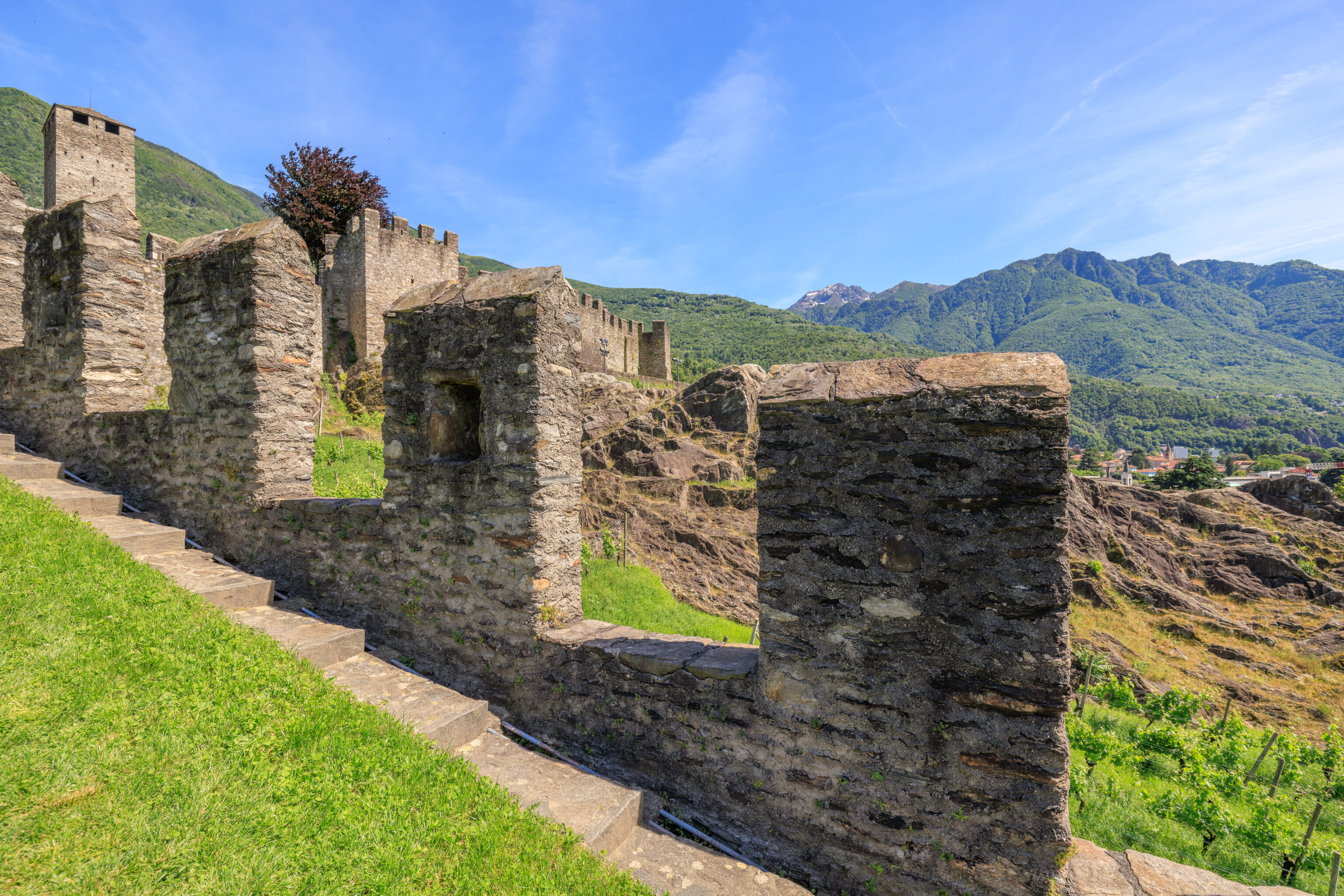
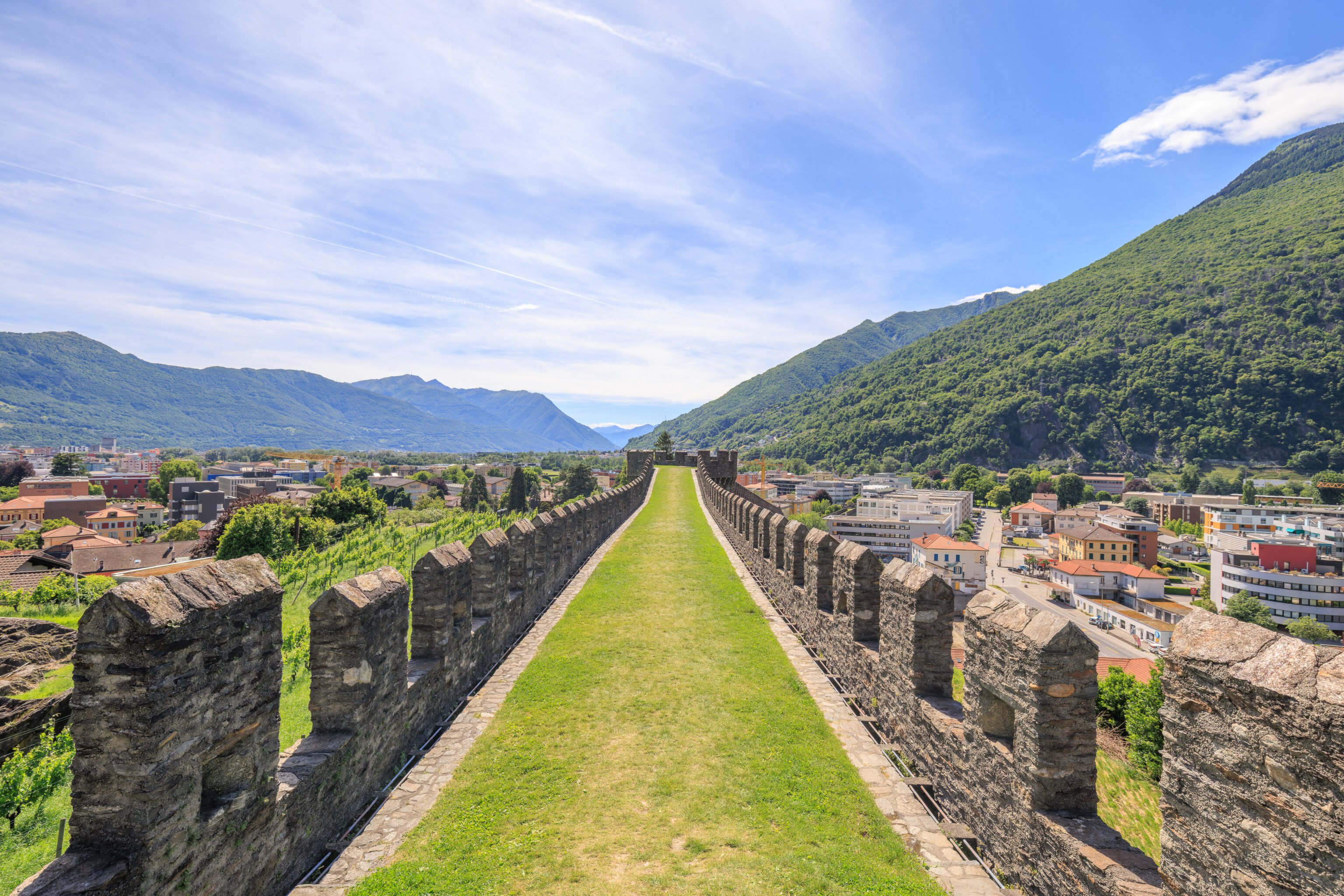
As we descended, the wall eventually leveled off.
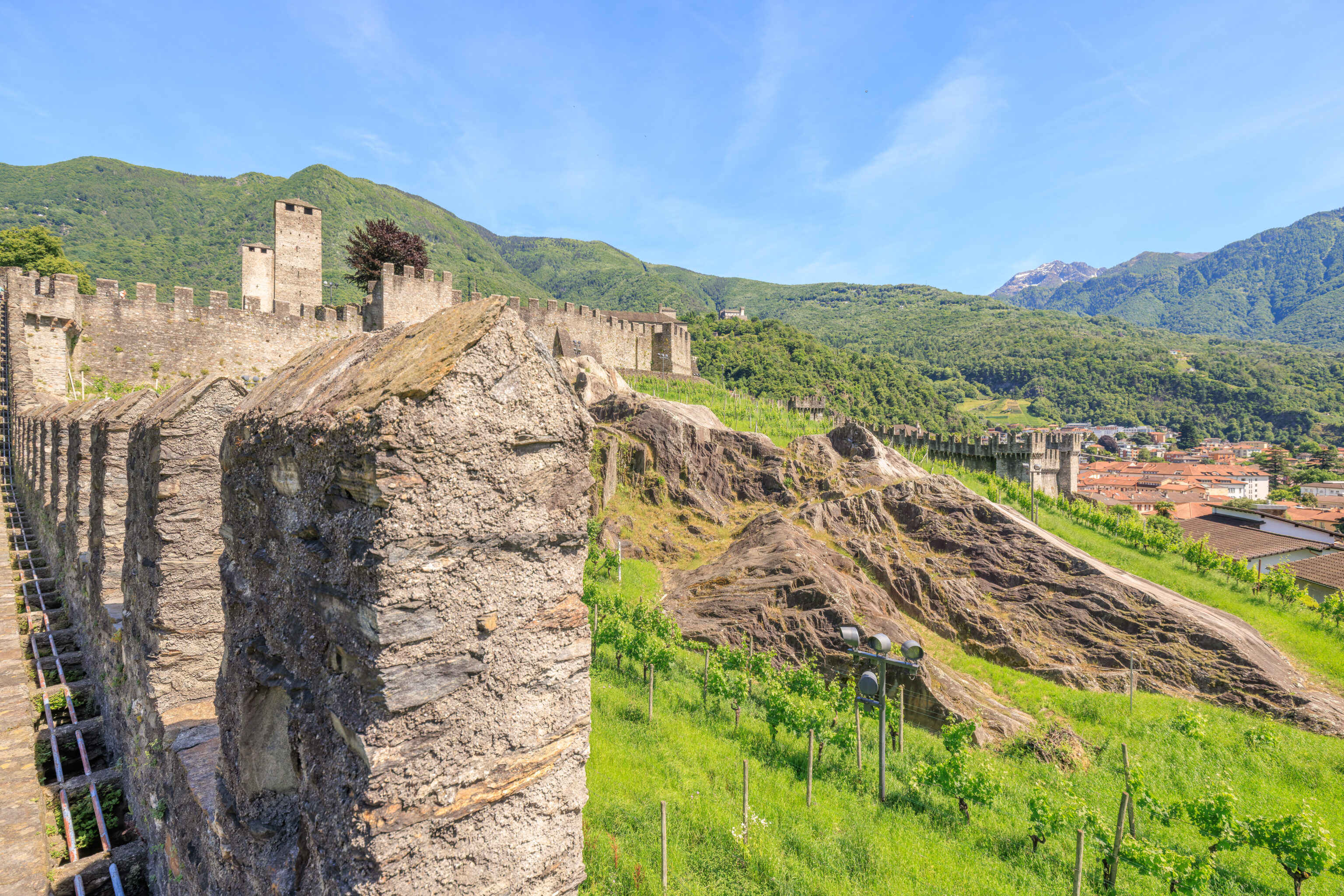
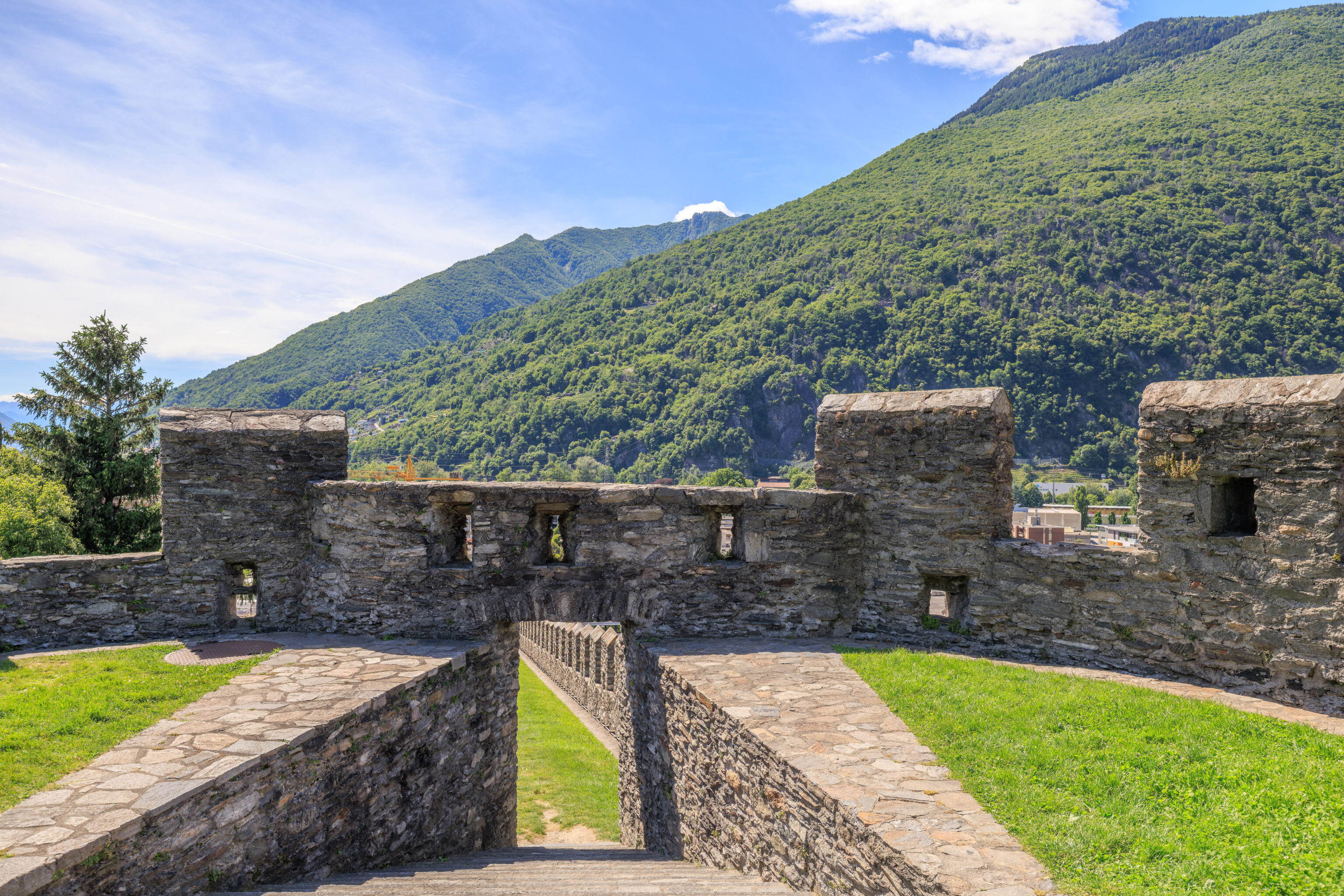
We continued on through a circular section along the wall.
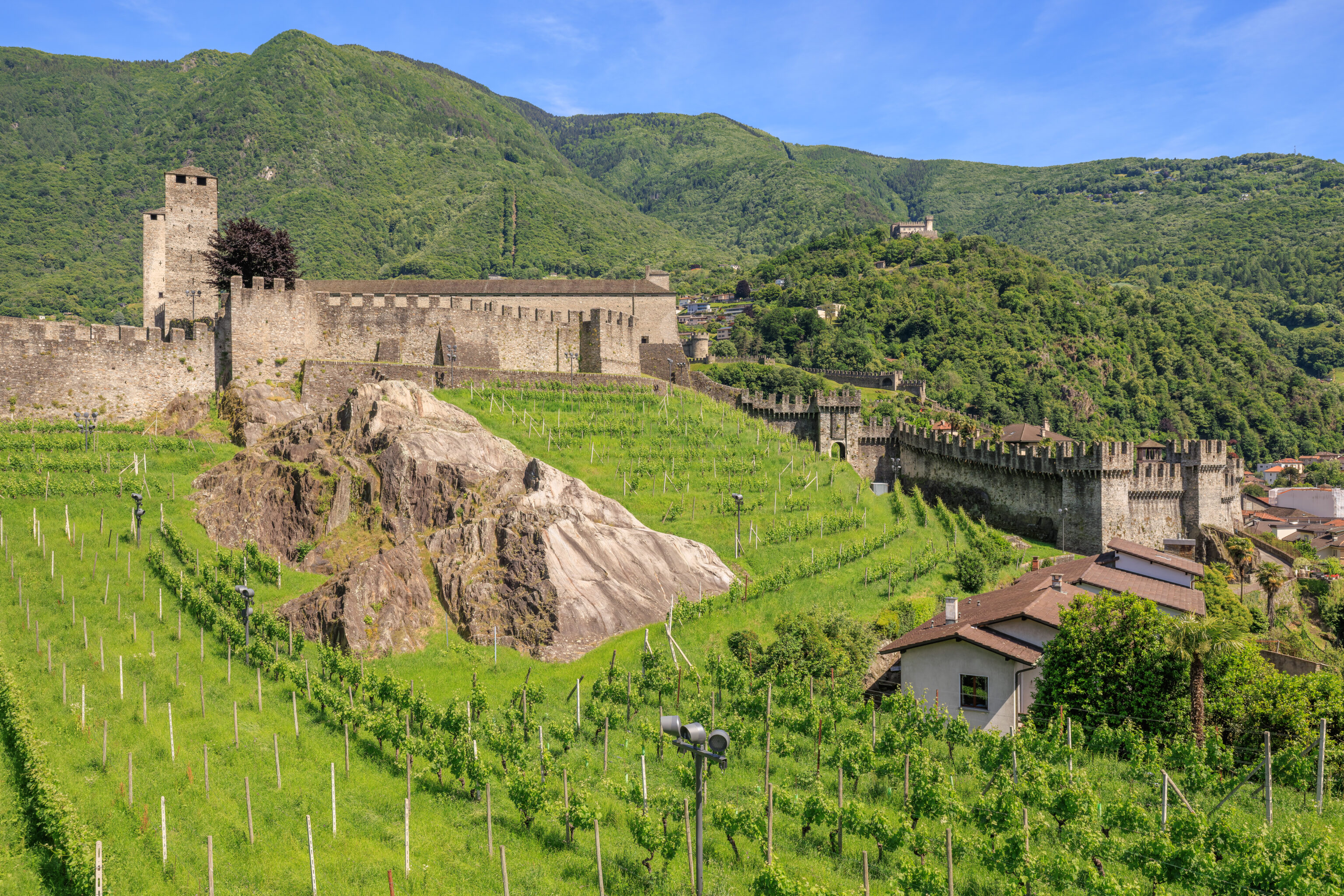
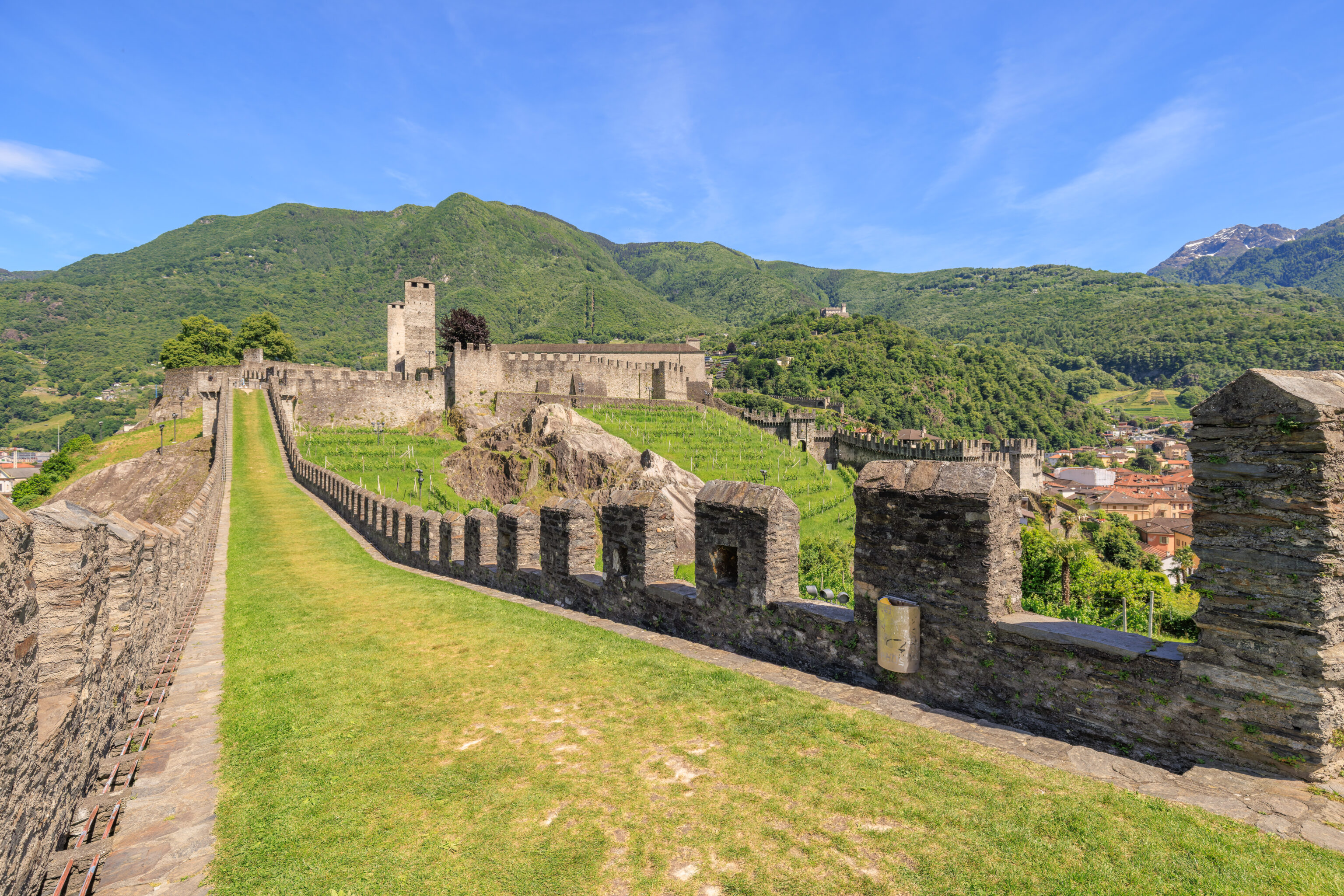
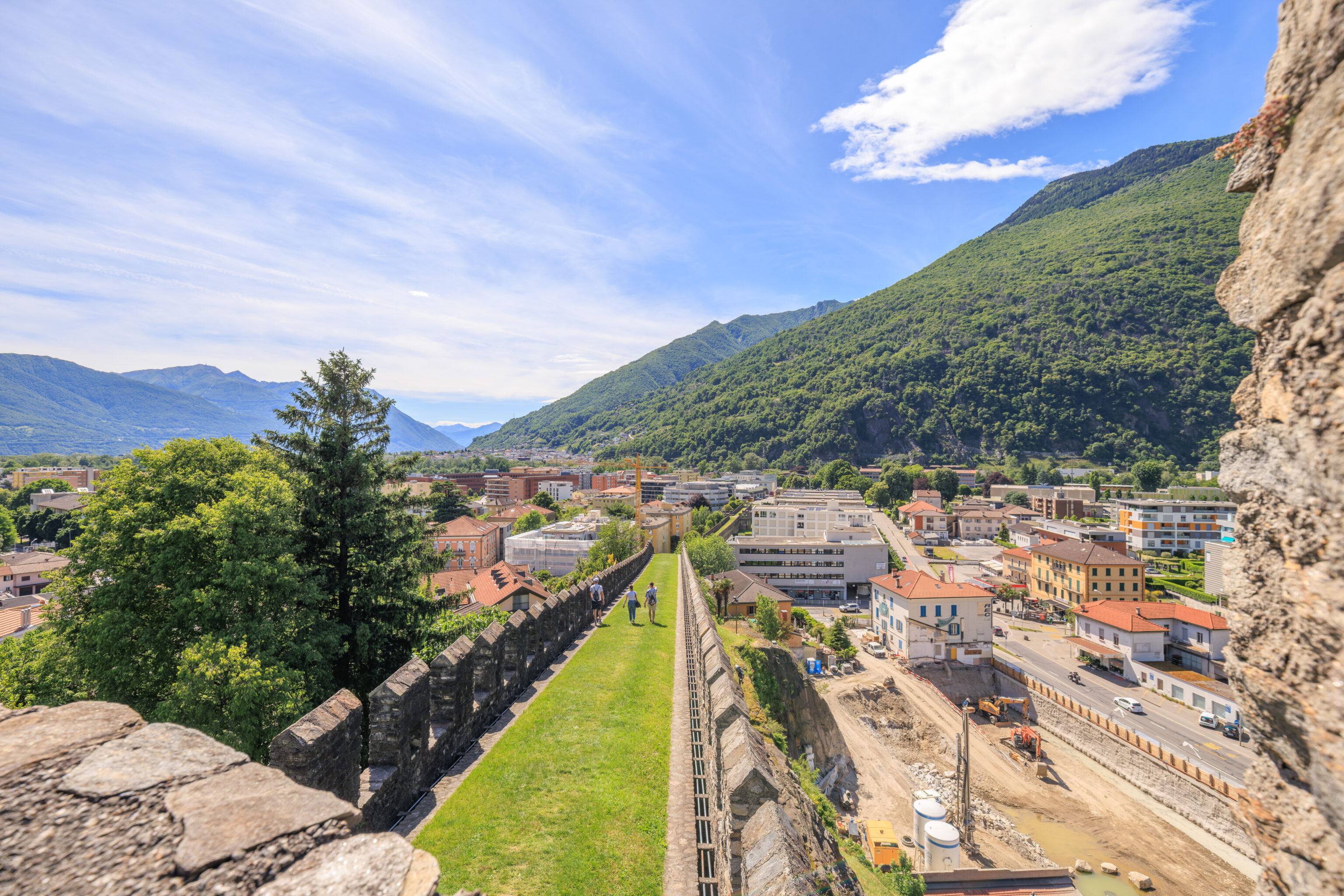
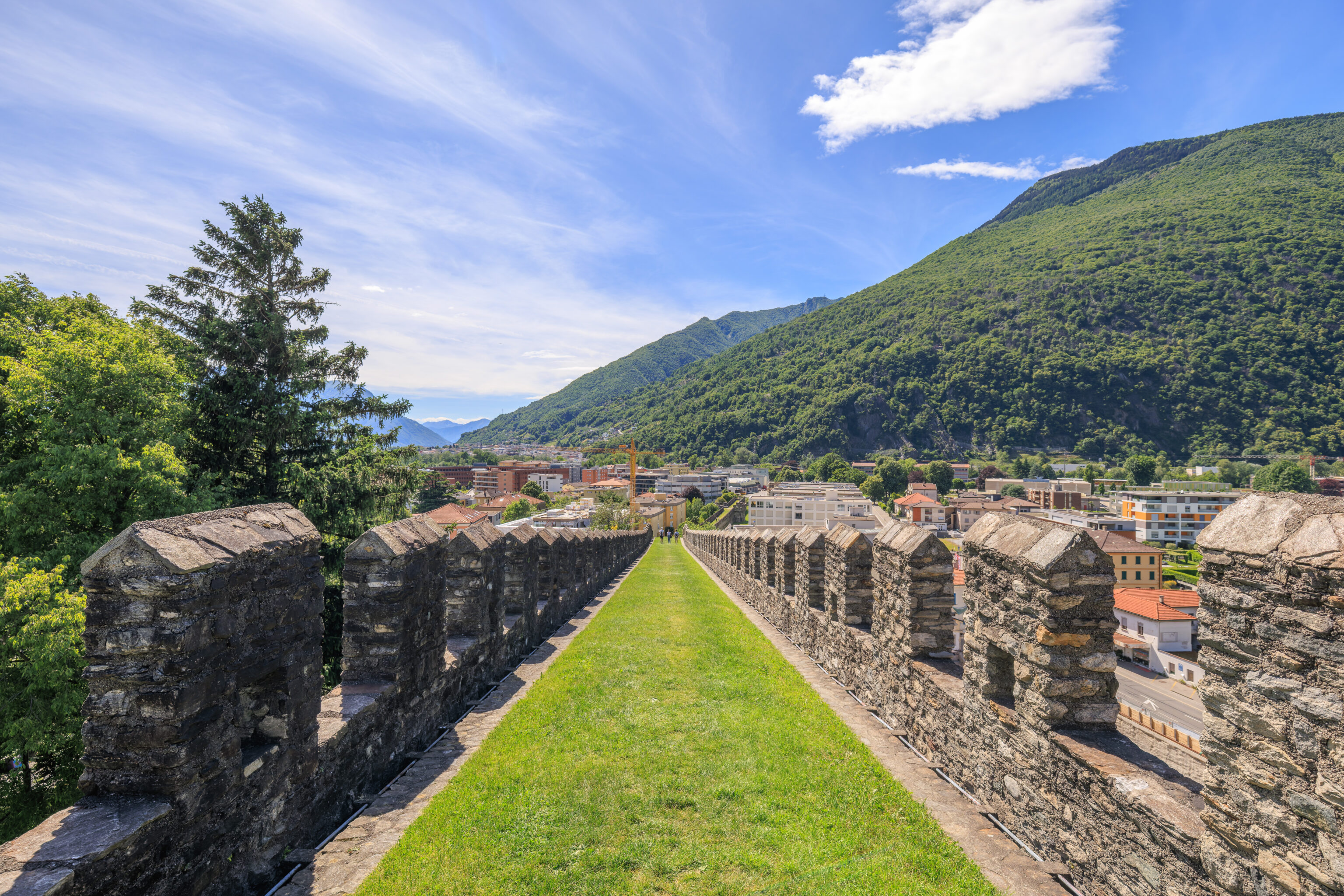
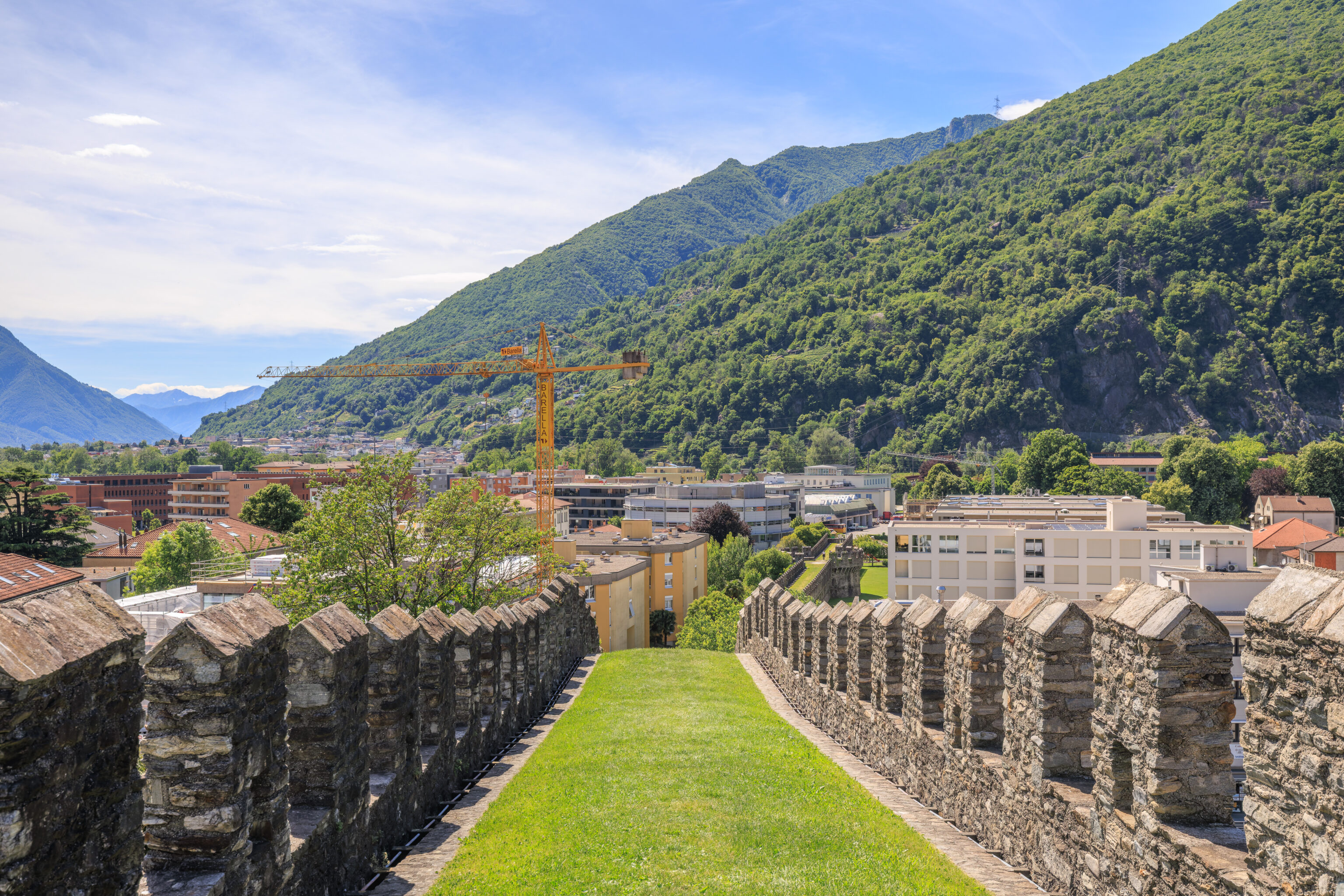
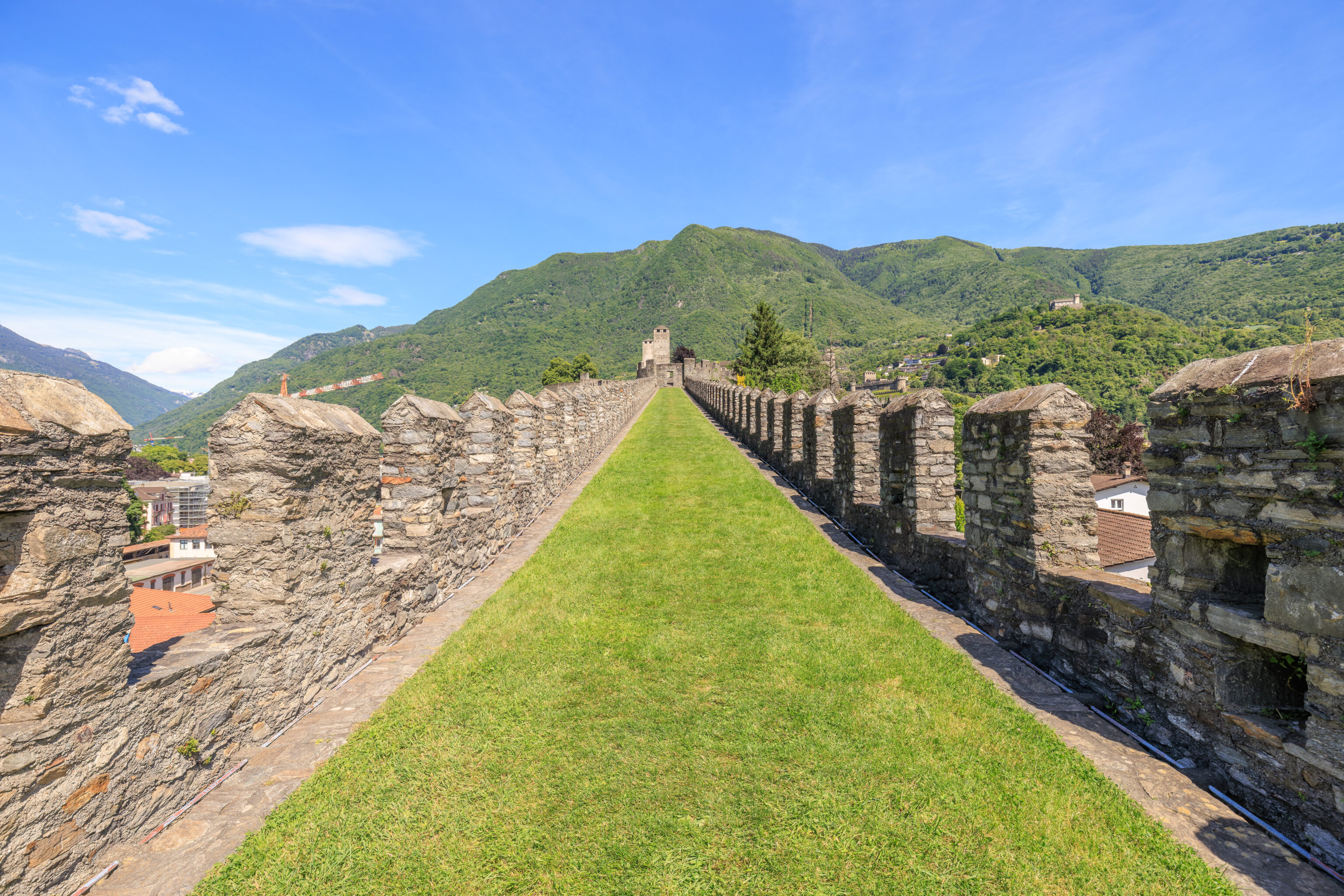
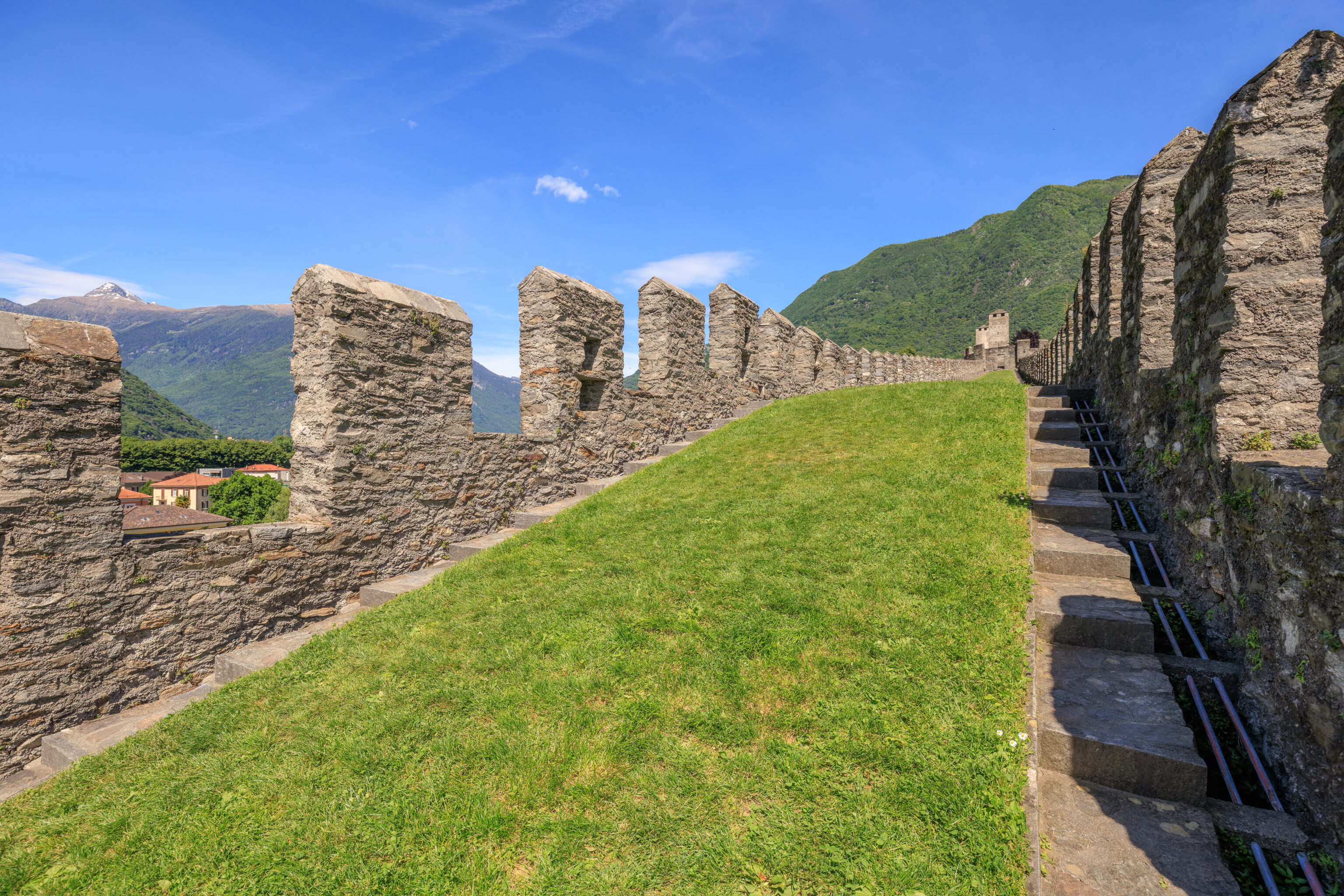
We continued walking away from the castle to the west.
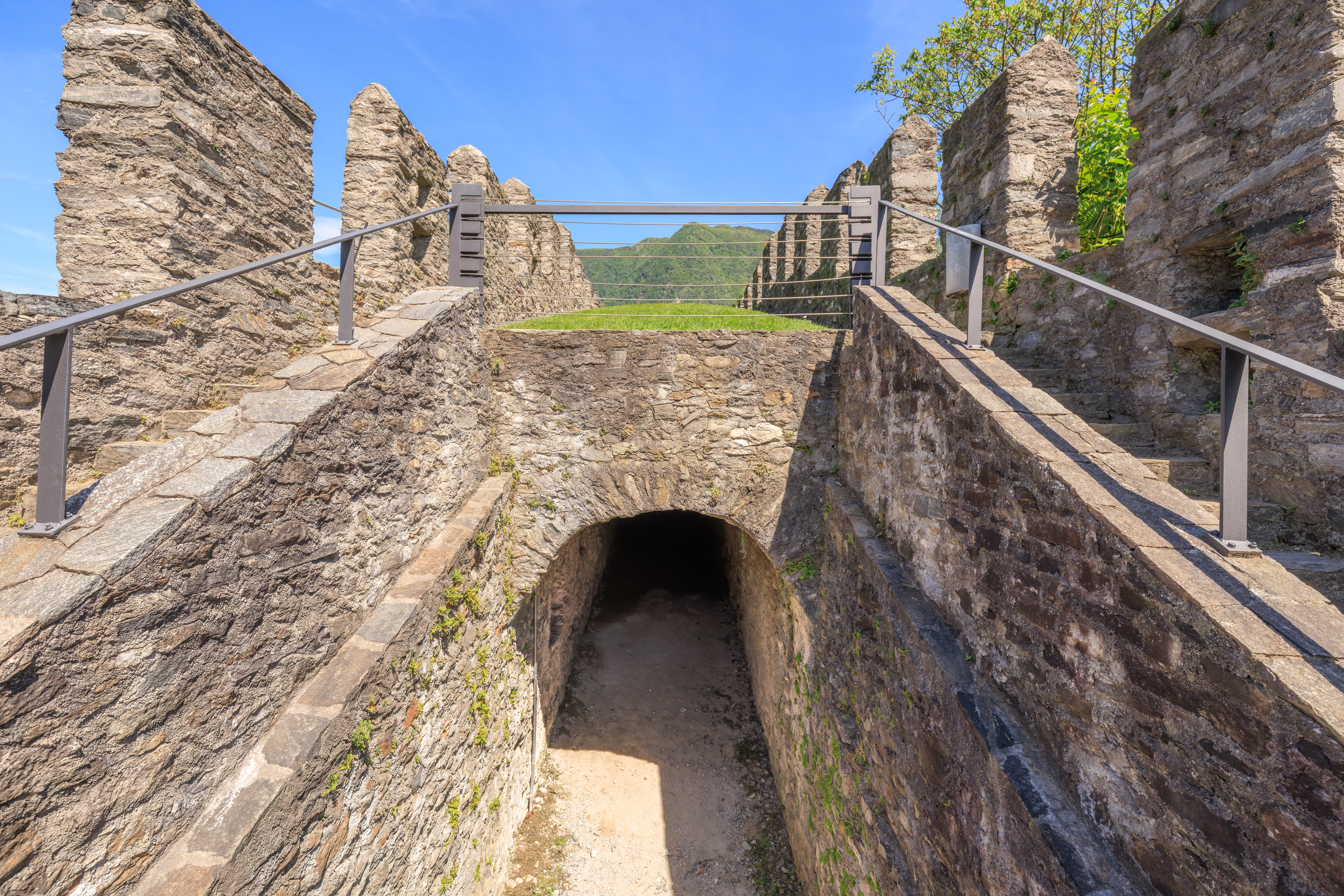
We reached a part of the wall where we could see the passageway inside of the wall. It seems possible that we could have opted to walk inside the whole way? It doesn’t look like there are any lights though. Perhaps its better that we did not!
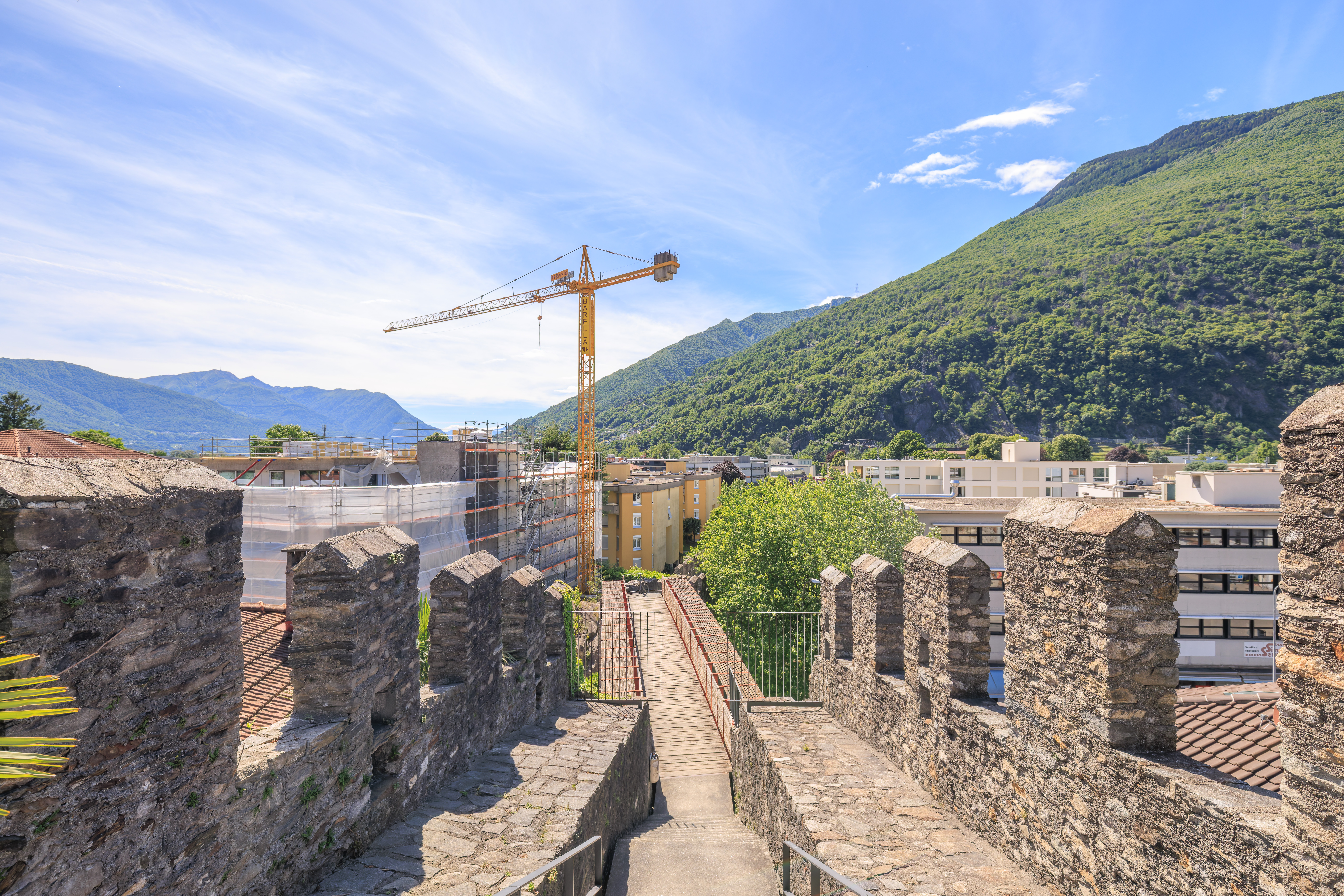
Up ahead, we could see where the wall seemed to be ending.
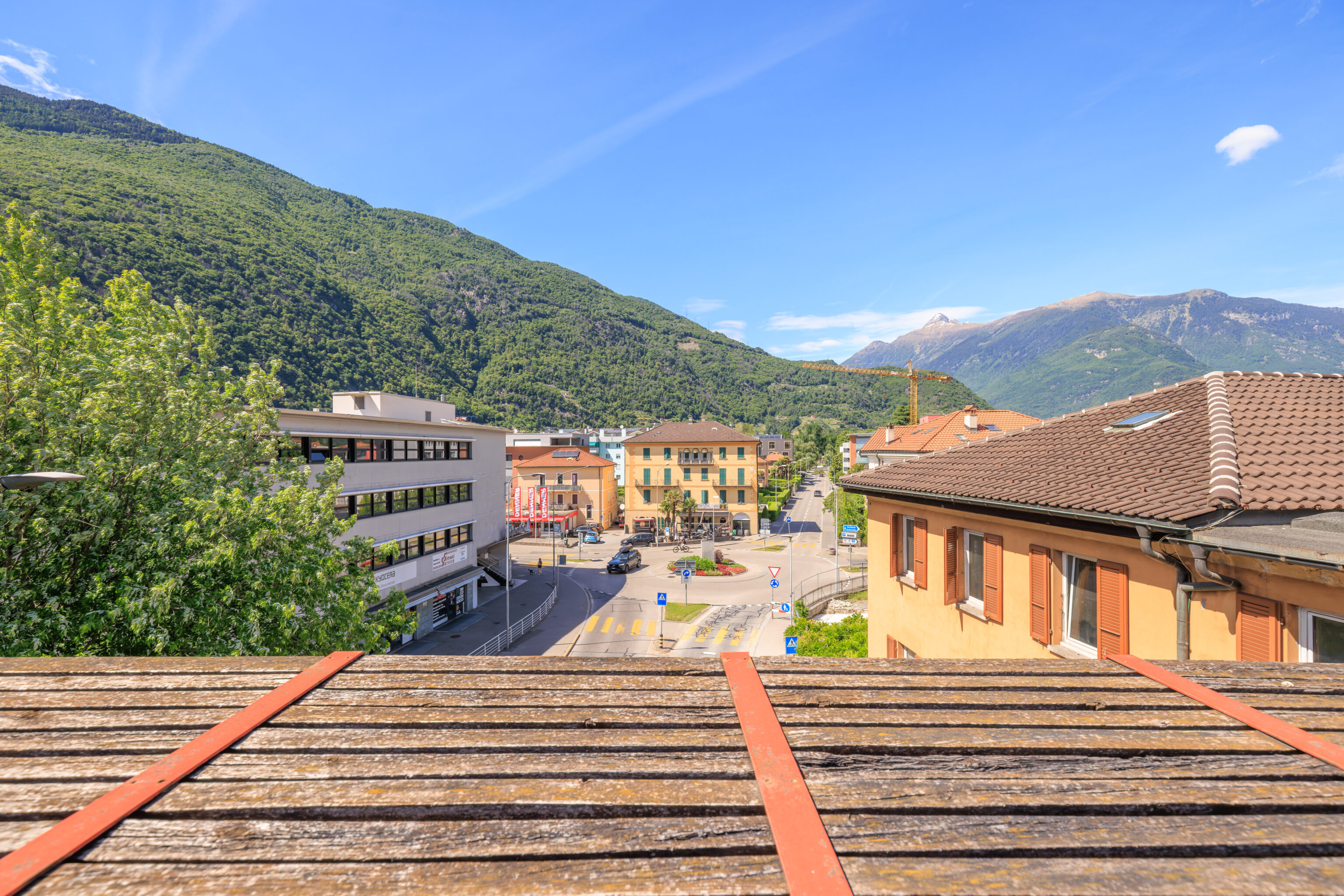
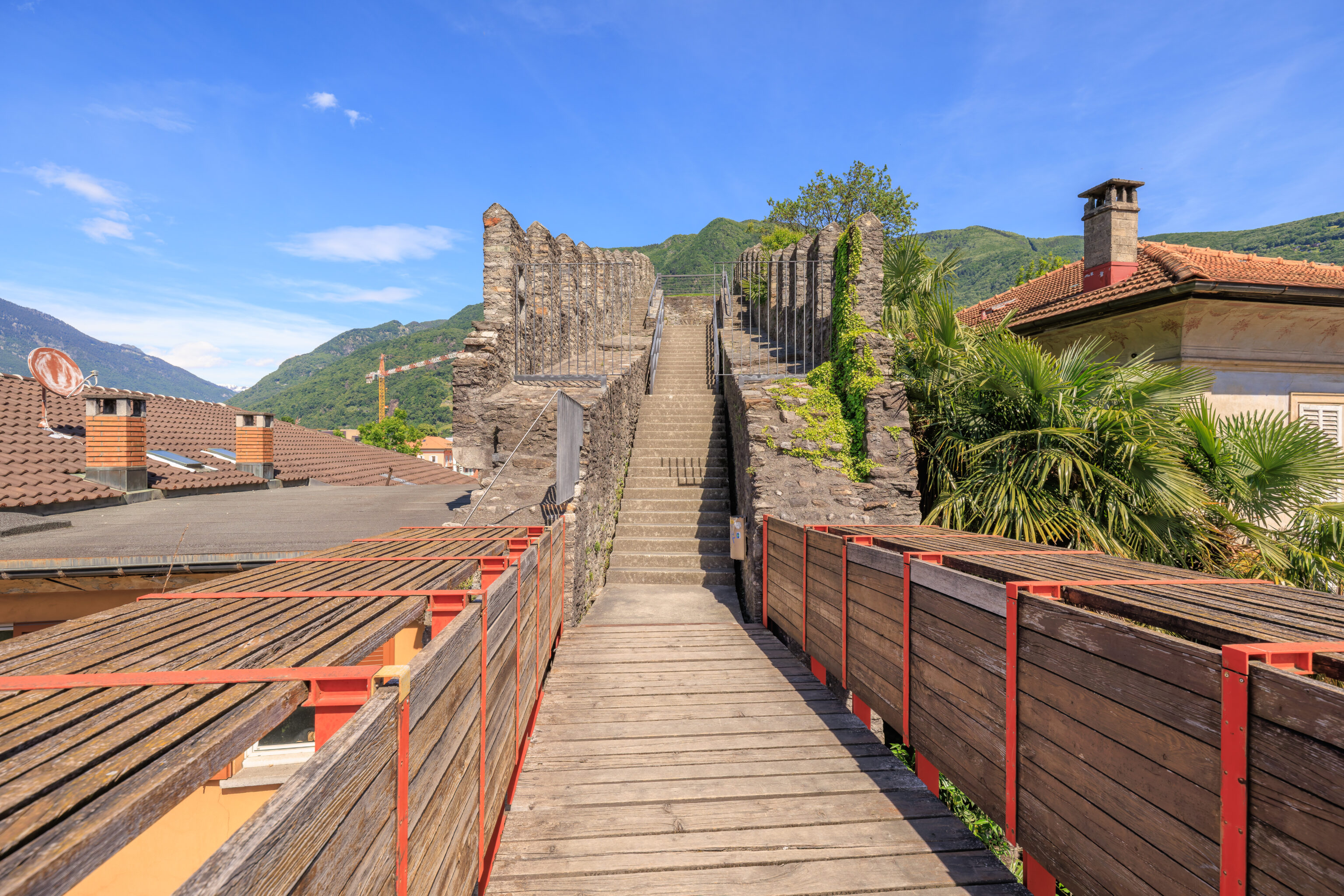
We walked over a bridge that crossed the street below.
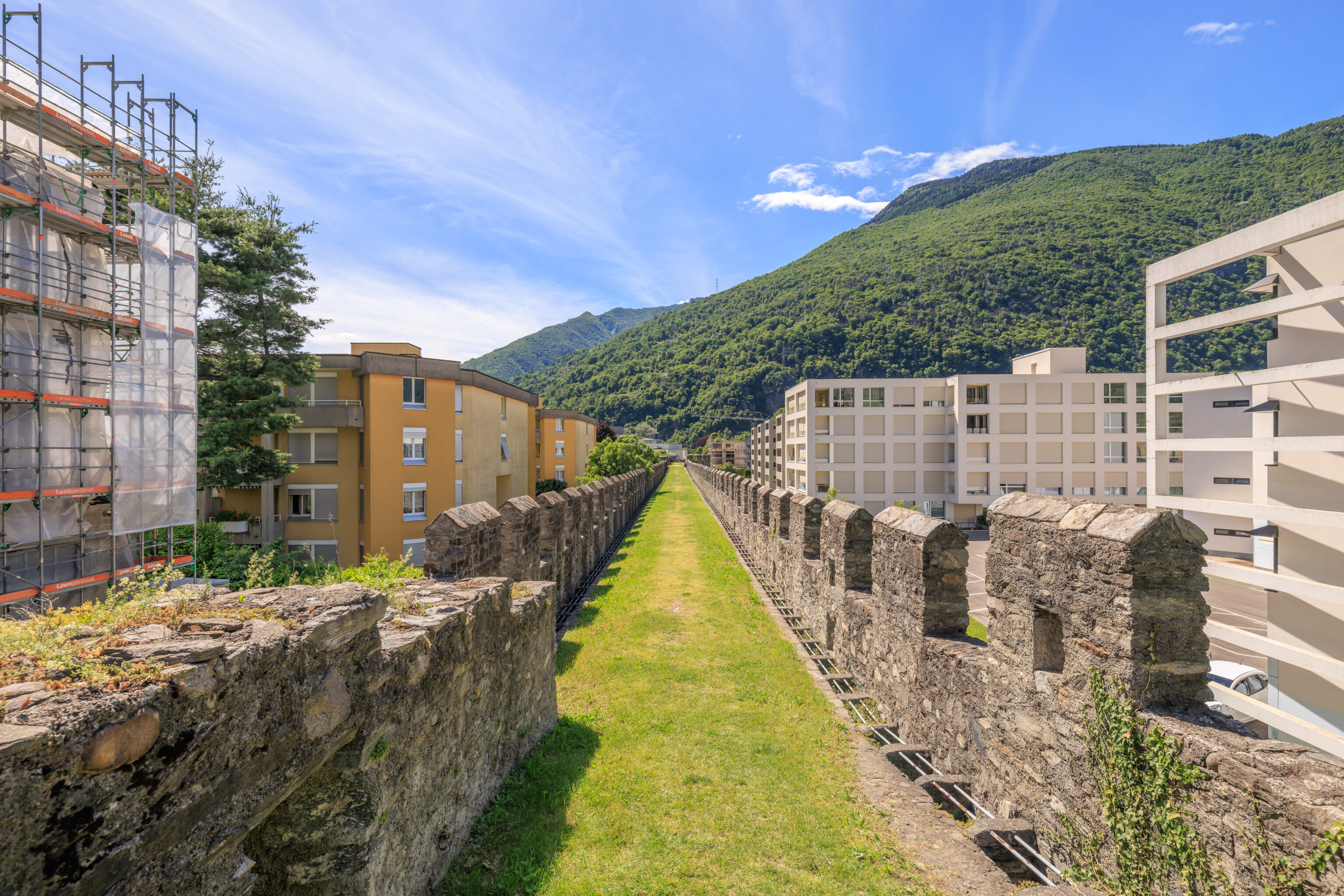
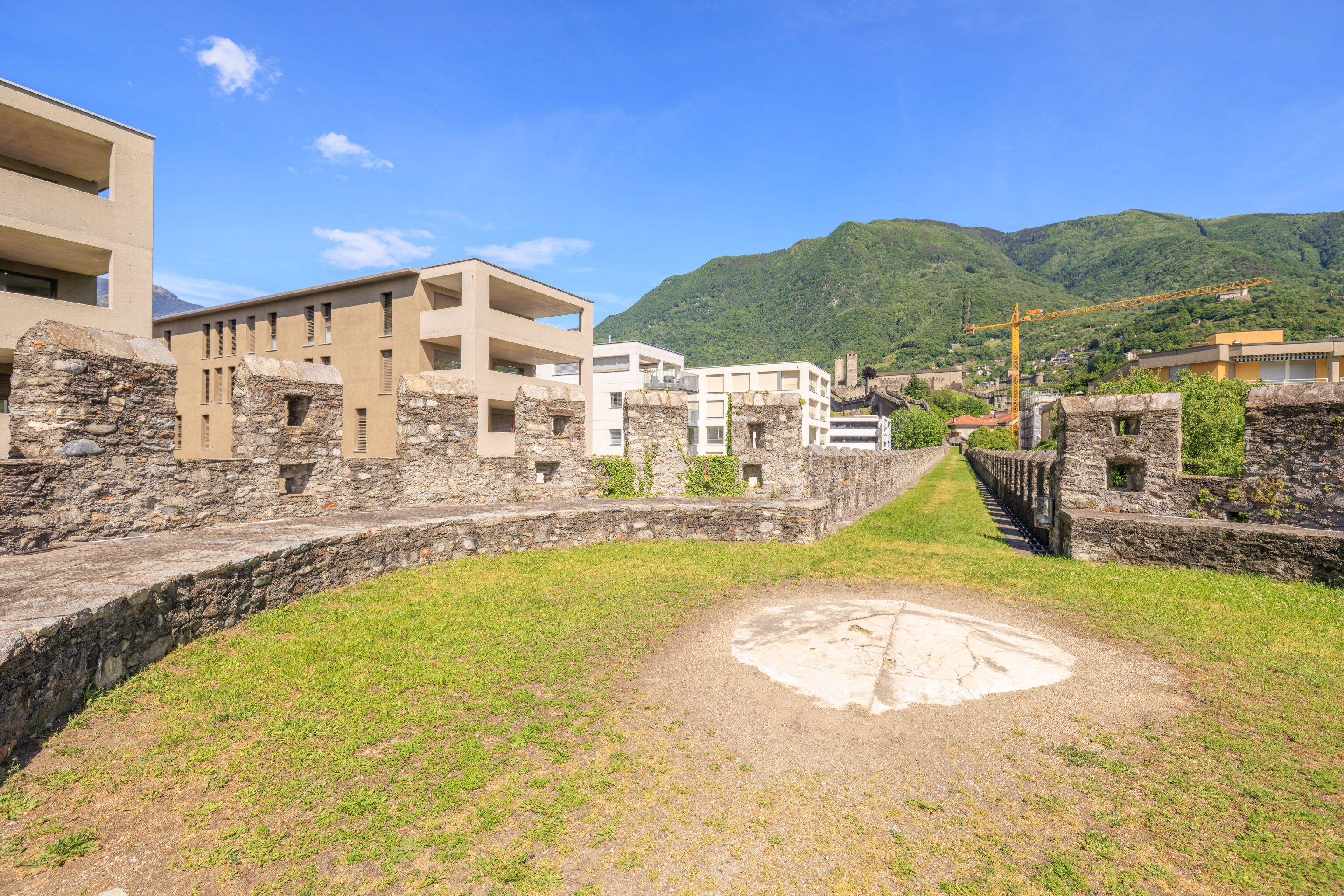
The wall continued on….
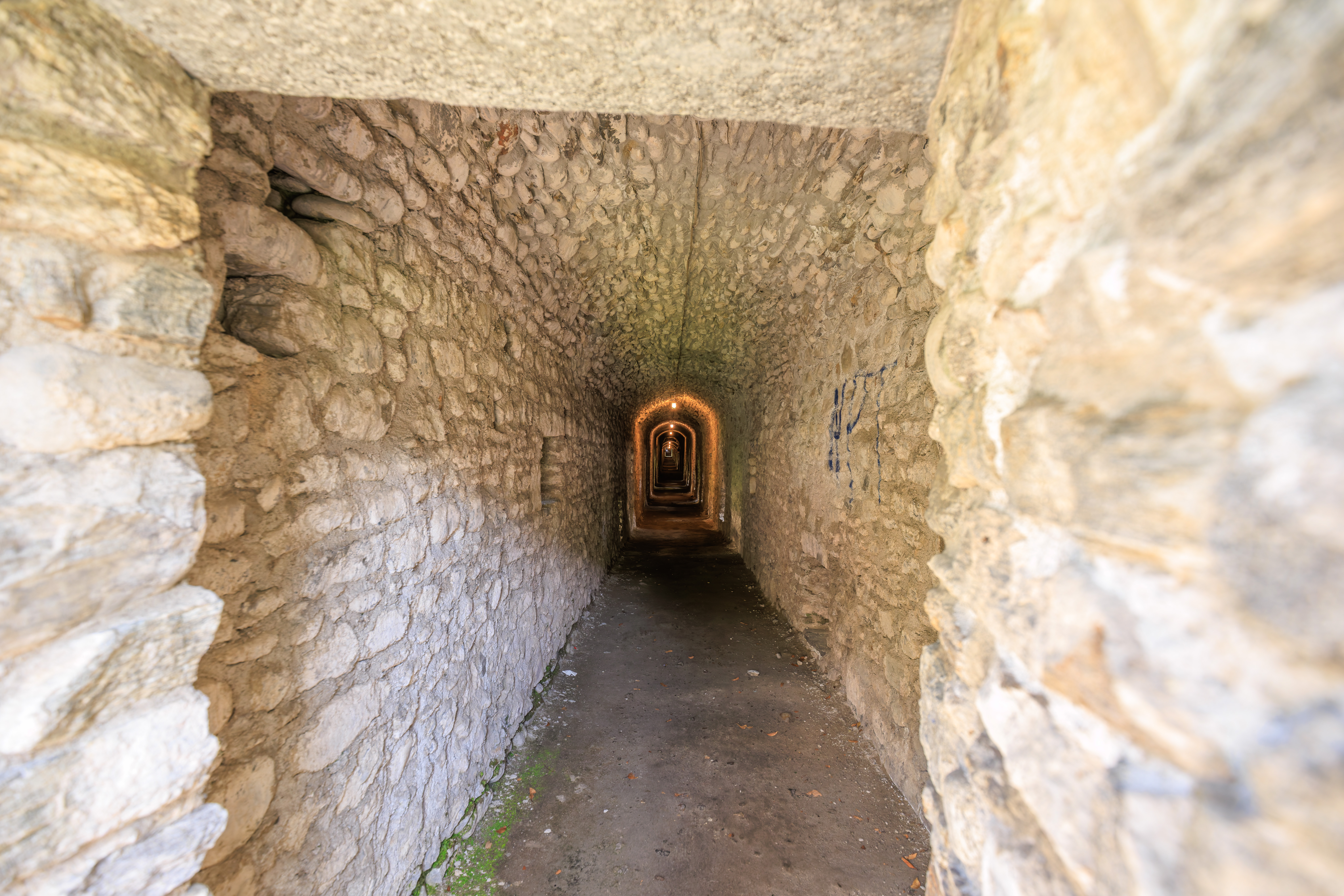
We kept on going though until we reached the end. After descending, we could see the tunnel that ran through this section of wall. This part is lighted.

We left the wall though and started walking to the south.

The view looking back at this last section of wall.
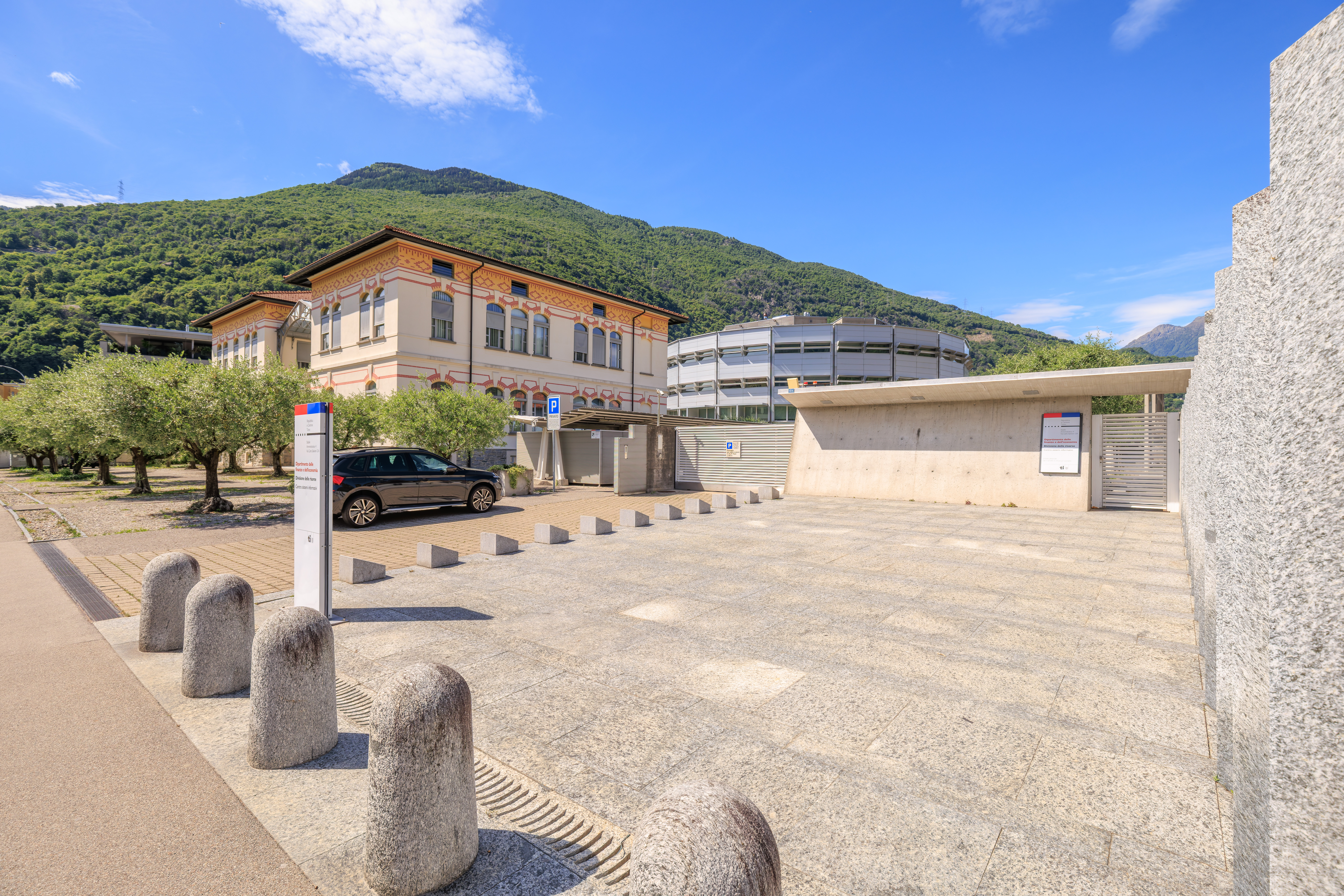
The ugly building here in the background is the Information Systems Center of the Department of Finance and Economics of Ticino. We know this because of the sign!
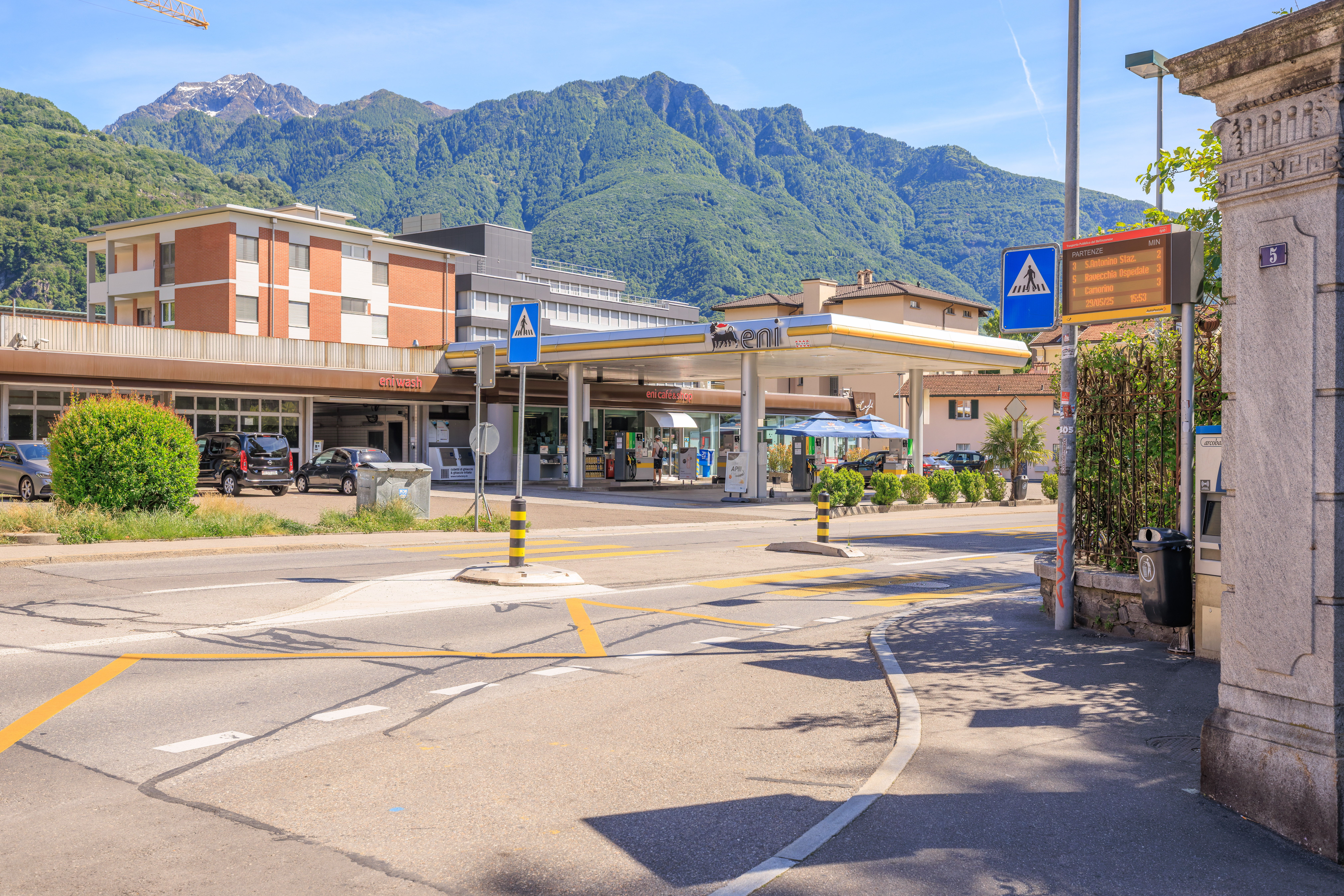
As we headed back to Bellinzona’s train station, we decided to take a bus instead.

We had a little bit of confusion as to where this bus that we got on was headed. We were thinking it was going to Sant’Antonio Station, which is in Locarno near the Hampton where we are staying. However, it was actually going to Sant’Antonino Station, which is much closer to Bellinzona than Locarno! Oops!
We figured out that the bus was going to stop at Giubiasco Station, So, we got off the bus to catch the next train to Locarno. Luckily, Giubiasco is on the route between Bellinzona and Locarno!
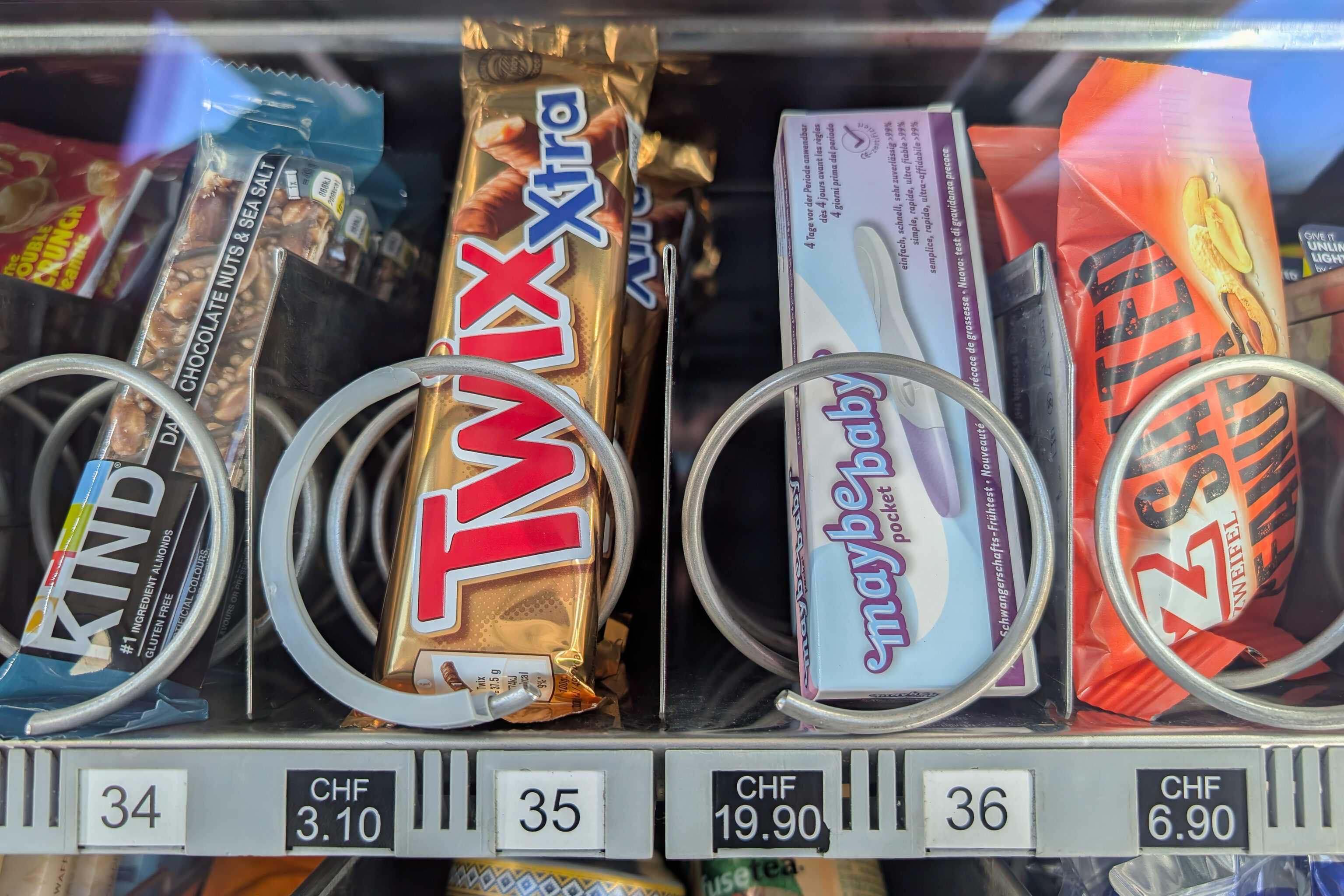
While looking at a vending machine which sold expensive snacks, we were surprised to find it also sold pregnancy tests!
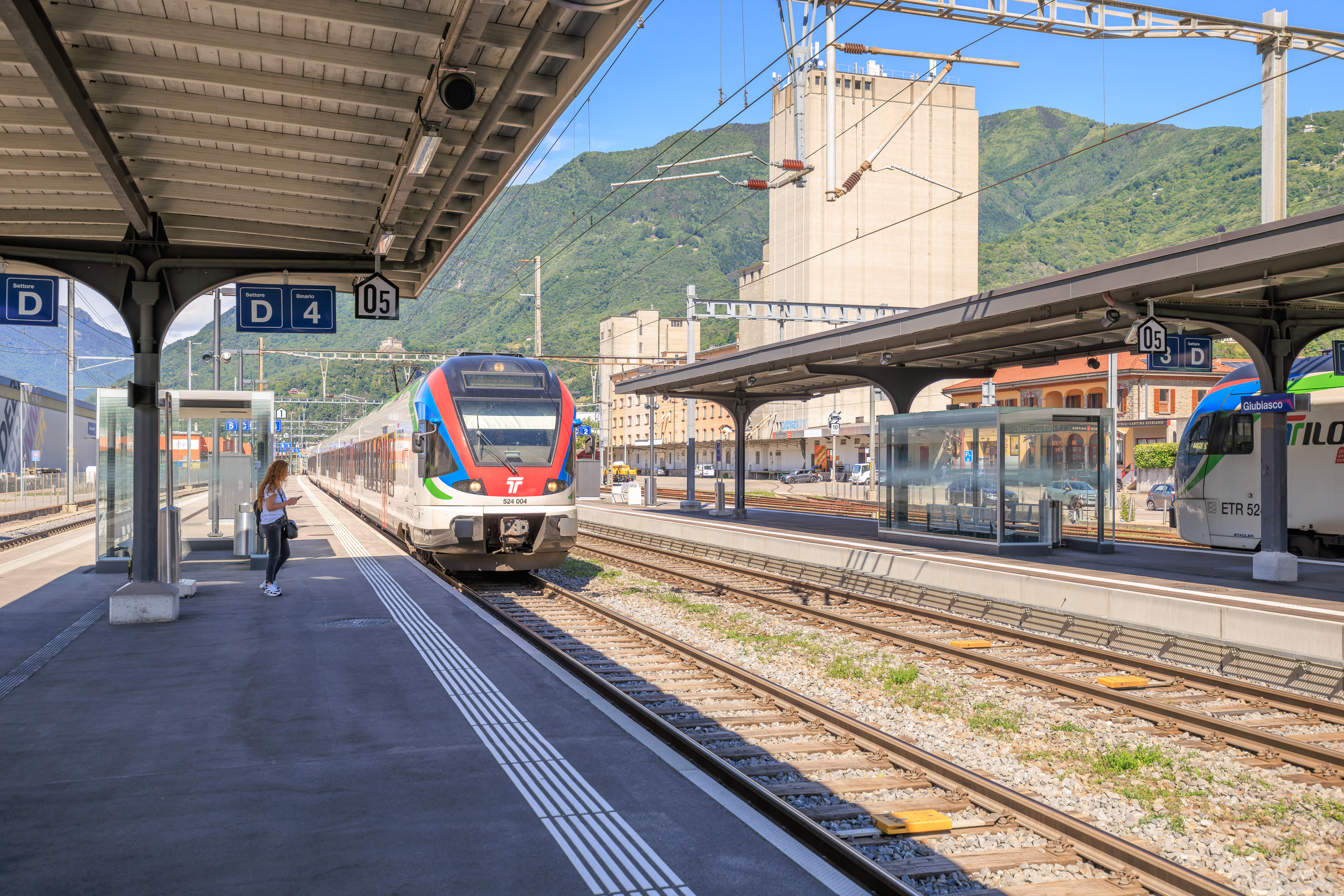
Our train arrived and we were back on track! This train did stop at Sant’Antonino Station. We noticed a bus that was just arriving which looked like the bus we were on earlier. So, its probably a good thing we got off at Giubiasco rather than continuing on to get off the bus here!
Locarno
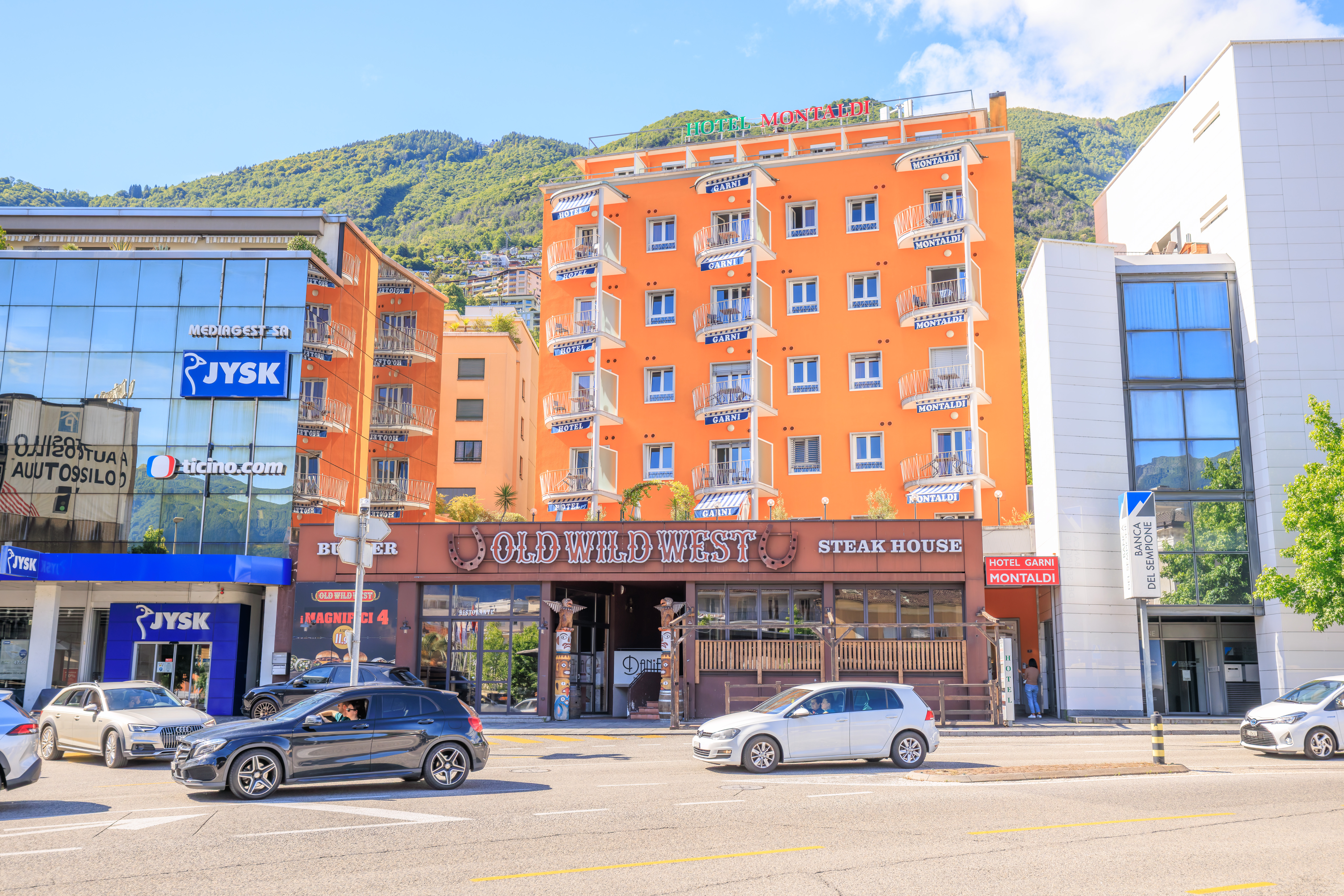
We were back in Locarno around 4:50pm. Time for dinner! But where? Probably not at the Old Wild West!
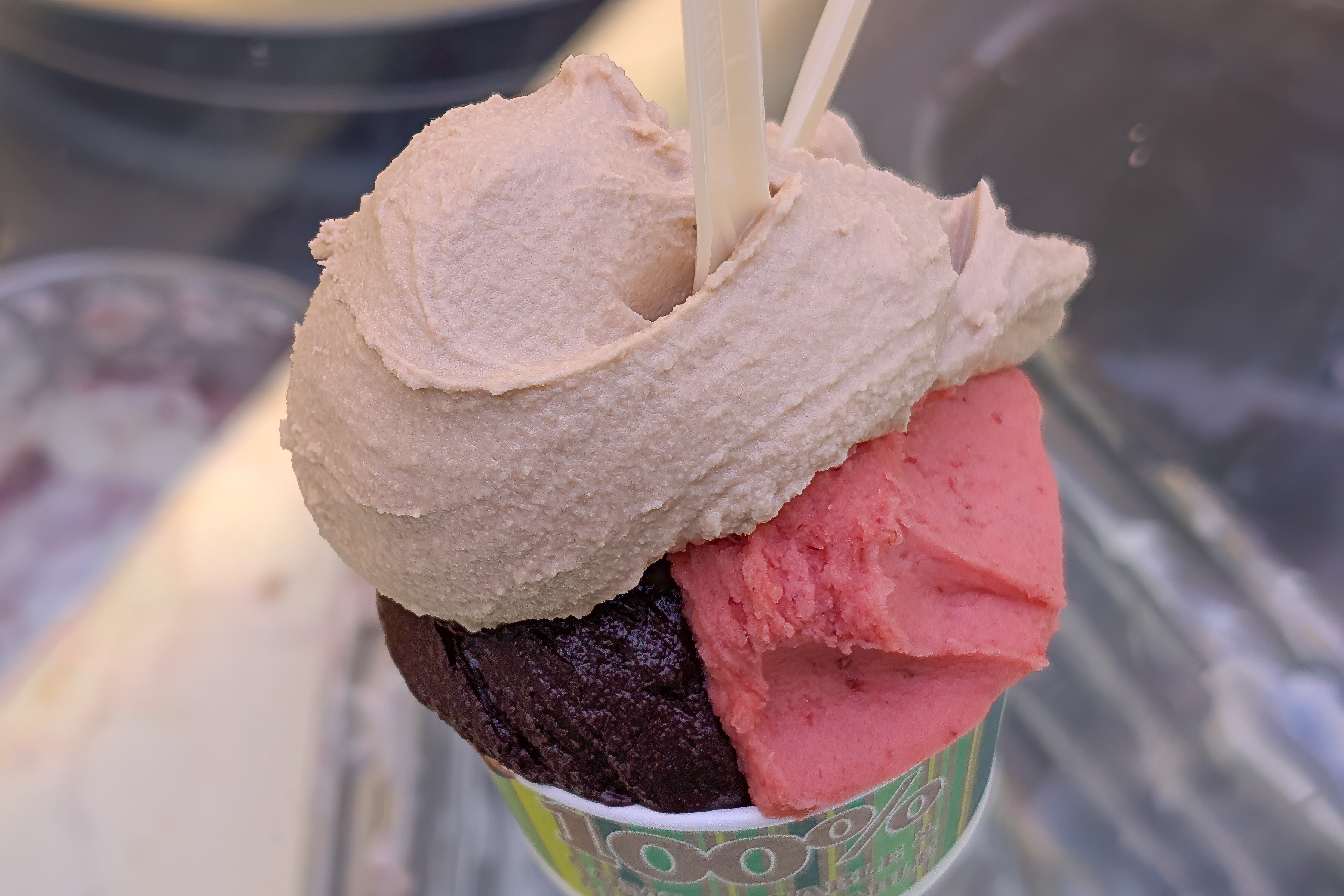
We first went to get gelato from Vera Gelateria. We got cioccolato sorbetto (chocolate sorbet), fragola (strawberry), and caffè (coffee).
In smaller municipalities, its often difficult to find restaurants that serve food outside of normal dining hours. This region is a bit like that. We wanted to eat at a restaurant by Lake Maggiore but they weren’t accepting new customers for drinks or food at the time.
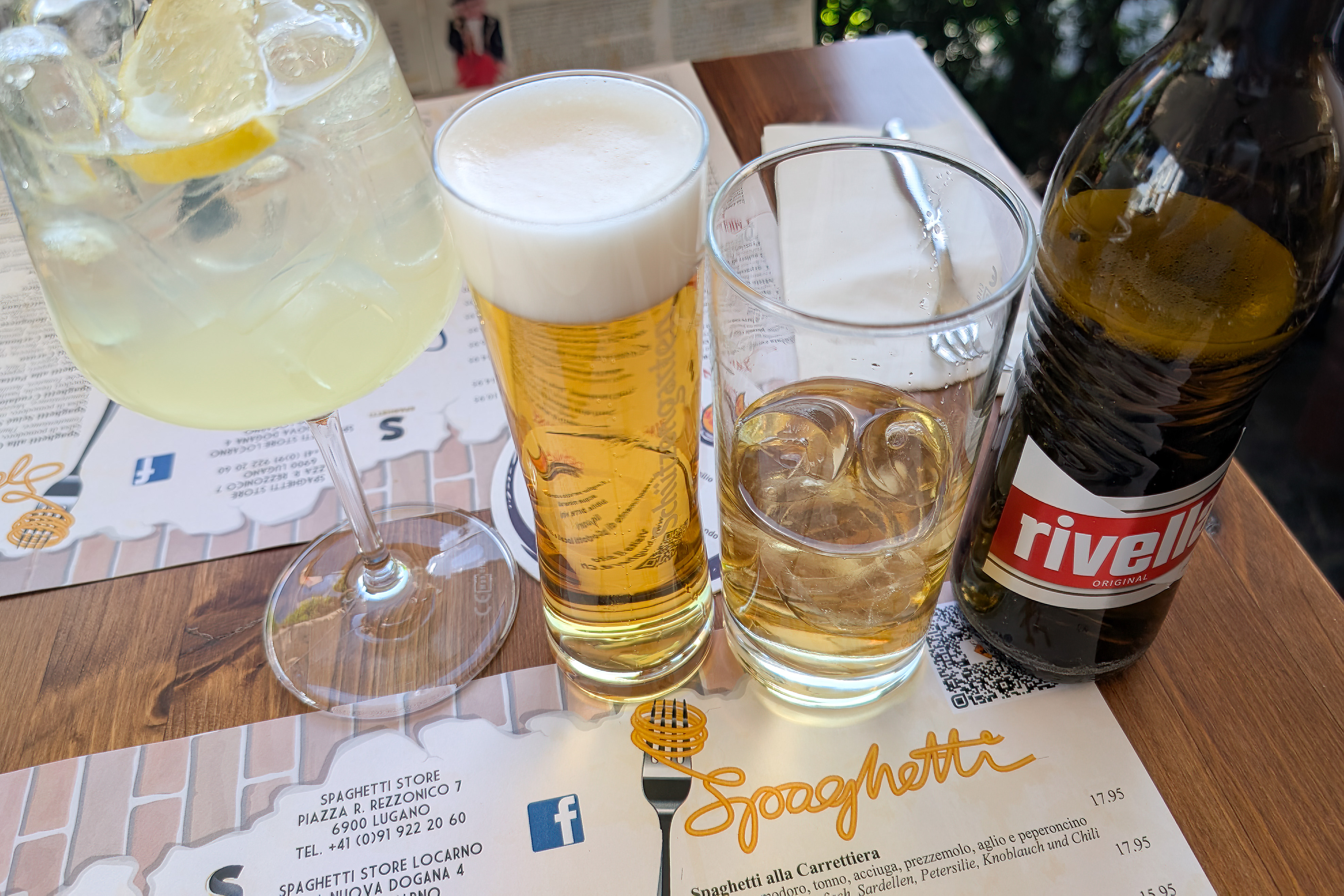
So, we ended up at Spaghetti Store. Its kind of a terrible name for a restaurant but it had good ratings on Google Maps. We were able to sit down and wait for the kitchen to open at 6pm. We got a nice table outside and had some drinks.

As this restaurant was named the Spaghetti Store, we figured we should order pasta. We got the Spaghetti Amatriciana. It was very good with an excellent sauce as well as nice cheese and chili oil toppings
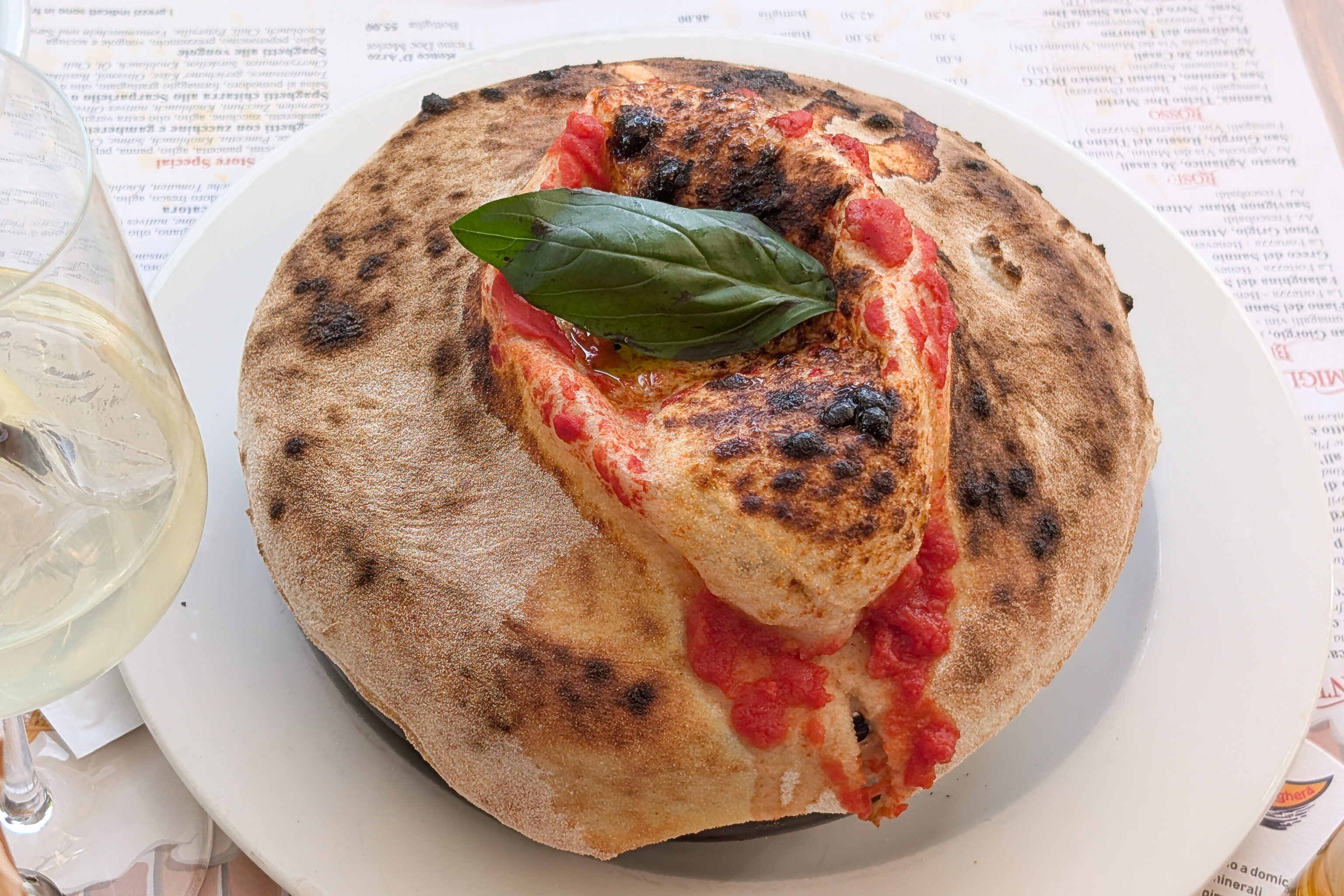
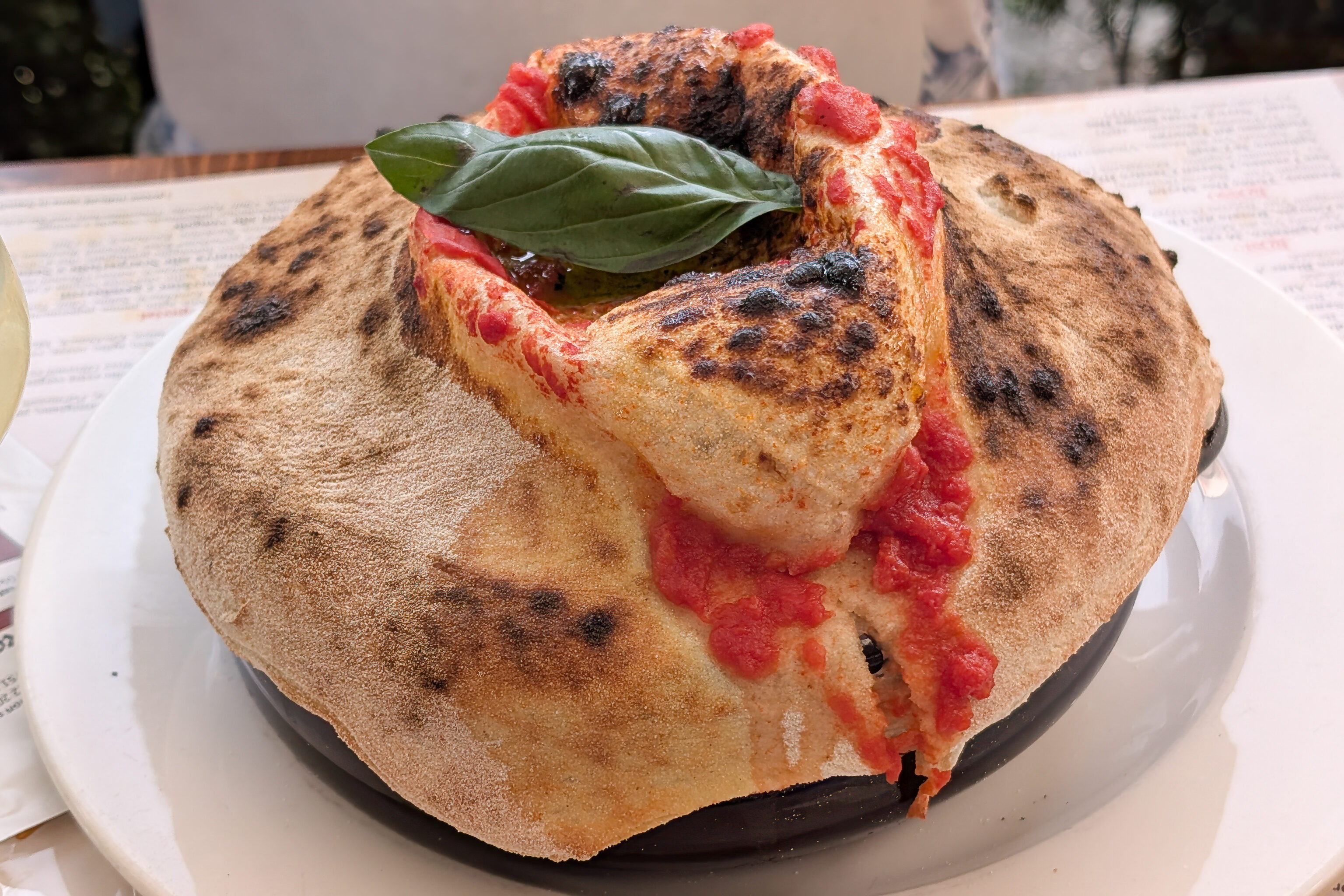
We also ordered the Pignatella. It kind of looks like a big chunk of bread.
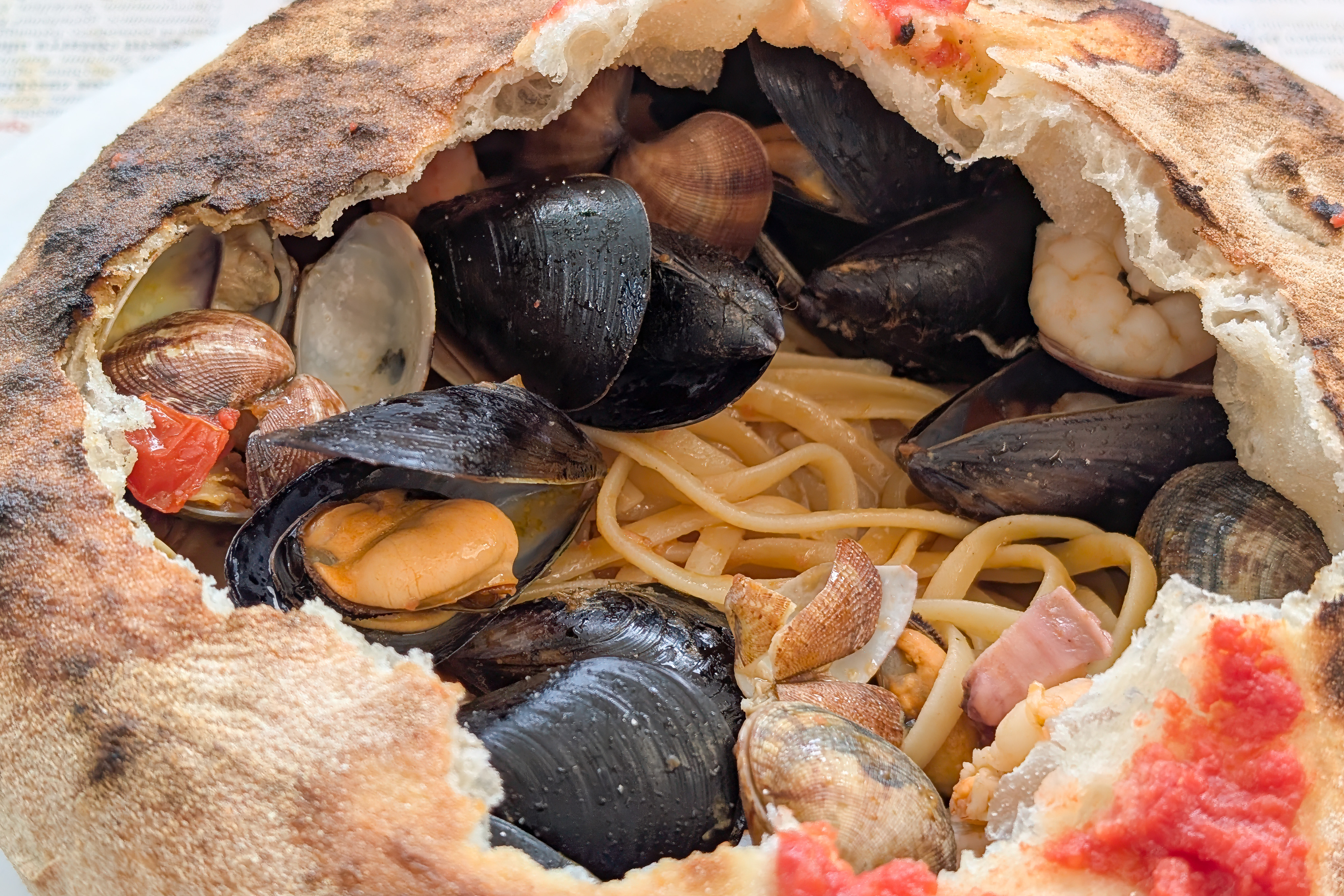
But, it is basically seafood pasta in a bowl with a pizza crust cover. It was delicious!
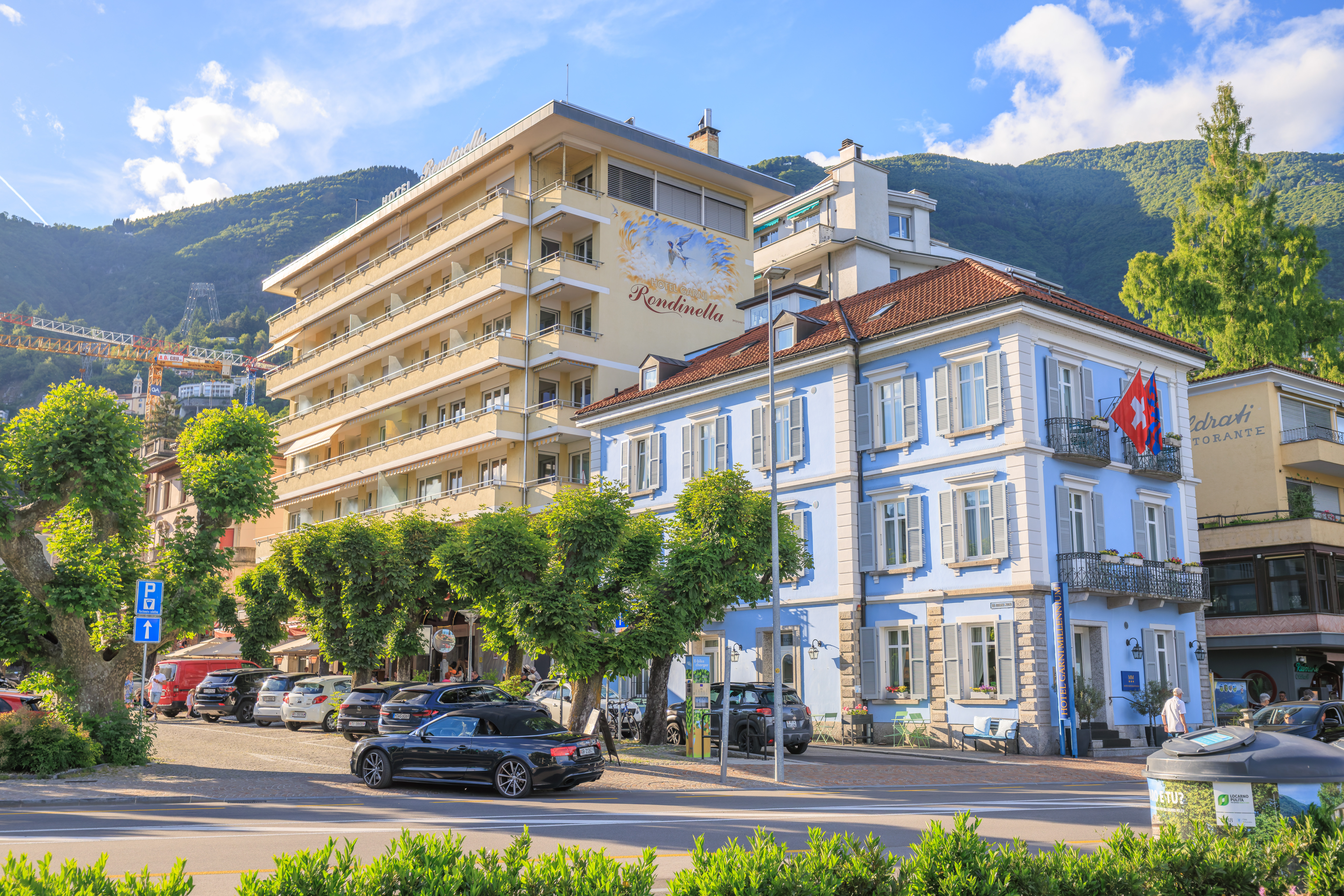
It was an excellent dinner and very reasonably priced by Swiss standards.
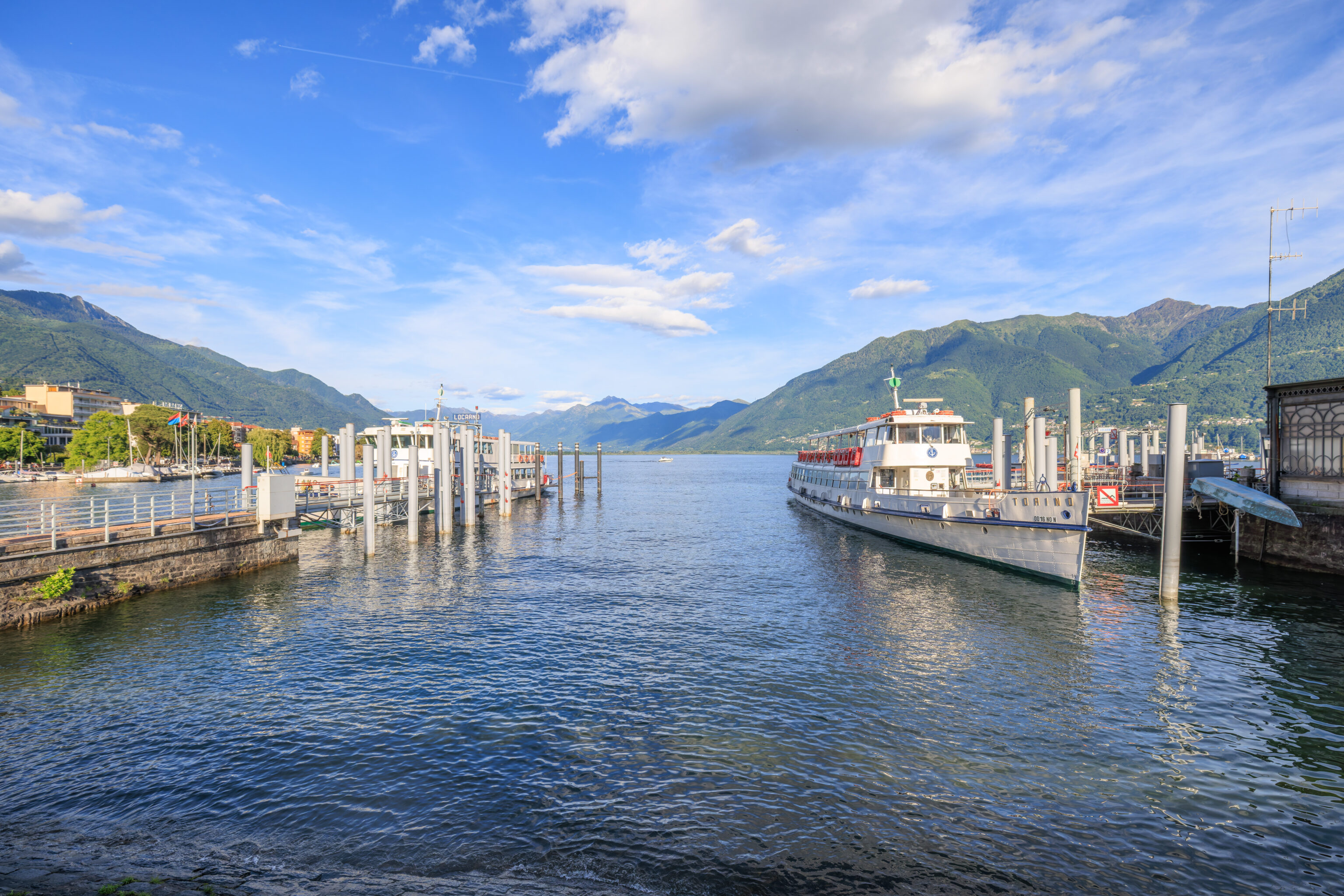
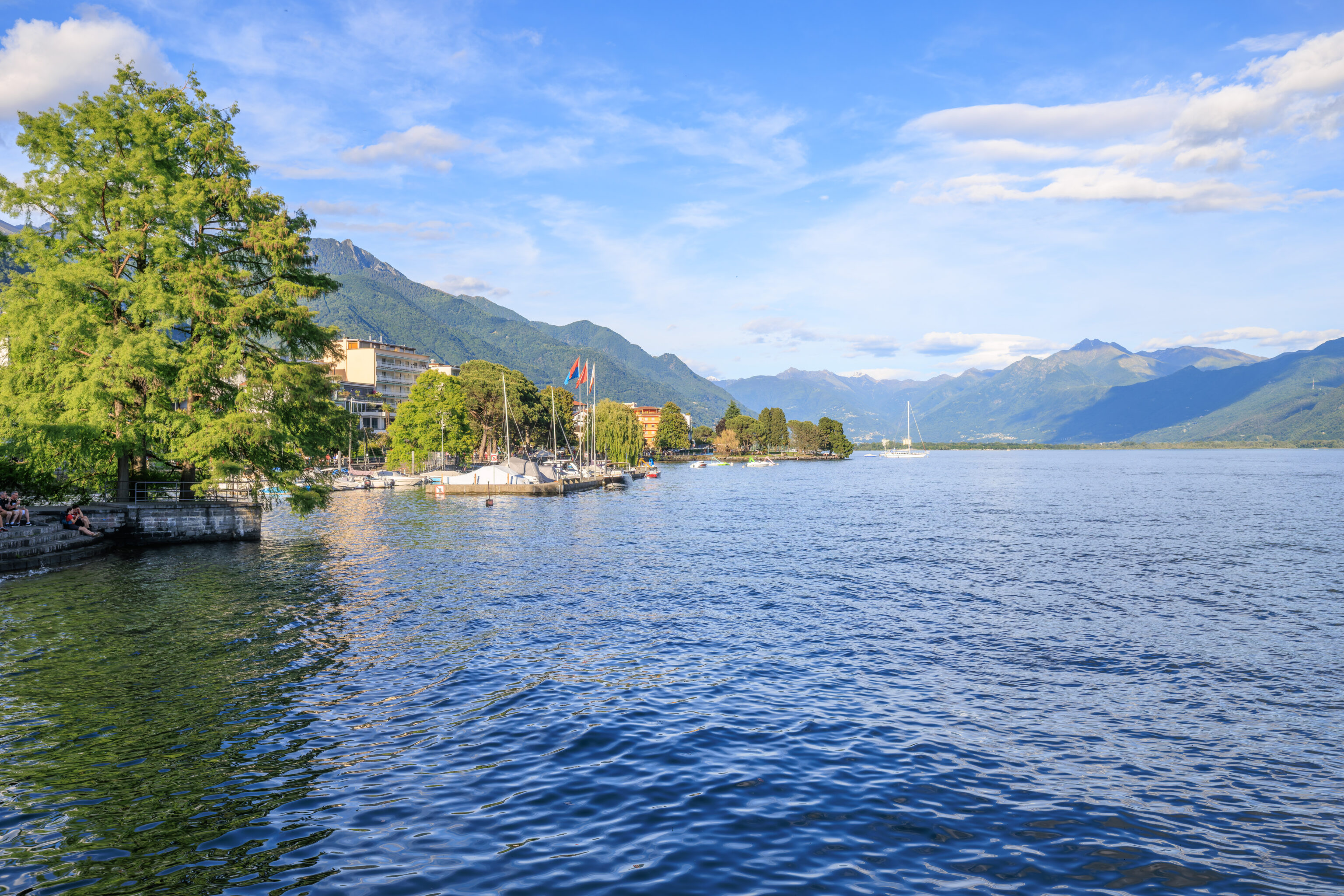
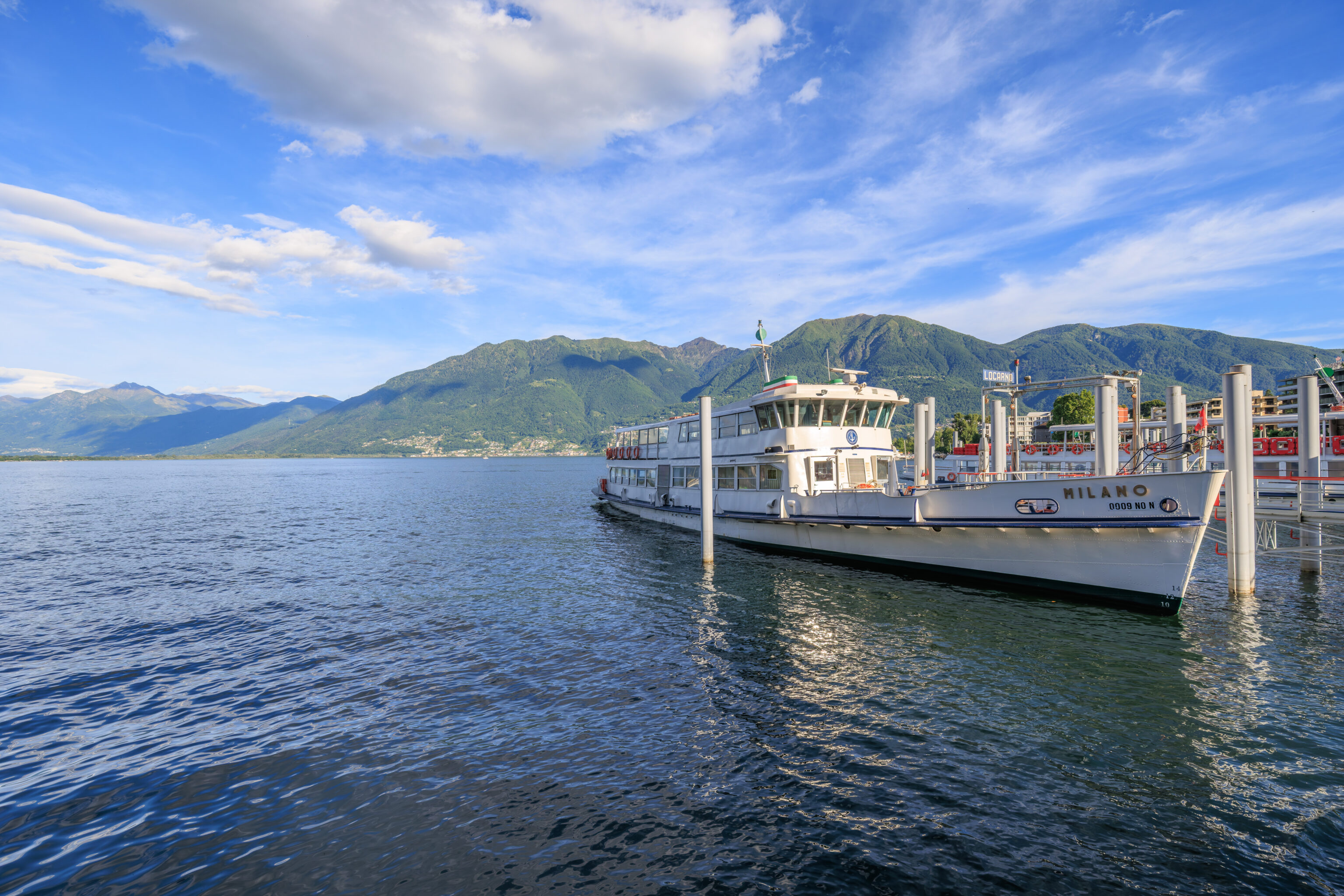
After dinner, we walked over to Lake Maggiore where we walked to the east along the lakefront.
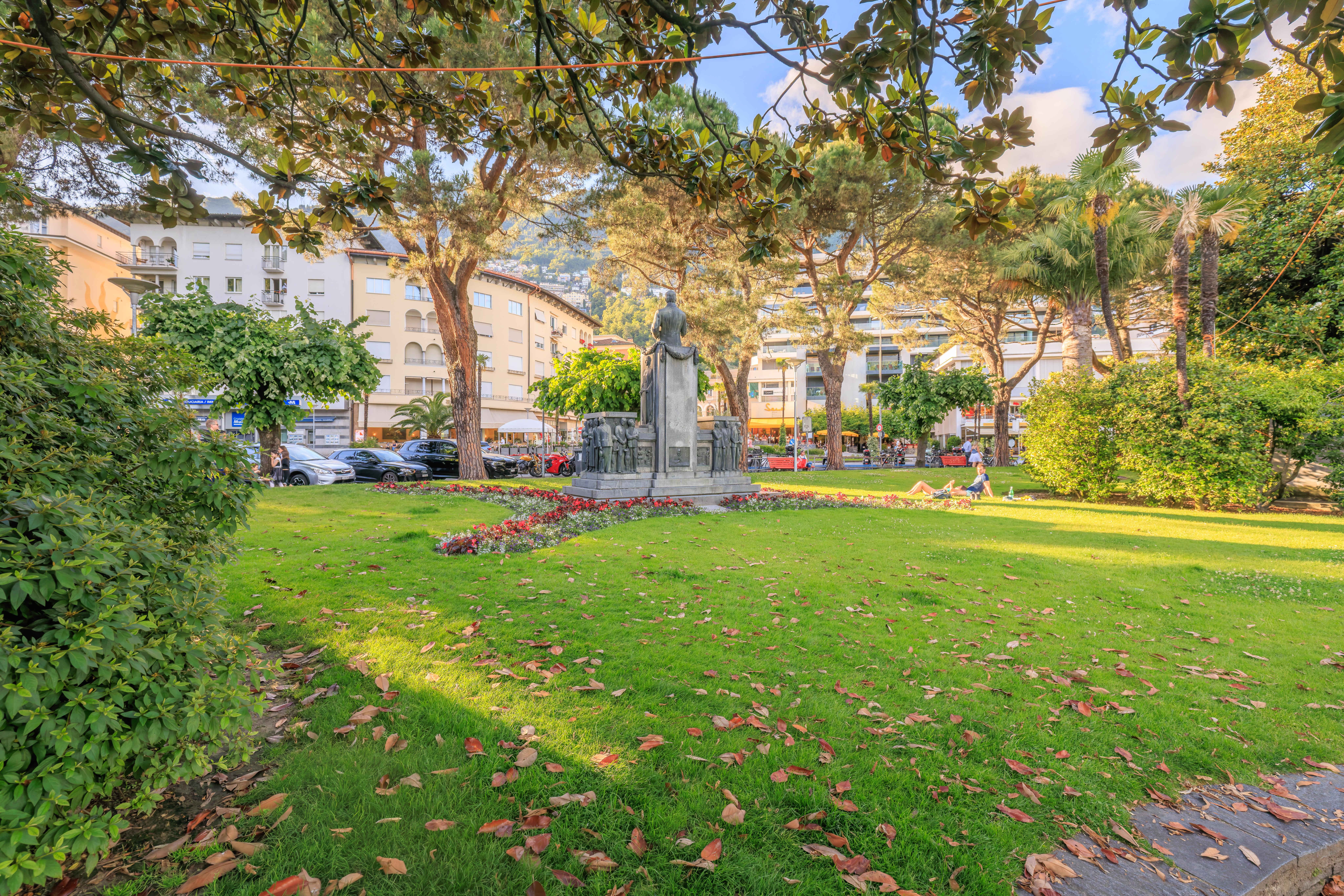
There was some art, like this sculpture.
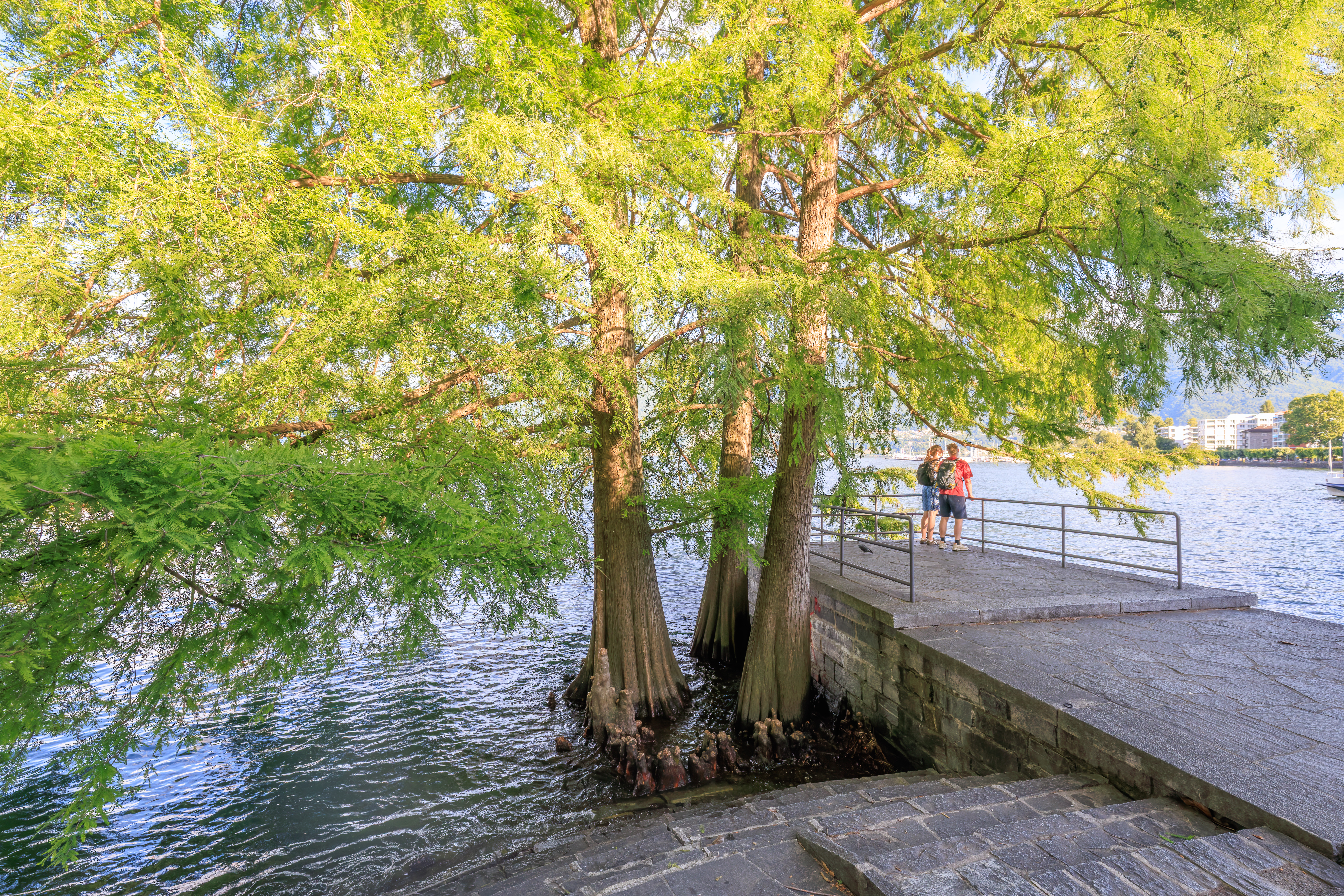
These trees were basically growing out of the water.
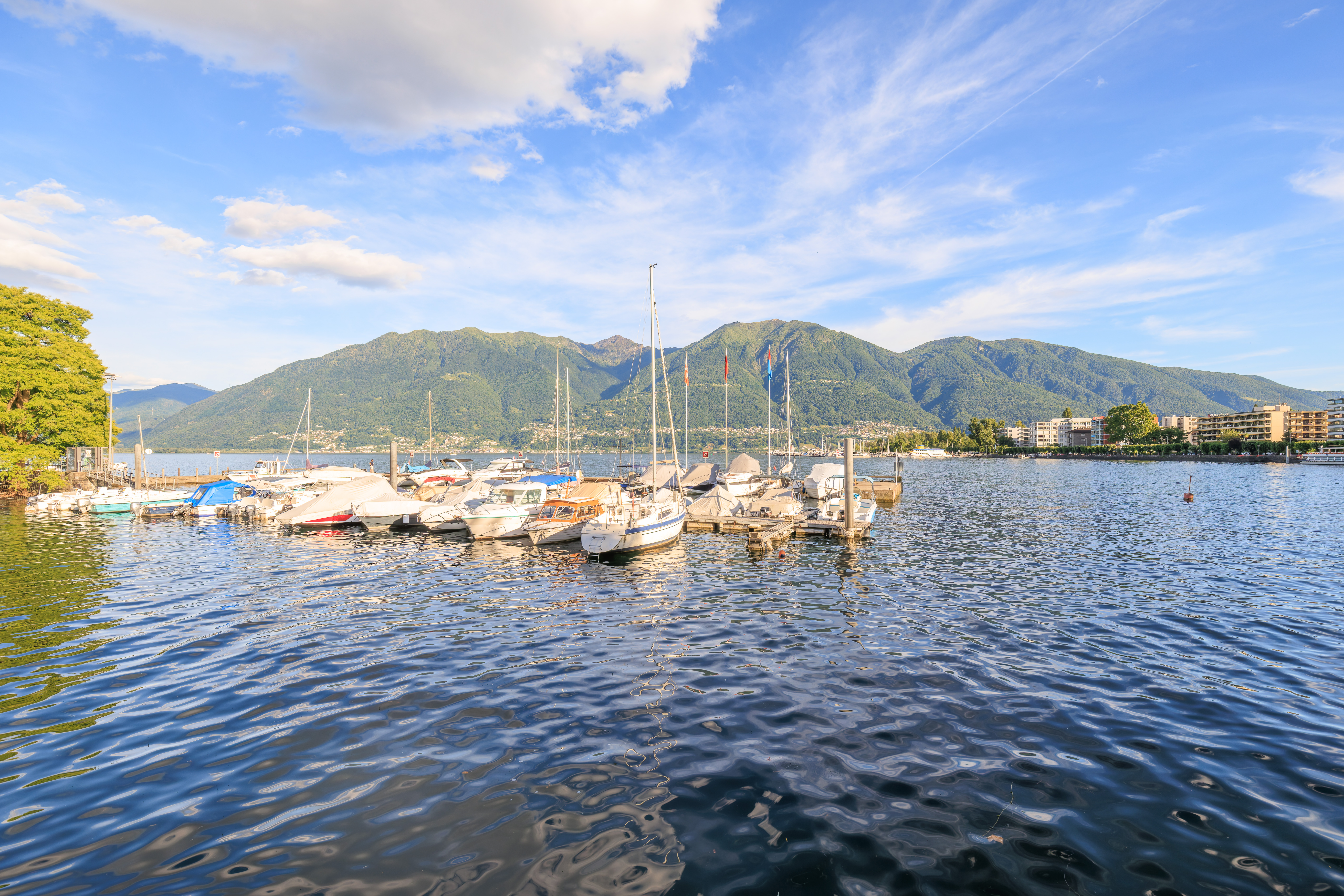
It was very pleasant…
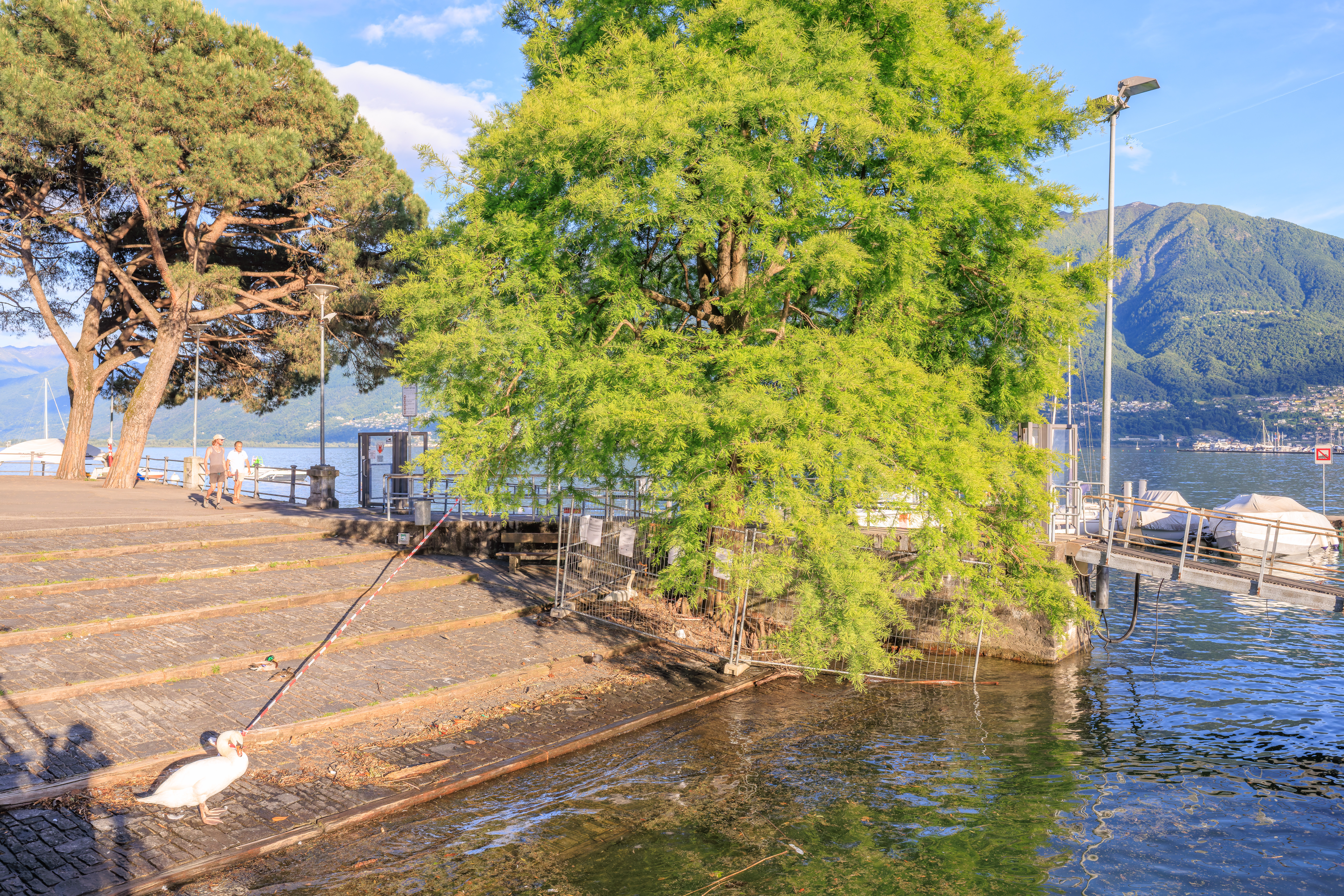
We saw two Mute Swans by some ramp-like stairs that led down into the lake. The one on the other side of the fence below the tree seems to possibly be sitting on a nest. We’re not sure if the fence is there to protect the nest or if the swans happened to put their nest there by the fence.
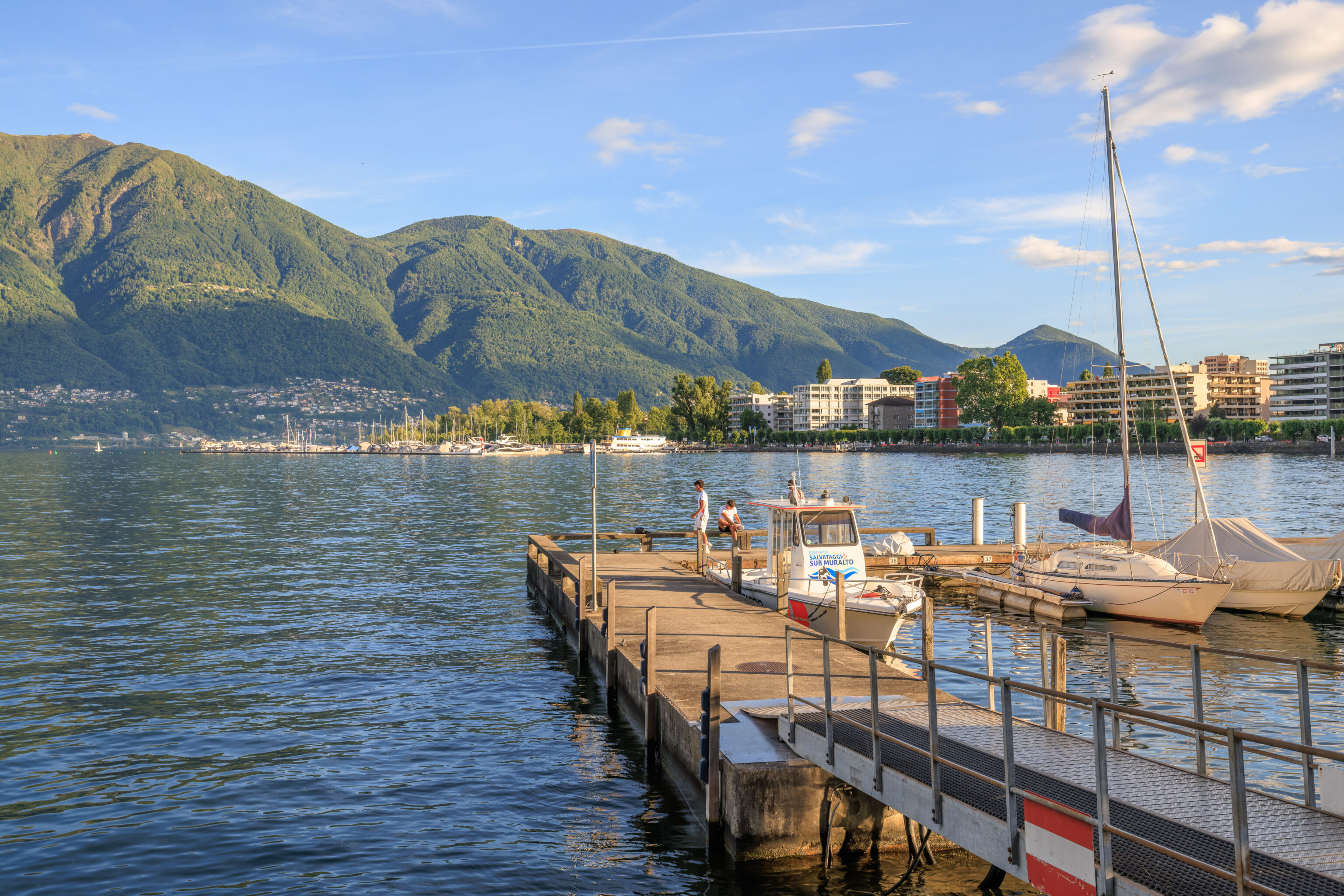
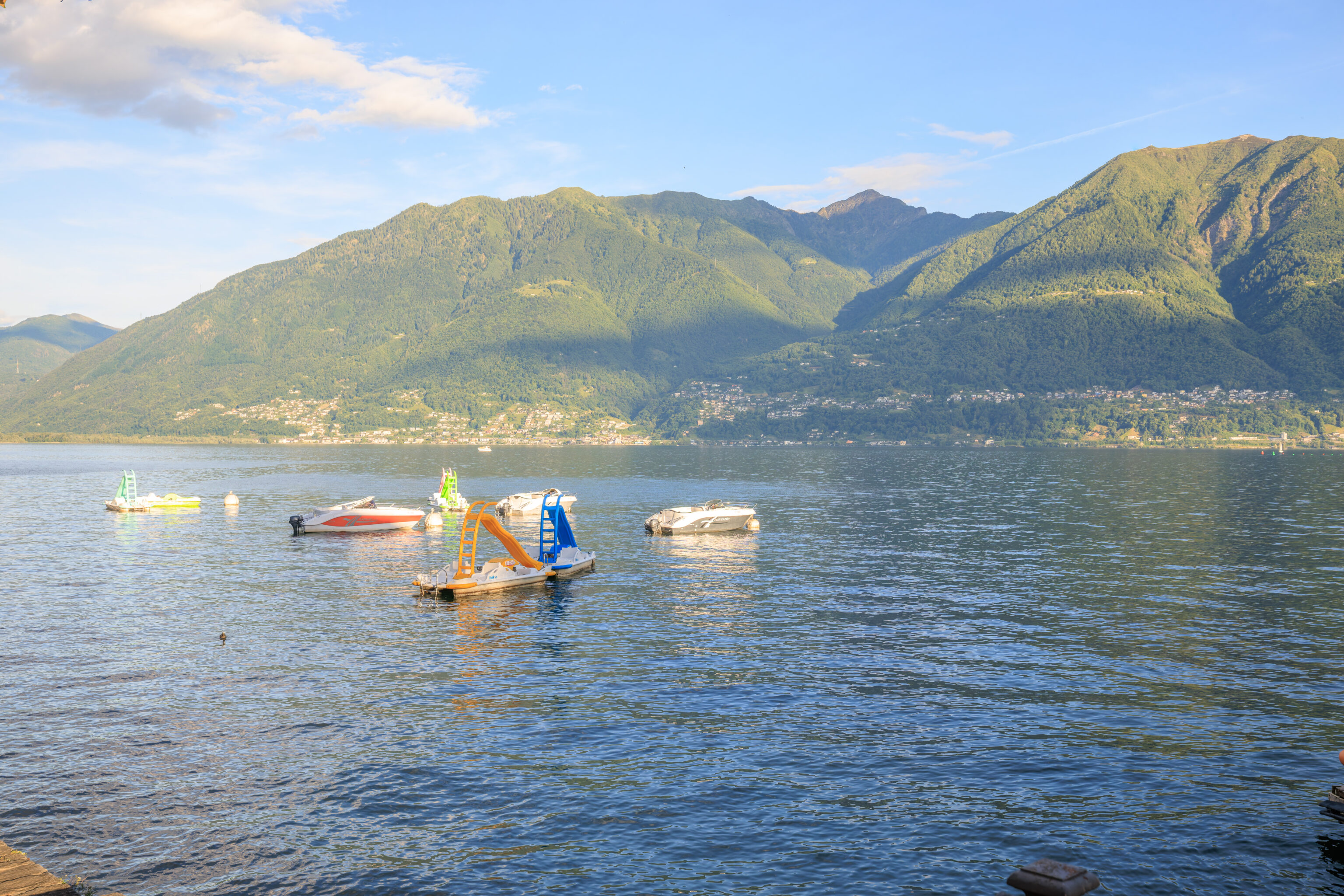
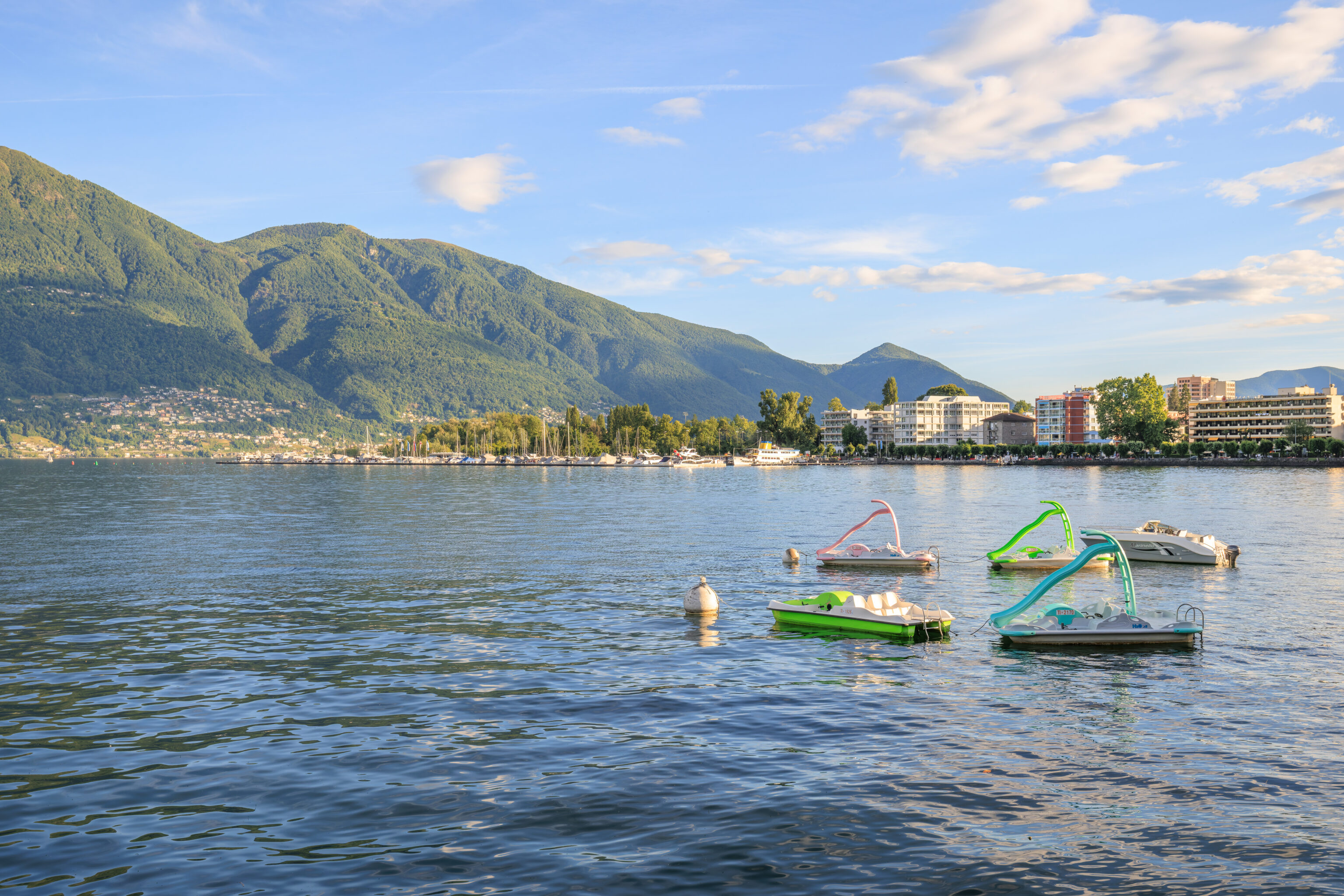

We continued walking east…
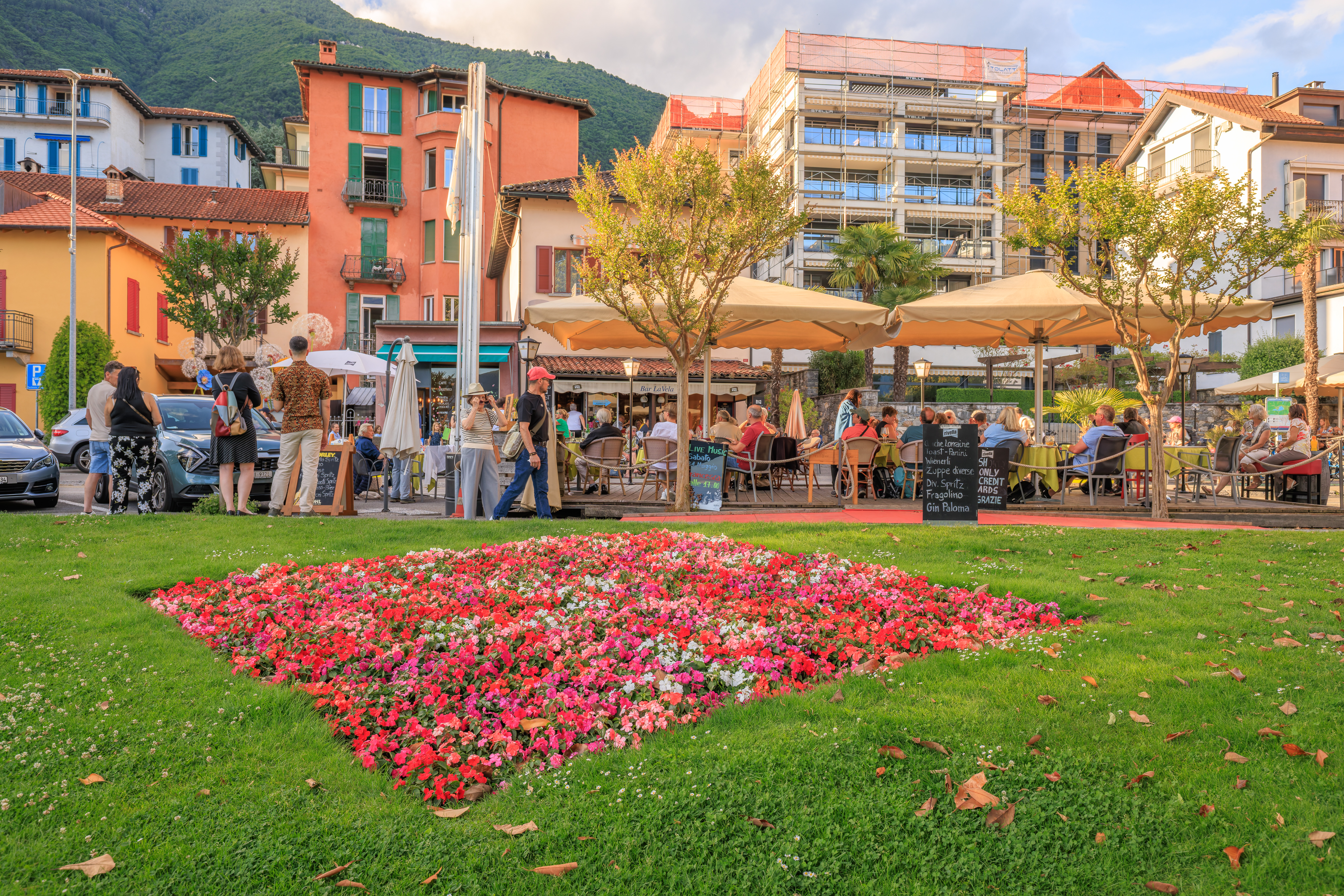
Locarno was pretty lively, particularly compared to Ascona yesterday evening.
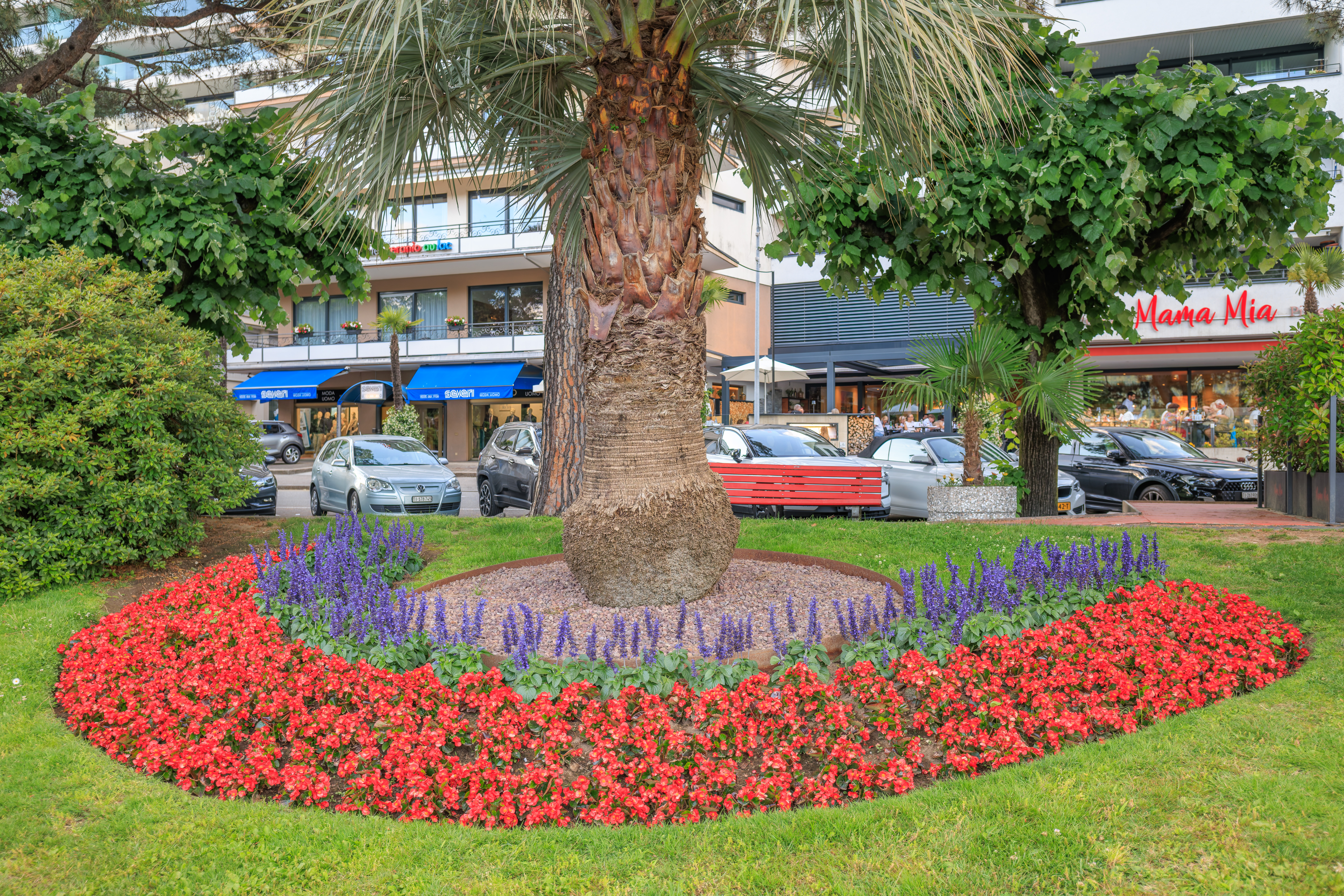
There were lots of pretty flowers in many places. One wonderful thing about Switzerland is that they love putting flowers everywhere!
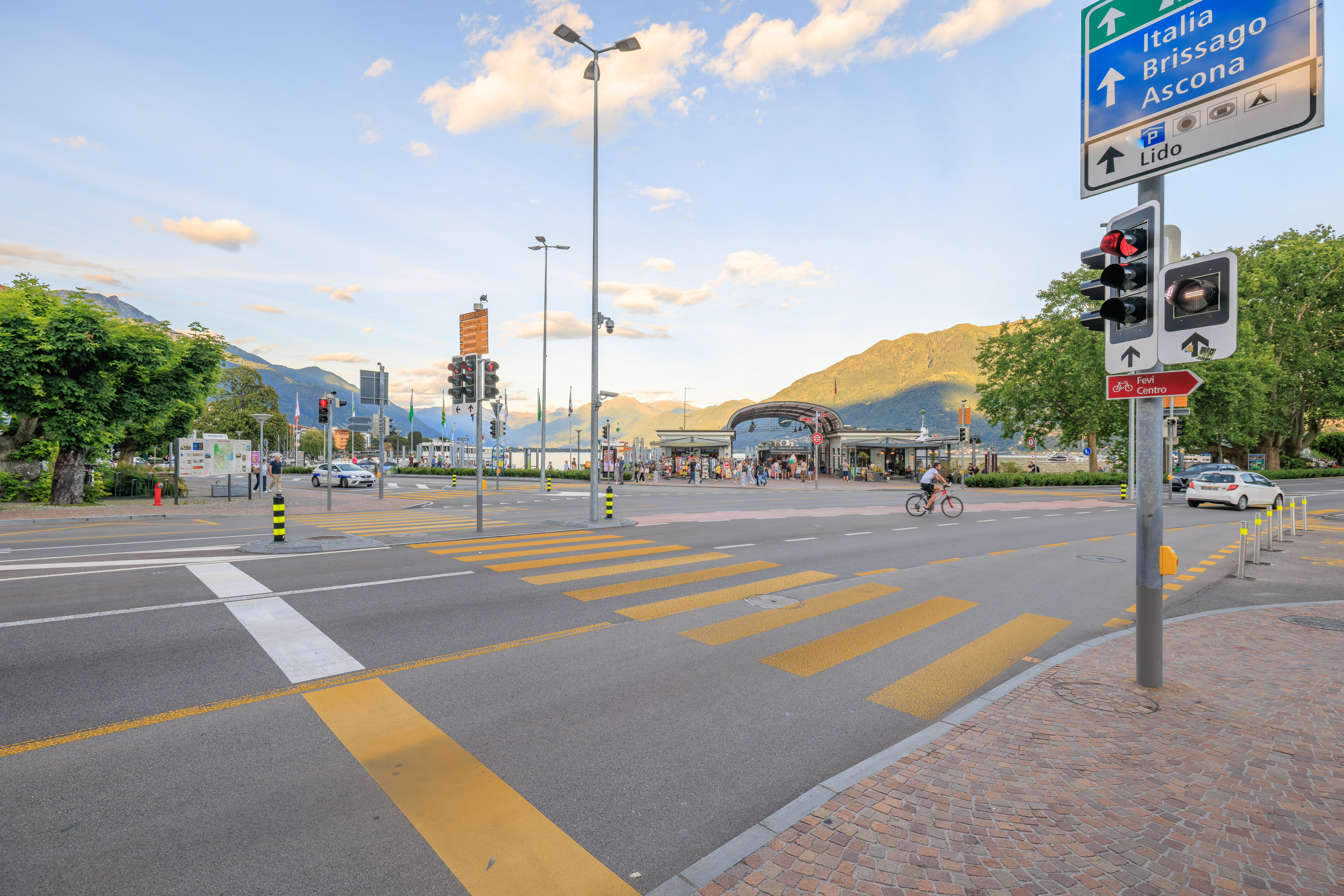
After enjoying the lakeshore, we walked back to the west to the Debarcadero bus stop where we caught a bus back to the Hampton to end the day.
